-
Posts
2743 -
Joined
-
Last visited
-
Days Won
360
Content Type
Profiles
Forums
Articles
Posts posted by Stephen
-
-
Moved from wrong forum:
With X-Plane 11 I have noticed a surge in power when moving the Throttle, Prop and Mixture controls. I move the controls in a forward motion, not much happens then
I get a surge of power. This makes in very hard to control the aircraft. Is this an issue with version 11.00pb15? Is there any way to fix this in any settings?
Thanks,
Topflyer68
Just now, Stephen said:Moved from wrong forum:
With X-Plane 11 I have noticed a surge in power when moving the Throttle, Prop and Mixture controls. I move the controls in a forward motion, not much happens then
I get a surge of power. This makes in very hard to control the aircraft. Is this an issue with version 11.00pb15? Is there any way to fix this in any settings?
Thanks,
Topflyer68
All thrust ratios and engine performance is changed in X-Plane11. If the developers have not adjusted their aircraft to the new parameters then they will be wrong. Beta16 is supposed to be a final lockdown of engine performance so most developers are waiting for those settings to go final... Sd
-
Aircraft Review : Pipistrel Panthera v3 by Aerobask
One of the great satisfaction's of being a reviewer is seeing great talent mature. Many new developers come into X-Plane and have a huge amount of natural ability, but from a reviewers position it is in the many new introductions to the simulator that they have great ambitions for their future prospects are then hit with the realities of producing brilliant work. First releases are initially very good, but the novice will always be not totally aware of the smaller minute details of what goes into a fully formed product. So from the reviewers point of view you have to be critical and supportive at the same time, too much either way and the developer will think he really is number one were as in reality there is a long way to go, or the fact that being too harsh could make great talent walk away from a brilliant career and the loss therefore is for not only the future product for users to enjoy but the loss of talent to the simulation platform.
But if the developer stagnates after a period of time, then the criticism will hurt, but the reality is that you should know by now on how the deal works, and the minute should have been addressed and absorbed, "picking on this or that" by critics is not the point here, as the point after the initial growth time is over is that is it now at a level that people do expect quality for their money, or the fact that "picking on this or that" means the product can be now that much better to deliver the quality the developer is capable of.
Worse is the fact that for just a few extra weeks of fine tuning, it is in fact a "False Economy" in that the product goes out there to an audience that will quickly tell you it is not ready, and once the word gets around that the product is below expectations or just plainly not finished. Once that tag is on your reputation it is a very hard one to shake off, and some developers will never shake off a reputation badly gained just to get the product out there.
That last 5% of the 100% of creating a product is the very hardest ground of all to cover, and more so as the aircraft and sceneries are so very complex today, get it right and you go into the upper echelons of being a must buy developer. In other words with every release you will be an automatic sale to the customer. It is called value for money.
So what does this comment has to do with this review. Everything in fact as Aerobask is one of the really great talents that didn't fall into any of the above liabilities, and they prove what is required for greatness.
Pipistrel Panthera v3
The Pipistrel Panthera is a great example of this. The first aircraft they released were very good, but they were all still a little slightly rough in some small areas. Version two (v2) showed more development and design, but more importantly Aerobask (then Harranssor) not only improved their actual modeling and design but started to explore new areas and developments to bring users another level of usability, functionality and most importantly that sublime quality of smoothness and feel to the ideas. And more importantly would not release an aircraft unless it was actually ready and they did not try to hit a locked in sales date, "it will be released when it is ready" is a good mantra.
The major development we are talking about here is Aerobask's version of the built in FMS (Flight Management System) called "Dynon SkyView" and complimentary GTN 750 and GTN 650 systems. This system is not new as it was introduced on the v2, but back then it was a hybrid version with part of the default X-Plane GNS530 used as the navigation display and flightplan editor to supplement the GTN 750 and GTN 650. The Epic Victory from Aerobask introduced a development of the system yet again and a full avionics suite of the "Skyview - GTN 750/650"without the need of using the default GNS530 innards.
With the Pipistrel Panthera v3 the system is again moved forward, but more internally than from the visual aspect, we will explain this later, but first let us look at the aircraft.
When the original Pipistrel Panthera by then Harranssor was introduced the developer was at a disadvantage. Aerobask is a lover of composite aircraft, modern sleek and of very clean moulded lines. But in computer visuals these aircraft can come across as very bland or even cartoonish in appearance, there is no detail in soft clean shapes unlike the panel and riveting detail on 60's era aircraft.
At this time of the review X-Plane11 is still in beta (b15) and the focus of this v3 release is in and only for X-Plane10.52. But the Panthera does fly fine in the beta, no issues for me except for an overuse of fuel. But the biggest benefit for Aerobask is the way that X-Plane11's PBR (Physically Based Rendering) shininess and harder shadows give these composite aircraft finally a feeling of reality, "oh it's so good" stunning and throughout this review you can see the huge benefits of what PBR brings to the simulator. If any aircraft have a huge visual benefit from X-Plane11 it is certainly Aerobask's designs.
Earlier versions in X-Plane10 required that I had to use a lot of cheap lighting tricks to get something out of the blandness of the fuselage as shown below.
But that is all swept away with X-Plane11...
.... and there is better yet still to come! Aerobask have fine tuned the textures for PBR to match and it really shows. As the high quality 3D model has been totally reauthored with UHD 4K textures, Ambient occlusion, Specular mapping and PBR normal mapping (for XP11).
For this review I set off from early from KLAL - Lakeland, Florida and headed out to KEVB - New Smyrna Beach Muni, but decided to carry on up to KJAX - Jacksonville along the eastern Floridian coastline. I was enjoying the great feel of the Panthera and the still newish feel of X-Plane11.
I was certainly enjoying the aircraft, but I can't fly around up here all day as my fuel load is getting very low and that in X-Plane11 the Panthera does gobble up fuel at an alarming rate. Safer on the ground at KJAX...
Let us now look at some "catch your breath images"...
The realism is astounding, look at the light on the engine intake curves..
The panel design from the outside of the aircraft is just excellent, very, very realistic. The pilot shakes his head with your stick movement, but not much else and he can't seem to get a grip on the stick?
As good as the panel is from the outside a closer inspection is overwhelming
In the X-Plane11 PBR lighting it is just simply unbelievably brilliant, as the carbon matrix design is almost feel to touch.
Cockpit detailing is excellent. All items are beautifully modeled with perfect textures and you can just feeeel everything is so nice to the touch.
Top panel has sixteen in two sets of annunciators either side of the backup instruments of Speed, Artificial Horizon and Altitude.
Lower panel has switchgear to the left that covers Power, Avionics, Fuel Pump, Pitot Heat, AP (Autopilot), A&C and AUX (GPU).
Flaps and Climate Controls are to the right. Park Brake, Trim Indicator and Climate Control display are lower. All climate controls and systems are simulated also here.
Key is used to start, just push the key to turn or use the manipulators. When you do start the engine throws out a lot of exhaust smoke and you have to work to get the idle right, it will churn a lot sometimes and you don't get that clean startup every time, very realistic.
Cabin fitting out is exceptional, to note the detail then just look at the perfect chrome handles and seatbelt catches, are just perfect chrome.
Dynon Skyview
The Panthera comes with the two panel display version of the "Dynon SkyView" system.
Pressing the aircraft symbol in the centre of each display will bring up the pop-up version of the panel, the panels are also adjustable for scale via the right hand lower corner.
Yes we have seen these displays before, but there is a new efficiency to the activation and movements that shows the system has been upgraded, it is now far more fluid in operation as is Scroll-wheel support on lists, map, HDG, CRS, MDA, ALT, VVI... and more.
Both screens are independent of each other and all can be configured to suit your preferences. Within each configuration you can select even parts of full screen views to cover the full spectrum. This includes a HUGE or massive Artificial Horizon with rate of turn indicators, speed and altitude tapes and heading rose (with Course (CRS) - double VOR 1 and 2 and Skyview - FMS pointers) in the lower portion of the screen. An Engine and Aircraft status block known as the EMS which can be positioned left/right or centre of the display and also the MAP/NAV screen.
Personally I kept it all simple with just the main PFD in front of me with the EMS and the MAP/NAV screen shared with the EMS again to the right.
The system is menu driven by the buttons below the screen. This is a great version, but menu driven tree and branch systems can be complex and time consuming to use. But the system does also give you a huge amount of options.
There are a huge amount of selections on the Dynon menu driven interface, which selections are accessed by the lower row of buttons, or the two knobs (covering Altitude and Heading adjustment) on the left display and "Range" on the right. BARO - MDA - CRS (Course) - HDG (Heading) - ALT - VS - IAS - DIM, all use the knob as a selection tool with a centre push of the knob for selection and arrows for changing selections. It works very well but the arrows are a bit small, but overall I prefer the GNS500 version with just a row of buttons that simply do the same job without scrolling up and down in menus for your selection. Tree and branch navigation can be complicated, and so you have to write down the routes to the selections you want. Take for instance the Map Nav-Aid selections.
You require four branch selections just to declutter your screen. First MAP then MAP MENU (again) then ITEMS and then your actual selections and do that while trying to fly and navigate as well? I just leave it on the "ITEMS" menu all the time so I don't lose them again in the forest of menu selections. You do wonder if the budget cuts to the FAA are really messing up with their jobs, how did this complex routing really pass cockpit ergonomics for user friendly applications... "god knows".
Flightplans
Creating and editing flightplans are very (very) easy and quick with this system, you can IMPORT and EXPORT standard .fms flightplans as well.
The big in screen map help building flightplans, and editing or adding in extra Nav-Aids (waypoints) on to the plan is as easy as a select and click.
Nearest (APT/VOR/DME/NDB/FIX) is excellent as is the search function and any selections can be directly inputted into the flightplan and Airways, SID and STAR (waypoint-based) fixes are supported.
Overall very impressive.
Menus
There are two pop-up menu tabs on the lower left of your screen for "Options" and Weight & Fuel"
"Options" covers two items for windshield and EFIS (instrument) reflections.
"Weight & Fuel" covers static elements which turns yellow with the tag to add or hide the wheel chocks and the aircraft's parking flags. You have a fuel selector to add or empty the aircraft's fuel tanks (two), which is easy to use. Lower right is a clever system of adding in weight and passengers. click on a seat or bag and you can load either an adult or a child in the seats (any except the pilot's) and with the baggage select a bag from the menu. All the fuel, passenger and baggage weight is then calibrated on a display on the left to show you your actual aircraft weight. And it is all very well done and easy to do.
I found that four people up is too much weight with a full load of fuel on board, and I had to leave the second passenger behind to get the two adults and their luggage in the aircraft. Rear left door is outlined, but doesn't open.
External GPU (Ground Power Unit) is not on the menus but activated via the button "AUX" on the panel. This GPU is definitely required if you are setting up the aircraft for flight, certainly if programming in a flightplan, as the battery goes flat very quickly if the GPU is not attached.
Review Routes : KJAX - Jacksonville to KLAL - Lakeland Then YBCG - Gold Coast to YBNA - Ballina
On leaving Jacksonville I got another warning in two "Servo" failures and a dive into the manual and I was none the wiser, so a contact with Aerobask was in order, I couldn't takeoff with broken Elevator and Aileron failures now could I...
These were not actual failures as it turned out, but just disconnected servos as the "AP" switch was off?, Switch now on and the warning went away, time to fly.
Note the beautiful trailing link undercarriage, all the gear is extremely well made, but the nosewheel can be awkward to use at low turning points, it can stall you easily, and only a lot of thrust will get you moving again? You tend to taxi positioned just to one side as the glareshield is quite big and the view ahead a little bit restricted, it is worse at night looking for the centreline on approach or finding the middle of the taxiways, to which you tend to take a little bit off line.
Sounds are all new as well with script-driven custom sounds with rain graphics and noisy sound effects, and yes it all sounds very good.
Departure was fast...
Is the Panthera "Twitchy", I personally don't really think so as it is more "nimble" or "touchy" then it could be that. But with the very light frame to the power ratio with this version in having the 260HP equipped Lycoming IO-540V, you definitely feel the light composite structure through the controls. So the inputs have to be small, slow and smooth, and those glider like wings are very effective and so this Pipistral is nothing like a C175 or the like. So my advice is just slow down and go smooth through any manoeuvres. Leaving the grip of the runway there is a significant drift to the left to be compensated for as the powerful thrust can take you off line very quickly, so you are very active in those first few moments of flight until you are used to the Panthera's handling and feel.
Feel of course is everything here, but this is certainly a "feely, Feely" aircraft, but in a nice way. Landing is very touchy as well, you need to control the speed to descent as the window is small (Those wings?) too slow and they quickly stall and you lose height, so it is a very throttle control on landing... and a few practise landings to get it right.
In-flight instrumentation is very good. with on the Navigation display note the good on screen data that covers ETE (Estimated Time Enroute), ETA (Estimated Time Arrival) Final and ETE, ETA Next.
Garmin/Aerobask GTN750/650 System
Centre panel is the aircraft's pièce de résistance! the GARMIN GTN 750/650 system or Aerobask's version of the system.
As with the Dynon the panels both pop-up (press the right perimeter) and this is a nice bit of kit. You may say "I've seen this before?" and you would be right as you have, but not the more completed working version. Back in the day this was the original version.
It was quite basic but this is now the full version of the system...
To see the best effects of the GTN 750/650 we will head to the Gold Coast for a night flight down to Ballina.
The GTN750 is the larger unit with a 6.9 inch TFT touchscreen display with icons to cover features such as : Map, Traffic, Terrain, Weather, Charts, Flight Plan, PROC, Nearest, Waypoint Info and Utilities with Services and System blanked out.
The "Utilities" button covers : DALT/TAS/Winds, Flight Times and Checklists and Clean Screen with Trip Planning, Rain Prediction, Scheduled Messages blanked out.
Top of the GTN750 unit is the radio section, with easy switching of frequencies, XPDR and COMM, NAV selection.
It is very, very impressive and easy to use once you get used to it, but a little time is required to learn all the abundance of functions, mouse scroll is handy as well for volume and frequency changes.
The GTN650 is smaller at 4.9-inch TFT display and has a few different options from the GTN750
Feature available include : Map, Traffic, Terrain, Weather, Default Nav, Otto Pilot (from the movie "Flying High" and yes I am that old) Waypoint Info and Nearest. Radio is situated to the right with the same built-in tuners.
The system is very, very impressive, but to note that all the functions as listed on the displays have not been covered yet.
You have a lot of power here at your fingertips, but the trick is to find the right combinations of all your tools to get the maximum ease of use from your flying. You will find a lot of functions in this cockpit doubled up or even tripled, the idea is find the best set up to cover your workload.
To that effect I have the "Map" on the bigger GTN750, and the "Otto Pilot" ready on the lower GTN650 and just the Heading and Altitude adjustment on the left Skyview display, simple and it works. Note the excellent flight plan leg with CDI selection below...
Cockpit is nice at night but I can't find any screen brightness adjustment. External lighting is very good with the usual navigation, recognition and two landing lights on the main gear. The strobes are very good, but very bright and so not to be used on the ground.
Panel can be completely dark, or you have two note pad lights to light up the instruments. In the rear there are two overhead spot lights.
Remember the looking a little offset past the glareshield, here is the view at night...
MAP function is impressive.
Map choices include Arc or 360º and resolution. Other Layers include Terrain, Nav-Aids, Orientation (North or Heading) and Height.
Terrain
Terrain function is very detailed, but only when closer to the ground (the radar, not the aircraft)...
... the menu is same as with the Map.
One of the most used layouts with the two units I like to use is the flightplan.
You can have the usual flightplan on in the right hand side navigation display, but the GTN's are a great addition for excellent detail of you route with the route in the upper 750, and the CDI flight plan leg in the lower 650, it is a great layout for easy route visuals.
Nearest and Waypoint Information is comprehensive, easy to use and very visual.
There has been a lot of thought put into online support. Both for communication with PilotEdge (Connect/disconnect, TX/RX, COM1&2 volume control) and awareness for IVAO and VATSIM (connection status). TCAS is also supported for online flying with a "Traffic Information Service" (TIS) which is an advisory.
There won't be much activity around this area tonight, but there are a few options on the traffic menu.
Charts are good, but not very readable at full size, zoom in and they are then usable. PNG. files makes them easy to create and inset into the "Charts" folder in your aircraft folder.
Weather and PROC (Proceed). The Weather just shows the levels of weather around you, but it is pretty basic, but the PROC is used like the "DIR-TO" or Direct-To a Nav-Aid or Waypoint, and can be used as a waypoint editor for the flightplan.
For a small four-seater aircraft the Panthera has a lot of gear, it feels like there is more than the Space Shuttle used...
Liveries
Outwardly the liveries look the same as the original versions. But they have been all updated to UHD 4K and the detailing shows compared to the earlier textures. Eight liveries in all and the collection still includes the "Pink Panther" design
Special Effects
There are some great special effects. One is rain drops (left) that are excellent and look beautiful on the curved canopy doors. Fog (right) is in there as well. You don't know it is fogging up until it clears a little in the front view position, again really well done and I love these effects for their realism under the weather.
When you park up, you take the key out and store it in the centre console...
... But the pilot stays in there? Why can't he go home after disconnecting the key...
Summary
I started this review with the point that to really succeed in X-Plane as a developer there is a continuous growth and upward scale of quality you have to deliver. X-Plane design is now extremely high, the quality in X-Plane11 with PBR is just simply enormous.
Aerobask has joined easily that upper echelon of being a must buy developer. This aircraft and the others that will follow are simply overwhelming aircraft in design and features, and yes there is still more to come.
The light and design of the aircraft will take your breath away, X-Plane11 is delivering and with aircraft like this you are now going into a higher realm of quality and realism, areas that you only dreamed of a few years ago.
That realism while using and flying this aircraft is second to none (in X-Plane11) but the great attraction is that everything in the systems and the complex on board navigation and flight control (Autopilot) is that it has a seemless use and what coders call elegance in the coding in that it doesn't feel like it is a model or even a simulation... it feels real.
It is to your best advantage to set up and use the systems to better your flying. Autopilot and Flightplan control is far better and simpler to use than the complex tree and branch menus of the Dynon units. Yes you have loads of functionality, but you can get lost just trying to find your way around all those menu settings. So set everything out for simple selection.
Earlier owners of the v1/v2 Panthera from Aerobask can get US$10 off the updated v3 aircraft... see details below.
There are no highlights here (well maybe the excellent GTN Units) as everything is good or brilliant, the designs from Aerobask are now trendsetters as much as Carenados are but in a totally different area. And flying the Panthera will challenge you as well... I could go on and on, but why... it is just brilliant.
Positives : Almost everything! Beautiful design inside and out, realism in spades and incredible equipment packs.
Negatives : Almost nothing, except letting the Pilot go home and learning all the complex systems and using them to your best flying abilities.
_____________________________________________________________________________________ The Pipistrel Panthera v3 by Aerobask is NOW available! from the X-Plane.Org Store here :
Your Price: $34.95Features -
In-house coded GTN 750 and GTN 650 with touchscreen and scrollwheel support:
- Exclusive multi-threaded and fps-friendly map and terrain display
- Map topography display based on actual X-Plane mesh data
- Terrain awareness display based on actual data
- Configurable map rendering
- TCAS with online flying support
- Airways, SID and STAR support (waypoint-based)
- Flight plan import/export compatible with stock XP10 fms format
- Built-in chart viewer - easily import yours
- COM support for PilotEdge (Connect/disconnect, TX/RX, COM1&2 volume control)
- COM awareness for IVAO and VATSIM (connection status)
- COM, NAV and XPNDR dialing pad
- Interactive checklists
- Resizable pop-ups
-
Latest revision of Dynon Skyview with added scrollwheel support
- NEW! Scrollwheel support on lists, map, HDG, CRS, MDA, ALT, VVI, etc...
- Airways, SID and STAR support (waypoint-based)
- Weather map display on multiple screens and orientations
- TCAS with Traffic Advisory and Resolution Advisory
- Resizable pop-ups
- Dual compatibility XP10 and XP11, with PBR support
- Volumetric propeller (XP11)
- Enhanced and scripted 3D sound
- Compatible with GoodWay 5
Requirements:
X-Plane 10.50 or X-Plane 11
Windows, Mac or Linux - Running in 64bit Mode1Gb VRAM Minimum. 3GB+ VRAM Recommended on X-Plane 11X-Plane 11: this aircraft requires GNS430 data from X-Plane 10, Navigraph or Aerosoft to be installed into Custom data folder.Previous Panthera Owners: If you own the prior Panthera v1/v2 versioion, you can get the new Panthera v3 for $10 off. The upgrade code can be found in your original Panthera invoice at the store. or you can request it at [email protected]_____________________________________________________________________________________ Installation and documents:
Download for the Pipistrel Panthera v3 is 117.10mb and the unzipped file is deposited in the "General Aviation" X-Plane folder at 246.70mb .
Key authorisation and a restart is required.
You can use the Navigraph or Aerosoft navigation data with this aircraft or the built in X-Plane GNS430 data in your main root folder.
Comprehensive set of documents covers all aspects of the (complex) avionics systems and flightplanner

_____________________________________________________________________________________ Review by Stephen Dutton23rd March 2017Copyright©2017: X-PlaneReviews(Disclaimer. All images and text in this review are the work and property of X-PlaneReviews, no sharing or copy of the content is allowed without consent from the author as per copyright conditions)Review System Specifications:
Computer System: Windows - Intel Core i7 6700K CPU 4.00GHz / 64bit - 16 Gb single 1067 Mhz DDR4 2133 - GeForce GTX 980/SSE2 - Samsung Evo 512gb SSD
Software: - Windows 10 - X-Plane 11b15 and also used in X-Plane v10.52 and checked with current flight route and details
Addons: Saitek x52 Pro system Joystick and Throttle : Sound - Bose Soundlink Mini
Plugins: Environment Engine by xEnviro US$69.90
Scenery or Aircraft
- KLAL - Lakeland Linder Regional Airport 2.01 by Drankum (X-Plane.Org) - Free (note: personal added items in an office (okay demountable building and vehicles)
- KJAX - Jacksonville International Airport 1.01 by ThePrivateer (X-Plane.org) - Free
- YBCG : Gold Coast International v1.0 by tdg (X-Plane.Org) - Free
- YBNA - Ballina - VOZ Australian Scenery by Barry (Bazza) Roberts (X-Plane.Org) - Free

-
In-house coded GTN 750 and GTN 650 with touchscreen and scrollwheel support:
-
The MD-88 from Rotate is still my preference at this point as the B757 is not up to total X-Plane11 usability. The B757 is a very complex aircraft, it needs the rules to be steady to be adjusted correctly, it flies fine and is perfect in XP10, but X-Plane11 beta is just too flexible at the moment to get the best out of the aircraft in detail.
-
Aircraft Update : McDonnell Douglas MD-88 Pro v1.30 by Rotate
The McDonnell Douglas MD-88 has been upgraded to v1.30 and now comes with the added Pro moniker. The better news is that this version by Rotate is also compatible or "flyable" in X-Plane11. It is to be noted that the update v1.30 is for X-Plane 10.51, but changes have been accommodated so it will fly in the current X-Plane11 beta and a final X-Plane11 version of this aircraft will be released when X-Plane11 goes final.
There are a few quirks in flying the MD-88 in X-Plane11 of which are to be expected, but nothing that gets in the way of flying this excellent airliner in the new version of the X-Plane simulator.
The v1.30 update is also very significant because it covers a lot of areas that brings the aircraft up to the almost a more complete systems coverage, and that is where this release is basically aimed in the focus on systems and the switchgear that are now active.
The changelog for v1.30 is quite extensive (bottom), and visually there isn't much difference as everything is mostly in the aircraft's operations than new features. However that doesn't mean this upgrade doesn't make a big difference to the aircraft because it does.
Although this v1.30 update is aimed at X-Plane 10.51, this overview of the update is in X-Plane11(beta15) as if any aircraft that was made for the new features of X-Plane11 it is this MD-88, it always looked sensational before, but now it looks and feels like it is from another world again in X-Plane11.
The added PBR (Physically Based Rendering) shininess and harder shadows gives the aircraft a very different definition.
The aircraft being from another era looks sublime in the right light as many areas give off that great metallic feel that is created by PBR in metalness. Metal and shininess was one of the real challenges before PBR, but not now and you can see the real advances in X-Plane11 in this area on the MD-88. The leading edge is just beautiful, as are the paneled wings.
The engines which are also upgraded here in v1.30 to JT8D-219's (21,000 lbf) look very authentic and note the worn metal detailing with the thrust reverser doors in the open position.
v1.30 Focus
The Rotate MD-88 has had a lot of comments since it's debut in that externally it is extremely very good with those huge dense textures, but very light on systems and switchgear. Over the last year and through the recent updates there has been a lot of attention to these minute items but in v1.30 this area has been the update's main focus.
So now almost every switch and dial is active, everything now has a job to do. That also means a lot of time setting up the aircraft from cold and you will need your checklists to get it all done. To help you out the sounds have been upgraded as well to reflect the use of these smaller items. But to note that the sounds are at this point only relevant to the X-Plane10 version and not the X-Plane11 version as X-Plane11 has a completely new FMOD-based sound system. This system has been noted as complete in beta15, but developers have not yet being given access as the tools are not yet compete, but the intergation of the FMOD-based sound will be certainly extensive and the new sounds will certainly come very quickly to this v1.30 in a very short time.
The menu system in X-Plane11 makes it easier to activate the GPU and the doors, than the older (but still there) way of on the FMS. This feature is handy for starting up the APU without ant power to the aircraft and you can now also watch the doors in action as you select them. This menu selection was in X-Plane10 earlier, but it was more difficult to use.
With PBR you get a reflection on the dials and they look like they are actually lit but they are not, but there is a difference when you turn up the backlighting.
With the panel power up, the Avionics are not lit. To save you an hour or so looking for the Avionics power switch it is because there isn't one?
The displays only have to have their brightness turned up, via the two knobs on the panel and the FMS knob on the FMS panel.
It is also now important you get the IRS "Align" mode correct as well in v1.30. It has to be done in the correct order on the FMS, if not it won't align or work.
On the now aligned flight displays note the two alerts in "G/S Fail" and "LOC Fail", These alerts are now on most of the time unless the G/S and the VOR frequencies are active.
FMS (Flight Management System) is comprehensive and on the surface looks the same as the earlier versions. Fixes also include for ARINC424 instructions and the changes for the missing X-Plane10 Avionics in X-Plane11.
But the system has had a big overhaul in the internal code, we will see more later of these features in the review.
Overhead (OVHD) panel is now highly active. Small items like resetting the Flight-Recorder Voice-Recorder and testing the volume are workable as are overhead tests for Fire, GPWS, Windshear, CSD, IRS-2, Ground Service Bus, Audio panel and Fuel Heat.More significant in v1.30 is the new long system list in that that far more areas are now represented. Fuel Heat is simulated, CrossFeed valve works, Pump logic improved, All fuel burn logic now accounts for APU, AC and Anti-Ice bleed use.
More includes complete engine fire detection and extinguishing is simulated, Hydraulic system improved, flight surfaces hydraulic dependencies and Rudder Travel functionality, Airfoil and Tail heat logic and Annunciators, the Brake Temperature indicator and testing, and so are the Brakes and reverser hydraulic dependencies with Custom Auto Brake Systems, and most the of the accumulators now including the Brakes and Reversers accumulators are also simulated.
Ditto the aircraft environmental systems when the engines are running, they are all now also adjustable and switchable.
It is a big long list, but it brings the "Mad Dog" alive like nothing else did before.
KRSW to KATL
My usual service route is between South Florida and Atlanta, and that is the service I am flying today.
There is a lot of small differences between the X-Plane10 version and the X-Plane11. Not large but significant. One is the very different engine thrust parameters that has thrown a lot of developers out into the deep end. It also mean almost all the original thrust calculations are now not valid. You fly very differently in X-Plane11 than you do in X-Plane10, that is made more aware when you go back to the older X-Plane version on how quite simplistic it was.
From a cold startup, or even on a service turnaround there is a large amount of setting up to now to do. In the manual there is the full sequence to start up and to make sure all the buttons and switches are all in the right positions, there is simplistic checklist as well. But nothing here beats time in the seat and learning with your own notes to over and over again to get it all right.
You can set a lot of the flying parameters ready on the ground like Speed, NAV (FMS navigation), Altitude and Vertical Speed (V/S). The knobs are very authentic, but the speed setting can take time to adjust as you need many mouse moves to get to the higher speed settings, once there though it is not an issue in flight. Everything armed ready should be visible in the FMA (Flight Mode Annunciator).
DC bus electrics need to be set right and running correctly, loads generated are now very authentic. A nice touch is the power to the panel is temporary lost as the electrics switch over from one bus to the other.
Setting the "Trim" computer has always been a bit of a minefield for newcomers on this aircraft. But there is a set of tables to get the right selection and nothing beats just a little bit of practise and learning to get it right. This aircraft is full of alerts. So your aim is to do a full fight without sending them off and that is harder than it looks. Two in particular are a pain "On Ramp" and "Altitude". Get a setting wrong like your flap position and off it blares "On Ramp, On Ramp... " but gradually you keep it quiet. The other in "Altitude" is actually not as big an issue. It goes off if the aircraft is below the set altitude, and just sitting on the ramp can set it off if the airport is set below sea level. Just make sure the altitude is set above your current altitude and it won't go off, of course a none set altitude can set it off but that is what the alert is actually there for.
The newly adjusted thrust feel is brought to your attention straight away from the moment you get rolling.... or try too?
All brake work has to be manual by pushing the button to release or lock with the brake on the tiller. You do still get the regular braking action, but the aircraft won't operate correctly unless to set the position to off from the pilot's seat... this is another X-Plane11 characteristic.
Now you can feel the thrust differences as you taxi to your departure runway (RWY06). The MD88 is nice aircraft to taxi, lots of feel and adjustment through the throttle to get the right movement speed.
Rotate around 162Knts + 10 and up comes the gear.
You now have a decision to make? In v1.30 the FMS now controls the bank speeds, so if you select the NAV option the aircraft is restricted to only turn at 10º bank if the wheels are up and your flaps are stowed away, and this is to make sure the aircraft does not stall at slow speeds.
The problem with this is that if you have a tight 90º turn after departure, then the small bank angle can take you seriously off your flightplan, and then give you a lot of adjustment in resetting the aircraft back into the right flightplan heading (banking this way and then that way). So your choices are to keep the flap down (and your speed) or do the turn manually before setting the NAV into operation.
From the first moment I saw the features in X-Plane11. There was no aircraft I wanted more to fly in the new version of X-Plane than this Rotate MD-88. And when I did, I wanted nothing more then than want everyone else to fly it in X-Plane11 as well. If any aircraft was created to fly in X-Plane11 it was this one.
With those mega massive HD 4K 4096 x 4096 and 350 pixels/meter texture sizes (livery size is 190mb on average) and so the quality is overwhelming, but it is the way the aircraft interacts with the new PBR lighting that is also stunning.
You feel almost every panel and every rivet, it is a totally beautiful thing.
Internally the X-Plane11 detailing is superb...
Light and haze bounces off everywhere, but to focus on detail then you only have to look at the FMS body, totally authentic and beautifully reproduced. This sort of detail was a only dream a few years ago but now we are using and living in it.
But back to the v1.30 update systems...
The data in the aircraft's performance has been completely rewritten in v1.30.
This is reflected into the PROG (Progress) pages on the FMS. Most of the changes have been on page 2 with a burn SCHED for N or A and the calculated remaining fuel. Other items are now highly detailed as well with VNAV predictions, time, fuel, ToC (Top of Climb), ToD (Top of Descent).
Also economy (ECOM) target speeds allow you to set the best climb, cruise and descend speeds to get the best performance out of the flight
The ToC and ToD targets are now also shown on the Navigation Display and a new and far better feature is the target altitude marker.
The altitude marker is an extremely handy tool to set your altitude position at a certain place or fix on the flightplan via the vertical speed, mostly it is used to target the arrival altitude from your cruise level, but here it is a great companion to hit your ToC and ToD targets as well. This is an invaluable tool and one I use in collaboration with all my altitude changes to hit position targets... In other words I love it.
Detail in the Navigation Display is now very detailed, but very adjustable in allowing what you want to see and what you don't, but the DATA detail is excellent.
Excellent cabin is not changed in v1.30, so maybe a little adjustable lighting would be nice...
Window view is one of the best in the business, you can select both forward or rear of the wing and still get an excellent view. I personally like rear of the wing to look at the flap animations.
Let us be clear, the MD-88 is not called the "Mad Dog" for nothing. This is a very physical aircraft to fly, watch a few online videos of pilot's wrestling with the Yoke and Rudders would make to think they wouldn't climb in there ever again. But the opposite is true, in that it is the physical nature of the aircraft that makes it one of the most enduring machines to fly and why it was and still is one of the most loved aircraft ever produced.
Speed select is a quirk on these older MD's. The actual speed change selection from IAS to .Mach or the other way round is done via pressing the actual knob. But you have to select the actual speed zone you want to use with the autothrust via the two speed selection buttons in "SPD SEL" or "MACH SEL". Another quirk is that on pressing the speed knob it doesn't do a straight speed swap, so you have to change the speed zone, adjust the speed and then press the selection button. If you think that simply pressing the actual the "SPD" or "MACH" button to change zones then it doesn't work that way.
KATL (Atlanta) is up and front, time to prepare for landing on RWY27R... but first.
... an small annoyance with the "AutoThrust" disconnect on the FMA (Flight Mode Annunciator) panel.
Disconnect the ATH or Autothrust to take over the manual speed control for landing (working the throttles) and the "Throttle" disconnect warning comes on, fair enough... But you can't silence it? There are datarefs to simulate the reselection on and off (cycle) the autothrottle that duplicates the system on the real aircraft to silence the alert, but here it doesn't work, then disconnect the AP or Autopilot to land manually and then you have two blaring alerts in your face all the way to the gate? There is a "Reset" button right on the panel but it is not allowed to work and so it is an annoying and distracting quirk?
Throttle response is quite different in X-Plane11, although this is officially still the beta stage. You can feel the smaller throttle inputs more as the MD Series is very light on the pitch with the CoG (Center of Gravity) point set so far behind you.
I don't think there is any aircraft that demands as much throttle input,speed, balance and concentration on landing as the MD-88, put a crosswind in there and the "Dog" can make you seriously sweat. But Atlanta is clear today with only a light breeze.
Finals...
... and keep that light nose pitch under control, it is far too easy to have a nose high landing.
Reverse thrust and full power and control your line down the runway, then you are at taxi speed and a taxi to the gate is all that now has to be done.
Job done.
Summary
Up front I am not going to deny my love for this aircraft, as I have mentioned the same in the past. Would that mean a biased review? In fact it is the completely opposite situation here as I have hounded the developers on even the smallest details to get the aircraft to be the best it could be for X-Plane. That is not for my own worth here, but because this aircraft contributes so much to the X-Plane experience and one that can deliver the sort of experience that makes X-Plane such a great simulator. The aircraft is not totally absolutely perfect, but then no aircraft is, as there is always another system, tweak or feature that could be added into the design.
When Rotate's MD-88 was released it was the only DC-9/MD quality payware aircraft in X-Plane. But since there has been the new default X-Plane11 MD-82 and A.T.S. are releasing their MD-80 Series aircraft soon as well. So there is competition now although the default MD-82 is very basic.
With this v1.30 though the Rotate MD-88 is certainly pushing well up now in its class, if not leading in the area. In X-Plane11 the aircraft is astounding, but you now have the working systems to back it up as well. Certainly not absolutely perfect as a few things would be nice to have like a "Weight, Fuel & Balance" page, or built in checklists or the nice to have cabin announcements that are standard on aircraft from the likes of FlightFactor or FlyJSim. Not for the novice now, but the is a great overall design and to a point reaching a sort of level of completion that would allow the developer to move on to say another variant (Freighter!) or a newly designed aircraft.
I had a choice over the last Christmas/New Year break, as flying time was restricted to having a break from the computer, but there was the odd day to fly, and my own choice to only pick one and one aircraft to use... The choice was overwhelmingly this MD-88. It didn't disappoint, now available in X-Plane11 and with this added system deep v1.30 in my off reviewing flying time, it is still the only choice.
Positives: Looks Brilliant and now has the systems to match the looks, "Just look at it", an overall personal favorite.
Negatives: Still a few quirks, Sounds currently not same in X-Plane11 as X-Plane10, Not for the novice any more, tricky to fly as all "Mad Dogs" are.
_____________________________________________________________________________________

Yes! the v1.30 McDonnell Douglas MD-88 Pro by Rotate is NOW available from the new X-Plane.Org Store
here : McDonnell Douglas MD-88 Pro
Price is US$59.95
If you already have purchased the McDonnell Douglas MD-88 by Rotate, then go to your X-Plane.OrgStore account and download the free v1.30 update.
Developer Rotate - Rotate.Com
Developer Support - MD80 - X-Plane.Org
Note: included in the update review is JARDesign's excellent TugMaster Deluxe and Ground Handling Deluxe plugins, these add-ons are not included with Rotate's MD-88 aircraft package. But ALSO important to update both plugins for use in X-Plane11 as the older versions crash the aircraft.
_____________________________________________________________________________________
Features:
-> Precise flight model and fine tuned engine performance-> Developed with the advice and counseling from MD-80 licensed pilots-> Works great on all three platforms: Windows, Mac and LinuxCustom Flight Management System (FMS) and Automatic Flight- Route, departures and arrivals procedures (SIDs and STARs)
- Save and load route to/from text file
- Performance management, cost index and optimal altitude and speed calculation
- Custom VNAV. Climb, cruise and descend management with altitude and speed restrictions
- Takeoff and approach speed management
- Custom Navigation Display
- Improved autopilot with specific horizontal and vertical modes
- All EPR performance modes
- Flight Mode Annunciator
- Aerosoft NavDataPro (2014) included (for updated database third party subscription is needed)
Detailed simulation of systems- Power plant
- Electrical
- Pneumatic and pressurization
- Slat/flap controls with dial-a-flap feature
- Takeoff trim computer
- Customized alert and failures
Hyper-realistic visuals- Highly detailed 3D cockpit, passenger cabin and exterior model
- Normal and specular maps for enhanced detail
- Thorough HD day and night textures
- Accurate animations, including wing flex animation
- All external and internal lights\
Liveries:- A set of ten ultra-high resolution liveries, including a paintkit
Custom sounds- 3D sound engine with stereo and doppler effects
- High quality multi-layered engine sounds
- Cockpit ambient and custom alerts
_____________________________________________________________________________________
Requirements
64 bit operating systemWindows Vista/7/8/10, OSX 10.8 and up, Linux Ubuntu 14.04 (or compatible) and upX-Plane 10.31+ (any edition) running in 64bit modeProcessor: Multi-core Processor 3.3GHz8 GB RAM -Hard Disk: 3.3 GBGraphics: 2GB VRAM (3 GB VRAM or more for best performance)Current version: 1.30 (last updated March 20th, 2017)File Download is huge 960.40mbCoG Table jepg: CoG Table.jpg.zipVersion v1.30 full changelog:
- Custom LNAV guidance.
- Compatibility with ARINC424 instructions.
- CDU HOLD page with PPOS capability.
- Complete HOLD functionality with entry pattern calculation.
- Improved ND with curved transitions.
- Improved VNAV predictions, time, fuel, ToC, ToD.
- More accurate, wp to wp VNAV.
- CDU PROG pages with pilot selectable waypoint.
- Improved FGCP ALT logic.
- Navigation Display marker for FGCP ALT.
- Navigation Display and CDU MAG/TRU operation.
- CDU RTE DATA page added.
- New fuel burn logic, now accounting for APU, AC and Anti-Ice bleed.
- Improved PERF page, now BURN SCHED N or A and calculated remaining fuel.
- Sound set reworked.
- Added CLB DIR functionality.
- Added DES DIR functionality.
- Added commands to FGCP ALT knob.
- Fuel heat is now simulated.
- Improved fuel pump logic, with feed by gravity at low altitude.
- Fuel crossfeed valve is now operative.
- Updated engines to JT8D-219.
- Bank limit is now FMS driven in NAV mode.
- CLR key timer for scratchpad clear function.
- Pitch FD indication bar corrected in TO and GA.
- Solved bug related to CDU paging.
- Airfoil and Tail heat logic and annunciators now working as expected.
- Complete engine fire detection and extinguishing simulation.
- Brake Temperature indicator and test.
- Custom Auto Brake System.
- Overhead tests: Fire, GPWS, Windshear, Flight Recorder, Voice recorder.
- Other overhead systems: CSD, IRS-2, Ground Service Bus, Audio panel, Fuel Heat ...
- EOAP new alerts. The messages are now ordered correctly as they are triggered.
- Added OAP annunciators.
- Hydraulic system improved.
- Flight surfaces's hydraulic dependencies and Rudder Travel functionality.
- Brakes and reversers hydraulic dependencies. Accumulators are now simulated.
- Other texture and light improvements.
- Mousewheel support for X-Plane 10.50+_____________________________________________________________________________________ Review by Stephen Dutton17th March 2017Copyright©2017: X-PlaneReviews(Disclaimer. All images and text in this review are the work and property of X-PlaneReviews, no sharing or copy of the content is allowed without consent from the author as per copyright conditions)Review System Specifications:
Computer System: Windows - Intel Core i7 6700K CPU 4.00GHz / 64bit - 16 Gb single 1067 Mhz DDR4 2133 - GeForce GTX 980/SSE2 - Samsung Evo 512gb SSD
Software: - Windows 10 - X-Plane 11b15 and also used in X-Plane v10.52 and checked with current flight route and details
Addons: Saitek x52 Pro system Joystick and Throttle : Sound - Bose Soundlink Mini : Headshake by Simcoders : JARDesign Ground Handling Deluxe plugin
Plugins: Environment Engine by xEnviro US$69.90
Scenery or Aircraft
- KRSW - Southwest Florida International by Aerosoft (X-PlaneStore) - US$24.95
- KATL - Atlanta International by Nimbus (X-PlaneStore) - US$23.95
-
Aircraft Update : Boeing 777 Worldliner Pro 1.9.5 by FlightFactor/Vmax
The big twin Boeing 777 Professional Series from FlightFactor/Vmax has been updated to version 1.9.5. This update makes the B777 Pro usable in X-Plane11 (not yet fully XP11 compliant) but this update does cover the important changes of the jet engine thrust parameters that was changed in the X-Plane11beta12 release.
Also with this update is the distinction now of completely separate aircraft versions of the aircraft for both _XP10 (XP10.52) and _XP11 and so you will have quite a few none usable aircraft now showing up in your selection menu. This multitude of versions are now going to grow prolifically as other developers follow this same trend and it is certainly noticeable here and certainly if you have the "Extended Pack" because there are four variants that is now doubled up to eight and four of those are not usable in either X-Plane application. These separate aircraft versions could start to fill up your menus very quickly unless there is compromise found to distinctively allocate the versions of aircraft to the acceptable platform application.
The new changelog notes the changes:
1.9.5
- split xp10 and xp11 files
- added a fix for xp11 beta engine issues (temporary)However flying the B777 Pro you do feel far more items than on the changelog were attended to, to bring the aircraft to an X-Plane11 usable flying condition. It flies very nicely thank you very much, and the big smile on my face says "I'm glad to have you back", and certainly the option to be able to use the aircraft in X-Plane11 is a very big benefit as well.
Those X-Plane11 features help any aircraft, but the B777 Twin looks very good with it's shiny new skin.
Everyone would feel the Boeing 777 cockpit is a slightly darkish place with all the browns, but X-Plane11 and the new PBR (Physically-Based Rendering) feature does now bring in a lot of life and dynamics to the whole space.
The "Extended Pack" includes four versions (below) of the Boeing 777 Worldliner, and the standard version includes the above Boeing 777-200LR.
- Boeing 777-200 LR
- Boeing 777-200 F (Cargo)
- Boeing 777-300 ER
- Boeing 777-200 ER
Not a big update by any means, but at least the aircraft is usable in X-Plane11 until the whole new X-Plane11 version goes final.
Go to your X-PlaneStore account now to update to the new 1.95 version (It may note the older v1.94, but it is actually the v1.95) and if you would like to purchase the Boeing 777 Professional Series packages then the details are set out below..
_____________________________________________________________________________________
The 1.95 update is now available from the X-Plane.Org Store here :
Price is US$59.95 - Boeing 777 Worldliner Professional
Price is US$84.95 - Boeing 777 Worldliner Professional - Extended Pack
- Designed by FlightFactor (Philipp and Ramzzess) and produced by VMAX
The 1.92 update is free to all users that have purchased the Boeing 777 (Pro and Ext) Series. Just go to to your X-Plane.Org Store account and log-in to download.
Features
- Fully Functional FMS - Plan your routes like a real pilot
- Custom designed Flight Management Computer, integrated with other plane systems
- Custom programmed LNAV logic for terminal procedures
- Custom designed Navigation Display
- Tterminal procedure database with RNAV approaches and transitions
- VNAV managed climbs and descends
- Takeoff and approach speed calculation
- Custom autopilot modes for autoland
- Optimum cruise performance and step climb calculation
- True-to-life radio navigation with procedural-, route-, and navigation support auto-tuning
- Custom programmed FMC navigation using GPS-, radio- or inertial navigation with individual position errors and management of actual and required navigation performance
- Magnetic, true and polar grid course reference
- Alternate airports, diversion and arrival management
- Ground proximity warning system using real sounds
- FMC can be used on external touchscreen or tablet, optimized for the new iPad
- Incredible 3D modeling - the best eye-candy
- Amazing virtual cockpit with crisp details - Dynamic reflections
- Custom 3D sounds and Announcements
- Add-ons: Push-back truck, Fuel Truck, Passenger bus and Emergency slides ...
- On-Screen Menus: Configuration and loading menu, Quick Zoom
Requirements
X-Plane 10 Fully updated or current X-Plane 11 - 64 bit requiredWindows, Vista, 7 / 8/ 10 (64 bits) or MAC OS 10.10 (or higher - OSX 10.9 will not work), Linux Ubuntu 14.04LTS or compatible (older versions are not supported)
4GB RAM/512 MB VRAM (1GB VRAM Recommended)- 1Gb available hard disk space
Current version : 1.92 (last updated January 25, 2017)Note: For this update to work correctly on Windows, you need to install the Visual Studio 2015 redistributables, which you can download here:_____________________________________________________________________________________
Developer Site: facebook
Dev Thread : X-Plane.org
_____________________________________________________________________________________
Technical Requirements:
Windows XP , Vista, 7 / 8/ 10 (32 or 64 bits) or MAC OS 10.7 (or higher), Linux Ubuntu 14.04LTS or compatible (older versions are not supported)
X-Plane 10.30+. 32 or 64 bit (64bit recommended)
4GB RAM/512 MB VRAM (1GB VRAM Recommended)- 1Gb available hard disk space
Current version : 1.95 (last updated 13th March 2017)Update Review By Stephen Dutton
14th March 2017
Copyright©2017: X-Plane Reviews
-
News! Early Preview : Phenom 100 by Carenado
Early facebook images of Carenado's next plane project is Carenado's first X-Plane jet with the Phenom 100!
Jet aircraft from Carenado have been in the works for quite awhile and also available in FSX/PrePar3d for quite a few years now and there is actually two version in the Phenom -100 and -300 Series. But no doubt the coming release will make the wait worth it, for the Phenom comes with a full G1000 avionics suite as well, and is a HD Series (High Definition) Aircraft.
As the FSX version is also noted as US$39.95, it could be also the most expensive Carenado released in X-Plane yet as well.
It might be a good idea to start saving now, no actual release date or detailed aircraft features are yet available, but my guess is a release around Easter.
Images are courtesy of Carenado©
Developer site : Carenado.com
______________________________________________________________________
Stephen Dutton
13th March 2017
Copyright©2017 X-Plane Reviews: X-PlaneReviews
-

Plugins - Goodway v5 Flight Planner Released
If anything can show that you are a long time user of the X-Plane simulator, then it is the word "Goodway". The Goodway Flightplanner was all the rage back in the days of early X-Plane versions onwards from 2003 because it was A - good, B- easy and most importantly C - Fast.
Goodway used line vector drawing and not the complex (online) maps to create navigation routes and then loaded them directly into the aircraft, so the flightplanner was not an external system but a built into X-Plane plugin, with all those benefits.
By the end of the last decade the v4 Goodway was feeling a little out of date and was not updated to keep up with the advances in the simulator, so it became buggy and outdated. At the time the developer noted that there was a new version in v5 coming soon to clear away all the cobwebs and create a totally new modern version with a long list of new features, development went on for a few years and then the whole deal just sort of fizzled out.
But here now is that newly released v5 Goodway flightplanner. It is still integrated in with X-Plane V10 and V11 64Bits in a plugin (no 32bit version). This means that all the tools offered by GoodWay are also still directly usable in X-Plane.
I tried out the "Demo" version.
Goodway v5 is downloaded and inserted into your X-Plane "Plugins" folder and will show up under the X-Plane plugins menu.
There are 4 menu options in:
- Map
- Flight Plan
- Aircraft
- Preferences
Aircraft covers the preferences for the aircraft's performance for Climb, Cruise and Descent (Goundspeeds) and Climb and Descent vertical speeds and finally the Flight Altitude, the preferences can then be saved, but you have to get them right and there are no .Mach speeds in there, or it crashes the plugin.
There are a set of default aircraft settings you can use, so picked the default Boeing 737-800.
Next you set up your (basic) route via IACO Departure and Arrival airports and the choice of two VIAs. And GoodWay will suggest VIAs that can match SIDs or STARs for airports, but it is not a perfect SID/STAR flightplanner, but notes suggest that this may come in a future feature when X-Plane11 has been finalised and sorted.
One bonus of this Flightplanner is that it does list all the current Airports, VORs, NDBs and Waypoints (fixes) from the current X-Plane database. And this aspect and with the actual name titles makes it easy to find and select the current navigation data that is available, even if you are not using the X-Plane .fms flightplan system but programming your FMS system in a larger addon aircraft like the Flightfactor machines or Rotate's MD-88, and the flightplan and route can be seen (or is handy) in the your current window and not on a secondary screen or monitor.
After imputing the DEP and ARR airports Goodway will create a very basic route and flightplan with TYPe, ICAO, VOR Frequency, Name (Airport or Nav Aid) TRK (track), DIST (Distance), ALT (Altitude) and Time to Nav Aid.
The offical completed version looks like this...
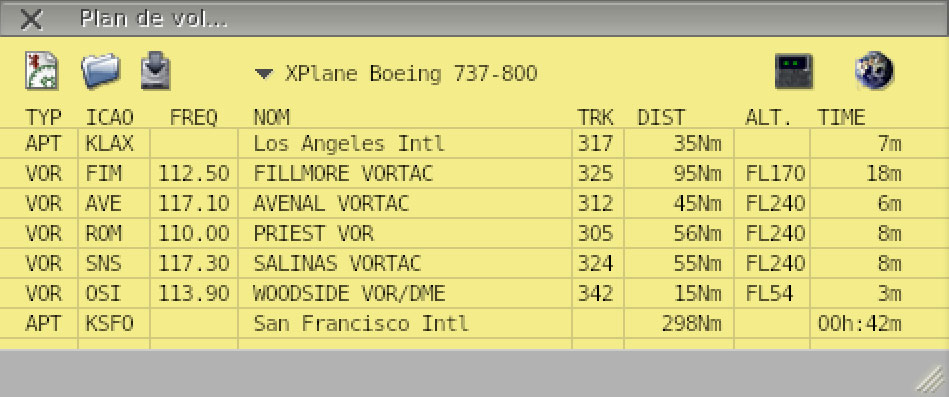
The biggest bonus is speed, Goodway was and still is very fast, but you have to wait if if it has to compute long routes.
The MAP page is still pure Goodway.
Top menu is the map selections including the Flightplan Tool and Search. Then a selection of (on/off) Airports and Nav-Aids. H (High) - L (Low) routes. Next set include N - Names (place), I- Information and F - Frequencies (VOR/NDB) and the final set of selections are for Show Aircraft, Show aircraft on route (if Active) and finally Flight Path on or off.
Lower Tools include Hand (move map), Ruler, Area Zoom and Modify Tool (editor). Map zoom level +/-, Centre and Zoom and Zoom Aircraft.
Preferences
There is the preferences pop-up panel
This panel shows your selections for Airports, Helipad, and Hydroport, and Show Rivers, Country (boundaries), Aircraft (yours), Airports (Fix), Smooth the Map? which is for very slow computers... and log flight path.
Once you have created the basic route you can easily modify it to meet your current requirements. If you are an old user of the Goodway, you can smile again as you know how extremely easy it was to edit the flightplans and with an extremely fast speed if you were a master of it.
The key tools are very easy to use between the Shift (duplicate waypoint), Control (move map) and Drag for waypoints and Define to select a work area.
The old slight annoyances come back as well? first is that you have move to the first waypoint to duplicate it? And usually it was way off the map, and then you had to leap frog the duplicate waypoint back down from visual waypoint to visual waypoint to the first waypoint that you needed to select? Once there however then you can just then duplicate that waypoint for the ones you require that are now more close to it.
More modern Flightplanners just allow you to click on the waypoint you want by selecting it. But a pro can create a edited flightplan in double quick time, for that Goodway is unbeatable.
Low and High Routes are very well represented and again extremely useful when creating larger FMS flightplans (airways) for add-on aircraft as the routes can be scrolled to find airways that are not shown on over limited flightplanners.
Vector design means very fast movement and scale, so scrolling is extremely fast and the whole world is easily available. But I used to have issues with the flightplan if it crossed over the dateline or the edge of the map, certainly with editing close to the edge of the map. I don't know if this issue is still there, but it was hard to fix at the time.
Airport information is very good and frequencies are selectable. You don't get the airport display in the Demo, but the official one looks like this.
Search for Airports and Nav-Aids is very good, with a wide source of selections.
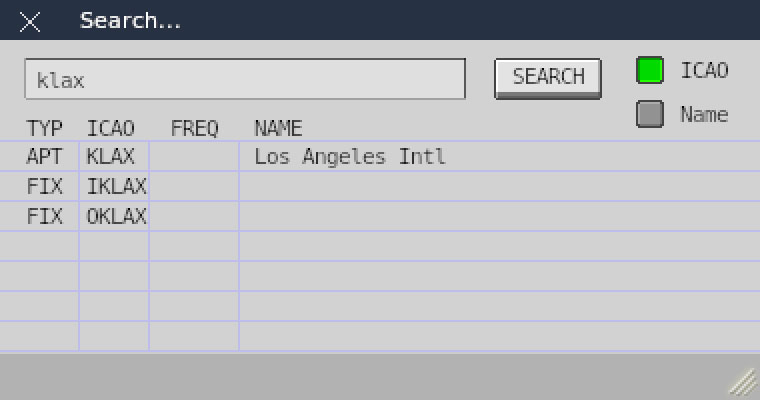
Currently you can export:
X-Plane v10 : FMS and GPS
X-Plane v11 : FMS, GNS 430, 530 and FMC (which requires to still manually enter the arrival and departure airports)
But as noted it is excellent for in window/screen FMS route creation.
A video is available to see the set of features and flightplanner use...
Summary
Considering the extensive time period between the last release and this v5 Release you do expect a more modern flightplanner. The v5 Goodway is not that different than the older v4 version all those years ago, yes there are new features, but in reality it is still really the same old Gateway.
That is of course a bonus as well as a negative as it is a powerful tool to use as it is lighting fast to create routes or to find Nav-Aids or Airways.
Editing is exactly the same and with the bonuses and negatives with that as well and the overall design is slightly old fashioned as well on icon design and layouts.
The quirks are still in there as well, dragging the first point by point duplicate to a closer airport waypoint to create a SID drove me mad, and as there is also no topographical map, it is very easy to design routes that can fly you directly into mountains (there is still a black mark on a mountain in Victoria B.C with my name on it).
Price is quite high at €25 Euros (US$26.75 Current), as very good as it is, it is still expensive with a lot of good flightplanners around (there was a €20 Euro introduction price but that period has now ended). I really loved the Goodway (in the past) and shred a few misty tears using it again here, but the point is would I front up that much for it again (sorry no upgrades from v4) as that is debatable. The Demo is really too limiting for me to make up my mind either, but for €15 Euros I would present my credit card as in many areas it is a very valuable route making tool.
So the Goodway route creation tool is back for X-Plane... was it worth the wait?
Positives: Extremely fast route building and editing tool, Built directly into X-Plane via a plugin, Good use for current default X-Plane FMC systems and excellent for route creation for FMS aircraft, New aircraft preferences must be correct, Older X-Plane pilot's will cry again as they use it.
Negatives: Not that big a leap from v4, Still a few quirks that drove you mad then still do, No topographical mapping for altitudes, Expensive for a vector program and only one computer per license is permitted.
______________________________________________________________________
The v5 Goodway Flight Planner for X-Plane10 and 11 is Available from XPGoodway here :
Price is €25 Euros (US$26.75 Current)
Features:
- • Automatic creation of flight plans with X-Plane data (which may differ from the actual data you find on the internet or in some tools),
- • Using the performance of aircraft that you can also define yourself, the flight plan automatically recalculates,
- • Send the flight plan to X-Plane v10 standard instruments : FMS and GPS, X-Plane v11 FMC, GPS and GNS (430 or 530)
- • Follow the flight plan in a specific window that also allows you to adjust the radio frequencies and the OBS and Heading with a single click,
- • A map that covers the entire world and provides you with a wealth of tools for display, dynamic measurements and viewing and making or modifying flight plans, tracking your flight,
- • Detailed information about airports: Airports in blue print, ILS list, Radio, and all the details of each airport, you can also adjust the radio frequencies and ILS in 1 click.
- • Powerful search tool that will allow you to search for any beacon, waypoint, airport and even a city on the map.
Installation
The download package is 25.70mb and is 74.70mb when installed in your X-Plane "Plugins" Folder. Both MAC and Windows version provided.
Registration and Authorisation key is required: Demo is free but limited.
Documents:
Manual in English, French and German is available from site.
______________________________________________________________________
Review by Stephen Dutton
13th March 2017
Copyright©2017: X-Plane Reviews
Review System Specifications:
Computer System: Windows - Intel Core i7 6700K CPU 4.00GHz / 64bit - 16 Gb single 1067 Mhz DDR4 2133 - GeForce GTX 980/SSE2 - Samsung Evo 512gb SSD
Software: - Windows 10 - X-Plane 10 Global ver 10.45 / Checked install in X-Plane11b6
Addons: Saitek x52 Pro system Joystick and Throttle : Sound - Bose Soundlink Mini : Headshake by SimCoders
Plugins: : Environment Engine by xEnviro US$69.90
.

-
Aircraft Review : PA-31 Chieftain 350 HD Series by Alabeo
Only back last year in August 2016 I sampled Carenado's Piper PA-31 Navajo. It didn't take long (about 10 minutes) for the aircraft to become a firm favorite in my hangar and I have flown it constantly ever since. It is just one of those really sweet aircraft that fits your flying like a glove.
So I was pleasantly surprised with the announcement of another variant on the Navajo in the big brother (or sister) the PA-31 Chieftain.
The Chieftain is the stretched version of the Navajo B with more powerful engines and counter-rotating propellers to prevent critical engine handling problems.The fuselage was lengthened by 2 ft 0 in (0.61 m), allowing for up to ten seats in total. Also variants of the Lycoming TIO-540 developing 350 hp (261 kW) were fitted to the Chieftain (this version), with an opposite-rotation LTIO-540 installed on the right-hand wing; MTOW was increased to 7,000 lb (3,175 kg). After certification was achieved for the PA-31-325 in May 1974, and production commenced in the 1975 model year.
In the Navajo review I flew the aircraft from YBBN (Brisbane) to the new YBWW (WellCamp) by Toowoomba, Queensland, and well I thought why not fly the Chieftain on the same route and see how they both fare.
You can see the extra length of the Chieftain, but it is deceiving at first, more noticeable is the bulkier engine housings with their overhang of the rear of the wing.
Quality wise and design thoroughness you can't tell the two aircraft apart, both excellent. Which one is the Carenado... the first one, but it doesn't make any difference really.
Menus
Carenado provide you with three tabbed menus on the left lower screen. A ) is for the pop-up Autopilot panel. B ) Is the standard Carenado views, Field of View and Volume panel. And C ) is the Options panel.
There are certainly great options. The usual Static elements are again odd. You can have your wheel chocks but only with the aircraft hand puller on the nose? What if you just want to chock the aircraft until you fly again. No engine inlet or tags either but you do get wing cones.
One feature is a really great one in two types of versions. The "Standard" wing version gives you the door and an opening luggage door (but no luggage?)
Select the "Winglets" tab on the Options menu and you get not only a lovely set of modern winglets, but a change in configuration with a single door door (no luggage door) and two extra seats in the rear with some beautiful teardrop windows to look out of known as the "Commuter" version
There is a nice luggage compartment in the nose as well. Aircraft panel work is excellent, note the very well done screw and rivet work.
Interior
The Navajo had a club seating layout (below), but the Chieftain (above) is totally forward seating. At first glance the seating looks old, but they are actually not, but black leather, and they are the sames seats as well but because of the darker colour they look very different.
The all dial Navajo dark grey panel is on the left, with the brighter cream Chieftain panel on the right, the Yokes are a cream colour as well but the same style. So the panel is totally familiar, but are slightly different in layout.
Obviously the biggest difference on the Chieftain is the included Garmin G500 navigation system like which was included with the Seneca V a few weeks ago, unlike the Seneca V though the system is only installed on the pilot's side of the panel.
Overhead switch panel is identical on both aircraft as is the pedestal.
Power switches are left and right down....
The main power only turns on the Artificial Horizon and Heading rose with Speed and Altitude tapes and bank guide on the left screen. To switch on the avionics and Navigation display the switch is quite hard to find, as it is small and situated lower centre panel.
On start up I found the G500 screens are dull and very hard to see. This was caused by the Instrument Reflections option, and for the clarity of this review I turned them off. The dullness was the worse in X-Plane11, but they were also still quite dull in X-Plane10 as well.
Instrument Panel
It is a pretty fully equipped instrument panel.
Pilot's side is of course dominated by the G500 navigation system, with just backup analog dials in Airspeed Indicator, Artificial Horizon (with built in Turn Coordinator) and the Attitude Indicator down the left side, but there is no Vertical Speed Indicator. Also added in is a VOR (2) localizer indicator and ADF pointer. On the Navajo there was a VOR2 pointer, but way over on the right hand side of the panel, but here it is now missing altogether?
The Co-Pilot gets the full analog suite of instruments. It is a very impressive set of kit with Airspeed Indicator, Artificial Horizon and the Attitude Indicator on the top row, Turn Coordinator, Heading Dial and Vertical Speed Indicators second row.The rest of the right side panel are gauges for pressures in gyro, fuel, oil and cylinder head/oil temperatures, Volt meter, flap selection and indicator. The oxygen supply system is set out below, and it is all almost identical to the Navajo layout.
Centre panel is again identical to the Navajo which has at the top a very nice set of annunciators and below are four dials that covers both engines, Manifold Pressure, RPM, EGT (Exhaust Gas Temperature) and engine fuel flow.
Equipment stack is very good and again totally identical to the Navajo. Standard issue Garmin 347 audio panel is top left with the X-Plane Garmin GN350 GPS system below. Then there are a set of three Bendix/King units in one KR87 TSO ADF unit that is hard to adjust, and two KR 64 VOR/DME speed and range sets.
Right stack includes a Bendix/King KX 165 TSO Comm/Nav (VOR2) tuner and a Garmin GTX 320 transponder. The weather radar is a Bendix/King and comes with a manual that notes you can adjust the range and radar angle, but I couldn't do any adjustments accept to turn it on, test and adjust the brightness.
Left side panel is a fuse box, with main power and voltage switches set below.
Right side panel is just another fuse box.
Lower pedestal is the S-Tec Autopilot, three way trims, fuel panel with emergency fuel shutoff, crossfeed switch and inboard and outboard tank switches.
You have that same blue overhead light and upper panel lighting which is the same as the Navajo, but the dial lighting here isn't as over saturated as the Navajo version and looks far better.
Flying the Chieftain
Starting is easy in fuel pumps on and hit the side of the rocker switch for the engine you want. Keeping them running however is another matter again. Welcome to the new world of X-Plane11 and its highly refined engine dynamics. Even in X-Plane10 and for most Carenado/Alabeo aircraft they all seem to idle quite high, and you need to adjust the mixture to get some semblance of "holding the aircraft back, like you do a snarling dog on a leash" Here it is magnified, but you can find some sort of balance between engines running and not running. But you also have to let them warm up now before actually slowing them down to idle. Once done and still with a fast idle then you can fly.
Another jolly that Austin Meyer has added to X-Plane is front suspension movement under power or braking. So combine a high idle with a pulling at the lease aircraft with constant braking and you get a very nosey bouncy wouncy taxi ride. These items will of course be fine tuned in time (we hope).
The two 350-hp engines over the Navajo's 310-hp gives you more uumph down the runway and you feel that extra power even though I am quite heavy at 6150lbs, but still a quarter under the Max weight of 7045lbs. Rotate is around 110kts...
Once in the air and you don't really notice the difference too much from the Navajo, slightly heavier and slightly faster the Chieftain is, but not too significantly to notice, they feel very much the same aircraft.
The Chieftain will climb as well. The Navajo climb rate was 1500fpm, but I had no trouble in achieving 1800fpm and the gear (with excellent sounds) makes a dramatic fold-up into the aircraft.
Cruise speed is I found just under 200knts. noted speeds are 207 knots (383 km/h (238 mph)) econ cruise at 20,000 ft (6,100 m) with a range of 1,011 nmi (1,875 km (1,165 mi)), Max altitude is 26,300 ft (8,015 m)
Very nice.
Climb hard and turn, The Chieftain is nice under your command and unlike the Seneca V the engines don't foul the view.
I am a big fan of the Garmin G500 system. It is exactly the same installation as it is in the Seneca V and so you get the same benefits here in like the easy selection of: HDG (Heading) - CRS (Course) - ALT (Altitude) - V/S (Vertical Speed) - BARO (Barometer) and adjustment for each selection via the large knob. Unlike older Carenado/Alabeo aircraft you can't now select different cursor modes, so you always get the green coloured choices as you move your mouse over the knobs, selection is tight as well, and in turbulence it can become a bit of a game just to change your heading? The font size is also a bit small but it a replica of the original G500, so I wonder how these things passed a FAA test...
ADF and VOR2 pointers are very fine and hard to read (zoom required) but handy on the display, but overall you get a large amount of information on this very well sorted system from Carenado. Navigation display has a great DCL (DeCLutter) and in turns the map rotation is now far smoother and keeps up with the turn.
The G500 also pops-out and can be resized and moved along with the default X-Plane Garmin GNS 530 which is the larger of the two standard gps systems. A neat trick is too use one map mode on the G500 for long distance range viewing and the shorter range distance for more current detail on the G530.
The S-Tec (Genesys Aerosystems) Forty Five X autopilot is situated behind the pedestal. There is a pop-up from not only the autopilot itself (click to pop-up) but also the A ) menu tab option, although I found the menu tab option a bit "hows your father" in sometimes it worked and in other clicks it didn't? The same in both XP10 and XP11.
Overall I prefer the older AP version in the Navajo, completely basic and easy to use, this S-Tec had smaller buttons and you had to be very careful in setting the V/S as 10 as it could be 10 or 1. The autopilot situation is shown on the centre panel display. The AP activation switch is also a little twiddly and hard to find even though it is centre panel and right in front of you (yellow arrow)...
I start my descent into WellCamp (YBWW) over Toowoomba. Note the excellent Australian autogen by Chris K (Australian Pro) it is excellent and quite a perfect representation of the city.
The airport itself is just beyond the city but partly hidden by two hills, and once past I turned southwest to fall into a circuit landing for RWY12. Note the great terrain (in yellow) demonstrated on the navigation display.
Three postion flaps (Off (0º) - 15º - DN) don't give you much lift if you get the speed under 100knts, and drag is controllable with only a little extra power inputs.
"Whoa!" as an almost perfect landing is ruined by a last minute sudden gust of wind, it is gusty out here today as the whole flight was with the seatbelt's sign on and a lot of turbulence to make my passengers nervous.
I corrected, but the wrong two wheels hit the ground first, and more worrying murmurs from the rear... The Navajo was also noted as being very twitchy in the wind as well, and so it feels like a common trait amongst the Navajo Series.
YBWW's main runway is long... really long at 2870 m long by 45 m wide and I used a lot of it to slow down and to try and not hit the early brakes so I don't start nosy bouncey movement too much.
It is nice to be back at WellCamp, as the airport is very nicely modeled by fhvanhal.
Setting up to return to Brisbane gives you a moment to admire the excellent panel, and there is a switch on top of the excellently covered glareshield that does nothing, but you try it anyway.
Return to YBBN
No hanging around I want to get back to Brisbane. So once the doors are closed and the engines started and tuned to idle, I'm "going".
Funny thing is you need a fast idle to cover the long distance to the end of the runway...
My reason's for rushing back to YBBN are valid, as there are storms brewing over the dividing ranges. Storms in Australia are not to be sneezed at or taken lightly, as they are fast moving and very deadly in the mid-afternoons when the cold coastal air hits the inland heat..
Lighting
Internal lighting is very good. The panel is the same colourful patterns as the Navajo, so at night they are both very similar, except for the G500 displays.
The blue overhead lighting is here there as well, beautiful light in the dark, but the rear door version is missing, and neither does the "No Smoking" sign work. As noted the roof dials are not so over saturated here and looks far for the better for it.
Rear cabin seating has overhead spot lights, but you can't turn them off? I don't know if this is a Carenado to Alabeo difference, but not being able to switch them off or on is a bit rich.
It is quite dark in the cabin, but very atmospheric. Wing (left) lighting is good, and you have one landing and one taxi light. Red beacon tail light didn't work?
Over Redcliffe it is time to get ready for landing... RWY 14 is quite tricky to find, as there are no visible landmark or runway lights to lock on too under VFR rules.
It is the houses and the far set back location of the runway lights in daylight that make it tricky, but soon I have a bearing.
Slow and low... But this time I get it right, but the headwind helps.
Job done and a just a wrap up of the aircraft to be finished...
Liveries
One blank and six liveries are part of the package. All are good and HD quaility. Most liveries have this hard worked and worn chipped paint look that is highly realistic.
Summary
If you liked the Navajo then the Chieftain is very, very similar, certainly to fly as they are almost identical, but for a little more weight and slightly more speed. If you put both aircraft on the ramp and said pick one, and only one then I would still pick the Navajo, but the problem with that equation is that the Chieftain has more to offer in the G500 avionics, extra seating and the conversion to winglet and those extra two seats...
So overall the Chieftain is the better choice, and the aircraft is far better suited to the flying I really like to do with short distance commuter work and island hopping, and the trip out to WellCamp is perfect for this machine and the role it has to be used in.
The rest is a no brainer. Carenado/Alabeo quality and everything else means you get a great aircraft.
_____________________________________________________________________________________ Positives: Great design and that famous Carenado/Alabeo quality, Great sound, versatile aircraft, great to fly but tricky in crosswinds and great avionics and equipment.
Negatives: Not much, but some items like none operating lighting buttons, average or no versatile static element choices and tricky taxiing speeds.
_____________________________________________________________________________________ The PA-31 Chieftain 350 by Alabeo is NOW available! from the X-Plane.Org Store here :
PA31 Chieftain 350
Your Price: $32.95Special Features- Commuter and Standard
- Part of the HD Series
- High quality 3D model and textures . 4K textures
Two version of the PA31- Chieftain
High-Definition Aircraft
Features
Alabeo G500 GPS
Volumetric side view prop effect
High quality 3D model and textures.
Blank texture for creating your own designs.
Accurately reproduced flight characteristics
SuperManipulator scroll wheel support
Custom Stereo Sound
Stereo Sound System
Custom PA-31 sounds
Comprehensive documentation
Normal and emergency procedures
Performances table
Carenado G500 documentation
Requirements:
X-Plane 10 fully updated - X-Plane 11Windows or MAC OS 10.9 (or higher) or Linux. 64bit Operating System required2GB+ Video cardCurrent Version: 1.0 (March 7th 2017)Important!For WINDOWS users: Please ensure that you have all the Microsoft Visual C++ Redistributables downloaded and installed (click here)For all: CARENADO G1000 DATABASE (MUST BE INSTALLED)._____________________________________________________________________________________ Installation and documents:
Download for the PA31 Chieftain HD Series is 350.60mb and the unzipped file is deposited in the "General Aviation" X-Plane folder at 440.60mb.
Key authorisation and a restart is required.
There is Normal and Emergency procedures (checklists), excellent sets of performance tables,references and G500 and Autopilot manuals.
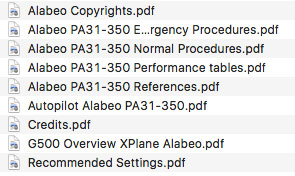
_____________________________________________________________________________________ Review by Stephen Dutton11th March 2017Copyright©2017: X-PlaneReviewsReview System Specifications:
Computer System: Windows - Intel Core i7 6700K CPU 4.00GHz / 64bit - 16 Gb single 1067 Mhz DDR4 2133 - GeForce GTX 980/SSE2 - Samsung Evo 512gb SSD
Software: - Windows 10 - X-Plane 11b13/14 and also used in X-Plane v10.51 and checked with current flight route and details
Addons: Saitek x52 Pro system Joystick and Throttle : Sound - Bose Soundlink Mini
Plugins: Environment Engine by xEnviro US$69.90
Scenery or Aircraft
- YBWW - Brisbane West Wellcamp 1.1 By fhvanhal (X-Plane.Org) - Free
- YBBN - Brisbane Airport 1.0 by tgd - (X-Plane.Org) - Free

-
News! - Upcoming : Panthera 3.0 HD and Eclipse 550 NG by Aerobask
Aerobask have announced the coming release of their Panthera 3.0 HD and Eclipse 550 NG. Developers are reluctant to release aircraft lately as the unreliability of the X-Plane11 beta and don't want to just deliver X-Plane10 aircraft and then redo all the work again for X-Plane11... catch22.
But the work does go on regardless and they are all out there wanting to move forward.
Both the new versions of the Panthera and Eclipse will come soon with a sophisticated avionics built in for X-Plane developed by Lionel : 2 Dynon Skyview, 1 GTN750 and 1 GTN650.
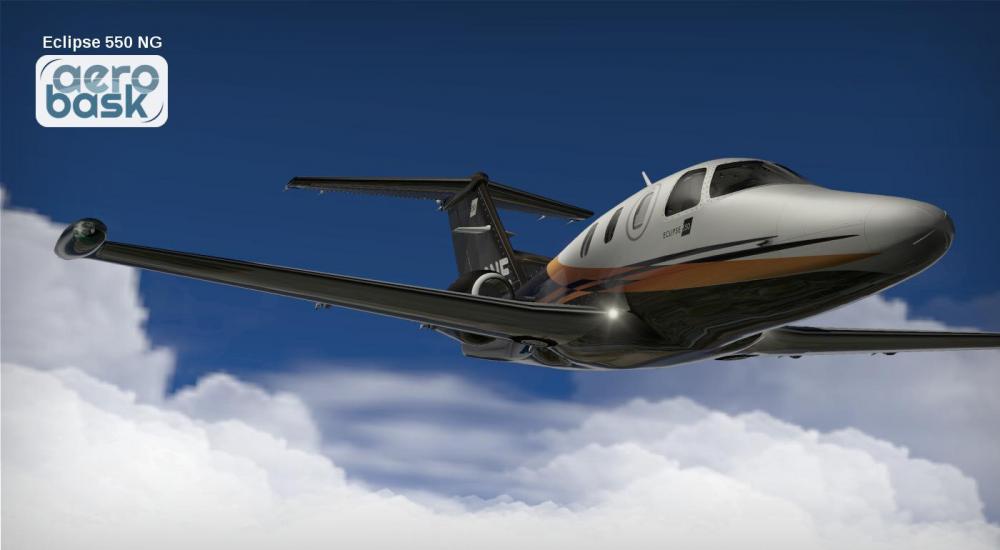
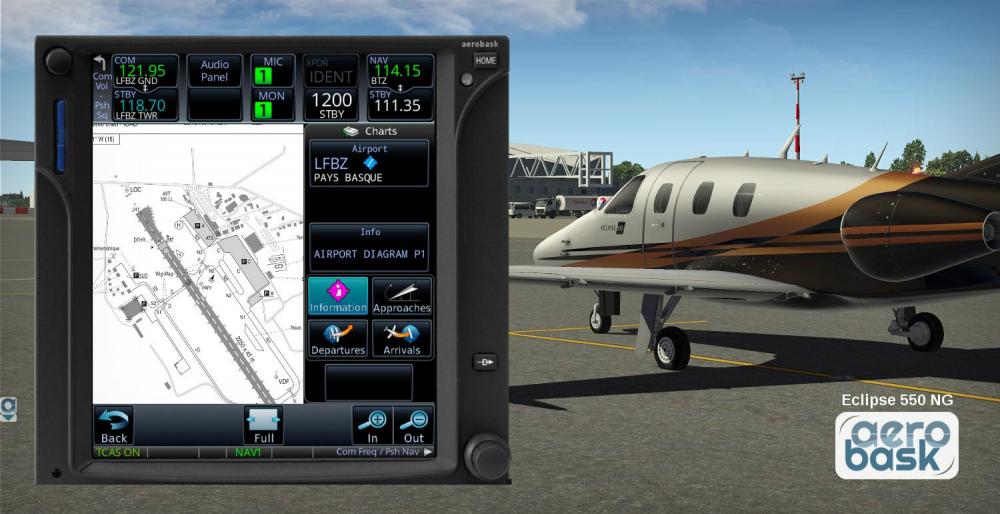
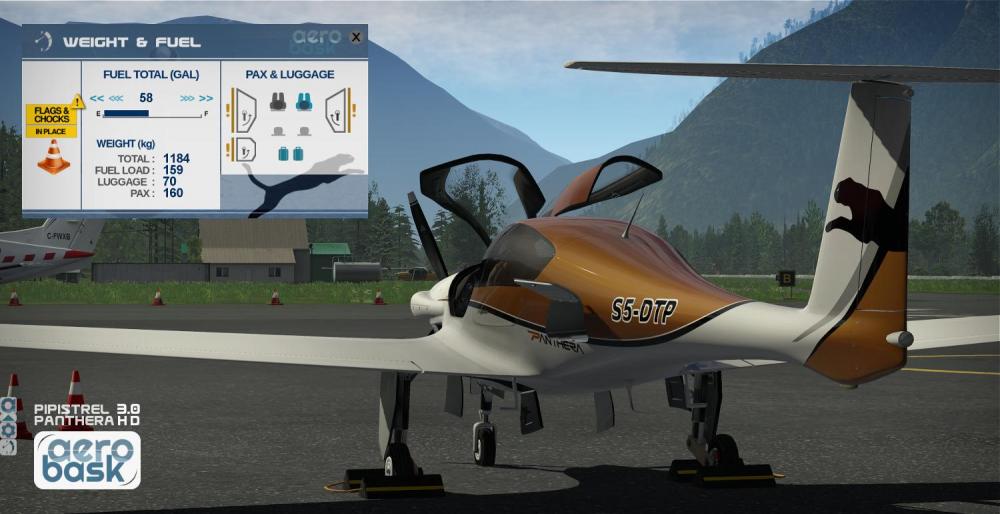
Here is a list of the coming main features:
Accurate flight model built by X-Aerodynamics according the real datas (for Eclipse 550).
Accurate display. The resolution matchs the real instruments.
Touch Screen Operation
FPL
SID/STAR procedures
Moving-Map with several resolution available to save the FPS according the CPU/GPU
Terrain Map
COM/NAV/Transponder managed by the GTNs
Charts
Advanced TCAS (works with AI aircrafts, IVAO, VATSIM, Pilot Edge)
Interactive Checklists
PBR textures for X-Plane 11
But note that a lot of new X-Plane11 features will also be part of the packages and both aircraft will be X-Plane11 compatible when released!
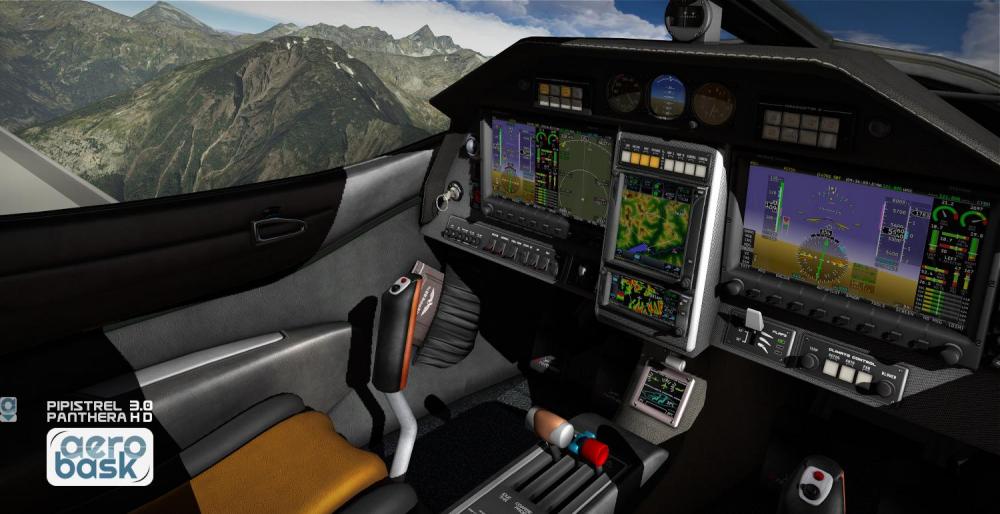
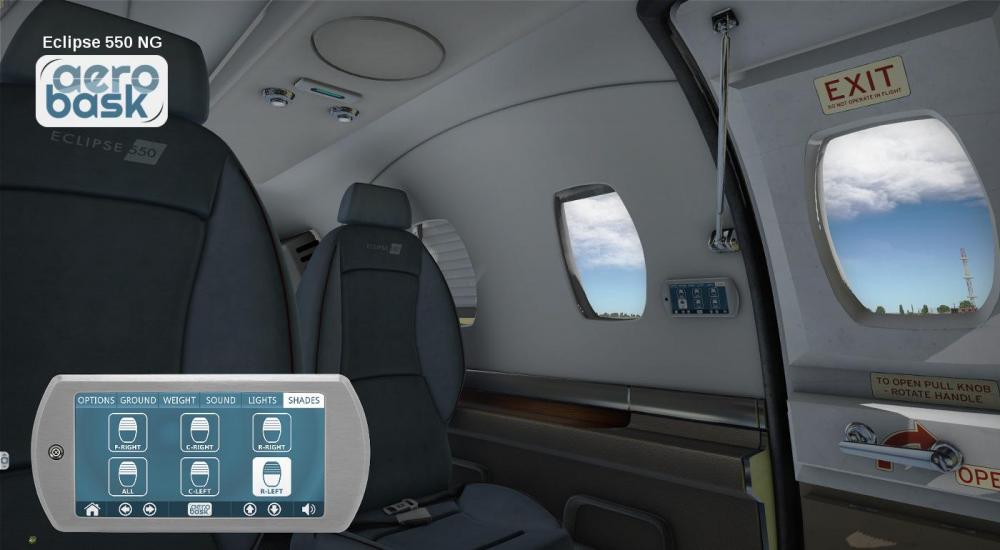
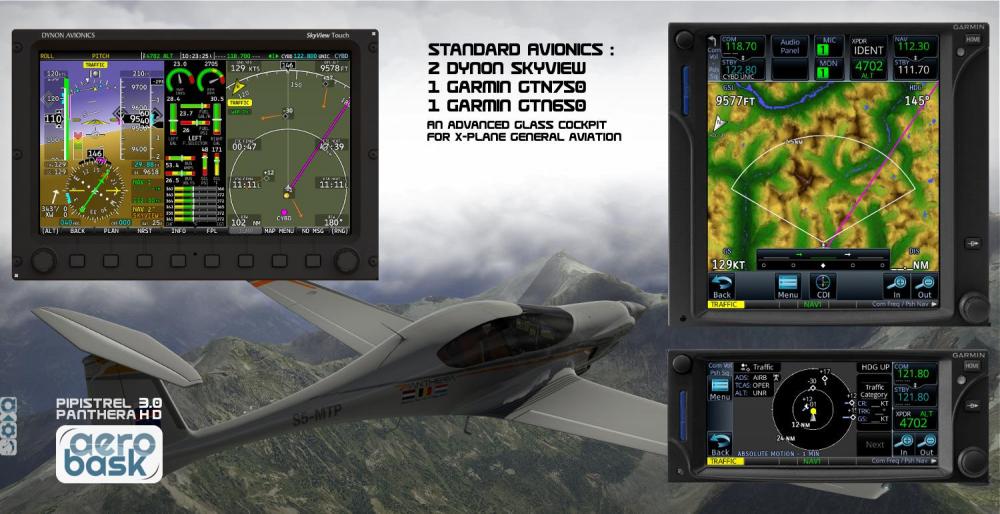
There is also a video available to show how the GTN 750 system works with the built in charts feature...
Important Note! With the major thrust changes in the X-Plane11beta 12/13 Aerobask have released patches to update their older products to accommodate the changes, these are: Here are the links:
- E1000 -> http://forums.x-plane.org/index.php?/forums/topic/116969-compatibility-patch-for-x-plane-11pb12-or-higher/
- Victory -> http://forums.x-plane.org/index.php?/forums/topic/116968-compatibility-patch-for-x-plane-11pb12-or-higher/
- Fokker Dr.I -> http://forums.x-plane.org/index.php?/forums/topic/117032-compatibility-patch-for-x-plane-11pb12-or-higher/
- ViperJet -> http://forums.x-plane.org/index.php?/forums/topic/116970-compatibility-patch-for-x-plane-11pb12-or-higher/
These patches will allow you to use current Aerobask aircraft in both X-Plane10 and X-Plane1 until a formal release is posted of the simulator.
Expect all products to be current before Easter, although there is no release date on these aircraft, but that is out of everyone's hands for now.
_____________________________________________________________________________________
Stephen Dutton7th March 2017Copyright©2017: X-PlaneReviews -
Classic Aircraft : de Havilland Canada DHC-3 Otter by RW Designs
The de Havilland Canada company of Canada (DHC) had a huge success with their DHC-2 Beaver utility aircraft that was and still is the one of the greatest bush aircraft ever built. And so if you are on to a good thing then being an aircraft manufacturer is that what you usually do with the next aircraft is to build a bigger, faster and better one than the original success story.
This is the original DHC-2 Beaver (by Soul Made Simulations) and this is the size of the first aircraft and the blueprint for the larger DHC-3 Otter.
The design work on the "King Beaver" (the Otter's original name) began in January 1951, and it was noted as an aerial "One Ton Truck" to the Beavers "Half Ton Truck" capability. The new design incorporated a longer fuselage, greater-span wings, a cruciform tail, and it is much heavier. Seating in the main cabin is for 10 or 11 passengers, whereas the Beaver can seat six. Power is supplied by a 450-kW (600 hp) Pratt & Whitney-1340 geared radial. The new version used in the Otter was geared for lower propeller revolutions and consequently a lower airspeed, but flies the same speed as the Beaver. The electrical system was 28 volts D.C. and Like the Beaver, the Otter can be fitted with skis or floats. This Otter also served as the basis for the very successful Twin Otter which featured two wing-mounted Pratt & Whitney Canada PT6 turboprops.
The Otter received Canadian certification in November 1952 and entered production shortly thereafter. A total of 466 have been manufactured since.
RW Design's DHC-3 Otter
Design wise RW's aircraft is very good, certainly not in the Carenado class but then what other aircraft is in that class any way. You don't get the that extreme really fine, fine detailing here, but otherwise it is pretty well put together.
And that is highlighted by the great wasp 9-cylinder air-cooled radial engine detailing, and its lovely 3-bladed Hamilton Standard propeller.
Exhaust Augmenter Tubes
Those huge two exhaust tubes on both sides of the fuselage are called "Exhaust Augmenter Tubes", which are located below the cockpit doors and are a special design feature of the DHC-3. In the exhaust augmenter tubes, the exhaust gases produce suction that is strong enough to pull cooling air around the engine and from behind the engine compartment while at the same time providing a measurable amount of thrust in cruising flight. The engine is thus effectively cooled during steep climbs when the forward air speed is low and the engine out-put near its maximum.
The exhaust tubes have been expertly modeled here, and are quite beautiful to look at (If you are into that sort of thing). The undercarriage and fuselage attachment points are also very nicely detailed.
A look into the cockpit and you instantly see the Otter's original Beaver heritage as the layout and the detailing are quite similar, with that huge crossover yoke dominating the panel.
The worn seating is good and well created, but not the really well worn, torn and dirty look you would expect from a working utility aircraft it feels to light. And I am not sure what the tiles are on the roof, canvas, rubber or metal... plastics were not a basic commodity in the early 50's, if at all it looks plastic. But I think it is to replicate a padded rooflining? The same effect is on the insides of the doors.
Cabin is also good, but a little basic. I like the cloth seating but there are no seatbelts to hold you down and I wouldn't want to fly seated on them for very long. At the rear is a netted cargo section with a selection of cargo (three crates).
Menus
There is a menu pop-up that works when you tap the file folder by the Co-Pilot's seat.
One is the main menu that covers:
- External Power (no showing power unit)
- Flashlight (needed)
- Yoke (show/hide)
- Jump Door
- Heading Slave
- Walk-around
There is an "Aircraft Visual Option" that shows: Chocks, Pitot Cover and a ladder.
All the doors open, with the two front cockpit doors, right side passenger door and left side double cargo doors. All the doors have to be opened internally which can take time moving around the cockpit and cabin to do all the handles... an easier door menu selection would have been nice?
Rear left cargo doors can be set two ways with the double doors in position, or "Jump Door" (or no doors).
The ladder option only works with the opened double-doors, and not with the "Jump Door" option.
Walk-around
There is a walk-around feature in that if you press the items on the menu car you are postioned at the point of inspection and with notes on the card of what to look for...
The action of pointing at the card does not actually point you at the item in question? so you have scroll your view to find the item you want to inspect, it works but not perfectly.
Panel
The panel by today's standards is very basic.
The Standard six instruments are all there just for the pilot. Top left is the Airspeed Indicator, with the Attitude Indicator or Artificial Horizon middle, right is the Vertical Speed Indicator with the Altimeter is lower left. Heading dial is basically compass style is centre with the Turn Coordinator lower right.
Bottom knee panel is from left with a electrical and engine starter panel, Fire panel, then a VOR2 OBS CDI (course deviation indicator) and a ADF pointer. far right on the panel is the tank selector with Front - Center - Rear tanks available.
Co-Pilot side you have one lower knee panel with the lighting, heating switches and volt dial.
Engine panel is top centre with (top row) Manifold Pressure, R.P.M., Oil/Fuel pressure/temp, Cylinder (CYL) Head Temp. (bottom Row) Clock, Fuel gauges for the three tanks, Temperature Gauge ºC and Suction gauge.
There is the lovely DHC pedestal with all three levers for Throttle, Propeller and Mixture.
Equipment Stack
Far right on the Co-Pilot's side is an angled "Equipment Stack"
The stack pops-out for ease of use but you can't change the scale. It covers a: Benedix/King KMA 28 TSO Audio Panel, Two Benedix/King KX 155A TSO's COM1/VOR1 and COM2/VOR2 frequency tuners, Benedix/King KT 70 TSO Transponder, Benedix/King KR 87 TSO ADF Tuner and a Benedix/King KFC 225 Autopilot.
The default X-Plane Garmin GNS 430 gps is positioned on the top of the panel and as per usual use pops-out.
This Otter looks like it is to reflect the more modern variant than the older earlier model, hence the more lighter paneling and design. There is scruff marks and general dirtying down of the aircraft, but it feels like it needs a lot more hard work and a through beating to make it more totally realistic. Note the beautiful DH rudder pedals (below).
Overall the design and work here is very good, but there are a few noticeable items that should have not passed the fine tuning stage... like the gap between the yoke handles and the yoke caps. There is a nice trim wheel down by the pilot, but it doesn't work? unless the autopilot is controlling the trim? So no trim adjustment is available including the yaw located up above the windscreen.
There is a very nice outside temperature gauge built into the roof...
... and an usual skylight built into the cabin ceiling, and you don't see one of them on the average Airbus.
Variants
There are three variants with the Otter package. The "Wheeled" version above, a "Ski" version and a "Float" version.
The different variants are well done, but they are all separate aircraft, and so you have to set your preferences on each aircraft separately.
The Float version has a retractable gear panel on the lower pedestal, the animation is very good and the float version looks very nice in flight.
Liveries
There are one blank and seven liveries and most registrations here are Canadian based.
Livery quality is very good, but not HD (High Definition) deep. The New Zealand VAS is a nice touch. All the liveries work on all the variants.
Flying the Otter!
Time to climb up on board and take the Otter for a ride. Starting that old radial wasp as you would expect is a bit of "How's your father" and a lot of praying. In short you need to set the electric pump to on, then a few pumps to prime the cylinders (more if cold) from the manual pump on the front of the pedestal, electric pump off again and then set the mixture to not so full rich and a bit of throttle....
Then a fingering of your rosary beads (I'm not a Catholic, but it still helps) and click the start switch, If god loves you on this day the radial will churn and fire into life and you will need to steady the idle once you get a few numbers on the needles. If god is not on your side then you will churn the motor forever and flood the pistons with too much fuel... So a cup of coffee is needed while it all settles down again and give it another churn in a while. Get a really bad day and just go and fly something else.
If the praying worked then you are in the flying business. Sounds are very waspy mechanical knockingly real, or very good, but not the total high quality sounds you can now get, but still very good considering how few of these aircraft are still around or in working condition.
The view out from the pilot's perspective is quite expansive compared to the tight cabin of the Beaver, but this is still a tail-dragger which means a sky high nose and a taxi by looking to the left and down. But the view is very good.
Engine warmed up and a better idle means you are ready to go.
For a tail-dragger the DHC-3 is nice to taxi (or it actually does go in the direction you want it to). You need the odd extra bit of throttle if you have a tighter corner to manoeuvre around or swinging around on the ramp, but this is par course for any tail-dragger anyway.
The Otter is a STOL aircraft which is short for "Short TakeOff & Landing". If you give the aircraft a fair bit of flap (half) it will leap into the air quite quickly, but a little flap is more controllable at slower speeds, but you still get airborne very quickly. The tail thankfully for the view forward pops up early and you are ready to fly at just over 100knts.
The aircraft will track quite well but lift the wheels off the ground and the DHC-3 will bank with the rotating engine thrust to the right quite suddenly and you have to catch it (only the first time as you are ready the next time).
This event may let you think the Otter is hard to fly, but in reality it is however completely the opposite, as it is very easy and very docile in your hands. A very nice aircraft to fly and it was tested by real life Otter pilots and I feel they got it exactly right.
Although there is no trim available (it is noted in the manual?) it does settle to a balance quite quickly, but you still wish for that manual adjustment.
You are not going to break the sound barrier in an Otter, with a maximum speed of 160 mph (139knots, 257km/h) and a cruise speed of only 121 mph (105knots,195km/h)... range is an amazing 945 mi (822 nmi, 1,520 km) and your ceiling is 18,000ft, so slow and high it is. In speed the Otter is the same as the Beaver, but it feels a little faster and more sprightly overall.
In the air the detailing is more highlighted than on the ground, and the aircraft looks very nice in the right light.
The autopilot is a change and stick type, or point it in the direction you want the aircraft to go and then select the heading to hold you on that course to get there. But the AP didn't exactly hold the heading as tight as I would want it to, I found I had to correct it often to keep the aircraft on course? Altitude can be changed with a Vertical Speed setting and a target altitude can be also set. The manipulators on the pop-up panel are not as exact or the same as the ones on the panel and they work slightly differently, but overall the panel is very good.
The big windscreen forward view is excellent and even bigger than the Beaver version.
At night it is dark in here. Panel lighting is certainly there, but I couldn't find the switches or adjustment? (not in the manual either). On the Beaver they are two large adjustment dials on the Co-Pilot's side, but they are absent here?
Externally it is also quite stark, with just the navigation lights.
You can tootle along up here for ages, the firing of the radial pistons banging away in the nose, and the slow movement of the scenery passing away below you.
My destination airport in Page Field (Ft Myers), Florida (KFMY) comes up on my right and so you reset your mind and enjoy the feeling of your hands on the controls again...
The DHC-3 is a very versatile and lively aircraft to control, docile and the low speed allows steep banking and you are easily into a quick turn back to the airport with a touch of the rudder to control the high wing lift..
Landing is cleared to Page Field's RWY 31. It is time to slow the speed right down and drop the flaps, but in doing so it is like hitting an invisible wall. The DHC-3 as a STOL aircraft was built and designed to land on very poor surfaced and short strips. This is what makes the Otter so versatile and attractive to bush pilots and the aircraft gives you access to airports and in some case just places with no runways but just a rough flat section of ground to deliver or service a community.
The flaps gear arrangement here is exquisite and really well designed, it is all well animated as well with great linkages to not only the flaps, but also the outer ailerons. The passengers have a great view of the flap animated action and the great detailing.
The Flap indicator is situated on lower center windscreen divider post. If you use a Saitek (nee Logitech) system it only gives you a continuous movement of flap travel, but there are instructions in the manual to give you the position notches if you need them (but I am not fussed there).
You approach the threshold at only just under a 100kts and easily then adjust down to 65knts.
The aircraft is so docile and stable you use the slight headwind like a seagull to hold your hover position and to look at the point you want to touch down as your speed drop to only 55knts...
... focusing on your landing point you just slowly descend and land right at the point you want too, easy and totally in control, it is these flying qualities made the Beaver and Otter the legends they are today.
With two wheels on the ground you are still in control and the drag will allow you to easily settle the tail without any braking or sudden movements. This landing was in a controlled hard surface setting, but the Otter would be just as at home anywhere really.
Brilliant!
Summary
In many ways the DHC-3 Otter from RW Design's is a total contradiction. It is in many, many areas exquisitely designed with beautiful features and has great details.
But in other areas the details are missing like the views and door actions in the menus, The lighting systems that I know do work, but there is no information on how to adjust or find the switches or knobs, and also the wheels that will rotate from one airport to another. There is such great design in here and yet there are gaps like on the yokes that you can see through while flying the aircraft. There are no pilot's from the outside views also and it looks quite odd without them, a sort of a freaky aircraft flying all on it's own feeling. The none working trim that is noted in the manual but didn't work in practise, and I am not sure of the bathroom tiling of the ceiling and doors. All small stuff but...
X-Plane today is now getting very demanding in the sheer photographic detailing it can now reproduce and this aircraft and with certainly the external detailing it does pass that level and test. This is also lower Carenado territory in value and price and so it also delivers at that level as well, but if you are looking for the sheer detail and the quality of the SoulMade Simulation Beaver style aircraft here then this Otter just not up to that extreme class or level... it is though very good.
The aircraft is at this point X-Plane11 compatible, but not a fully compliant X-Plane11 aircraft, in other words it flies and works fine in X-Plane11, but will be updated to the correct compliancy level when X-Plane11 is made into a full release version.
This is a classic aircraft, and very worthy of it's status. It flies very well and it is a great adventure aircraft. And pilot's who like this sort of rough strip or island hopping flying will absolutely love it.
______________________________________________________________________
Yes! the de Havilland Canada DHC-3 Otter by RW Designs is NOW available from the X-Plane.Org Store here :
Price is US$26.95
Features:
Nice Package with 3 Different Versions:- DHC-3 Wheel
- DHC-3 Float
- DHC-3 Ski
- Interchangable liveries between versions
Great Visuals and Ultra-High Definition Aircraft- Professionally developed 3D interior and exterior
- Hundreds of animations
- Night lighting
- UHD 4K textures
- Normal mapping
- 8 Liveries in Ultra High Definition
- Paintkit included
Custom sounds and systems powered by SASLFlight model developed in conjunction with Otter pilotsPop-up Menus- Base menu
- Walk-around
- Radio Stack
Requirements:
X-Plane 11+ or X-Plane 10.50+
Windows, Mac, Linux - Running in 64 bit mode
2GbVRAM Video Card. 3Gb+ VRAM RecommendedInstallation : Download v1.0 is 310.60mb which is unzipped to your X-Plane aircraft folder at 364.40mb.
Documentation : includes
- Avionics Manual
- Checklist
- Otter Manual
______________________________________________________________________
Stephen Dutton
7th March 2017
Copyright©X-Plane Reviews: X-PlaneReviews 2017
Review System Specifications:
Computer System: Windows - Intel Core i7 6700K CPU 4.00GHz / 64bit - 16 Gb single 1067 Mhz DDR4 2133 - GeForce GTX 980/SSE2 - Samsung Evo 512gb SSD
Software: - Windows 10 - X-Plane 11beta13 / Checked install in X-Plane10.51
Addons: Saitek x52 Pro system Joystick and Throttle : Sound - Bose Soundlink Mini
Plugins: Headshake by SimCoders (free) : Environment Engine by xEnviro US$69.90
Sceneries:
- KLAL - Lakeland Linder Regional Airport 2.01 by Drankum (X-Plane.Org) - Free (note: personal added items in an office (okay demountable building and vehicles)
- KFMY - Page Field, Fort Meyers by Timbenedict3 (X-Plane.Org) - Free
-
X-Plane11 : Look, Feel and Visual Features
In the first two months of the year 2017 as X-Plane11 rides it's way to release through beta after beta, it is a lot of pleasure and pain. The pain is to be expected as the simulator forms itself into the future, which will be soon be part of our everyday flying. But the pleasure is seeing what we actually have in this new step version of X-Plane in it's new coming form. The notes here are in the frame of "coming soon" than more of "here it is right now" so don't expect the points made here to materialise in their complete form at the time of X-Plane11's release, as we know X-Plane is always a work in progress.
What you get here are the building blocks that you get with every new X-Plane step release, but it will be only in time and through updates (betas) and the collaboration of developers and the X-Plane community that we will see the full implementation of the ideas and features built into the 11th interpretation of X-Plane.
I am going to note that through the X-plane11 phases of this review, is that I have the xEnviro environmental plugin running and not the default weather. This plugin is also still in a beta phase, but my (personal) view is that the plugin delivers a fundamental difference and in the way it interacts with the standard default X-Plane weather system to create a look and feel (and a breathable framerate) that is the future of excellent simulation. So both items together will create the perfect environmental vehicle to get the very best out of your flying.
To see the steps of progression of X-Plane then let us go back to X-Plane9® and to the year 2009.
X-Plane9®
This was our world back in 2009 with X-Plane9.
These images will no doubt send a lot of you very misty eyed. These were the days of 5.6gb custom folders and 100+ framerates, but it all showed on the screen. It is surprisingly how good the x737 by EADT was then and still is now.
Back then the mist was paramount, but mostly there to cover the jagged edges of the tiles and the limitations of the scenery. But it looked good unless you got the flat slate of grey when you had a whiff of a cloud.
2d Panels were de-rigueur of course and the light shading was good but not exceptional, only the exceptional single Boeing 757 had a VC or virtual cockpit back then.
X-Plane10®
The release of in beta form of X-Plane10® was in November 2011, with a full version in 2012. The focus visually with X-Plane10 was to get the ground textures to a higher quality and the use of Open Street Map (OSM) to create a plausible ground focused autogen.
Your synthetic world certainly looked less bare, and the advent of 100nm visible distances opened up your visual aspects, and HD (High-Definition) textures add in a lot of ground information and you finally had a quality depth to the landscape.
3d virtual cockpits are now of course the normal and shading has also become quite good.
X-Plane10 also brought in the feature of HDR or "High Definition Rendering".
I personally was not a big fan of HDR. It made X-Plane very bright and contrasty, so reviews and images were still done mostly with the HDR switched off and I only had HDR on at night as were it had great night lighting effects. If you compare the above two images with the higher HDR off images and the lower HDR images are far more washed out.
X-Plane11®
Basically X-Plane11 does not change the foundations of the landscape (textures) of X-Plane10, just a few of the textures and the tile data is a little higher, but out there really nothing has changed between the 10 and 11 versions.
X-Plane11's features are more really focused on the shading, the minute of the detailing more than the larger canvas like with X-Plane10, but in a strange way the differences are very much more pronounced.
It is the definition of the detail that now stands out at you. X-Plane11 comes with a new visual tool in PBR or Physically-based rendering that has the accurate simulation of photorealism as the ultimate goal. HDR really didn't work as well as it should have done in X-Plane10 as noted, but with its companion in PBR it now shines and works extremely well.
We will get on more with PBR in a minute.
Mist
Another big aspect is that the mist is back and big time in X-Plane11. In X-Plane10 everything was sharp and clear, but with X-Plane11 it is anything but, with everything here visually is in that quite soft and well very... misty feel.
A certain "What the..." on release, but when you use X-Plane11 the soft effect quickly becomes the normal and it is very highly realistic, almost completely believable. Altitude flying now is "SO" real and go and look at any old images taken out of the window in any real aircraft and it looks just like this.
It is of course a "feel" thing, but the feel here is unbelievable good.
Definition
There is more going on here than with just a out of focus background to get the full X-Plane11 effect...
... PBR is bringing out the harder definition of the aircraft, as the shadows and shading is glorious. All aircraft now have a distinctive shine, but PBR works its magic in a lot of different contexts.
PBR brings metal surfaces alive, as developers can adjust the correct effects to get the shine or the correct dullness feel quite perfectly.
Chrome is now perfect also, and in all of it's different types of metalness of the different gradients.
Realism is now paramount and the realistic is now very photographic real, but it also puts a lot of pressure and the need for perfection on the developers as any imperfection is magnified and highlighted... but when it is good, it is now simply glorious.
Inside the cockpits in X-Plane11 they are all very highly dramatic.
Light cascades around you as it changes as you move. All the aircraft's features are highlighted and defined... it is like being in another world.
Cockpit textures come alive and every instrument is highly realistic and defined.
Just how real do you want your vinyl glareshield or metal based instrument panel, it can just not get any more realistic than this.
The devil is in the detailing and this is why X-Plane11 is such a huge step forward in realism... the game has certainly moved on.
... as with the lighting effects which are just sublime, note the changing sunlight on the metal wings.
These effects are not just restricted to aircraft.
A few months ago I took these images of a wet runway, and most said they were not an X-Plane11 feature? but they are.
Scenery developers can now adjust the feel of the wet look to give surfaces a distinctive feel and look, and if you want a rain soaked runway you can have that as well, and when you want one as they are on a dataref.
This opens up a lot of areas for scenery developers, and glass in their reflectivity is another feature of X-Plane11.
JustSim used the effect in their Hamburg scenery and it is excellent when used in the right context. Glass can now also be transparent, but in the density of transparency you require.
Autogen
Justsim used another new feature of XPlane11 to create an environmental regional feel around their EDDH - Hamburg Airport.
Quality autogen was included with X-Plane10 from the beginning, but the feature was neglected from the start with only a few efficiency touches covered during the run. Regional autogen placement was actually placed in the code during the last v10.50 update, but was never used until the art was ready with X-Plane11. Even then it is only Germanic in style but very high quality. JustSim used this Germanic autogen to add feel to not only their Innsbruck scenery but also to Hamburg to great effect.
And that shows the quality and versatility of the autogen system when used correctly as it has huge potential to cover all the very and various different regions of the world as Chris K has done an AustralianPro version (below). Here it shows in how a third party regional autogen can and does work although it is still a work in progress, but work well in its current form it certainly does as you now have a great Aussie feel all around the country.
But this third party autogen system is still in its very early days, the important point to make at this time is not to let it become neglected all over again with X-Plane11, in fact it should be put at the top of the list for attention by both Laminar Research and any third party as it can make a significant and profound contribution to the look and feel of the new simulator.
xEnviro
The inclusion of xEnviro in this review is because of the way it dovetails into the X-Plane11 features and uses them for it's own uses and highlights X-Plane11's uniqueness for the future. The same effects do work in X-Plane10, but not to the extent they work for you in X-Plane11.
It is the X-Plane11 mist feature that combines to create the best effects for xEnviro. The same effects do work without xEnviro, but they don't have the same impact or those totally visually stunning visuals.
These excellent fog images are the approach to EGCC - Manchester...
... It is stunning stuff and you work hard to land in such soup as well, it is exhilarating flying.
Manchester again on approach, and this time with the amazing ground cloud shadows and aircraft shadow on the wing making it a very realistic view for the passenger.
It is also in the way the PBR light reflects up from the ground as well...
Look deep at the mountain folds in both of the above images. That below is just standard X-Plane10 scenery, but you wouldn't know it by the way it reflects the light and gives a higher more stronger definition to lighter and dark sides of the elevations as the folds become highly realistic.
X-Plane11 turns the ordinary... into the extra ordinary!
It is very good but
Many people will point out that first person shooters or car games are of a higher quality than what we have here, and they are correct, and most of the features and ideas used in X-Plane are directly from the video gaming industry. But the video game is a closed box and created to run within a very strict set of boundaries, were as X-Plane is a very open platform with a lot of very different elements and contributions, that works for the simulator but also against it. So there will always be a compromise between what we see in the video gaming environment and the simulator world unless it is a closed region and finely tuned aircraft to fit totally within that region's boundaries as with say a Formula One game were as the cars are perfected to run within the the racetrack's boundaries. With X-Plane we have to cover the whole world, literally.
Many of you would also point out that we had reflections and shadows in X-Plane10, and too a point that is correct, but it is in the fine detailing that that makes the complete difference in X-Plane11, use it and X-Plane10 suddenly looks dull (and old), it is all in the move forward and it is very hard to go back again just as it was with X-Plane9 over X-Plane10. X-Plane11 feels new compared with X-Plane10.
But one of the biggest achievements is that these lighting features don't come with the heavy penalty of X-Plane10. You will see the difference of course, but Laminar Research has made a huge effort to contain the efficiency of the processing to keep these great effects within the confined parameters that bridges that gap. Older processors will struggle of course and drop out of the bottom, but most users if they are honest with themselves will know that X-Plane10 was already pushing their boundaries there anyway. For most users the change over to X-Plane11 will be seemless if they can manage their habits of not having all the settings in the full on position all the time, as even for myself I have to use some discretion in the settings for more to the efficiency and smooth running angle than the total visual impact angle. But X-Plane10 was that way as well so nothing has changed in that area, but you do get more visual impact for the same numbers.
All the points here are created in a beta in a beta, as there are no current set final situations and we won't be won't be for a while either. But the features noted above will be soon be the everyday normal and sadly it will be quickly just all be taken for granted. It will be also a while for developers to use these features to their advantages, and so you won't get a sudden complete change to this feel overnight, but at a time in the future you will suddenly realise you are now flying in a totally different X-Plane environment than you were only a year ago.
I have transitioned through many phases of X-Plane's development, what was once brilliantly great can look ordinary now, as does your ten year old Apple computer. But the transition to X-Plane11 on the surface may not look as up fronting as the new user interface, but it has the potential to completely change the way you fly and feel in a simulator. More than anytime than in the past over the last few months have I been taken by the sheer visual magnificence of what I am interacting with, more "wows" and "brilliant" as I absorb in the new world around me, and X-Plane11 is not even out of it's beta phase yet and I admit it still has a few limitations in a few areas. But the biggest vote for X-Plane11 is already in... your going to totally love it... a lot a real lot.
______________________________________________________________________
Stephen Dutton
3rd March 2017
Copyright©2017: X-Plane Reviews
-
Behind the Screen : February 2017
"It was the best of times and the worst of times" lamented Charles Dickens in his novel the "A Tale of Two Cities". And February in X-Plane certainly lived up to that quote.
As the X-Plane11 beta quest kept on grinding on, you had it, then lost it, then got it back and then... totally lost it. But will possibly get it back again working soon.
It is of course just the building process but this one has been very... well grinding. It reminds me in a way of the move to 64bit a few years ago, because it goes directly to the heart of the simulator, in very deep changes that completely messes it up.
X-Plane11
As a reviewer your job is too probably just ignore all the mess and just stick to items released for X-Plane10 and that is a fair comment. But that is also putting your hands over your eyes and saying" I can't hear you!" because looking straight at you and towering over you is just that... X-Plane11.
Once X-Plane11 goes to v1.0 release you will want it, use it and believe me you will really absolutely love it! As already going back to X-Plane10 is like going back to the middle-ages of simulation as it is boring and flat, just as X-Plane10® was the quantum leap over X-Plane9® then is X-Plane11 over its predesessor, and yes there are a few (okay a lot) of fine tuning still to be done, but the grit and basics built in here are astounding when it all comes together. There is however one item that lifts and work along side with X-Plane11 that is in my eyes essential in getting this quantum leap and that is also running as part of the deal is the xEnviro environment engine. That is tough at the moment because only windows users can access xEnviro and in parts it is also buggy, but the effects with the environmental engine working together with Laminar's new version are simply out of this world.
No doubt in the last month I have had simulation highs I could only dream of a few years ago, and the lowest frustration when aircraft just don't work, hence the title sentence. But that is also the process of progress. As we will see as the situation settles down is that X-Plane11's new features do amazing things to our already great aircraft, and the effects on scenery will be just as pronounced but they will take longer to thread into the simulator as updates are not as forthcoming or as regular as with aircraft.
But as you will get a lot of new high's there are few items in X-Plane11 that will cause a few heartaches. Ben Supnic is on a massive crusade with X-Plane11 to make it as good, lean and as efficient as possible. We have already seen that he took away our twiddling tools, a few users have cheated and put them back with Lua scripts? But the biggest change is that there will be very little backward compatibility with earlier parameters with earlier aircraft, and that means a lot of aircraft you have savoured and loved over the years are going to the great hard drive in the sky. In other words there is another big clean out is on the horizon like we did with the 64bit transfer, and this one will be worse, and it is going to hurt folks.
And that brings us to the pain, or developers pain. You wouldn't want to be a developer lately as it hasn't been much fun. And I am a part of their pain. I want their products to be what I call "Flyable" or "Usable" in X-Plane11, because of the great differences that X-Plane11 brings to them and to fly them in their new exciting world, so I want something that is just in something usable, and so does almost everyone else that is running the X-Plane11beta version.
But X-Plane11 is just a beta and with that comes constant changes and most developers don't want to over work and keep on constantly changing their work to fit a beta. A lot of the top notch machines are now extremely complex and require a lot of very task full set of algorithms to do the calculations to recreate an authentic engine representation for that particular aircraft. You don't want to mess with that too often as it may send you down a road you may not get back from, or requires a restart or complete blank page scenario.
But with X-Plane11 Austin Meyer has this time decided to go a little, or okay a lot deeper in the way that turbine or jet engines operate on a more realistic model, you could call it his sort of "Blade-element theory" for engines. And for a more realistic simulation of engine power and thrust outputs that is certainly great from a users point of view, but it also changes a few parameters that was the deal before X-Plane11 into a wide set of parameters to addressed now in the new simulator, and worse it goes right to the core (no pun intended) of the basis of engine operation. The developers job is now to interpret those huge amount of changes on their products and create the realistic operation and thrust outputs for their aircraft... so you see the problems.
A lot of the changes were introduced in the earlier beta's, but as the beta numbers got higher they came more and more comprehensive, until beta 12 were they came with a really big set of changes, and killed virtually every aircraft that used the old system, there will be a step back of course as there was a few bugs in the system and came with the beta13 update. But one thing that is very clear is that their is no compromise on the parameters to cover older aircraft in older X-Plane versions.
A small compromises will be made of course, but Ben Supnic and Austin Meyer have made it clear it is only this way or no way in the future. So those aircraft that can be updated and adjusted to the new parameters will be, but the rest are quite now really... history. Unless you run them in your older X-Plane10 version.
This doesn't mean that every single aircraft will be compromised, but a lot will... all in the name of progress.
But get an even "usable" running aircraft in X-Plane11 and you will be glad to embrace the future. As I said for the few that did claw their way into the air it was a great experience, and hence my wanting more of these aircraft available so users can enjoy their impressive delights, as the point is X-Plane10 is now almost dead, and long live X-Plane11.
But you do need a lot of patience in the process of making the aircraft X-Plane11 ready, and it is not the big in your face changes but the hidden easter egg ones, that are buried in a hidden closet. Take brakes as an example. They were once very simple in 50% regular (braking action) or 100% full (locked brakes) but now that is all changed and you have to adjust your aircraft to the changes, and that is just one single item.
For most developers it is just a wait and see, a few have gone half way and given us usable aircraft in X-Plane11, but there is still a way to go before we will be fully X-Plane11 compliant... and it may be awhile before we finally get there. But one big thing is that the beta12 changes maybe the final parameters or a final lock down of the engine thrust changes, and so that a forward momentum may be finally available from now on, if not then expect a few developers to take up another occupation altogether.
Framerate inanity
Another factor during this beta phase that got really annoying this month was the constant notes on the forums in "My framerate is up!" or "my framerate is stuffed!" or "Running in single digits!". Every beta release brought loads of these comments and I know they have been coming out since the start of the new millennium.
Most experienced users usually ignore such inanity, but I really feel for the newer and more inexperienced users to the X-Plane simulator in thinking it is a normal process, it is not.
Unless Laminar make a real stuff up as they did with beta12 they will note it, and quickly correct it like they have in beta13, and yes there are common major changes that will effect your simulator through the beta process. But major framerate changes are usually not one of them.
Most framerate fluctuation causes are usually your X-Plane preferences, as the new (beta) update is still interpreting the older settings on the new changes, which makes perfect sense. So first rebuild your main X-Plane preferences.
Secondly is that where you start up in X-Plane and what aircraft you start up in can have a big impact on your framerate as does your weather settings. I always use KLAL - Lakeland Linder Regional as my base setting. It is an interesting position because it has a lot of autogen on one side and just countryside on the other and that allows you to gauge the framerate impact on both areas, of course the weather is set to CAVOK (Ceiling and Visibility OK) and you use the same aircraft on loading.
In most cases Laminar Research don't touch or fiddle with framerates until the RC (Release Candidate) or Alpha or a final tuning of the completed version that is then ready for release, only then will you usually see an improvement with the overall simulator as well as the framerates. So noting constant framerate fluctuations during a beta run just shows your cluelessness and gives out the wrong impressions and worse on the fact of where we actually are in the beta process (which is usually to the very good and not the very bad).
But the high's over February were very high. I certainly had my most memorable (if sometimes frustrating) flying in X-Plane that I can ever remember. The simulator is moving into another golden era of almost a pure realistic simulation of flying aircraft, not perfect as X-Plane still does have a few limitations, but certainly a completely new level of experience of flying aircraft on a computer. It is a very exciting future that is coming soon.
To reflect the coming of X-Plane11, we here at X-PlaneReviews have done a little twiddling of the site. The masthead menu now has an "X-Plane11" forum for X-Plane11 related articles, and that will be filling up soon, we also took the chance to add in a direct menu connection to the "News" forum and added in a place for these "Behind The Screen" posts as there are now quite a few of them and a resource of what is going on in X-Plane away from the direct review aspect of content and the mast image which is a little bigger because it looks very nice. We would also like to note the X-PlaneReview site is laid out and has full functionality on your smartphone and iPad, for mobile access on the move.
Thank You
See you all next month
Stephen Dutton
1st March 2017
Copyright©2017: X-Plane Reviews
-
Scenery Review : EDDH Hamburg Airport by JustSim
You have to give JustSim credit, they sure can roll out their sceneries with regular efficiency. My last JustSim scenery review was LOWI - Innsbruck Airport only a few weeks ago and JustSim's LEBL Barcelona El Prat was only a few weeks before that... and now here is EDDH Hamburg.
You would think with these very quick fire releases that the sceneries noted here from JustSim would be average at best, and to also reflect their value price pricing, but as to now all I am seeing is amazing value for excellent well created scenery, so does EDDH Hamburg still deliver again here for that same value pricing? Well lets find out.
First Impressions
I am not new to EDDH Hamburg as I have reviewed it before on another review publication and that version was an early X-Plane10 version from Aerosoft many moons ago in Nov 2012. So I am familiar with EDDH's layout and visual appeal.
To get there I flew from EGCC (Manchester) to Hamburg, just a quick flight over the North Sea.
The equipment is JARDesign's A320neo and this review is set in X-Plane11(b11).
The Northern-Western approach to EDDH is via RIBSO waypoint (Runway ILS15 - RIBS4A) . The layout of EDDH is like an X but with the cross at a lower point and two runways going long out of the cross point with RWY15 to the slight northwest. This makes RWY15 an interesting approach but visually RWYs 05/23 are better if you want to see terminals and airport infrastructure and to use RWY05 if you want to approach the airport over Hamburg itself. Both RWY15 and RWY05 are also the best for arrival if you also want a small taxi to the Terminal area as both RWY05 and RWY15 will require a long taxi to each departure point or if using RWY23 or RWY33 for arrival, and certainly for 15/33 as it is very long taxi at 3666m (12, 028ft).
RWY15/33 juts well out into the local area into more the countryside feel than an urban feel, although it is still surrounded by the local environs.
This also makes it quite hard on the RWY15 approach to see the runway until it gets more defined, and so you have to rely more on your instruments more than a visual approach initially.
One big feature of JustSim's sceneries is the fact that they are very conscious of not only the actual airport scenery, but the environs around it. They more than most scenery developers have pioneered the use of autogen to create the area around the airport and with X-Plane11 now being able to use regional assets and in this case German housing the areas around the airport you now have a very well constructed urban environment at no cost to your framerate... take note other scenery developers, it works and on the approach you have a really great Germanic feel and a great urban look on approach. If this is the future for all X-Plane regions then it is going to be brilliant.
Of course the false add on scenery autogen will mesh in perfectly with the default autogen, giving you the perfect transition between the two areas although I do have my object slider a notch down here for framerate efficiency.
Over the RWY15's threshold and you feel you are landing in a field more than an international airport is so long and so outwardly is the runway from the terminal area.
It is a very long runway... and with a building in the EDHH Cargo terminal in your line of sight at the other end, so you don't want to over run the runway.
JustSim do great grass effects and they are very effective here even if the grass covers up the runway direction signs, but it very good.
The bonus of getting your arrival runway of choice in RWY15 and RWY05 is as noted it puts you right on the terminal area and so a quick turn off almost puts you directly on the ramp. Runway and taxiway linage is excellent, but can be very confusing with the amount of information on the entrance to the ramp in either B west/east or in my case I north/south...
The huge terminal complex stretches away to the north from you, it is impressive and to the east is the cargo area.
The ramp is filled with really great airport equipment, highly detailed and all very authentic, like these luggage trolleys and tugs, they make for a great entrance.
You get a very authentic gate direction guidance system display, but it only shows the aircraft type and not the actual guides, so your first guess is that this is a static airbridge gate. It also means you have to guess were you actually park up correctly as well, but shut down the engines and the perfectly replicated gate does actually swing into action, the airbridges look perfect, beautifully done.
On the ramp it is great view, very real in presence.
So the arrival at JustSim's EDDH was very impressive.
One thing to note. There are several options in filling out the ramps and stands with static aircraft. This JustSim scenery does have the X-Plane default routes done and that allows you to use the default static aircraft like I have done here, but you do get the wrong regional (i.e. a lot of N American) aircraft as part of the deal (currently). There is a set World traffic ground routes for EDDH but they are set for the Aerosoft version.
Airport Overview.
Hamburg Airport
(Flughafen Hamburg)
IATA: HAM - ICAO: EDDH
05/23 3,250m (10,663ft) Asphalt
15/33 3,666m (12,028ft) Asphalt
Elevation AMSL 53 ft / 16 m
As the main above image shows is that EDDH is beautifully intergrated into the X-Plane background, the realism is well done here. The focus is on the lower X cross area with the main terminal and cargo facilities to the east and the huge Lufthansa Technik AG headquarters and maintenance base to the southeast and both areas are joined together with the huge cargo facility at the start of RWY33.
Main Terminal and Cargo
Out of the main Terminal (upper) the A/B (27-40) gates have been stretched further southeast but there is only one autogate here, where as the real extension has autogates on all gates?, but it does give you some good stand positions. Set out behind he extension is still the cargo facility but it is now used from the side ramp or Apron South 1with several large maintenance hangars in F, G and H.
The main terminal section has three sections (roofs) but it is only two terminals in 1 and 2 that merge into one large facility called the “Terminal Plaza” with gates C4 - C16, and D1-5 to the north and the noted extension A/B (27-40) gates going southeast.
The main Terminal(s) are really highly impressive, simply outstanding detail, but more so with the new X-Plane11 feature of reflective glass that is very realistic and as we will see more of in the night lighting portion of the review. Roadways are a little blurry but there is a lot of 3d objects in creating a great fill and you don't really notice it that much in context. Note the excellent circular lift towers
Airside and the (animated) autogates are perfect, with a lot of ramp fill of equipment, and building (terminal) detailing is simply first rate with high quality textures and modeling. There is also a lot of animated vehicle traffic wandering around the airport which gives it all a buzzy work day look.
Landside is well done but the ground textures are a little blurry. Radar works (animated) as do all of the radar installations.
North and there are two massive carpark structures and central landside there is an excellent Raddisson Blu Hotel (below).
If you look closely there is a great mix of the original airport brick buildings that have have been overbuilt by the newer terminal areas. I really also like the good advertising on the wall of the P2 parking building for Aeroflot.
Far north is the airport's own maintenance area but look beyond the airport boundary at the excellent default autogen. Situated adjacent to the rear of the north pier is the “Terminal Tango” which is an events space and convention centre.
The airport is named after Helmut Schmidt who was Chancellor of the Federal Republic of Germany (West Germany) from 1974 to 1982.
Overall the Terminal area is mightily impressive in detail.
Cargo and Maintenance Hangars
There is the cargo ramp called the “Luftfrachtzentrum”, that the layout is for the more medium and regional sized freighters than the bigger B777 or B747 size monsters, but if you wanted to you could still park one here.
Modeling of the cargo area is very good and get the in joke of the "Meyer Fuel Service" truck.
The big "Hamburg Cargo Center" joins the two areas at the start of RWY33.
Lufthansa Technik AG headquarters
The western section of EDDH is the Lufthansa Technik AG headquarters Base which is part of the Lufthansa Group. The
This is a huge facility that covers aircraft servicing, engine overhauls, aircraft fitouts and the Cabin Innovation Center, and the base can cover all types of aircraft from A320's up to the large B747's and A380's. But to note in that not to get it confused with Airbus's fitout facility at Finkenwerder Airport to the south.
The main servicing hangars and engine test facility are excellent as is the complex external rigging that holds up the open internal space roofs, as the smaller detailing is also very good with circular stairs and huge air-con units.
The famous Café Himmelsschreiber which is part Air Hamburg is also situated in this northern section of the Technik base and so is the main apron control tower that overlooks runway 05/23.
Detailing around the Café Himmelsschreiber is quite bare which is a missed opportunity as there is a seating garden there right on the ramp and the ramp tower is quite average and comes with only basic textures, the lower admin building however is well done.
There are two huge aprons fronting the Lufthansa Technik base with one for remote parking (below left) including Air Hamburg or for the Lufthansa Technik base parking.
The secondary remote apron is for General Aviation and Private Jet parking (above right) and is ideal for light parking and commuter traffic.
Control Tower
Because of the layout of the runways, specifically the long 15/33, there is a secondary control tower on the western side of the field.
But the wasted X-Plane feature "tower view" is somewhere in the middle of the GA - Private Jet apron... so an "epic fail". As noted all radars do rotate and are clearly visible on landing.
Fire Station and Museum
To the North-West is the art deco styled Fire Station and the museum with the original Boeing 707-430 with the registration D-ABOD which was operated by Deutsche Lufthansa which is sited outside.
You will get a great view of these buildings on taxiway D with either a RWY15 departure or RWY33 arrival.
In the early years it was not aircraft that filled the skies above Fuhlsbüttel (hamburg Airport) but airships. The "Hamburg Airship Hangar Company" (HLG) in association with Count Ferdinand von Zeppelin was created here in 1911 and then some time was spent looking for a suitable site for an airfield, and finally 44.8 hectares of land to the west of Lake Alster and north of the Borstel racecourse were chosen as a suitable site.
The airship company however soon had company in the arrival of AEG (Allgemeine Electricitäts-Gesellschaft) which set up a new firm called DLR (Deutsche Luft-Reederei, literally the "German Air Transport Company") and started scheduled flights on the 5th February 1919. KLM also was soon traversing through the airport as well on the route from Amsterdam to Copenhagen and in time the regular service fixed wing operations overtook the original airship operations.
Hamburg's Fuhlsbüttel Airport also had a major part in the famous “Berlin Airlift” that started operations on 25th June 1948. And in the early1950’s the airport which was then now known as “Hamburg Airport” was then reverted back from the British into the hands of the German authorities.
Nightlighting
After the excellent day detailing and scenery work by JustSim, the night lighting is a bit of a disappointment?
The lighting is mediocre at best with only a few spots lighting the gates, and with Hamburg's interesting lighting systems a real wasted opportunity.
Equipment ramp zones have no downlighting at all, which is a totally missed chance to do some clever lighting, drop down lighting is limited.
Terminal window texures are average and soft and nowhere as good as the Aerosoft versions and just a bland blue...
Again it is a totally wasted opportunity as if you look at the new X-Plane11 glass reflection feature on the side of T2, as you see the reflections are excellent in the reflection of the surrounding airport lighting. It could have been so much better...
Other buildings at least do have some good window lighting textures as also does the Raddisson Blu hotel, but overall it is mostly mediocre.
Runway lighting is thankfully quite good with RAIL on some, but the taxiways are plain with only blue oversized taxiway edge lights and no centerline green guidance lighting. So you aircraft will need good lighting to navigate around the scenery after dark.
Services
Hamburg today is the gateway to Northern Germany with 60 airlines that service through Hamburg (Fuhlsbüttel) and fly out to 115 destinations worldwide. The airport is the hub for airlines Air Berlin, Condor, Lufthansa and TUIfly. Airlines Aer Lingus, Air France, airBaltic, Austrian Airlines, British Airways, Brussels Airlines, Corendon and Air Hamburg.
Busiest Domestic Routes
1. Munich - 1,347,070
2. Frankfurt - 733,060
3. Stuttgart - 702,884
4. Düsseldorf - 452,750
5. Nuremberg - 221,544
Busiest European Routes
1. London, United Kingdom - 706,844
2. Palma de Mallorca, Spain - 694,302
3. Zürich, Switzerland - 528,726
4. Vienna, Austria - 479,062
5. Paris, France - 354,010
Busiest International Routes
1. Antalya, Turkey - 475,806
2. Dubai, UAE - 129,624
3. Hurghada, Egypt - 96,150
4. Izmir, Turkey - 65,530
5. Newark, USA - 44,840
Summary
Overall this is stunning scenery, beautifully detailed and with some really great ramp equipment and detail. Those airbridges are excellent as is all the animated vehicle traffic and the great surrounding Germanic autogen and so using the JustSim Hamburg is certainly a great departure or arrival scenery... but.
It is shame the lighting is so mediocre, and such is the wasted in the opportunity here to do something really great with illumination, so any flying at Hamburg after the sun goes down is a bit of a timewaster. ditto the poor "tower view" which is becoming a common occurrence lately.
But what we are coming back to here is the value, if this scenery which is certainly worth in the upper twenties in the set dollar values was then just that, then the lighting would make you think twice about purchasing? But Hamburg Airport by JustSim is only priced at US$19.80 and at that price it is simply a total bargain, so you can easily look past the minor faults as the scenery is excellent at the really good things that make up totally realistic scenery.
So overall it is a must buy, and the hope that soon JustSim do a quick revisit and update the lighting to the standard EDDH Hamburg deserves.
______________________________________________________________________
The EDDH Hamburg Airport by JustSim is NOW available! from the X-Plane.Org Store here :
EDDH - Hamburg International AirportPrice is US$19.80
Features- Custom taxiways and airport lights
- Shading and occlusion (texture baking) effects on terminal and other airport buildings
- High resolution photo scenery near airport and city
- High resolution ground textures / Custom runway textures
- High resolution building textures
- Runway reflection effect
- Volumetric ground effect textures
- Compatible with X-Plane 11 features
Ready for Advanced Traffic- World Traffic compatible
- X-Life traffic compatible
- Animated gates (AutoGate plugin by Marginal)
- Animated custom ground vehicles (X-Plane 11 only)
Requirements
X-Plane 11+ or X-Plane 10.50+
Windows, Mac, Linux
2GbVRAM Video Card. 3Gb+ VRAM RecommendedThis review was run in X-Plane11 (and a beta at that!). So the X-Plane11 features are not available in the X-Plane10 version of this scenery.
Requirements:
X-Plane 10 fully updated (any edition) or X-Plane 11+
Mac, Windows or Linux2Gb+ VRAM Video Card1GB HD for Installation______________________________________________________________________
Installation
The download package is 422.10mb
The scenery is installed after unzipping in to your X-Plane "custom scenery" folder (EDDH_JustSim_1.0) at 698.50mb
Documents:
There is an installation document but no manual or charts. A good set of EDDH charts are available here: EDDH pdf
______________________________________________________________________
Stephen Dutton
27th February 2017
Copyright©X-Plane Reviews: X-PlaneReviews 2017
Review System Specifications:
Computer System: Windows - Intel Core i7 6700K CPU 4.00GHz / 64bit - 16 Gb single 1067 Mhz DDR4 2133 - GeForce GTX 980/SSE2 - Samsung Evo 512gb SSD
Software: - Windows 10 - X-Plane 11beta11 / Checked install in X-Plane10.51
Addons: Saitek x52 Pro system Joystick and Throttle : Sound - Bose Soundlink Mini : Headshake by SimCoders
Plugins: : JARDesign Ground Handling Deluxe US$14.95 : Environment Engine by xEnviro US$69.90
Scenery or Aircraft
- Airbus A320neo by JARDesign (X-Plane.OrgStore) - US$59.95
-
25 minutes ago, chrisrob57 said:
How to update it only talks of update where to download please
It notes... "If you already have purchased the A350 XWB from FlightFactor then go to your account at the X-PlaneStore and update to v1.4.3." in the review? SD
-
4 hours ago, chrisrob57 said:
has the fmc been fixed how to update please
If you read the updates you will find the answer: News! - Aircraft Updated to X-Plane11 : Airbus A350 XWB v1.4.3 by FlightFactor SD
-
X-Plane11
As Laminar Research's X-Plane11 is getting nearer to its release, then it is warranted that articles, posts and items related to the X-Plane version have a home or place on X-PlaneReviews... so here it is.
X-PlaneReviews will cover the the version in depth with features and articles allowing you to get the very best from X-Plane in this new generational version.
So check back here often to see what is new in X-Plane11.
X-PlaneReviews

-
No sorry that doesn't work? The only way to lower your altitude is to dive the aircraft (but that gains you speed?) switching off the "Arti-Stab" just does nothing? SD
-
News! - Aircraft Released! : PA31 Chieftain 350 HD Series by Alabeo
Another twin from Carenado/Alabeo within the month. This is the Alabeo version of the PA31-350 Chieftain which is a stretched version of the lovely PA31 Navajo that I really liked from the middle of last year (2016), review is here:
Aircraft Review - PA31 Navajo HD Series by Carenado
So I will be interested to compare this larger (or Chieftain sized aircraft with no pun intended) with the quality of the Navajo.
One instant difference is that this Chieftain has the G500 instrument package compared with the older dial panel on the Navajo.
X-PlaneReview's liked the G500 instrument package as well (we like a lot of nice things!) that was first on the recently released PA34 Seneca V, and if you want to take a peek at that system then read the review here: PA34 Seneca V by HD Series by Carenado
Features include:
Alabeo G500
2 different models: commuter and standard
Custom sounds
Volumetric side view prop effect
High quality 3D model and textures.
Blank texture for creating your own designs.
Accurately reproduced flight characteristics
64-bit compatible.
FPS-optimized model.
SuperManipulator scroll wheel supportAlabeo/Carenado quality is part of the deal, and so you won't be disappointed.
Included:
6 hd liveries
2 different color panels
1 Blank texture
Normal Procedures PDF
Emergency Procedures PDF
Performance tables PDF
Reference PDFNote the two separate versions in - commuter and standard.
Technical Requirements
Windows XP -7-8 (or higher) or MAC OS 10.8 (or higher) or Linux
X-Plane 10.40 (or higher)
i5 (or equivalent) 2.5 GHz - 8GB RAM - 2GB Video card
495MB available hard disk spaceThe PA31 Chieftain is flyable also in X-Plane11, that is "flyable" and not configured as X-plane11 is still in it's beta phase.
The PA34 Seneca V is available right now from Carenado...
______________________________________________________________________
The PA31 Chieftain 350 HD Series by Alabeo is NOW available! here :
PA31 CHIEFTAIN 350 for X-PLANE NOW AT CARENADO
Price is US$32.95
Notes:
For WINDOWS users: Please ensure that you have all the Microsoft Visual C++ Redistributables downloaded and installed (click here)
CARENADO G1000 DATABASE (MUST BE INSTALLED).
Images & Text are courtesy of Carenado©
Developer site : Carenado.com
______________________________________________________________________
Stephen Dutton
22nd February 2017
Copyright©X-Plane Reviews: X-PlaneReviews
-
Very interesting aircraft, Only note is that when you lower the throttle it doesn't descend? It just stays up there even with the "Hover" switched off... SD
-
News! - Aircraft Updated to X-Plane11 : Airbus A350 XWB v1.4.3 by FlightFactor
FlightFactor have updated their Airbus A350 XWB aircraft to be flyable in X-Plane11. The note here is flyable or compatible and not a totally configured aircraft for the new X-Plane version as the simulator is still within its beta stages (XP11b11 at this article). But flyable or usable is still a very nice place to be.
We saw a very nice and more complete upgrade to the A350 v1.30 just back in July 2016, and right there and then it felt like a completely new aircraft than the earlier predecessors. Here again with this version v1.43 you see a solidness that was missing in the earlier releases of this Airbus aircraft, it usually came off second best compared to the Boeing designs of B757/767 and the B777 Series. But now it is a very though machine and becoming very mature as it ages. Again the FMC is still not a full total replication of a FMS (Flight Management System) like on the B757/767 and in this case the SID/STAR component is still missing for now, but it is coming, I swear it is.
FlightFactor put a nice shine on to the A350 in the last update, and in XP11 the aircraft looks amazing.
The exceptional lighting of X-Plane11 is bringing aircraft alive in realism and put that factor together with highly detailed aircraft and the results are stunning.
Version v1.4.3 notes are:
v1.4.3
- added xp11 compatability
- Introduction of popup screens
- Terrain on ND now available
- support of custom earth_nav.dat files.Not a big update list, but you do feel there are more improvements than listed that have been addressed under the skin.
The complex sets of monitor screens that is unique to the A350 flight deck has had some slight changes.
Popup screens
The OIS (Onboard Information System) side (and center) menu screens, were... let us say "a little buggy" in the original release of the A350 XWB. nothing really wrong but the effects of using the huge X pointer was a bit hit and miss. The problem was making out the screen active areas and the outer panel not active area, but all the issues have now been resolved, but to give you a secondary option, you now have a new menu
(options) selection that allows you to switch into two modes.
The new item is the MFD control that has two options "Wheel+Popup" and "Touch Screen"
Default is "Touch Screen" that still gives you that enlarged X pointer.
But the newer selection in "Wheel+Popup" will freeze the X Pointer and when you want to make a selection the pop up window comes up and you can only use the standard hand (finger) selector for choosing items on the menus. (sorry the hand selector does not show in the images).
It does make selections easier and quicker, but you do have a full pop-up screen every time you want to change a menu item.
Another new feature is "Terrain on ND" which is a radar terrain map showing on the Navigation Display. It is like the unit on the Boeing 757/767, but none adjustable.
Sea is noted in blue, and you have terrain data details on the right. The ground profile is also shown on the vertical display on the lower part of the Navigation Display.
Aircraft data in X-Plane11
In X-Plane11 the Navigation data system has had a complete overhaul. One of the changes is that the usual "Custom Data" or navigation data details is now missing in the main X-Plane root folder. Developers now have to supply the actual aircraft with the data to include Navigraph and Aerosoft Navdata Pro with navigational data. To allow the A350 to fly in X-Plane this data has now been included within the update v1.4.3
Note the excellent click to complete checklist system, green for completed checks and blue for not covered checks.
Cockpit is now very refined with lots of nice touches and details. Note the working rear FMS unit and left - right pilot flying selection.
Cockpit night lighting is now excellent, lovely place to be on a long overnight flight.
Liveries supplied are: Blank, House/Qatar, Airbus House, Airbus Carbon, Air France, British Airways, Lufthansa and United are the default liveries
There are sets of 10 other liveries you can purchase from different regions of the world including Oceania, Africa & Middle East, Asia, Atlantic, Europe 1, Europe 2 and Pacific.
Summary
Developers are caught at the moment with X-Plane11. Fix up the aircraft and the details change with a sudden new beta update. But we are well along the beta path now and an RC is on the horizon soon anyway. Personally I have found X-Plane11 in basic form extremely stable, so creating a compatible X-Plane11 aircraft is not going to go seriously out of whack anytime soon, as this excellent A350 in X-Plane11 shows.
This update is just that in a compatible and flyable aircraft for X-Plane11, but the new "Terrain on ND" is a very nice and useful feature to have as well.
The A350 from FlightFactor is becoming brilliantly good now, and is starting to fulfill its potential as one of the great aircraft to fly in X-Plane, and there is still more to come.
_____________________________________________________________________________________

The Airbus A350-900 XWB Advanced from FlightFactor is Available from the X-Plane.Org Store:Airbus A350 XWB Advanced
Price is currently US$ 49.95
Livery packs at US$10 for ten liveries are available here: A350 Liveries Include: North America, Oceania, Africa & Middle East, Asia, Atlantic, Europe 1, Europe 2 and Pacific.If you already have purchased the A350 XWB from FlightFactor then go to your account at the X-PlaneStore and update to v1.4.3.
Requirements:
X-Plane 10 (fully updated) or X-Plane 11Windows - Mac - Linux - 64bit Operating System Required1Gb+ VRAM Minimum, 2Gb+ VRAM Minimum. 8Gb RAMVersion : 1.43 (last updated February 10th, 2017)Release Review : Aircraft Review : Airbus A350 XWB Advanced by FlightFactorSupport forum : FlightFactor A350 XWB_____________________________________________________________________________________
Updated by Stephen Dutton13th February 2017Copyright©2017: X-PlaneReviews
-
Scenery Review : UBBB Baku Heydar Aliyev Airport & City by Drzewiecki Design
The tales of the "Arabian Nights" is intertwined with the feel and place of Baku in Azerbaijan. The Arabian Nights stories are also originally known as the "One Thousand and One Nights" and the tale of a ruler called Shahryār, Ruiling in the 8th century over Persia he is shocked to discover that his brother's wife is unfaithful; discovering his own wife's infidelity has been even more flagrant, he has her executed: but in his bitterness and grief decides that all women are the same. And so Shahryār begins to marry a succession of virgins only to execute each one the next morning, before she has a chance to dishonour him. Running out of Virgins then Scheherazade, the vizier's daughter, offers herself as the next bride and her father reluctantly agrees. On the night of their marriage, Scheherazade begins to tell the king a tale, but does not end it. The king, curious about how the story ends, is thus forced to postpone her execution in order to hear the conclusion. The next night, as soon as she finishes the tale, she begins (and only begins) a new one, and the king, eager to hear the conclusion of this tale, postpones her execution once again. So it goes on for 1,001 nights.
With the translation into English of the tales of Scheherazade, is the stories you have heard at school or watched on Disney including Aladdin, Ali Baba and the Forty Thieves, The Seven voyages of Sinbad and many others. Over time the images that are created by these stories are also imprinted on your conscious including a golden city in the desert, a fort with flags adorning the turrets and huge men with massive curved scimitar blades or Shamshir swords standing guard and at the whims of their rulers, Persian might at the central crossroads of the world.
History is a place to create and to visit, but overall to feel a time and a certain imagination of a world now long gone. But in Baku, Azerbaijan it is mixture of everything, first is that Arabian Night feel as there is an actually a real fortress still sitting out there in the sands of time, but now surrounded with glitzy new age glass sparkling towers as notes to our modern era. The bazaars are still full of goods as they were in the days of the Silk Road trails, as Baku was a major stopover point in the travelers journeys from East to West. Its culture was created on the countless back and to invasions by the Persians (Iran) and the Russians over the centuries, until Azerbaijan had its independence in October 1991 after the Soviet collapse. Oil is the main growth profit creator, but tourism is also huge business and the city is now wanting more a lot more, European more, Chinese more, American more as the new Dubai of the new world order. No I am not working for the Azerbaijan tourist agency but you can see the attraction of a place to fly to that is such a kaleidoscope of contrasts, and only a few hours flying from central Europe.
LOWW - Vienna to UBBB Baku - First Impression
So the best place to start our review of Baku was in Central Europe, and Schwechat LOWW airport in Vienna (Wien) in Austria. AXDG has done a nice job of Schwechat and their latest version 1.1.1 now has working boarding gates.
The distance between central Europe to Baku is around 1,500nm, or 3-1/2 hours flying time between points. You can easily fly a single aisle A320 or B737/B757 or Twin-aisle B767 but I am using the A330 by JARDesign as it is the right size and speed for the leg.
The early morning traffic jam means that the departure from Schwechat is slow, "I'm burning fuel waiting here".
Once clear of the traffic we can stretch the A330's legs, altitude to FL356, and .m84 means we go high and fast.
The route covers Hungary, then Romania and then a third of the flying is over the Black Sea.
(google maps)
Until you hit the coast at Georgia and then finally Azerbaijan with Baku on the eastern side on the Caspian Sea.
It is far from being a boring flight, with the Romanian Carpathian Mountain ranges (left) then the coastal lands of Romania (right).
The arrival in Georgia brings up the magnificent Greater Caucasus Mountain ranges that you follow all the way over to Baku. It is a spectacular arrival.
You slip out over the Caspian Sea to arrive from the south as Baku is set out on a peninsula. You do a large circle curve around to GOBUS which is the southern approach STAR that give you access to runways 34 and 35, but note that most charts note RWY35 as RWY36.
Baku City itself is 20km southwest of the airport, and you can see on the horizon the distinctive buildings of the city.
The Drzewiecki Design scenery comes with the option of using either of two sets of ortho images of which one version is 8m/pix in detail of photoreal coverage (with mesh) for the whole country of Azerbaijan and most mountain ranges nearby. I choose not to use the lower resolution, but the standard one and it is visually perfectly fine without the framerate hit of the far more detailed version that is more usable in the VFR rule role of flying around Azerbaijan, but that option is there if you want to do that.
The photoreal images do make for a spectacular arrival, but they are flat. And because Azerbaijan is way out of the area for a detailed OSM (Open Street Map) data there is very little default autogen to give you a 3d aspect of the scenery, fine from above but the scenery can be flat on the ground.
Heydar Aliyev Airport is positioned just slightly inland from the coast, but visually it is a great approach. I am using RWY35 which is on a slight angle to RWY34, so you have to be careful that you get your lineup with your chosen runway correctly, it can be slightly confusing from a distance.
You cross over the Mardakan Highway (Airport Rd) on the final's and it makes a visual working treat.
To the right there is a large Silk Way maintenance hangar and other infrastructure and on the left the old and new terminals give you a distinctive Islamic feel.
Runway and taxiway detailing and marking is first rate, I really liked the dusty sand look on the taxiway edges. But it is a fair taxi back to the terminal area from the top of both RWY 34 & 35.
There is a slight feel emptiness around the airport but there is a little and very good static aircraft like the great IL76's, but once in the terminal area itself and at the gates you are pretty well on your own.
My gate (12) sits as part as the impressive new Terminal One that replaced the original Soviet era terminal, it is all glass and steel and very well replicated by Drzewiecki Design but the gates are not animated, which is real shame, there are vehicles in the scenery, but they are not animated either.
Overall it was a very impressive flight and and a very immersive scenery at UBBB that gives out a really "you in a very different place" feeling, so my first impressions of UBBB are excellent.
_______________________________________________
UBBB Baku Heydar Aliyev Airport
Baku Heydar Aliyev International Airport
IATA: GYD - ICAO: UBBB
16/34 2,700m (8,858ft) Asphalt/Concrete
17/35 3,200m (10,499ft)Asphalt/Concrete
Elevation AMSL 3m/10 ft
Heydar Aliyev Airport sits out there like a mirage in the desert, of which it is in a way. It is extremely well done, but you have to take the flat images as part of the deal, but because the detail in the images are so good, it isn't really an issue.
Formerly Heydar Aliyev was called Bina International Airport by the name of a suburb in Baku. On March 10, 2004, the airport was renamed in honor of National Leader Heydar Aliyev, the third President of Azerbaijan. The airport is located 20 kilometers northeast of Baku, connected to the city by a modern highway, which was put into operation in 2008. It is the busiest airport in Azerbaijan and of the Caucasus. The airport serves as the home base for flag carrier Azerbaijan Airlines and its subsidiary AZALJet as well as freight carrier Silk Way Airlines. (wikipeda)
Everything hubs around the two central terminals, and they are both excellent with not only fine detailing but a lot of the airside fill with carparks with 3d cars and great tree and fauna arrangements.
Terminal 1
The four-level engineering concept of Terminal 1 was developed in July 2010 by Arup company, with a tricorn shape and semi transparent roof. The total building area is 65,000 square meters and the interior was designed by Turkish company AUTOBAN which has a series of oak-veneer 'cocoons'.
Terminal 1, commissioned in April 2014, has twelve (A1 - A12) aerobridge equipped gates. The terminal is designed for 6 million passengers per year and it currently serves up to 3 million passengers per year.
This terminal is a fantastic designed reproduction, detailing of the structure is outstanding and with no doubt a lot of work has gone into recreating this building.
It would be interesting though to see all that glass with the new X-Plane11 reflection feature, but it is very well done... and not only the outside.
The interior of the terminal is just as detailed and highly walk-aroundable. A great introduction to Baku.
Gate detail is fantastic, but empty? It all feels a bit "Just built and the airport not yet opened". There is some gate service vehicles and cargo pallets throughout the scenery but not overwhelmingly so.
Terminal 2
Terminal 2, serves serves only domestic flights, was completed in 1989, and has 11 gates (B1 - B11)
Very Islamic in design than the newer T1, but very much more in keeping with the areas character. No internal/external design like with T1, but very well detailed around the terminal structures.
Older style airbridges are also non-animated.
Control Tower and Entrances
The airport has a very distinctive control tower that has been well reproduced here.
Tower detailing is excellent including the internal control room. There are also two very distinctive airport entrance posts that are also perfectly recreated.
But the "Tower View" above is an "Epic Fail" as it is positioned somewhere in the middle of a carpark?
Central Area
The airport's entrance to the terminals is to the right filled with hotels and administration buildings
Highlight is the excellent Sheraton Baku Airport and there is even a Mosque for prayers.
There is a huge amount of remote (empty) parking space on both sides of Terminal 1, with a VIP reception on the eastern side.
Cargo Terminal
There is a huge Cargo/Logistics Terminal at UBBB, and it is a great destination for all the haulers. Local freighter Silk Way dominate, but this area is the best and mostly lively in the scenery.
Opposite the Cargo Terminal as we saw on our arrival via RWY35 is the Silk Way maintenance hangar and a private jet or executive parking area.
The modeling of the maintenance hangar is again very good and this area is highly usable as well.
There is another large maintenance hangar mid-field behind Terminal 1 and various other designed and placed buildings, but there is more of Baku just on the horizon...
Baku City
Drzewiecki Design has designed most of the major icon buildings of Baku for the scenery. Items included are the Bibi-Heybat Mosque, Baku TV Tower, Government House, Flame Towers, Heydar Aliyev Center, Maiden Tower, Caspian Waterfront Mall, Baku Crystal Hall and the outlandish (still being built) Cresent Hotel Complex. There is also a load of stadiums, highrise buildings and complexes.
It works very well from the right angle and height (below left) but closer to the ground it looks quite empty and flat with a few buildings on the plate look (below right).
Drzewiecki Design has done a good job to fill in as much as they could do, but you just miss that autogen filler to give the full scenery that complete 3d look from every angle. The whole point is that it Baku looks good from a distance and for arrival and departure, and for that this city scape works very well.
Azerbaijan Airports
Spread around the scenery are a few light basic airports from Drzewiecki Design that cover the area of Azerbaijan. These airports are just mostly small GA airports but they are handy in exploring the country.
These airports cover: UBBL Lenkoran (In X-Plane as UB10?), UBBG Ganja, UBBN Nakhchivan (upper row), UBBQ Qabala, UBBY Zaqatala and UBTT Zabrat (lower row).
All are in great positions and a few in really picturesque locations... but.
All the airports have significant problems? Five have runways that are over 6000m long? and one with dual major runways in the middle of nowhere? Another in UBBG has trees on the ramp? So they all look ridiculous, which is a real shame as they are highly usable? Only Zabrat has a normal runway and is also visible from UBBB Baku.
Lighting
Lighting at UBBB is passable, or to put it another way "it won't win any lighting and special effects awards this year".
There is enough fill to get around the airport and park, but the original Flight Simulator night textures do show and are basic.
Terminal 1 does look good thankfully, and is usable.
Terminal 2 is passable.
The Sheraton is mostly in the dark, but the Cargo ramps are well lit and are usable at night... just.
Approach and Runway lighting is good, but the taxiway lighting is only on a few of the main routes, and it is very easy to get lost with a wrong turn and be stranded. A map is required to navigate at night and don't take that wrong turn!
Baku City
Again the Flight Simulator textures do show, but they not too bad. The autogen fill in between the 3d objects though is greatly missed.
Services
Baku is certainly different for your flying, but its position is not too far from Europe and you can easily cover Turkey, Greece and that general eastern Mediterranean area as well. Russia to the north is also a great way to go.
AZAL and Azerbaijan Airlines dominate (both the same airline) and they fly as far as New York, London and Bejing in China. There are a lot the Eastern Bloc and a few Russian Airlines but not as many Russian as you would expect, but WIZZ and S7 are highly visible here as is Turkish Airlines. European Airlines are thin on the ground with Lufthansa the only airline with a regular service.
Cargo
Silk Way Cargo is the main user of UBBB and is based here, but it is a busy cargo hub for Cargolux as well and Iran Air Cargo, and the destinations cover a lot of ports both east and west including Hong Kong, Singapore, Dubai, Frankfurt and surprisingly a lot of rides to Milan.
Flight Simulator to X-Plane conversion
This scenery by Drzewiecki Design is also available for FSX, MFS 2004, Prepar3d besides X-Plane. There is no doubt the conversion factor and in areas it shows the sceneries heritage, but that is fine as overall it is a great scenery for X-Plane.
But the FSX to X-Plane conversion is poor? And really annoying in the fact that most of the items required to make the scenery X-Plane compatible are just so very easily done... so in this aspect it is noted as lazy.
There is no X-Plane11 Airport layout?
You can select your airport runway and ramp position, but not from the layout section? And that aspect is really needed here.
No X-Plane animations in Vehicles or airbridges? There is no built in ground routes so you can't use xLife or the default X-Plane static aircraft or ATC? and there are no ground routes for WorldTraffic either, so all this together makes it a pretty staid place to be.
The laziness is expanded to the poor tower view and the super long runways in the extra airport sceneries that renders them useless. X-Plane lighting is thankfully is just passable but not brilliant. And working autogen around the airport and Baku City would be a serious bonus with so much flat Ortho textures. In other words the conversion to the X-Plane platform here is minimal at best.
Summary
Although the above X-Plane features are poor in this scenery, it still delivers a great destination and a very interesting place to fly to and use. From that aspect it is good scenery, it feels very much like Aerosoft's Keflavik Airport when you are here in look and use and that scenery is one of my favorites.
The modeling where it is good like Terminal 1 is excellent, and overall the modeling is very good and UBBB certainly delivers on what you want in a great destination and only a few missed flourishes could have delivered an outstanding scenery for X-Plane. But you do get a lot of scenery for your money, so there is a lot of value built in here.
So are you willing to travel to an outpost on the modern day Silk Route, and feel the real Arabian Night tales in today's environment. This Drzewiecki Design is a great scenery to feel that aspect and it is a good scenery to go somewhere different and explore an opening up area of the X-Plane world just beyond Europe and the Middle-East.
Flying to and using UBBB Baku is another great tale to keep Scheherazade from her fate, and another story and a great destination to add a very different dimension to your X-Plane flying life.
______________________________________________________________________
The UBBB Baku Heydar Aliyev Airport & City by Drzewiecki Design is NOW available! from the X-Plane.Org Store here :
Price is US$23.00
Features- Extremely detailed model of UBBB Heydar Aliyev International Airport in Baku
- UBBB with 3D people, high quality static aircraft, up-to-date airport layout
- Advanced interior modeling (Terminal 1, tower, Silkway hangar) with native HDR lights
- Baku city with hundreds of custom-made landmarks with night textures
- 8m/pix optional photoreal coverage (with mesh) for the whole country of Azerbaijan (~80.000km²) plus ~8000km² of Iran, ~7000km² of Armenia, ~6000km² of Georgia and ~11.000km² of Russia (we followed mountain ranges and other geographical features rather than political borders)
- Lite models of Lenkoran, Ganja, Nakhchivan, Qabala, Zaqatala and Zabrat
- Custom-made UBBB airport charts included
Requirements:
X-Plane 10 fully updated (any edition) or X-Plane 11+
Mac, Windows or Linux2Gb+ VRAM Video Card1GB HD for InstallationInstallation
The download package is 836.40mb
And there is four folders to be installed in your "Custom Scenery" Folder and must be in this order...
000 Drzewiecki Design Library (Installed 32kb)
DD Baku XP (Installed 3.43gb)
DD Baku XP Documents (Installed 3.3mb)
ZZZ Baku XP Terrain (Installed 25.5mb)
Windows version comes with a .exe installer with the option to install the 8m/pix terrain.
For Mac users the notes are:
"If you wish to remove the photoreal terrain of Azerbaijan, navigate to the
: X-Plane\Custom Scenery\DD Baku XP\Earth nav data\Without_Azerbaijan_phototerr
...folder, copy all 3 folders that are located there, go one step "up" in the folder structure, to the folder:
X-Plane\Custom Scenery\DD Baku XP\Earth nav data
...and paste the 3 copied folders into that folder. This will remove the photoreal terrain.
You can easily turn it back on by unpacking the product's ZIP file and overwriting the whole DD Baku XP folder."
Documents:
DD Baku XP Documents
Baku XP MacLinuxInstall
Baku XP MANUAL
UBBB CHARTS (charts are quite basic in two airport layout charts and two ILS runway approach charts)
These UBBB charts are better: http://uvairlines.com/admin/resources/charts/UBBB.pdf______________________________________________________________________
Stephen Dutton
15th February 2017
Copyright©X-Plane Reviews: X-PlaneReviews 2017
Review System Specifications:
Computer System: Windows - Intel Core i7 6700K CPU 4.00GHz / 64bit - 16 Gb single 1067 Mhz DDR4 2133 - GeForce GTX 980/SSE2 - Samsung Evo 512gb SSD
Software: - Windows 10 - X-Plane 11beta11 / Checked install in X-Plane10.51
Addons: Saitek x52 Pro system Joystick and Throttle : Sound - Bose Soundlink Mini : Headshake by SimCoders
Plugins: : Environment Engine by xEnviro US$69.90
Scenery or Aircraft
- Airbus A330-243 by JARDesign (X-Plane.OrgStore) - US$60.95
-
Simulator Modifications : Project BetterSky
A lot of users like to mess around with the inner engine room of the X-Plane Simulator to further enhance or to create things that will extend the usability of the simulator. This is the creative element at work and pretty well what X-Plane in its form is all about.
Personally unless it is an addon that won't get into or change the inner basics of the actual Laminar Research settings and files then I really won't want to go messing around under da hood. Yes I use a lot of addons and plugins, but mostly only the really tried and tested ones, and because of the testing and the reviews do require the standard system as a set benchmark to see anything abnormal of the subject under the spotlight. Winter Texture modifications do replace core X-Plane assets, but the MOD system allows for a quick switch over the the standard assets in a keystroke like when you are ready to do say update or do a review in a very short space of time using the standard assets.
It gets messy as well if you start using a lot of different modifications, and you will find your system suddenly behaving quite abnormal with all those different changes, most modifications do work very well in a single instance, but together can also create complexity and can interfere with each other... in others words slow down the efficiency of the simulator. If one total aim that I strive for above all the other factors in X-Plane is in all its glorious complexity is just simply its performance and efficiency.
But the one area in non-advancement of X-Plane and in mostly X-Plane10 has been the Weather. The release of X-Plane10 brought with it Austin's "Little Puffs". A great idea to created 3d clouds, but it also created a framerate monster killer in the process, it worked but not very well and as other areas took away Laminar's attention as it was mostly resided into the "Too hard basket". Yes over the years there has been refinements, but the overall system needed a larger makeover and not just a "fix it up" approach. Laminar Research has noted that for X-Plane11 they are right now doing a lot of refinement to the visual weather system in X-Plane, and not before time.
Over the years then it was up to the twiddlers and creative souls to try to come up with a better solution. So there has been hundreds of Sky enhancement packages that mostly and usually focus on X-Plane's sky colors and clouds, these sets have created almost a wide spectrum of results and mostly in the horrible and gaudy aspects that sometimes made you think you were flying on Mars and not the blue orb of Planet Earth.
A few years ago the weather situation changed for the better with Sundog's Sky-Maxx Pro which was the first really good Environment Engine, then at the end of 2016 came xEnviro's excellent Environment Engine that I simply endorse for anyone using X-Plane, as it has changed my flying aspects completely.
But the addon cost and certainly for xEnviro is high (but you get what you pay for) and for a lot of users they run their simulations on a budget.
So here is an interesting project called "BetterSky' that does actually deliver on what is promises to do and above all it is free.
First a note in that BetterSky does change your default files deep into your system's file structure. But it does this with a LUA script and a program called Flywithlua. Yes, yes, yes messy internal stuff, but the results are favorable and the results now in v1.1 is showing a lot of promise.
The visual effect is a big step up from the current standard X-Plane look, and it comes with the same framerate hit that already have.
The project is more focused on X-Plane11 because the new mist or hazed view makes the feel a bigger advantage than in X-Plane10. The images are mightily impressive, and also fixes that banding (bug) problem we currently also have with the XP11 betas.
We are yet to see what Laminar has in fixes for the visual weather look in coming, but here is a fix now that can make a difference to your flying.
I could bore you senseless with exciting images that I have seen and created since the release of X-Plane11 and with the combination of running xEnviro in creating an environment of sheer realism. The point I am making is that I have experienced the rewards of great simulation with the weather component working effectively and it is looking like 2017 is (finally) turning out to be the game changer in the weather area of X-Plane.
So we now have happy skies ahead, and certainly give BetterSky a go if you can't afford the payware option, it at least gives you feel of how good your flying really can be.'
The BetterSky site is here : BetterSky
And there is an excellent forum to follow here : X-Plane.Org XP11 BetterSky Released
For Download, tools and user information then go here : BetterSky 1.1
All images and details are provided courtesy of BetterSky
_____________________________________________________________________________________
Stephen Dutton
10th January 2017
Copyright©2017: X-Plane Reviews
-
21 minutes ago, Guest Xardius said:
Hiho.
Thank's for the review.
I have a small question about the frame outside of the Window. I bought the plane and the frame is a bit annoying because it is right in the field of view.
Does the frame have any meaning I don't know?
Sorry for my bad english.
I think it is a heater panel to clear that glass area of mist or ice. SD
-
1 hour ago, Guest jorge t said:
does anybody knows if the BELLA COOLA works with x plane 10 north america not the global?
I am going to assume you mean the HD AlpilotX scenery for North America? It doesn't really matter what scenery is in there as Bella Coola comes with a large swath of area anyway, but it should easily fit in with the HD format. SD



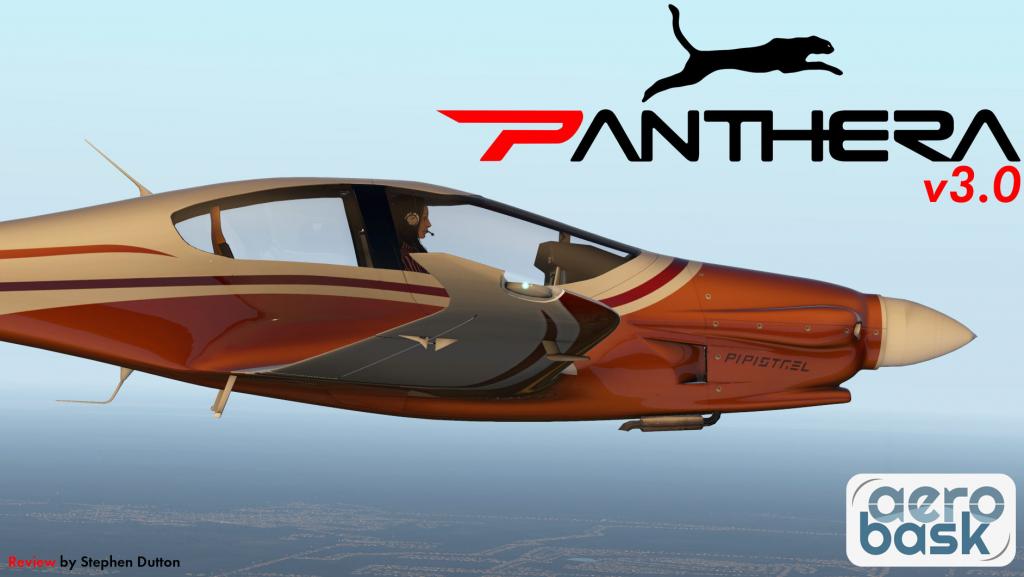
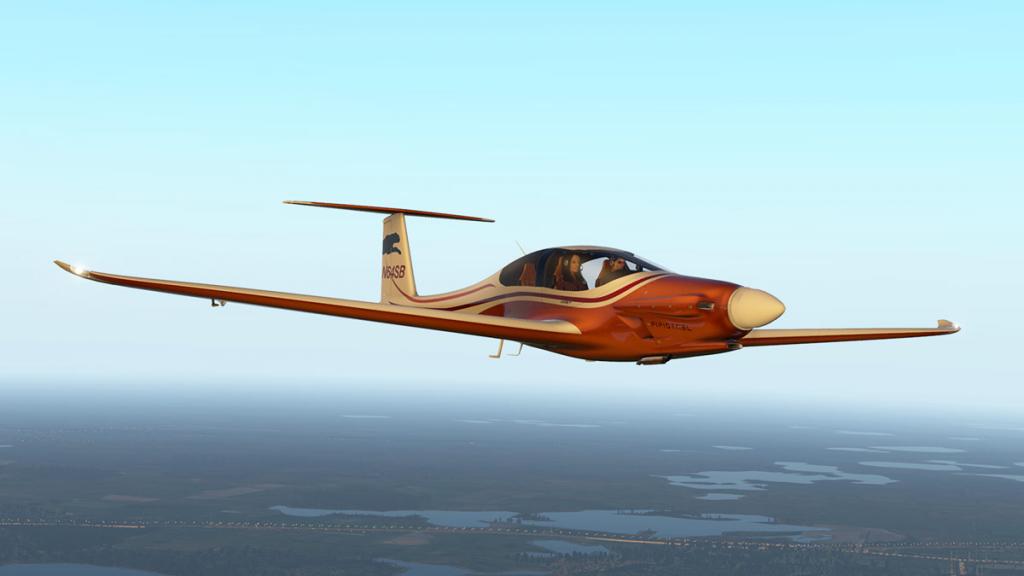
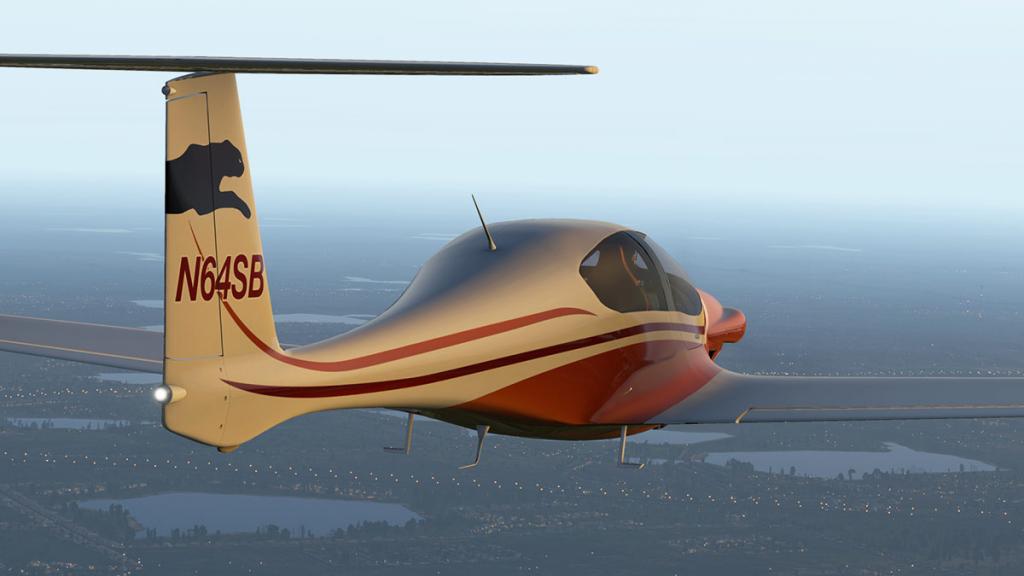
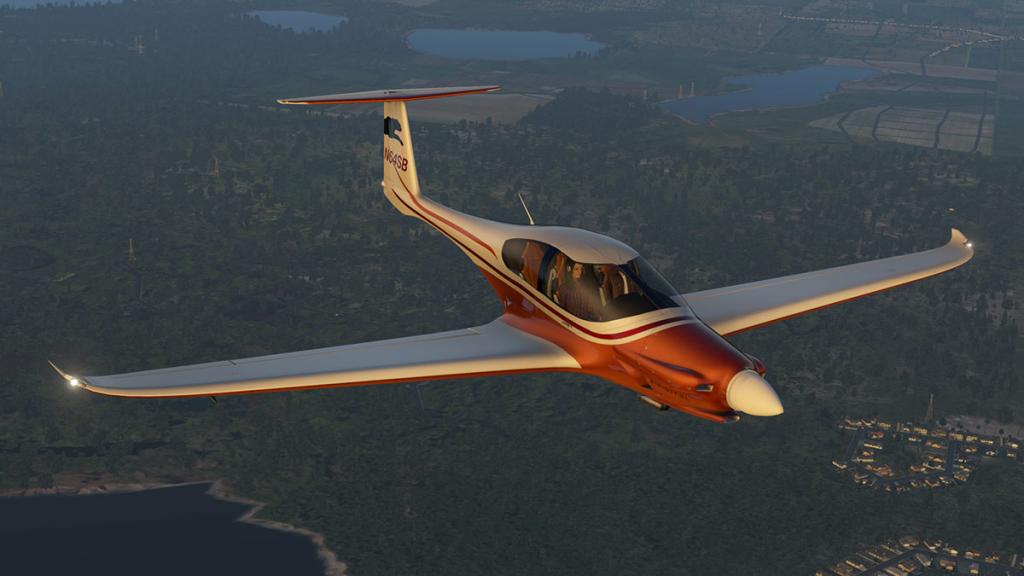
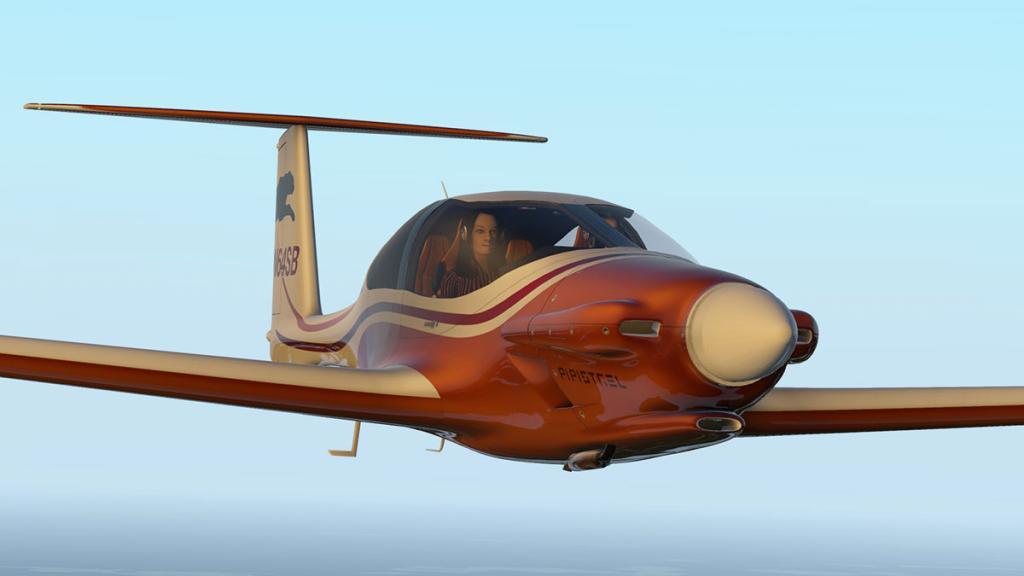
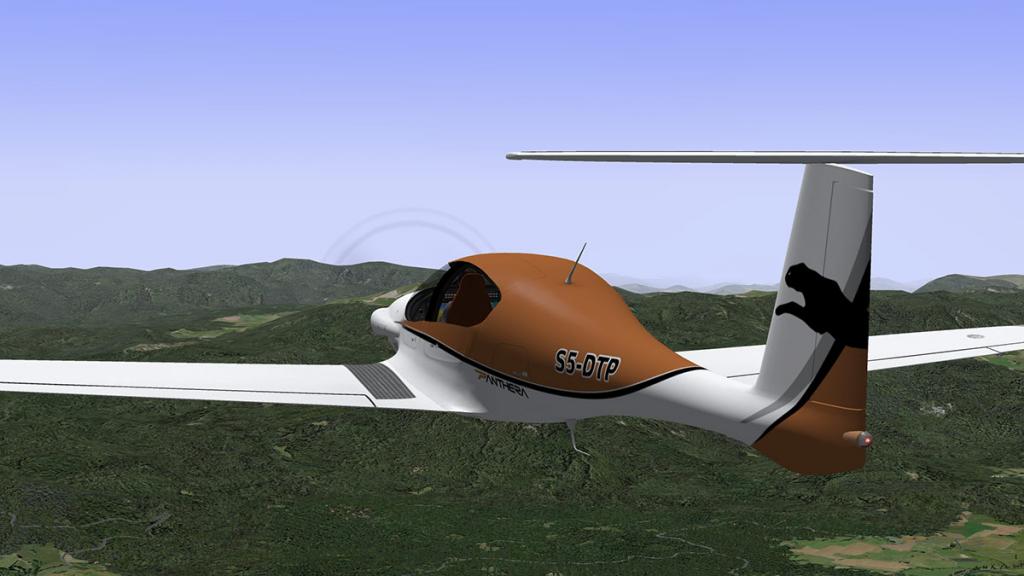
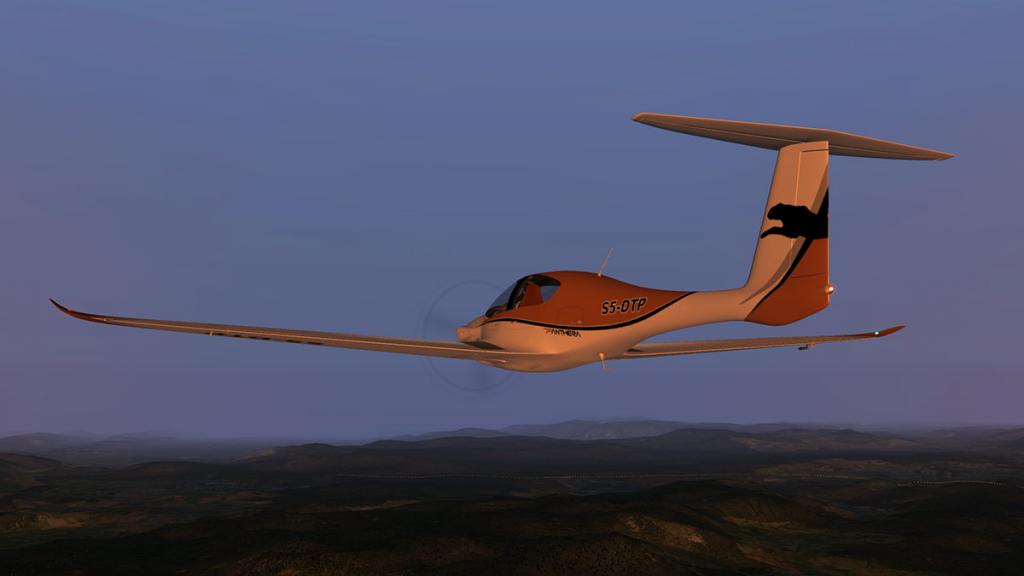
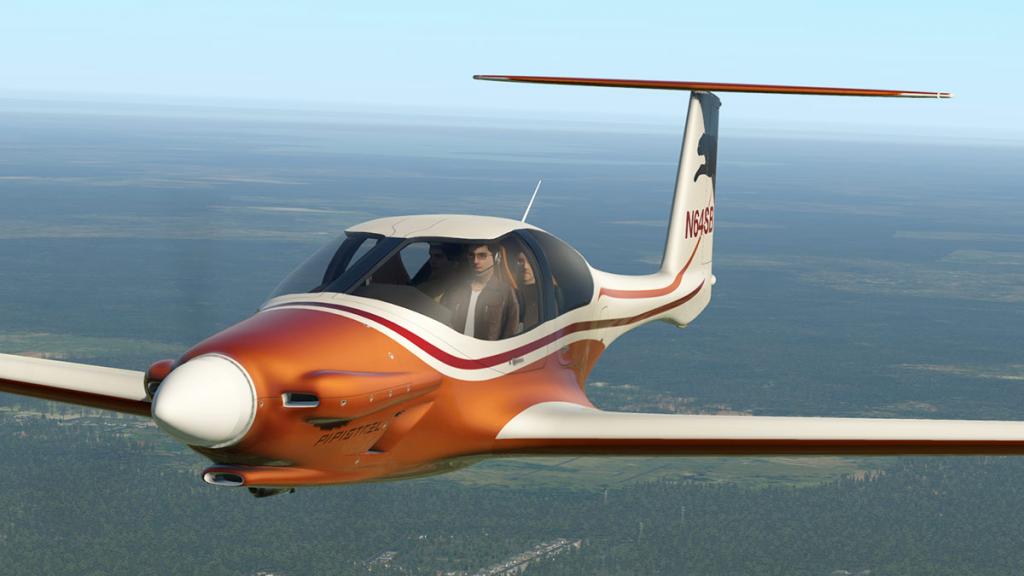
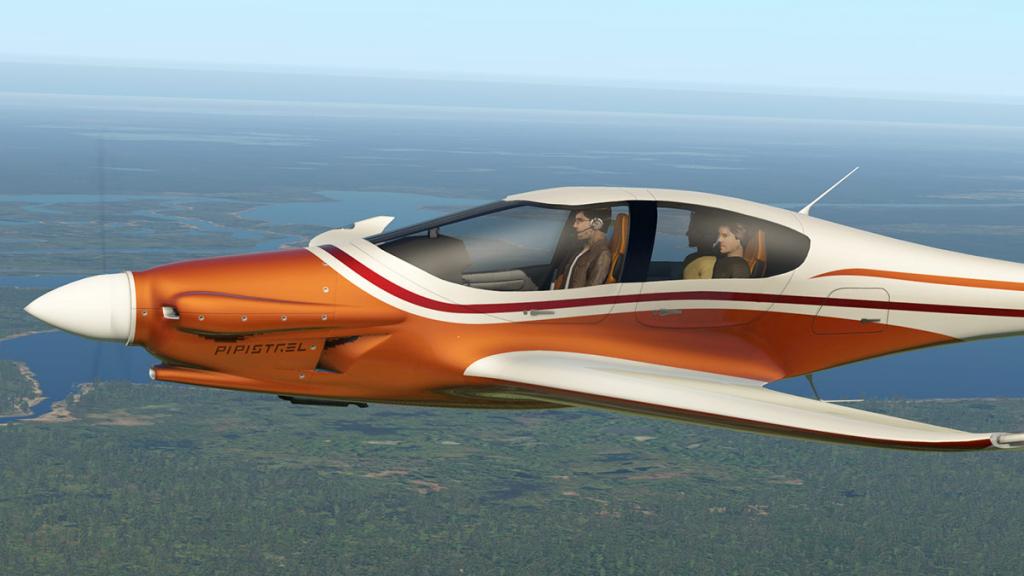
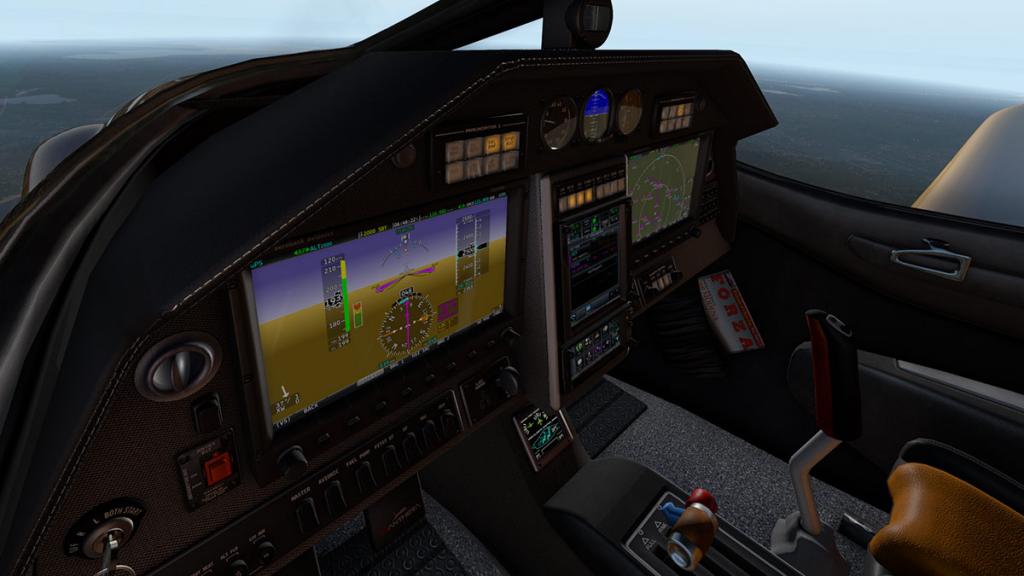
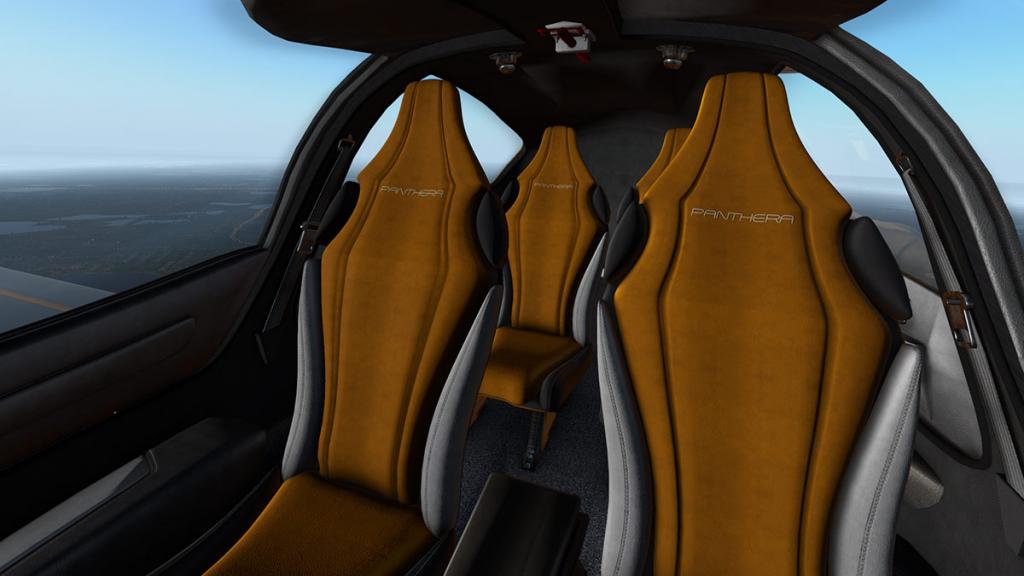
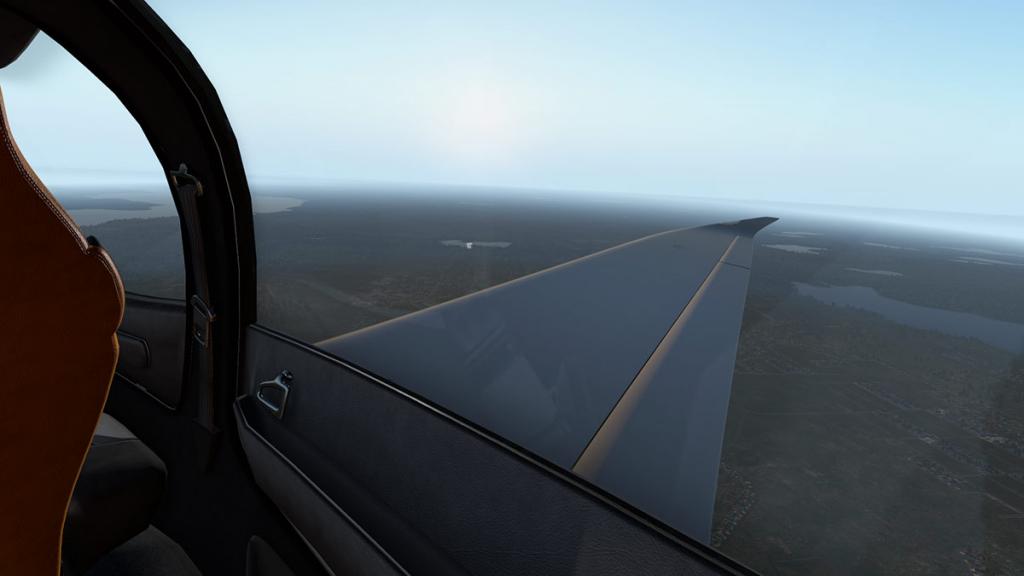
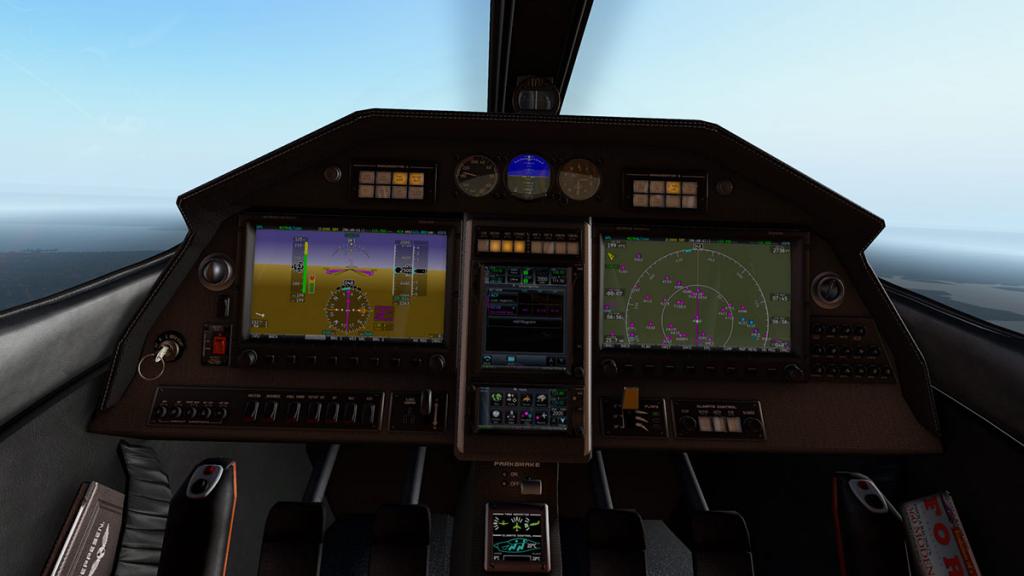
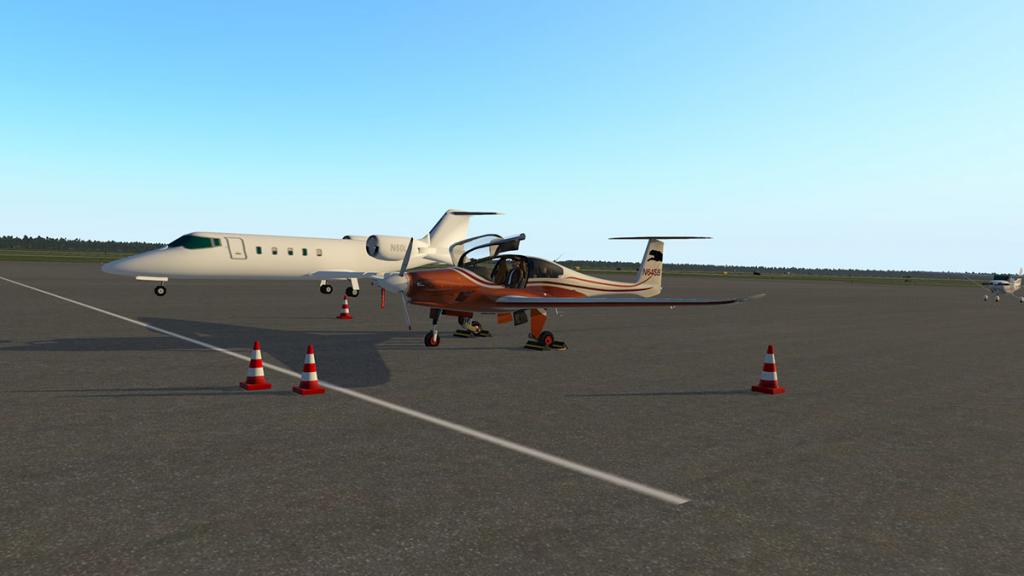
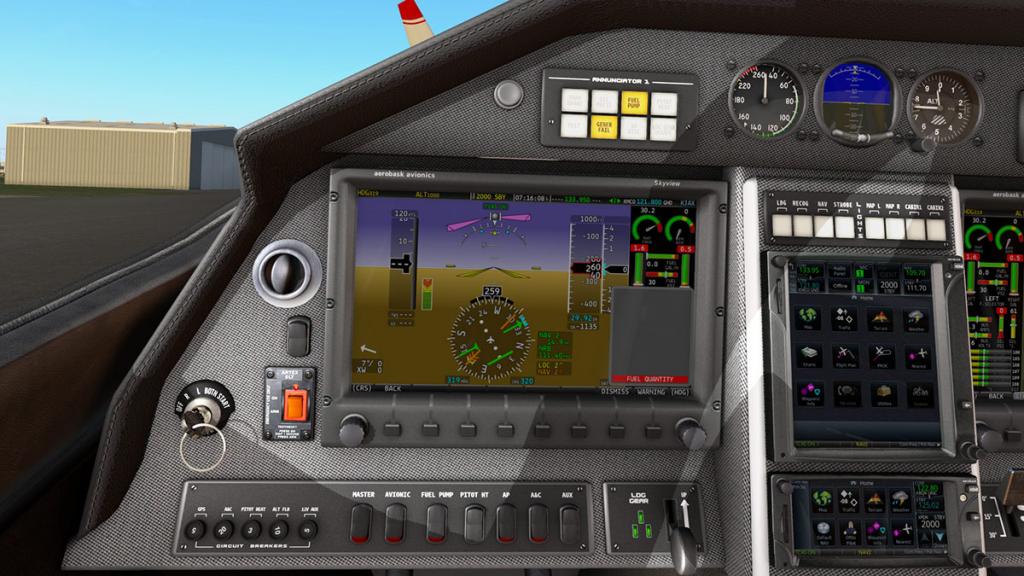
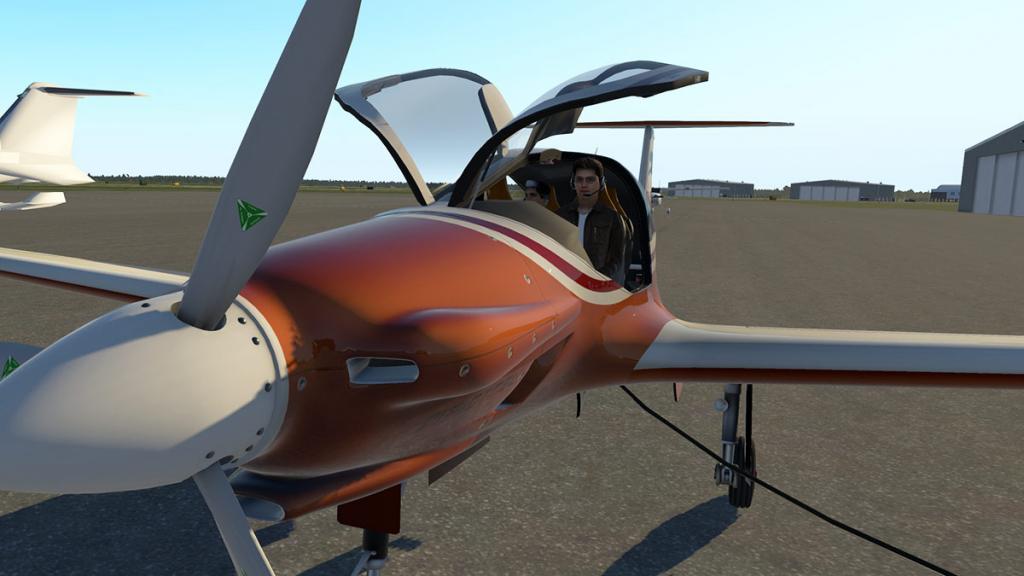
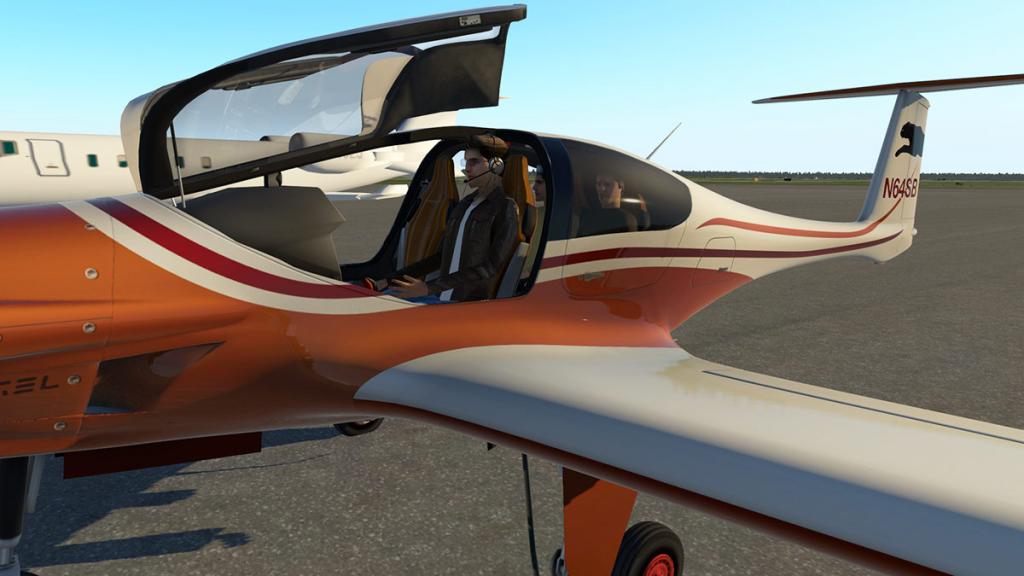
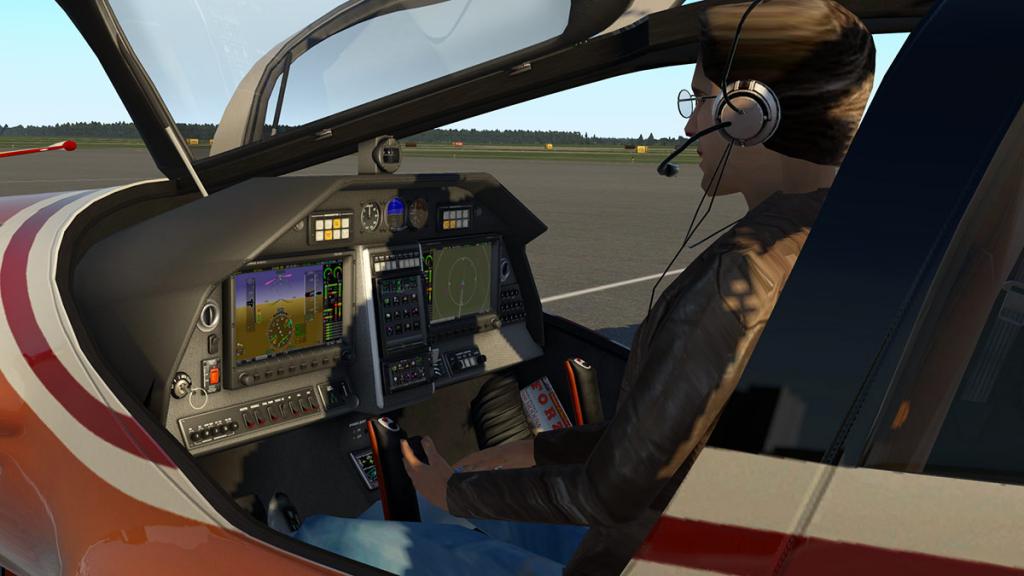
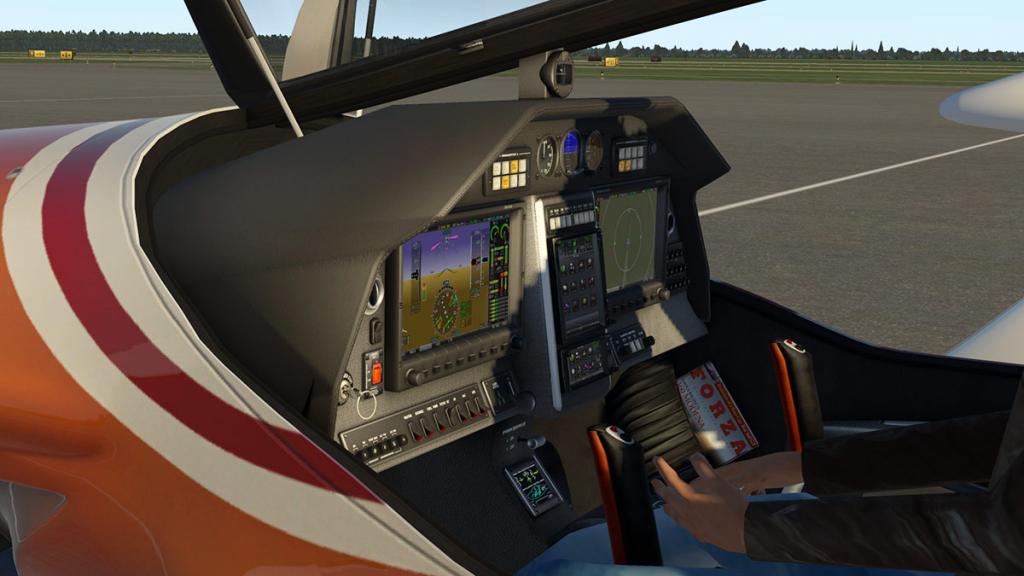
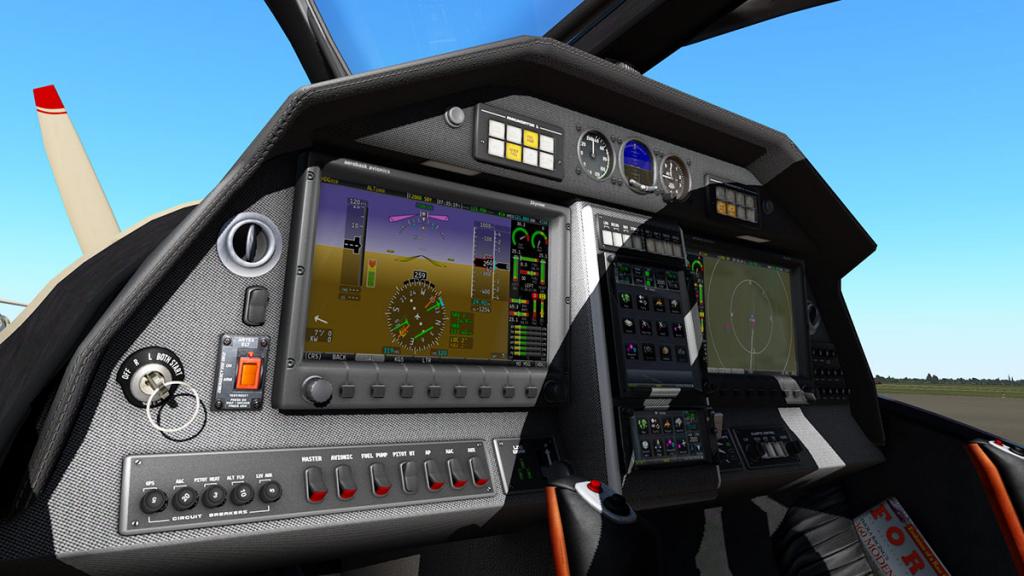
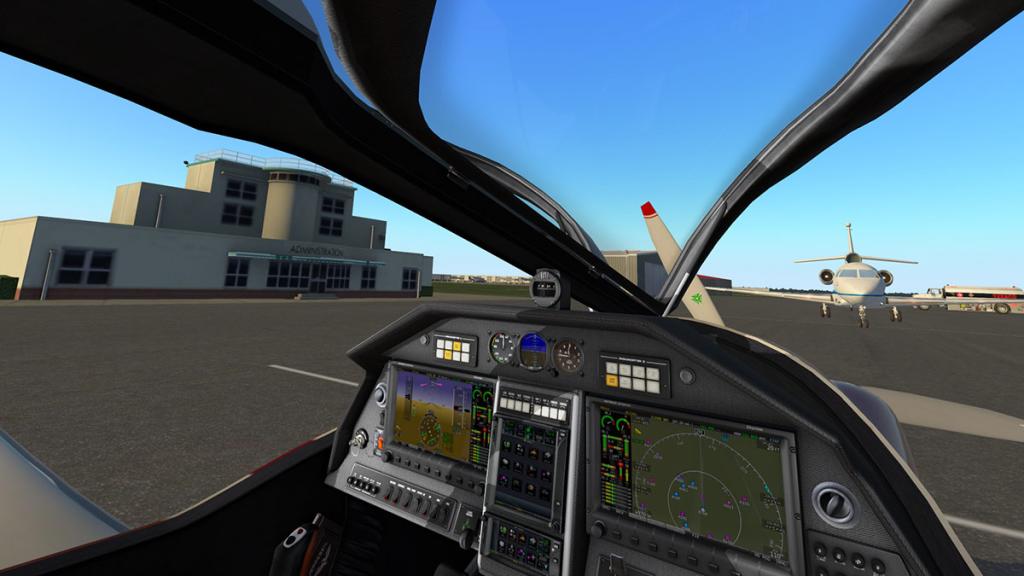
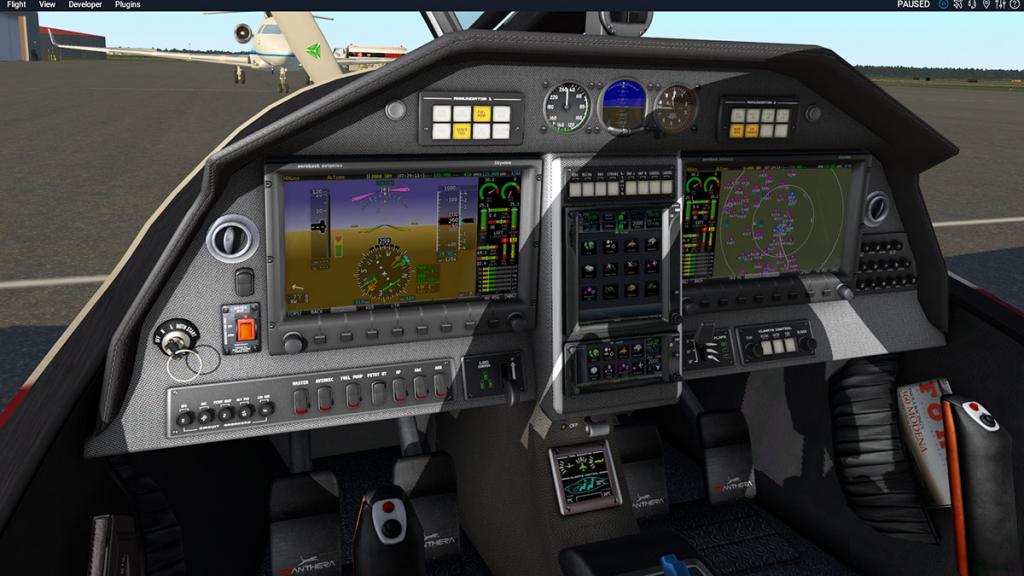
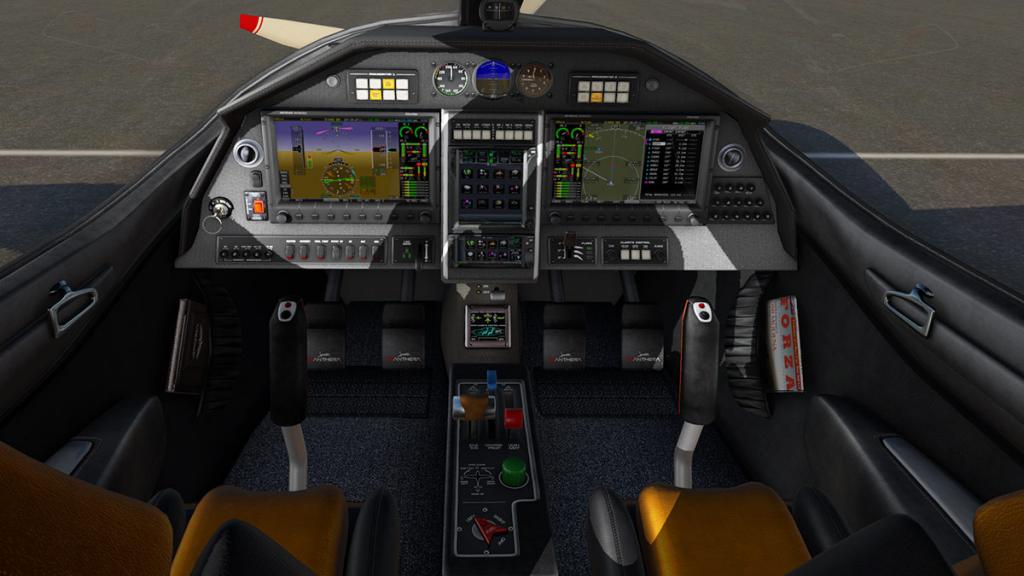
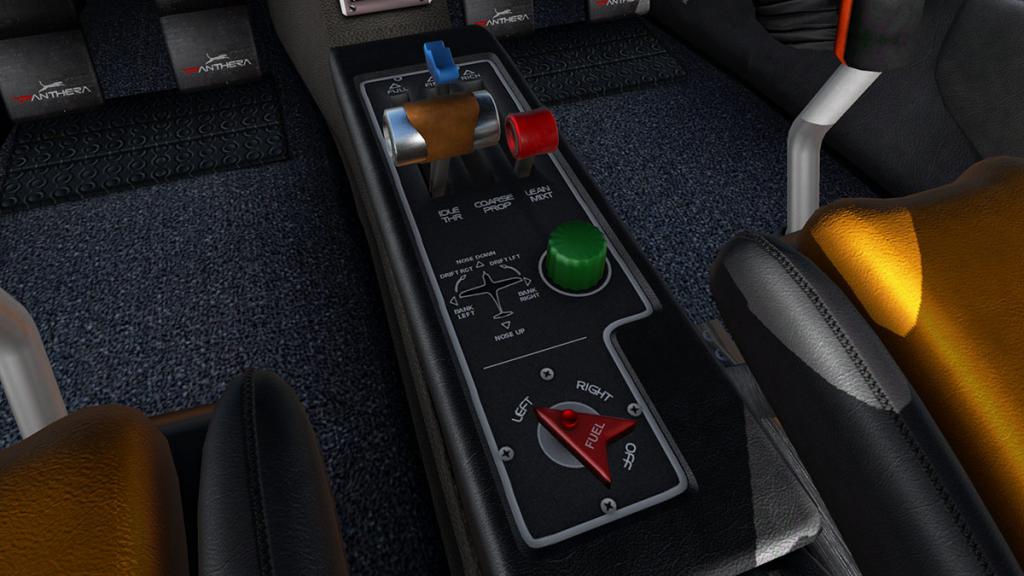
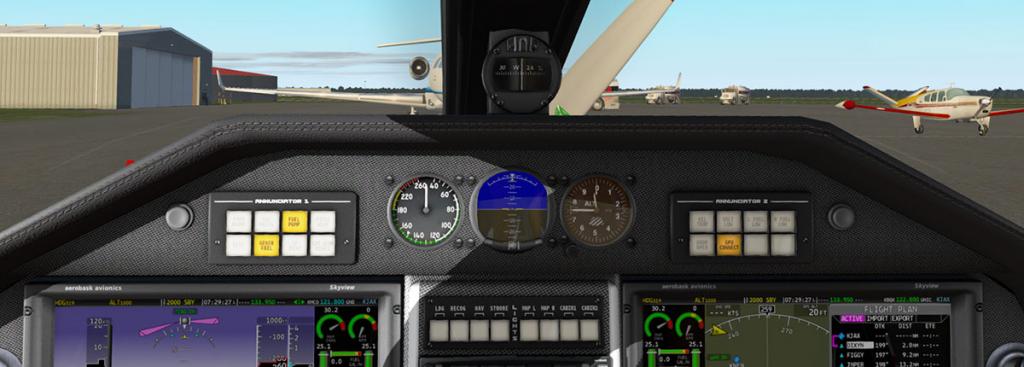

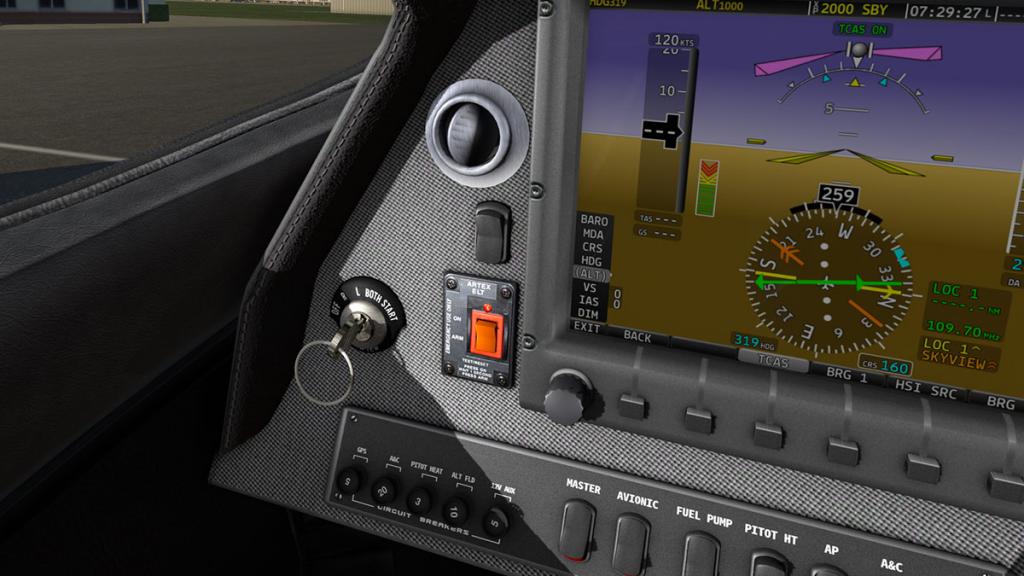
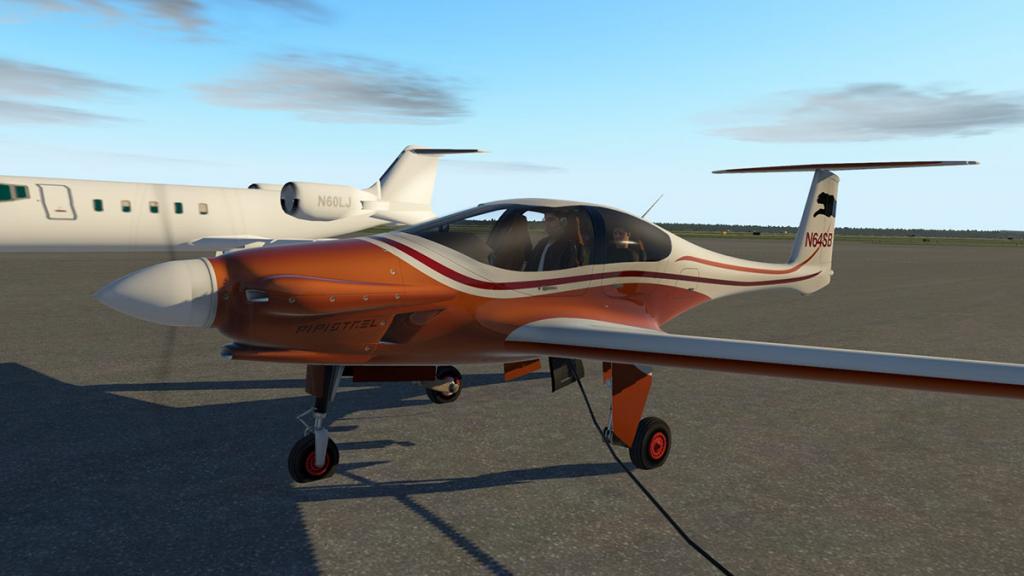
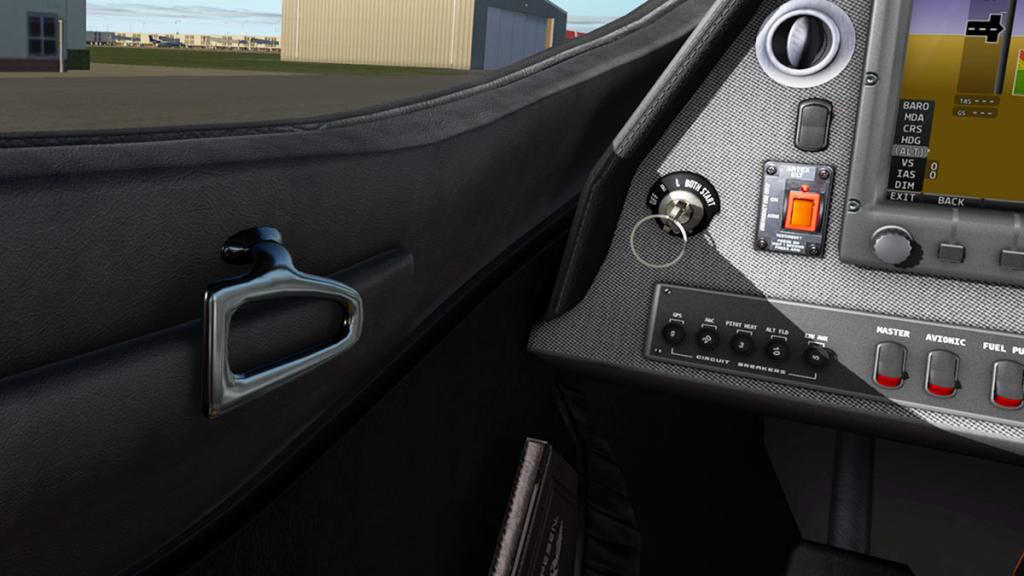
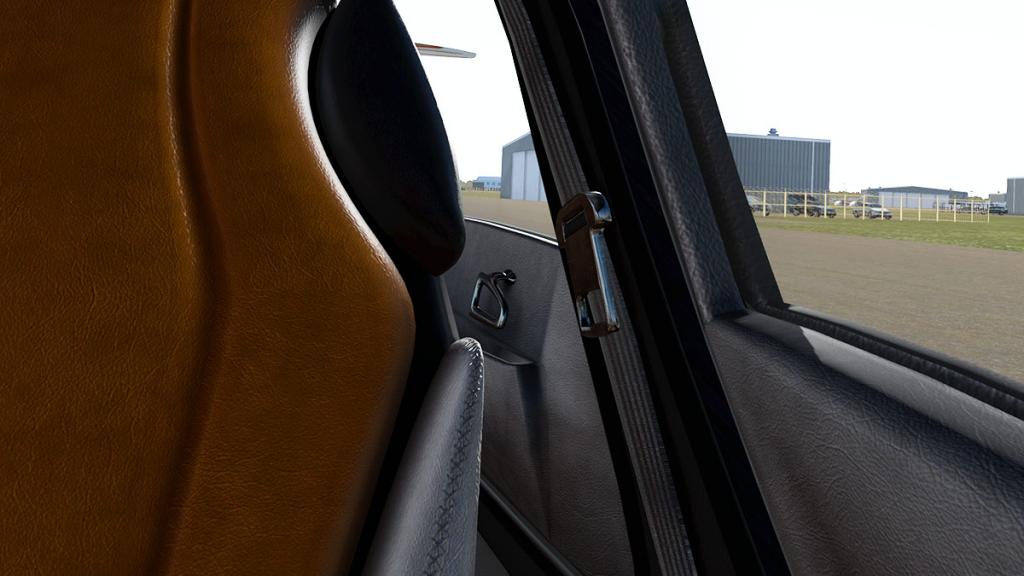
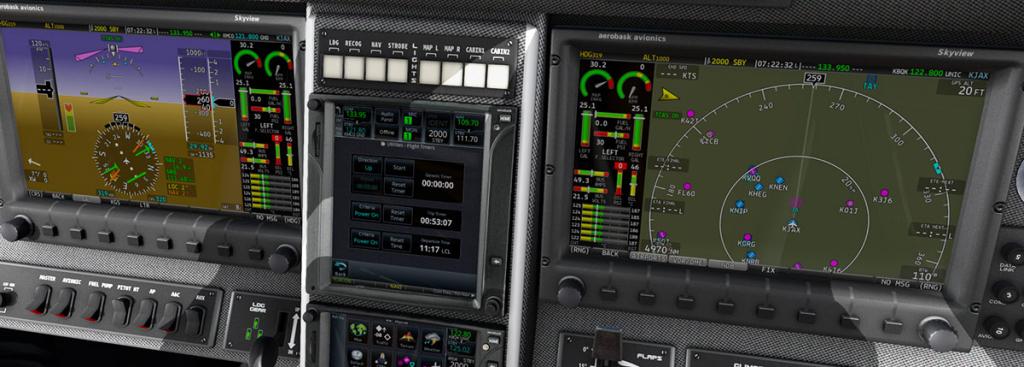
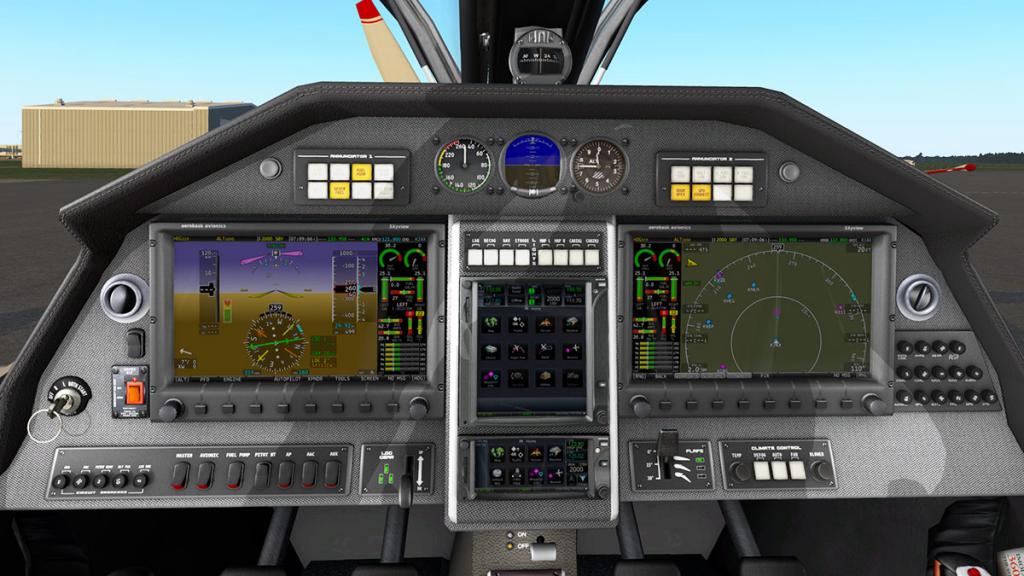
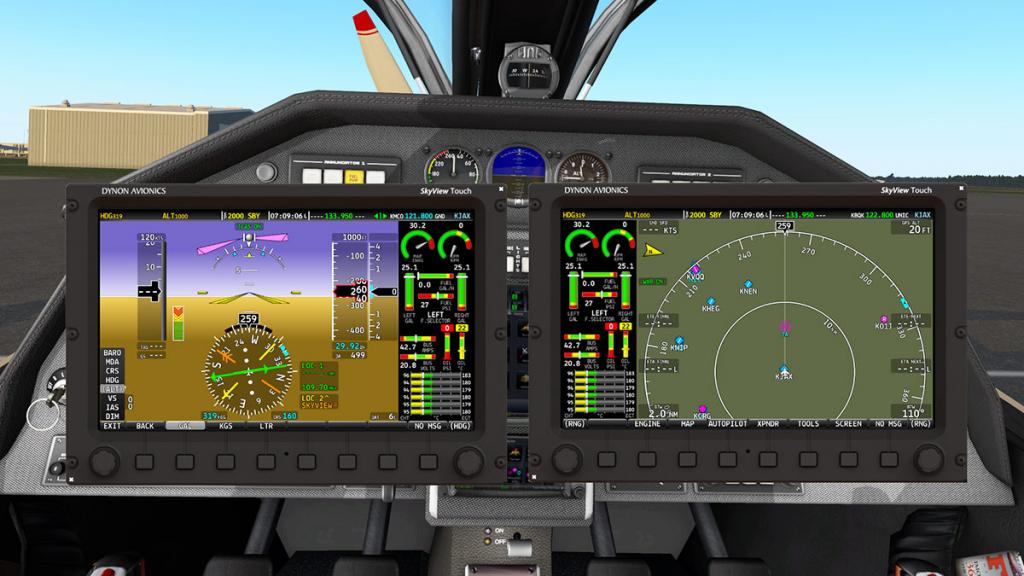
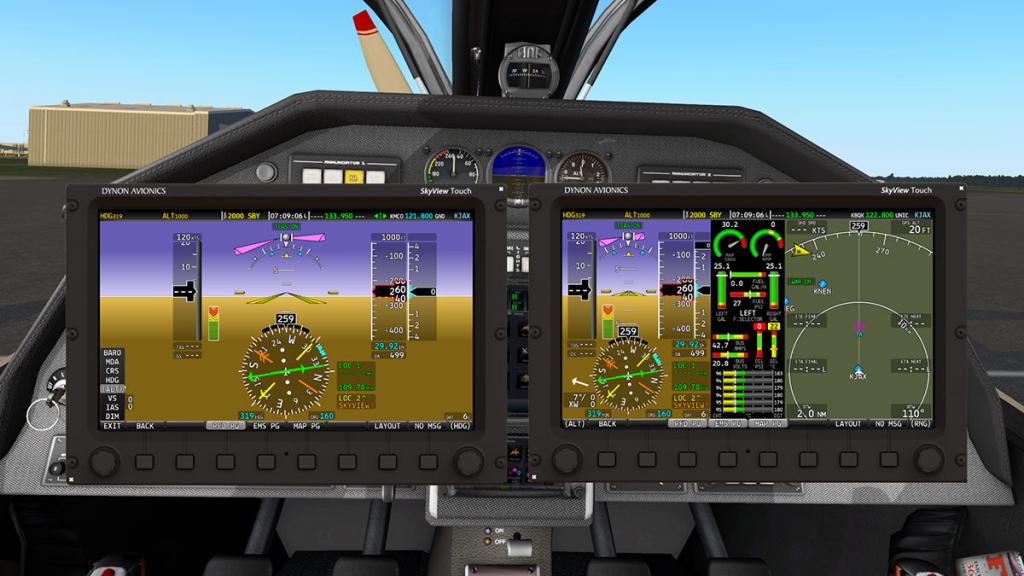
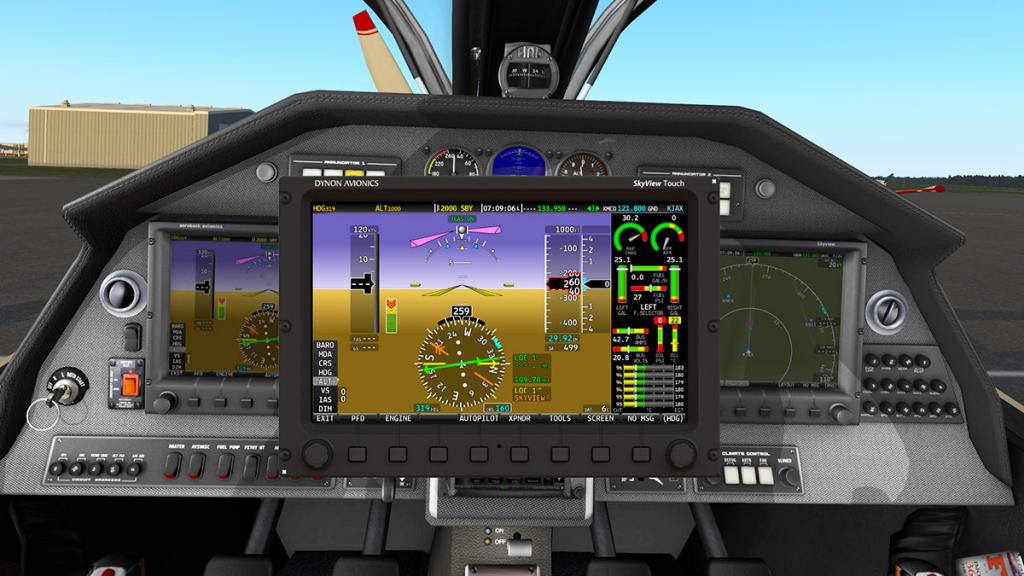
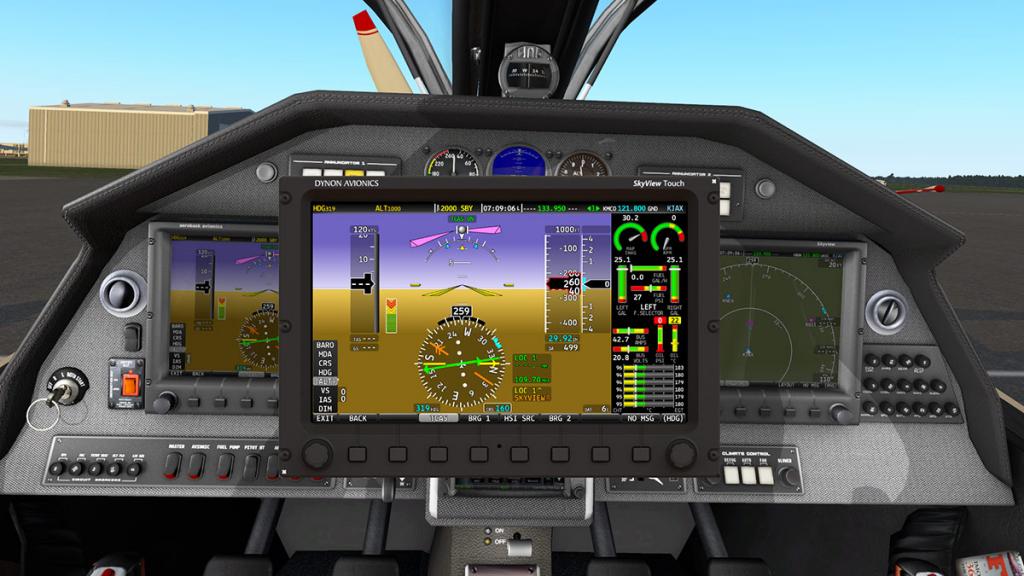
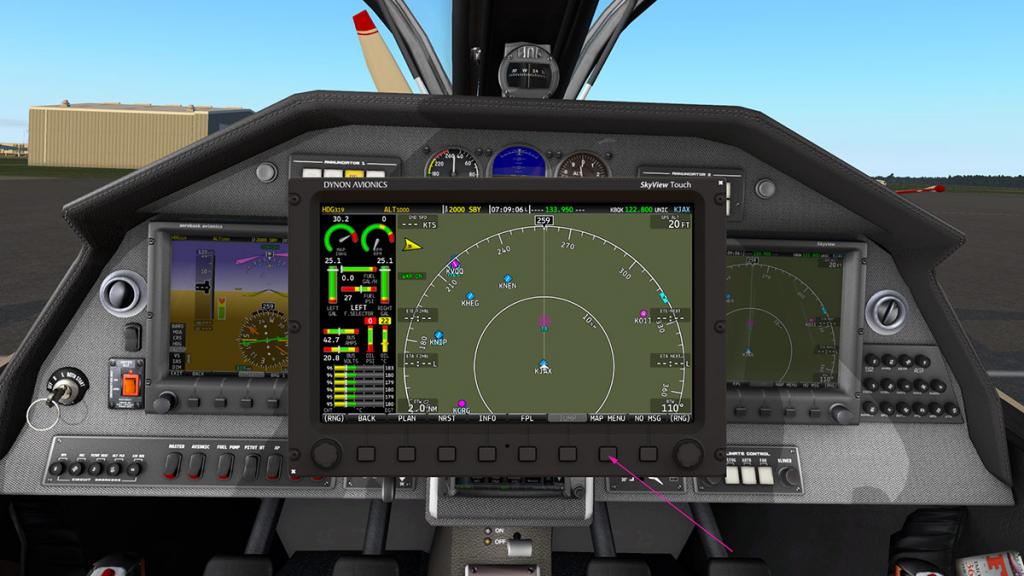
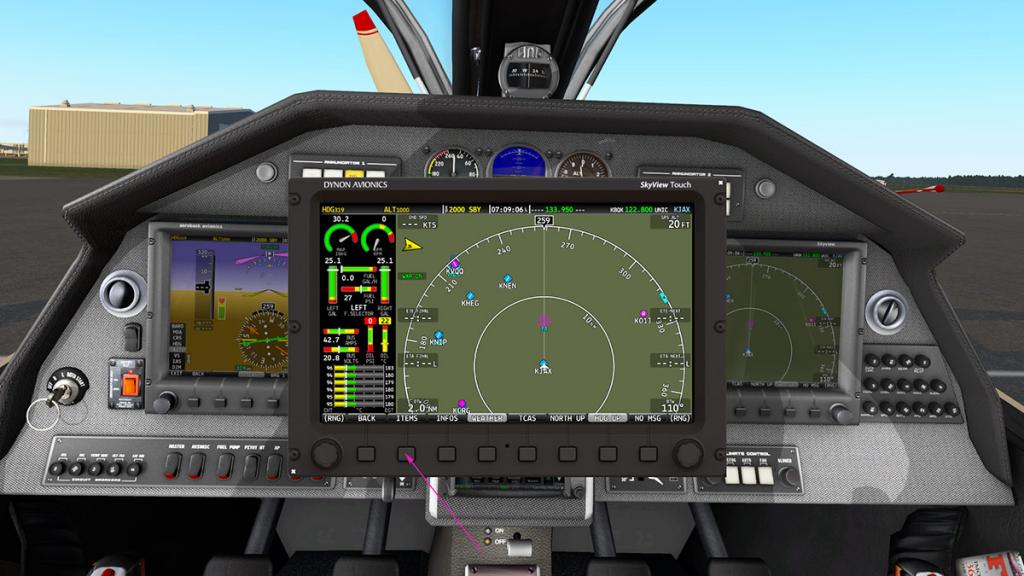
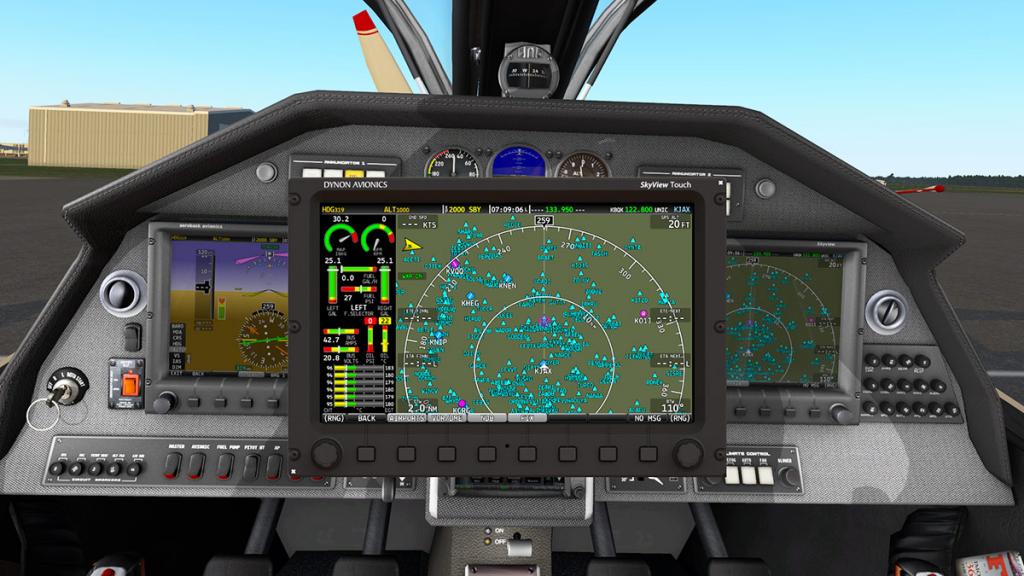
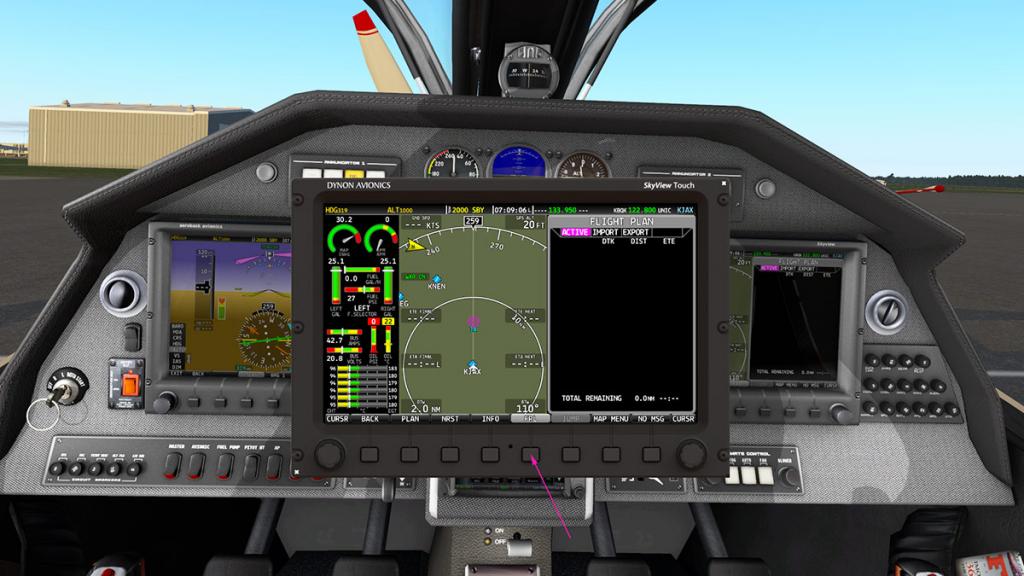
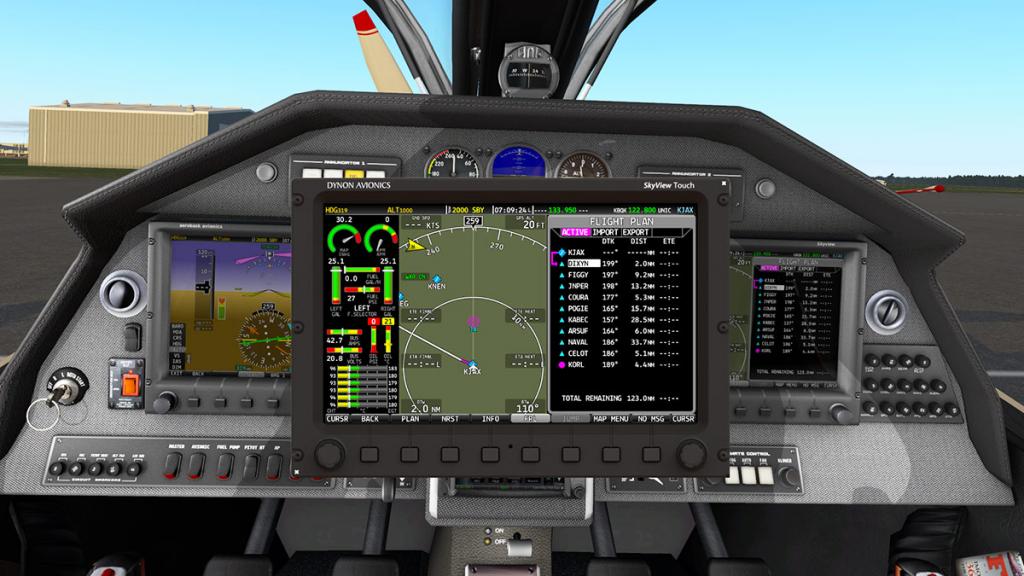
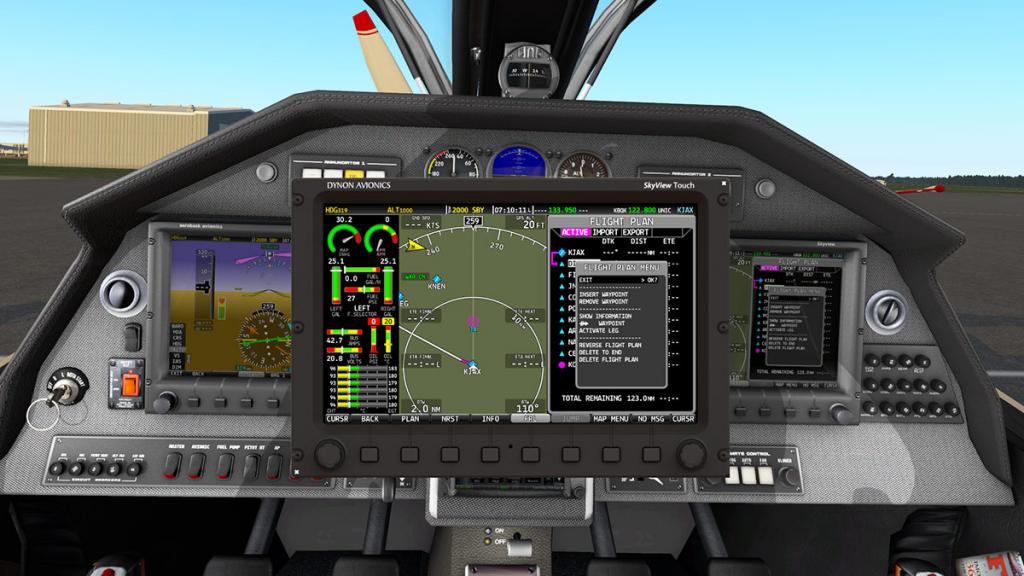
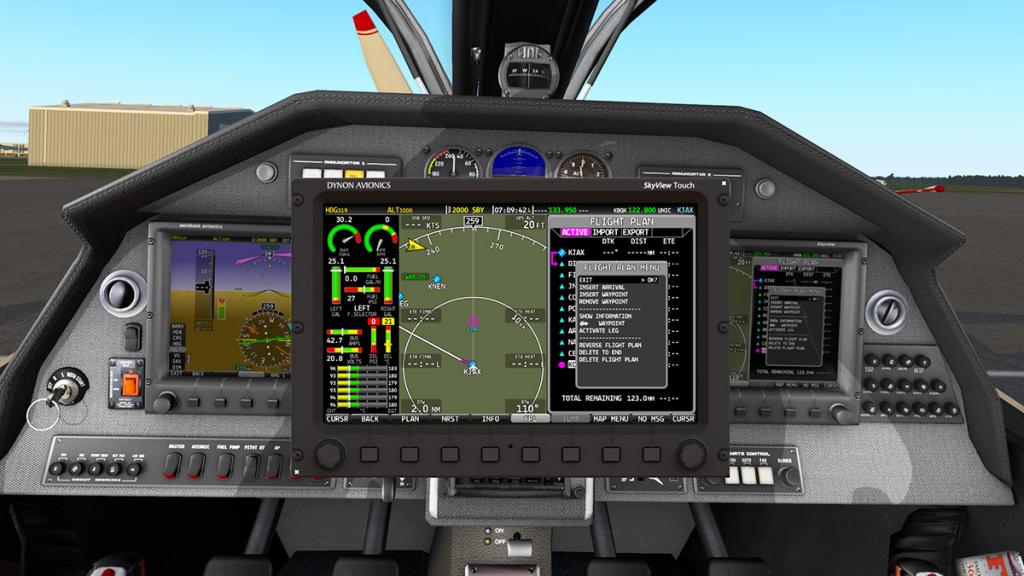
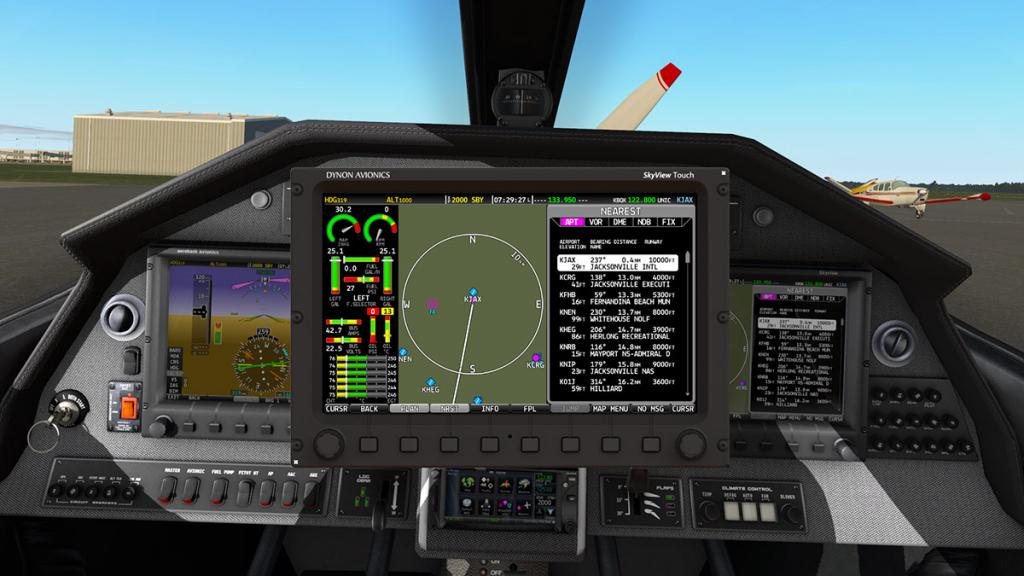
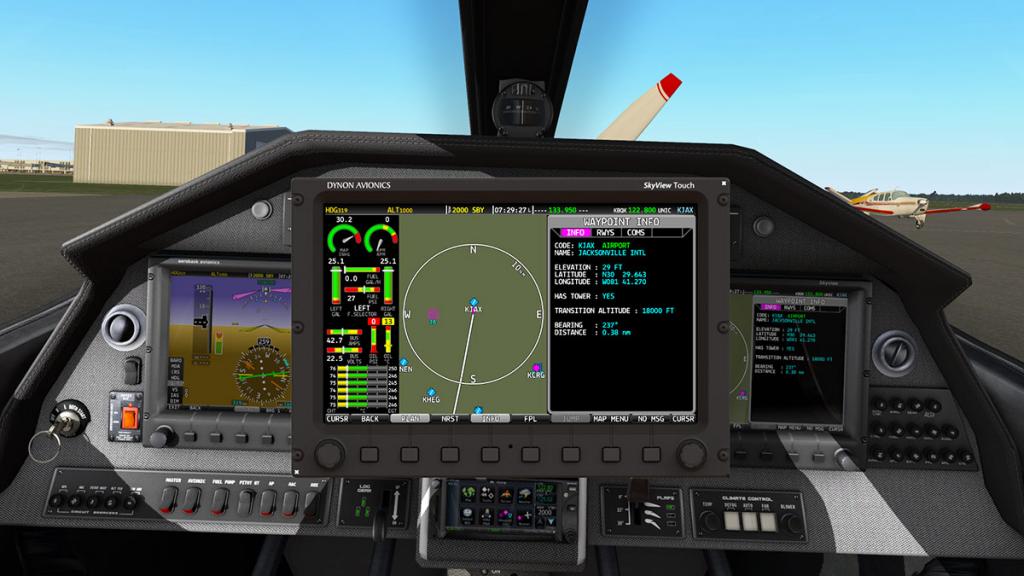
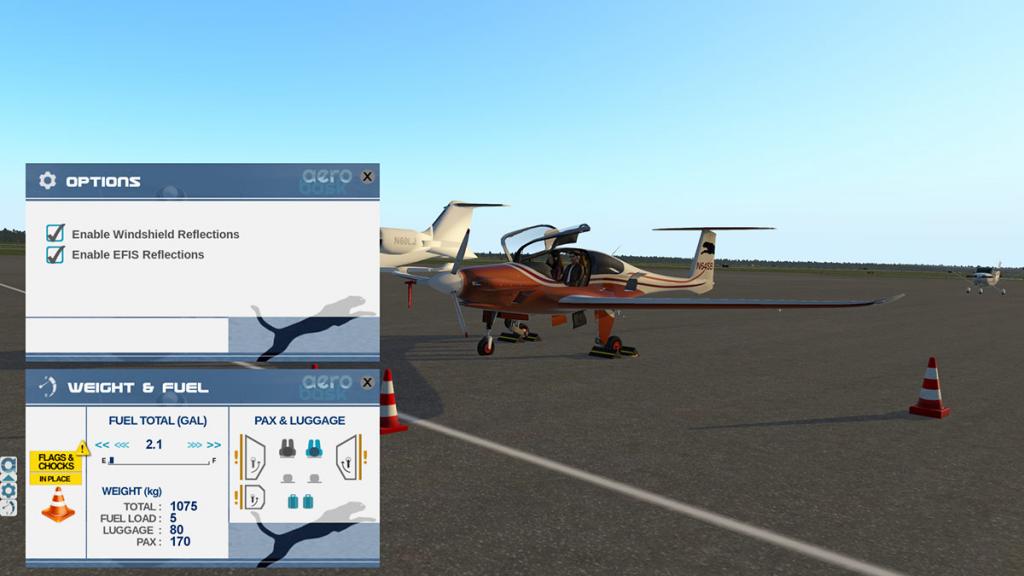
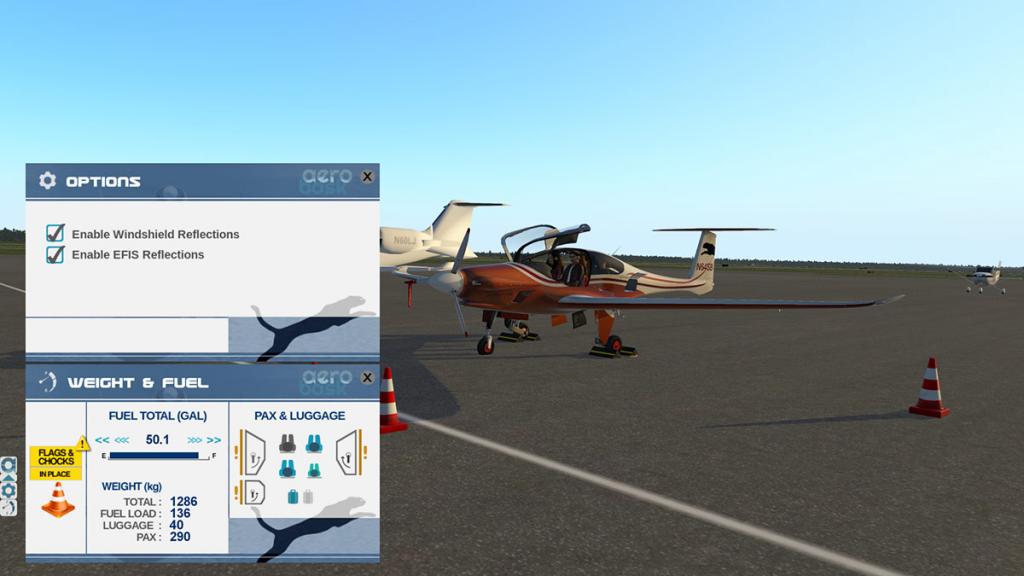
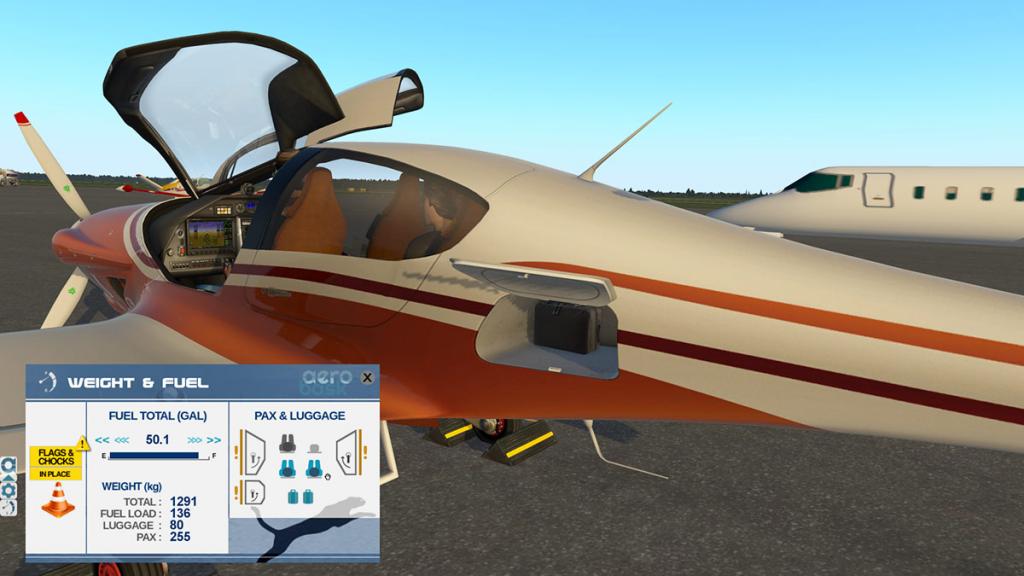
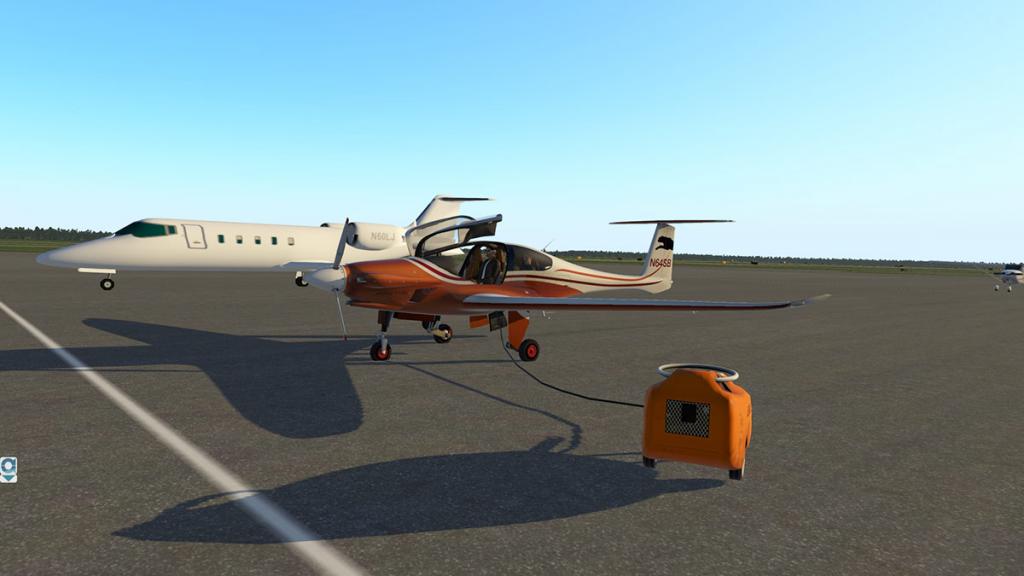
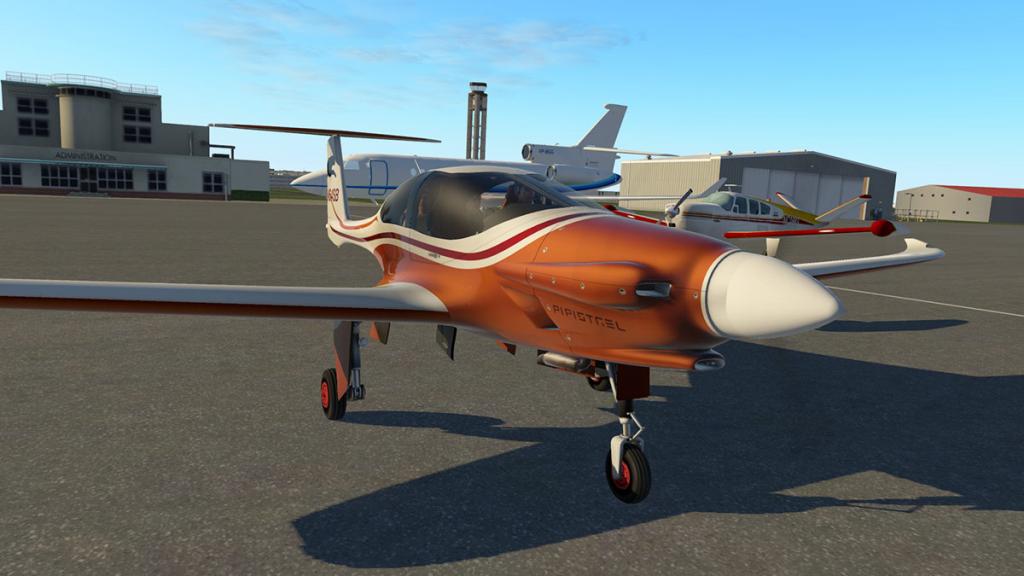
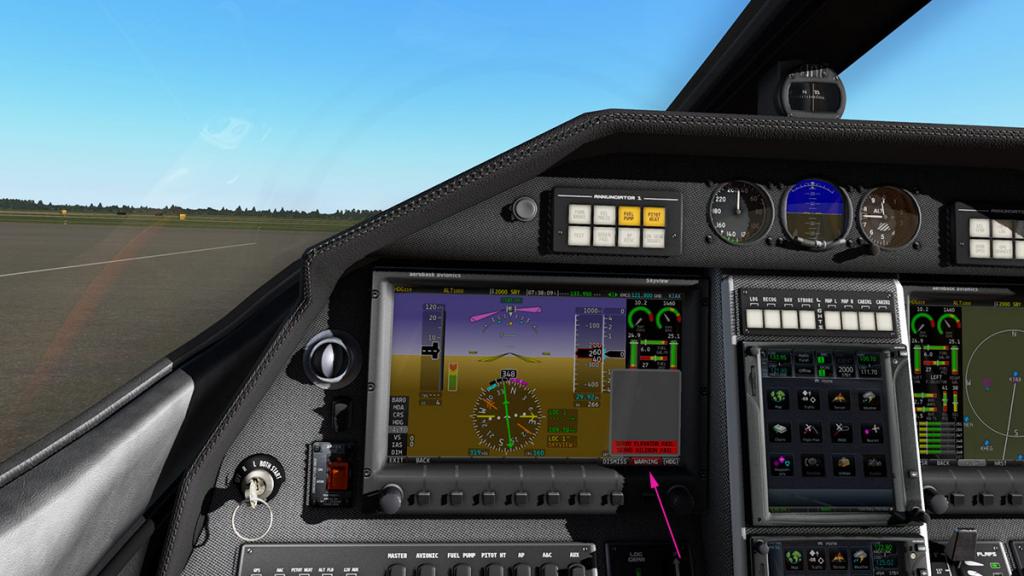
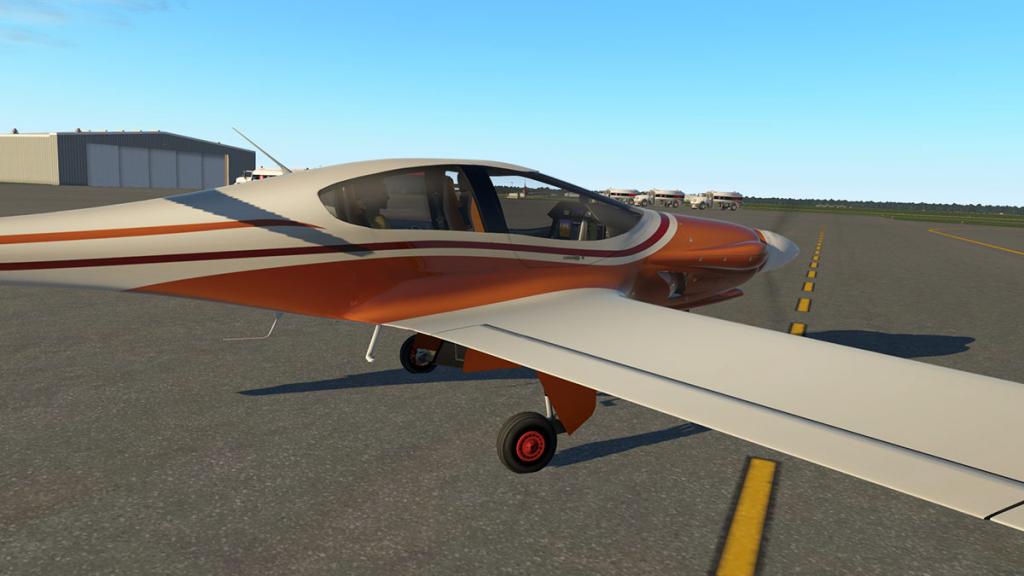
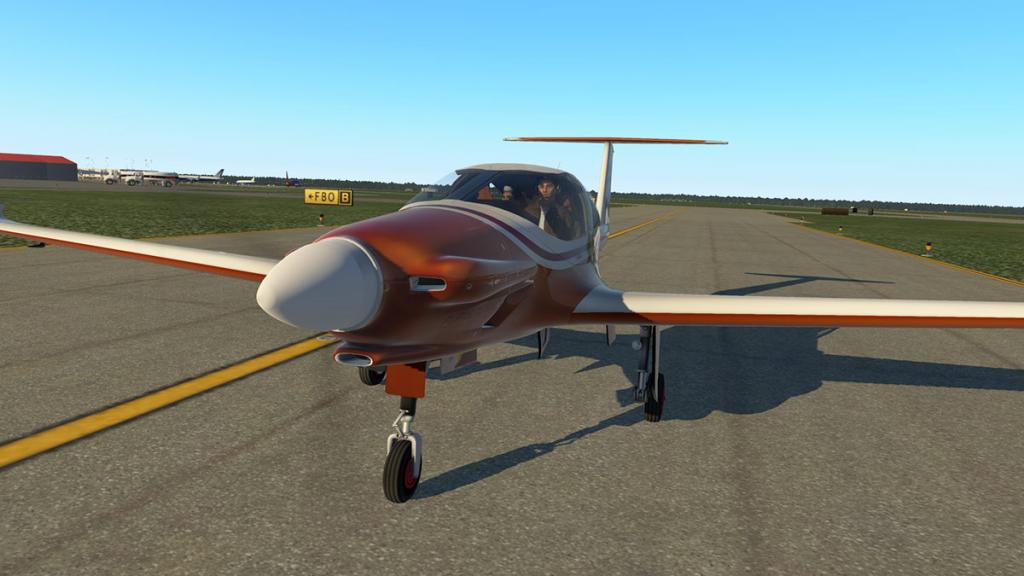
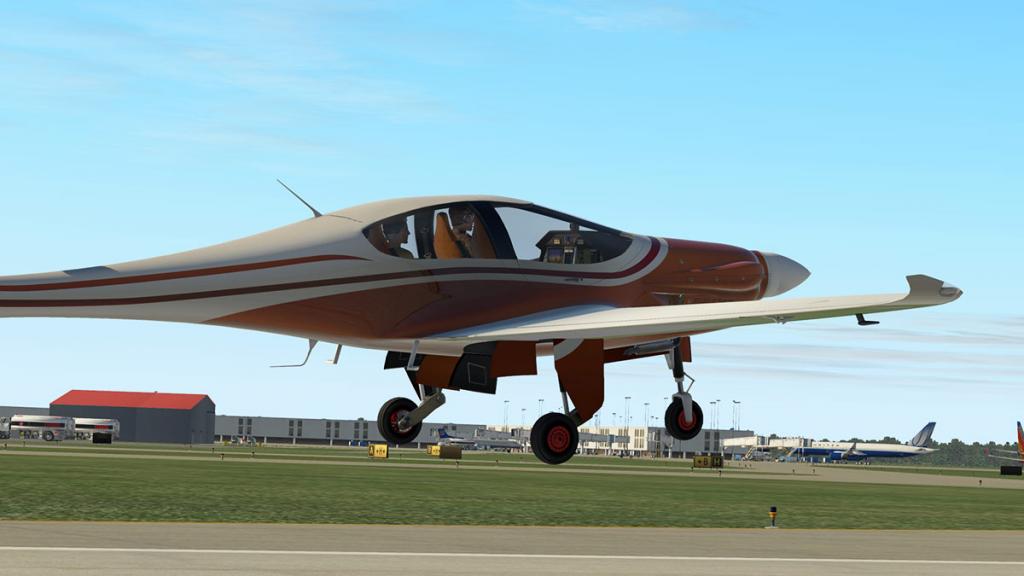
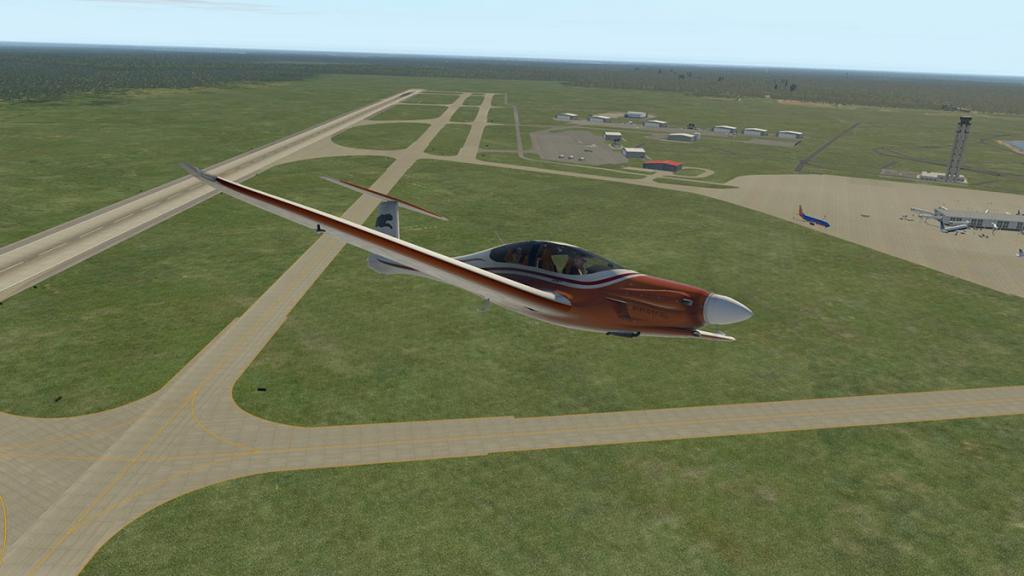
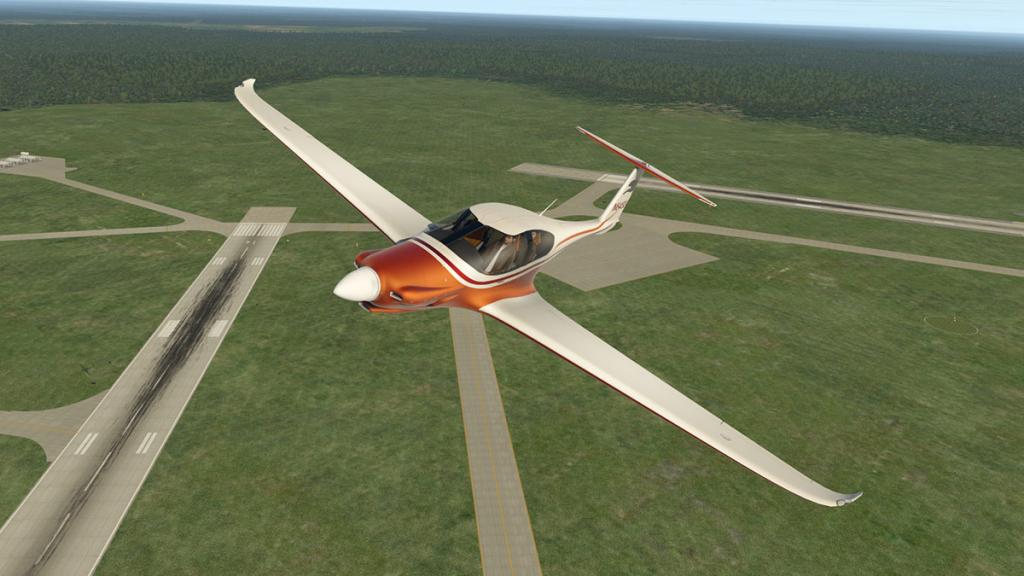
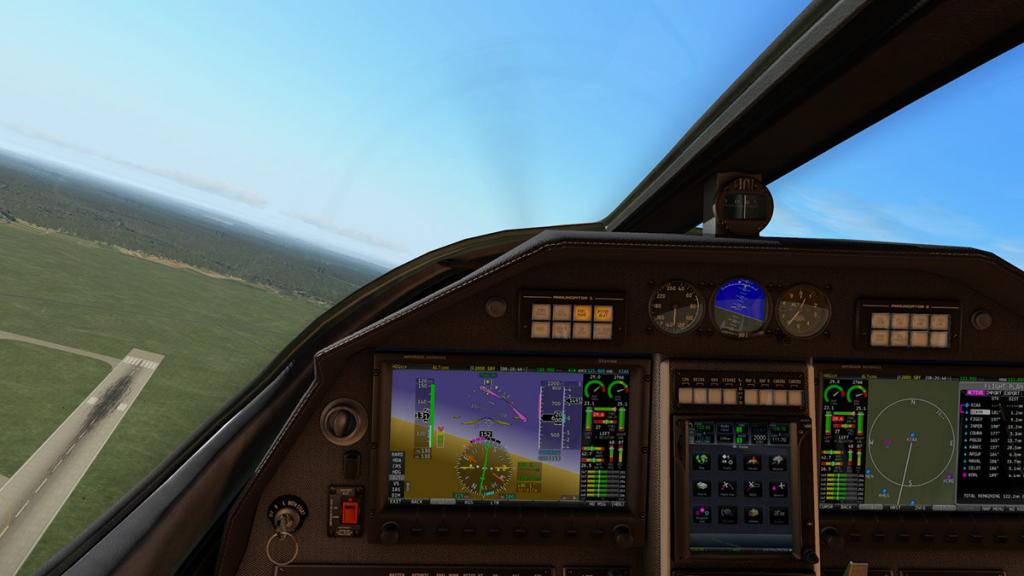

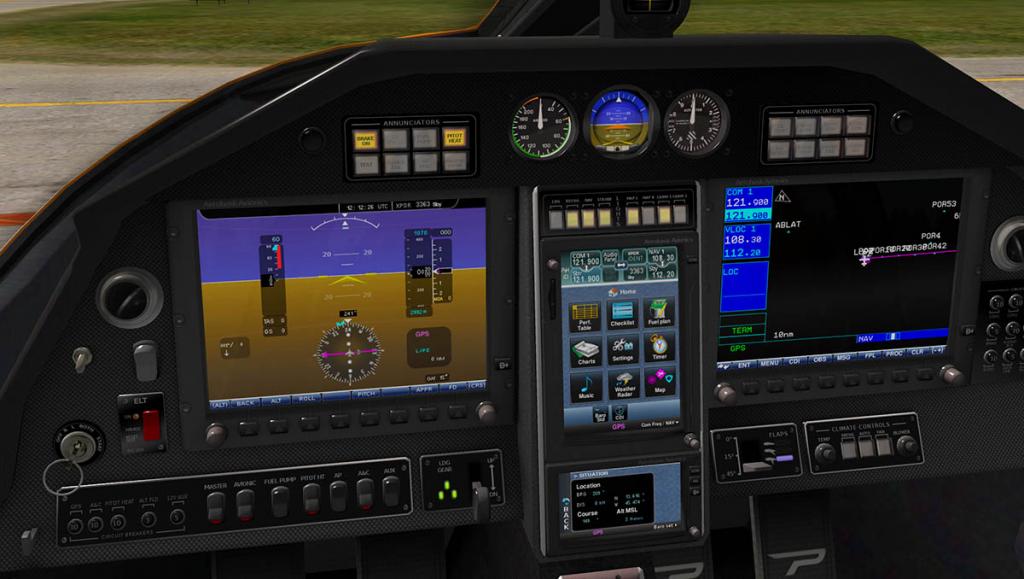
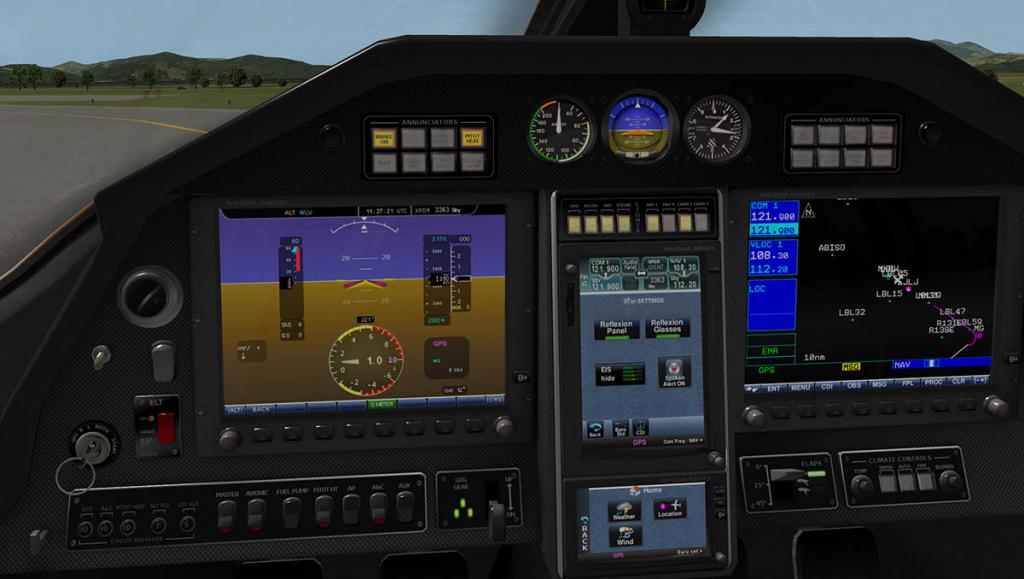
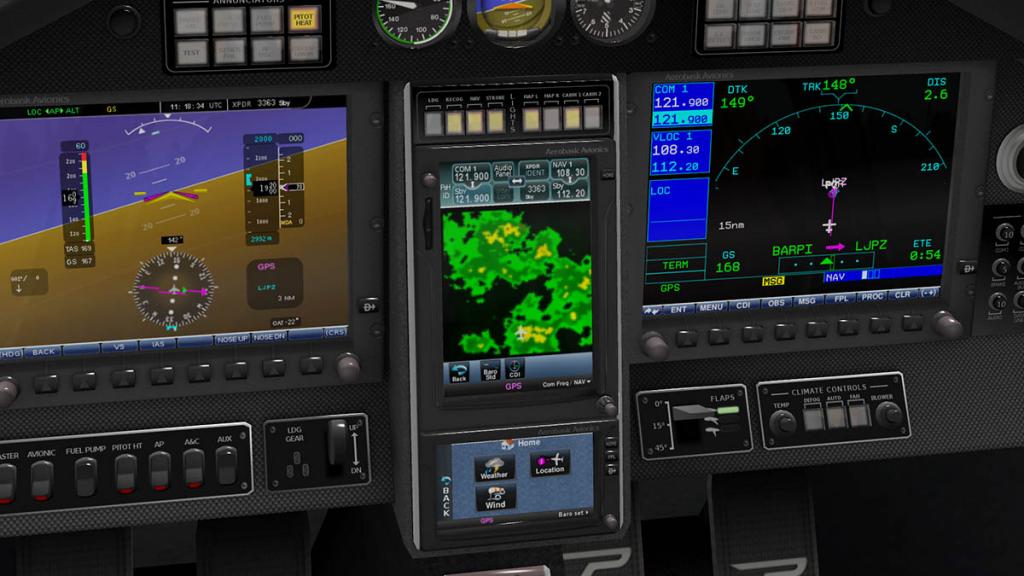
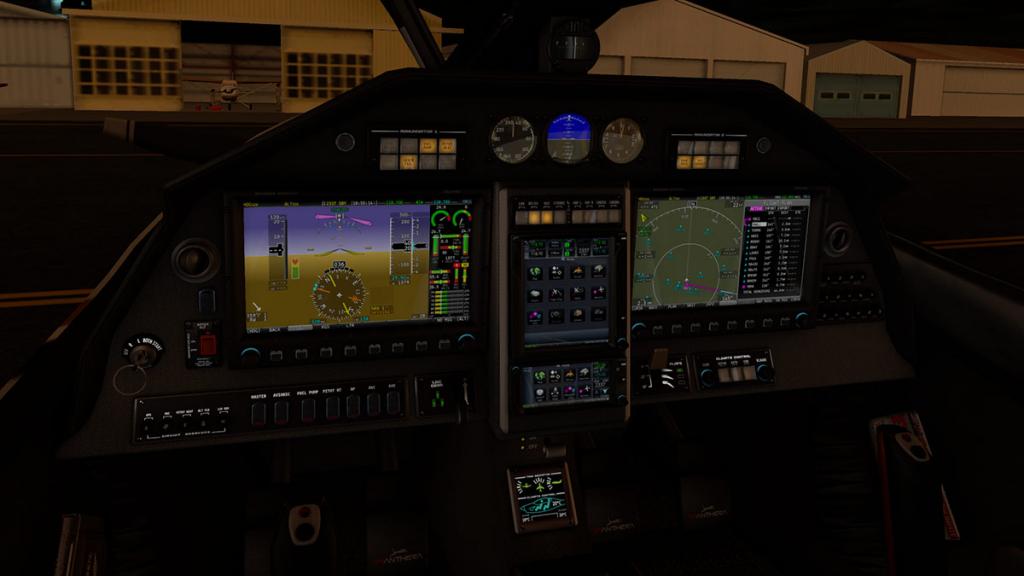
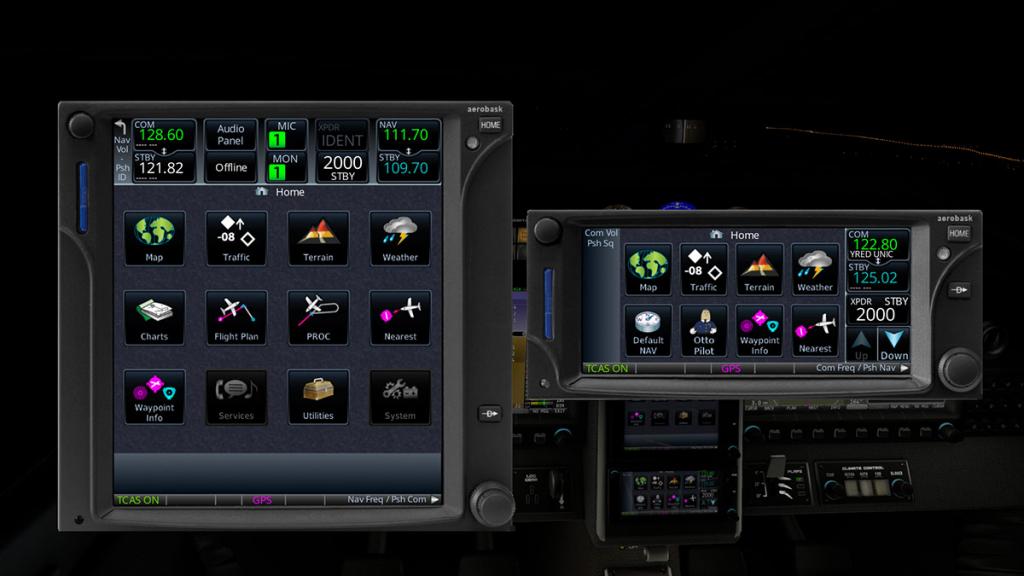
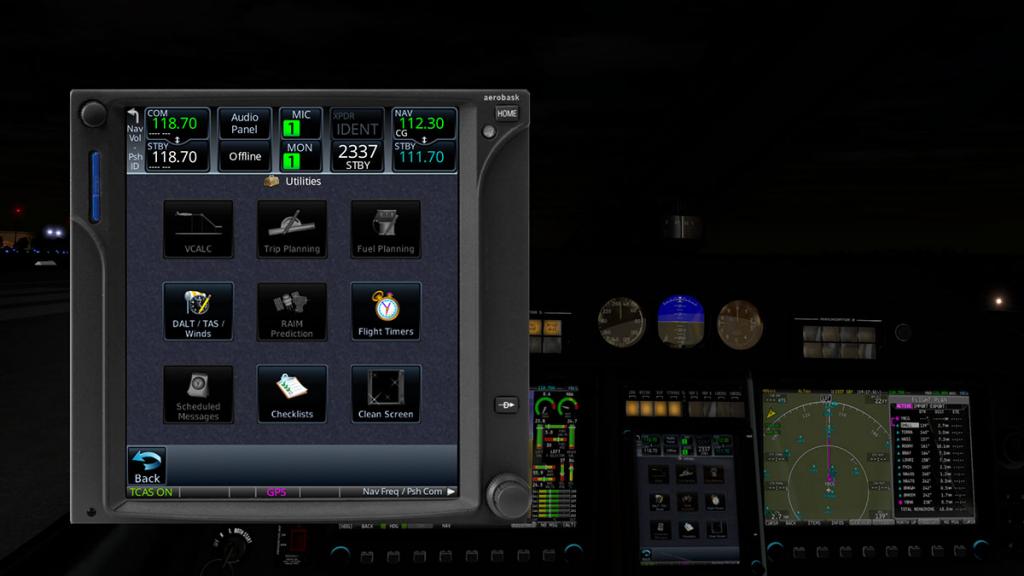
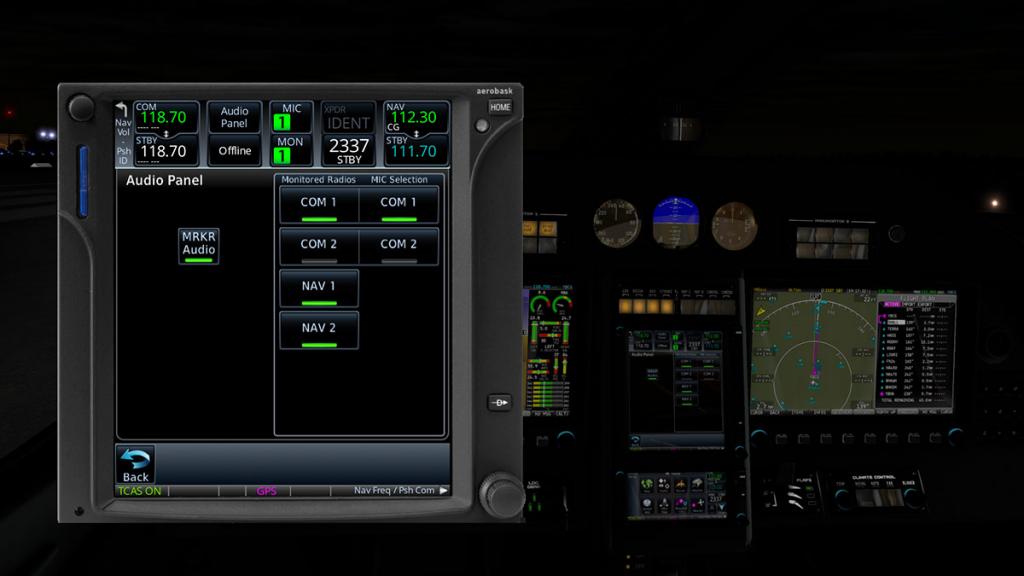
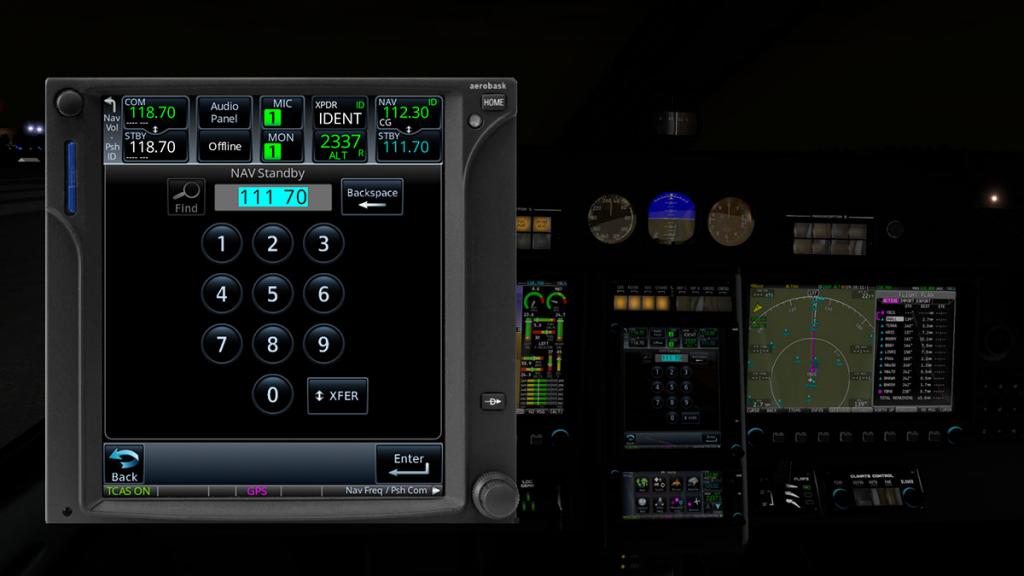
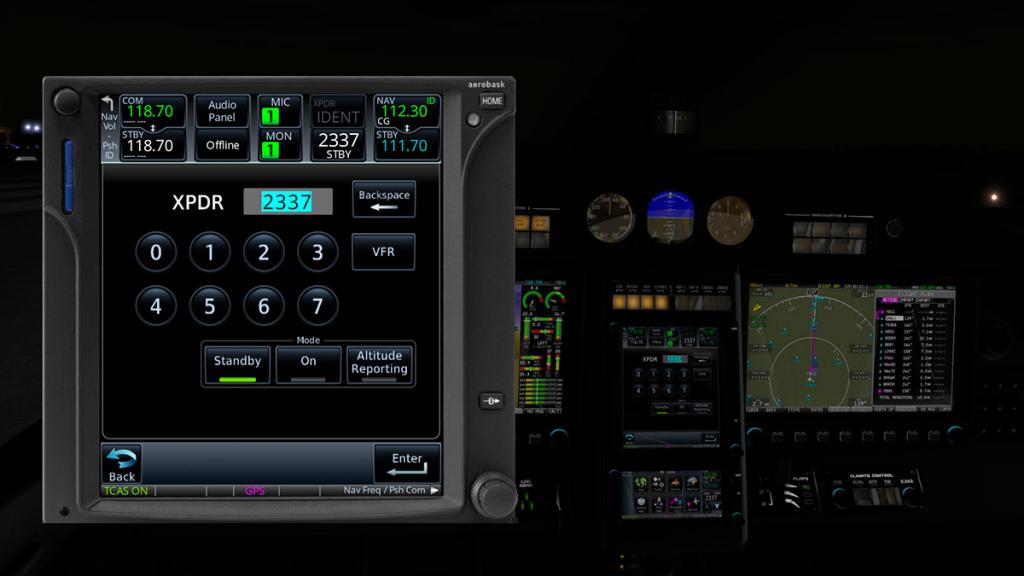
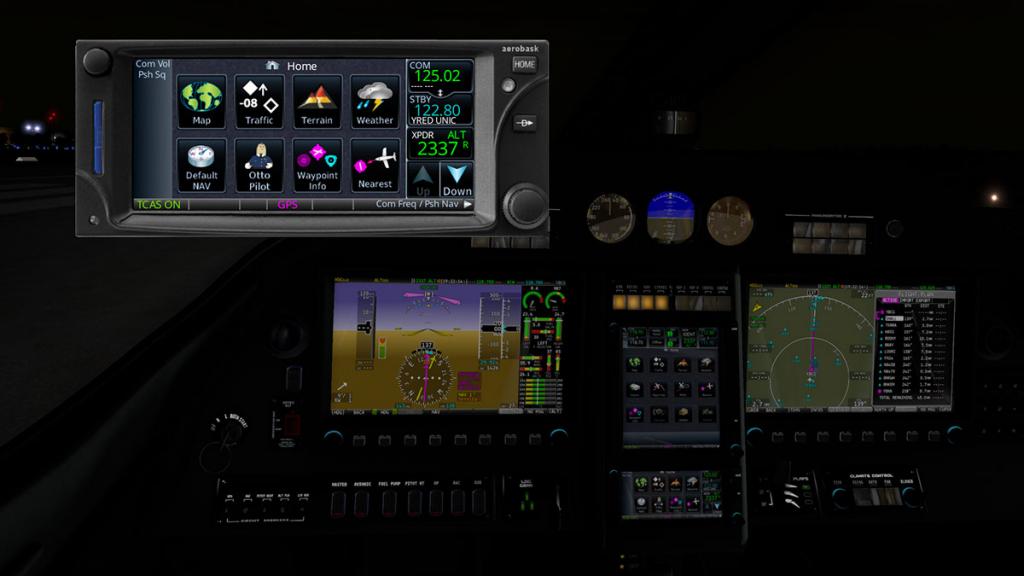
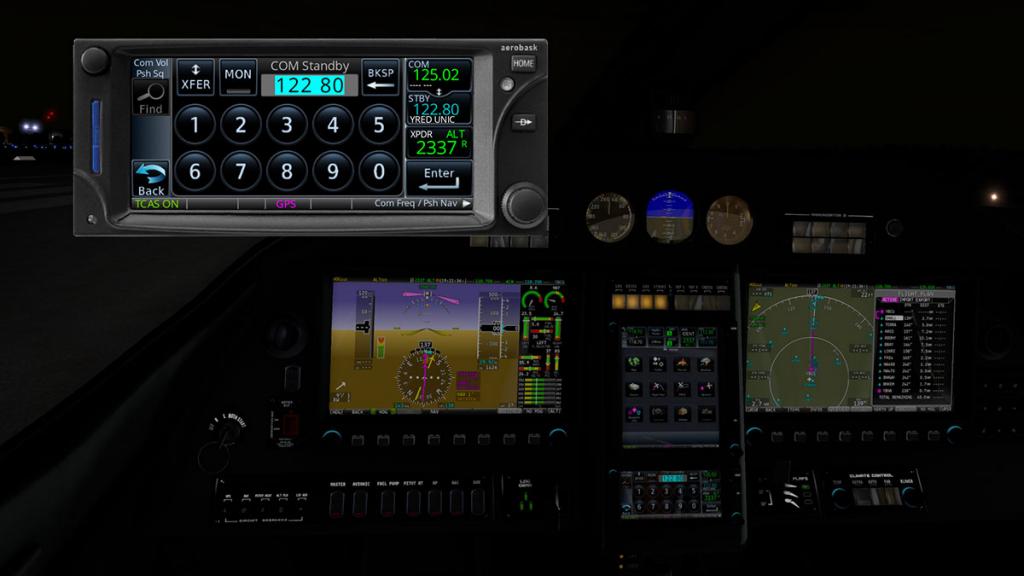
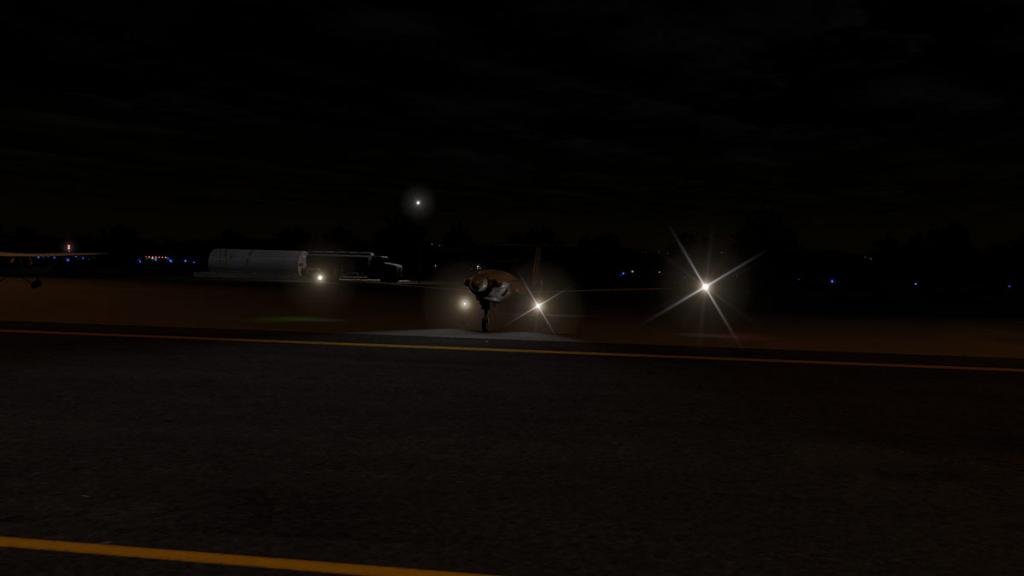
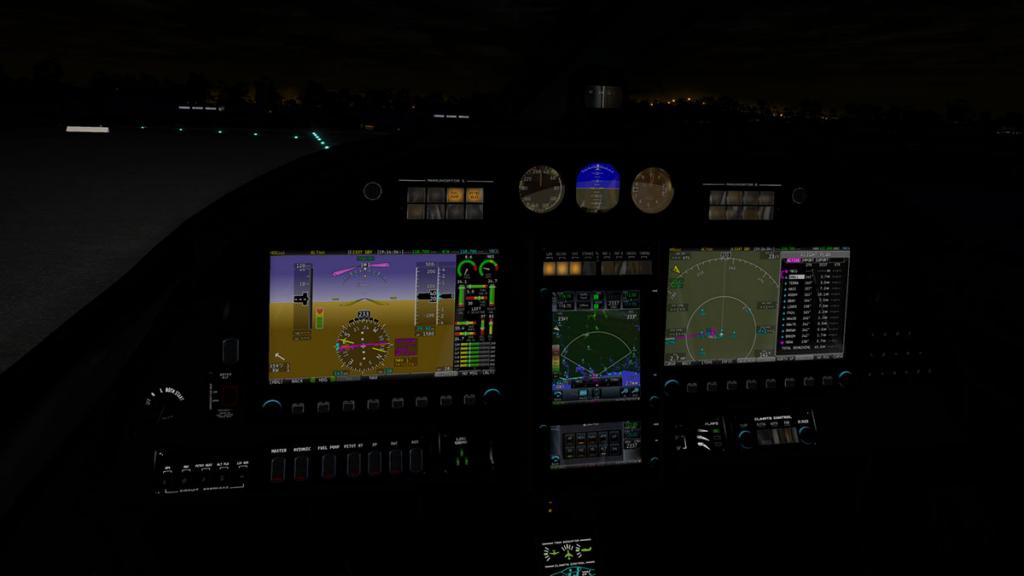
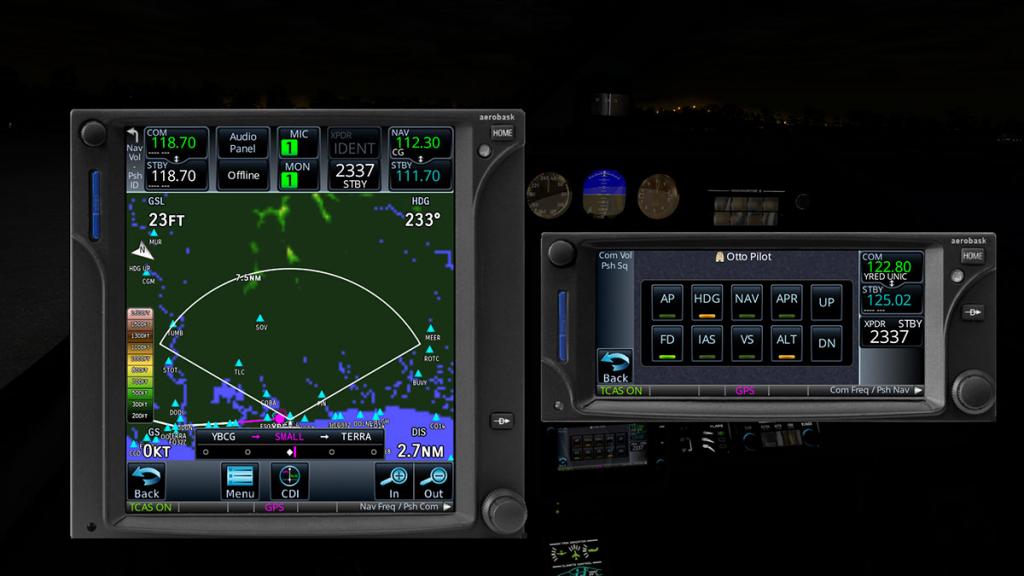
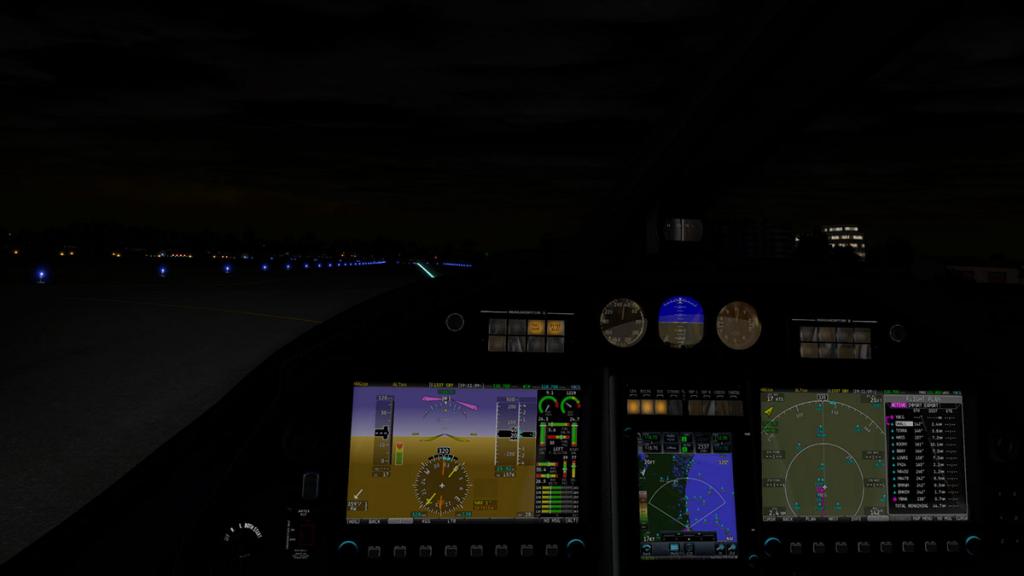
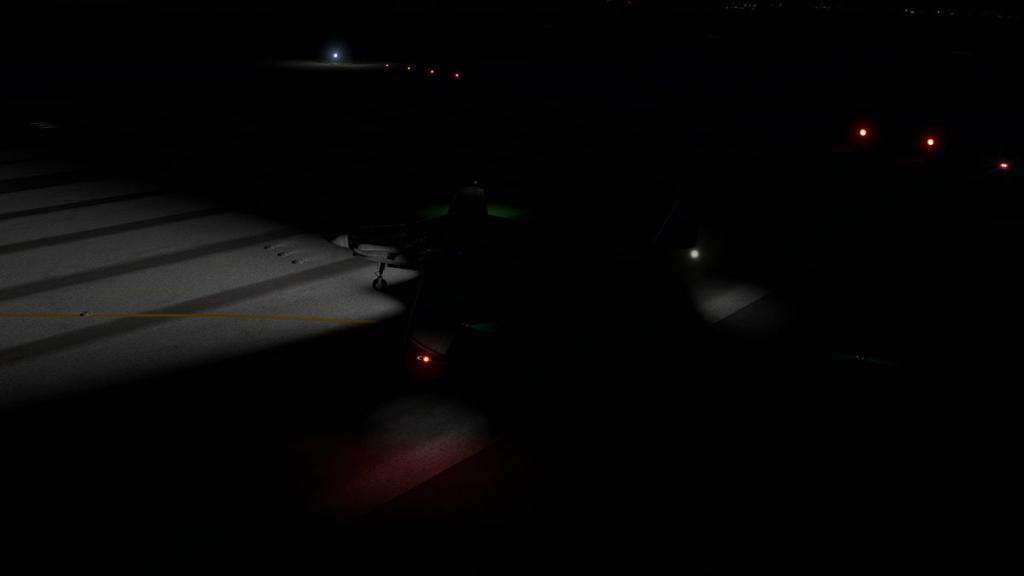
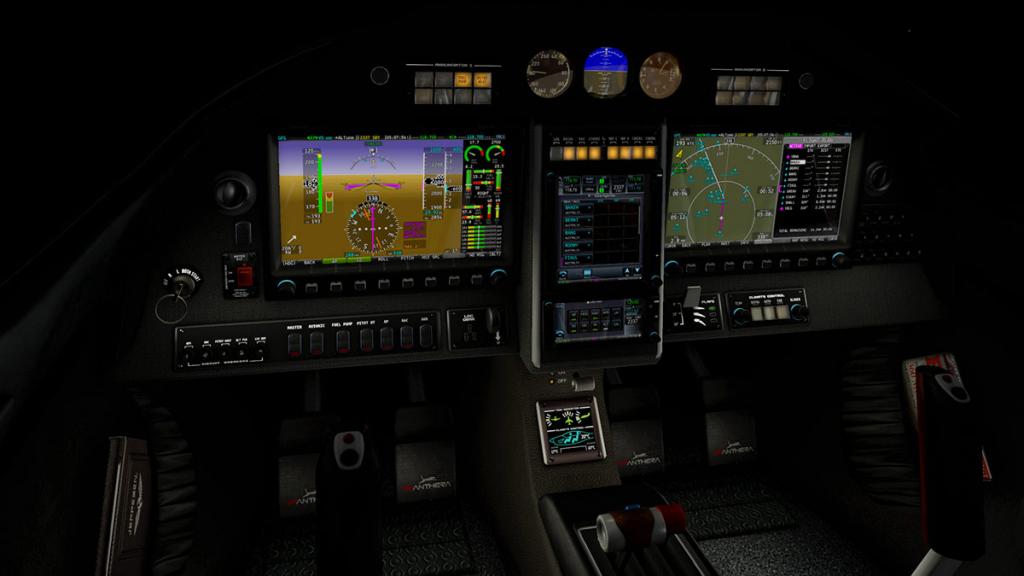
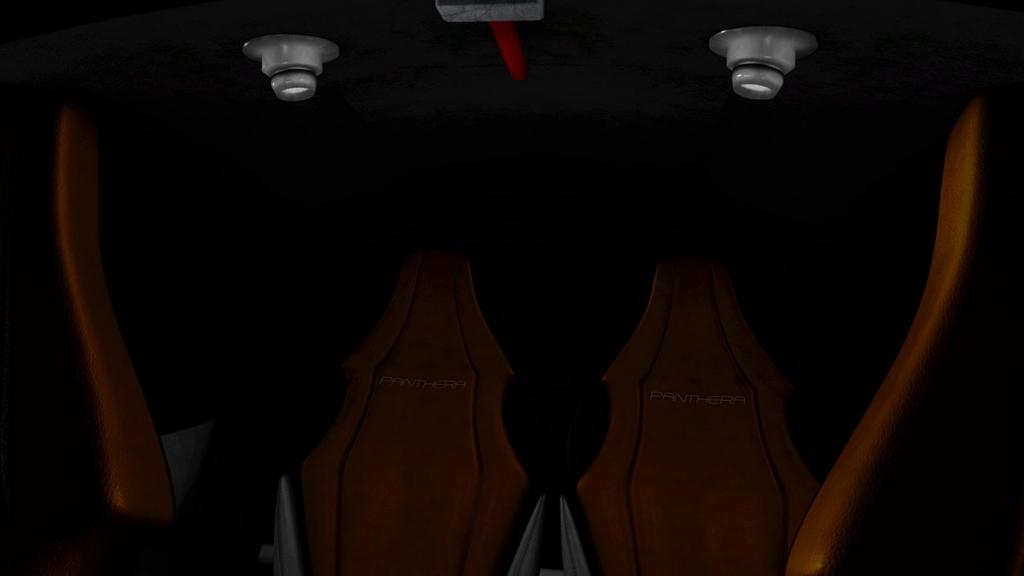
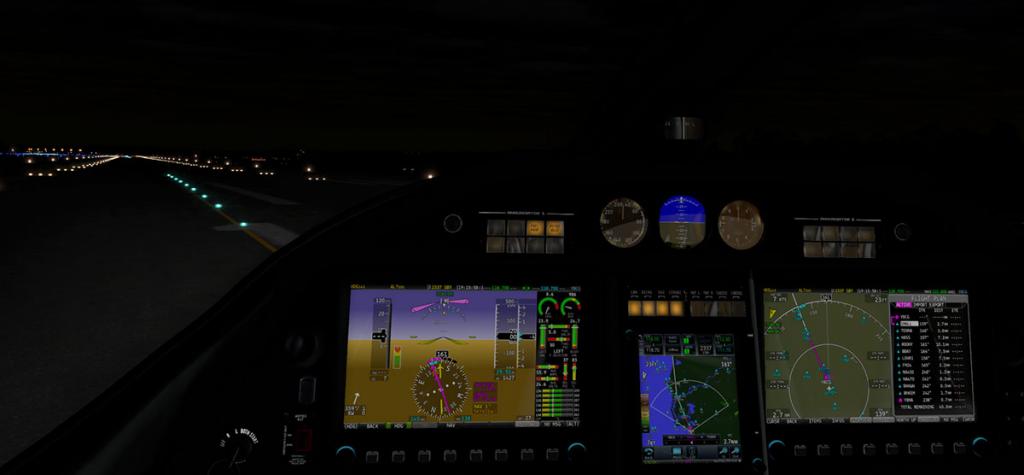
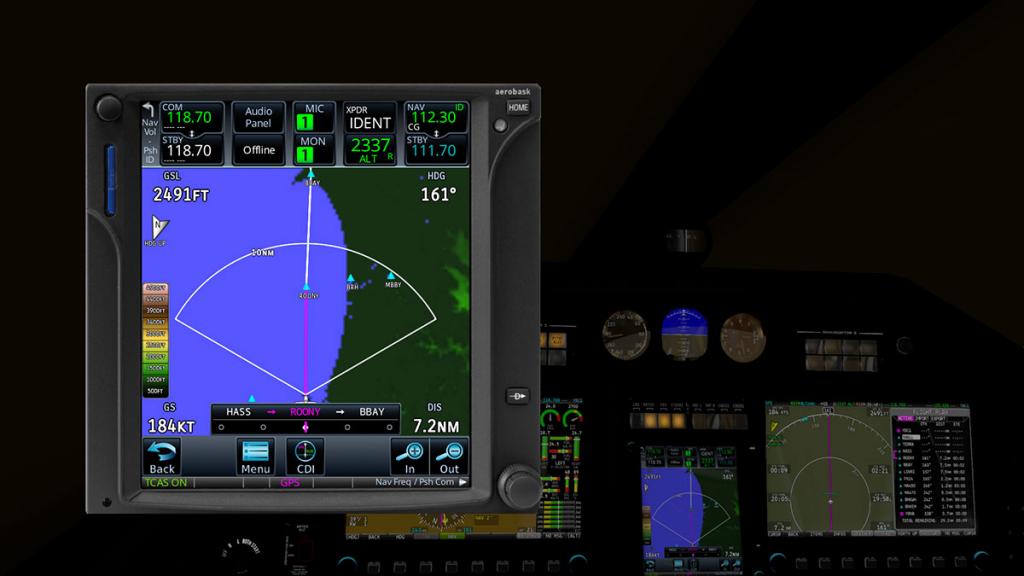
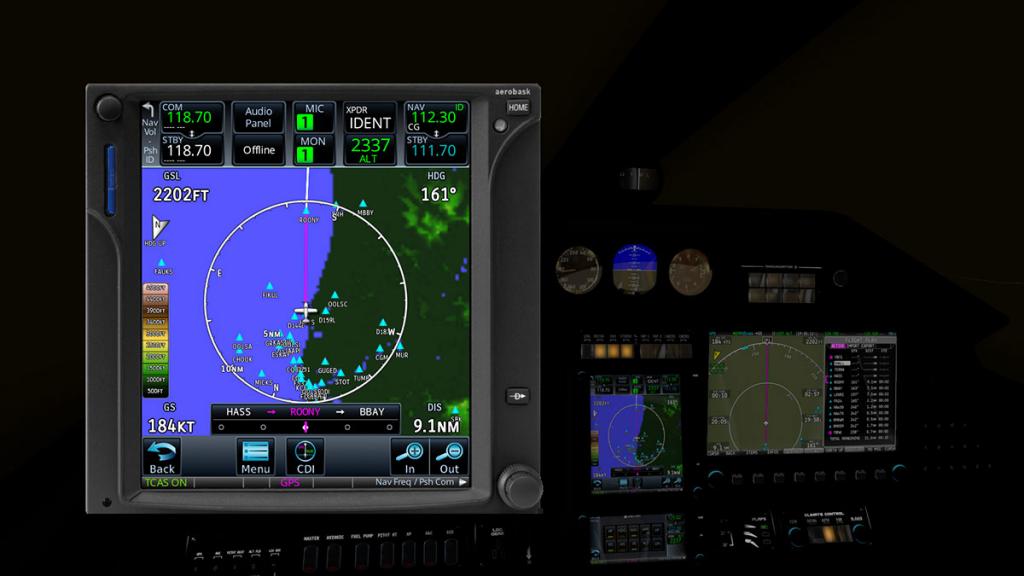
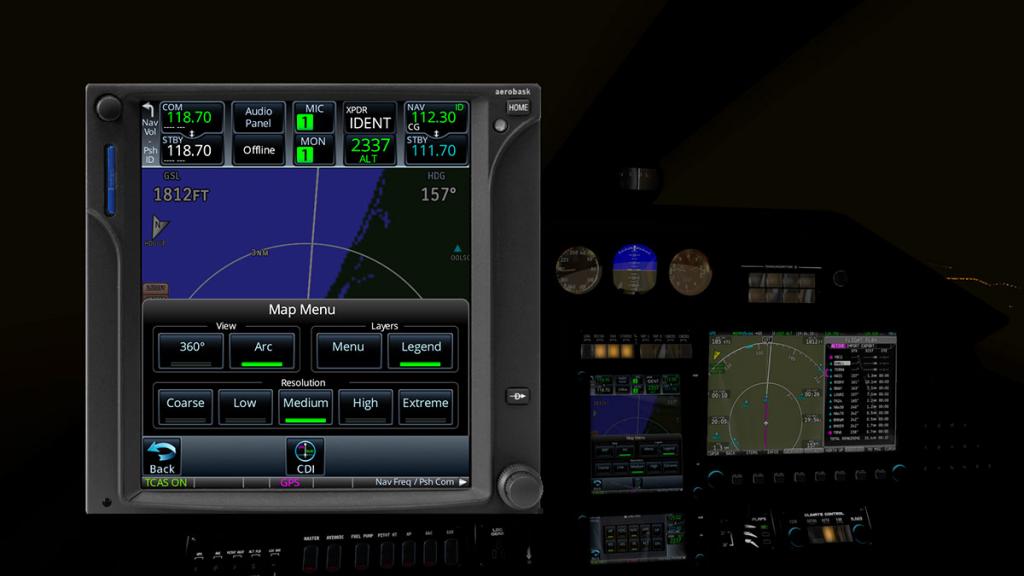
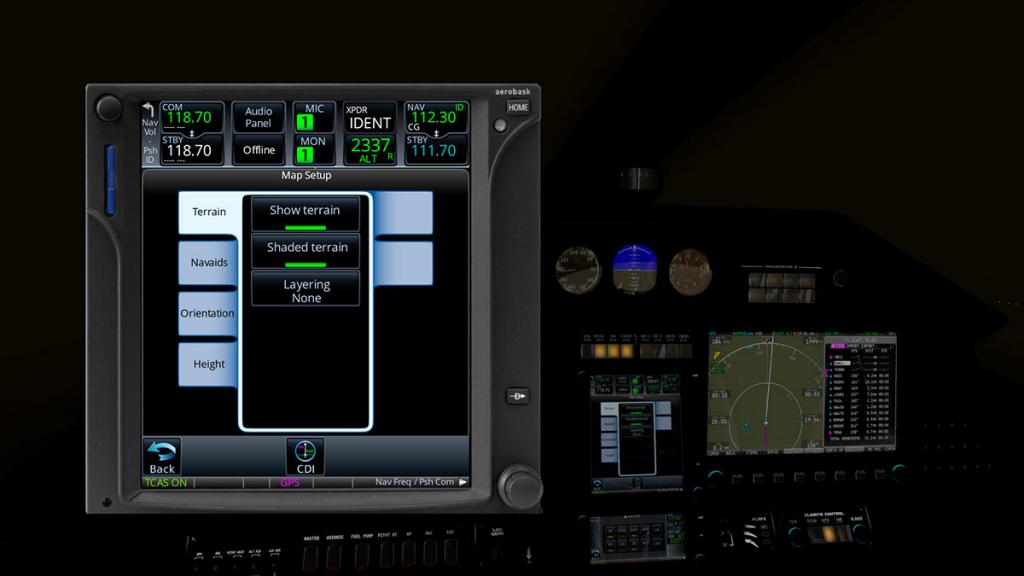
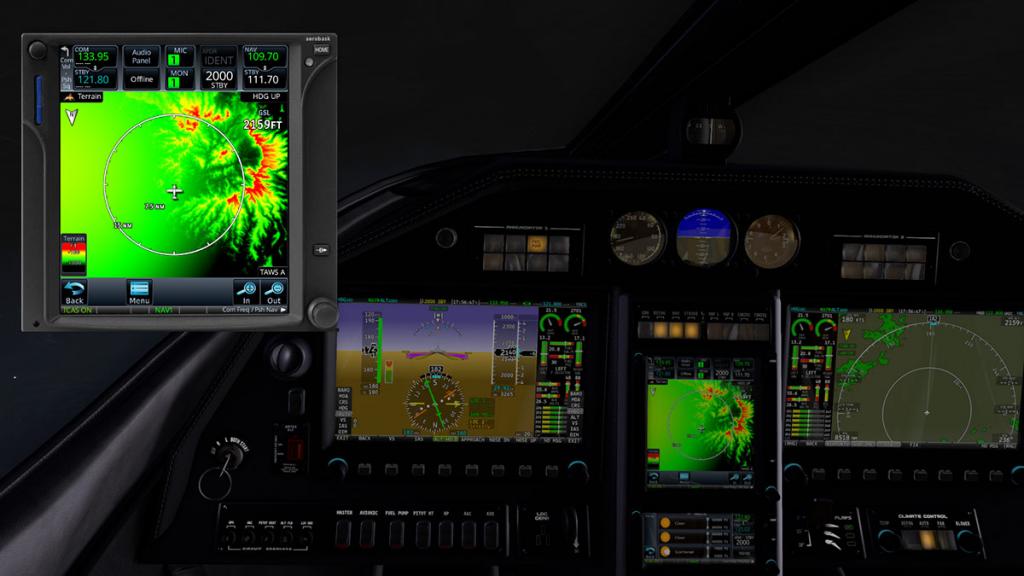
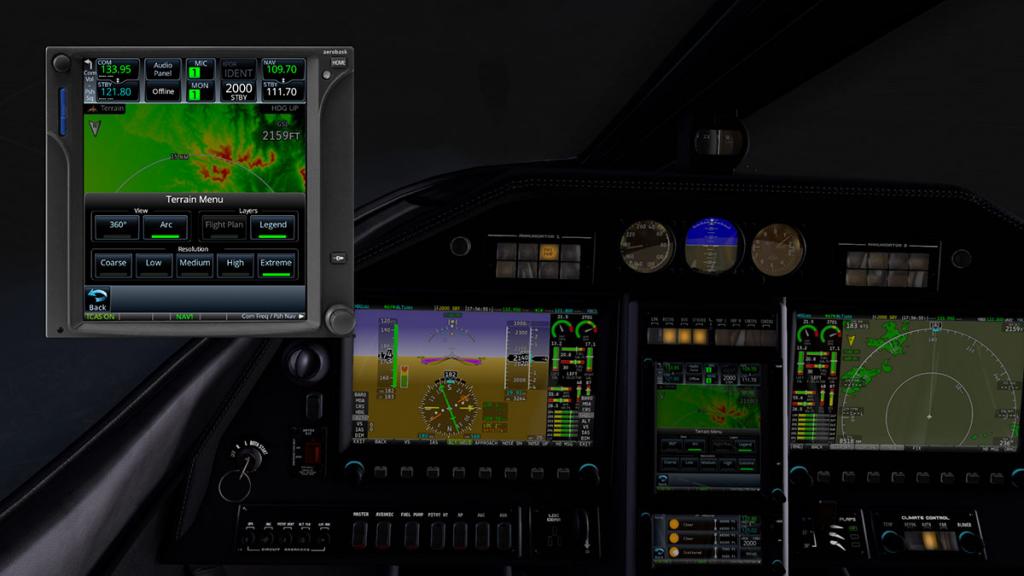
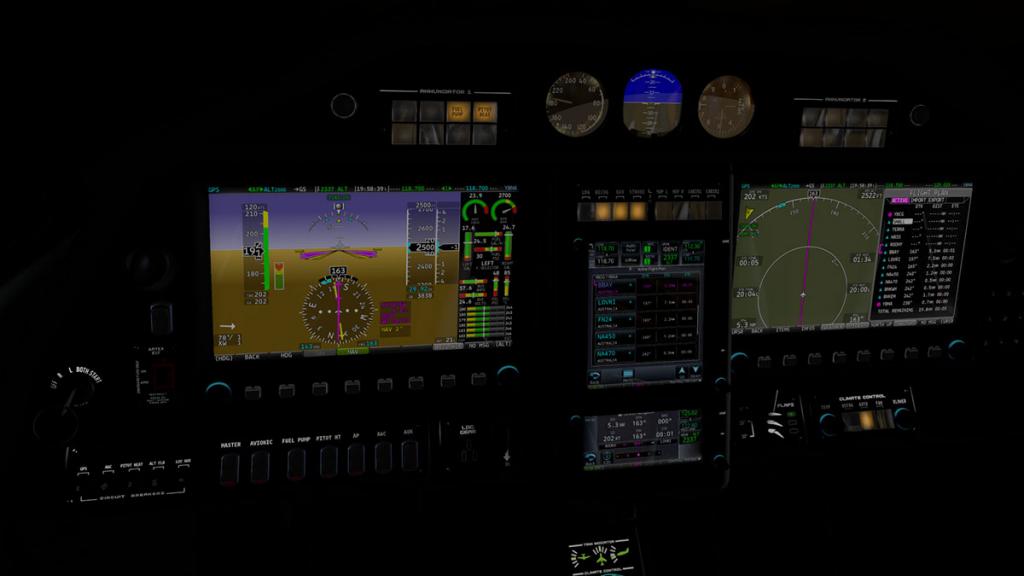
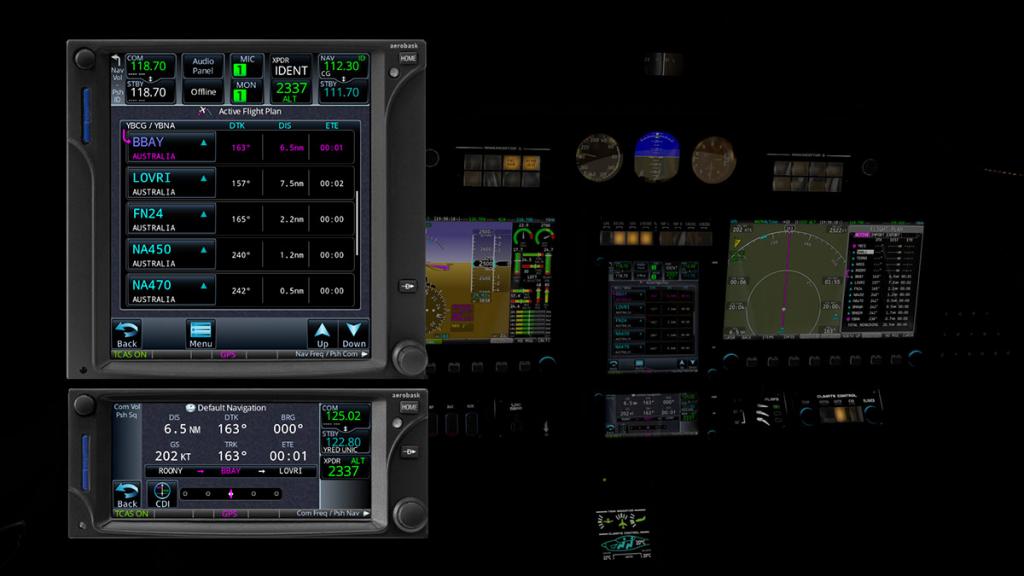
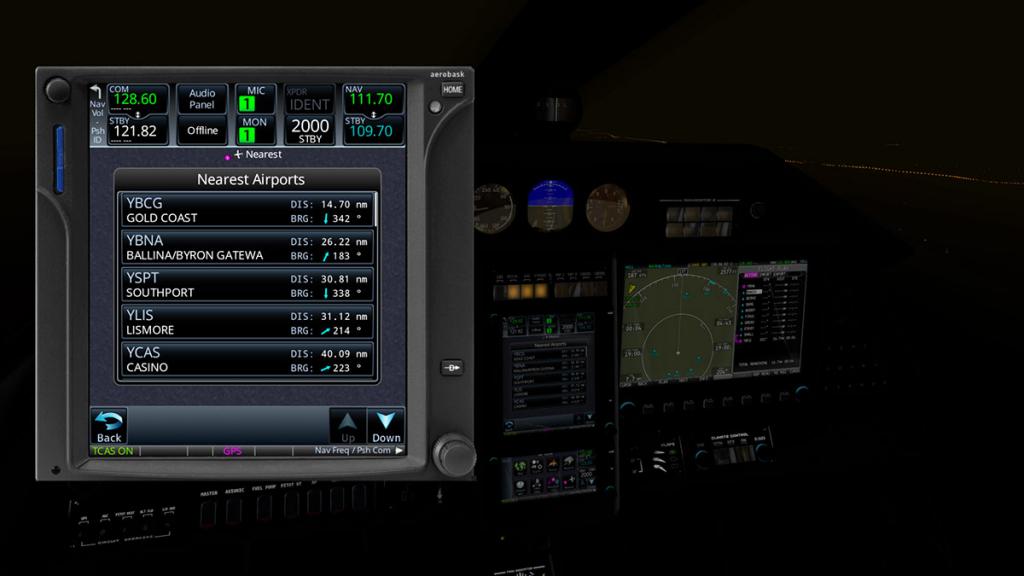
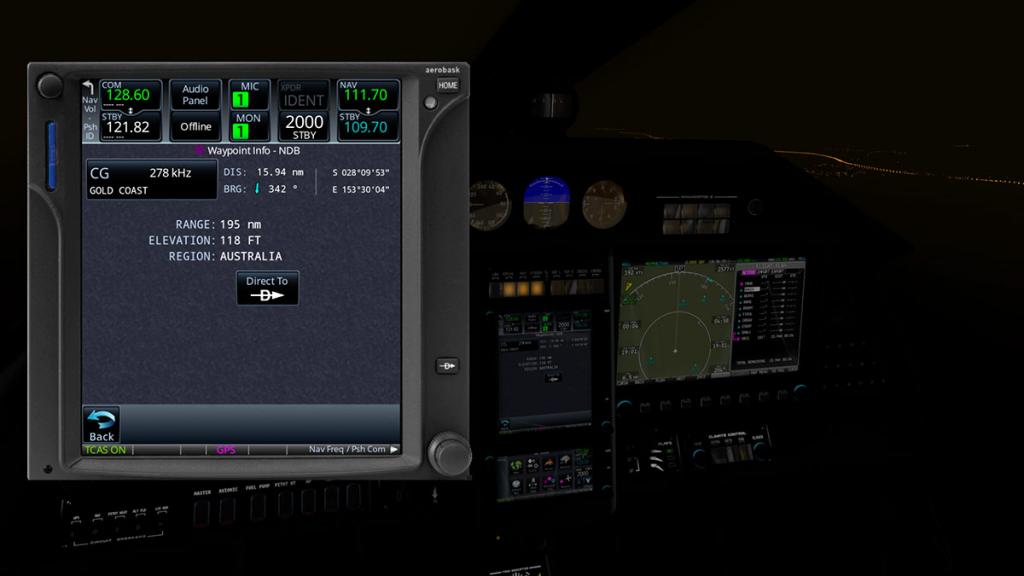
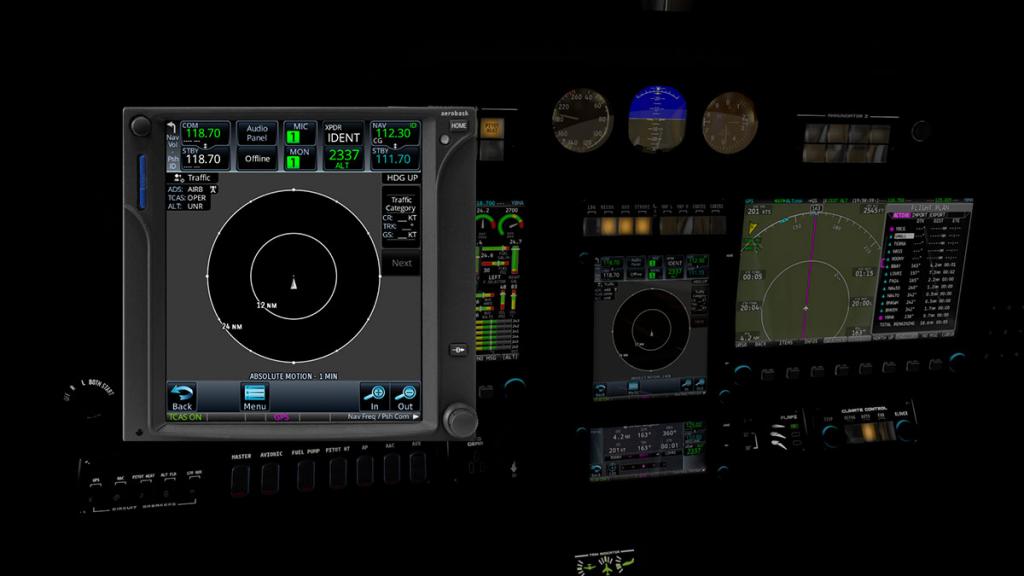
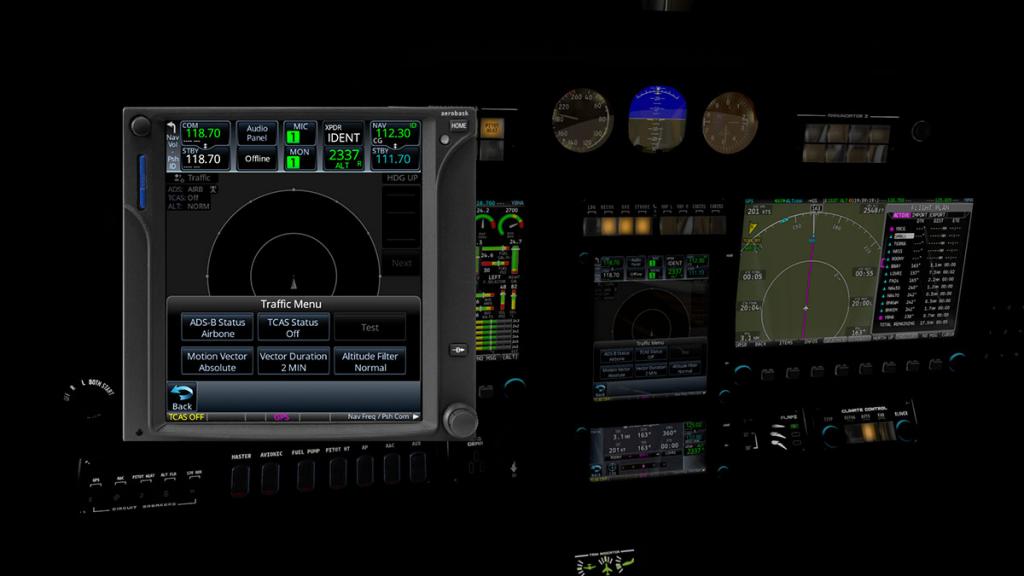
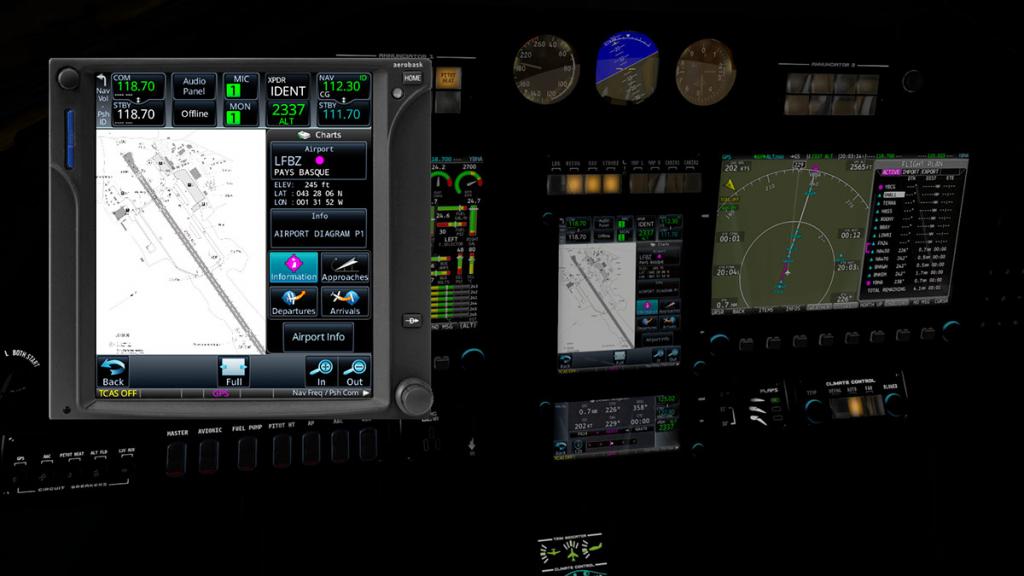
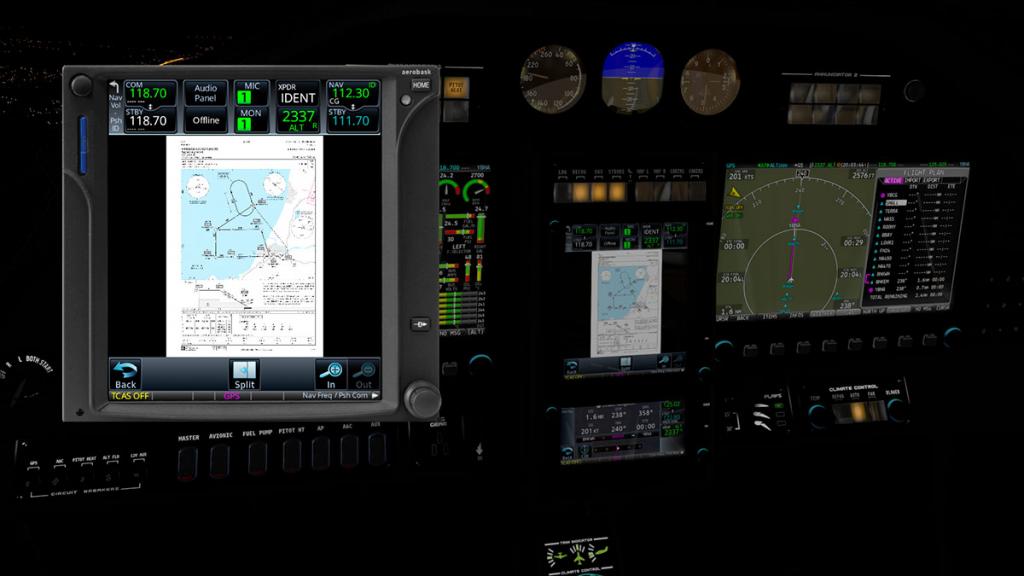
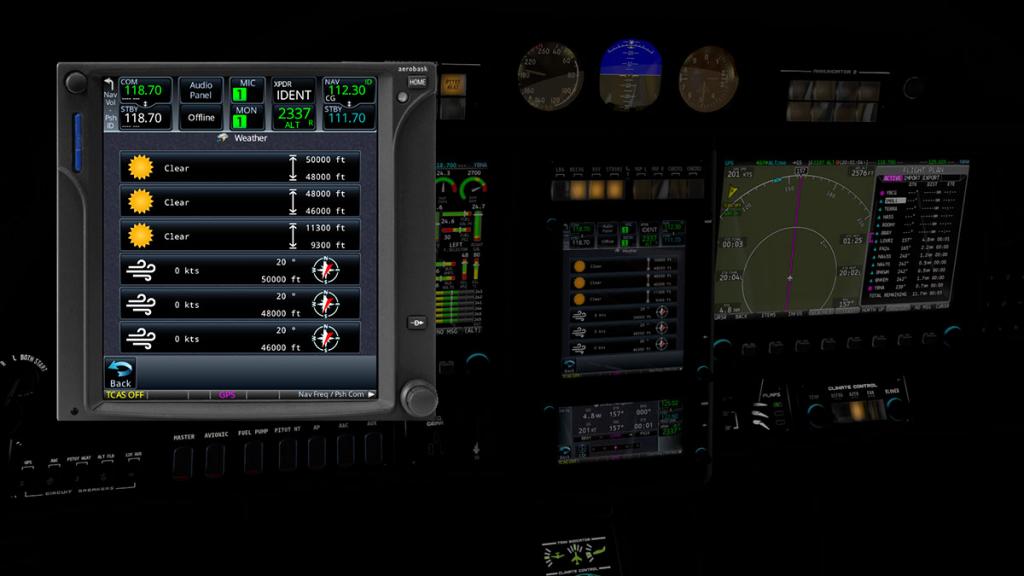
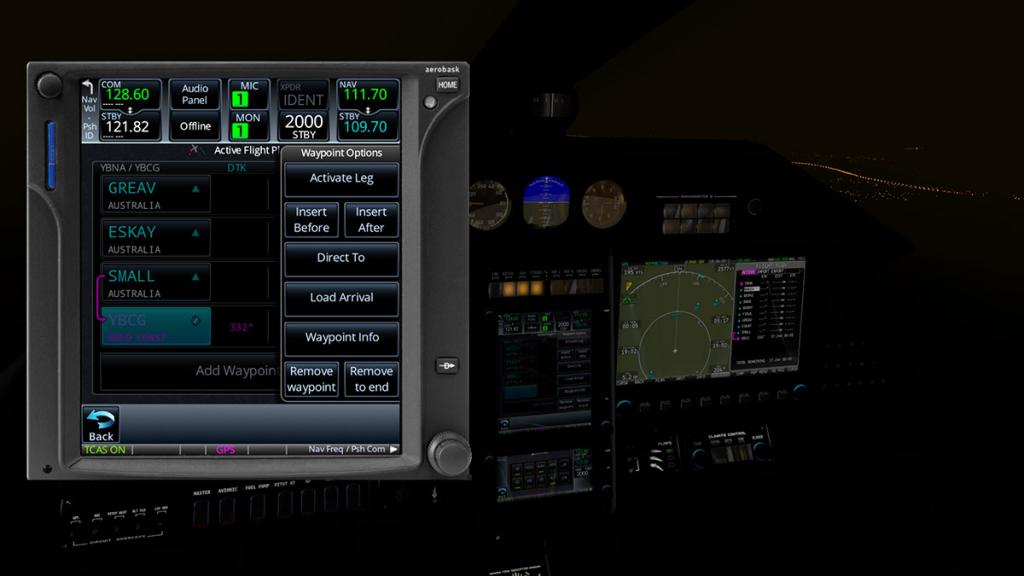
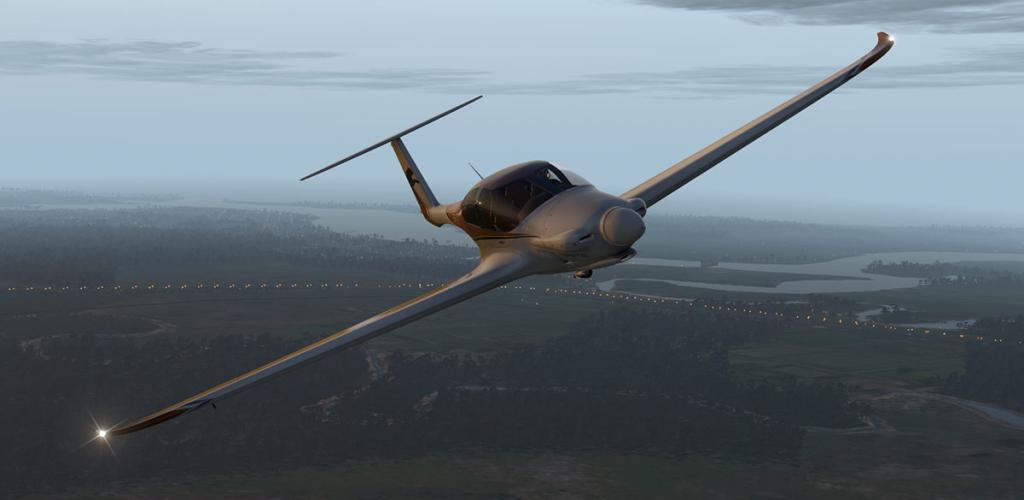
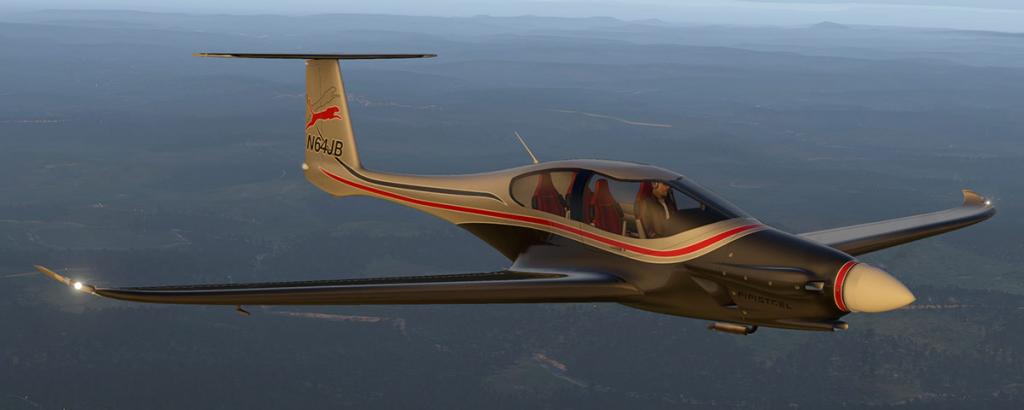
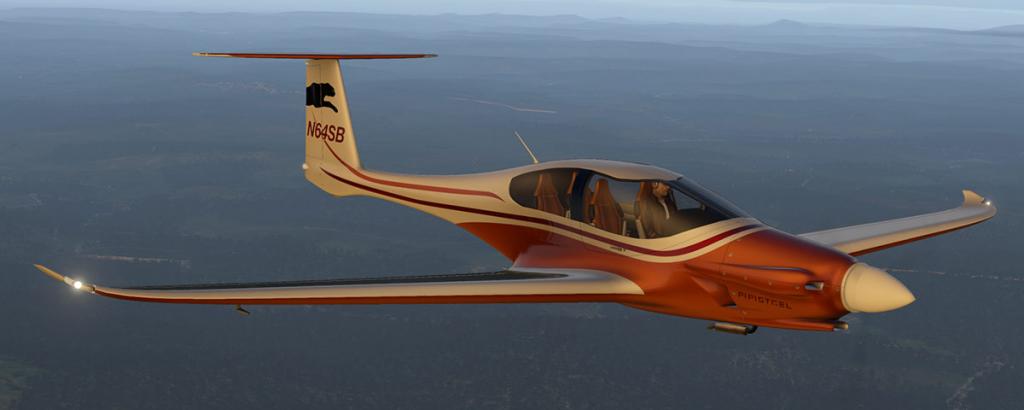
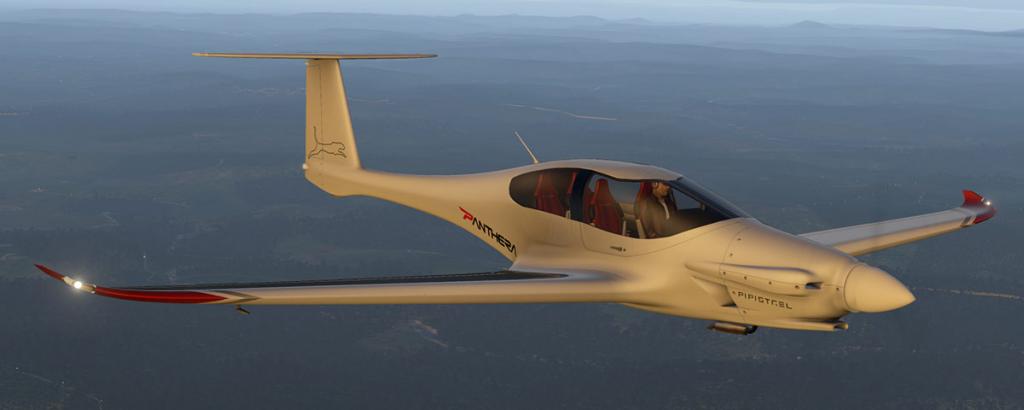
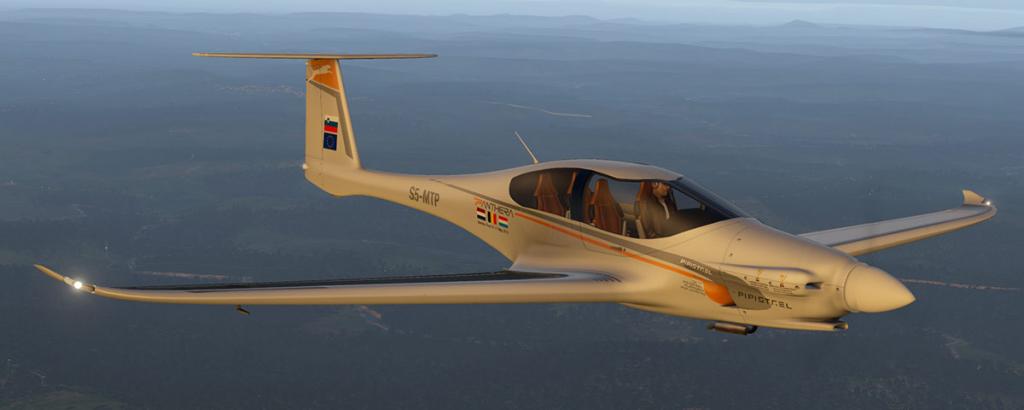
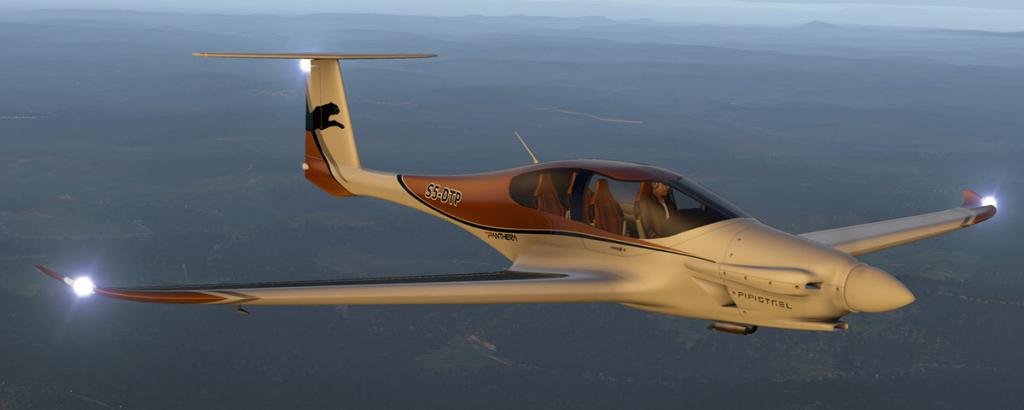
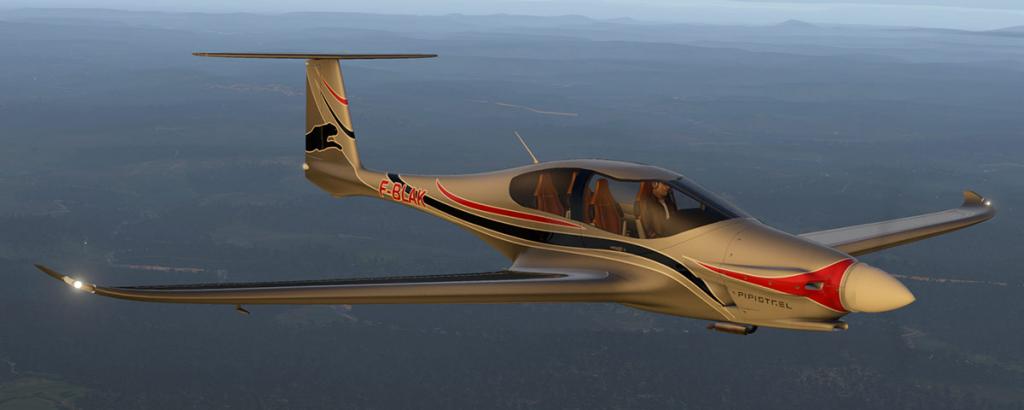
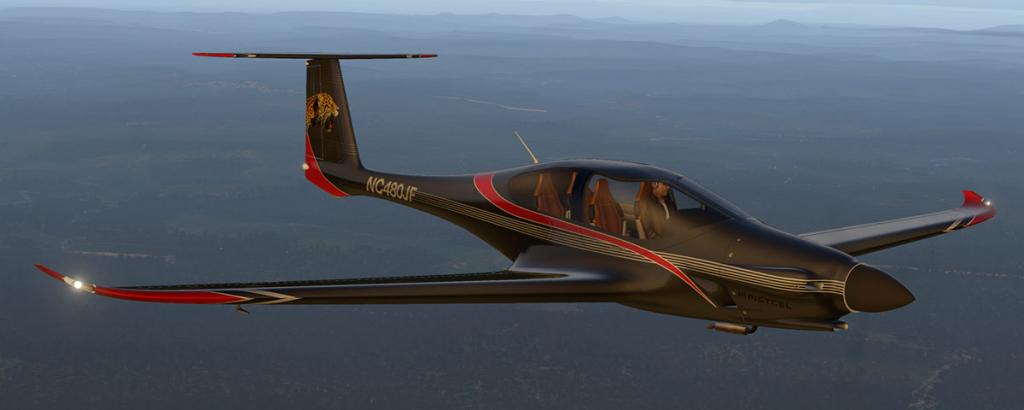
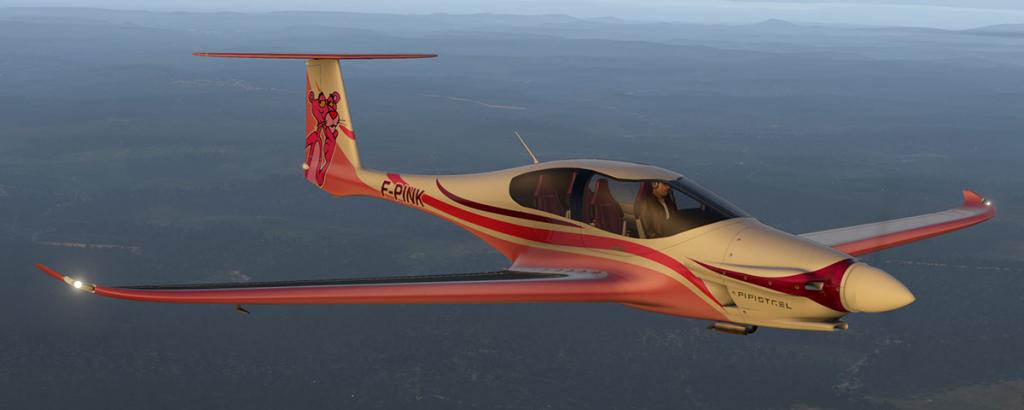
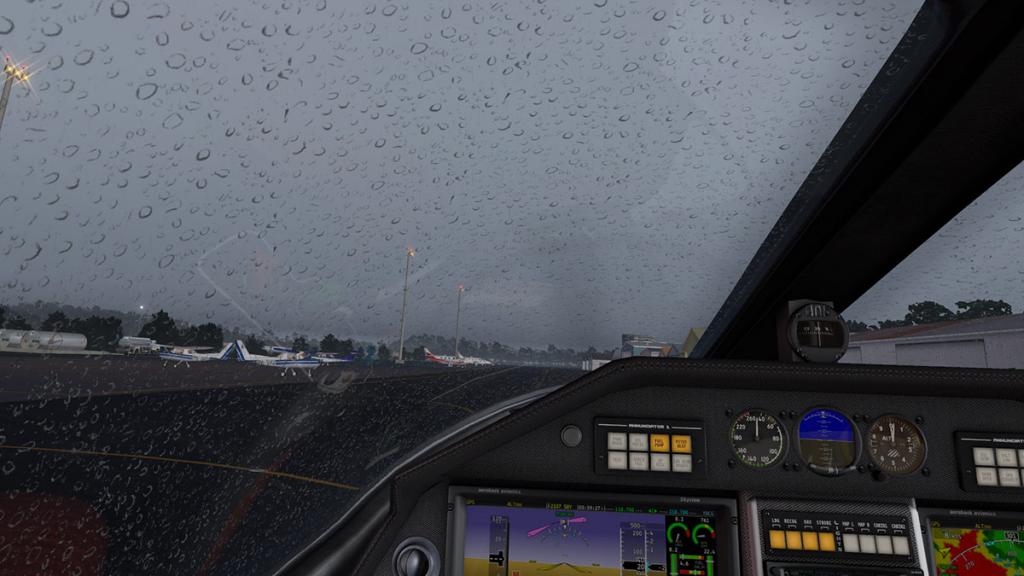
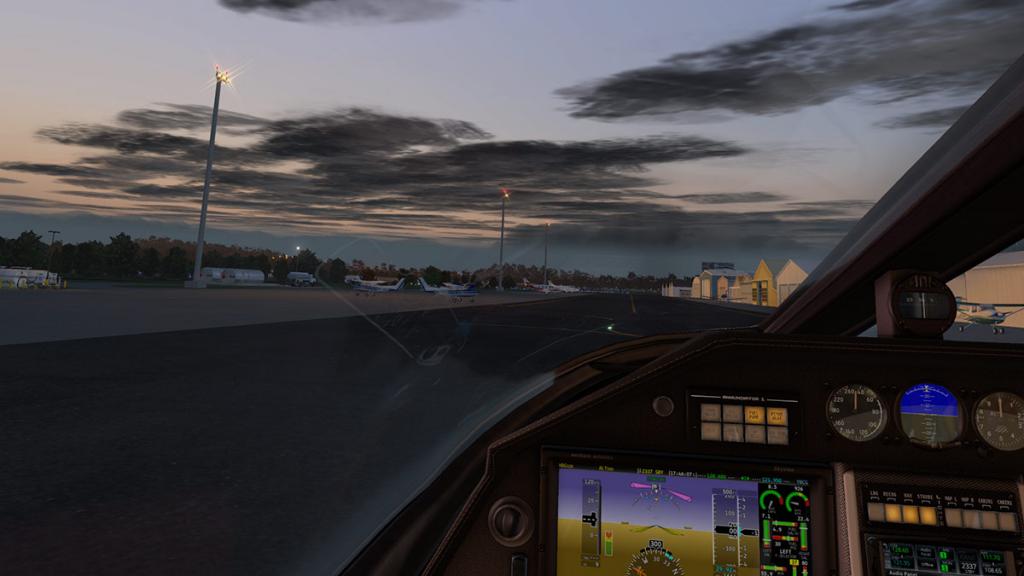
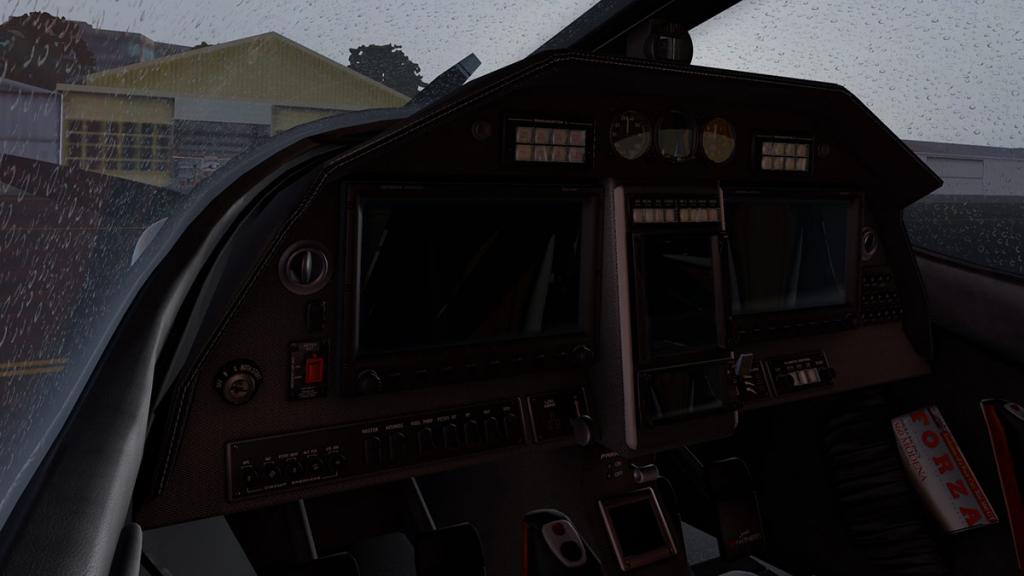
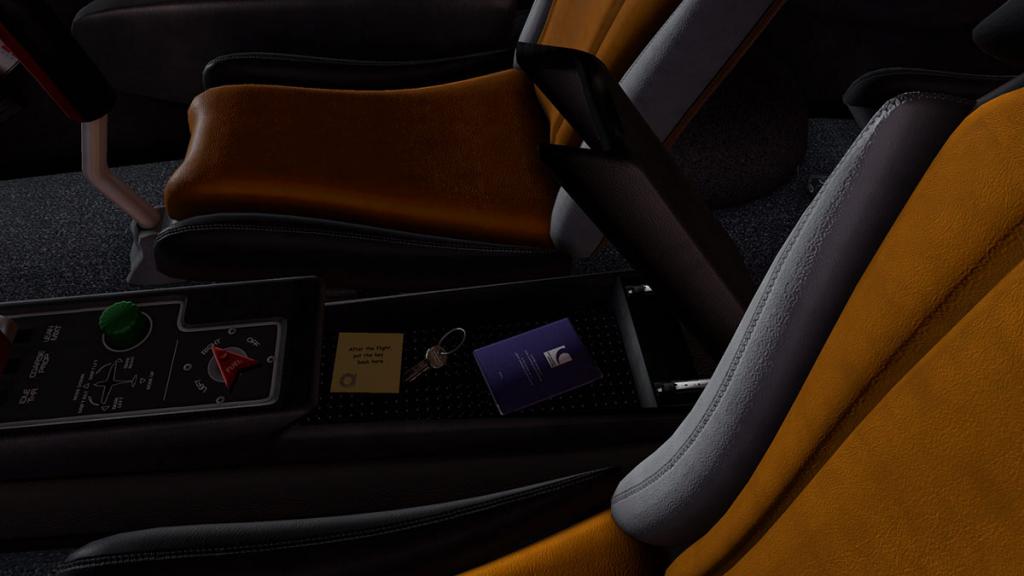
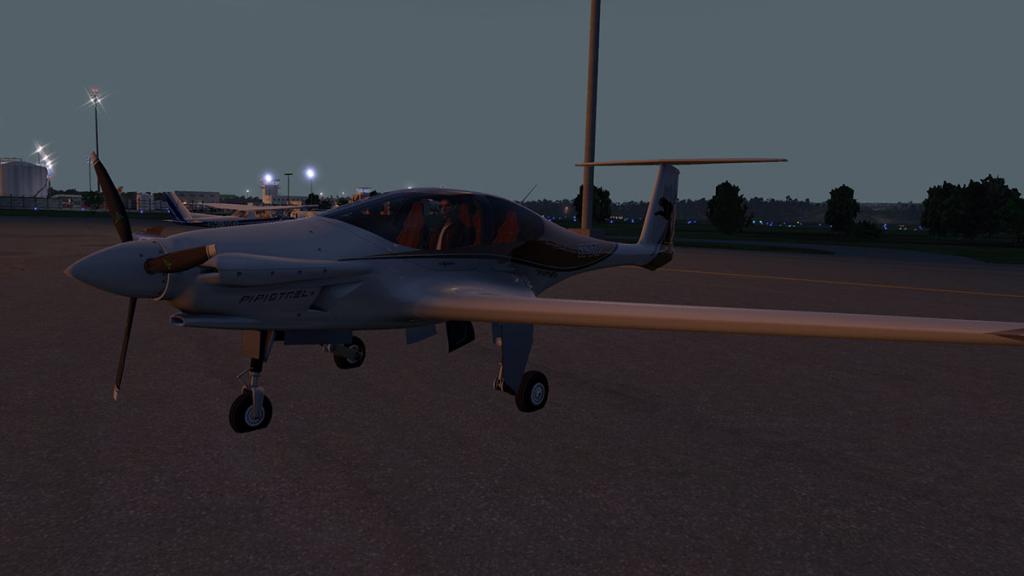

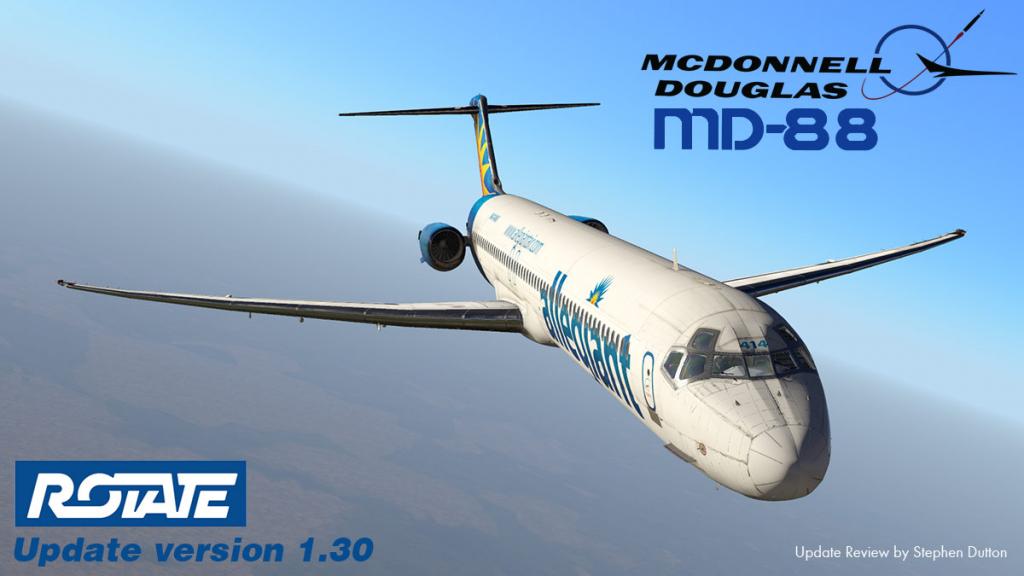
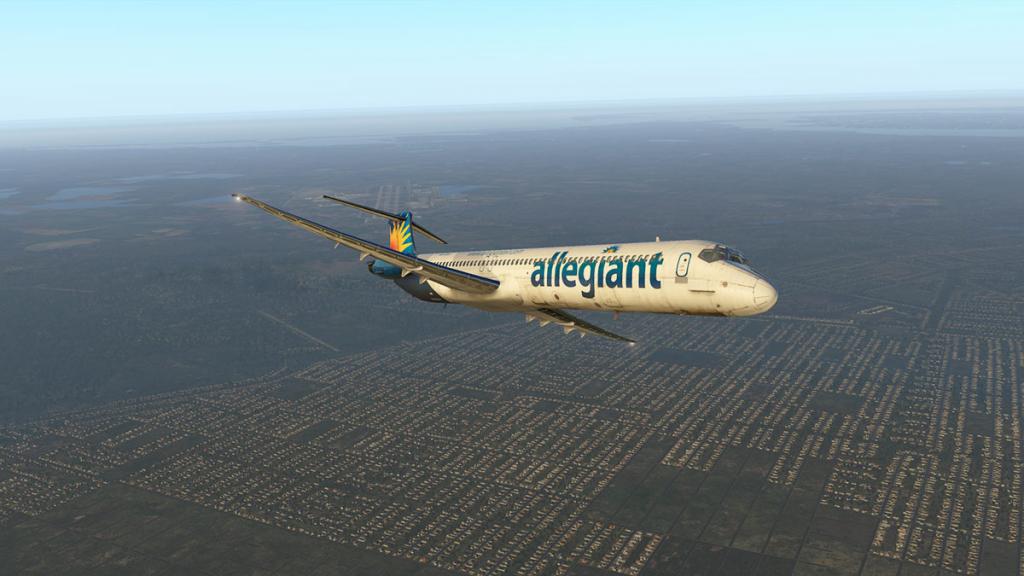
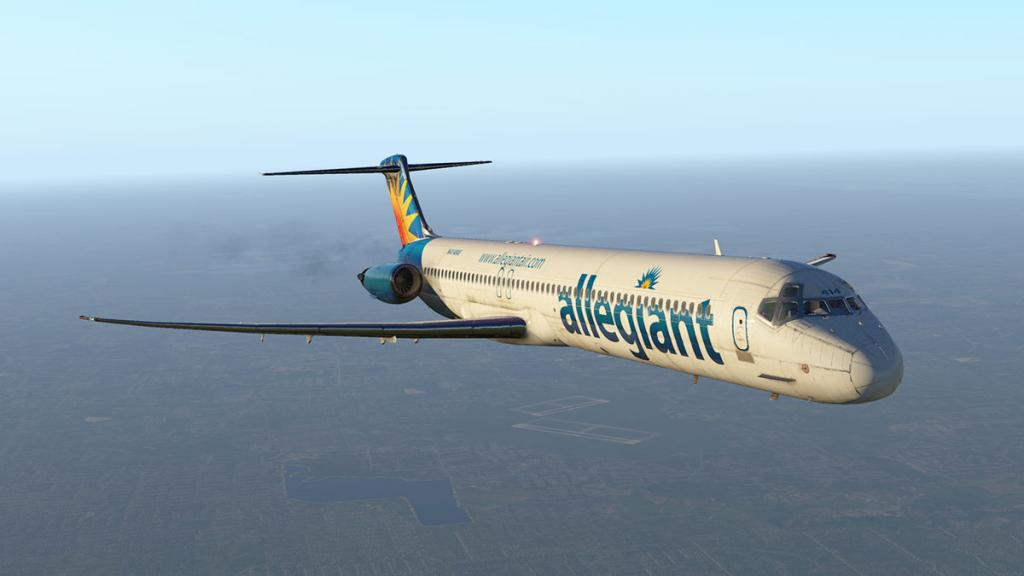
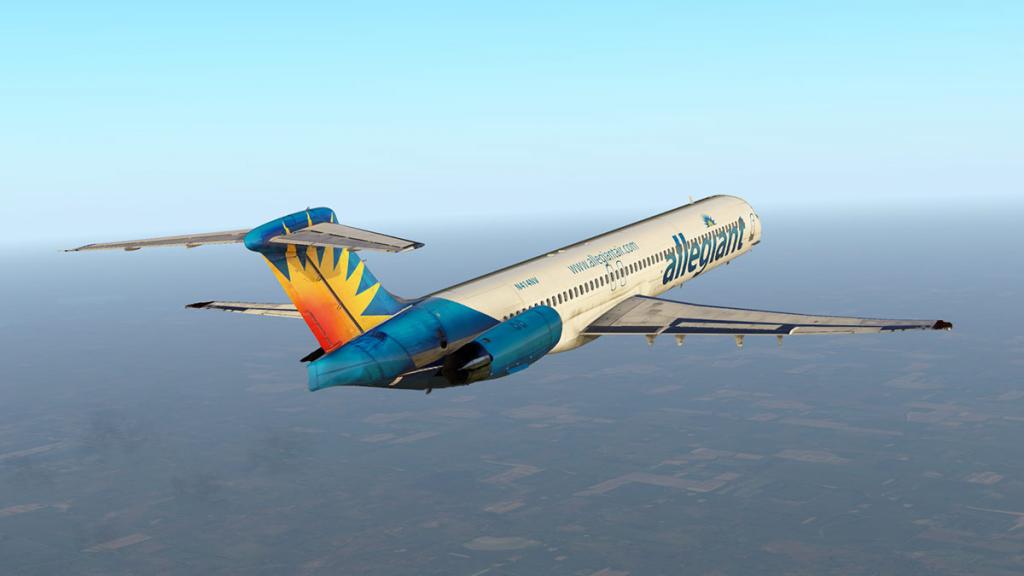
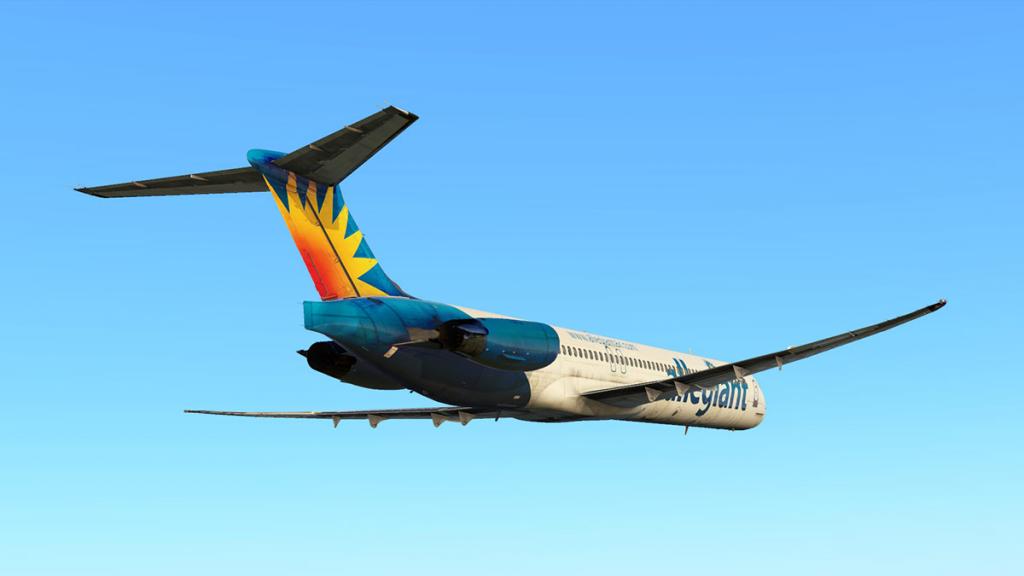
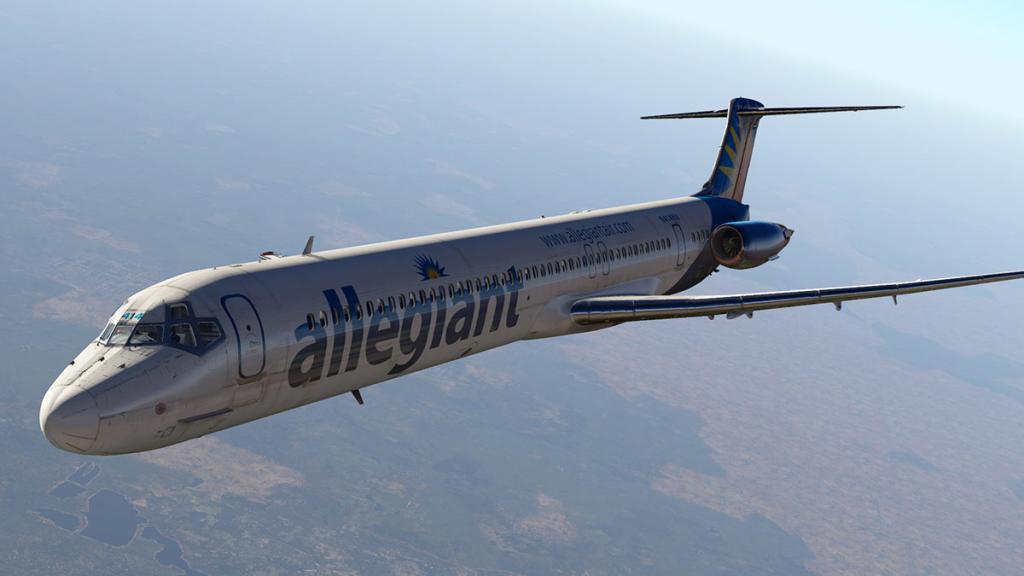
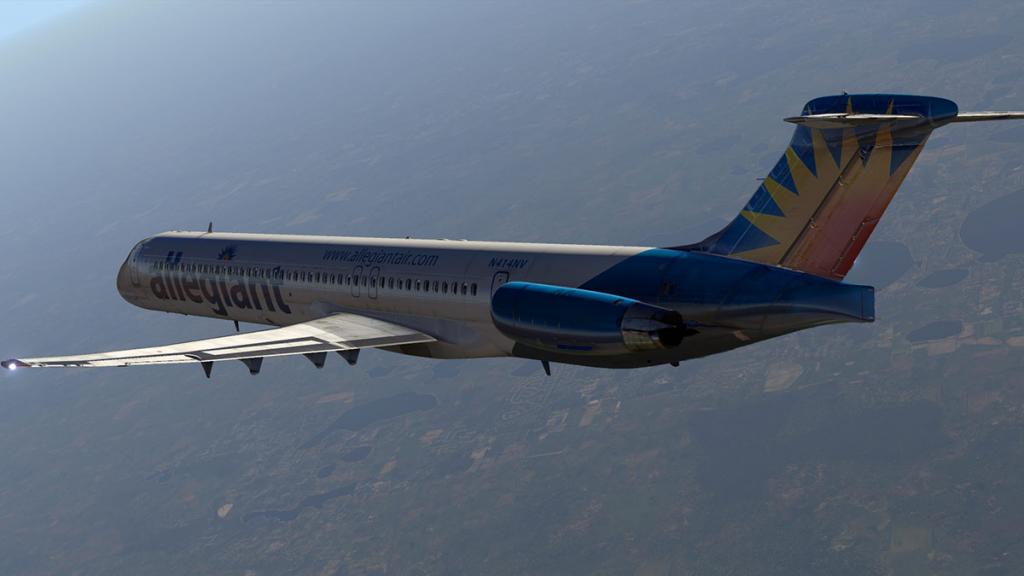
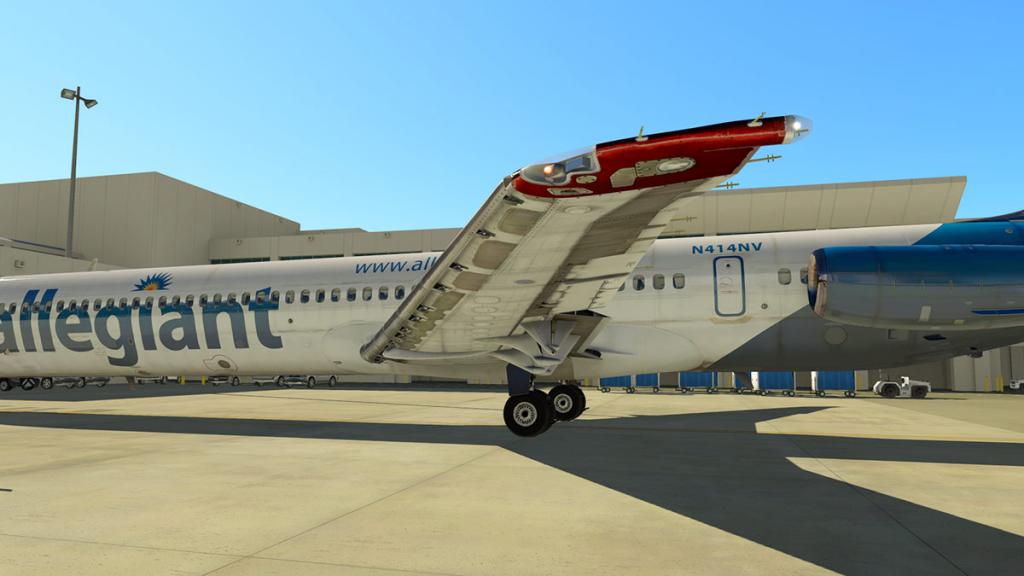
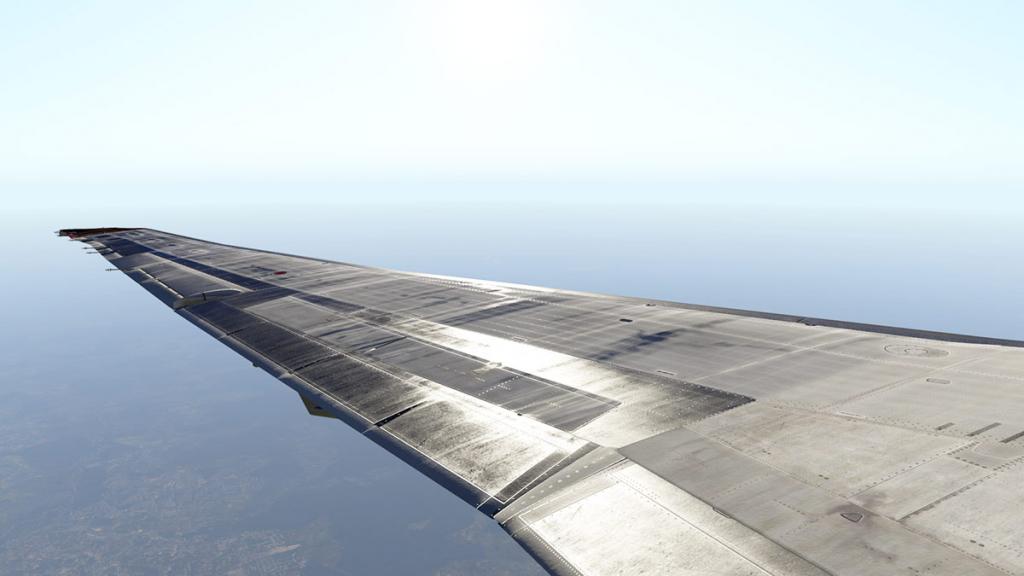
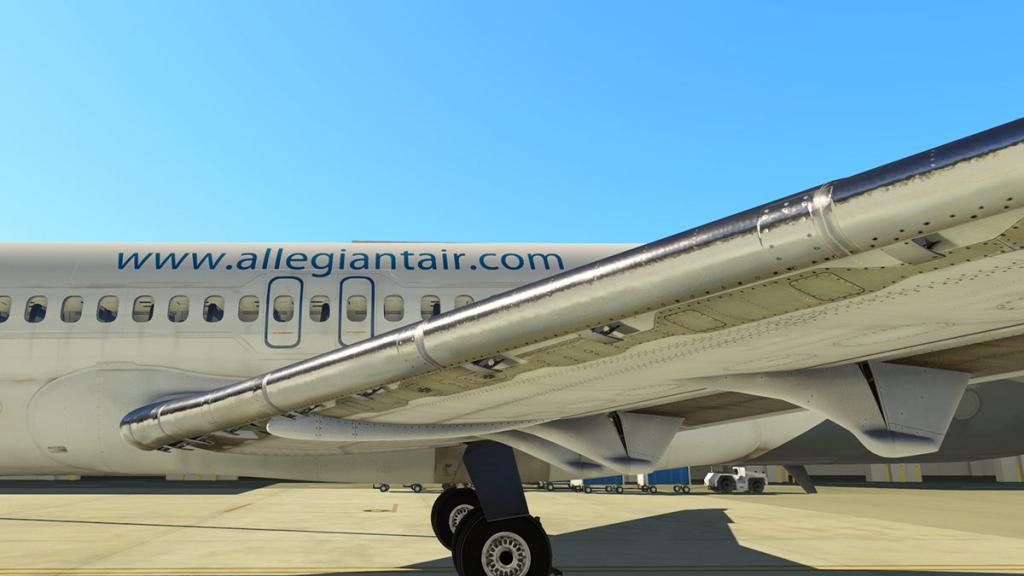
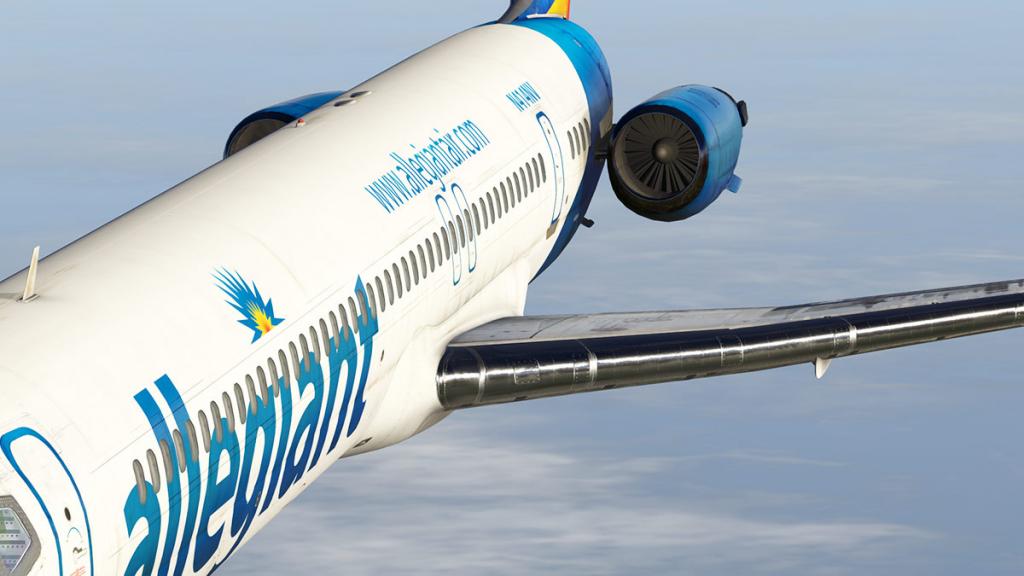
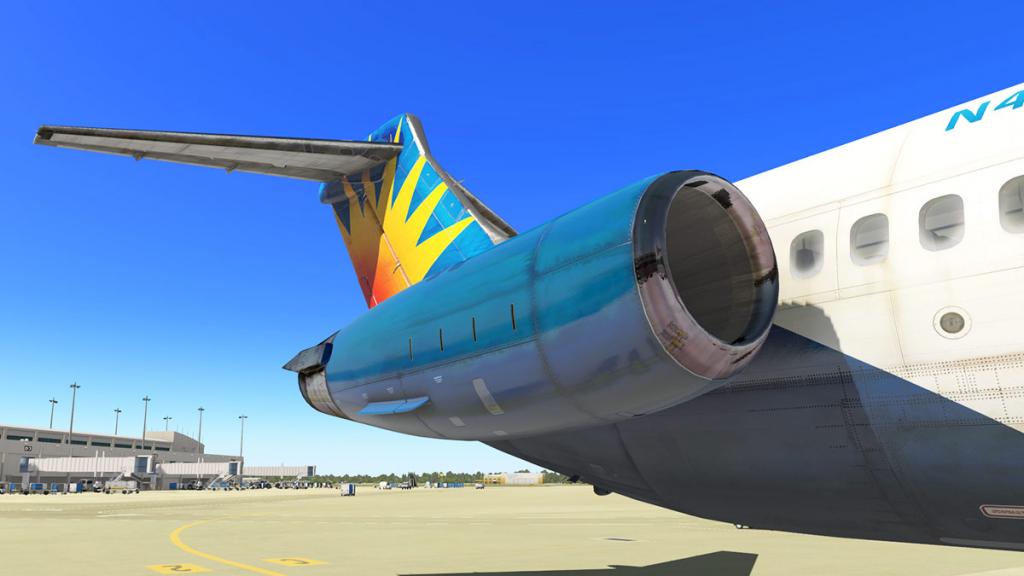
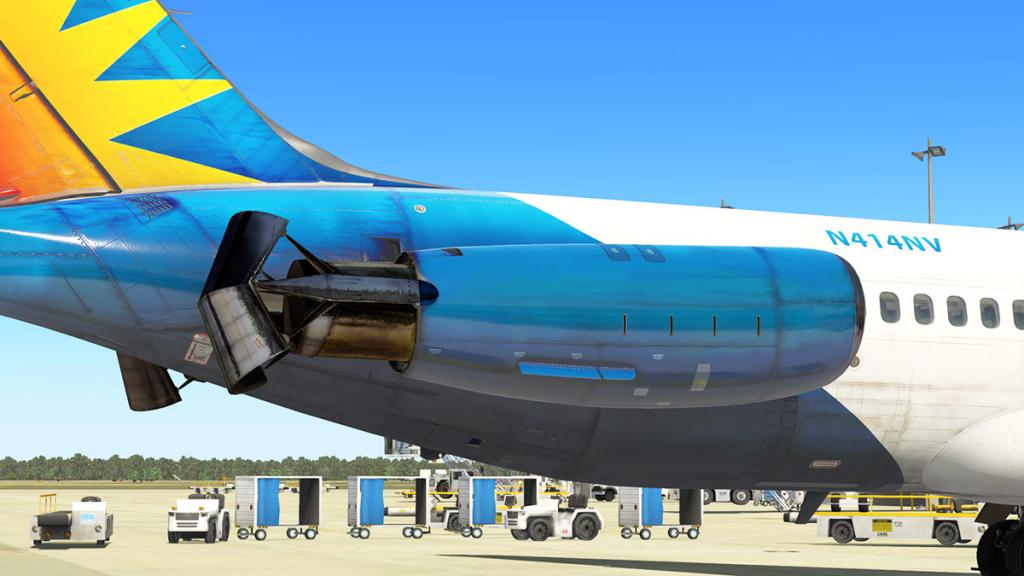
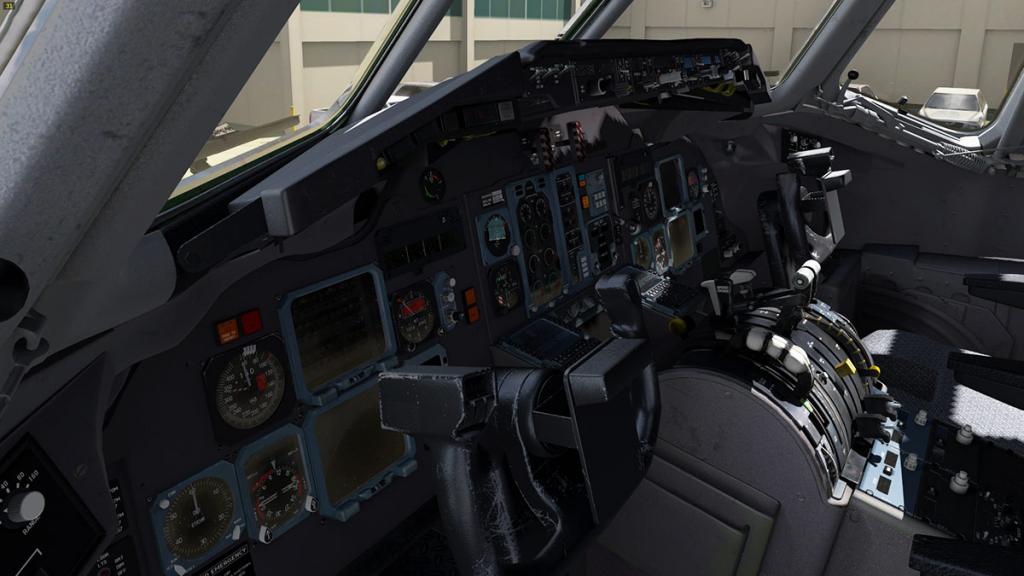
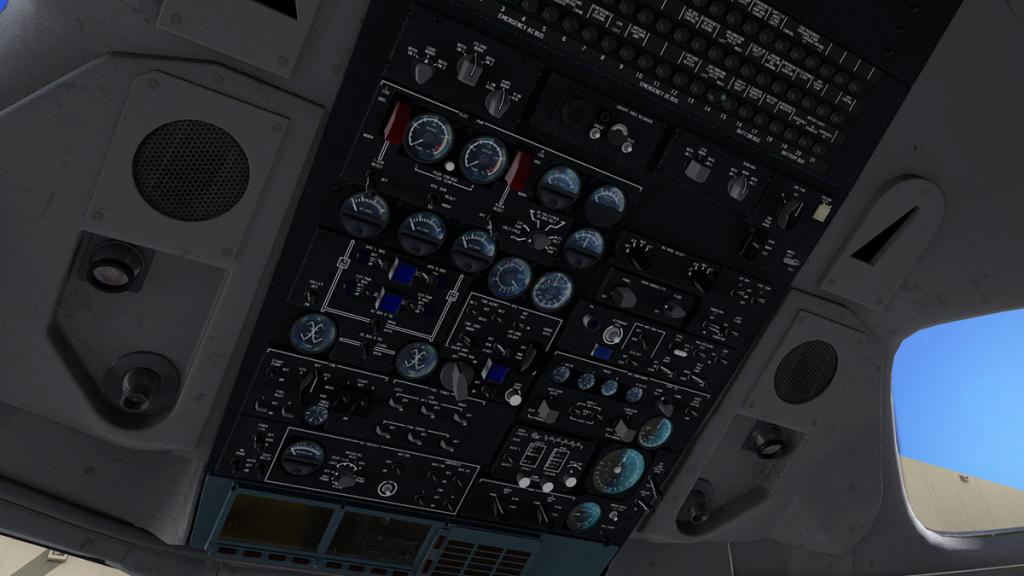
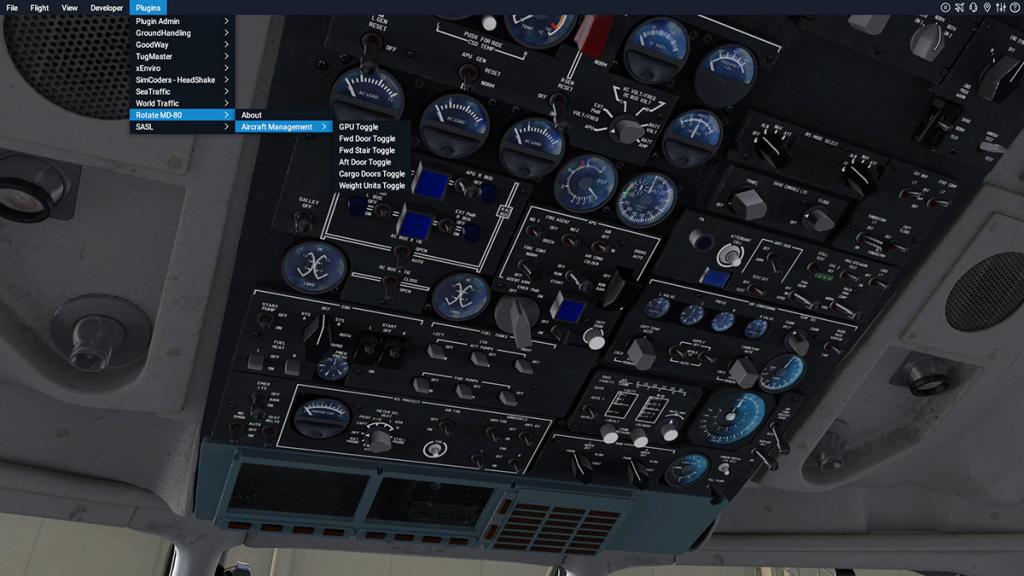
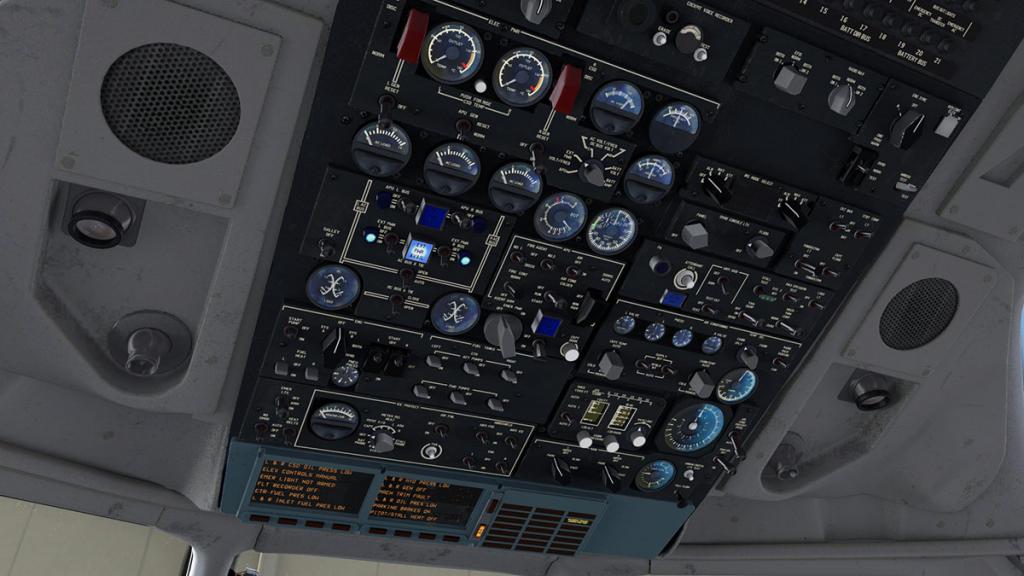
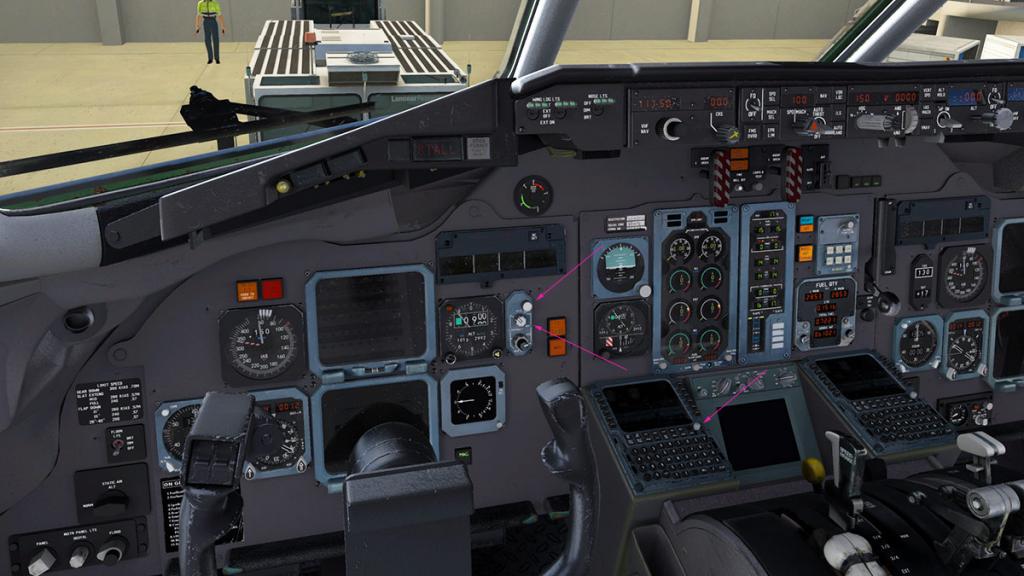
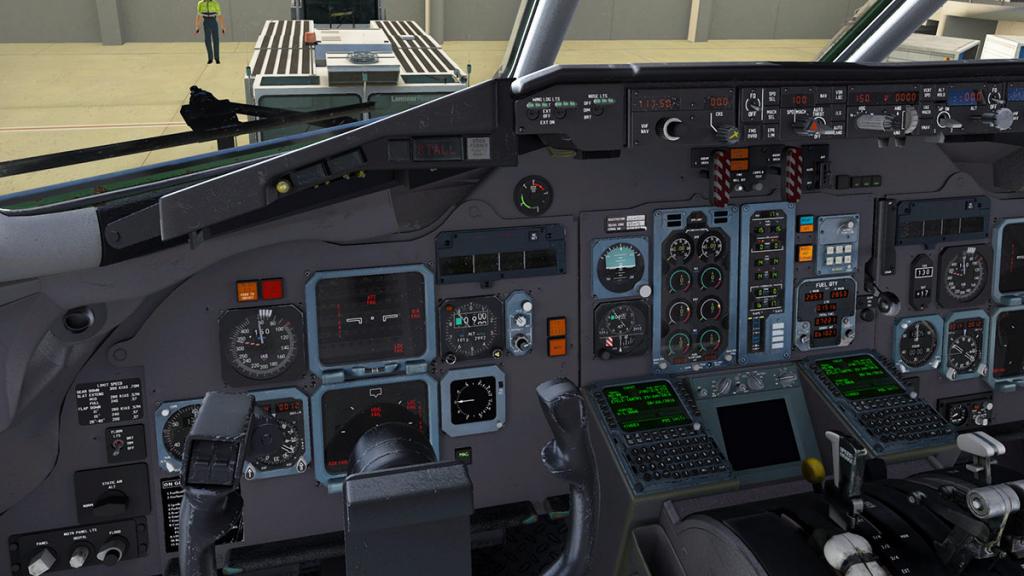
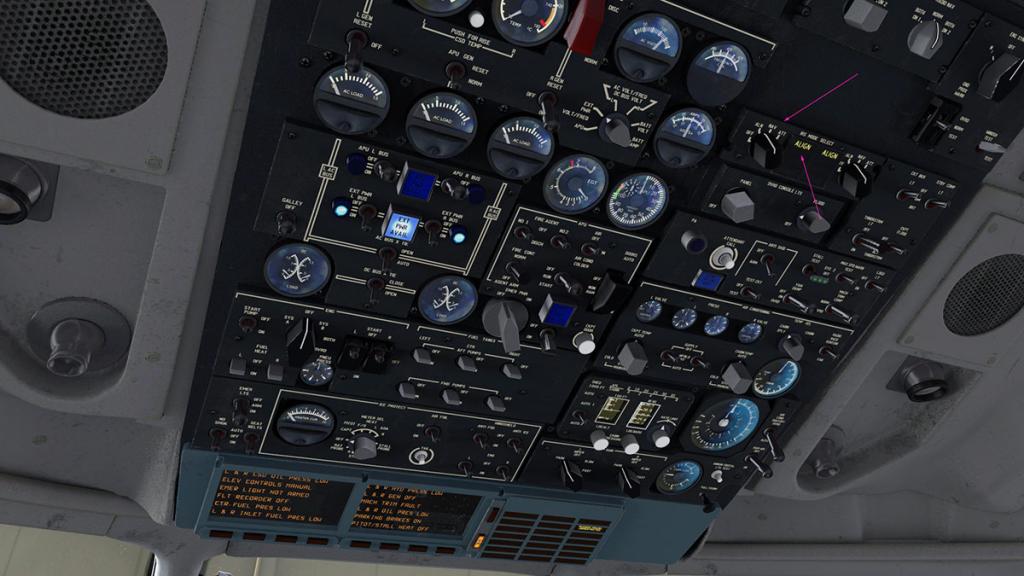
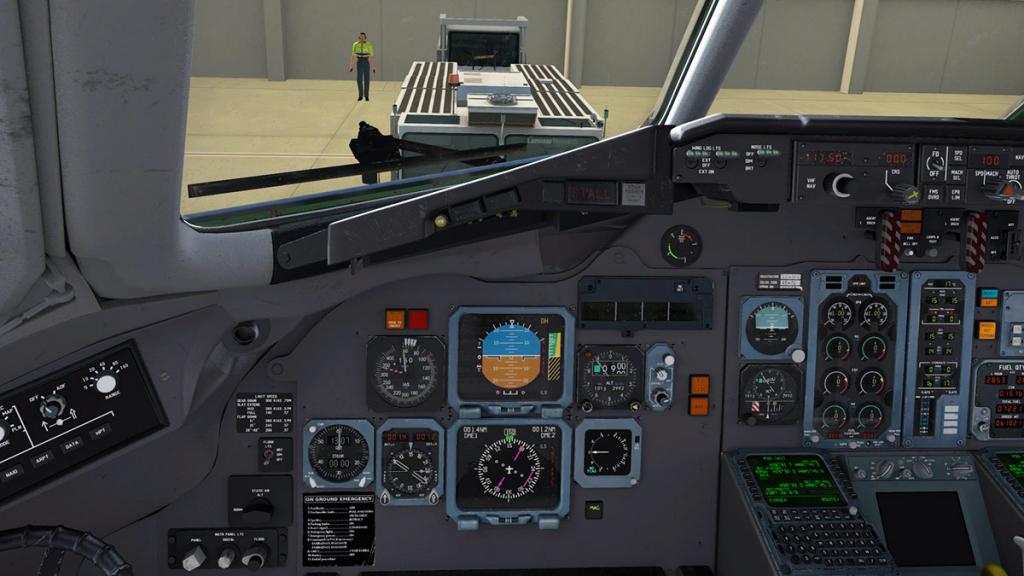
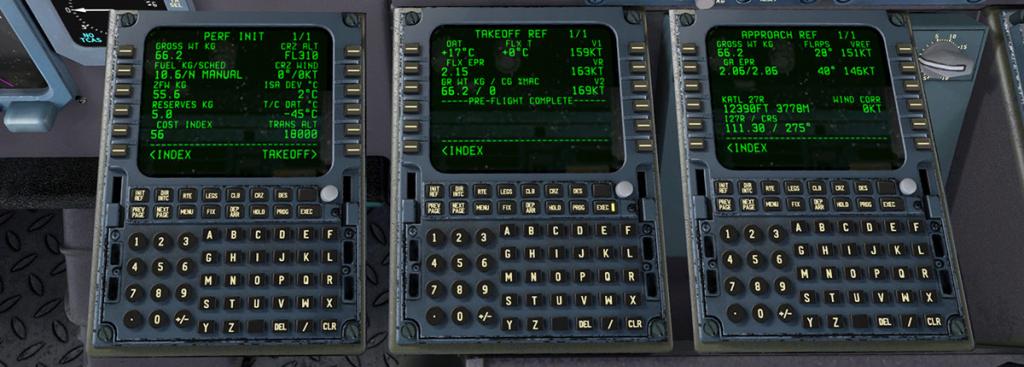
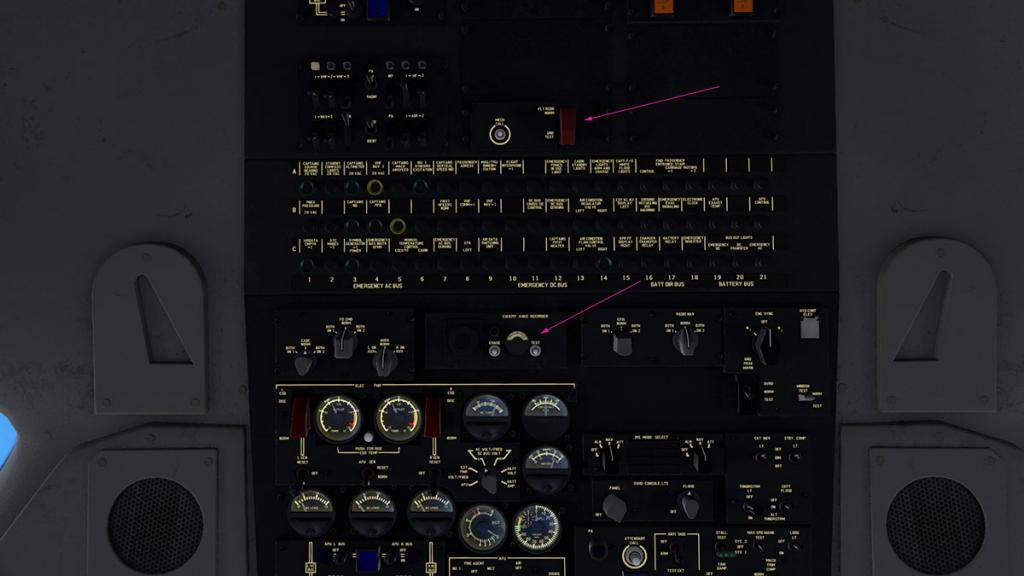
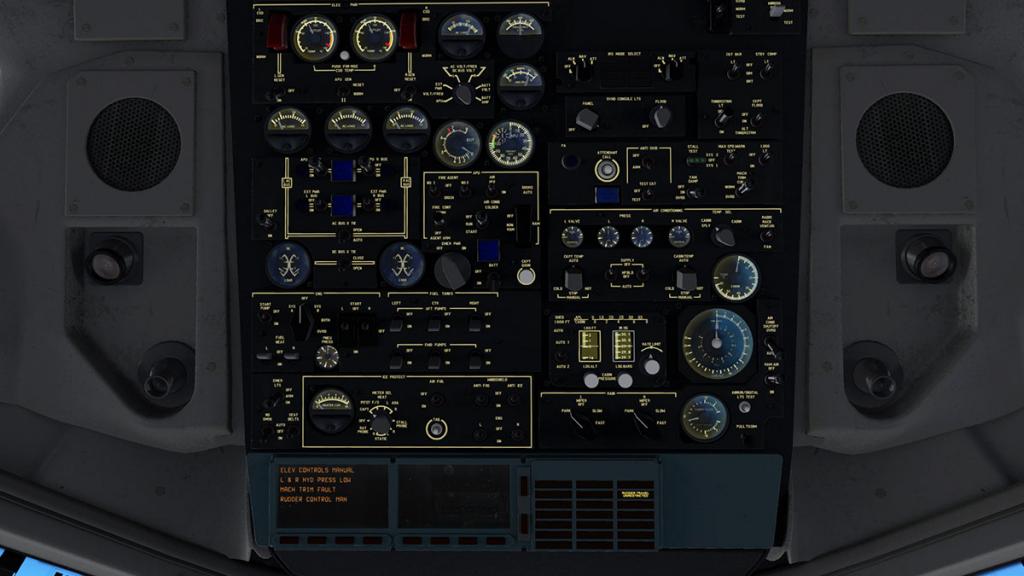
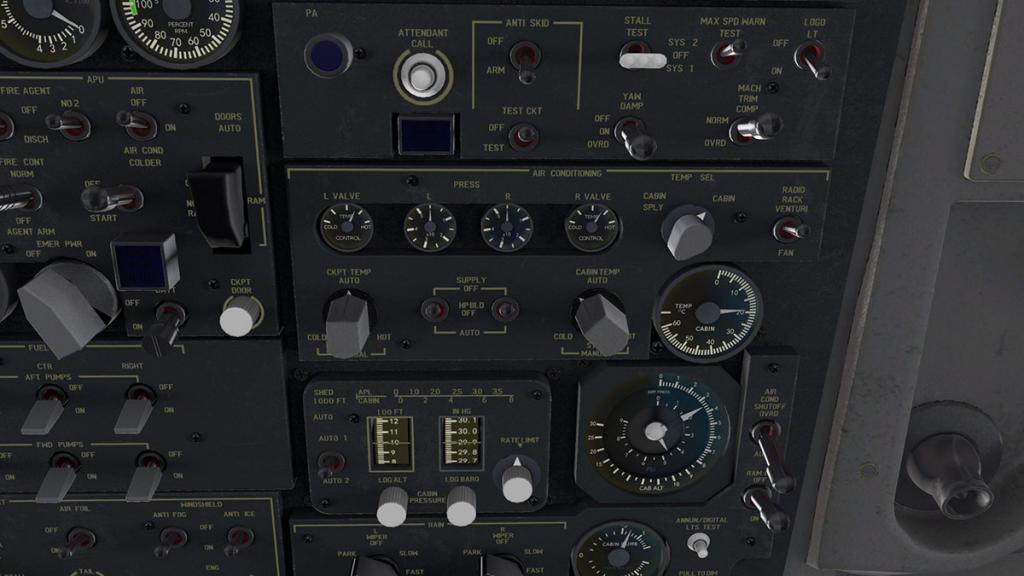
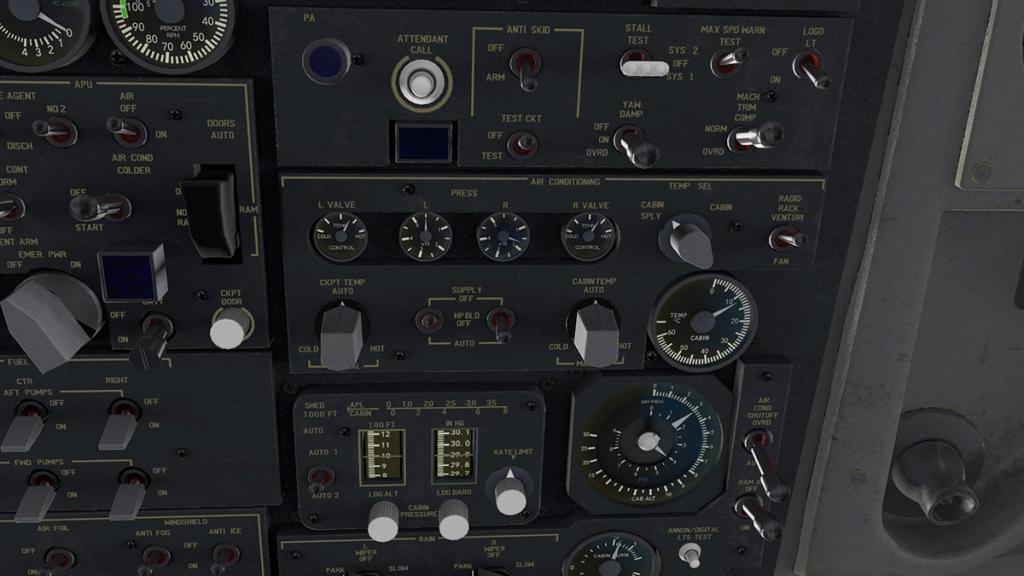
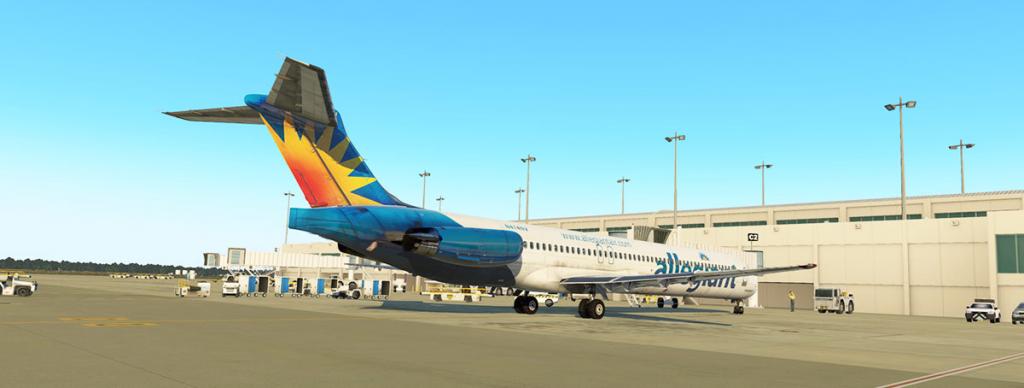
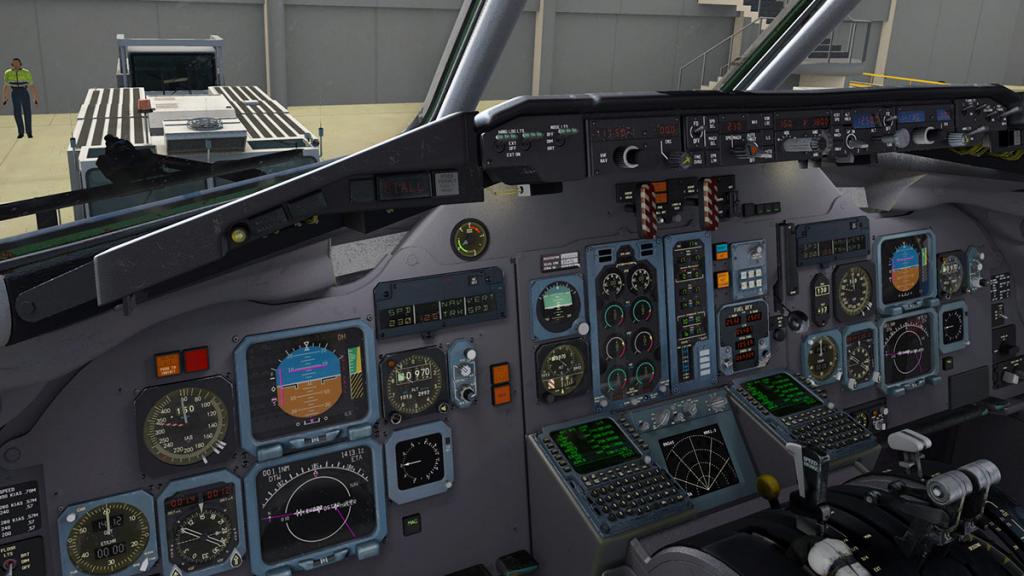
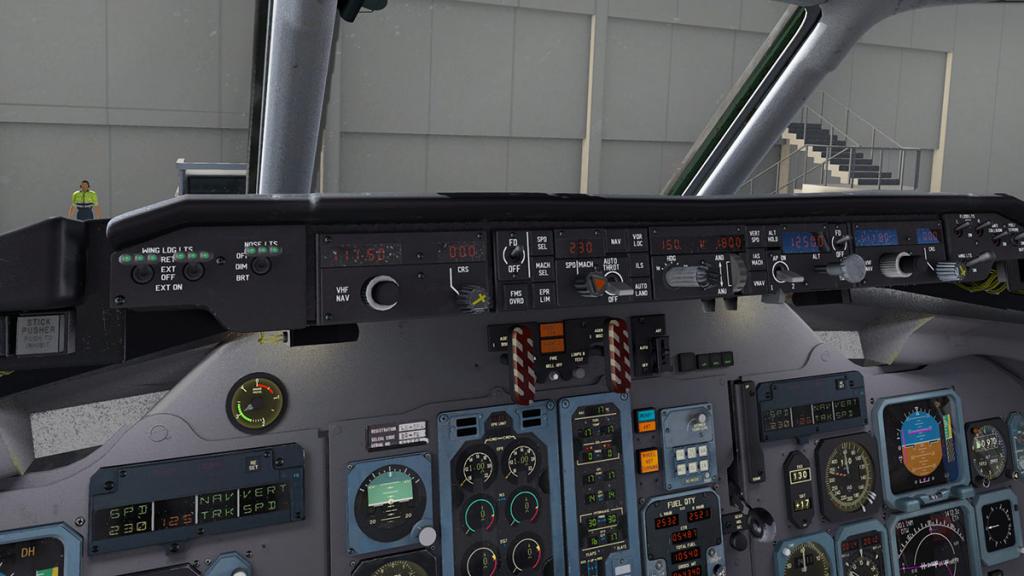
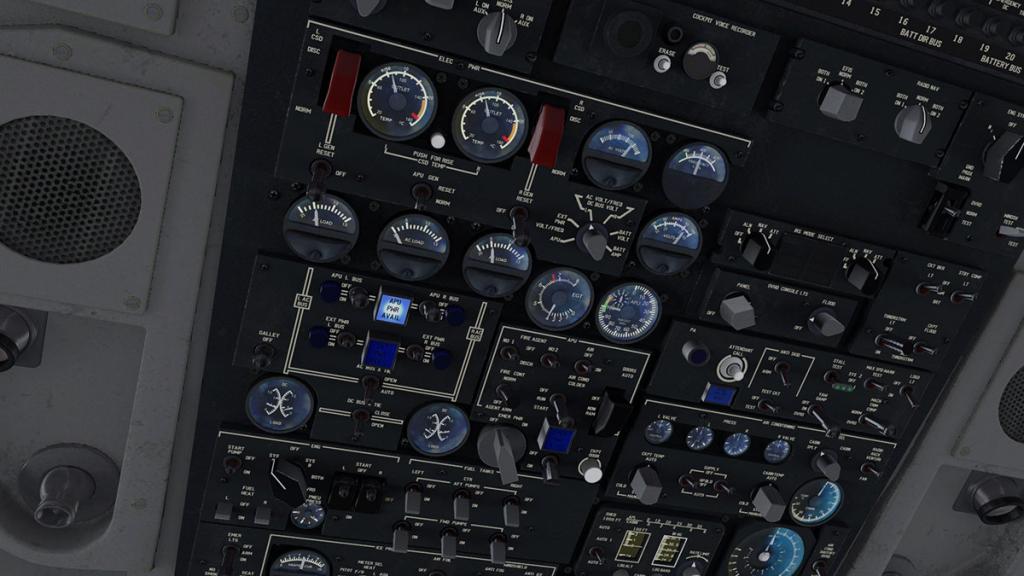
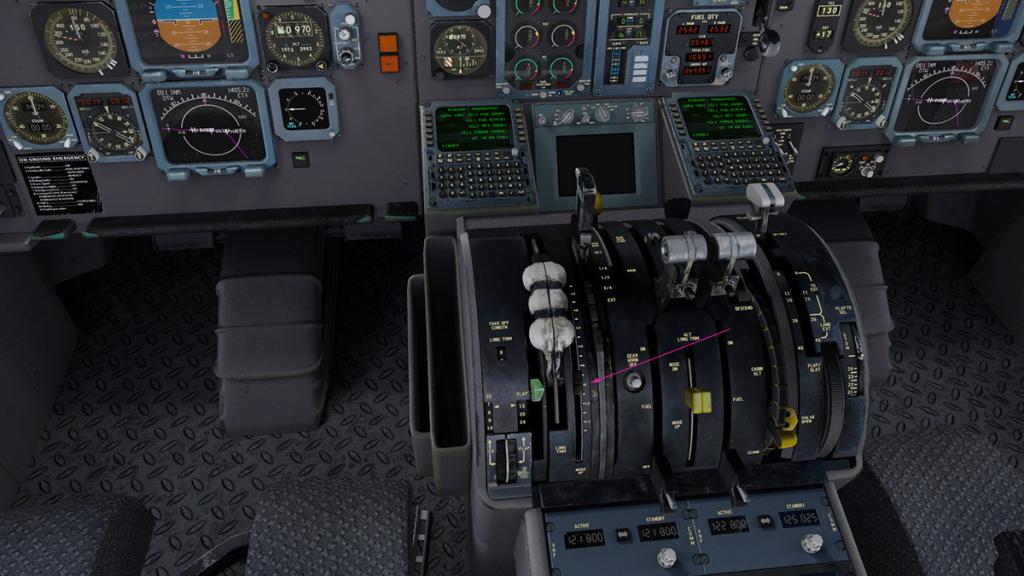
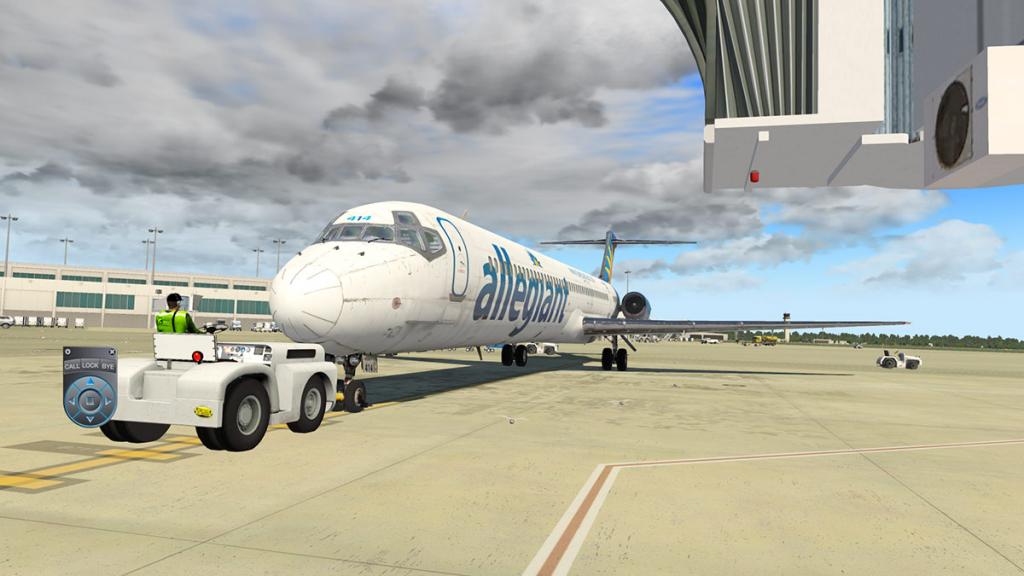
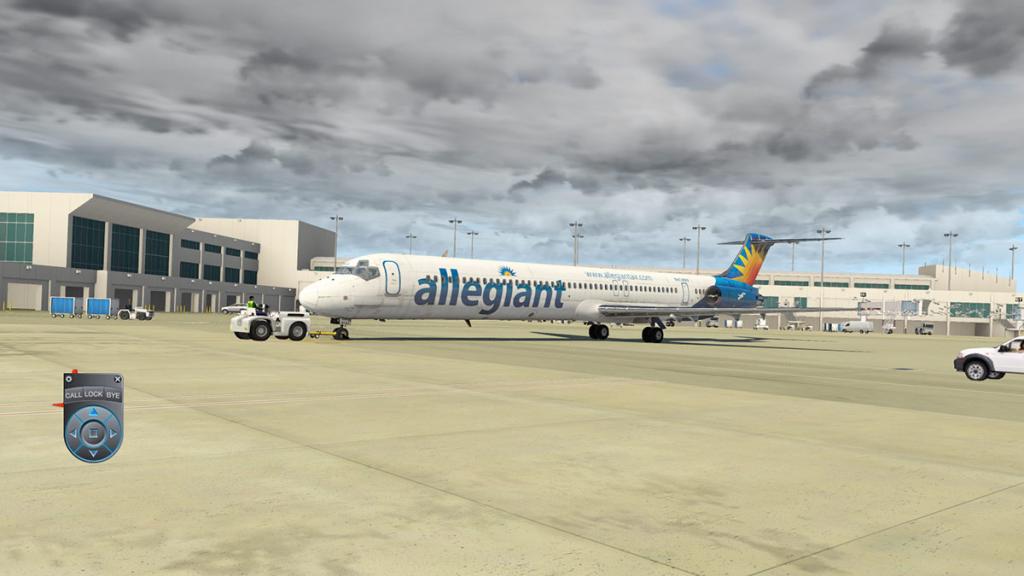
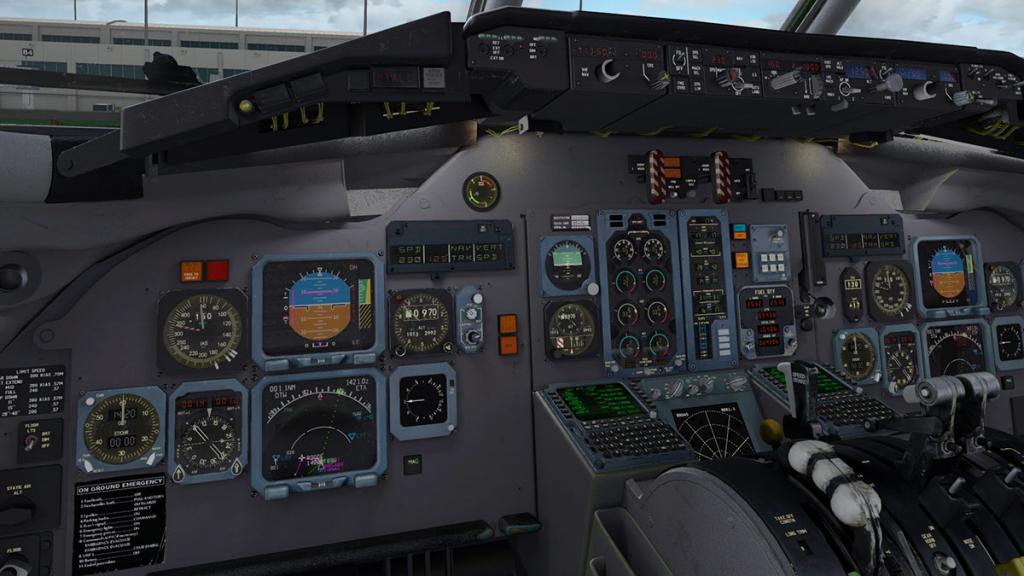
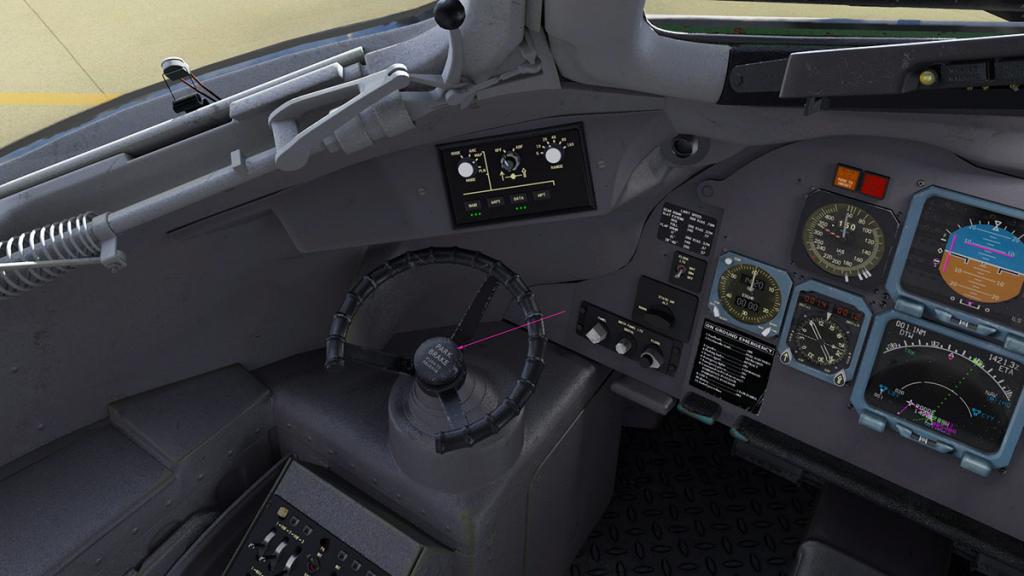
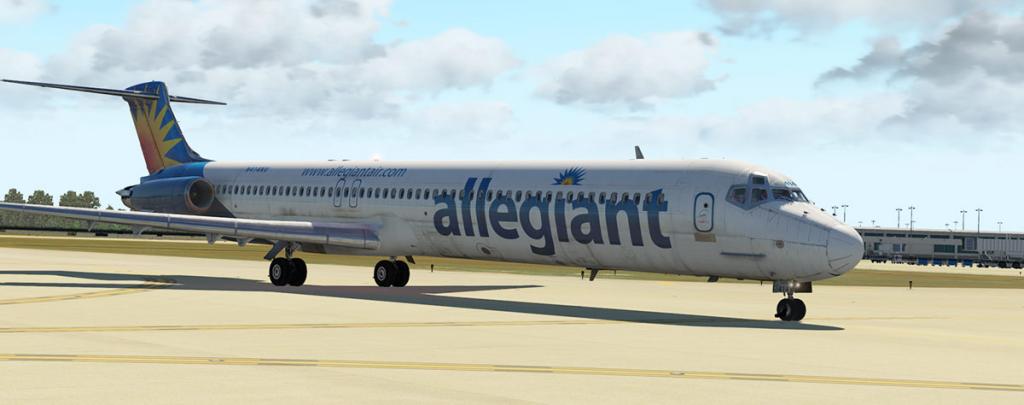
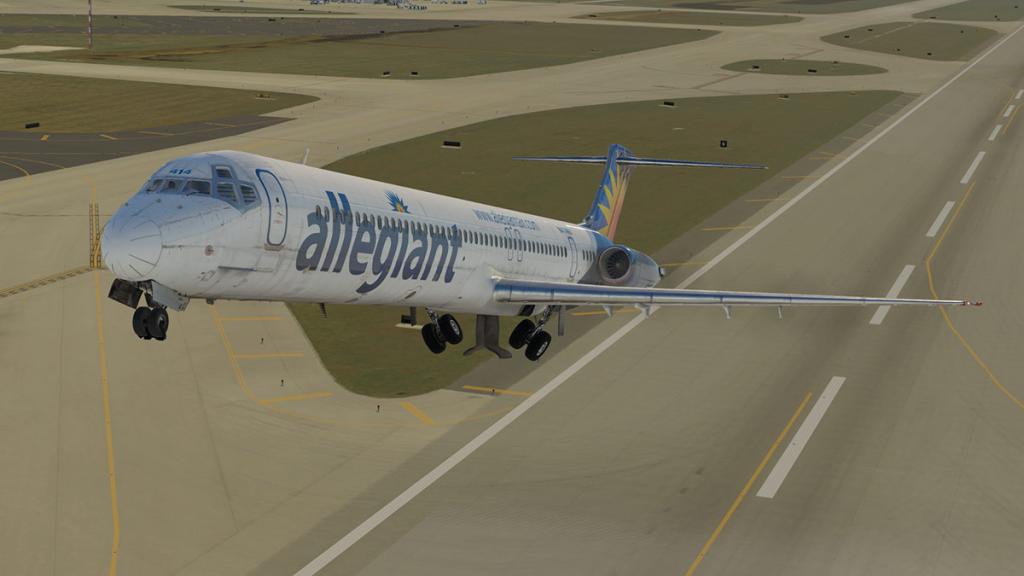
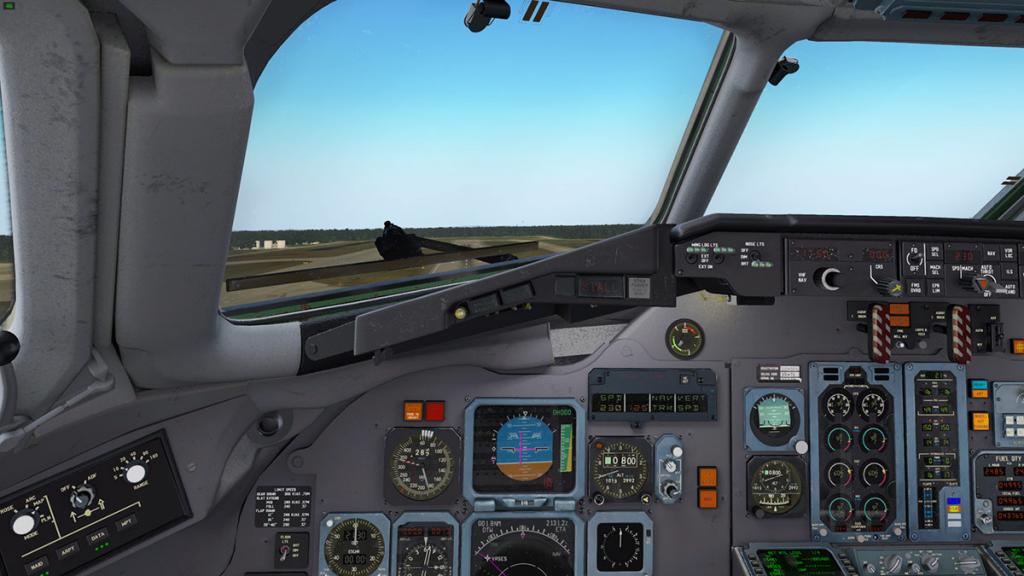
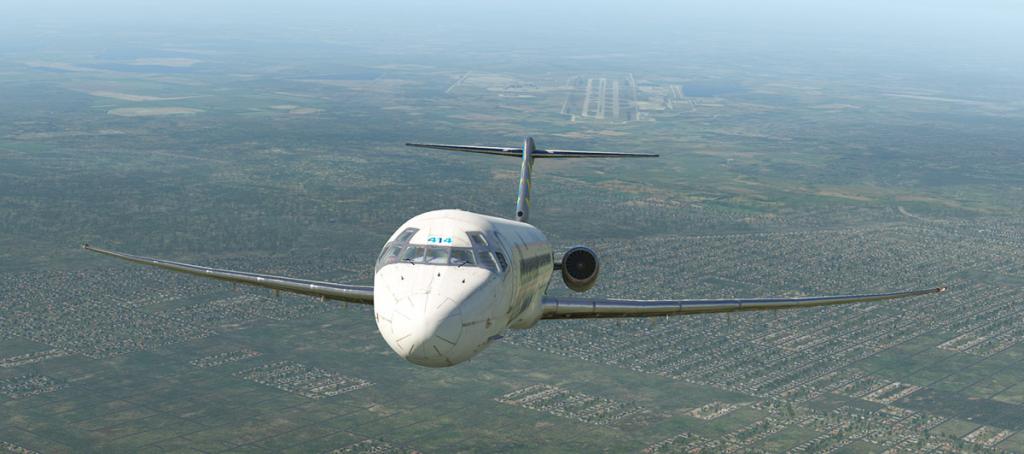
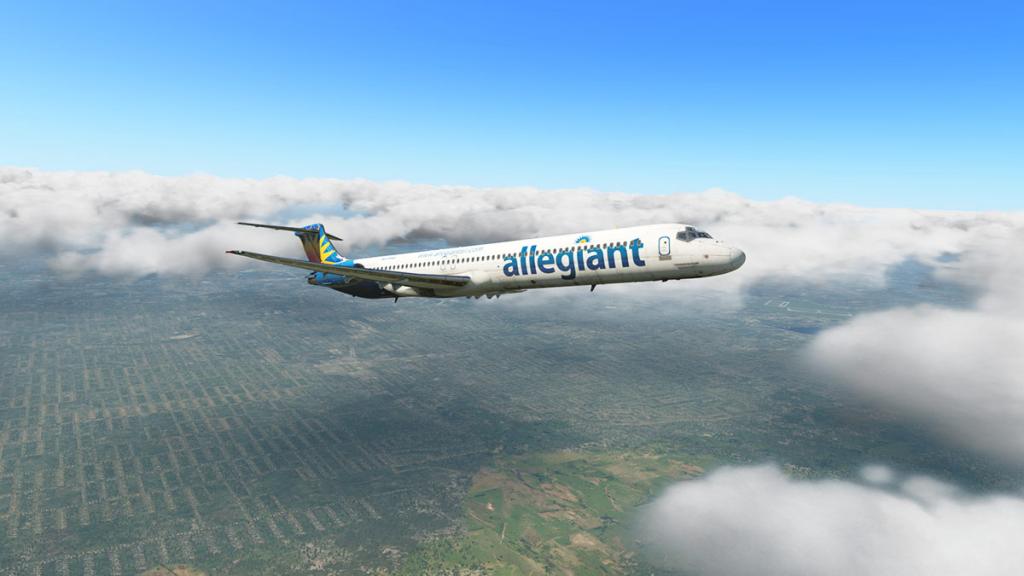
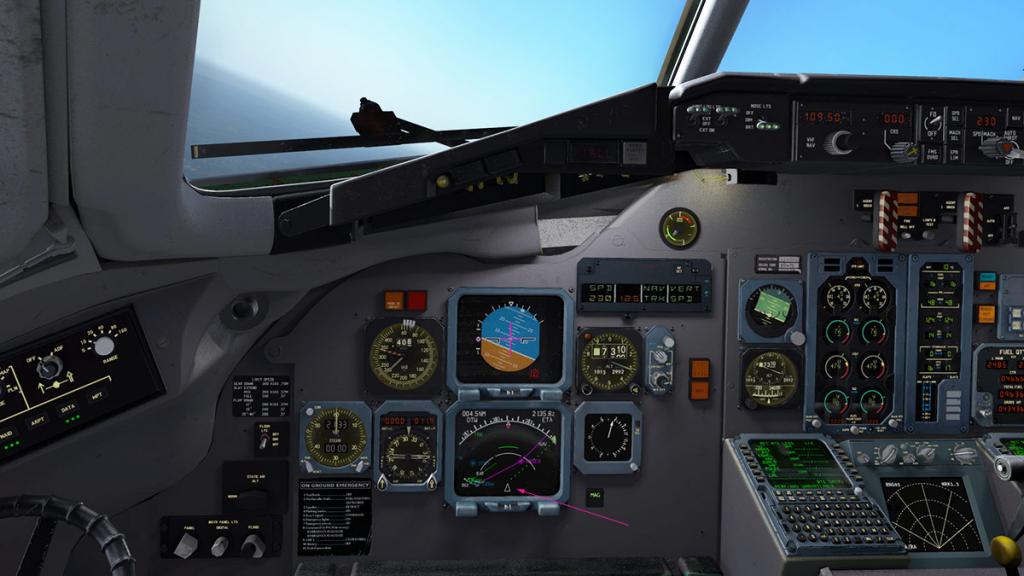
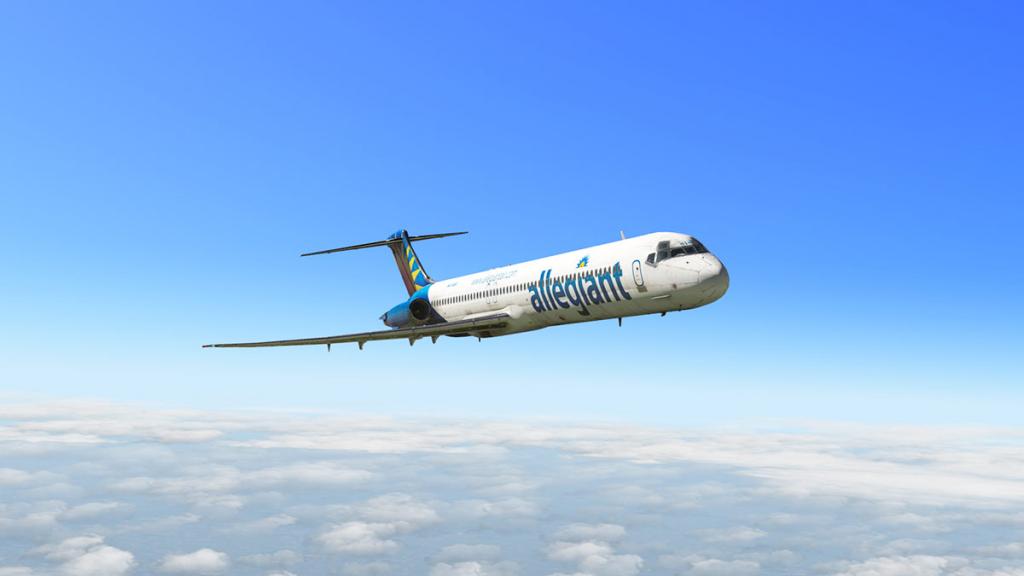
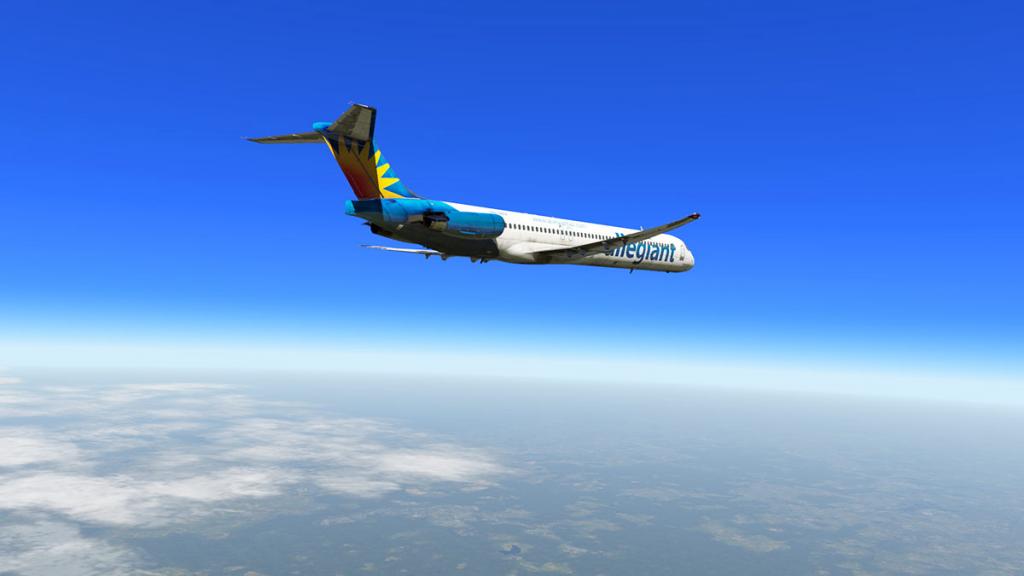
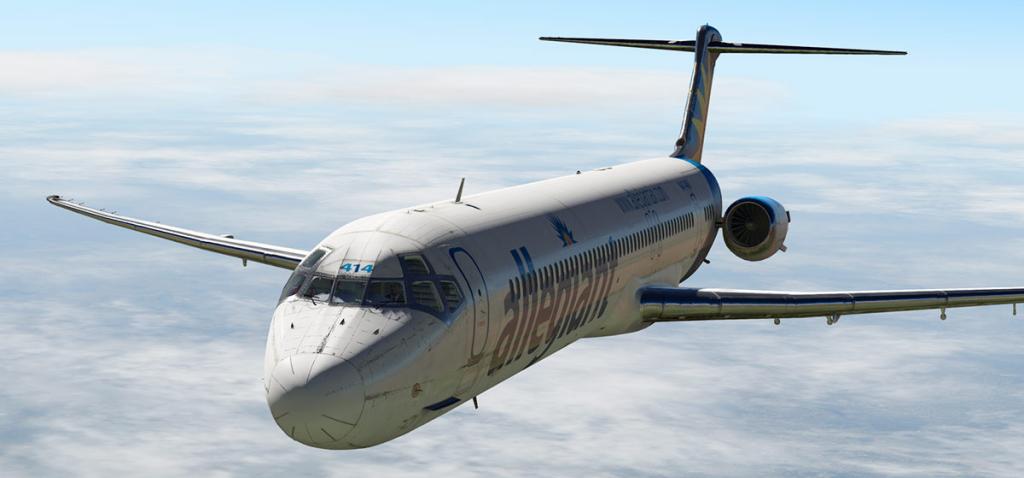
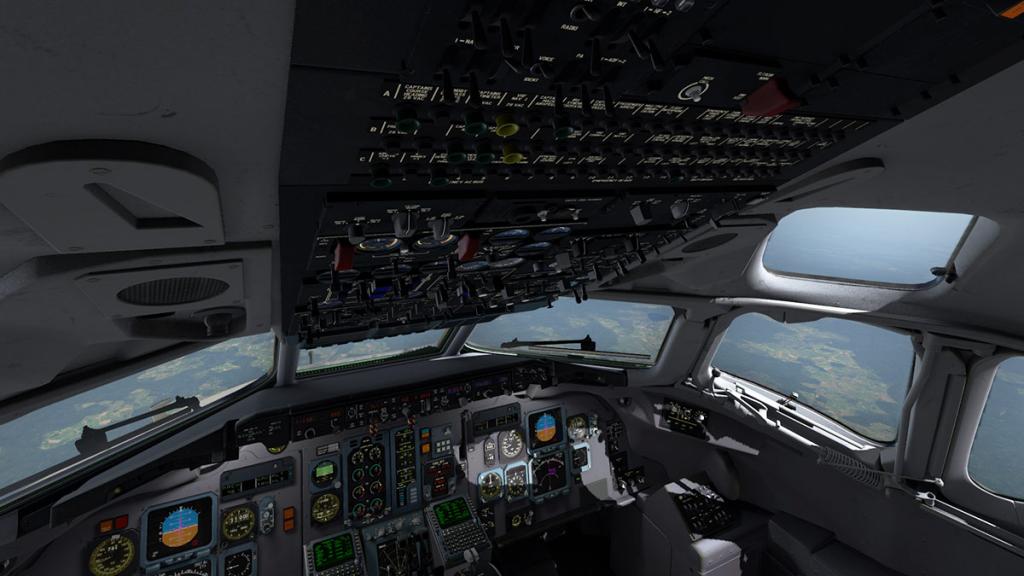
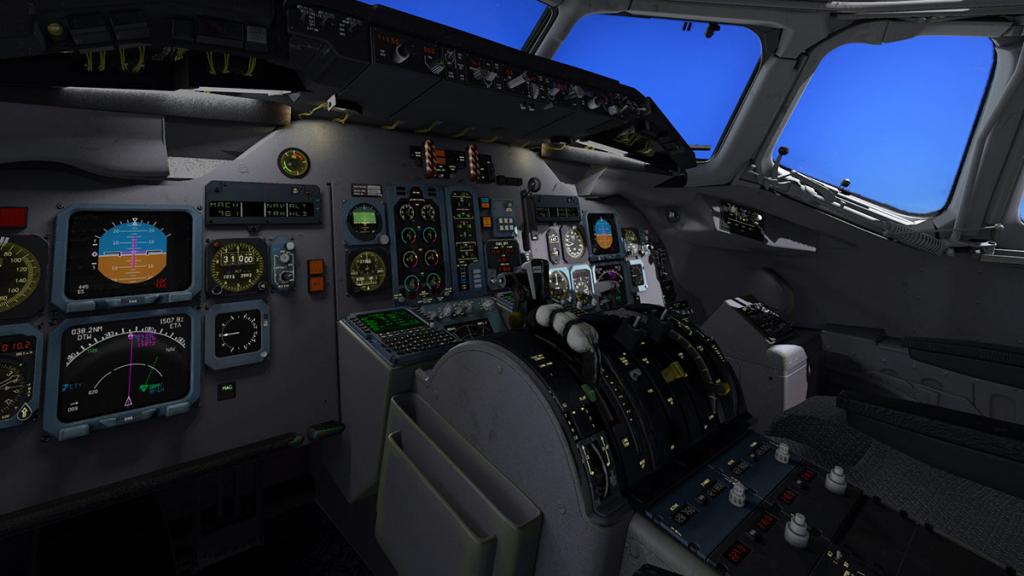
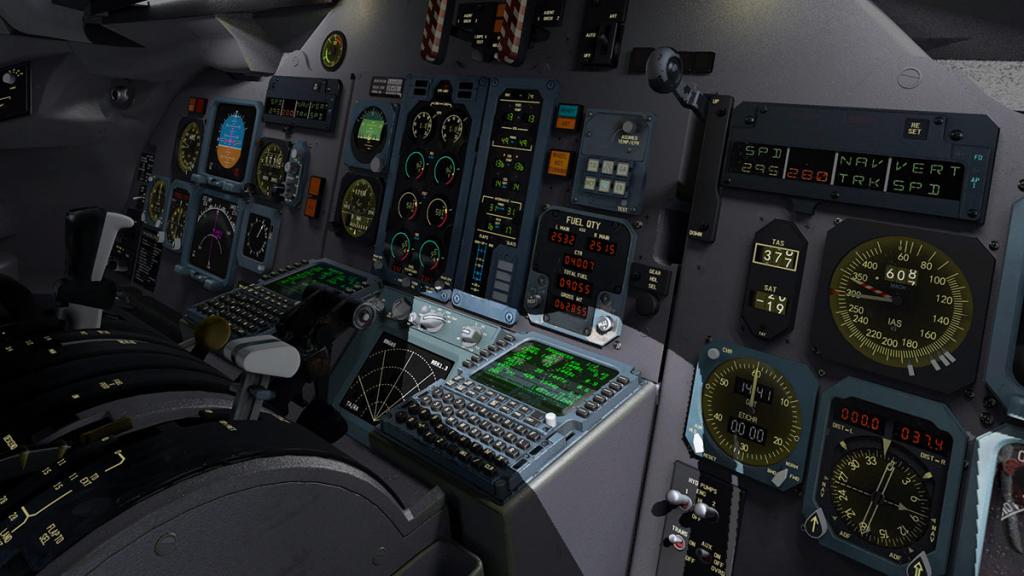
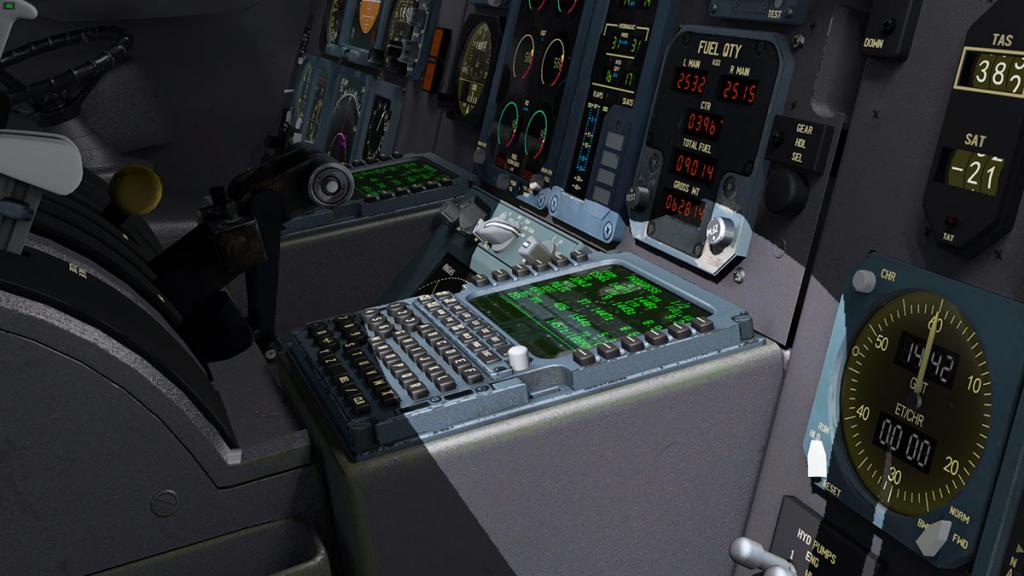
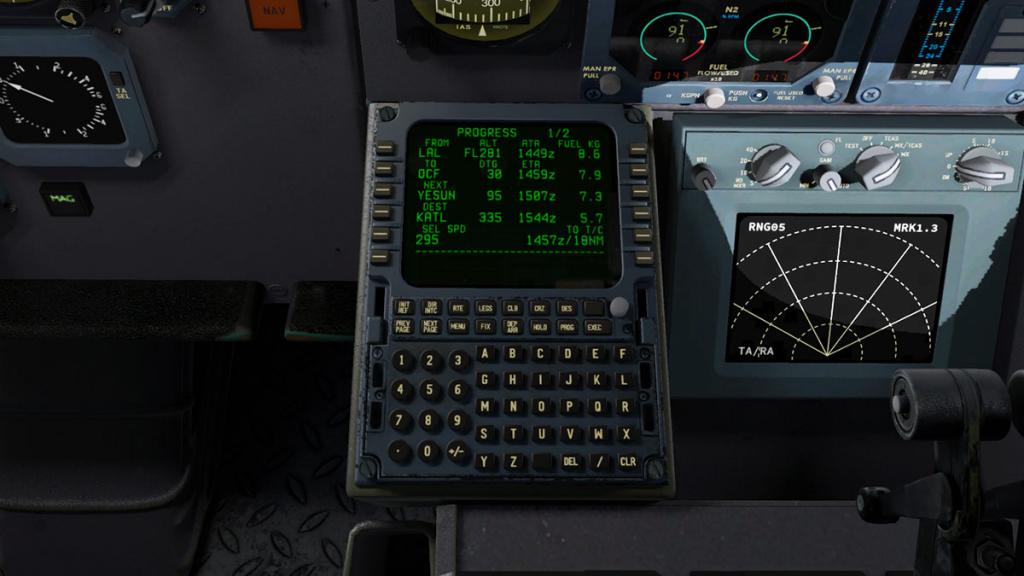
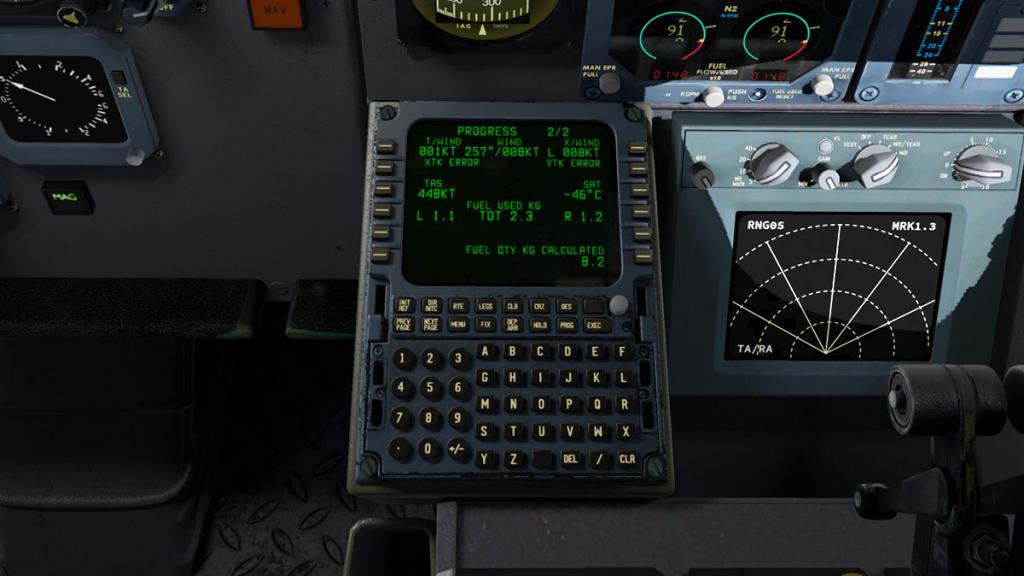
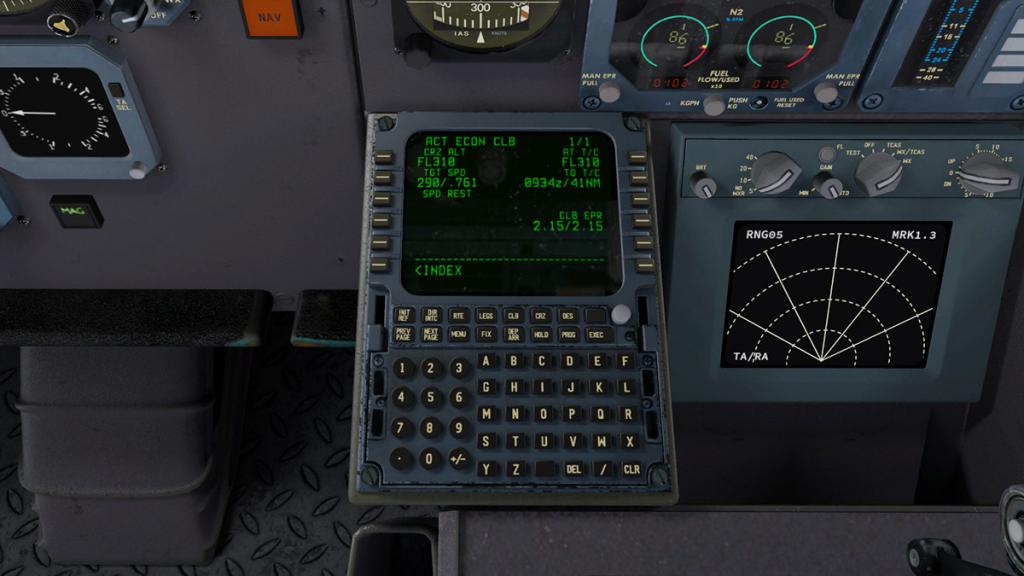
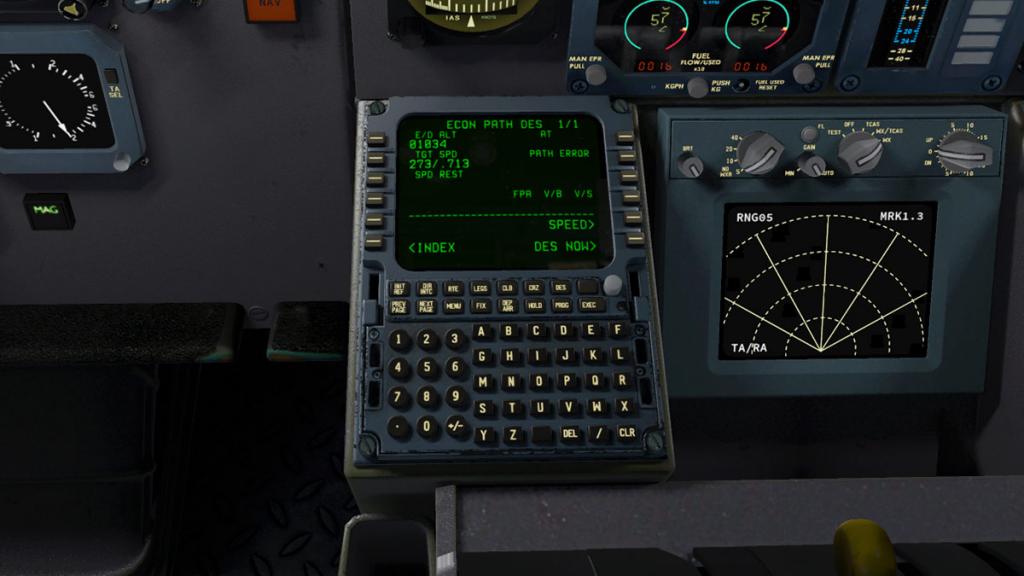
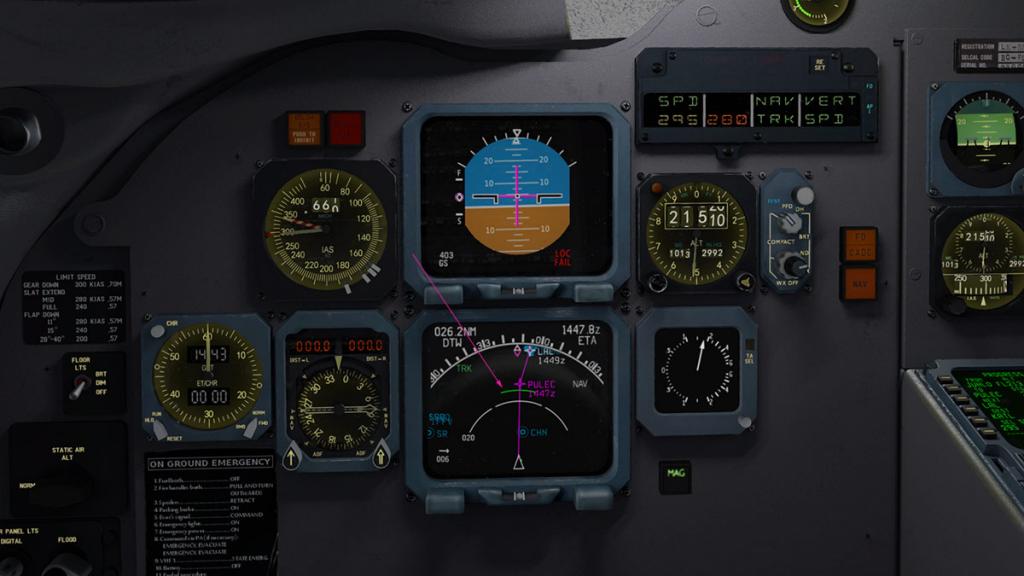
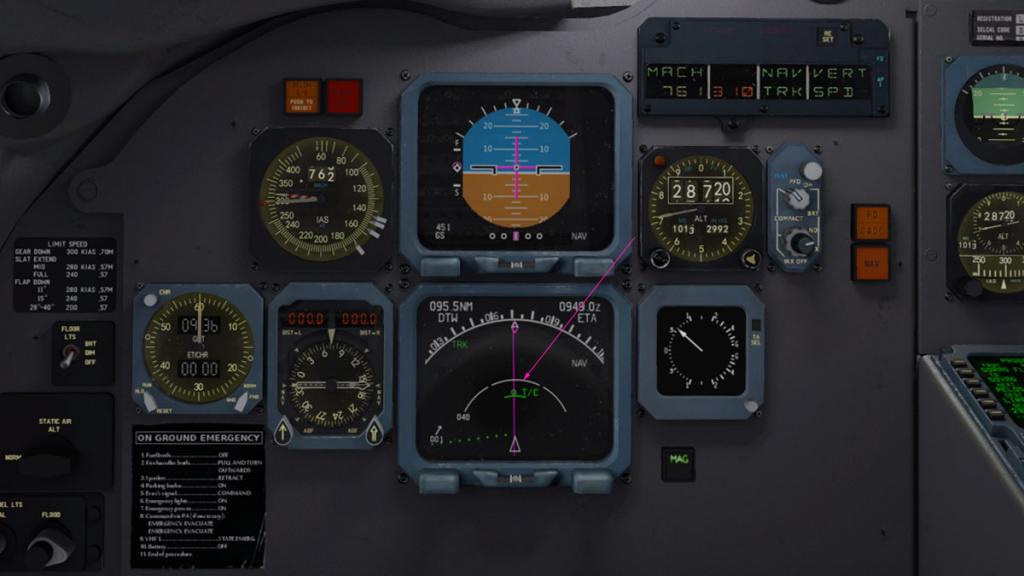
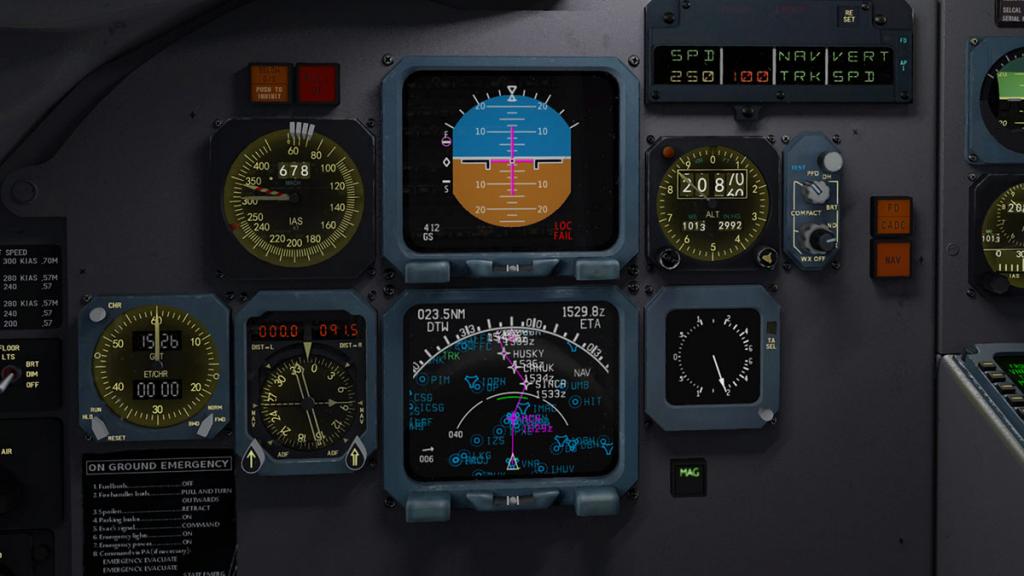
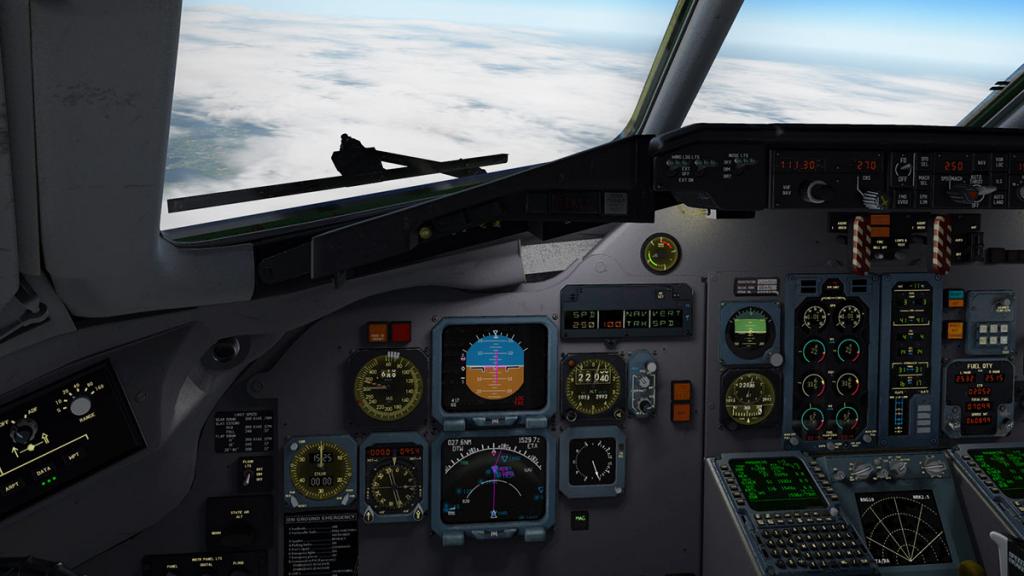
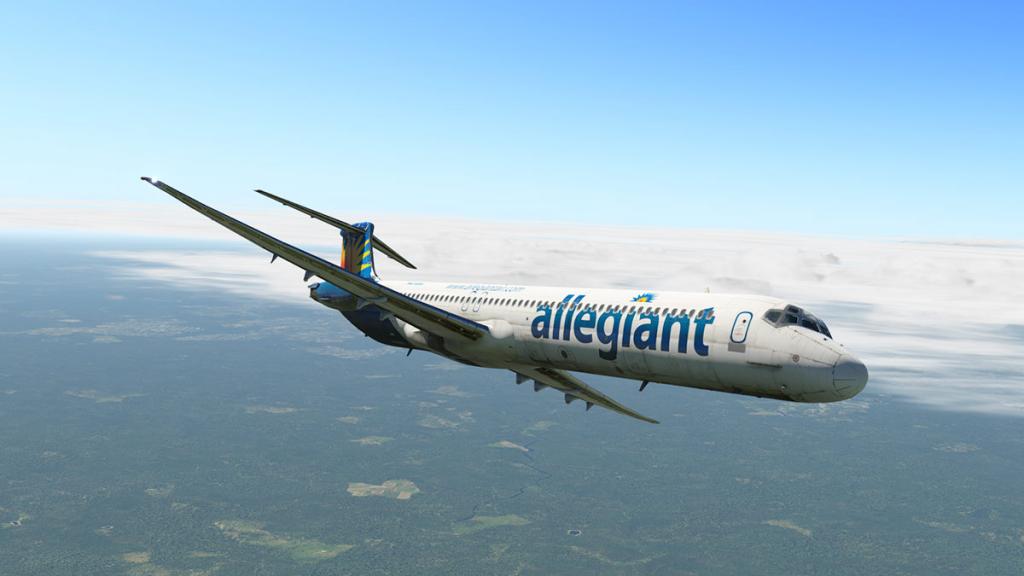
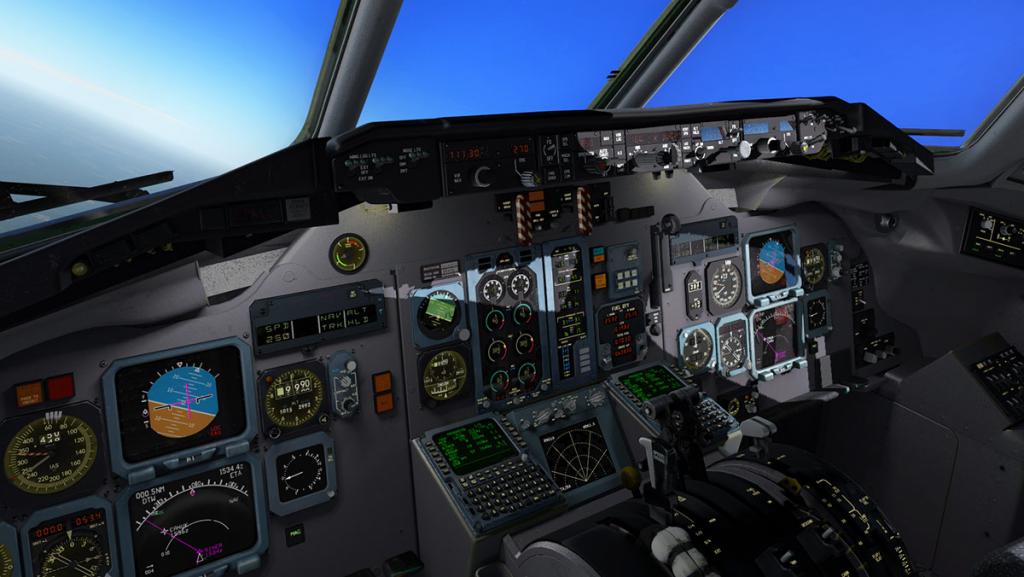
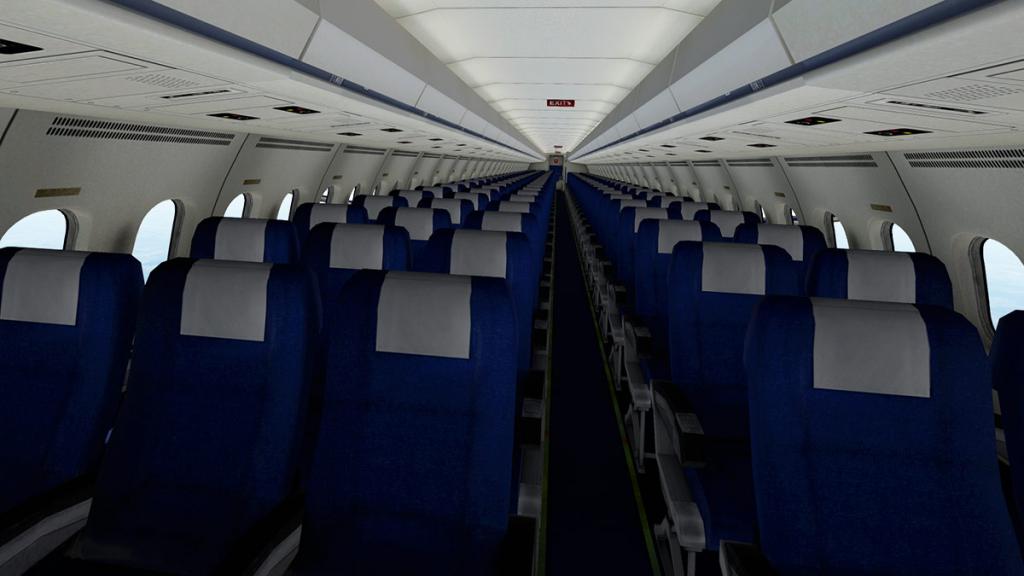
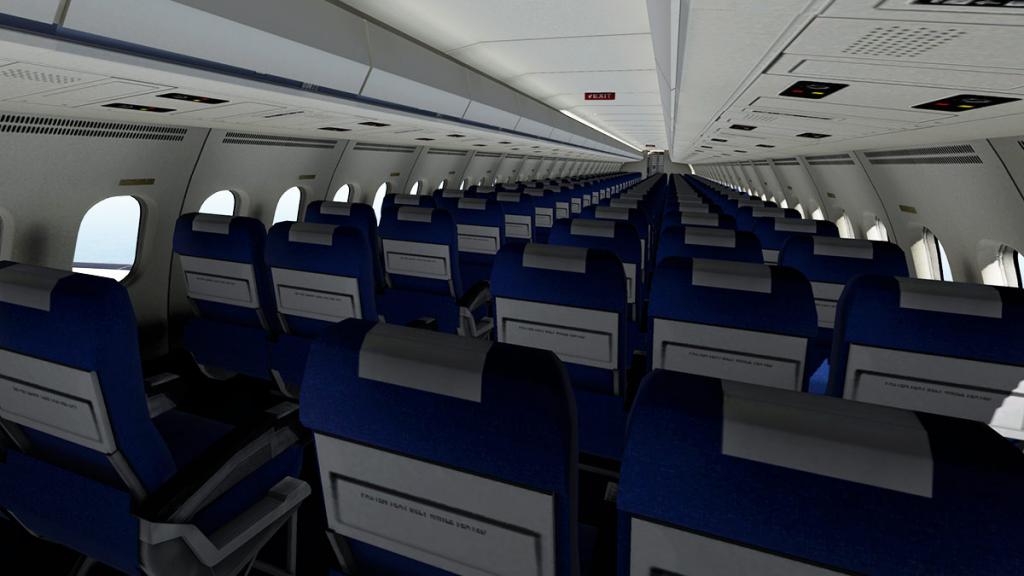
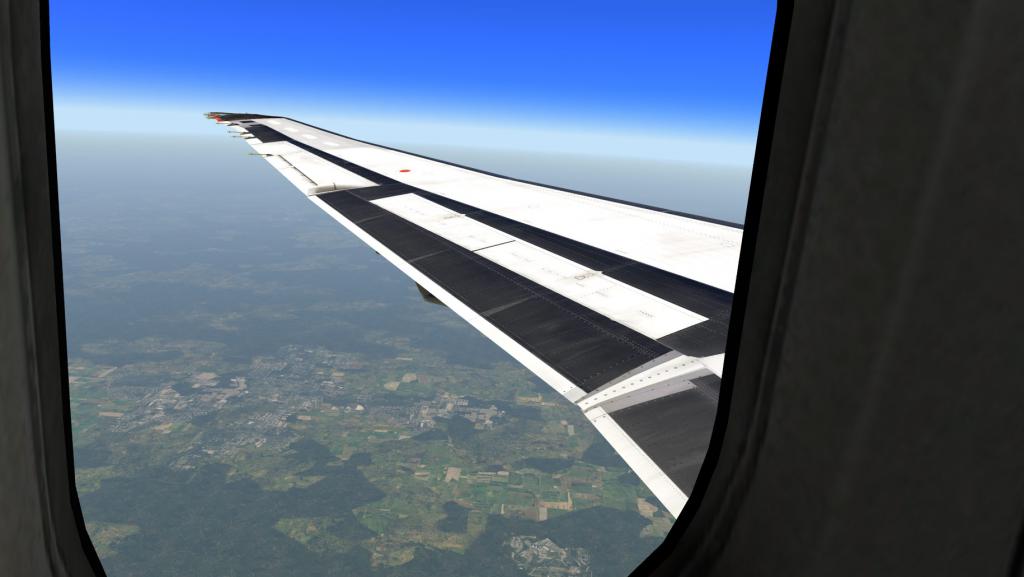
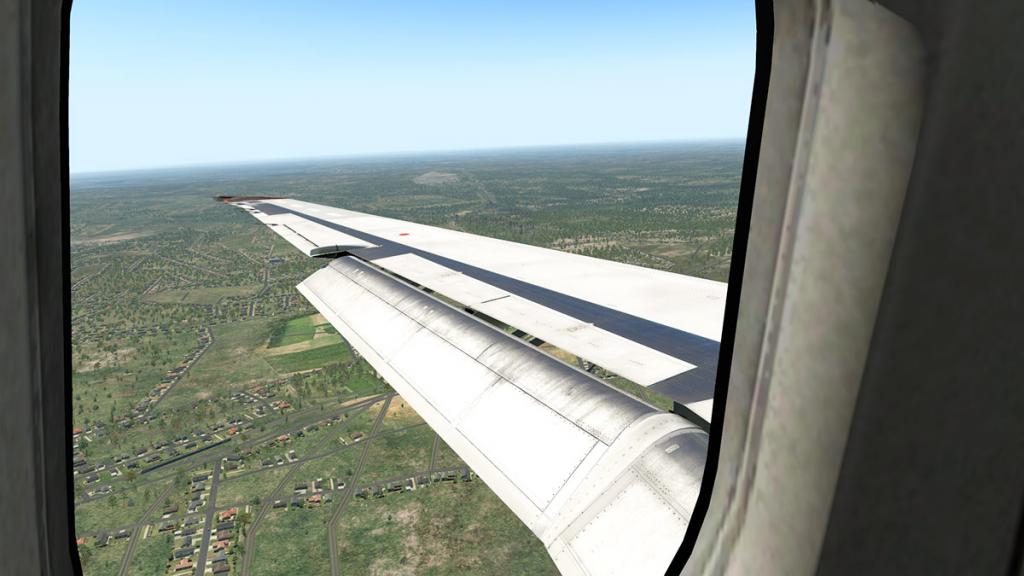
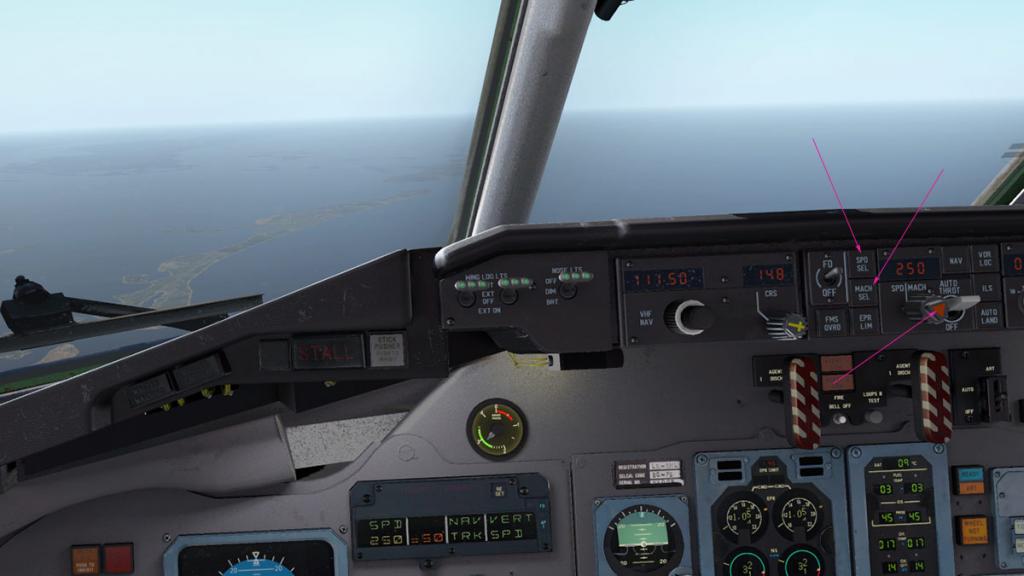
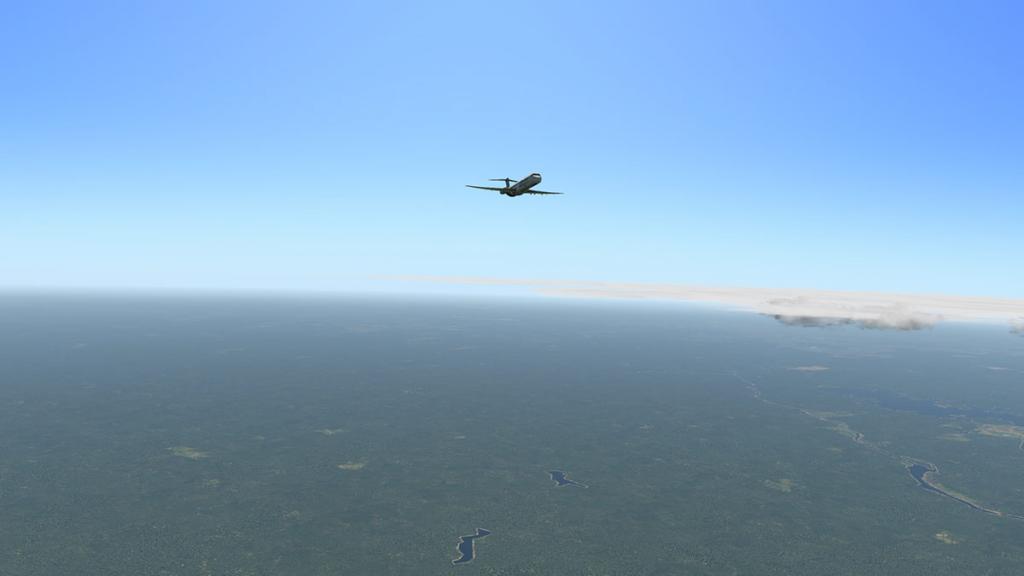
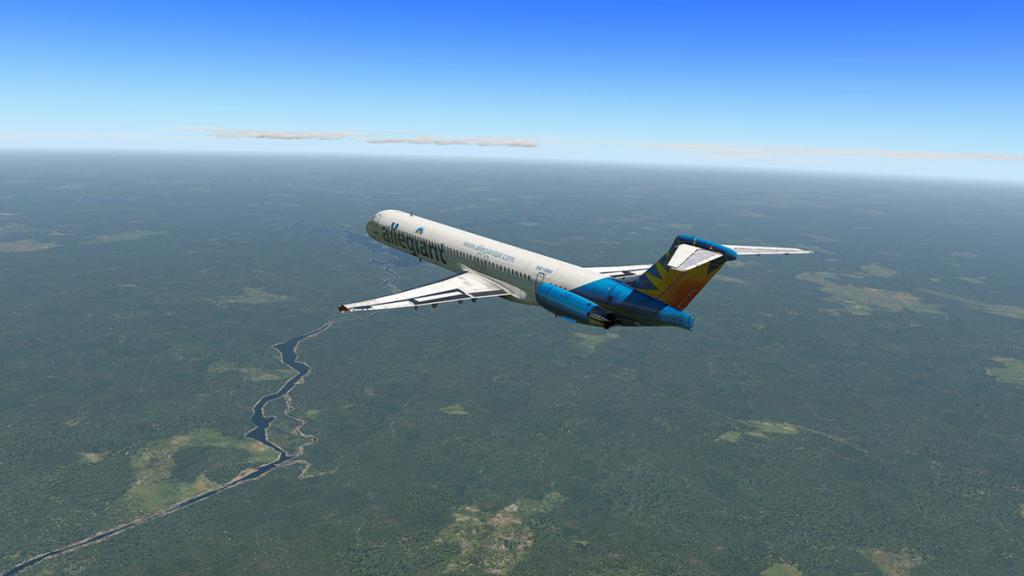
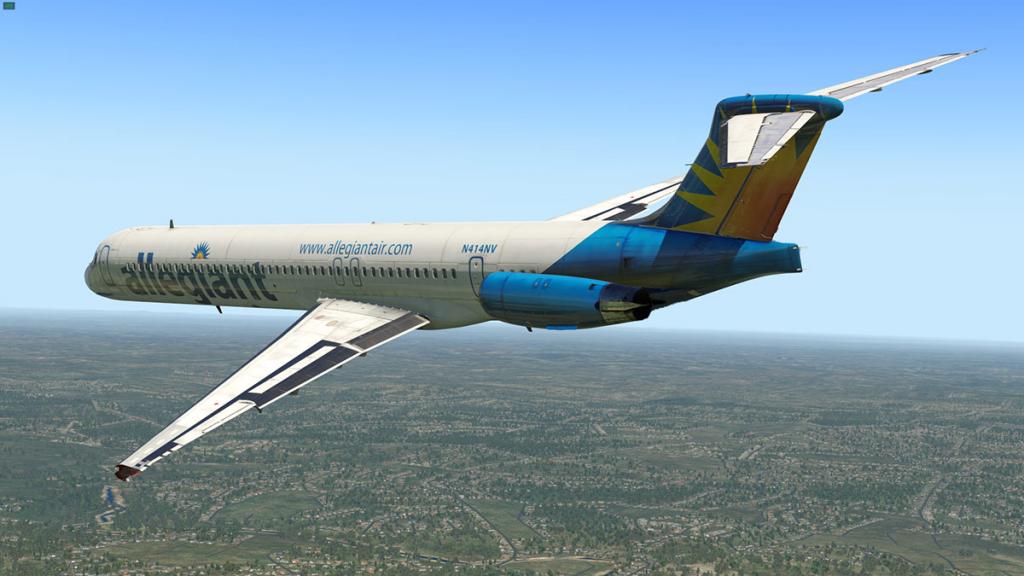
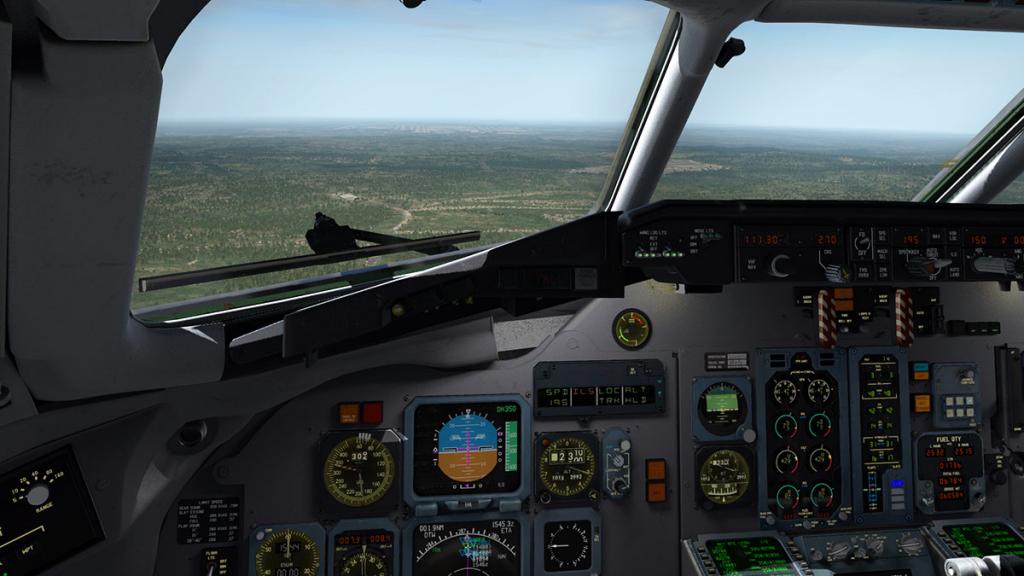
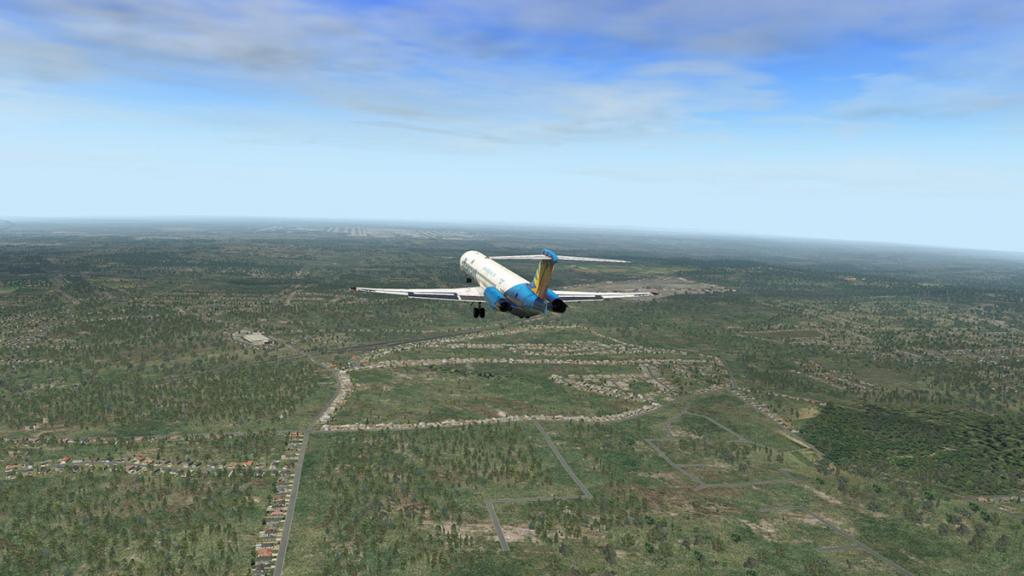
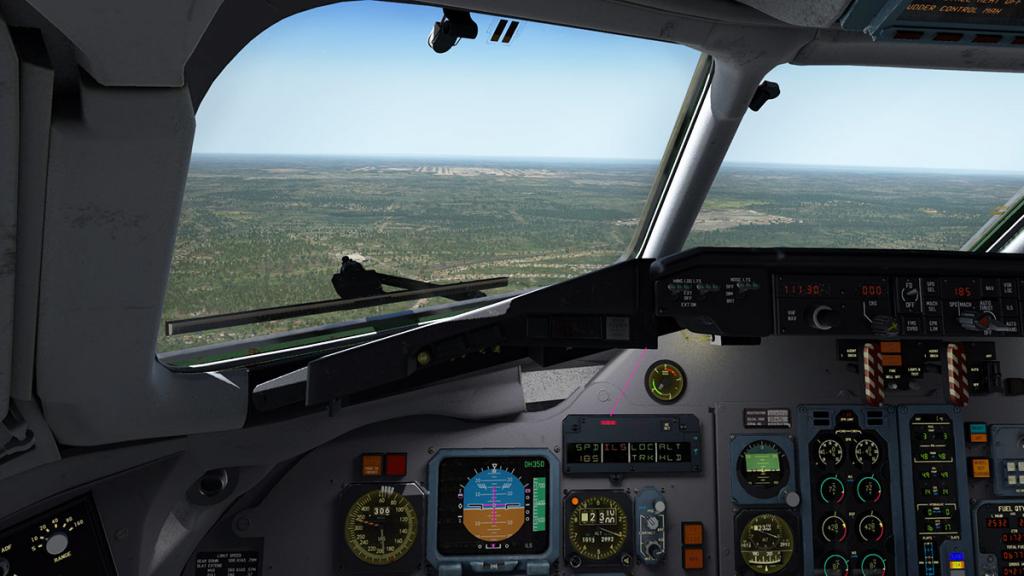
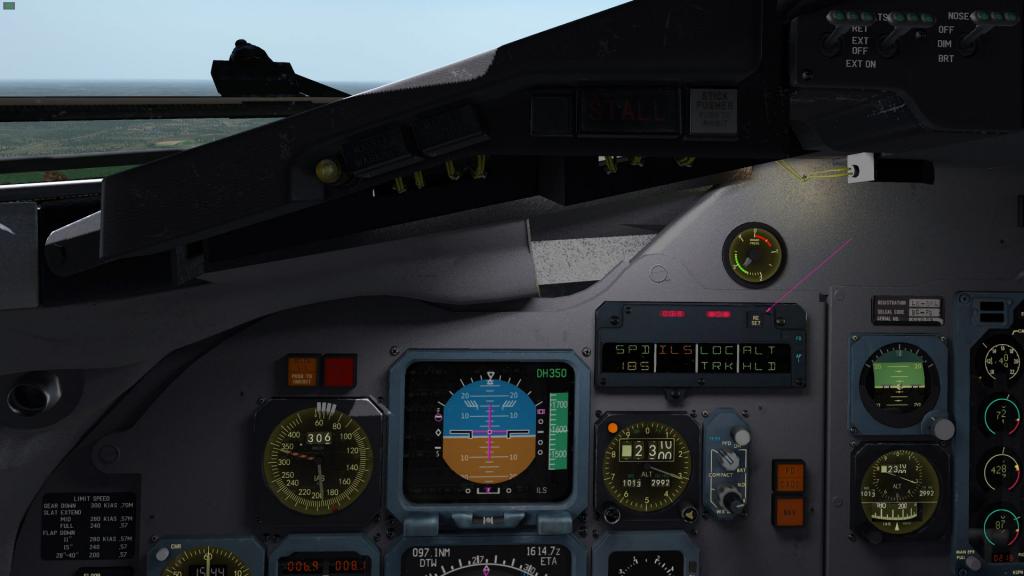
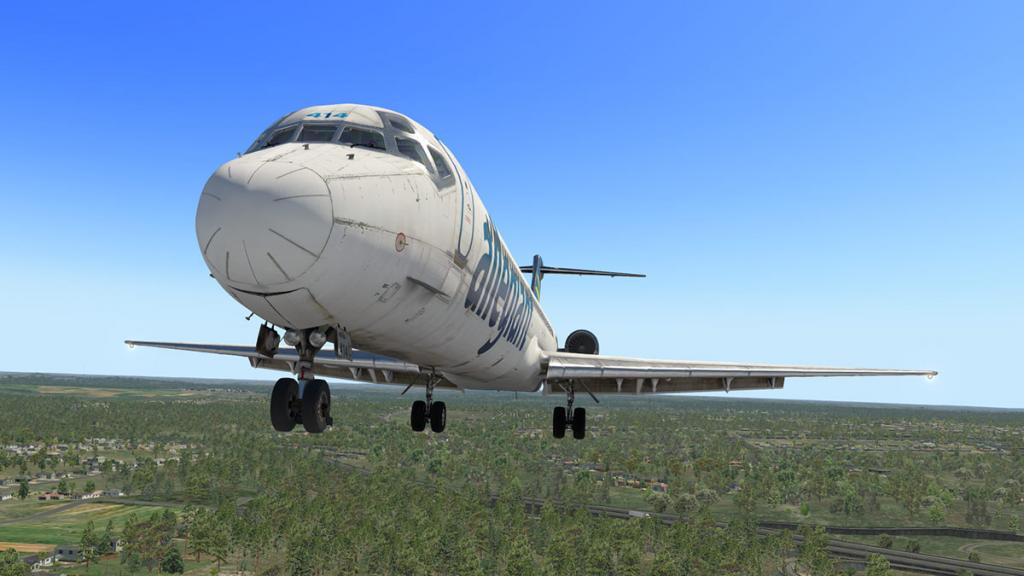
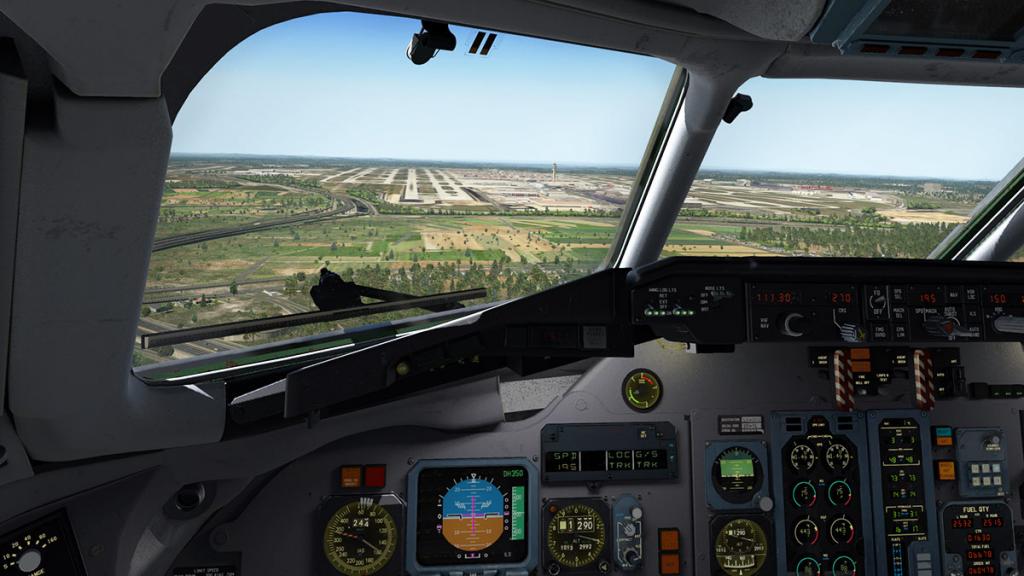

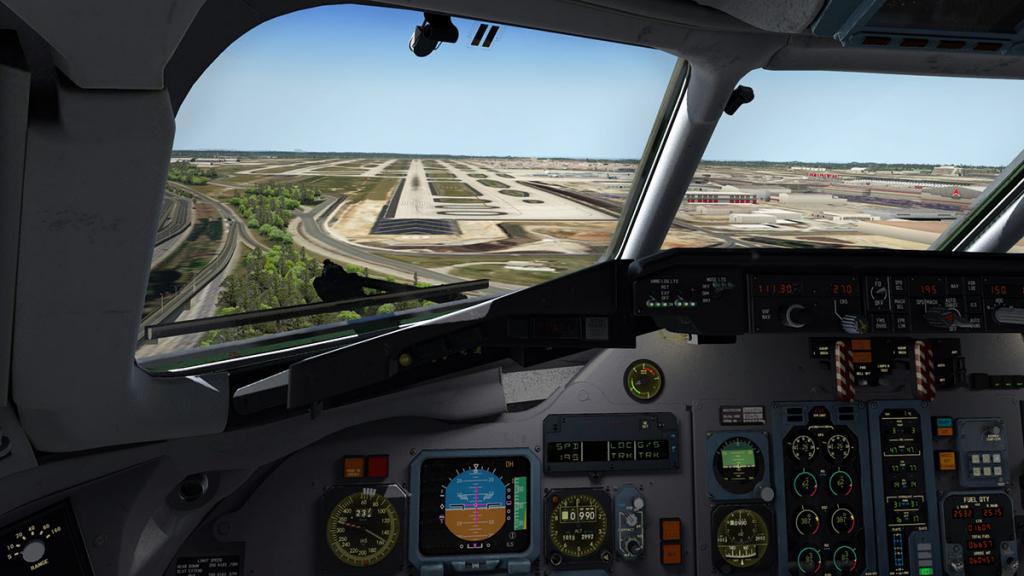
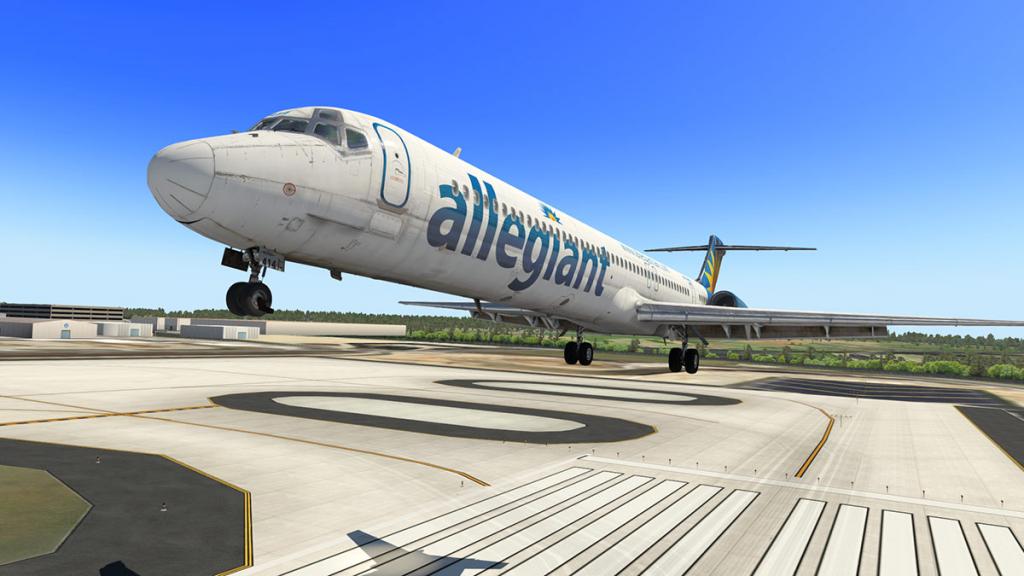
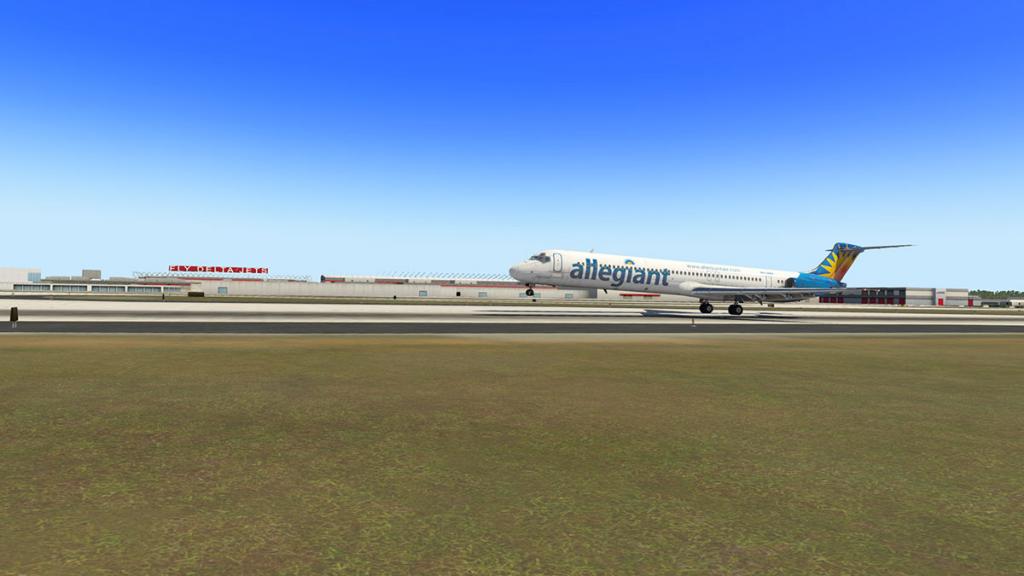
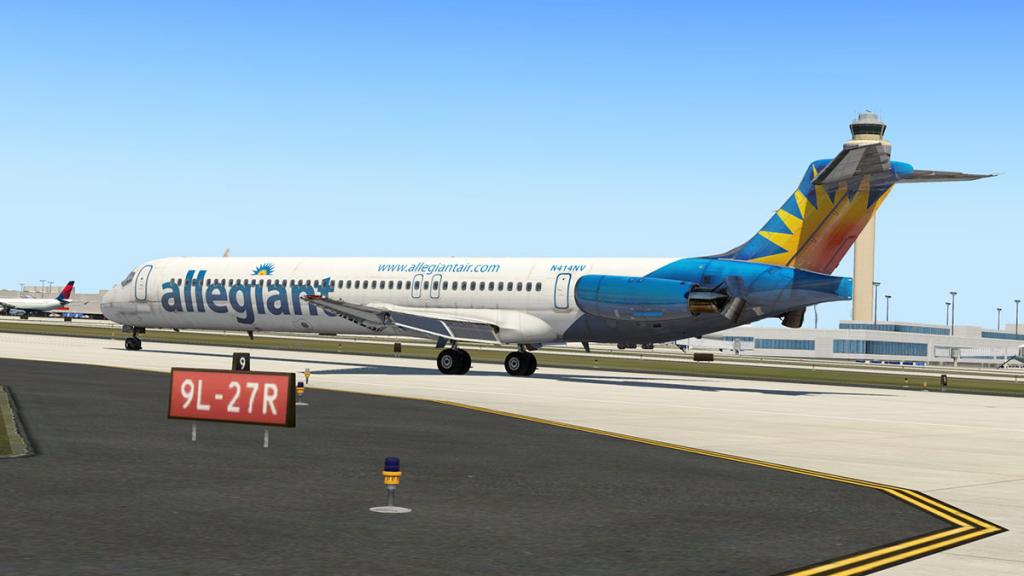
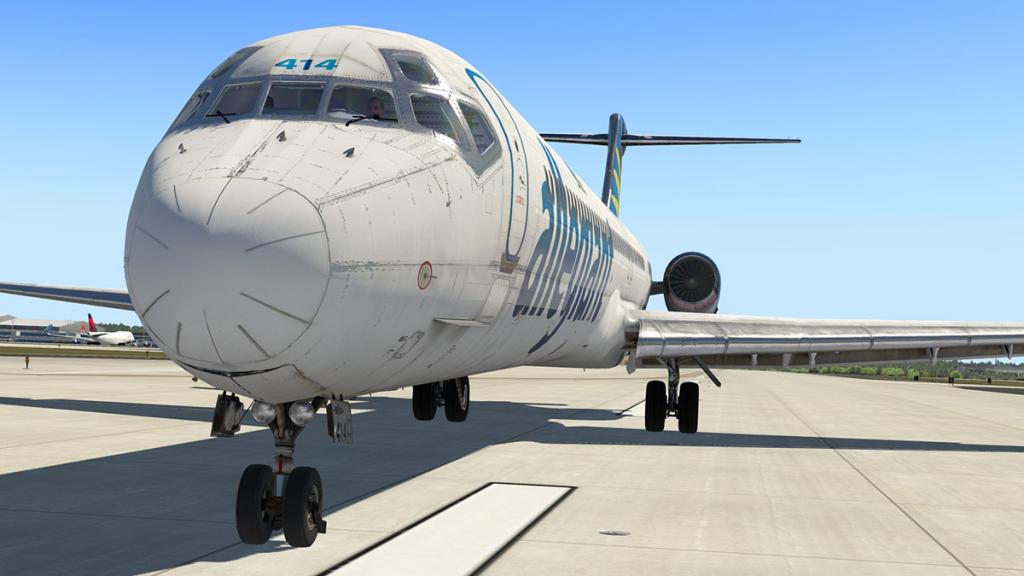
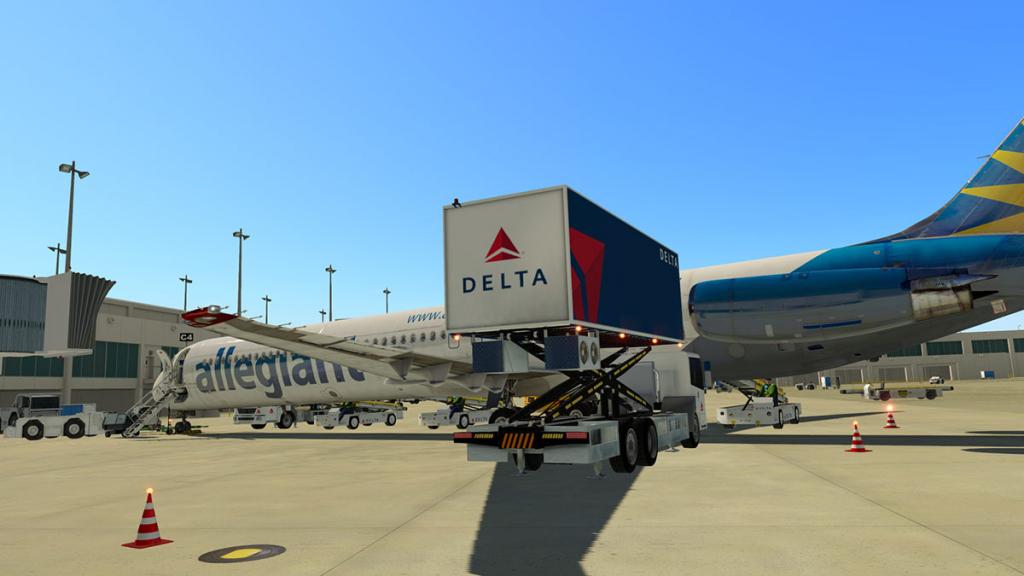

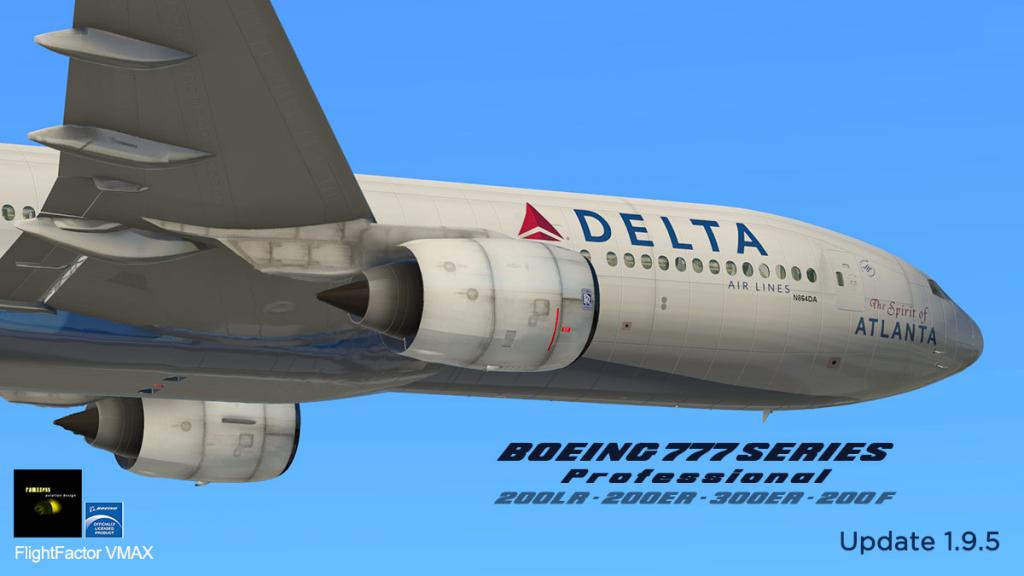
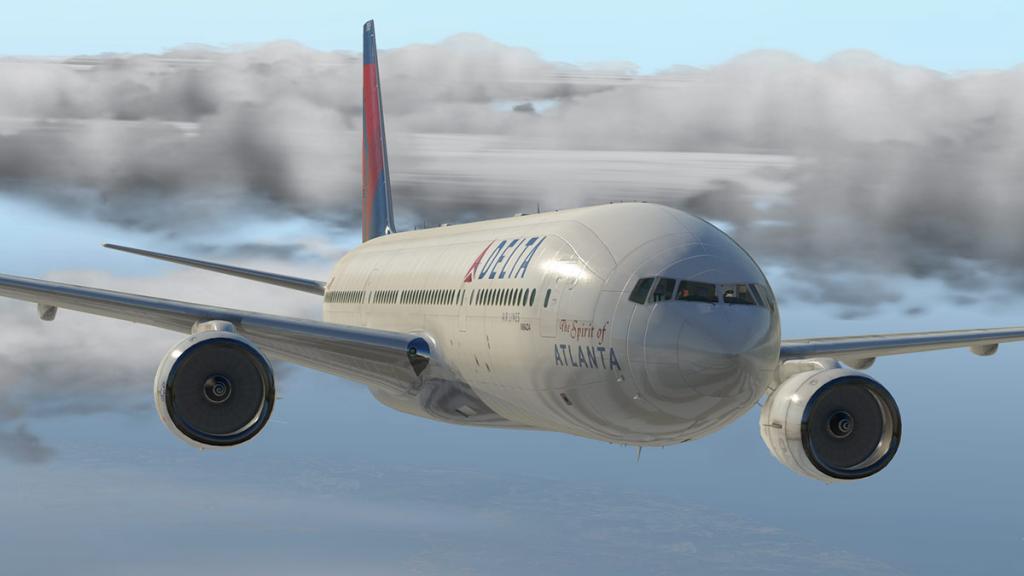
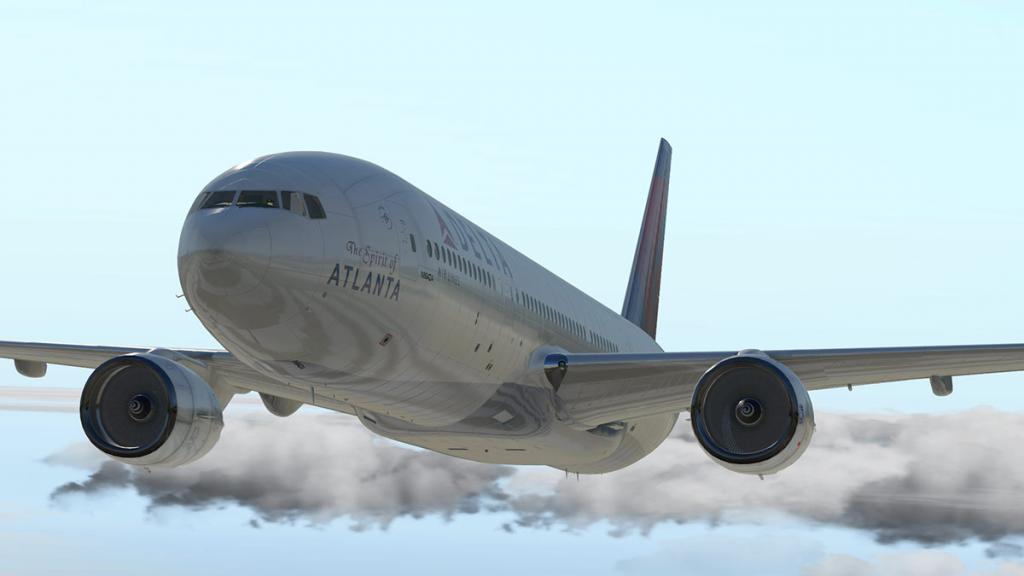
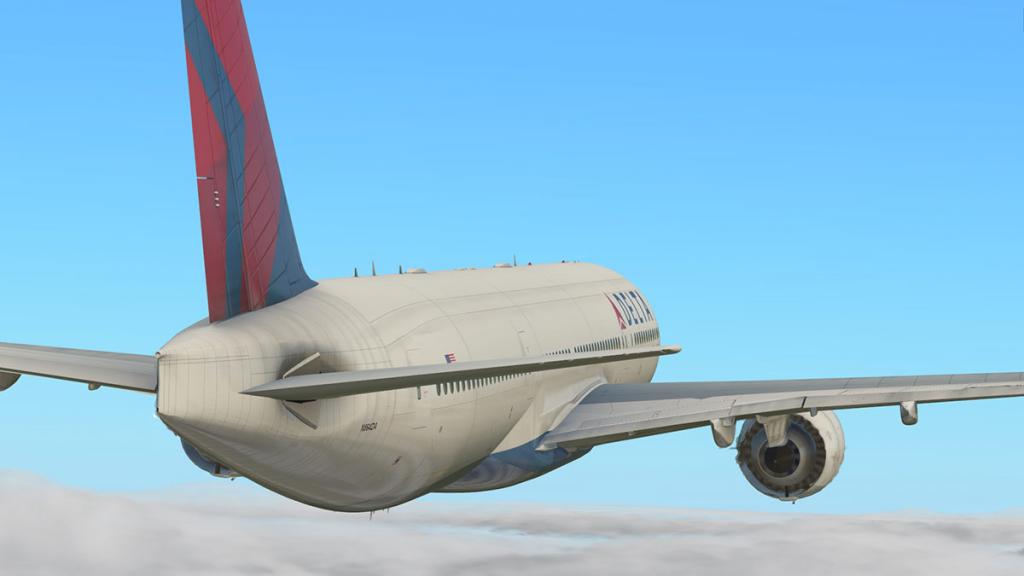
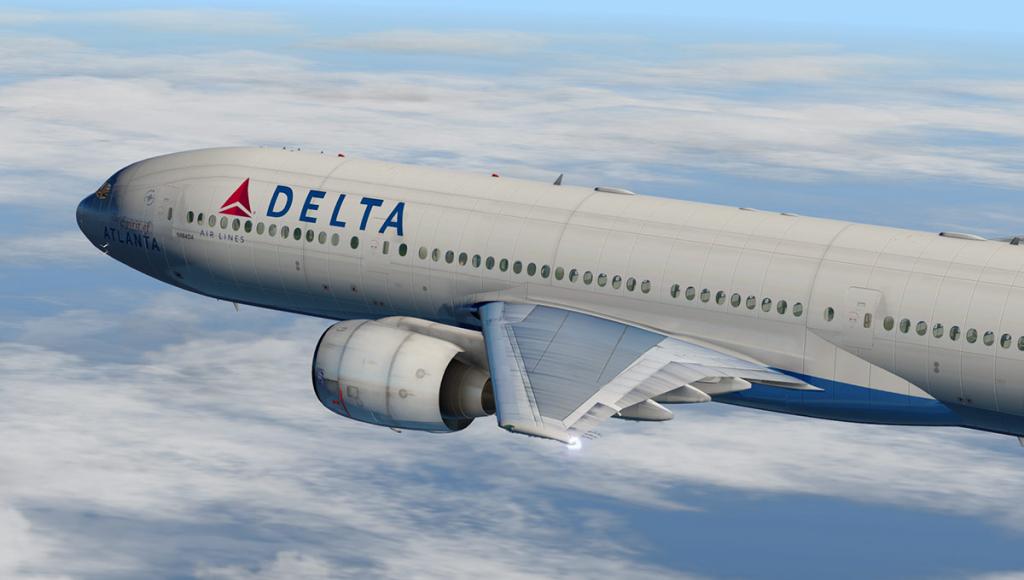
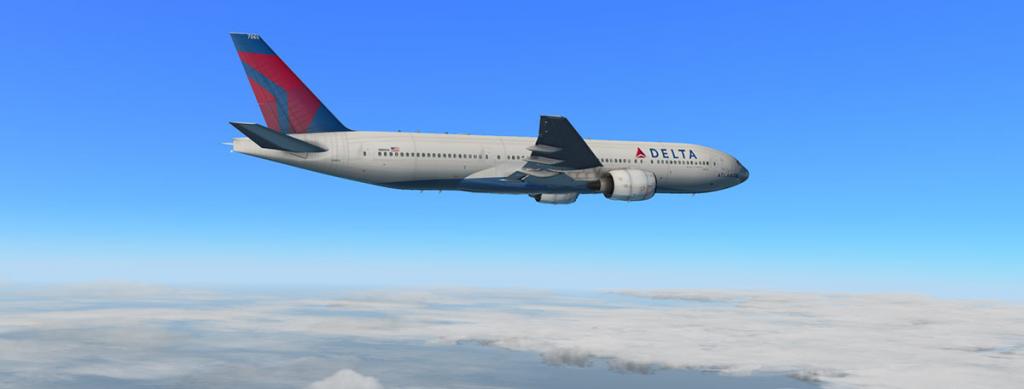
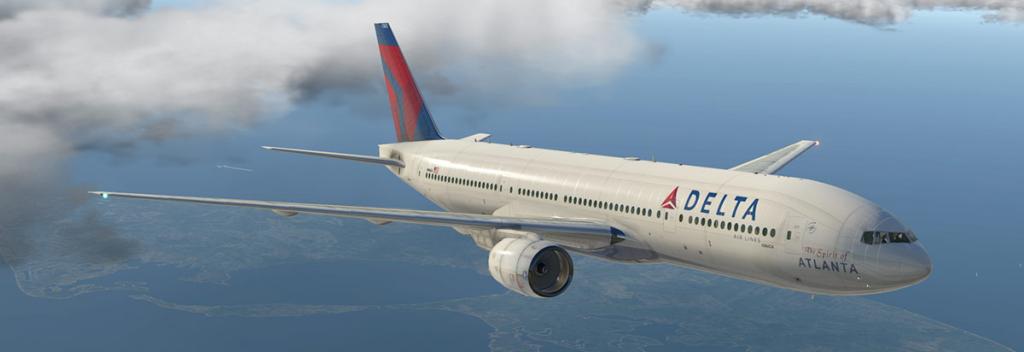
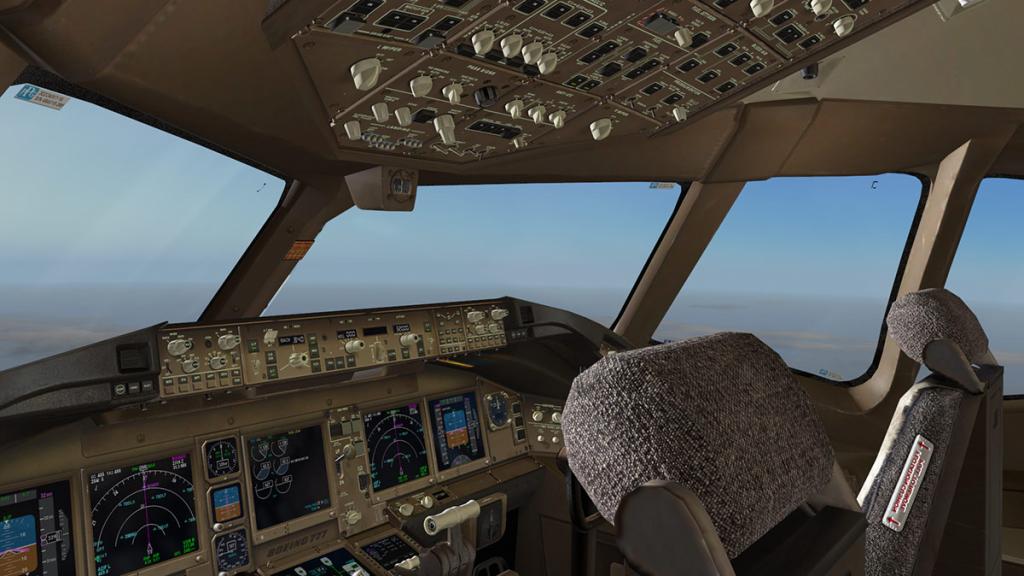
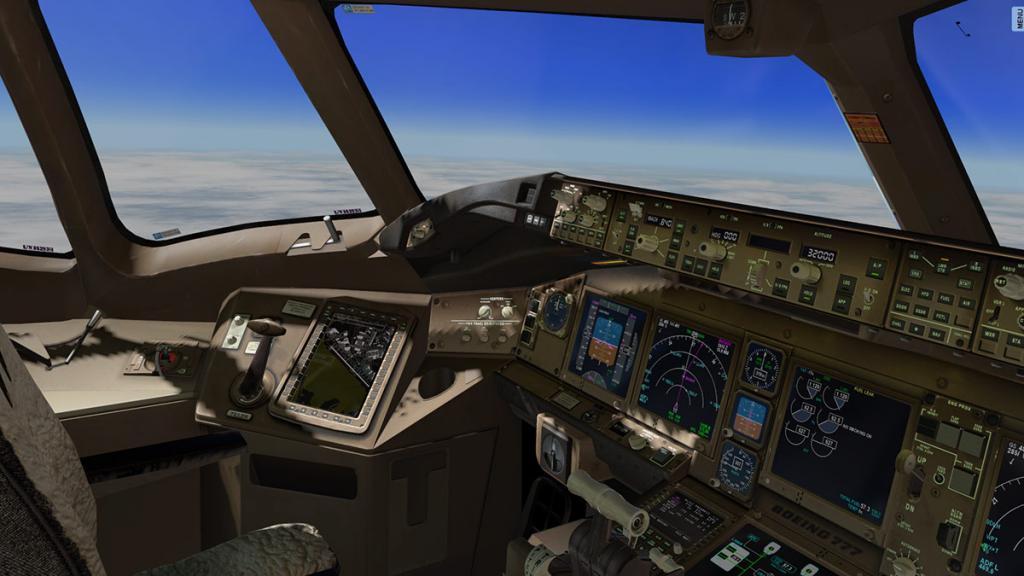
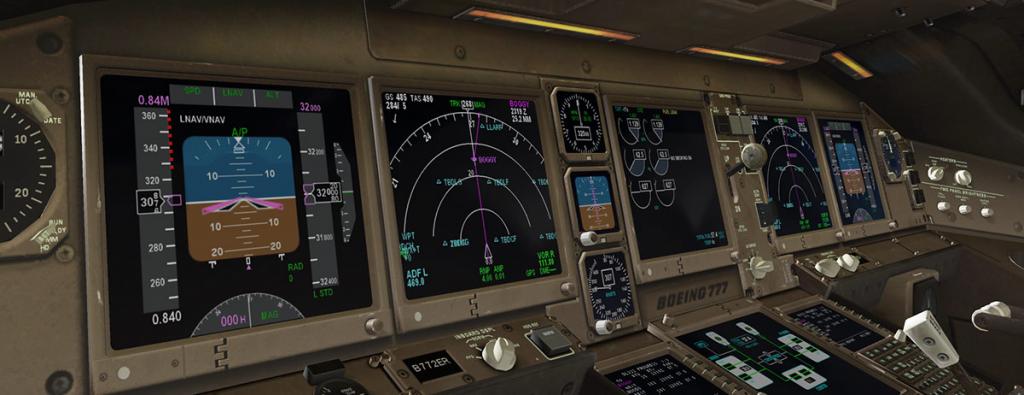
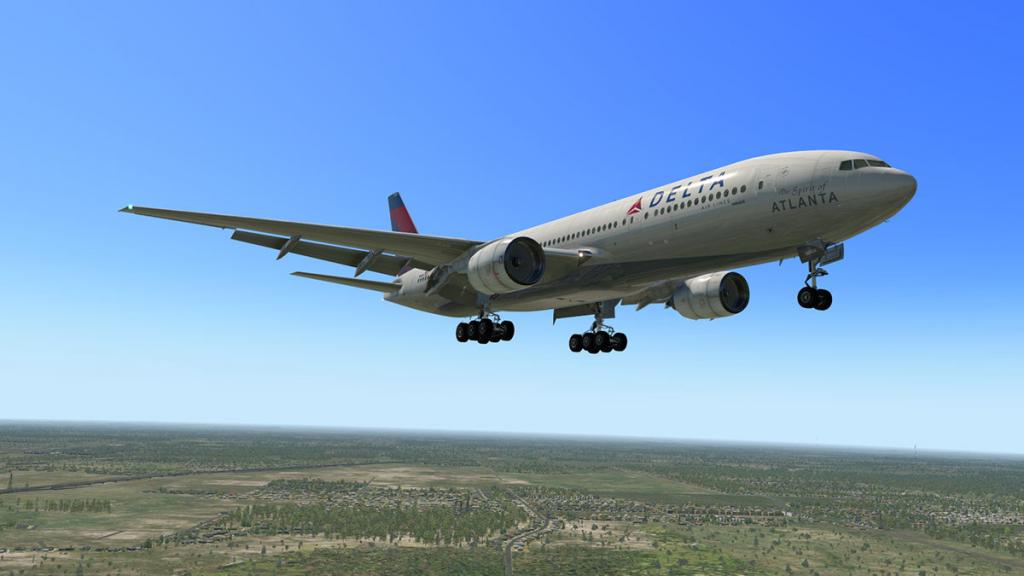
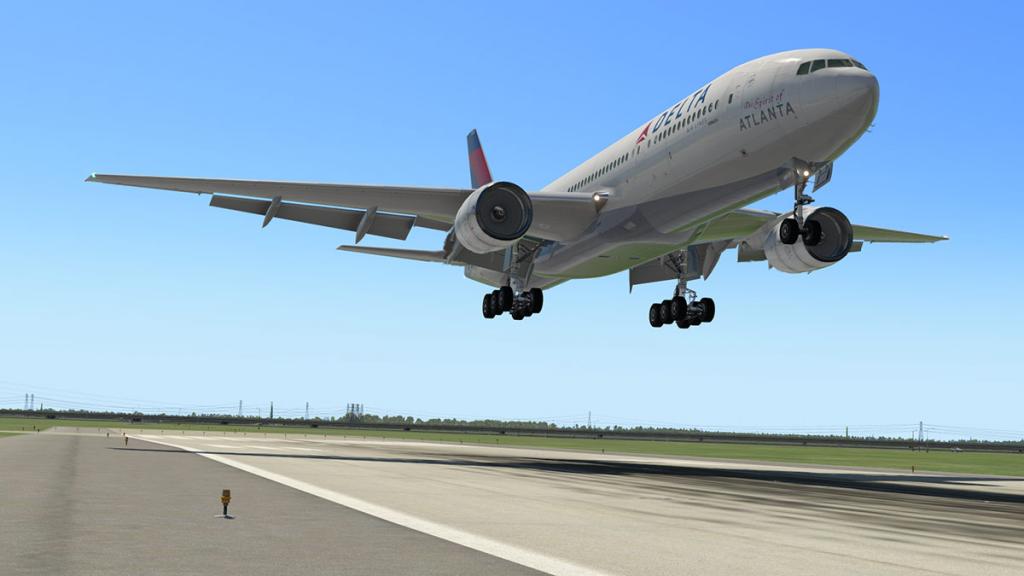
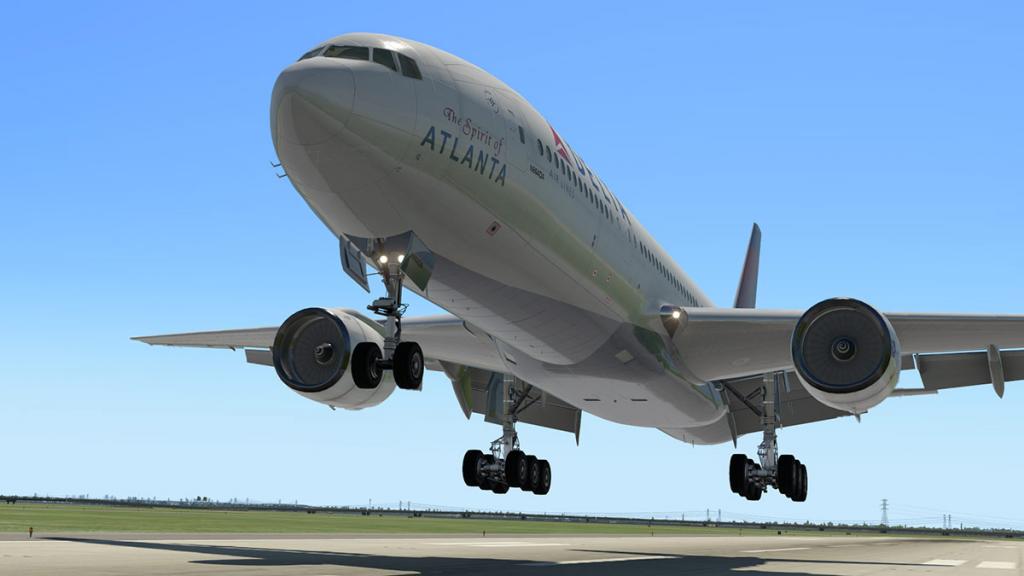
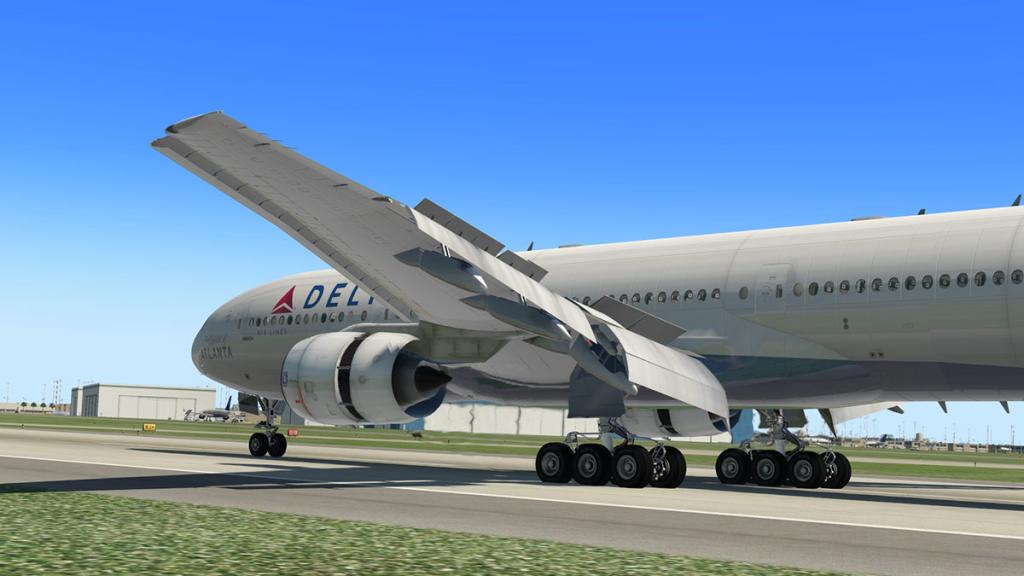


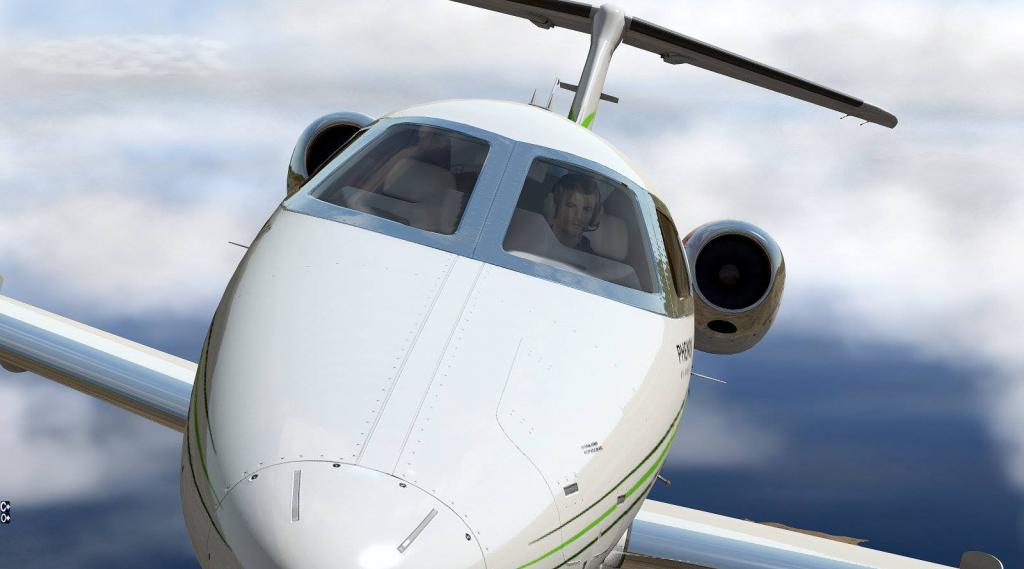
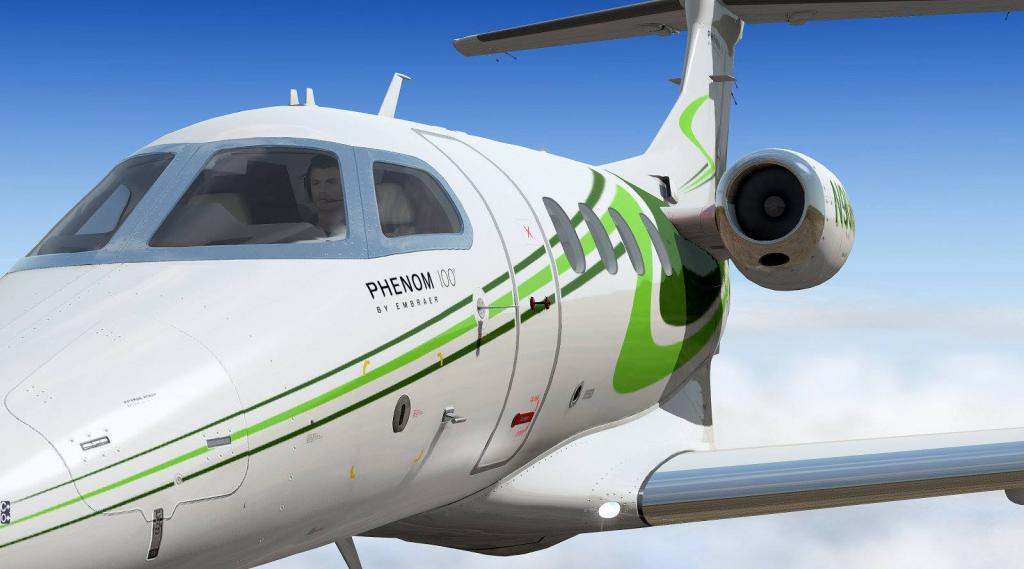
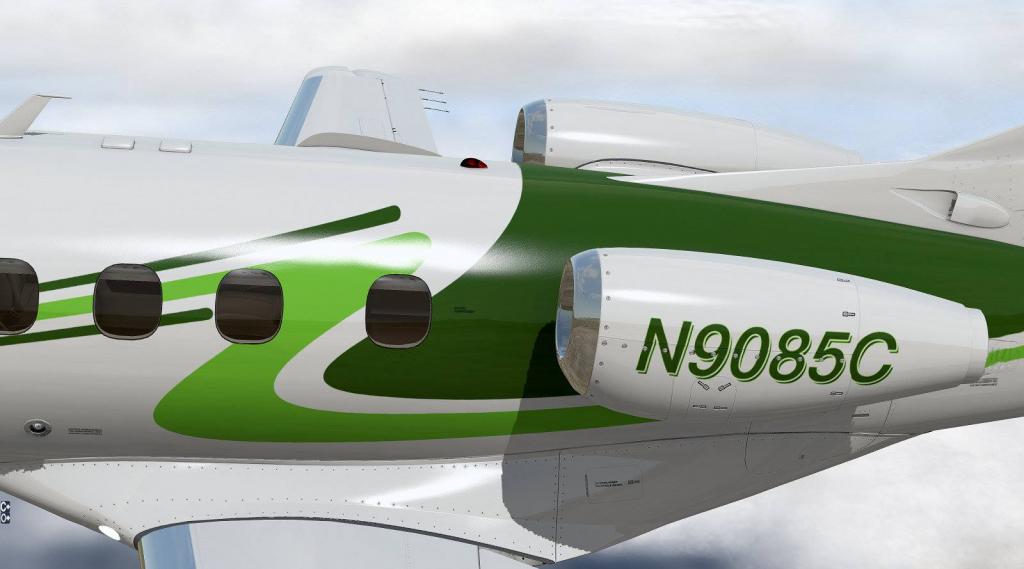
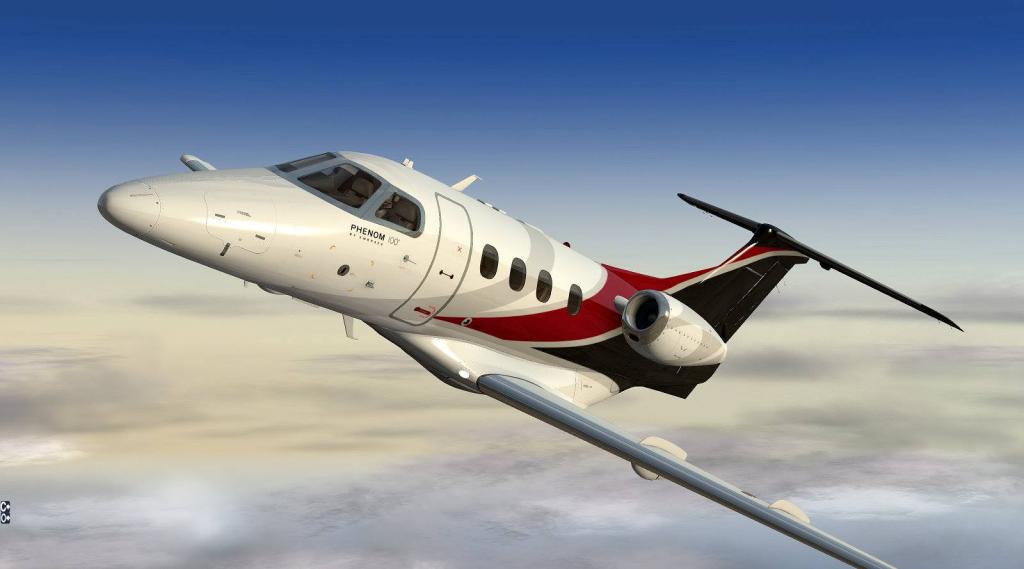
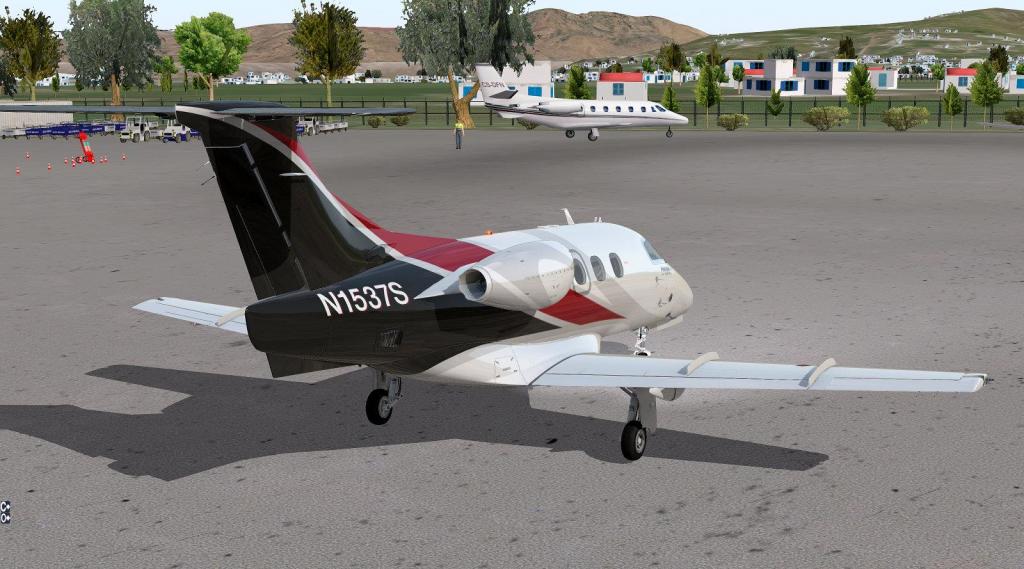
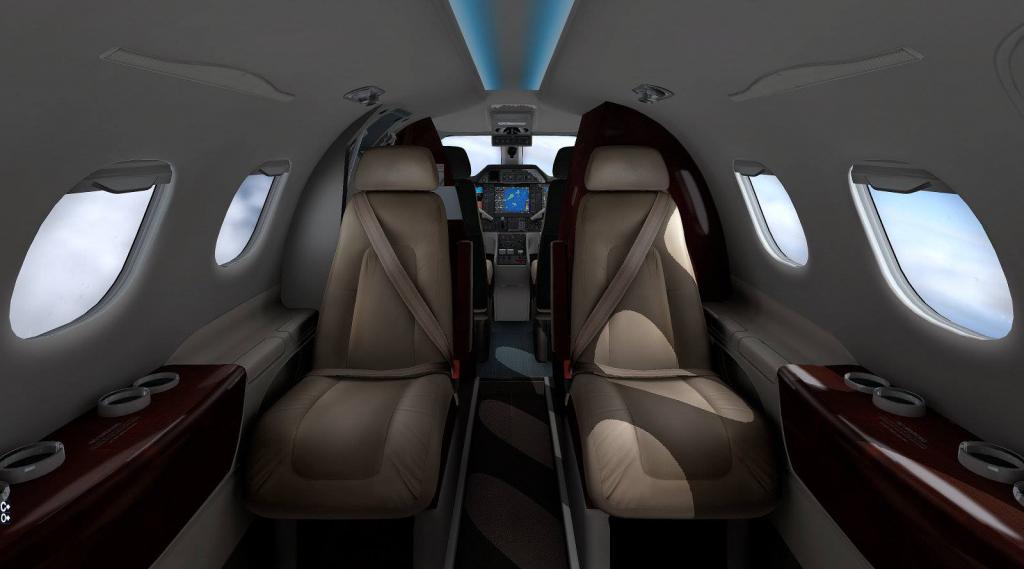
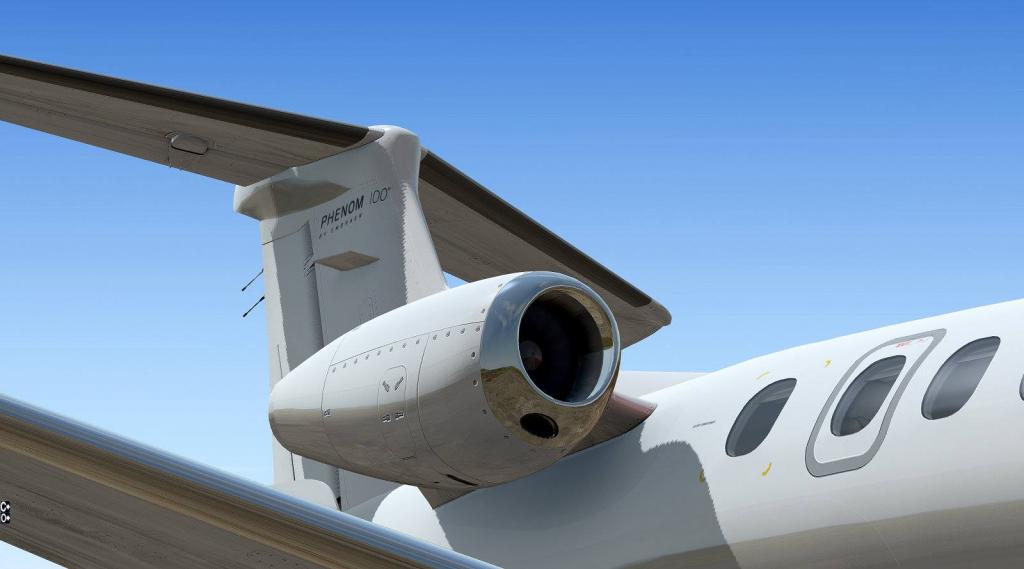
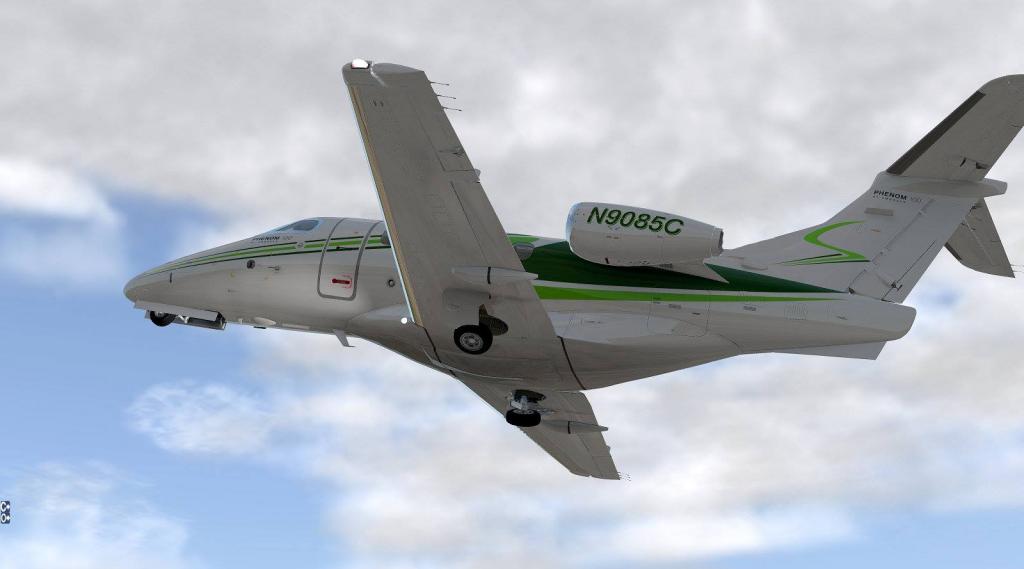
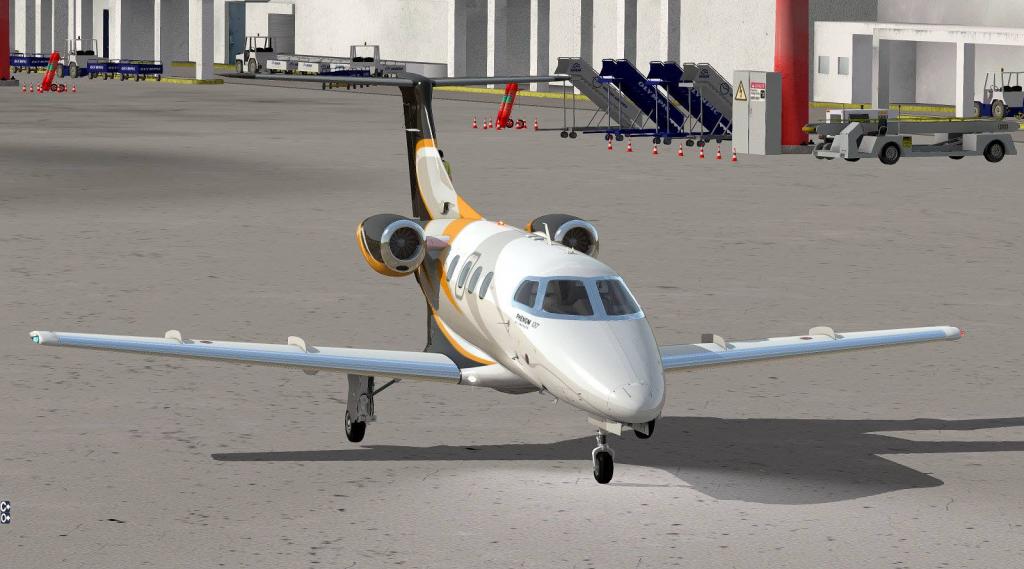
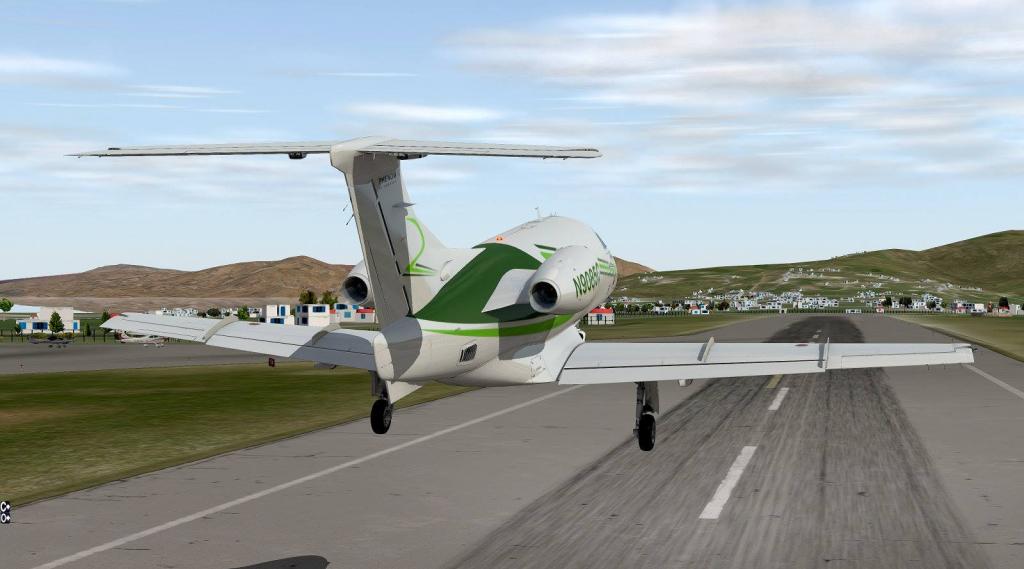

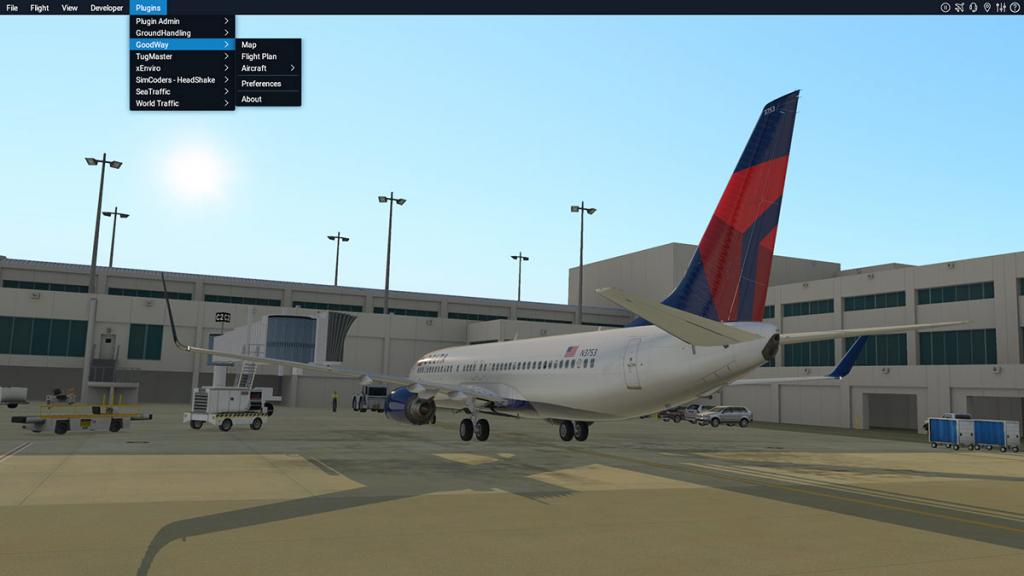
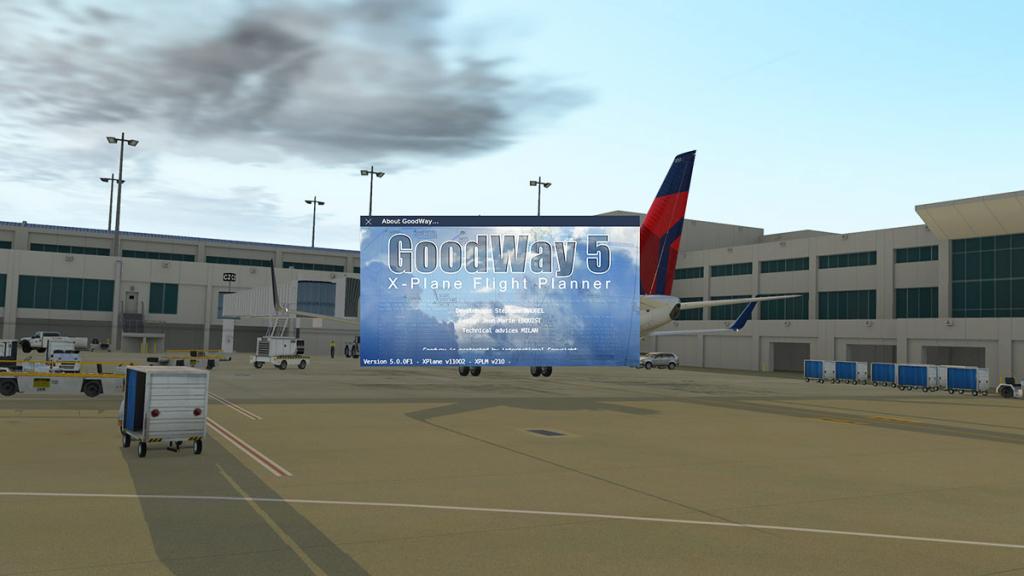
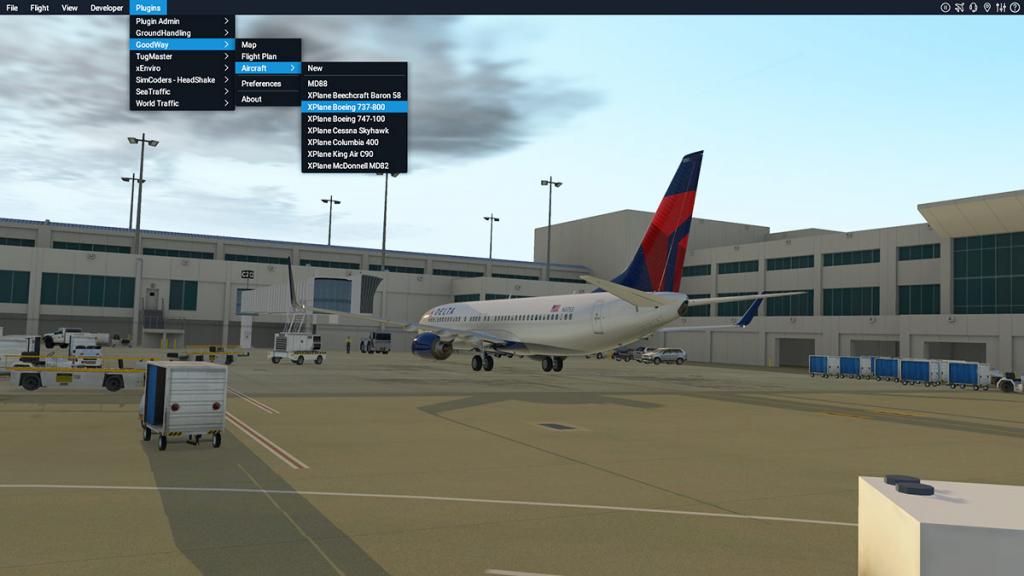
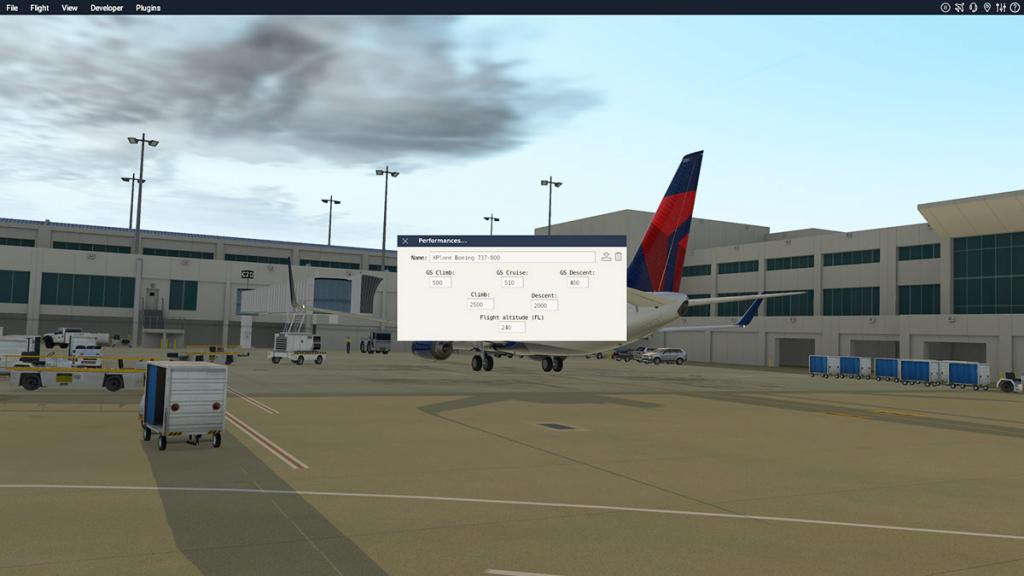
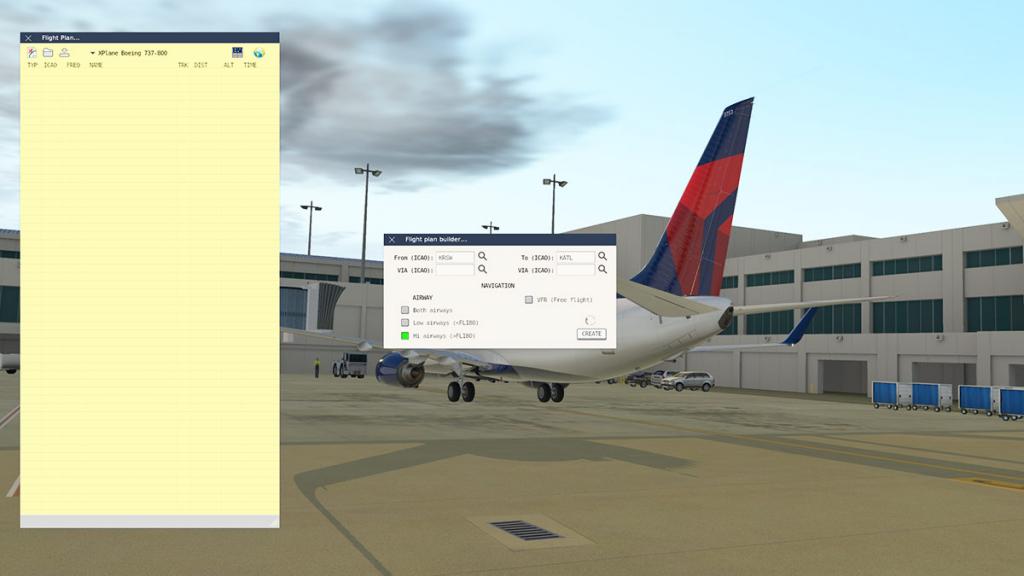
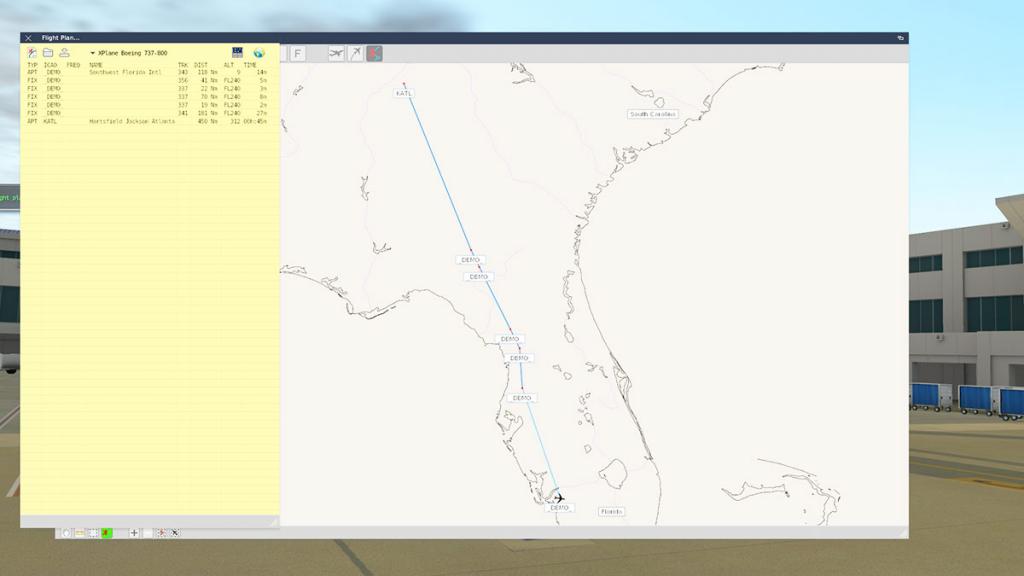
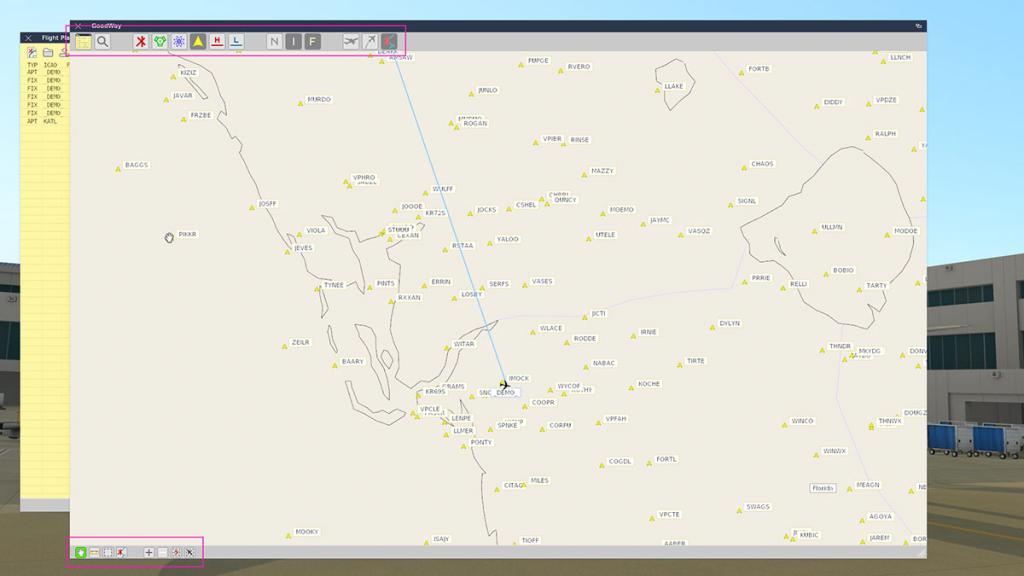
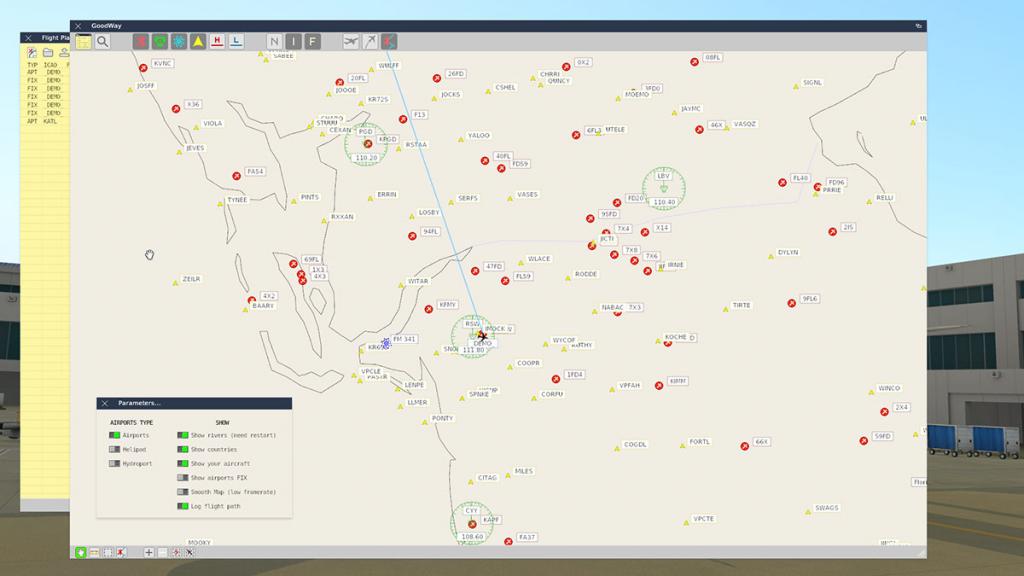
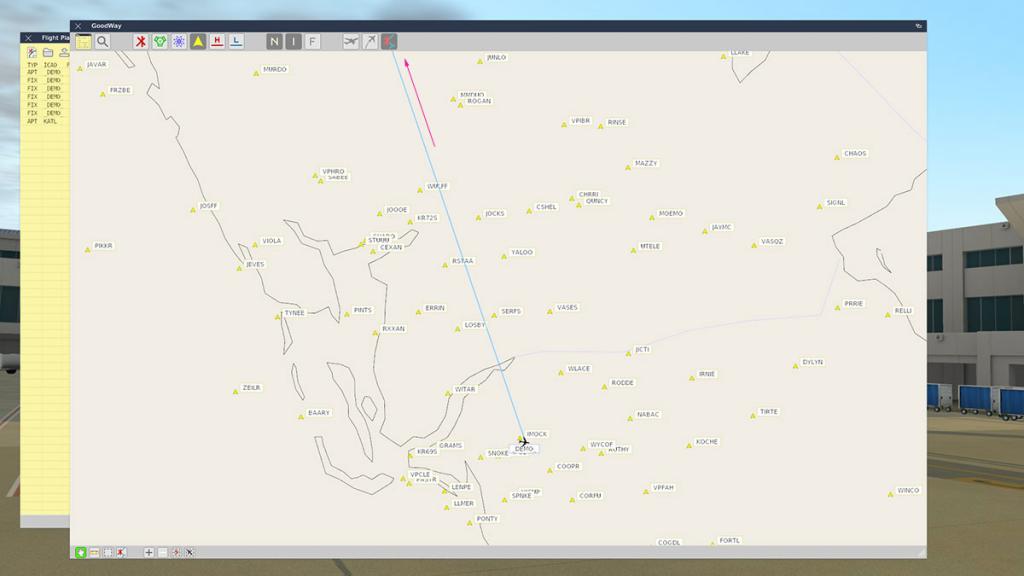
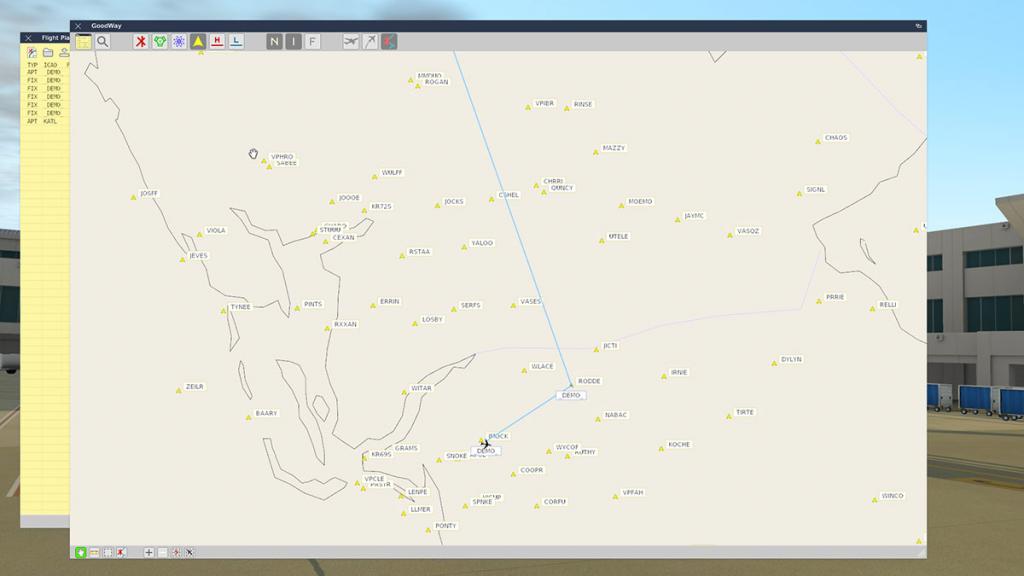
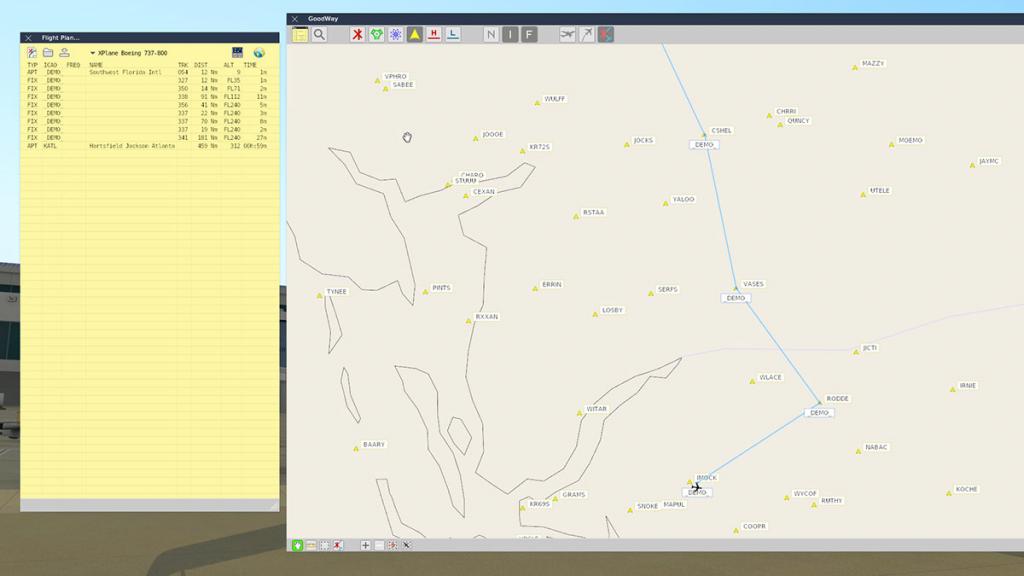
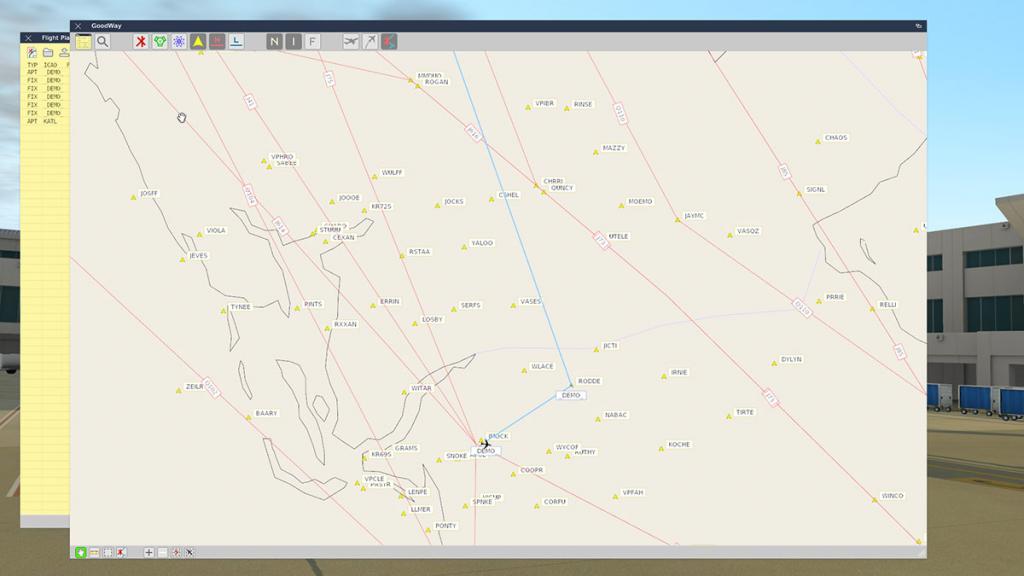
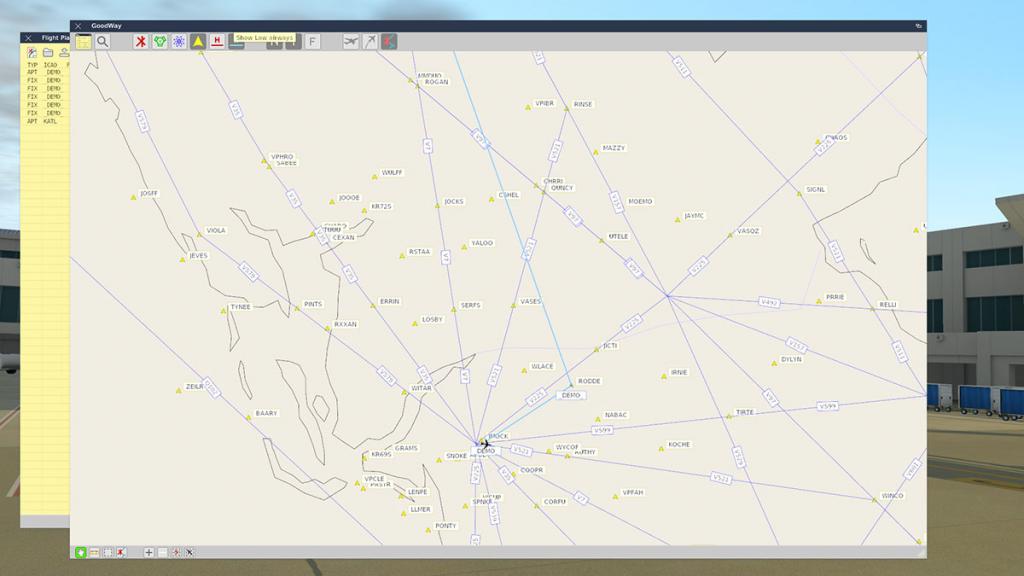
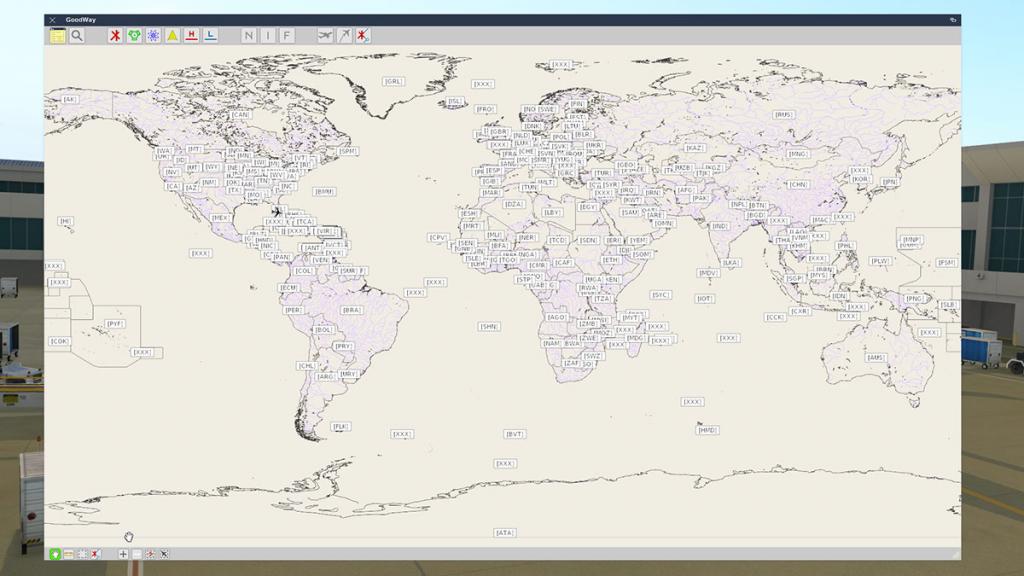
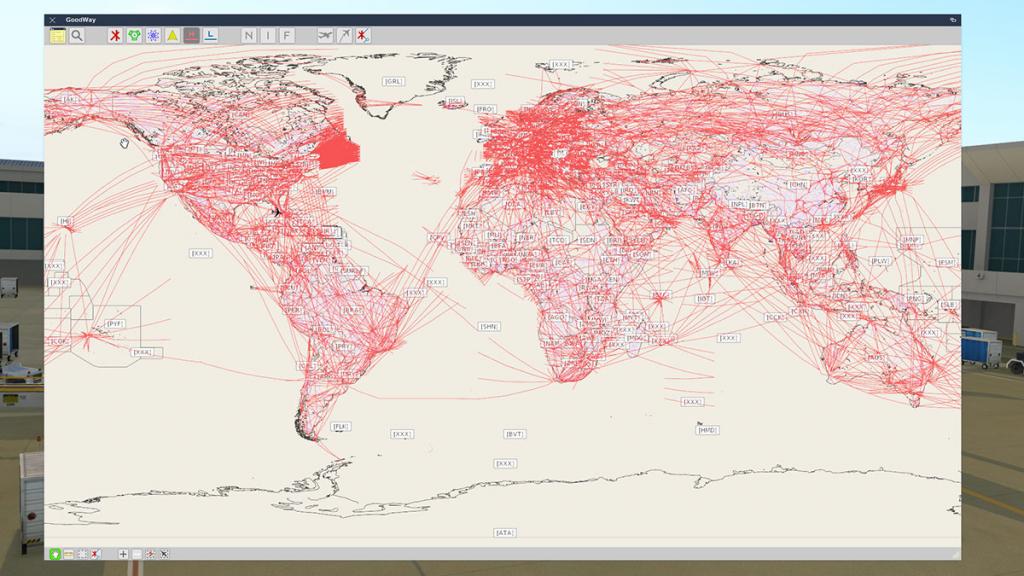
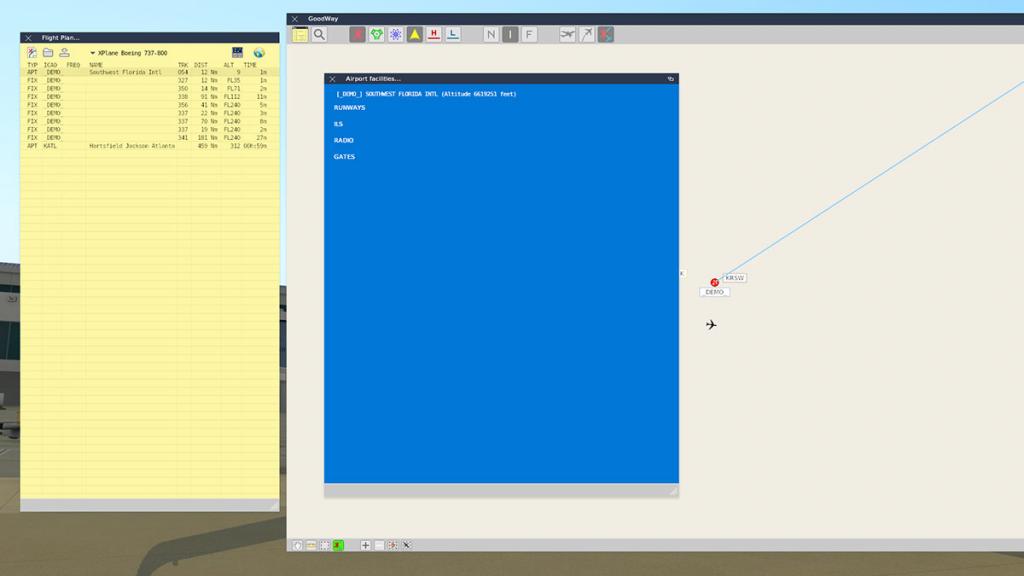
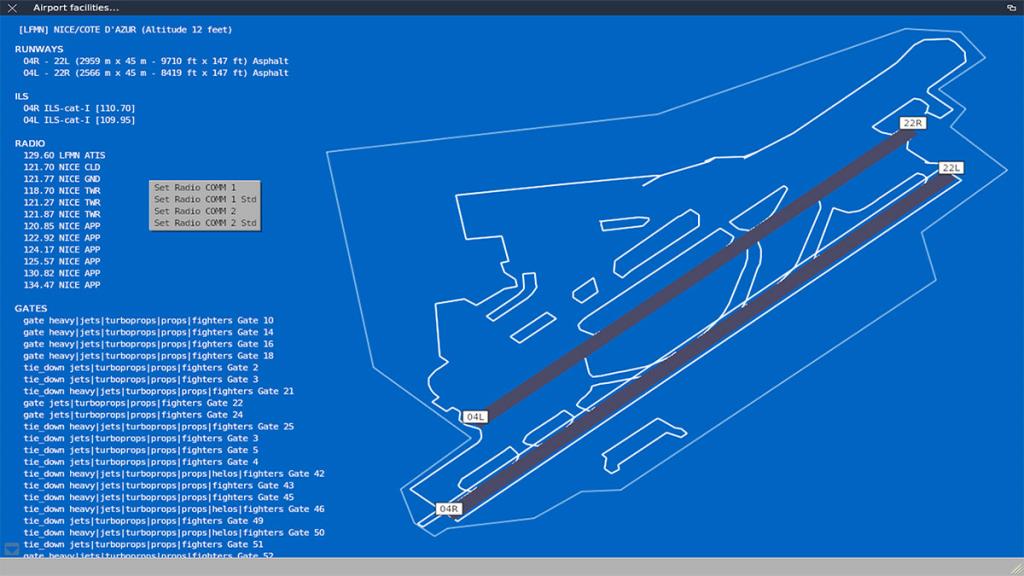
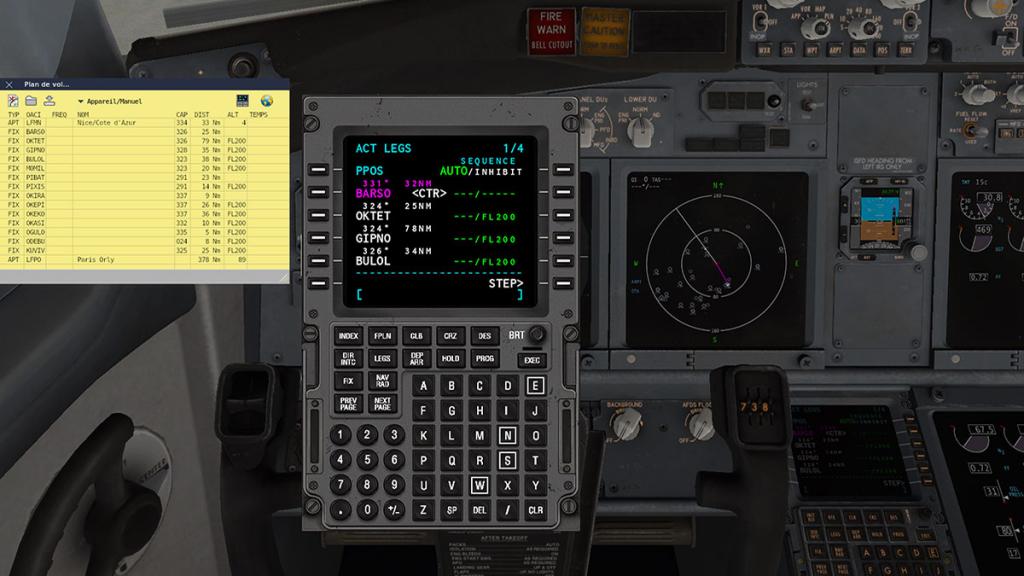
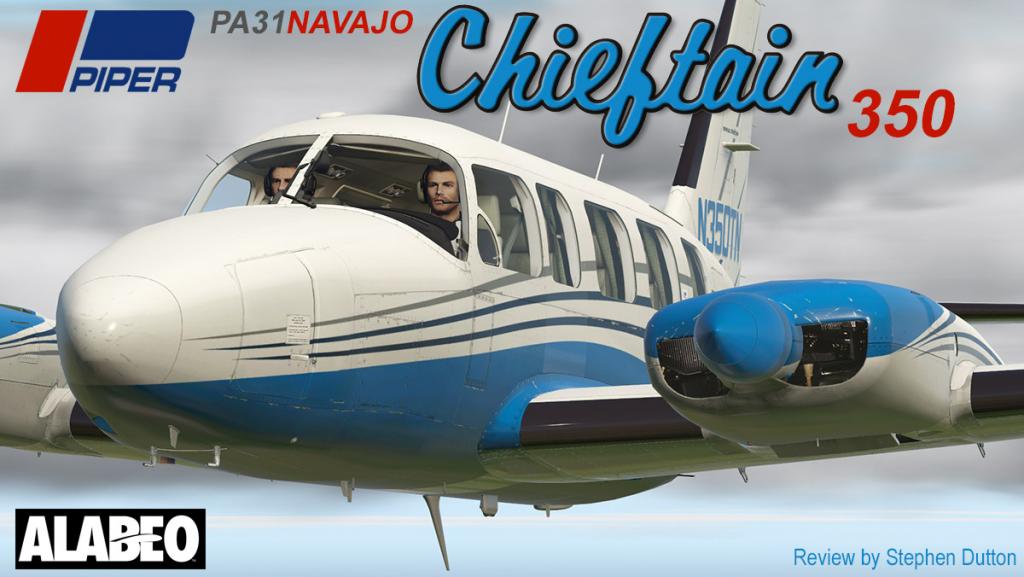
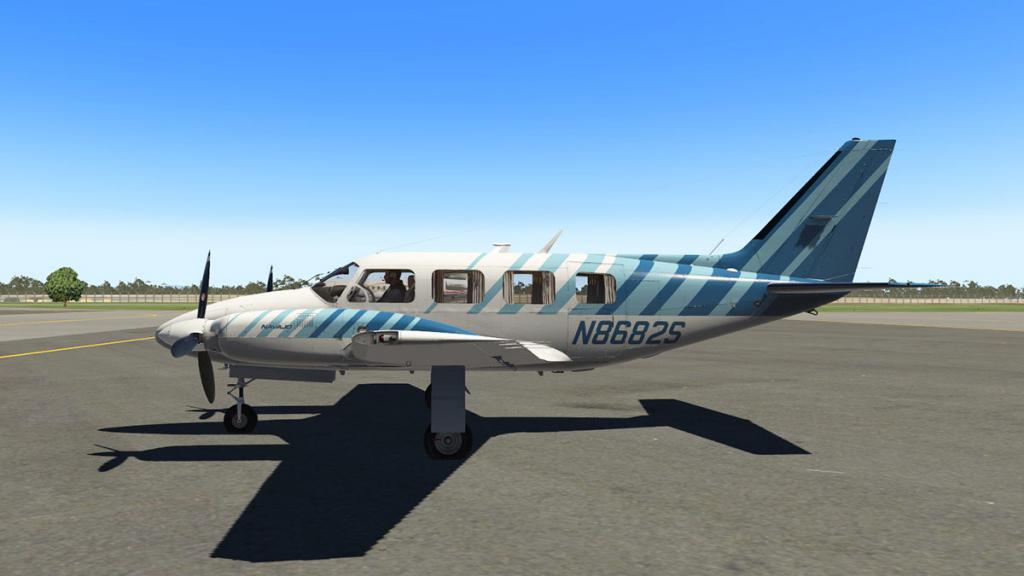
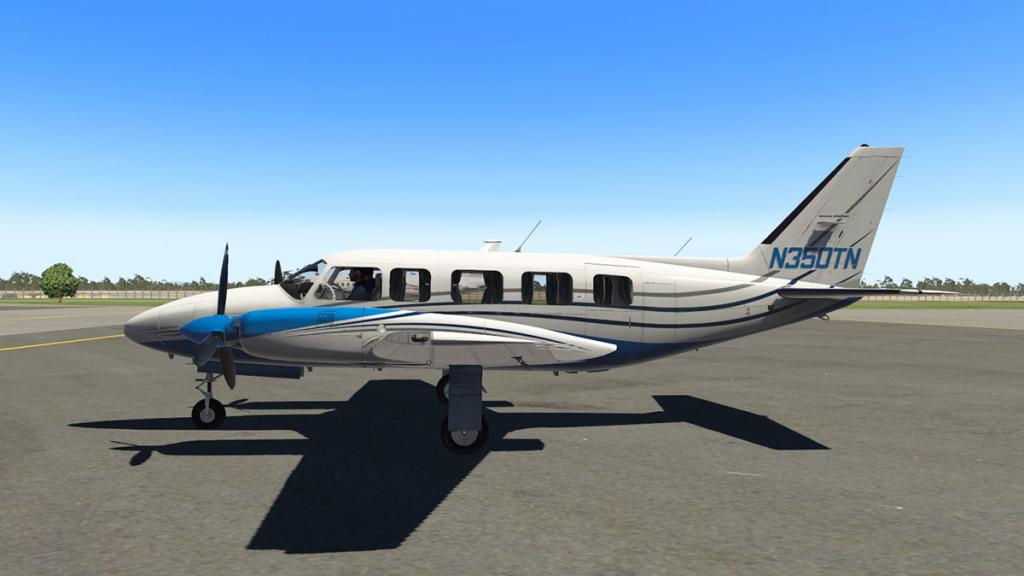
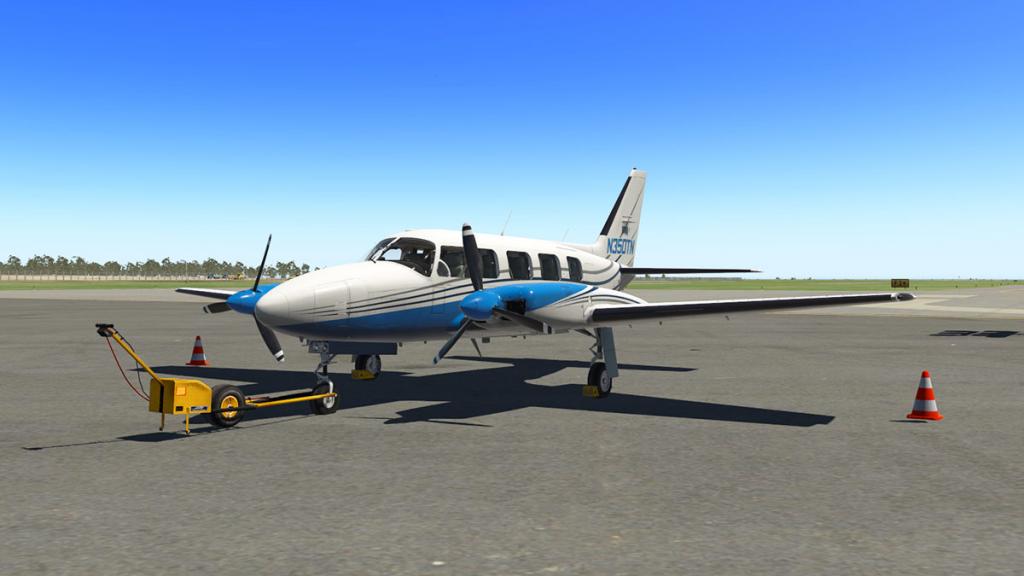
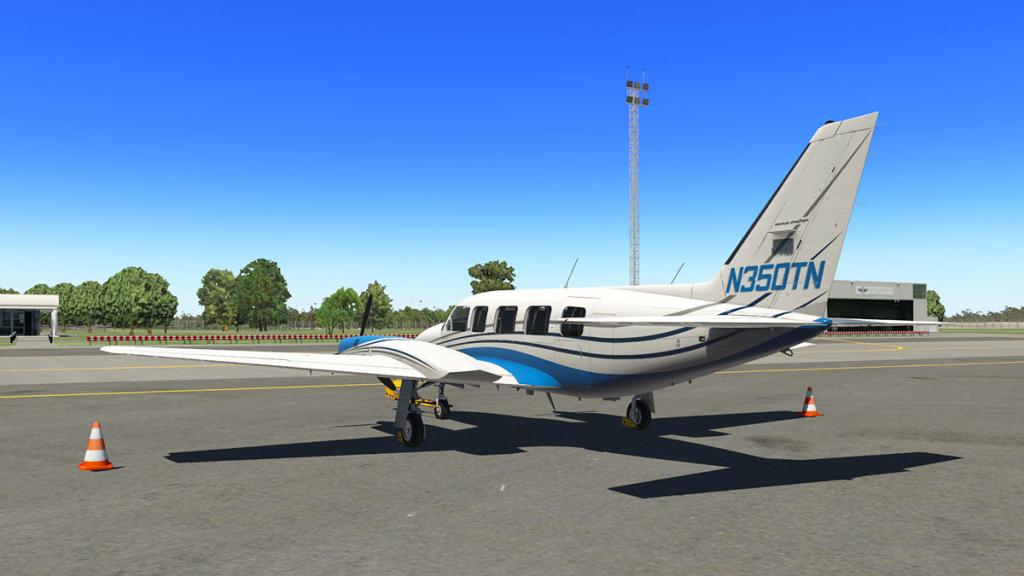
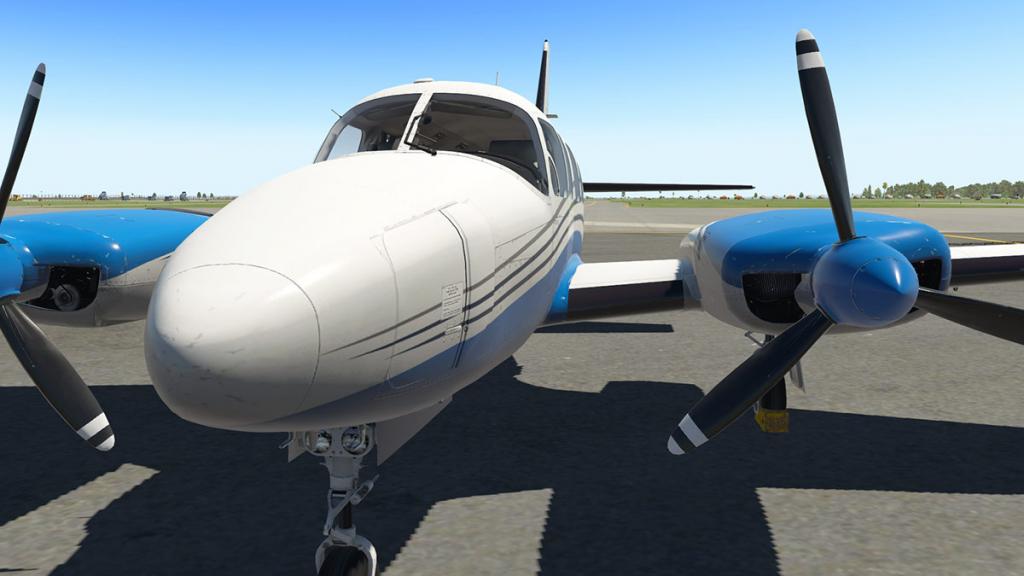
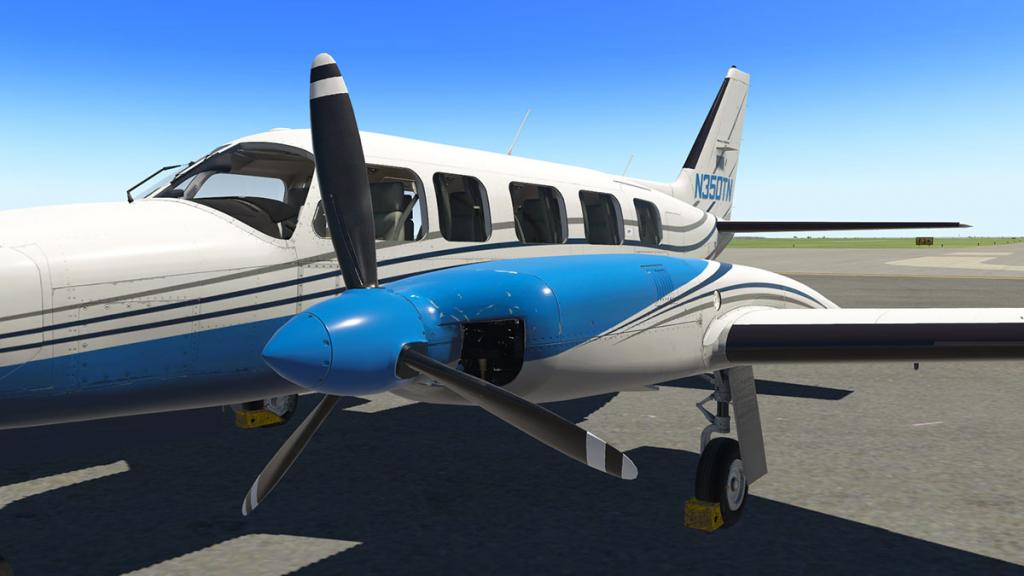
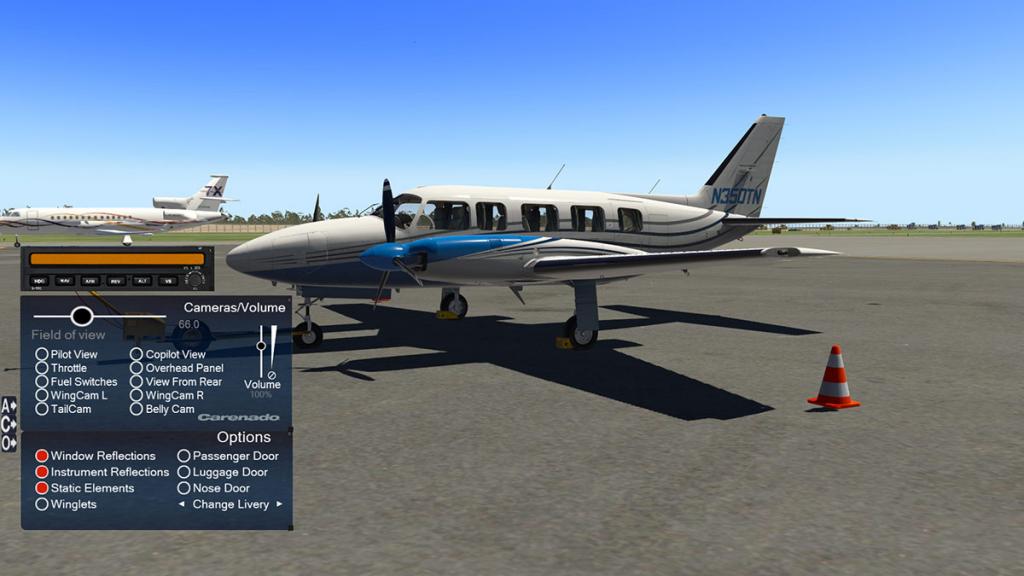
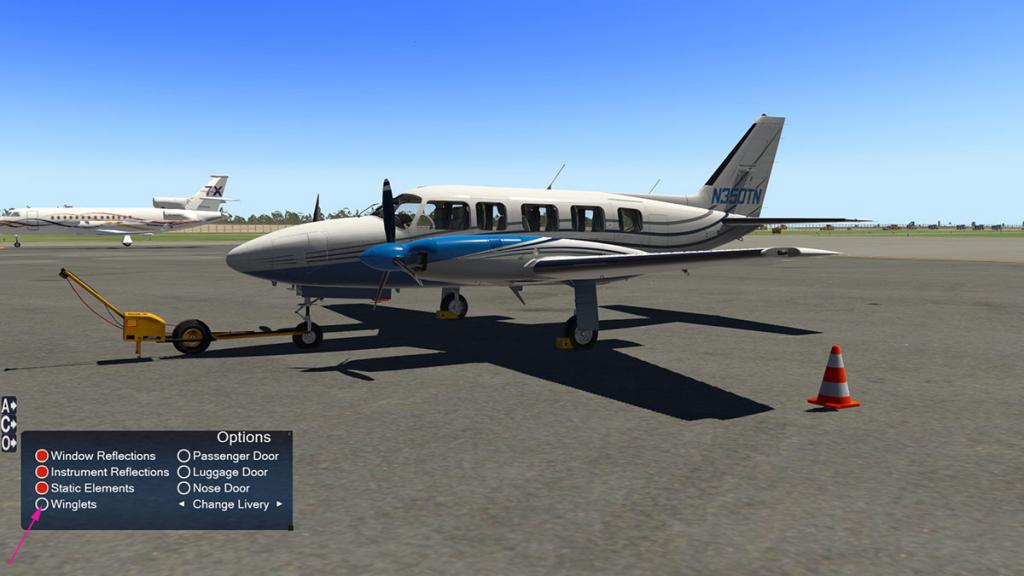
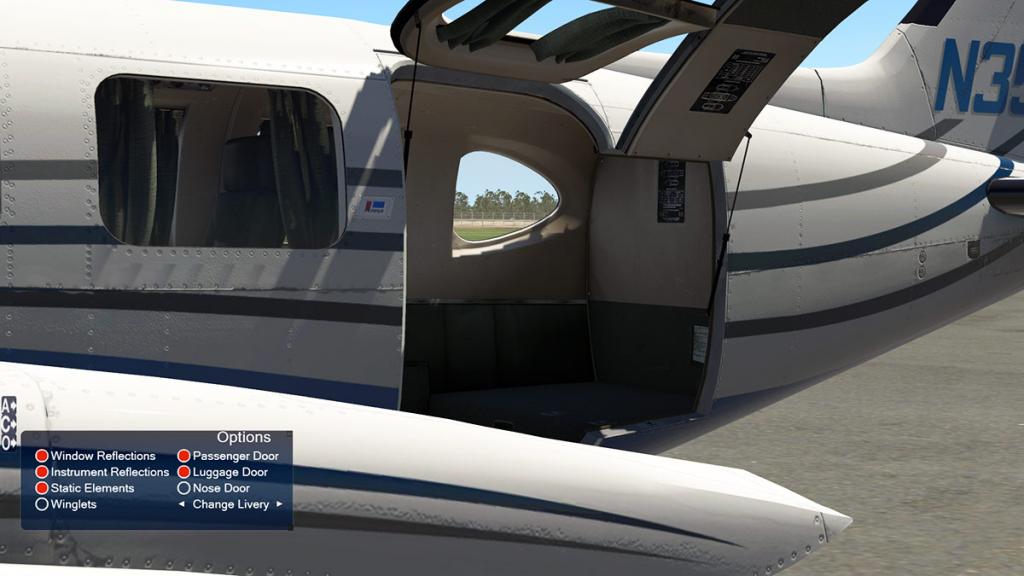
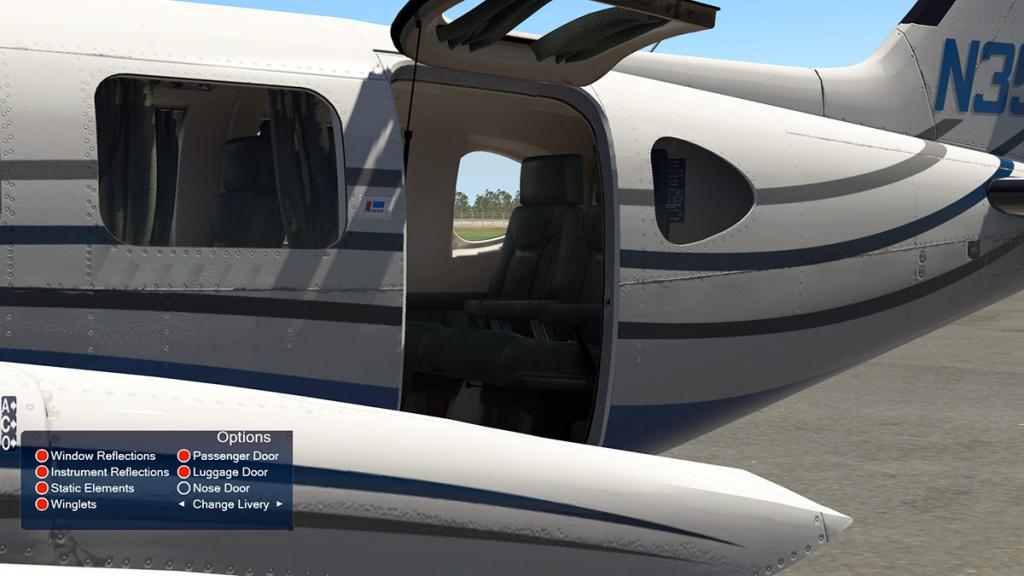
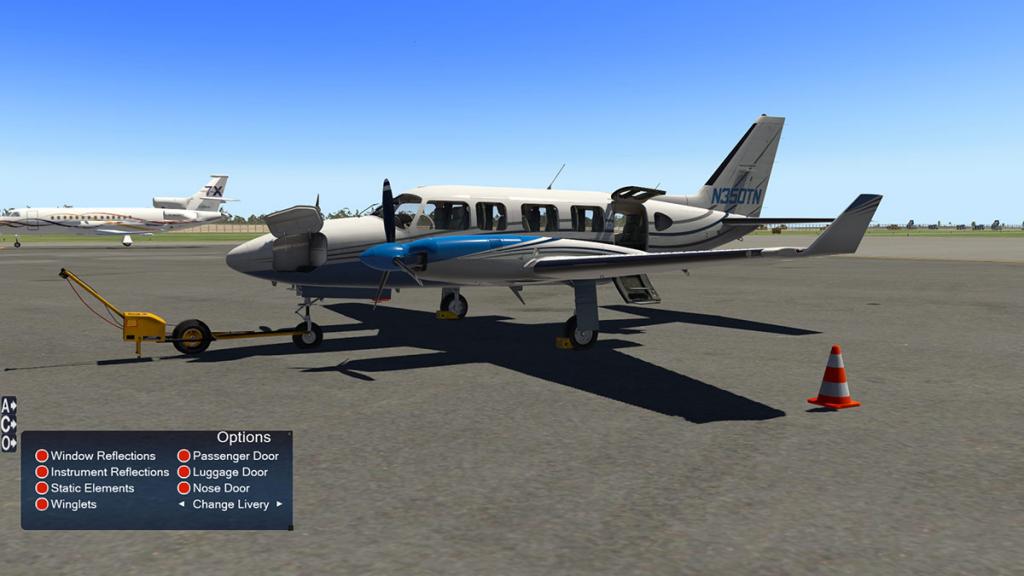
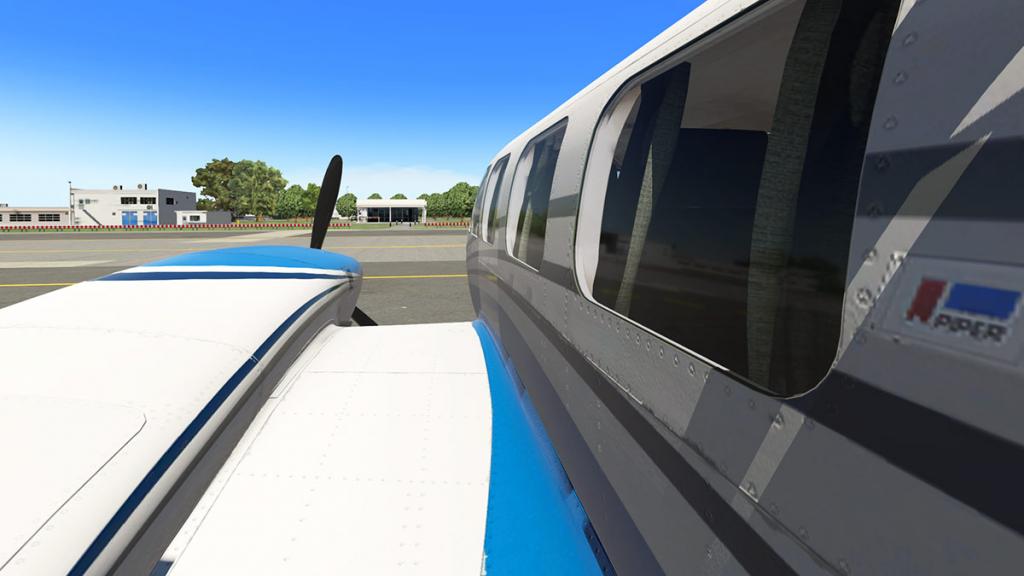
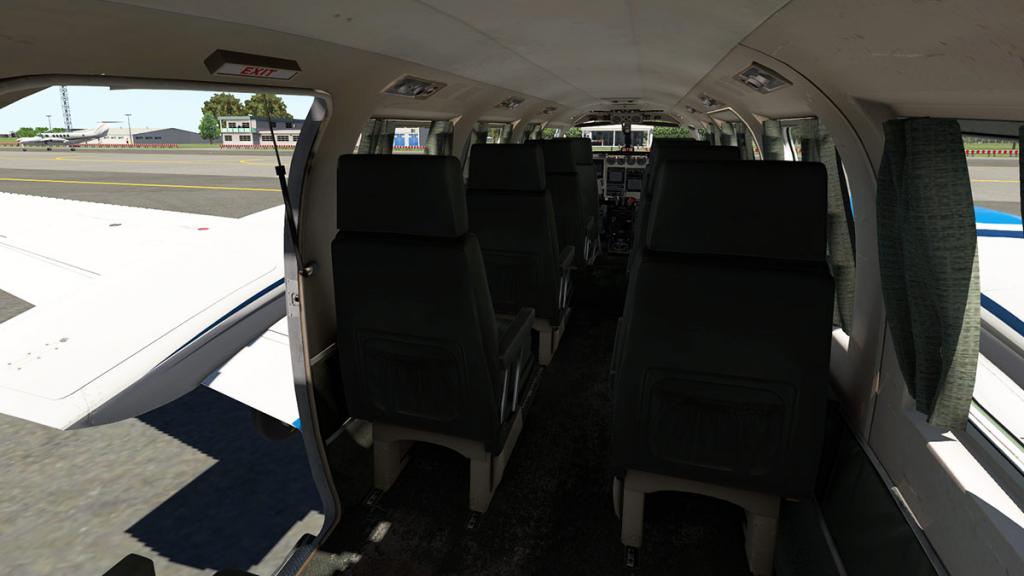
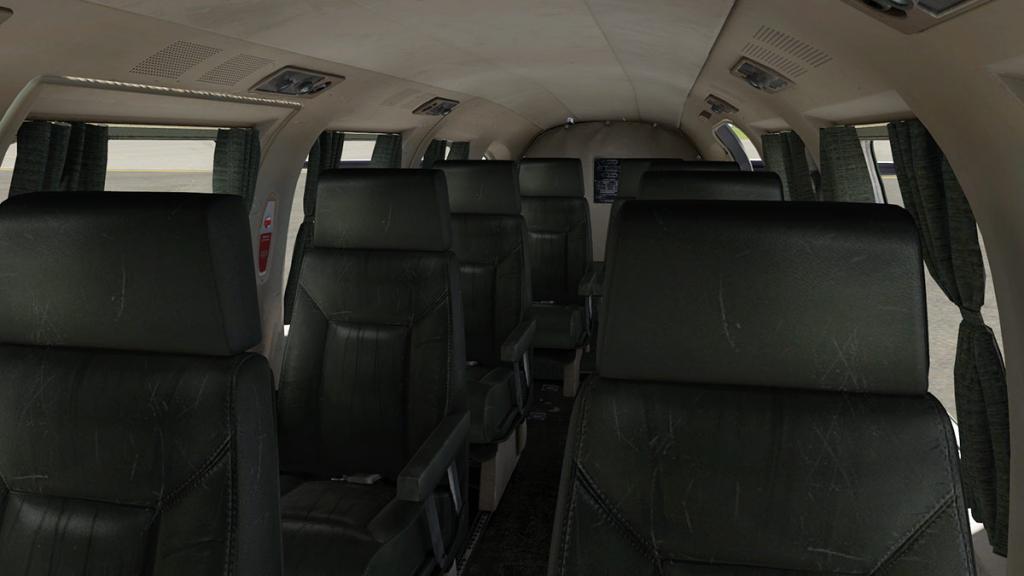
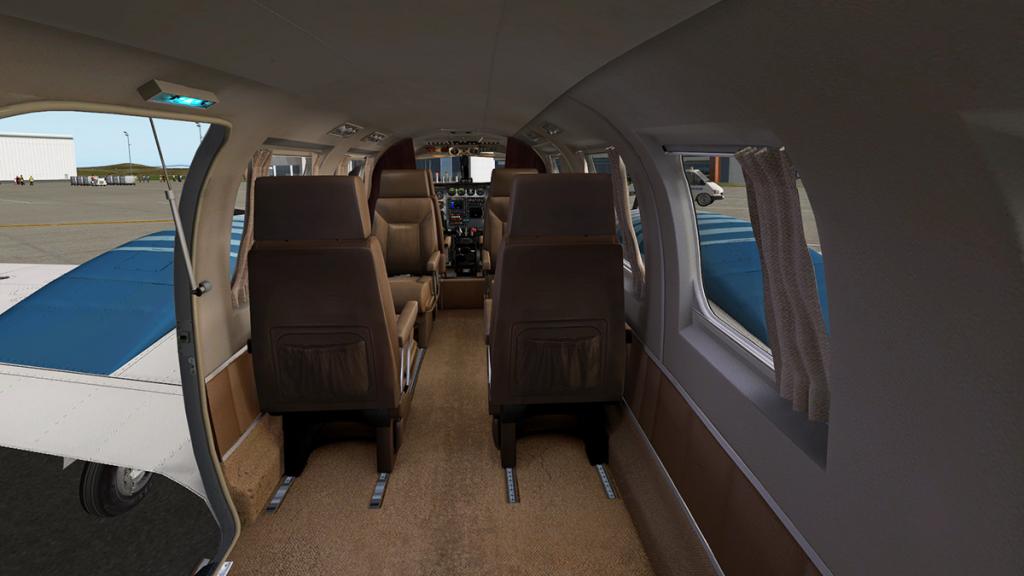
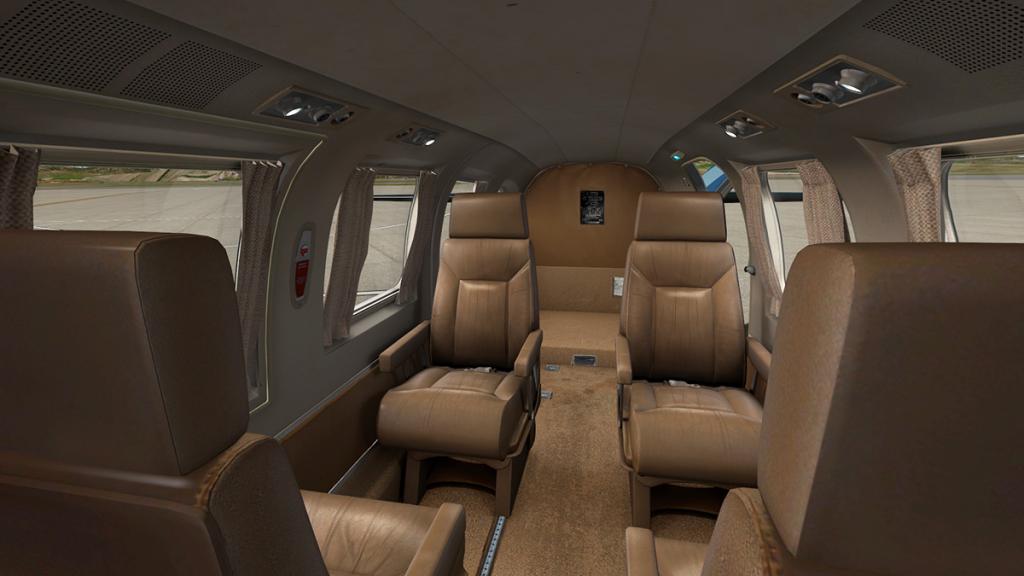
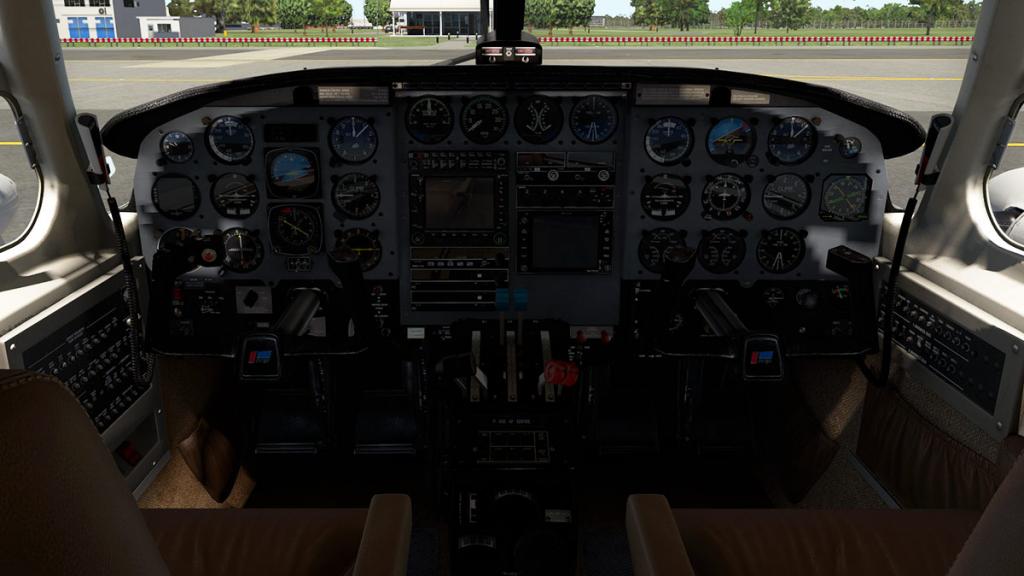
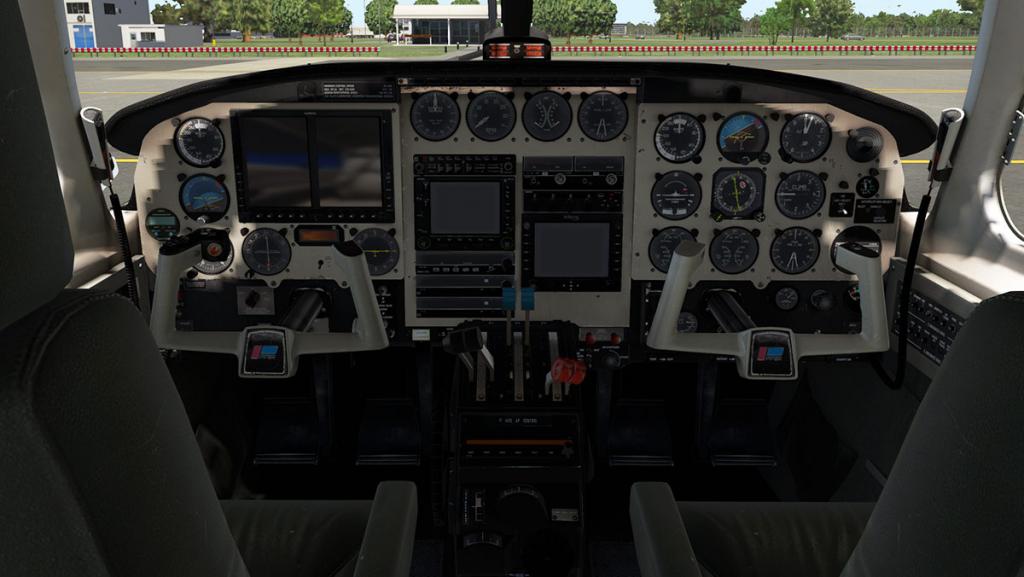
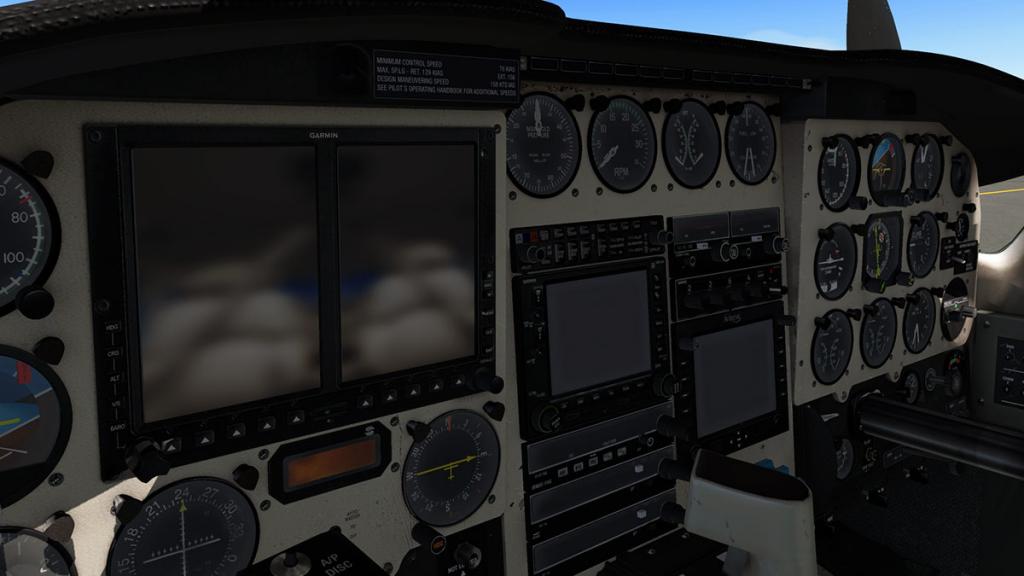
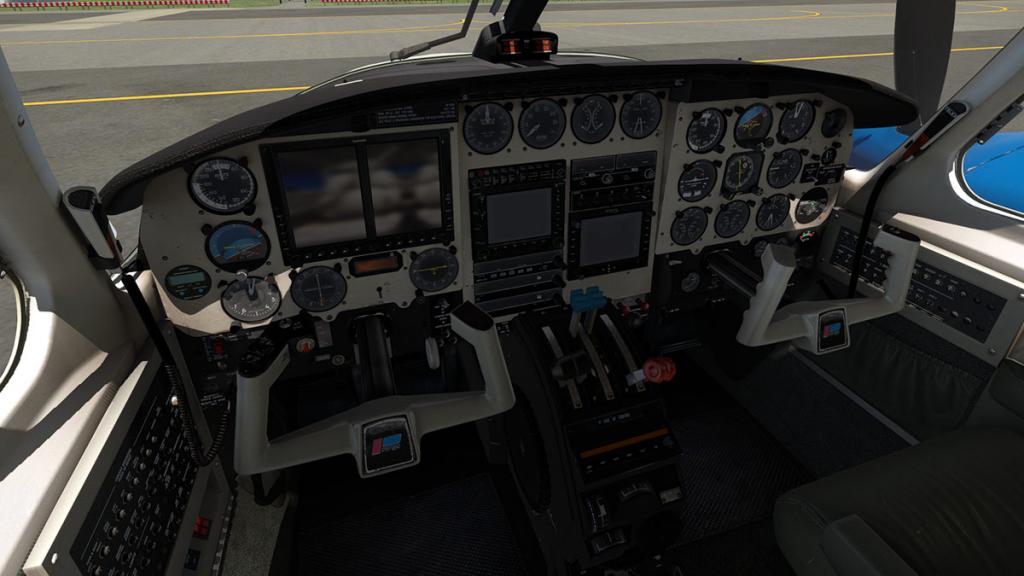
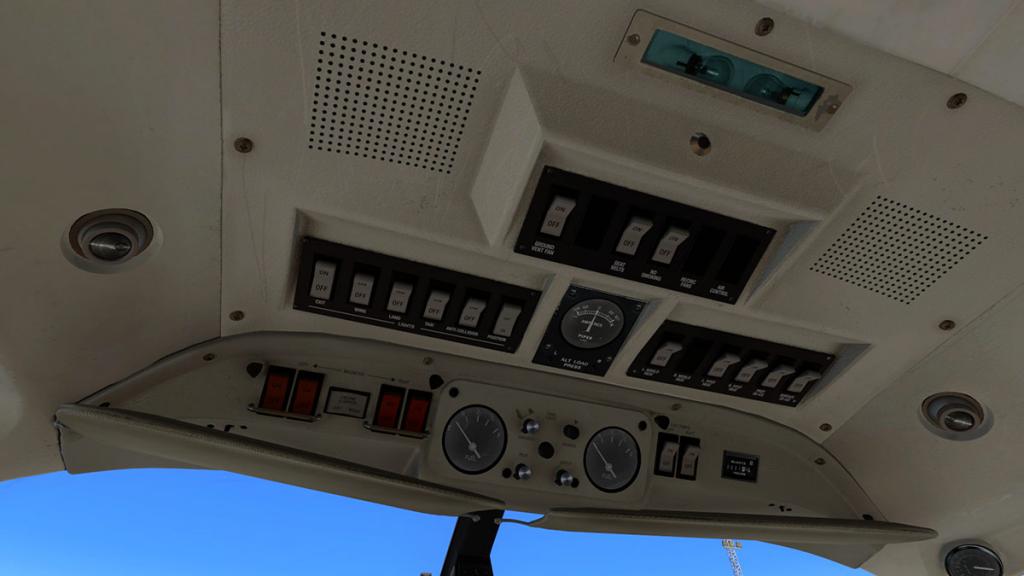
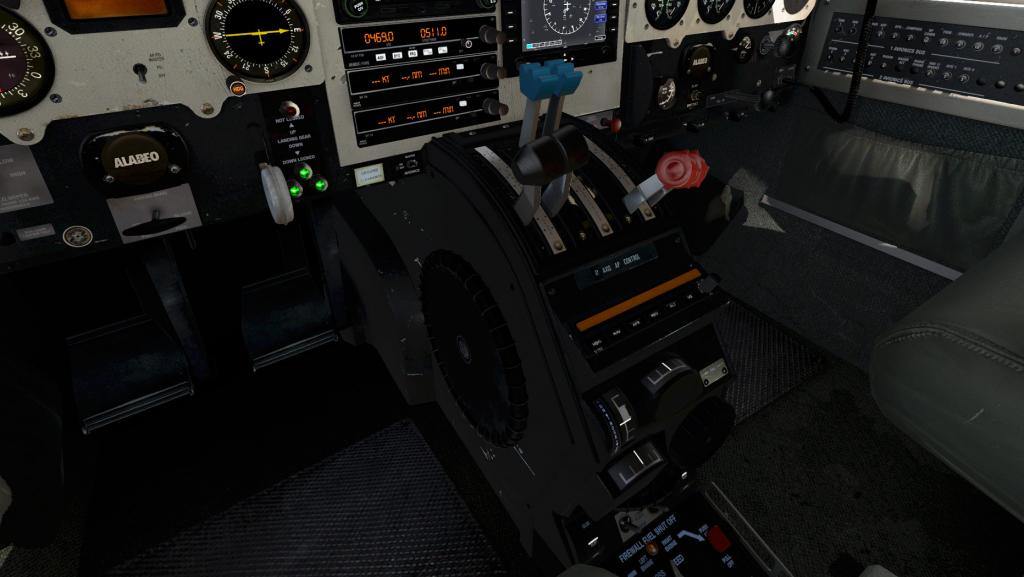
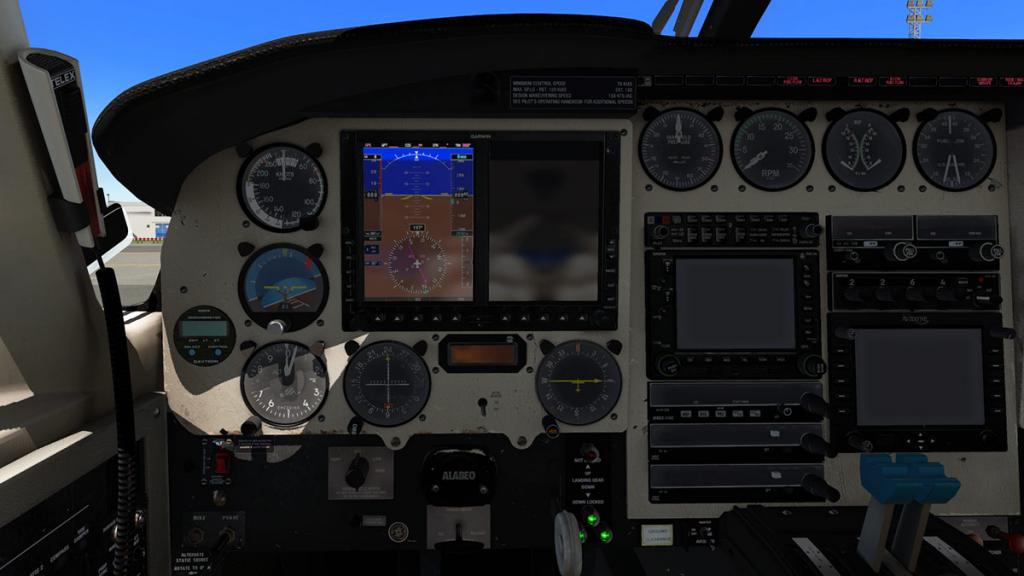
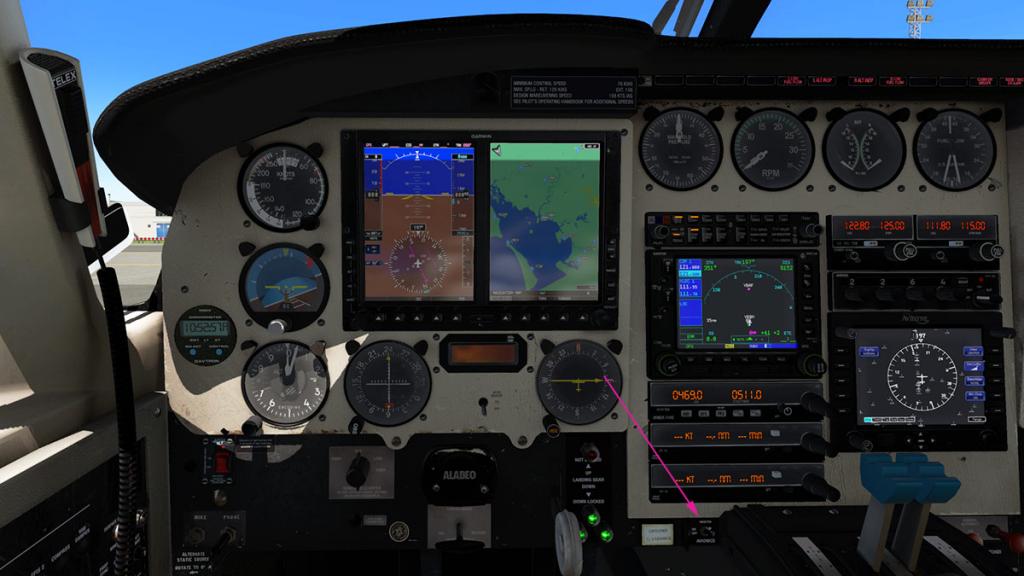
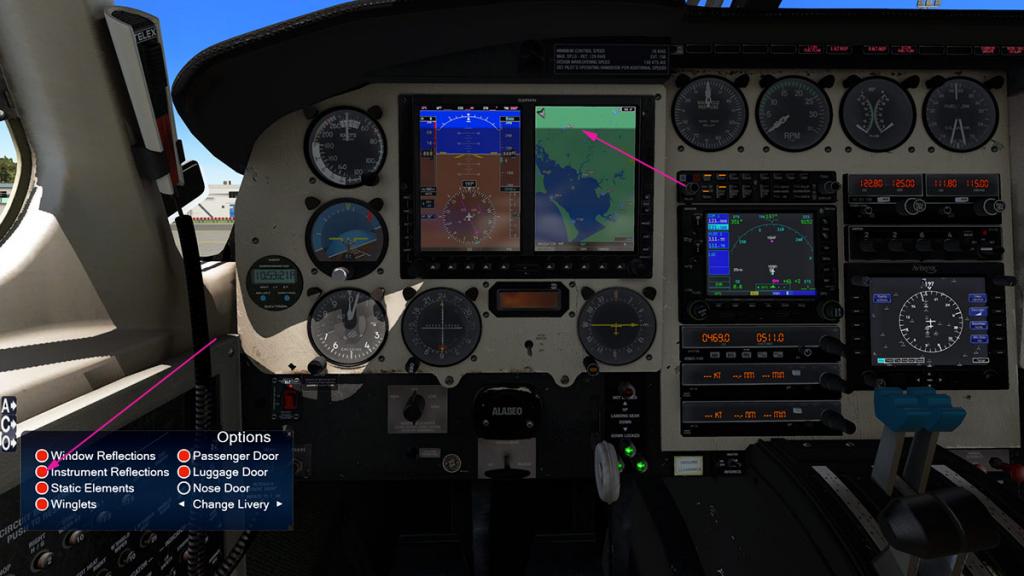
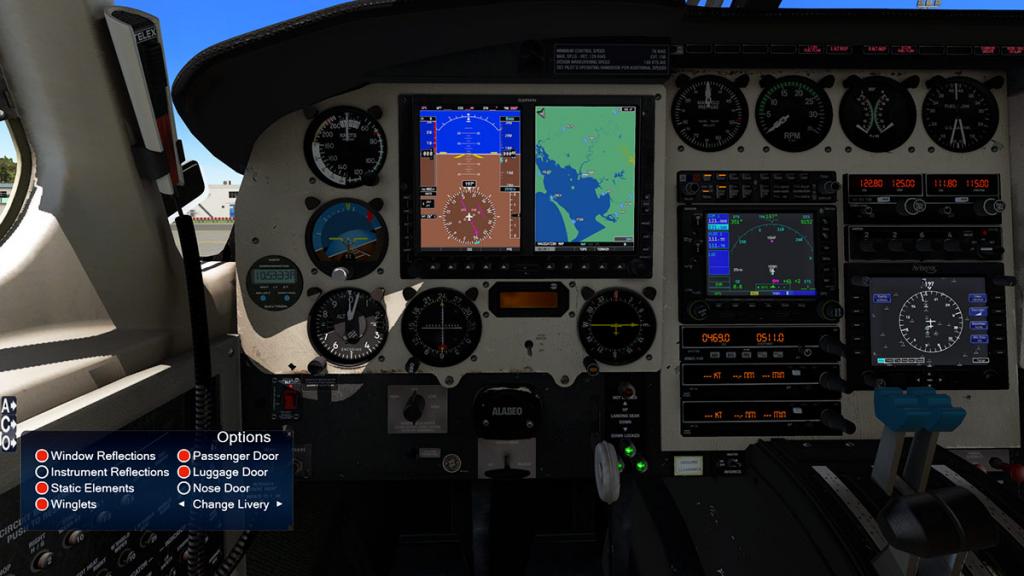
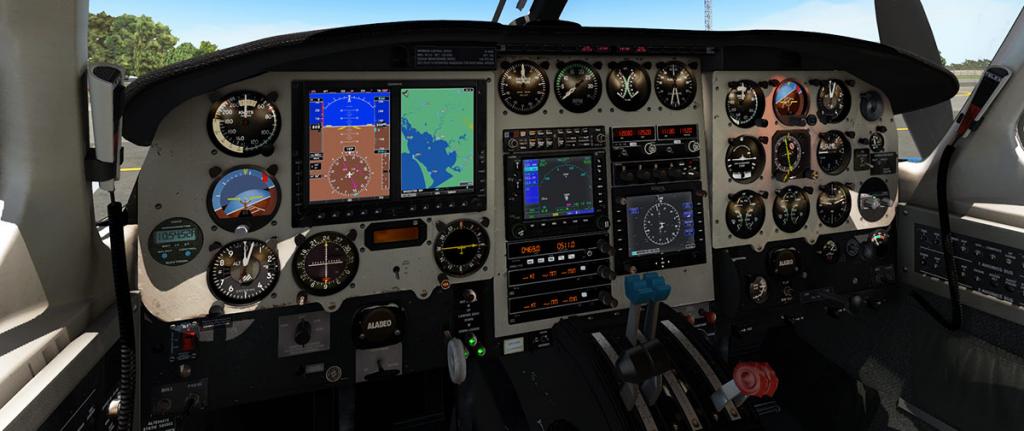
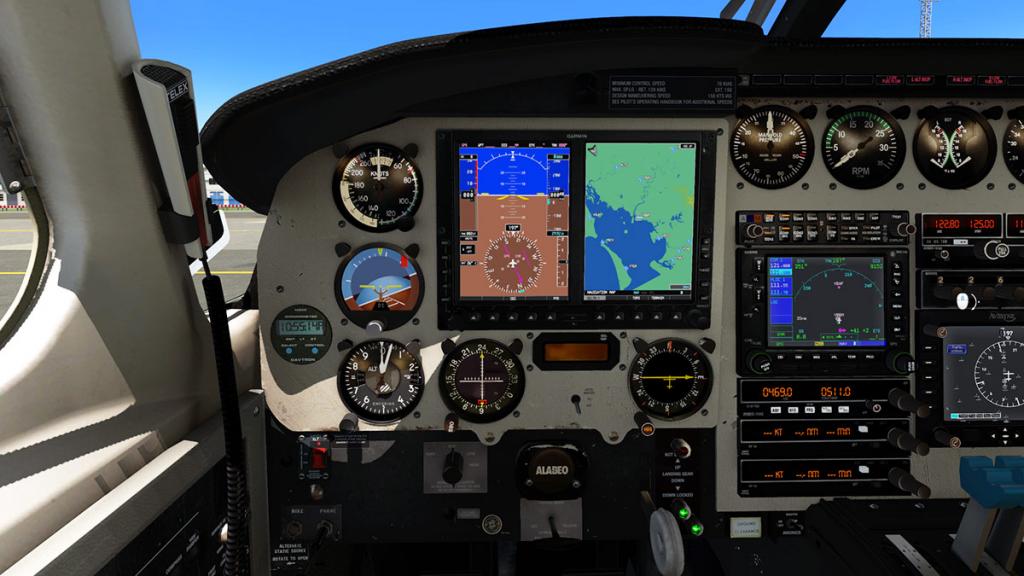
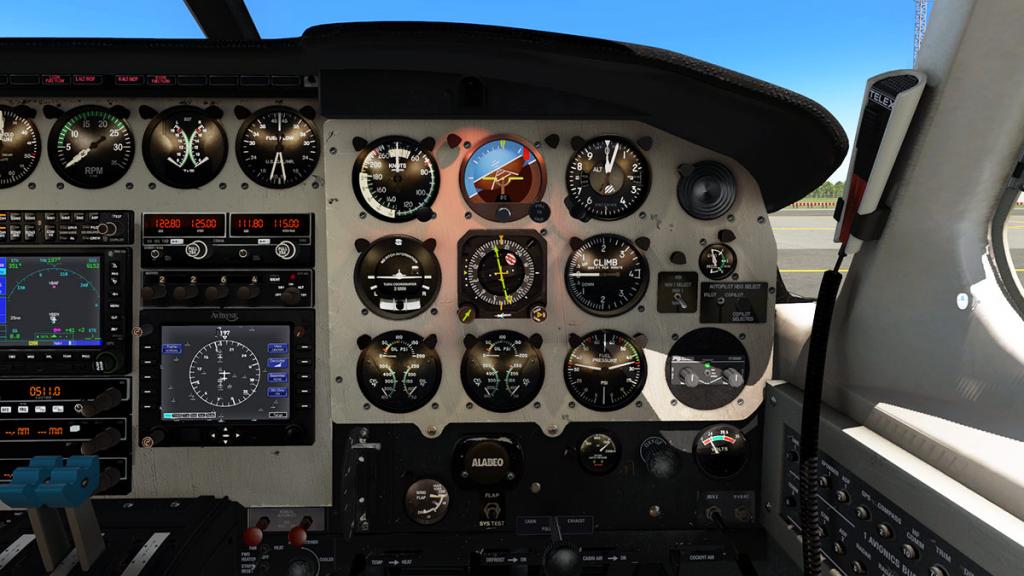
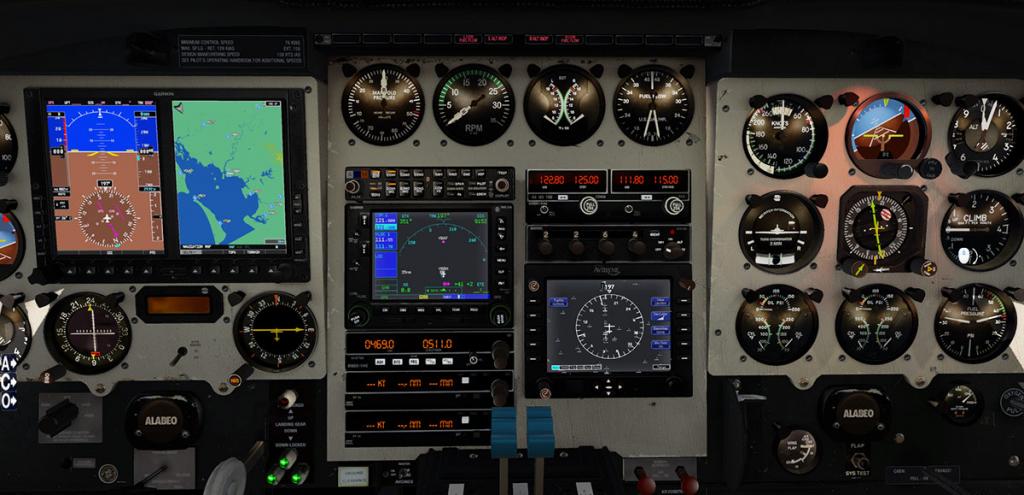
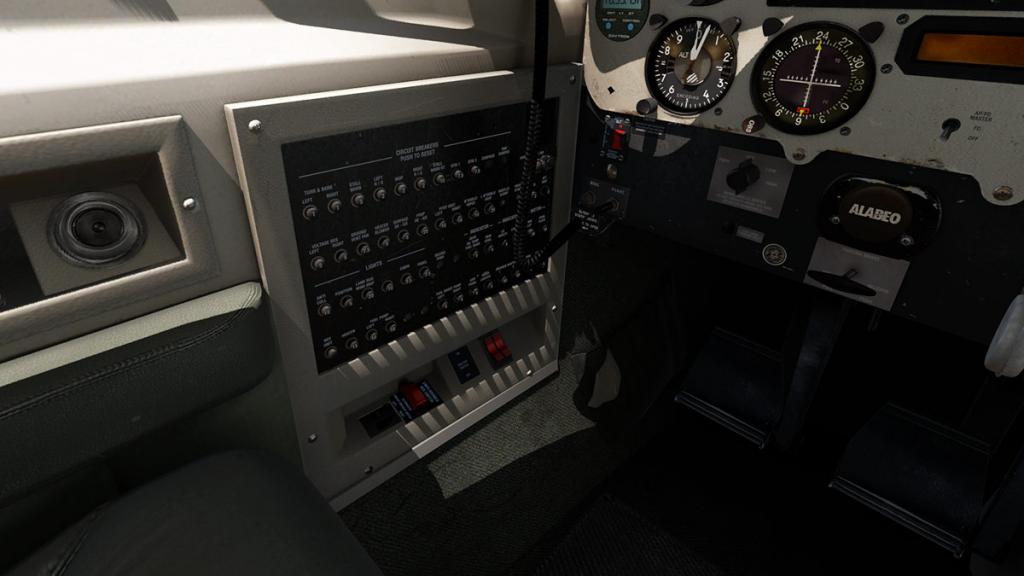
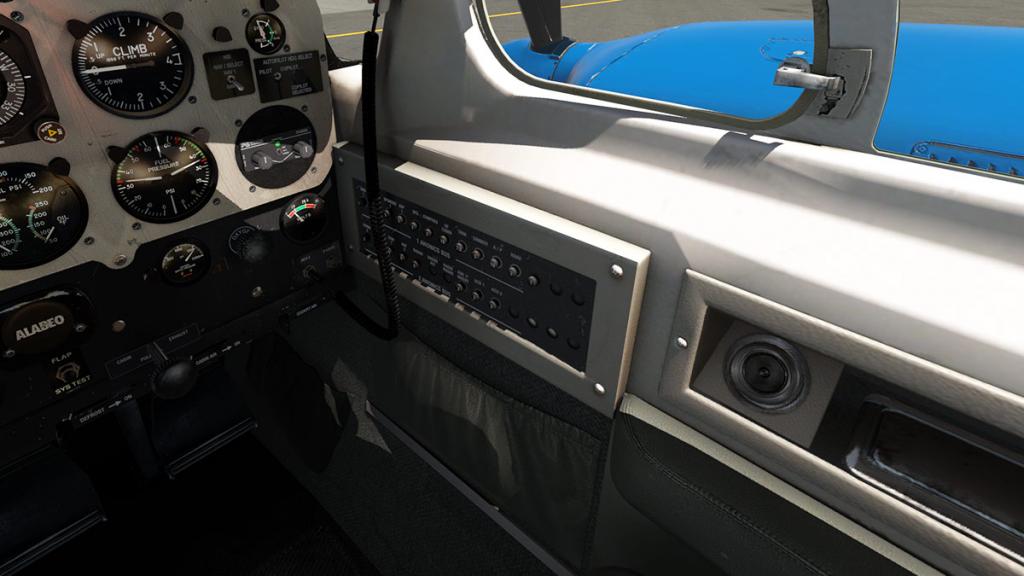
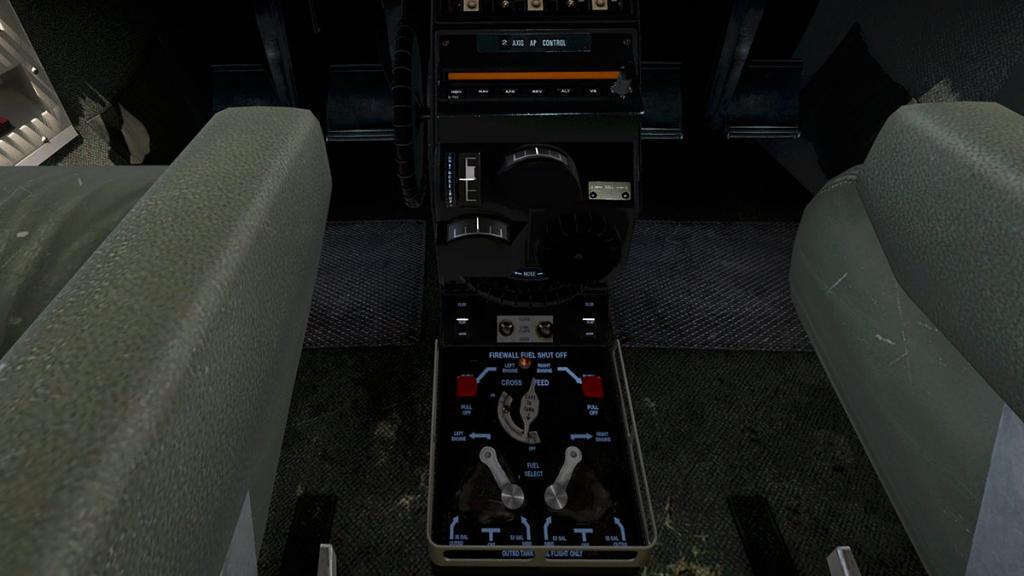
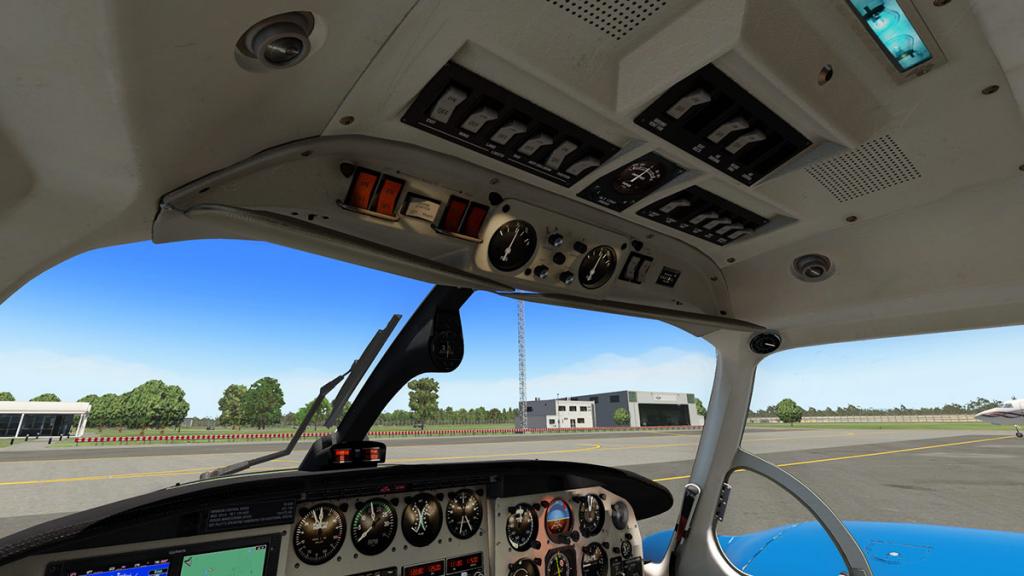
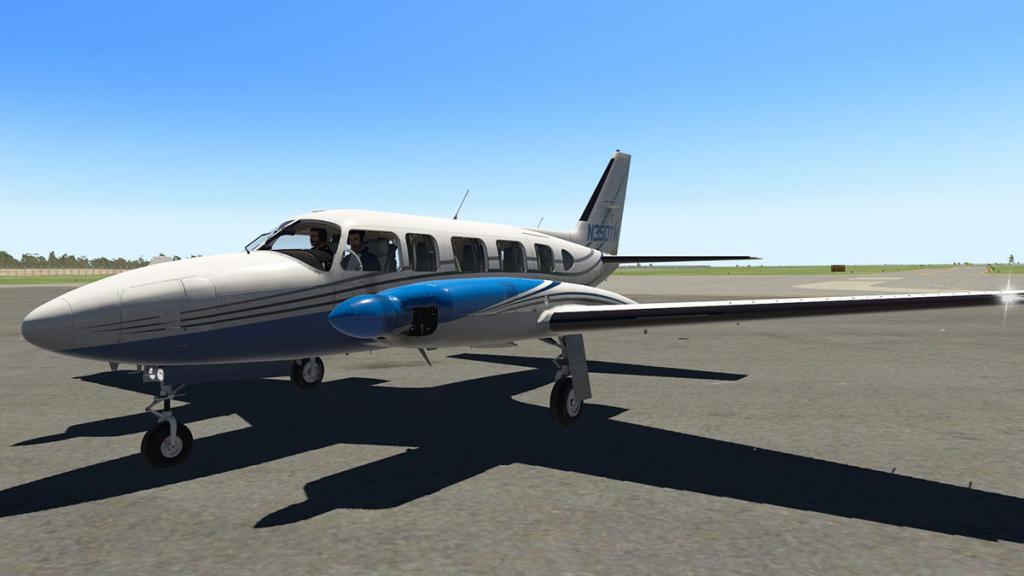
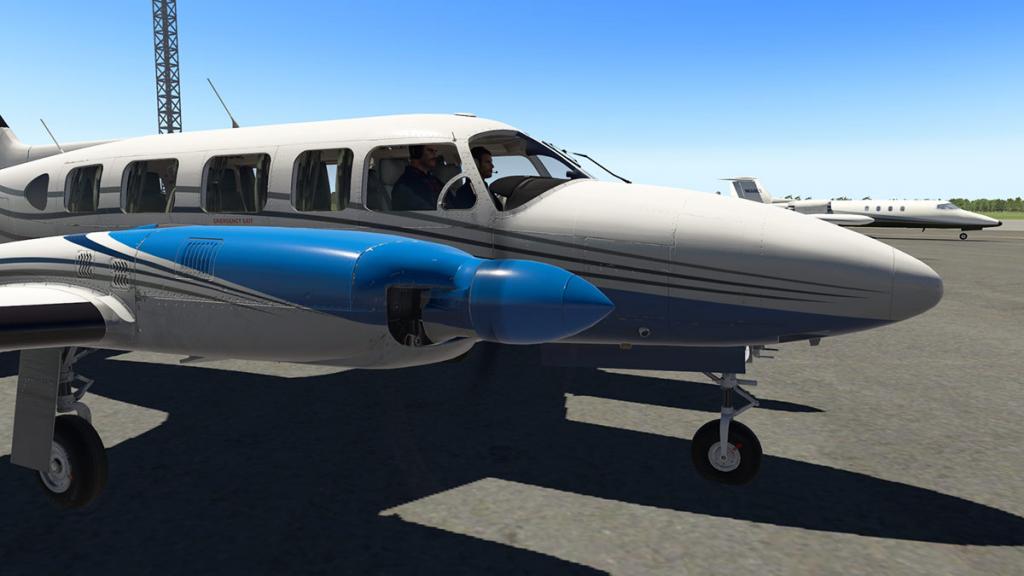
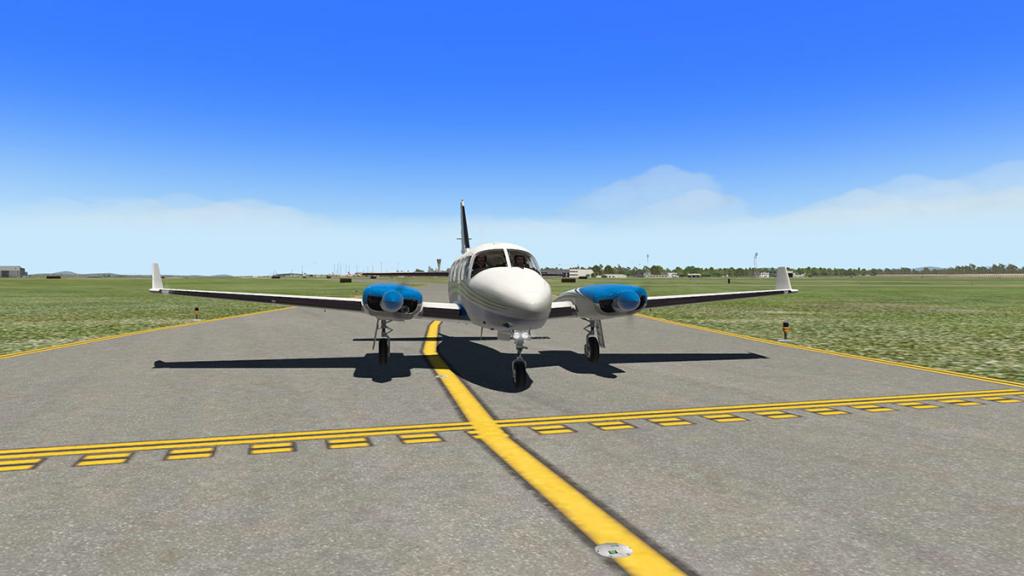
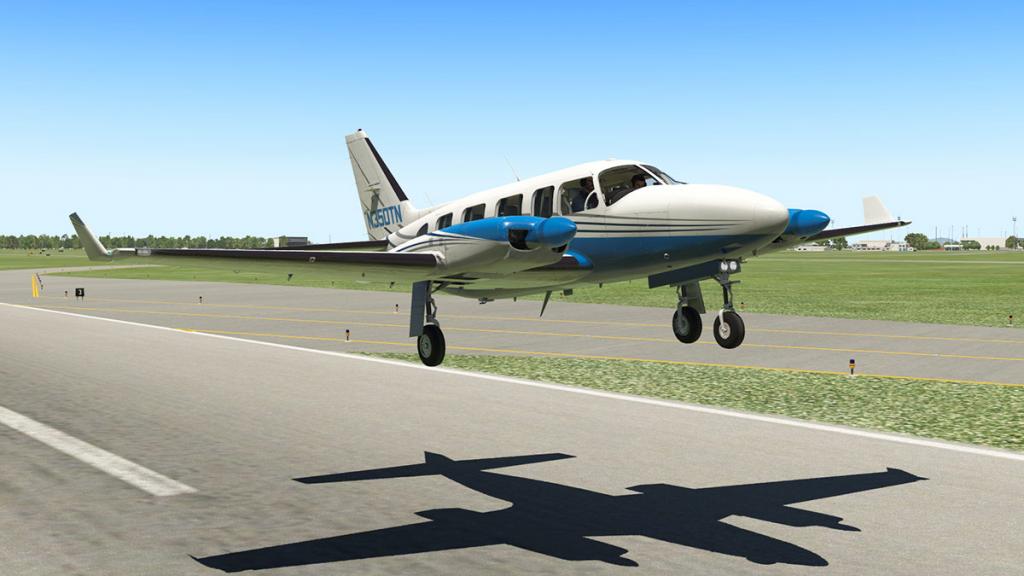
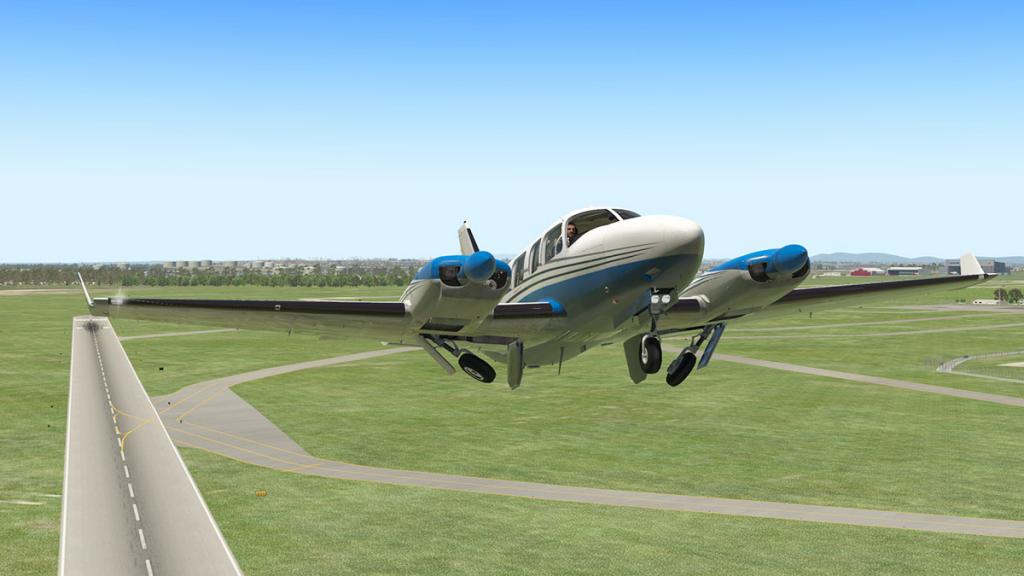
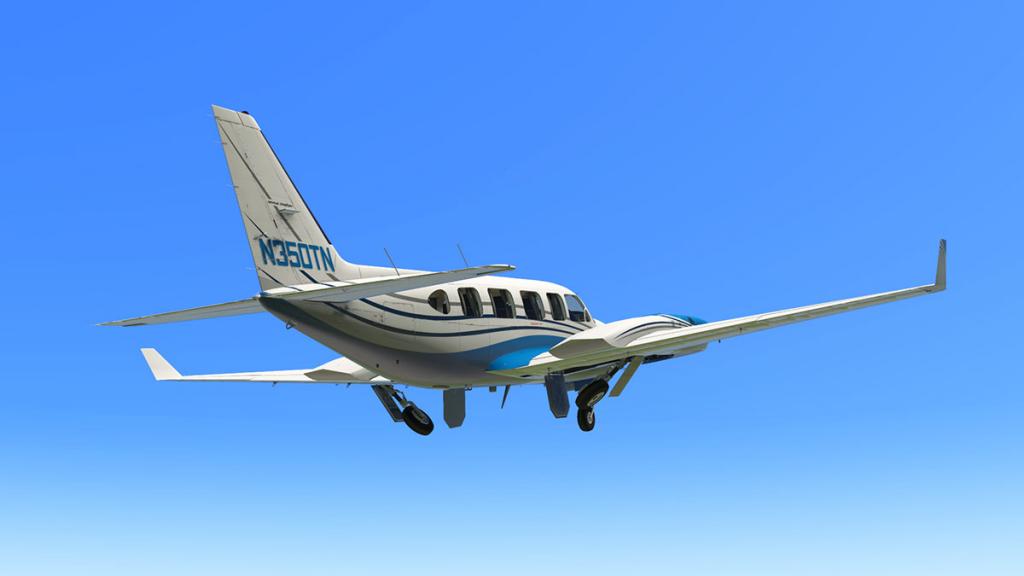
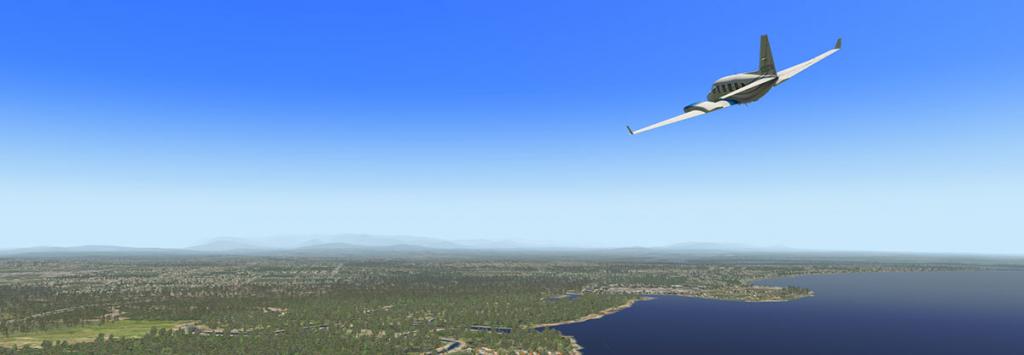
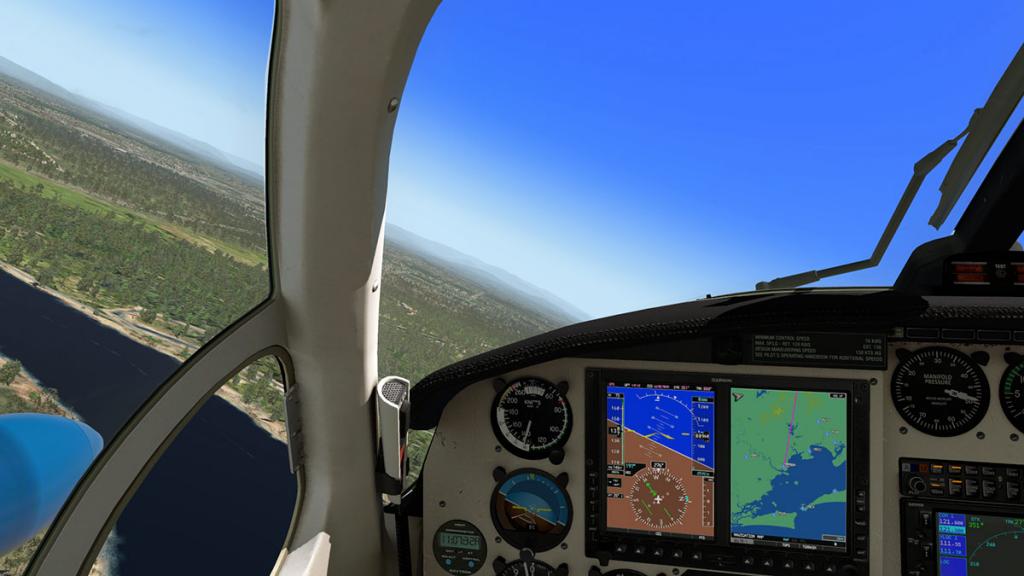
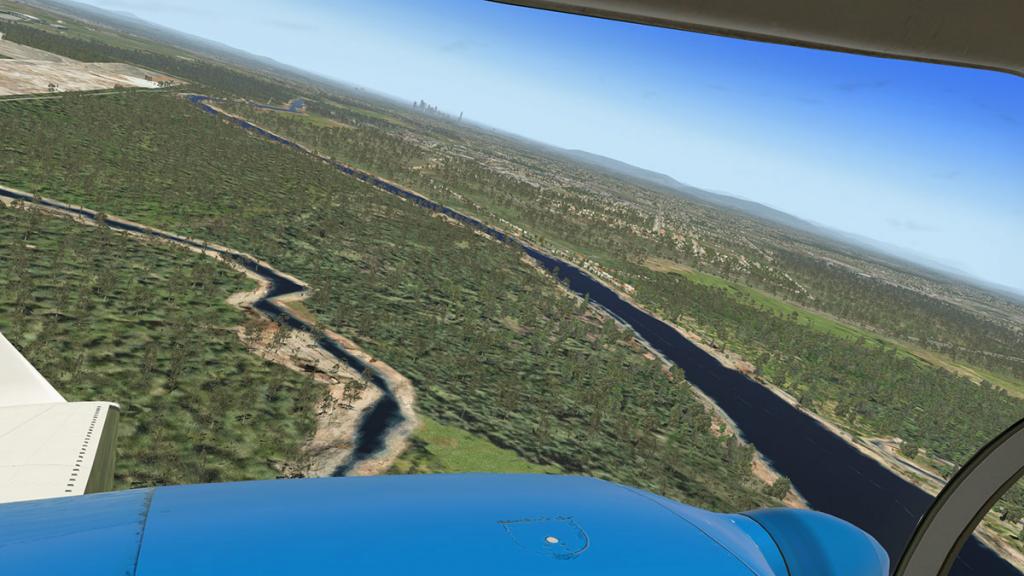
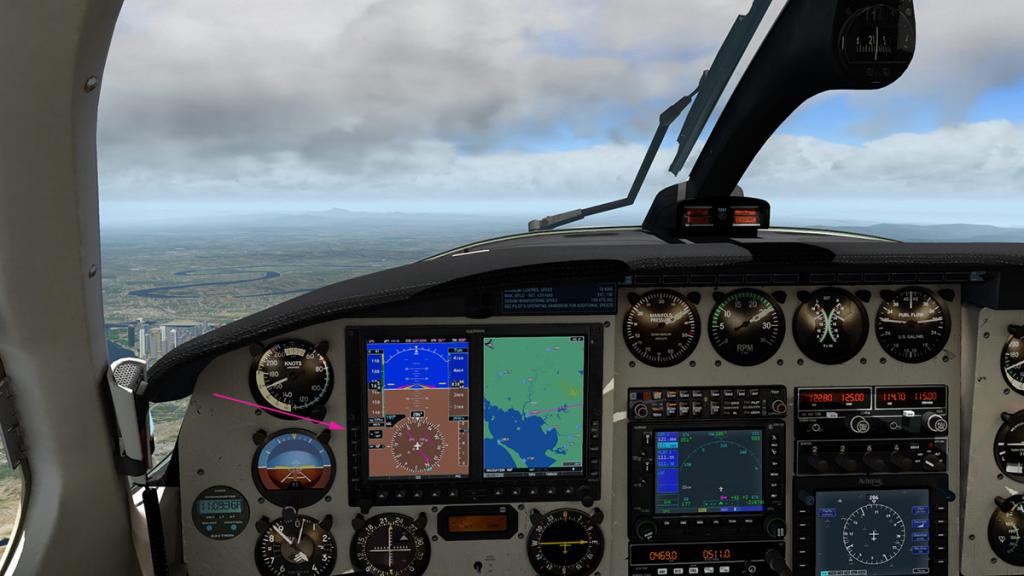
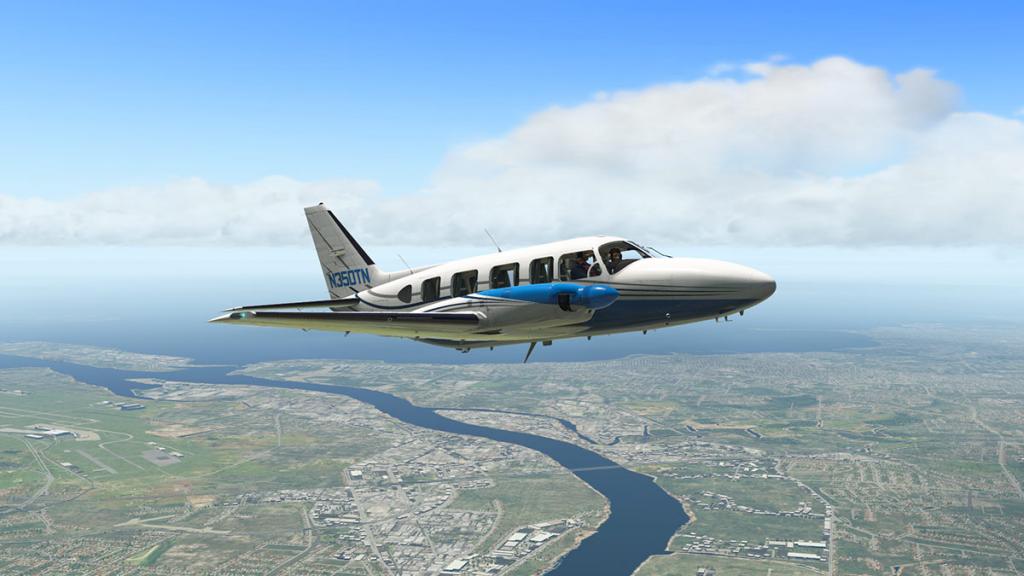
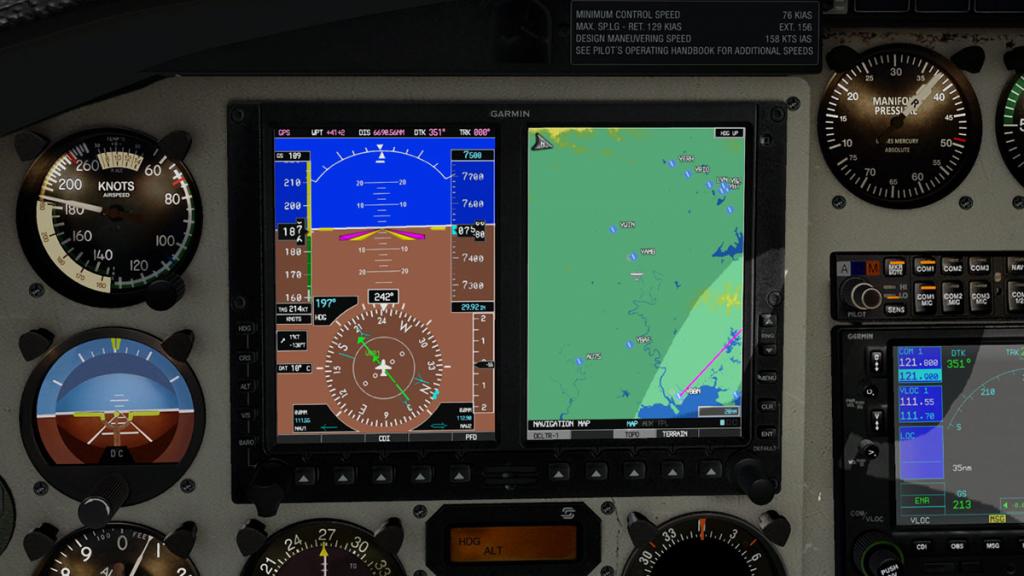
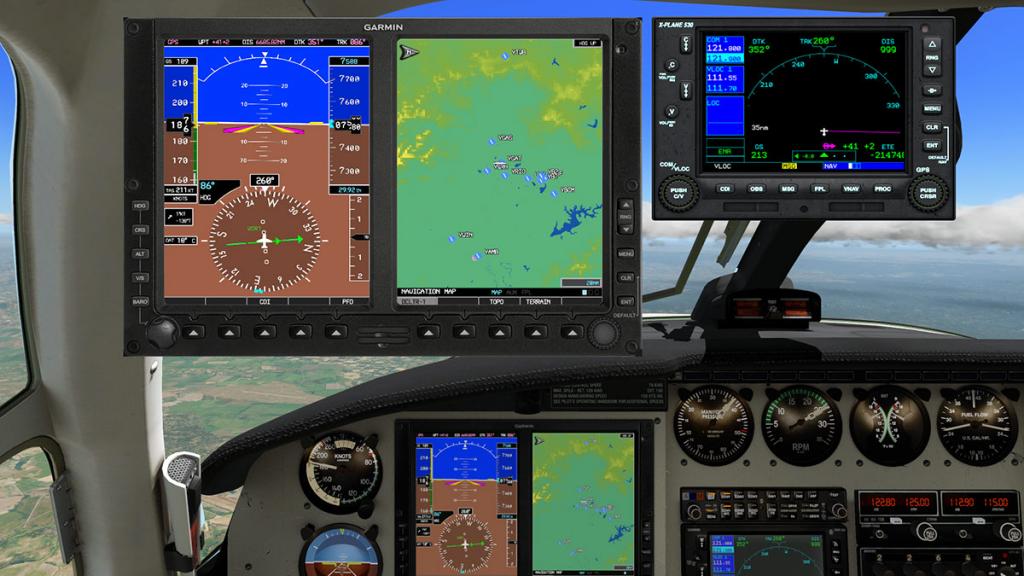
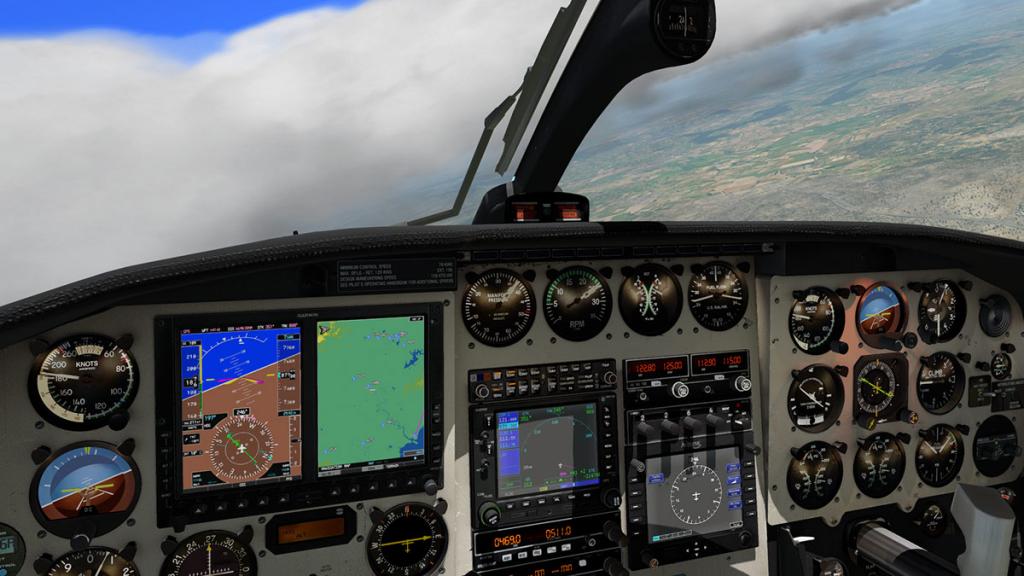
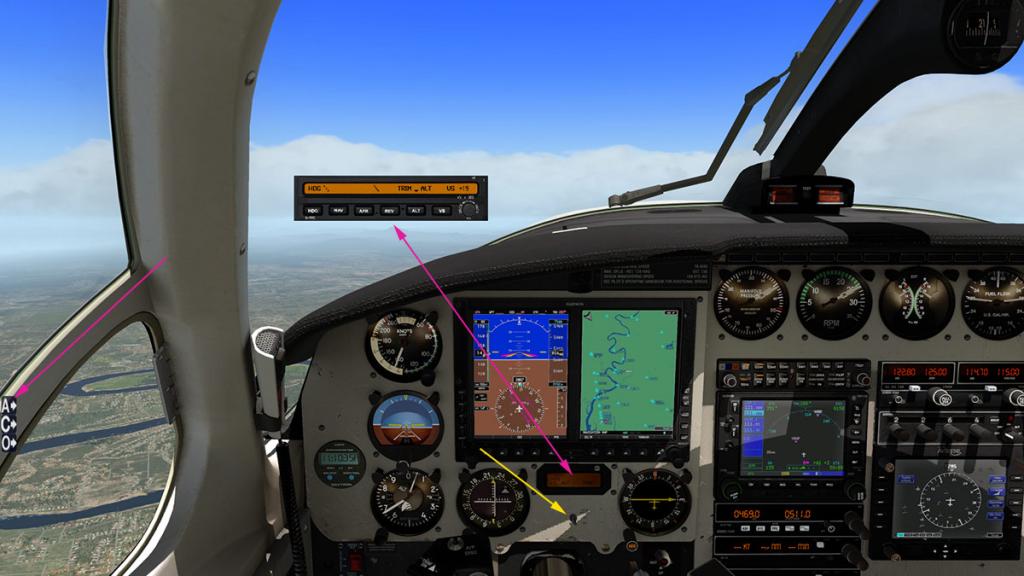
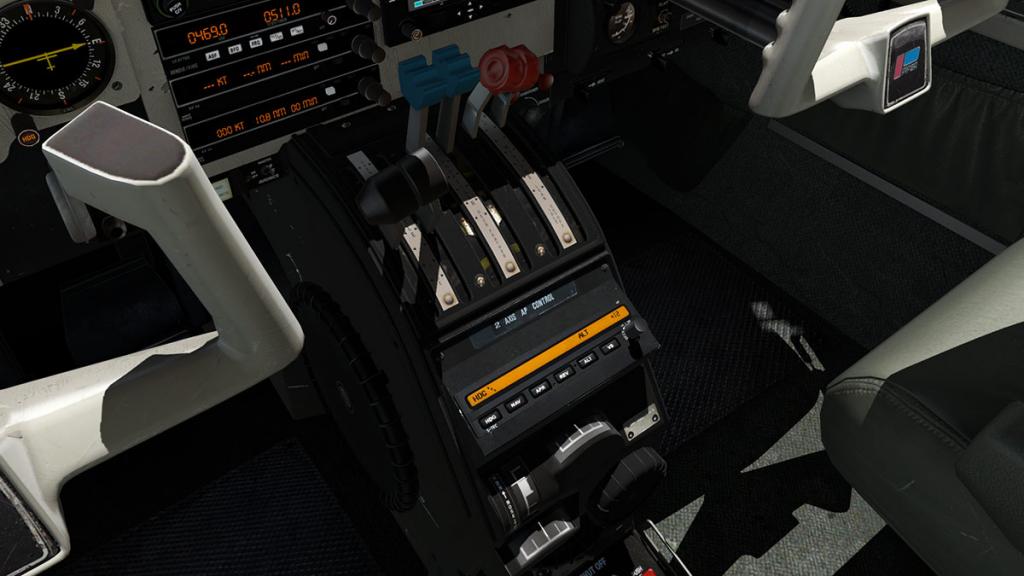
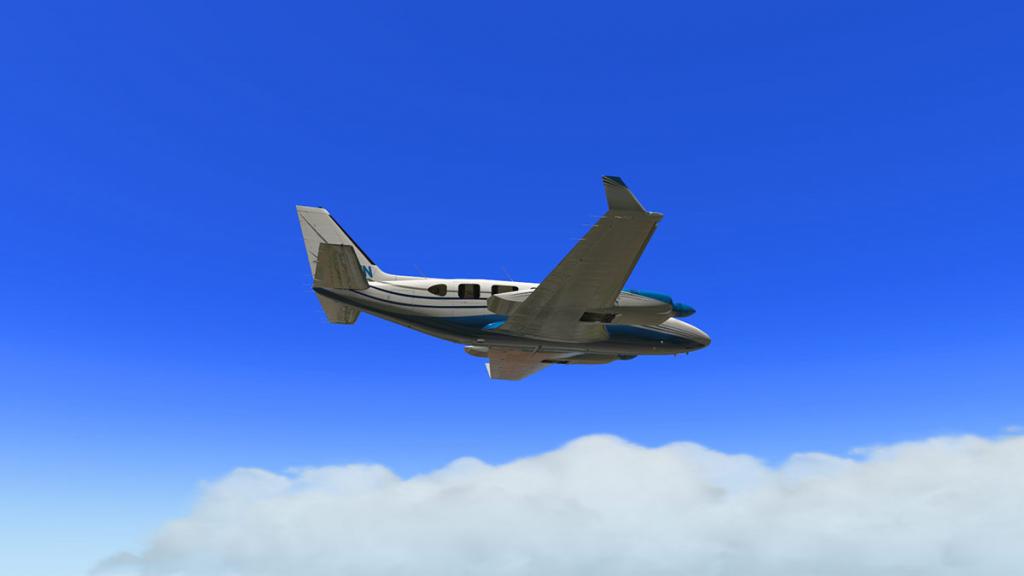
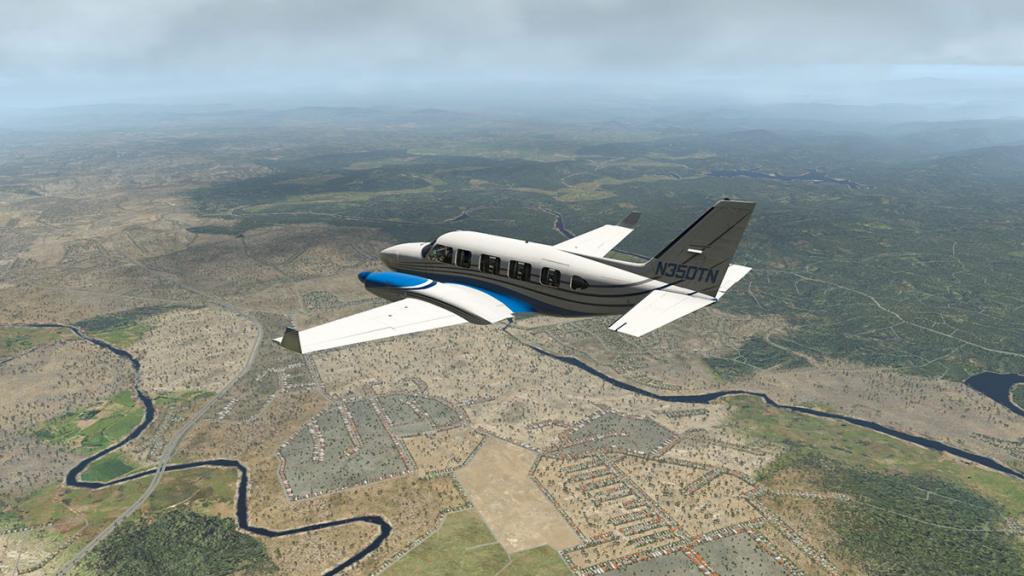
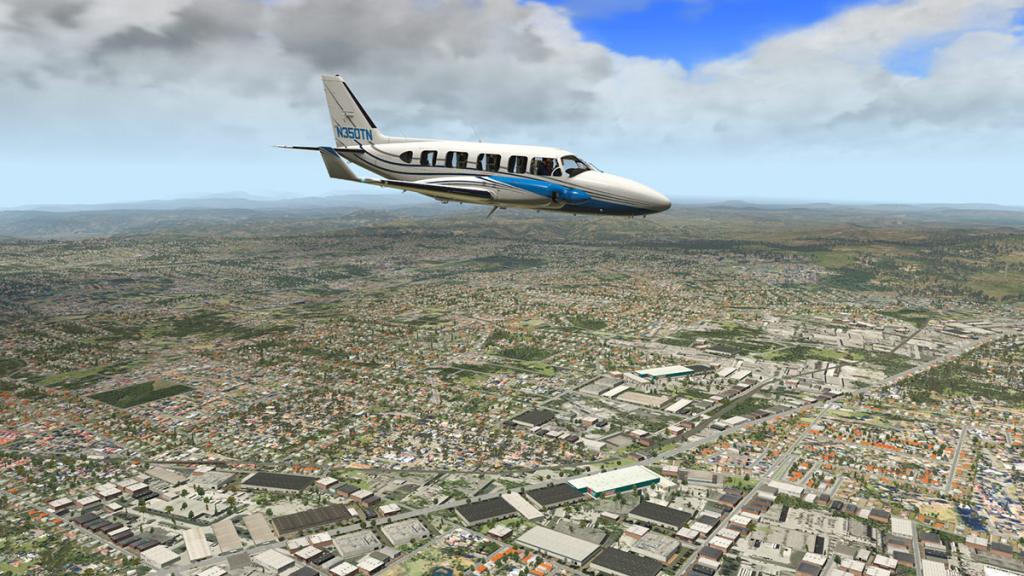
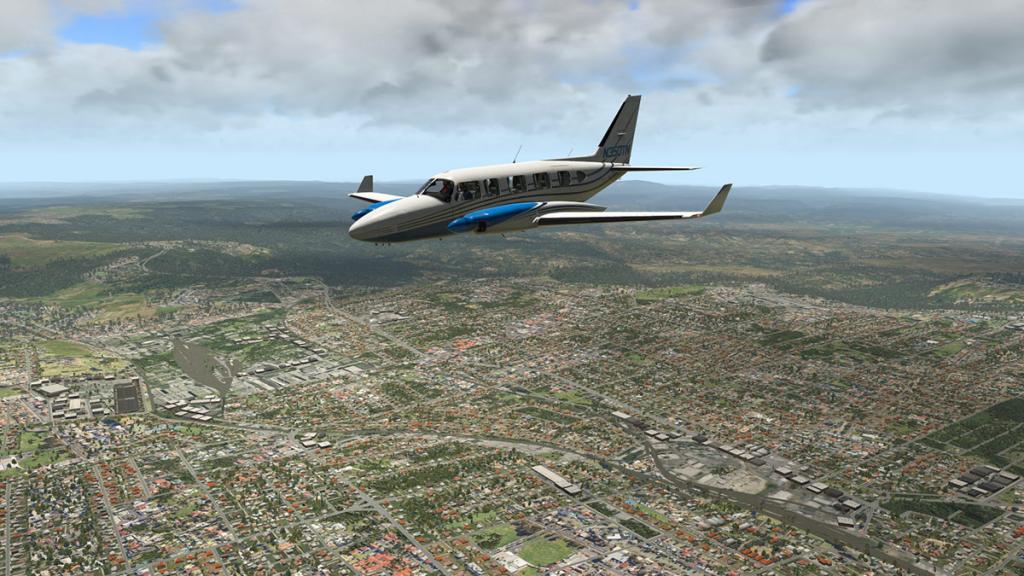
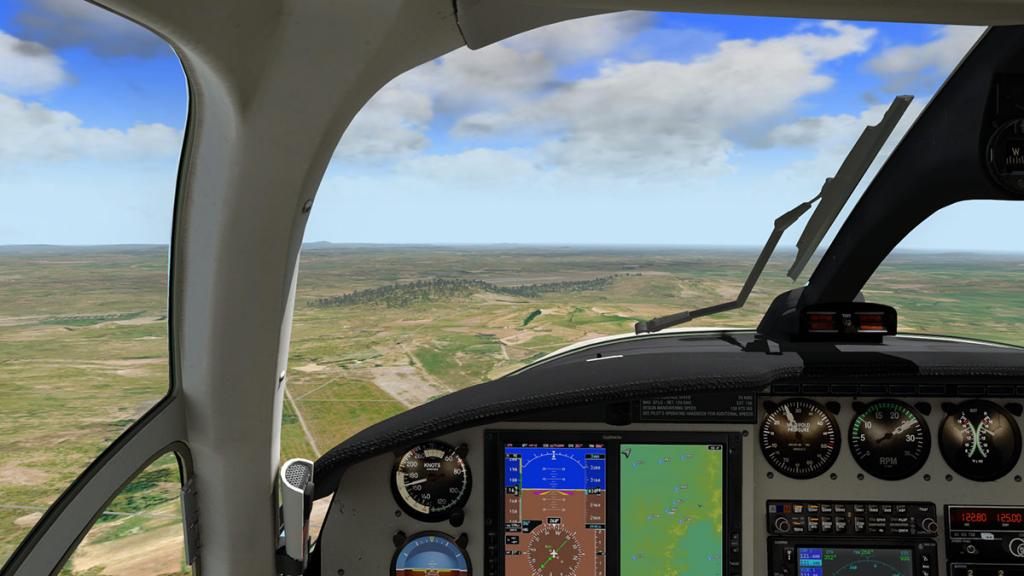
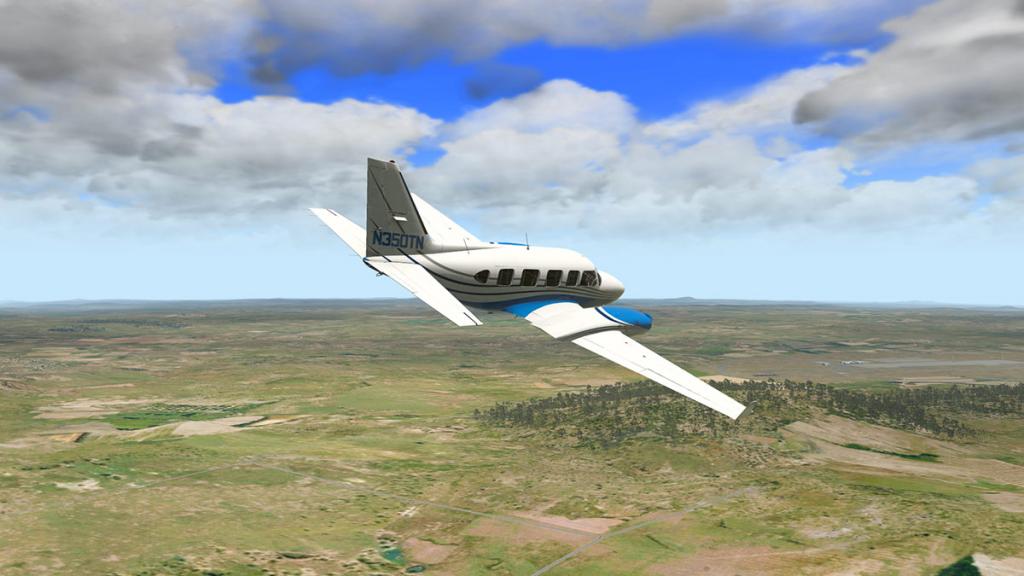
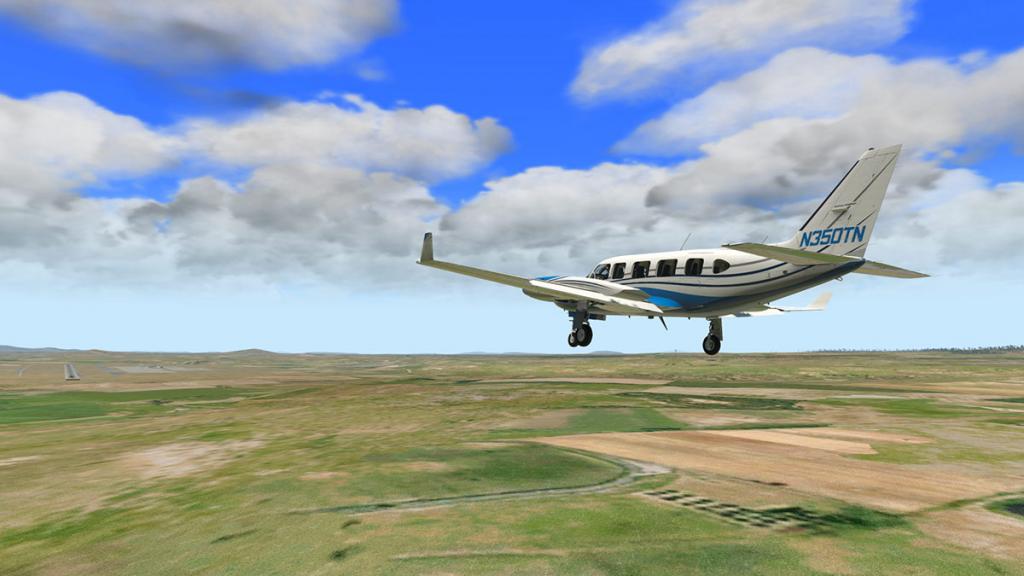
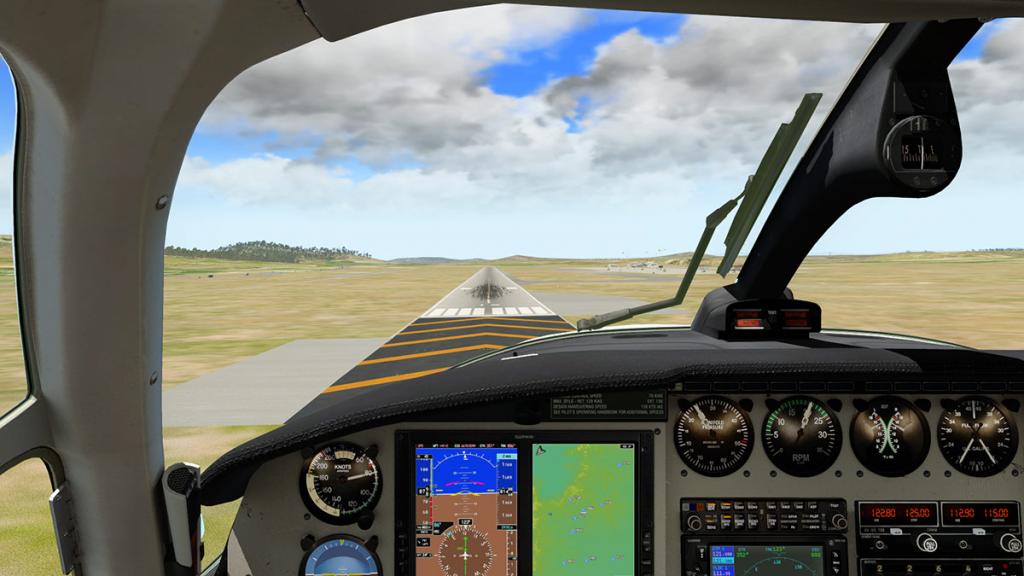
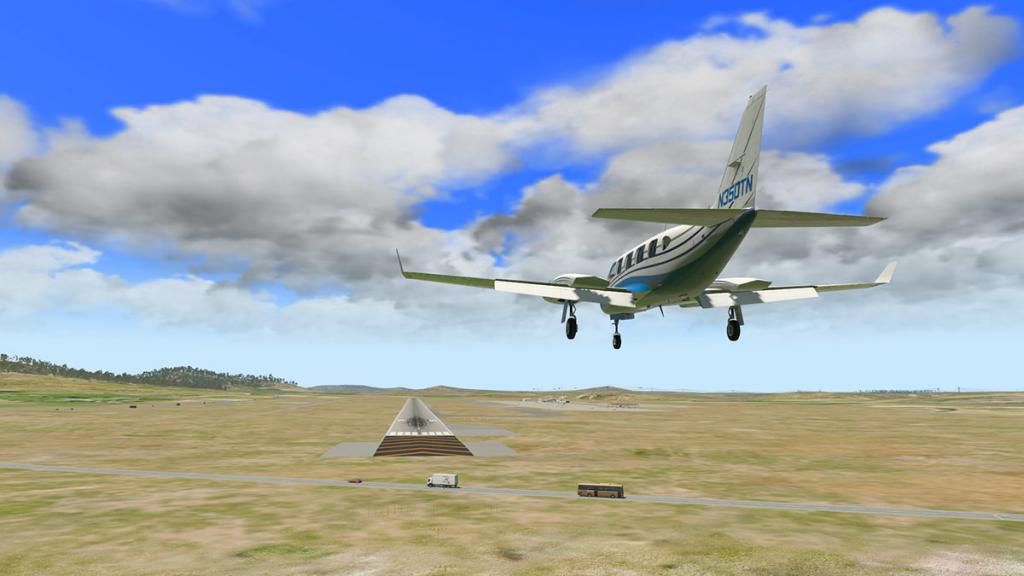
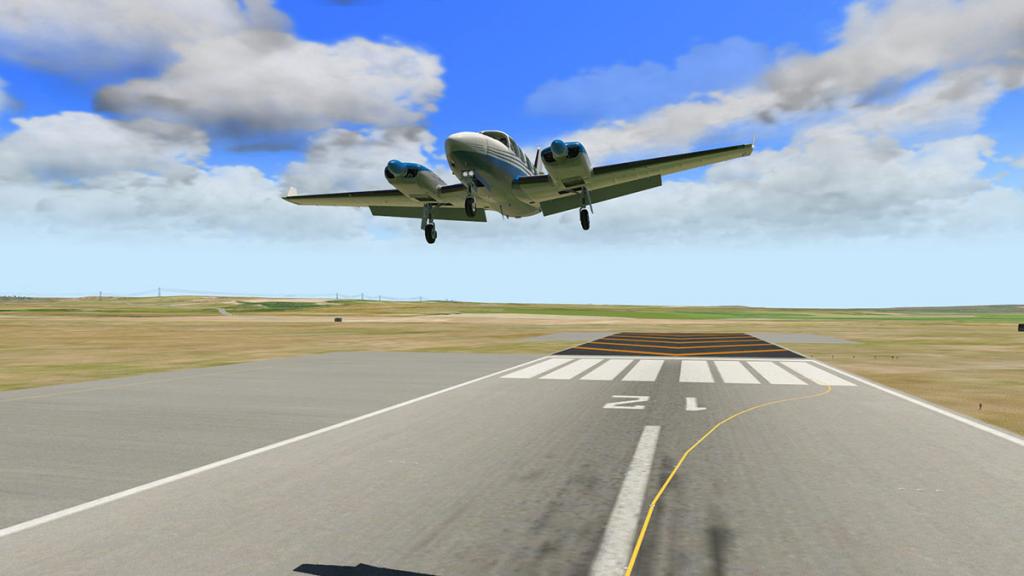
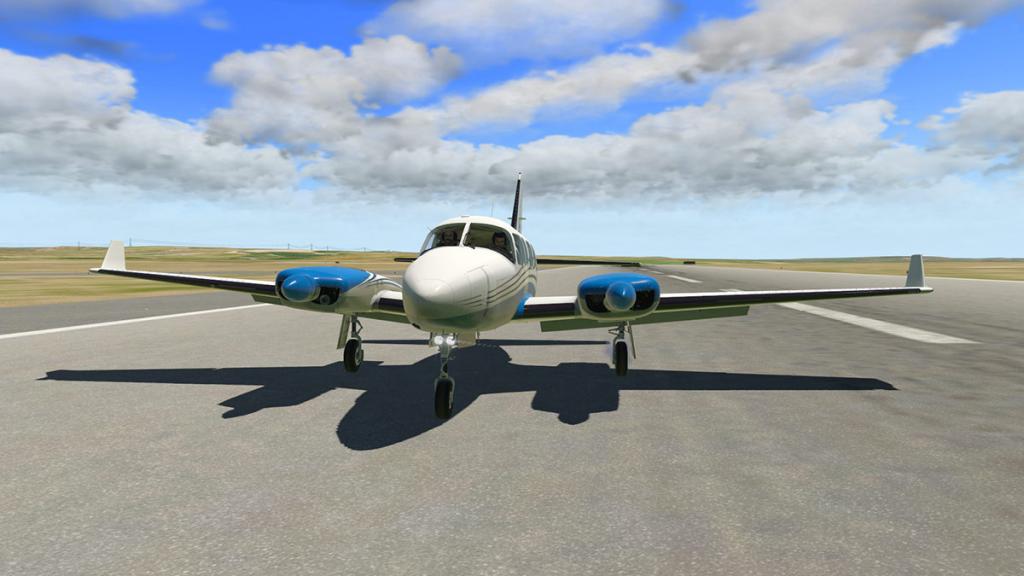
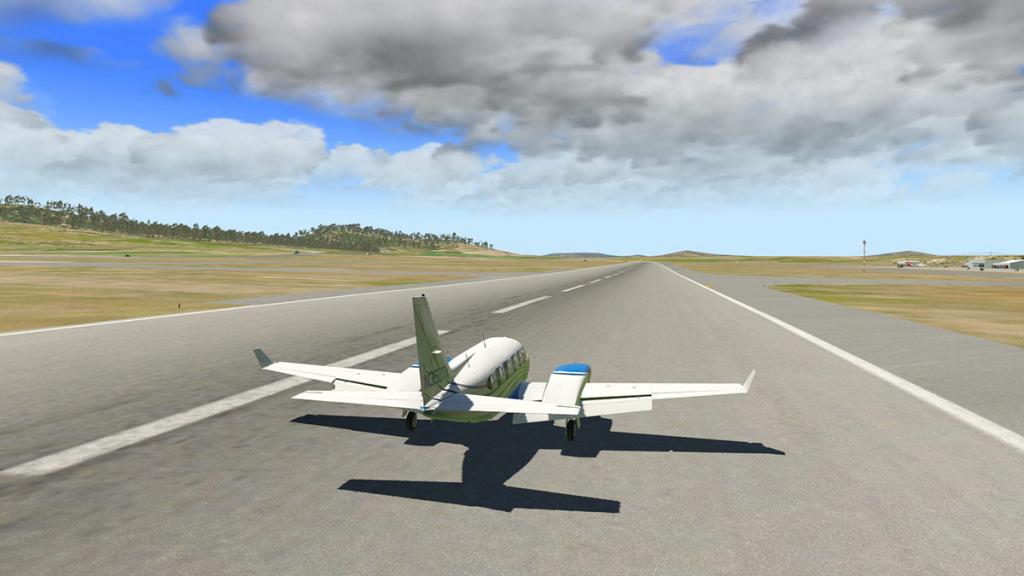
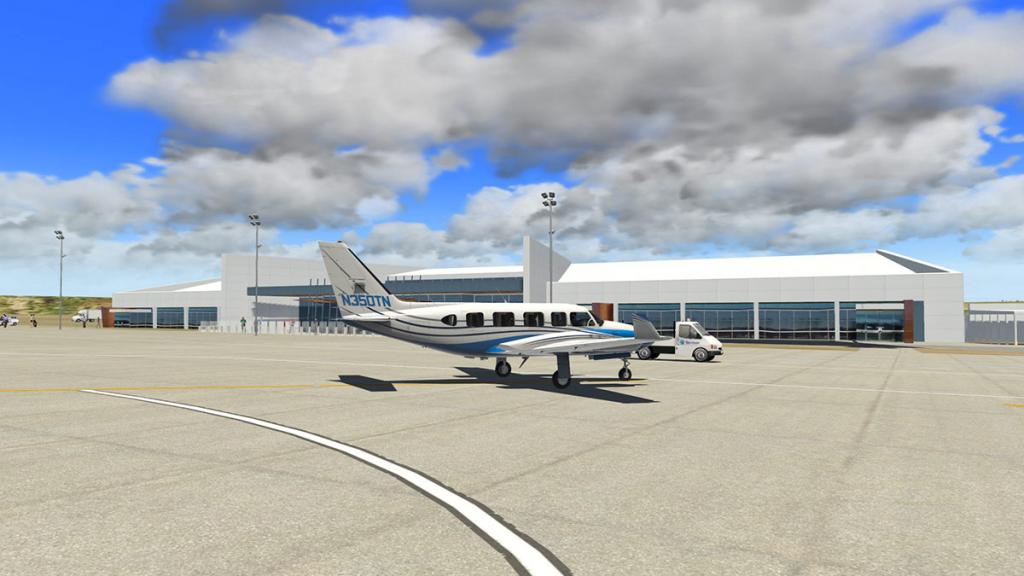
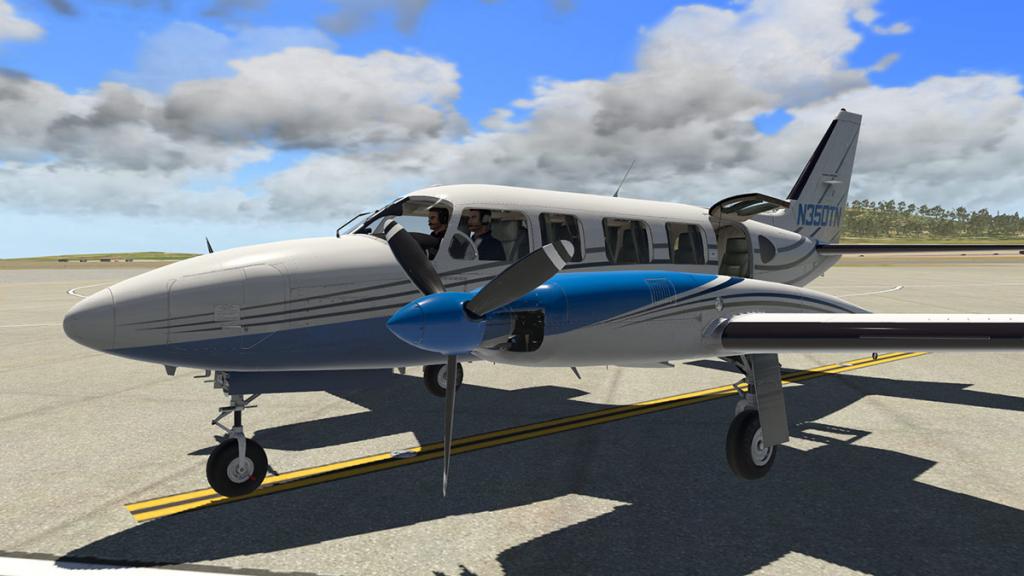
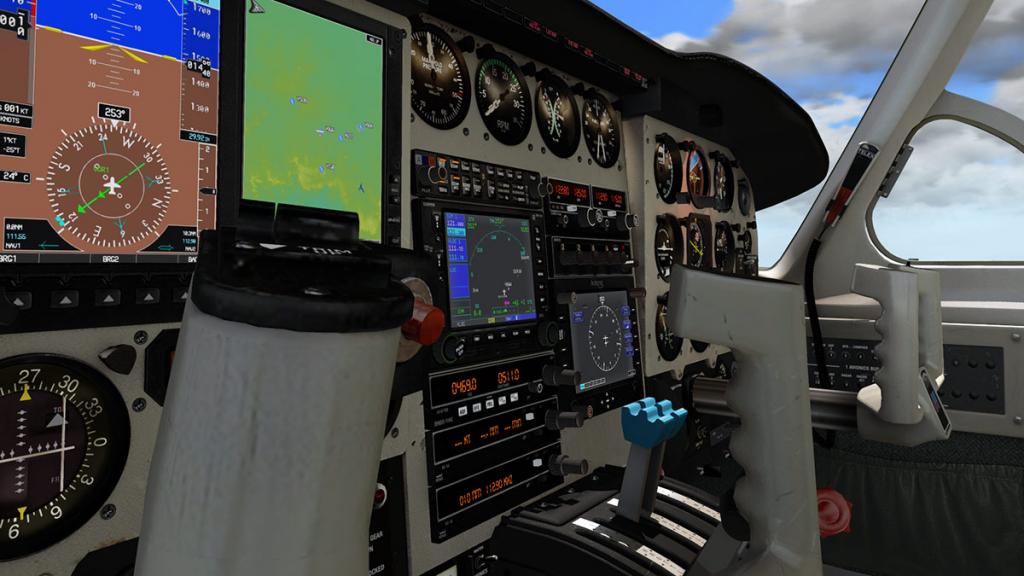
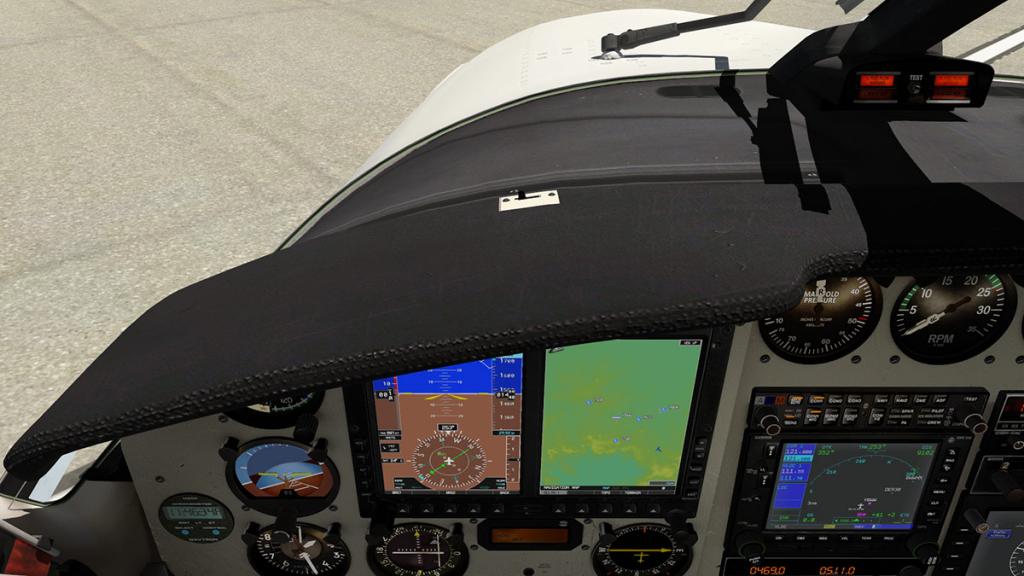
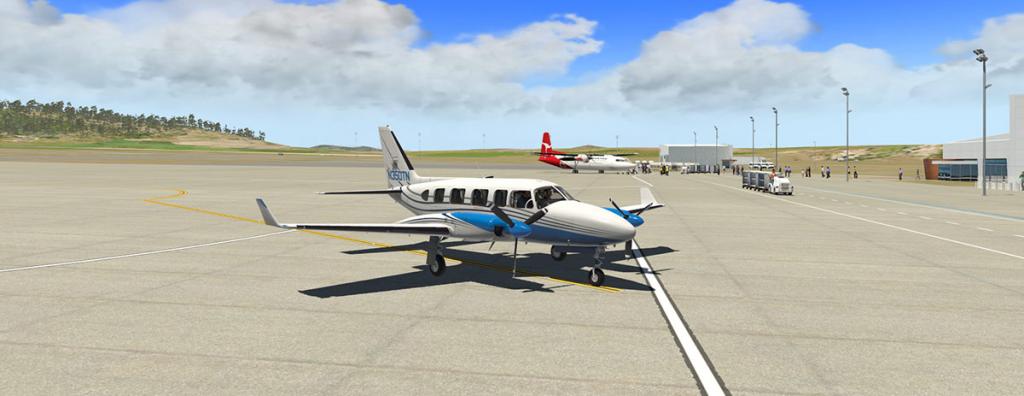
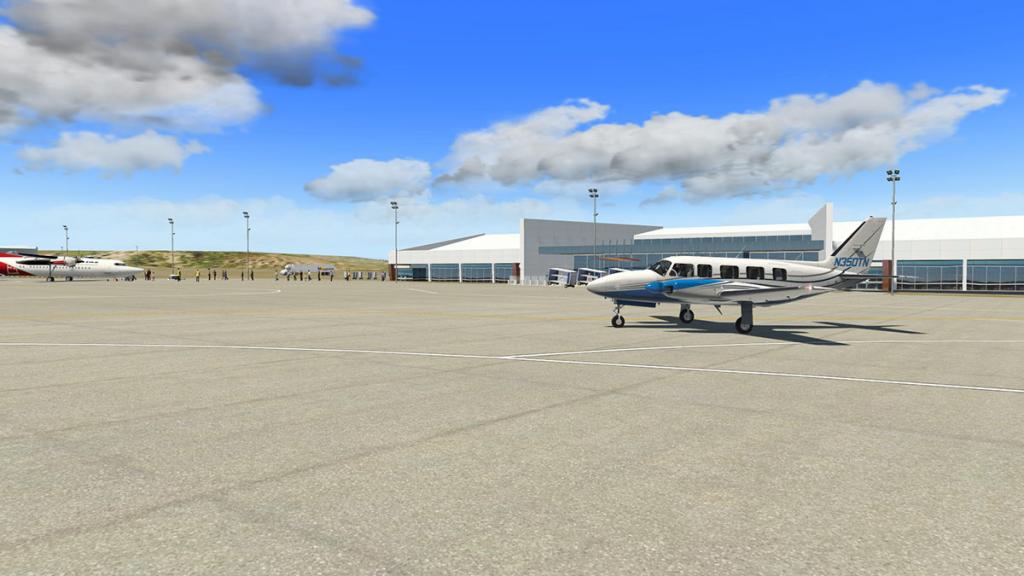
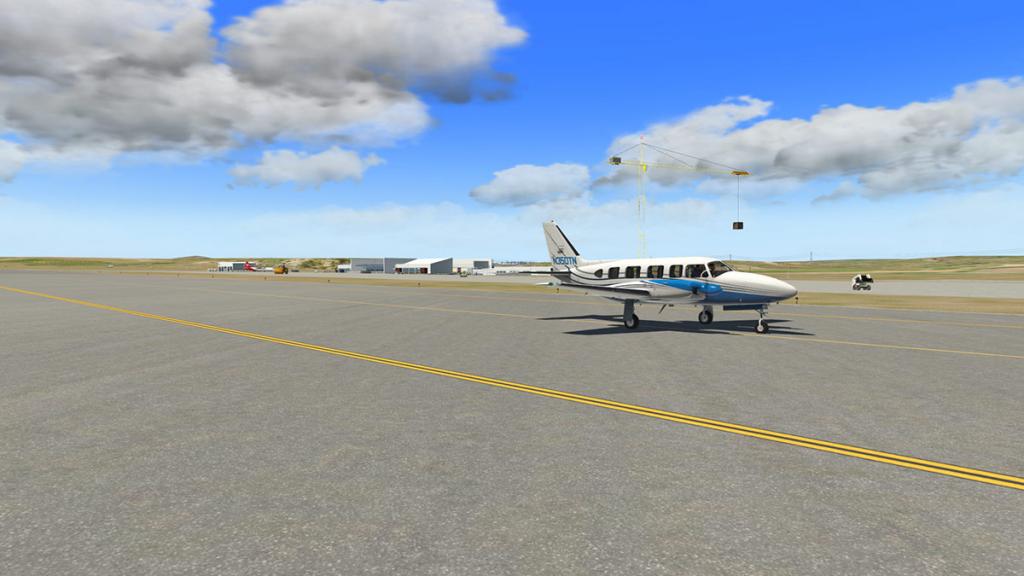
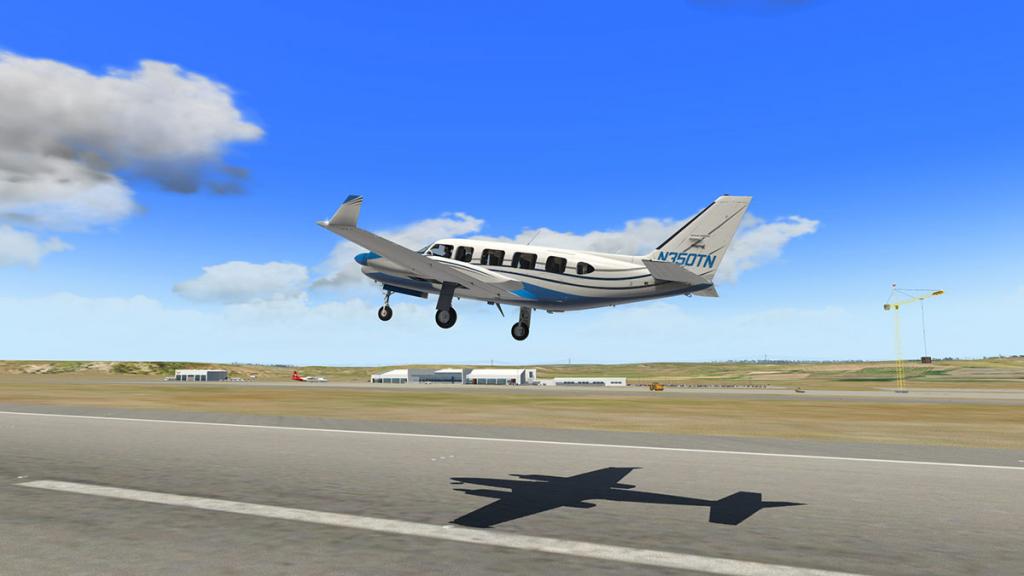
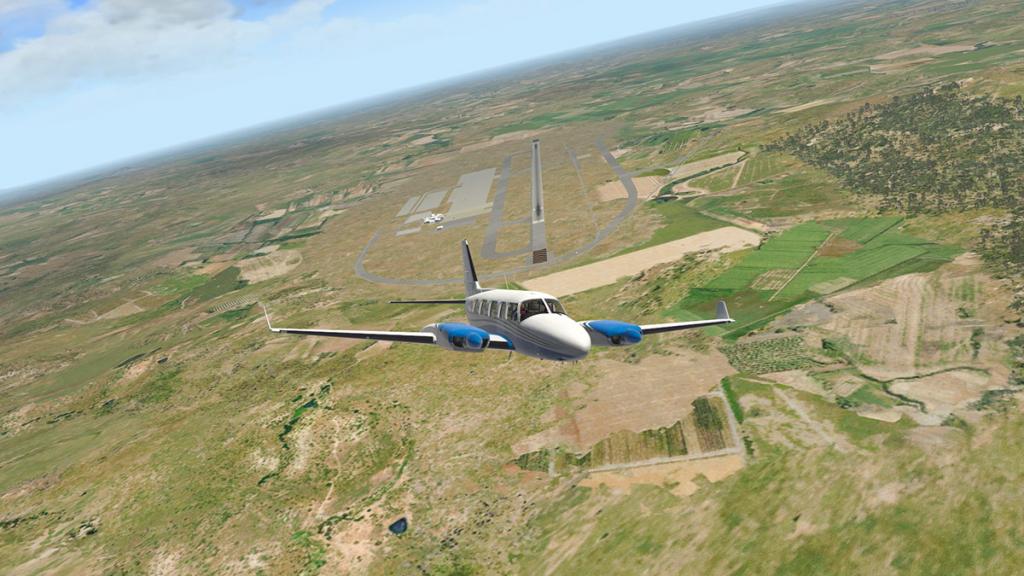
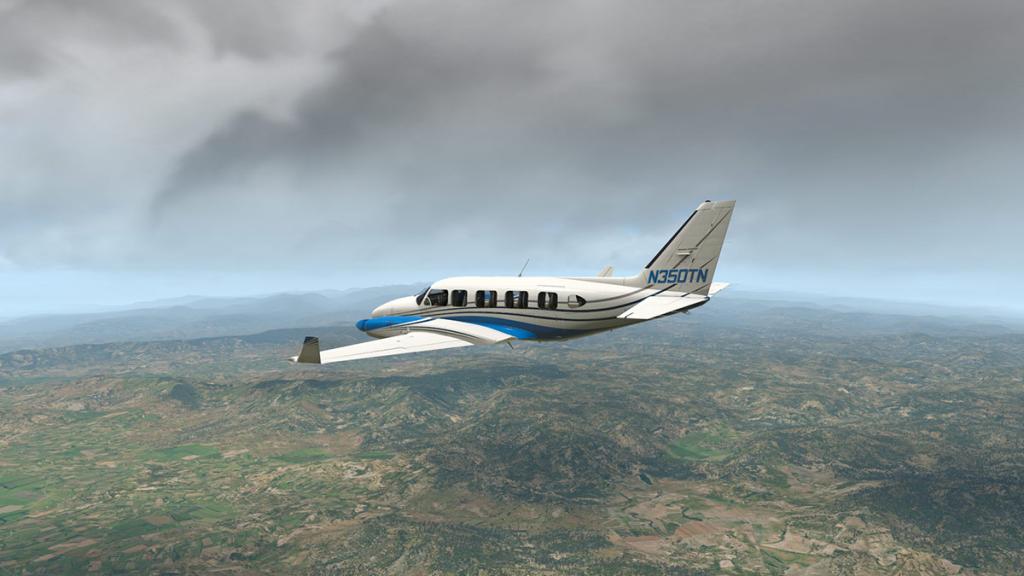
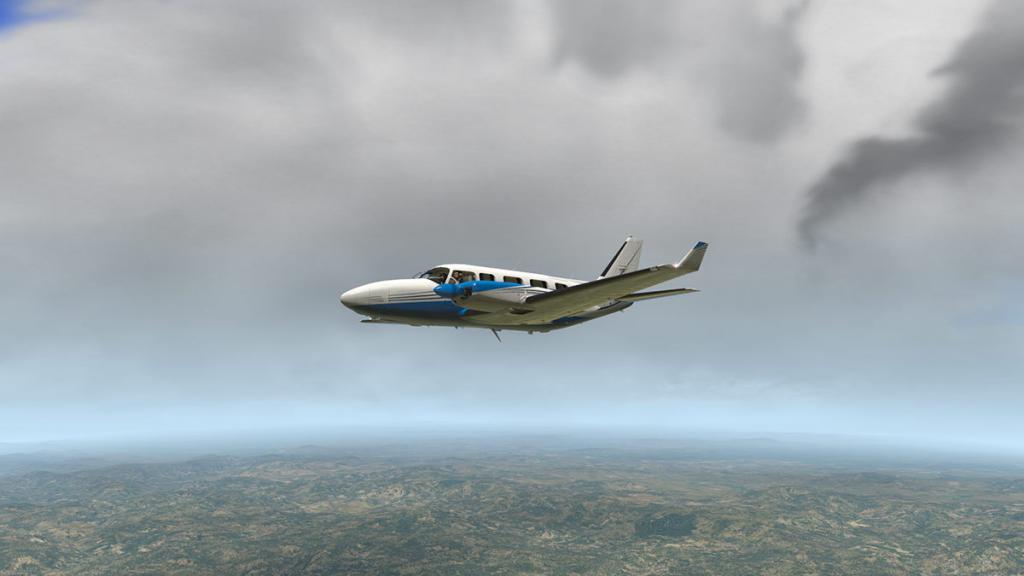
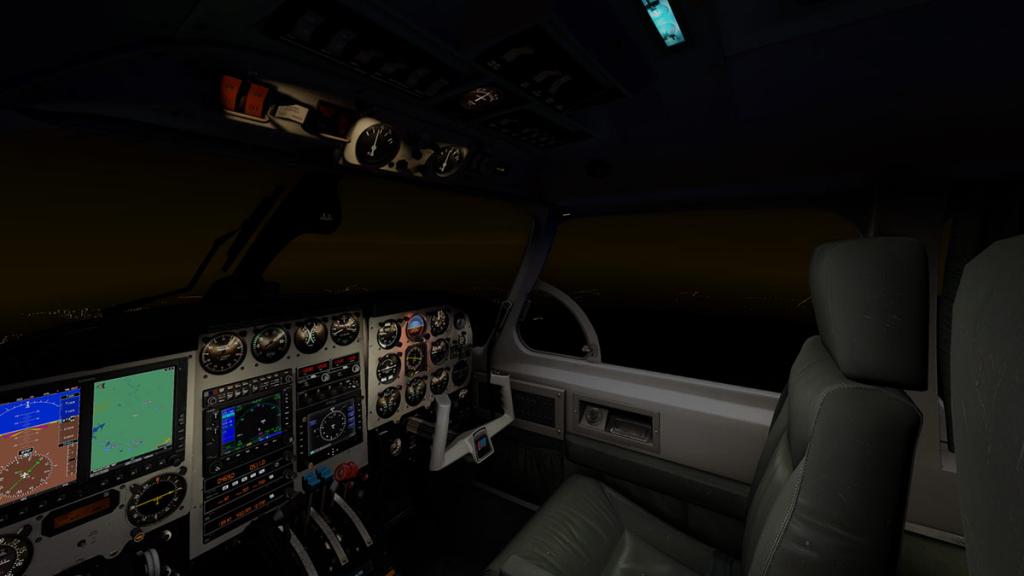
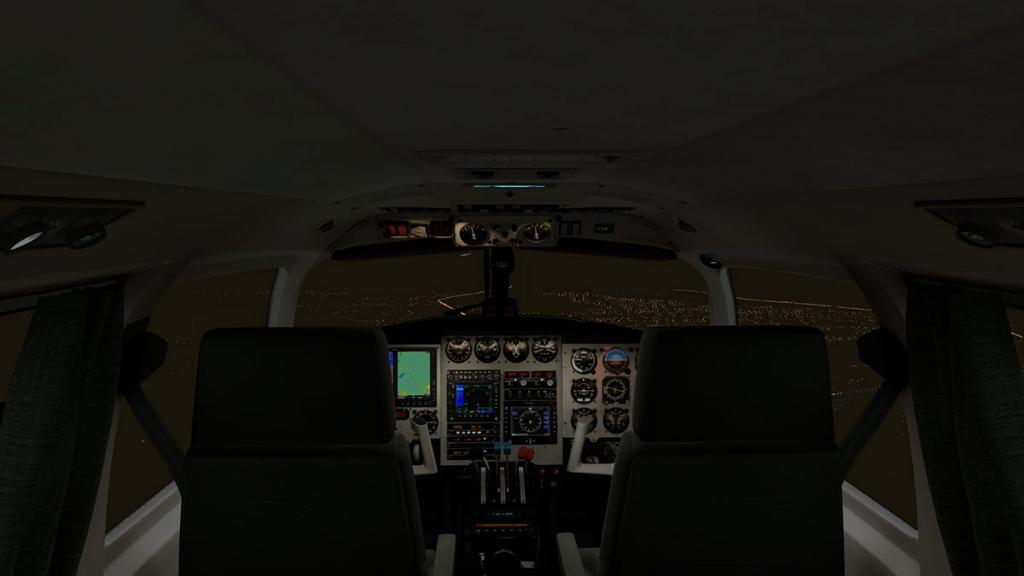
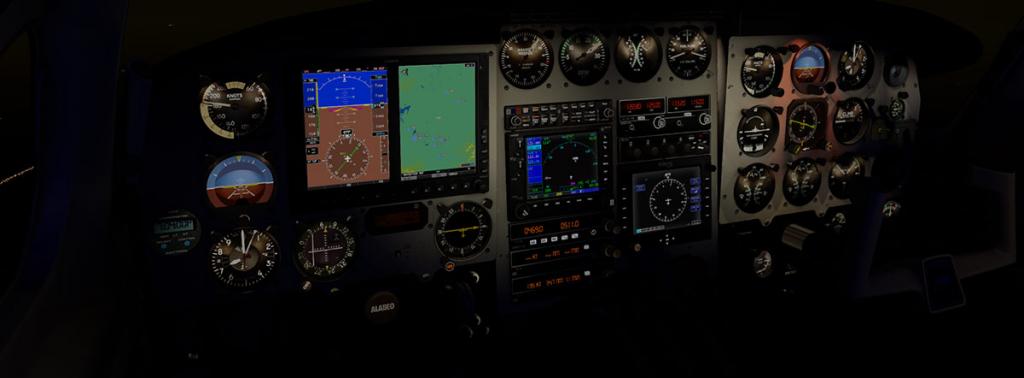
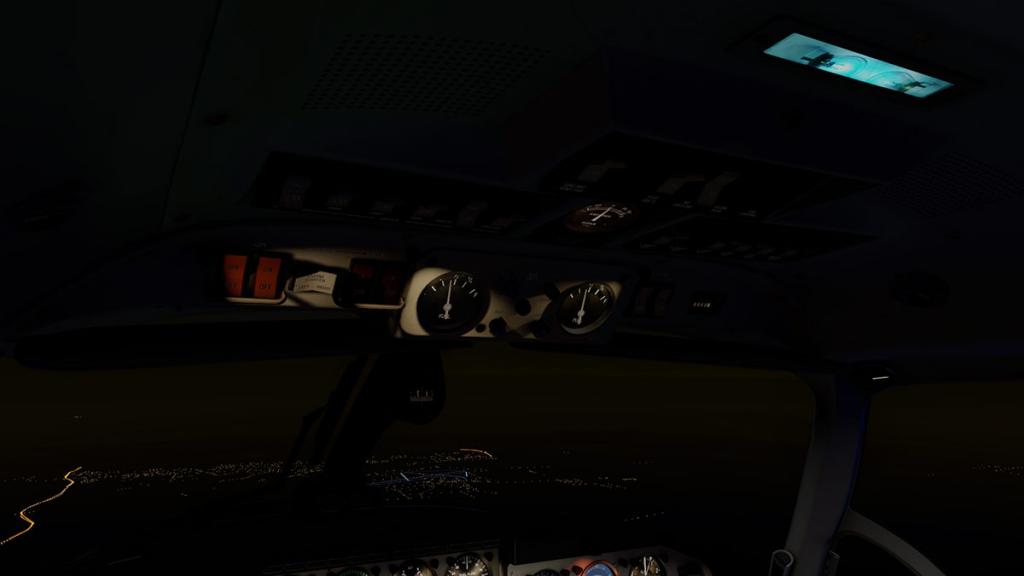
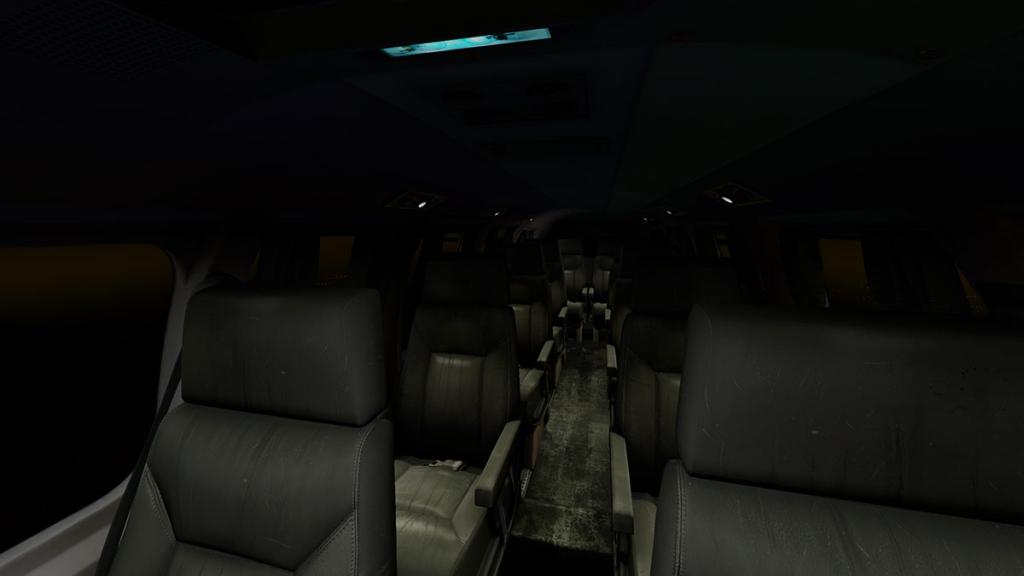
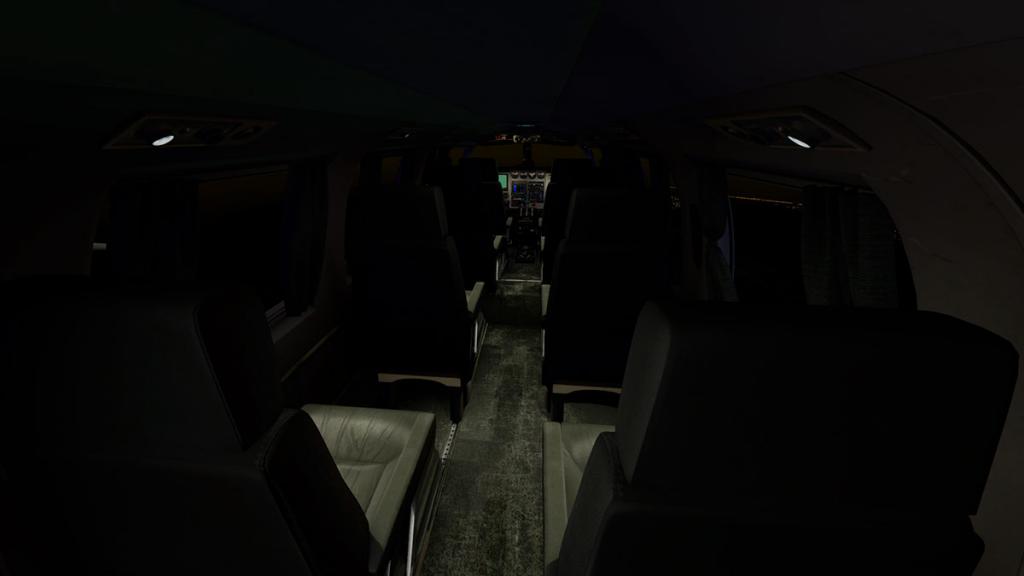
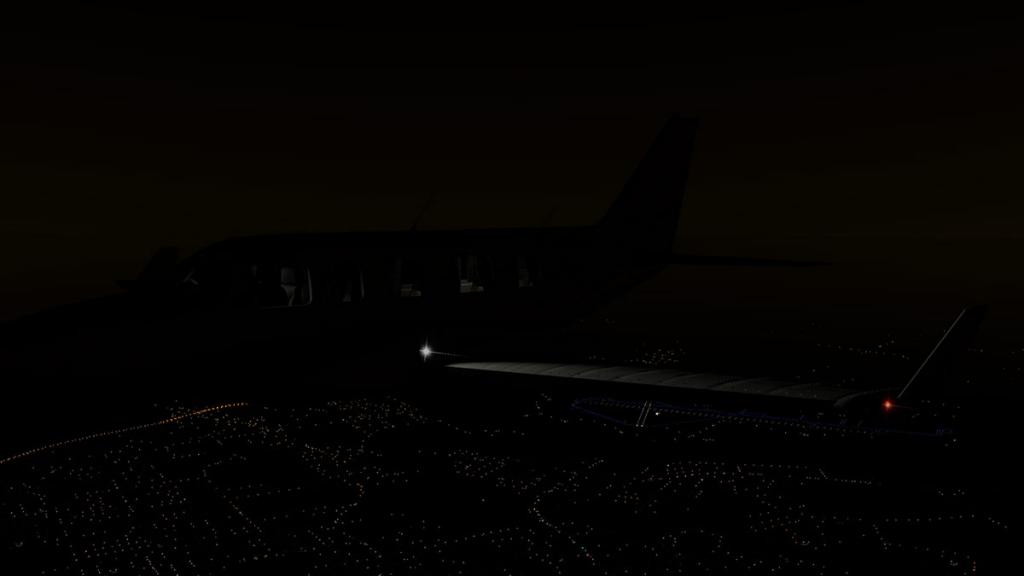
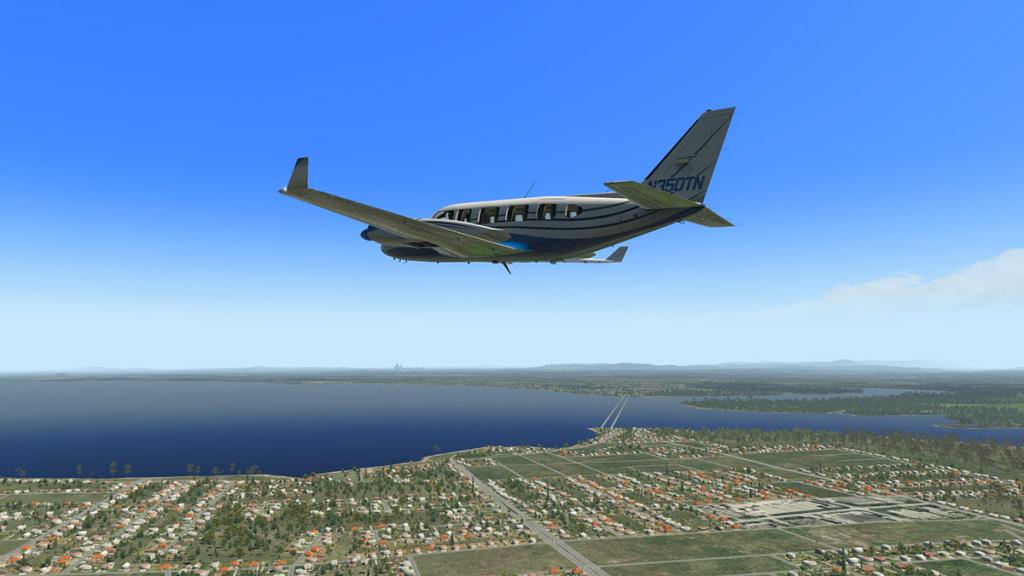
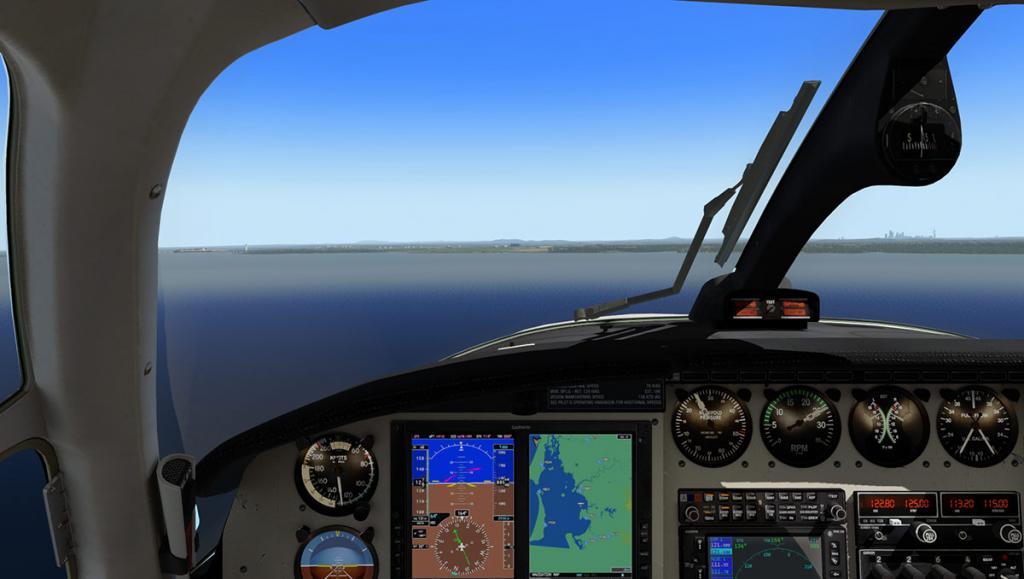
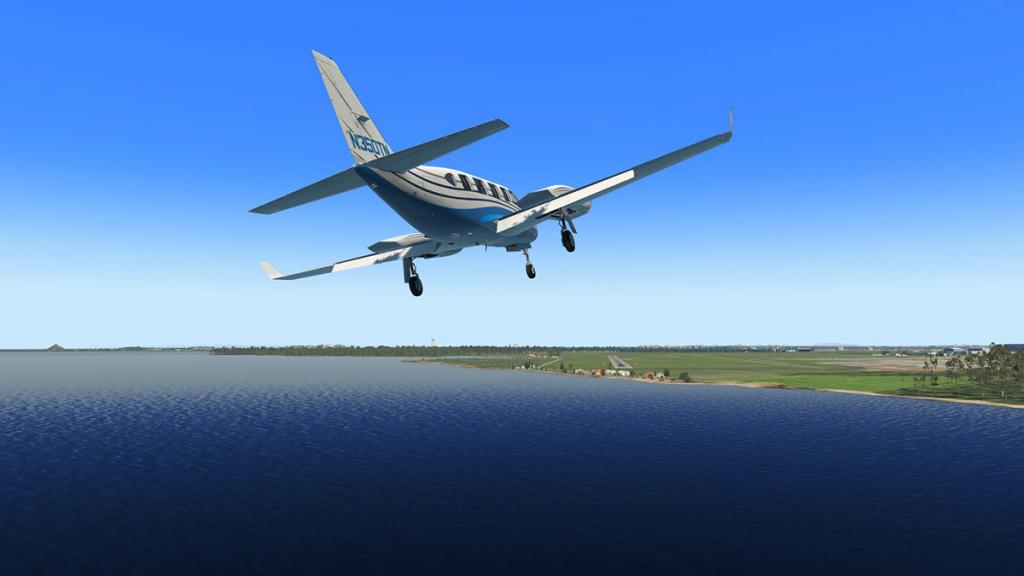
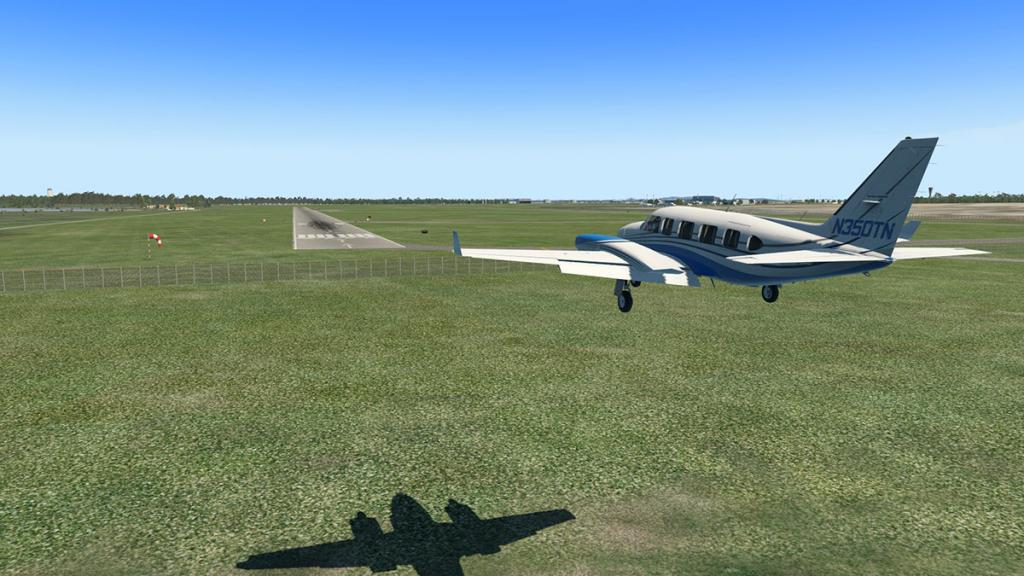
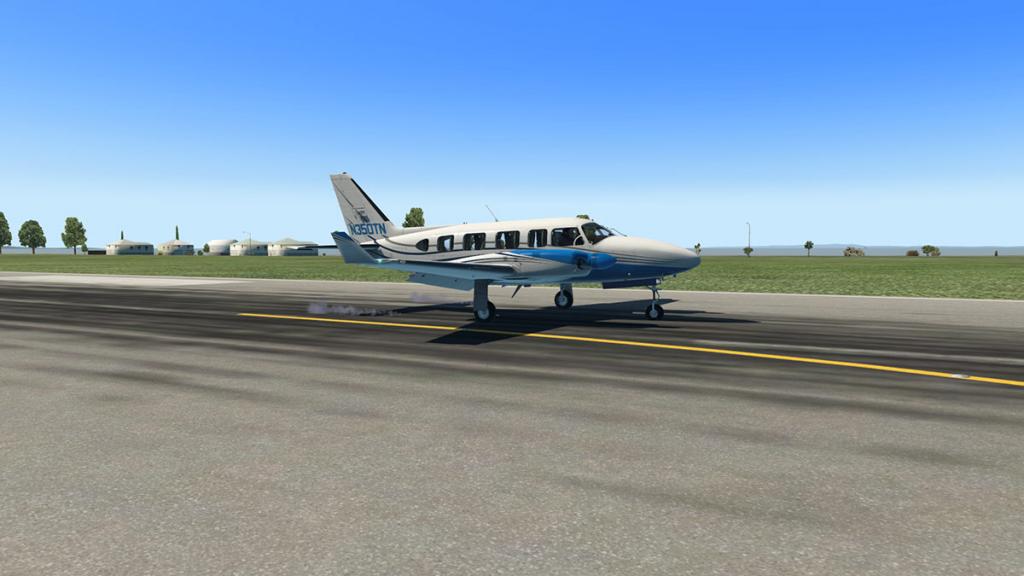
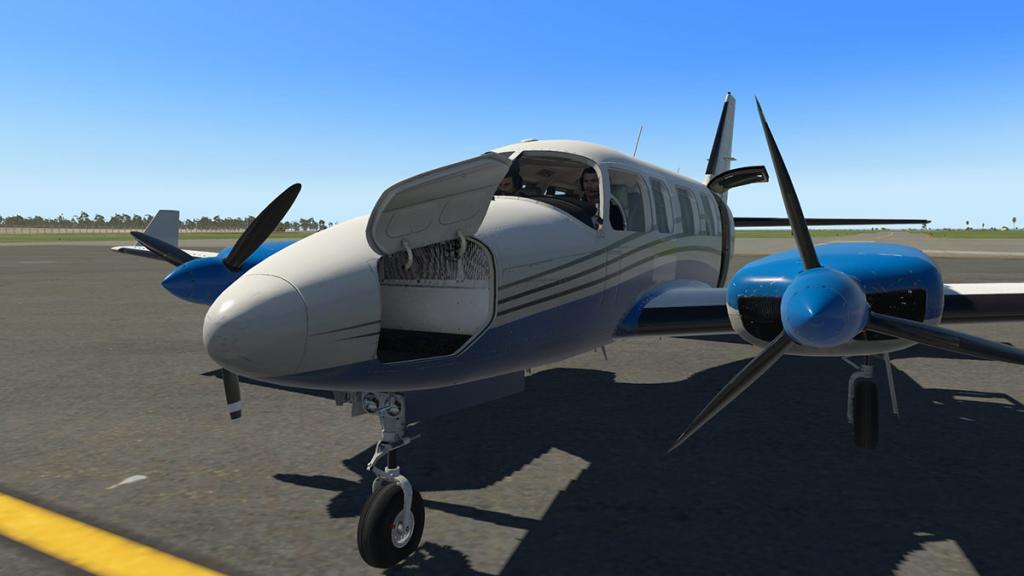

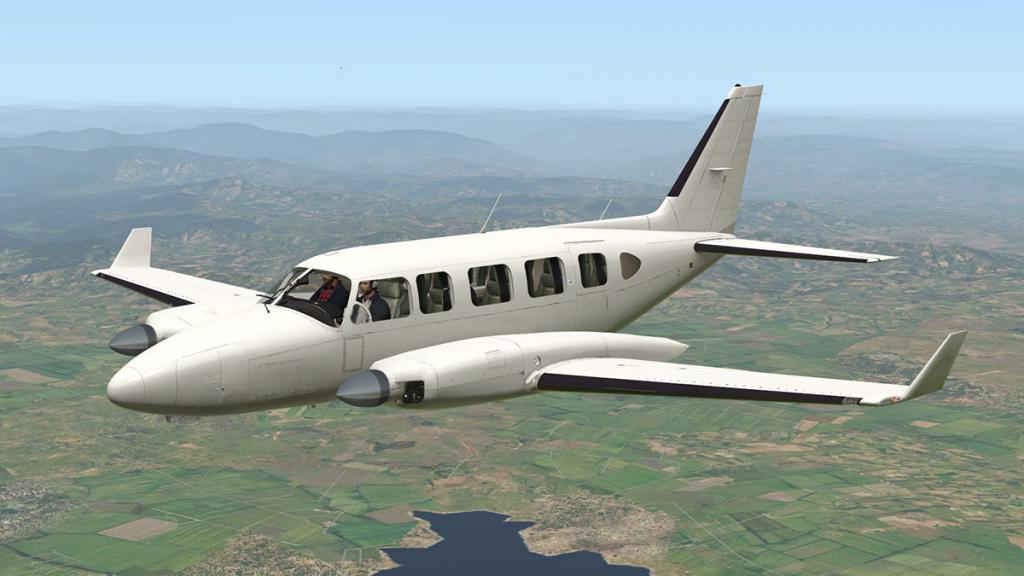

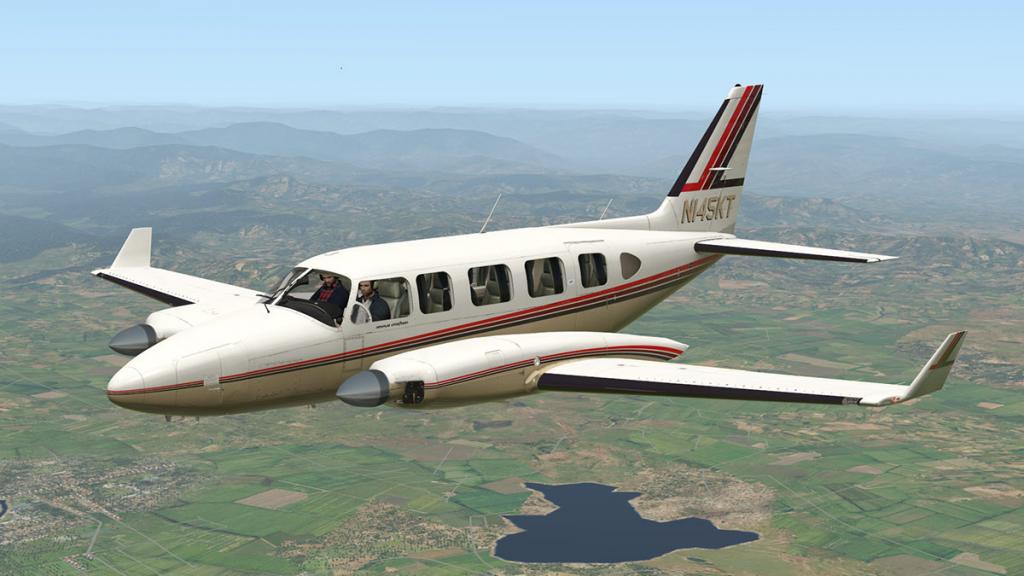
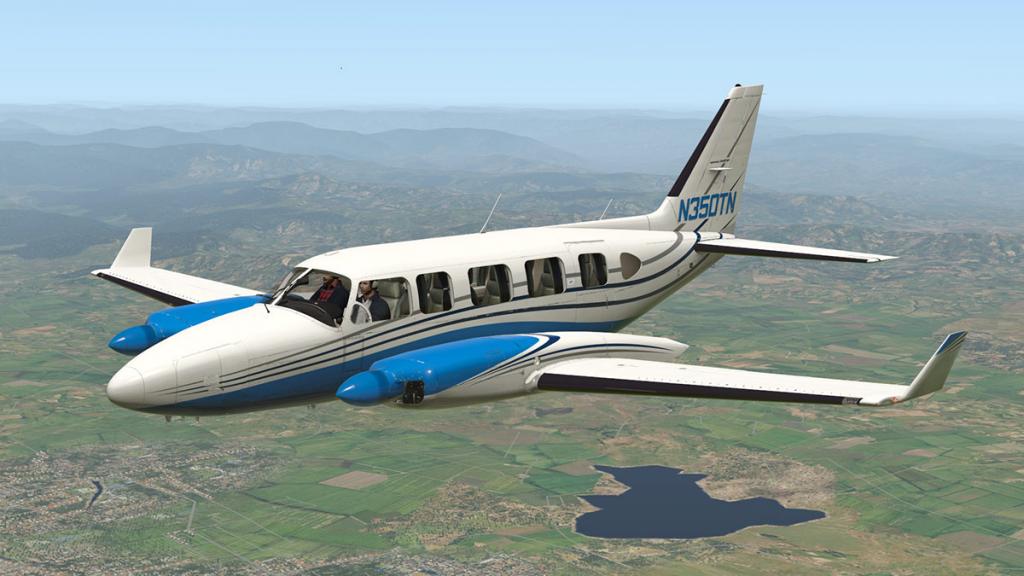
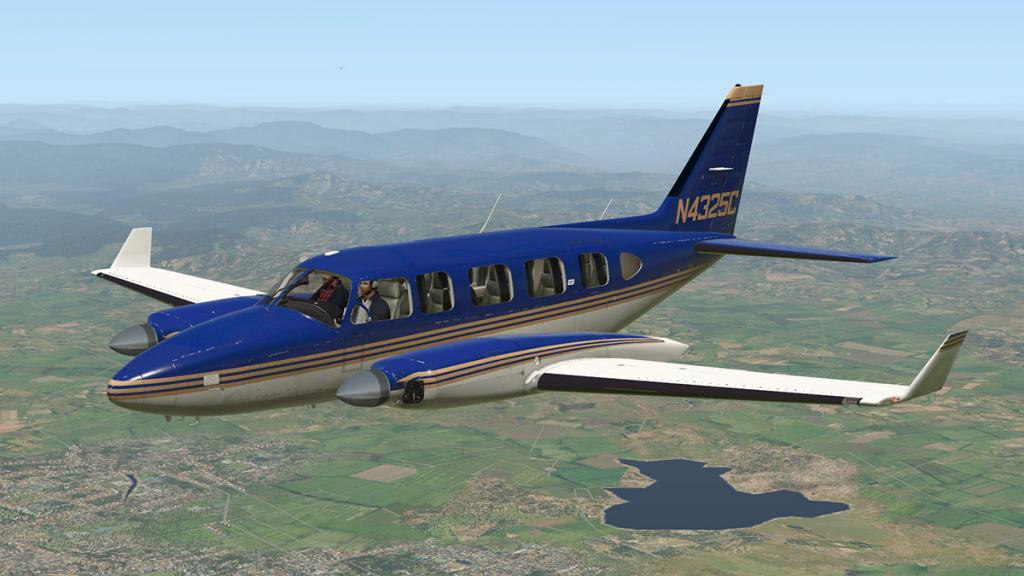
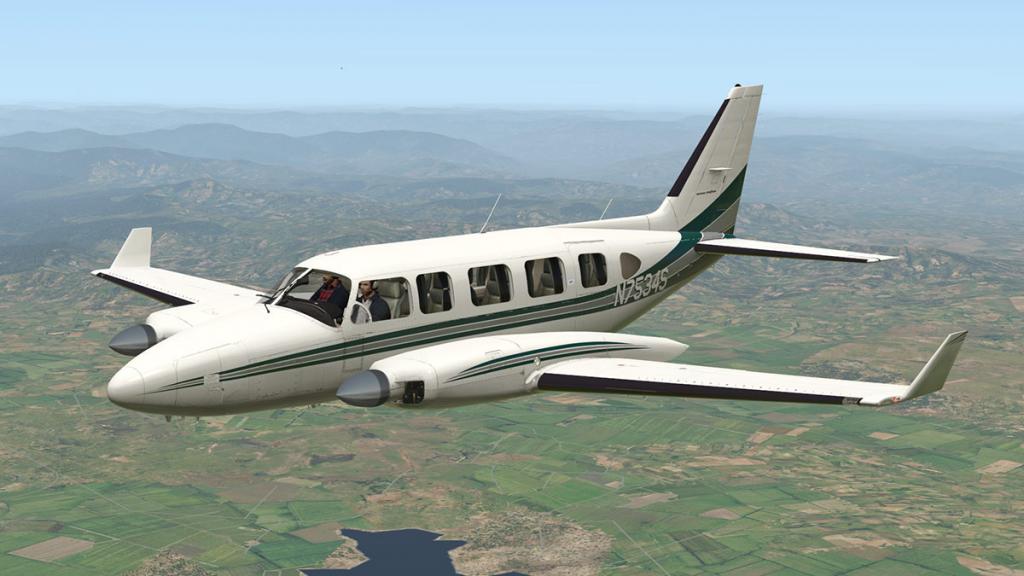
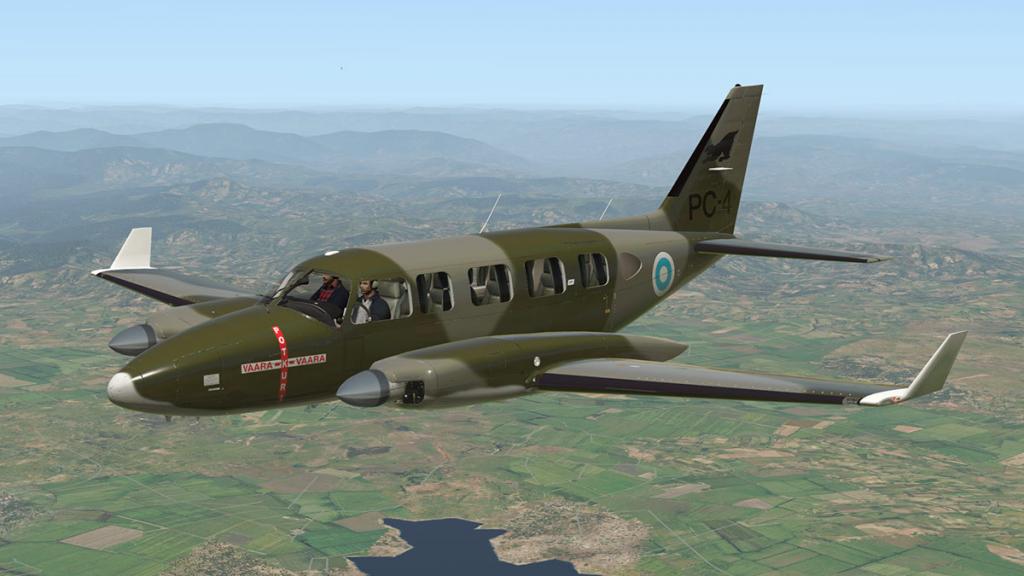
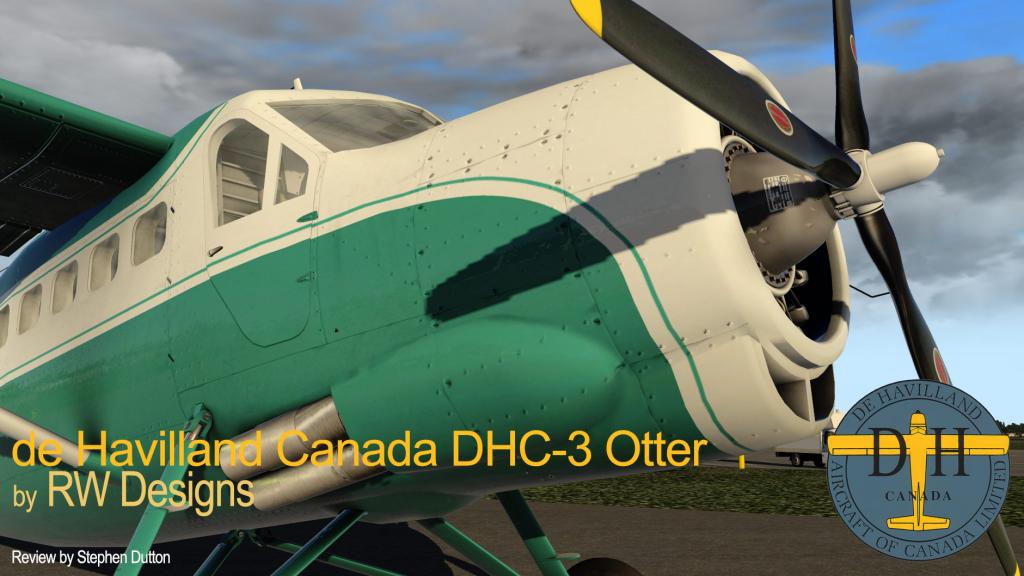
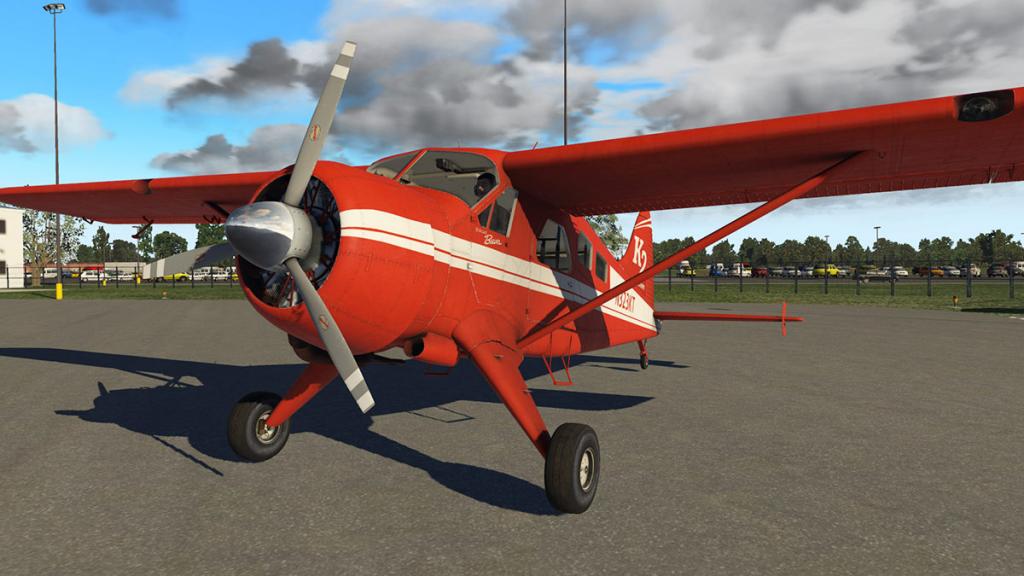
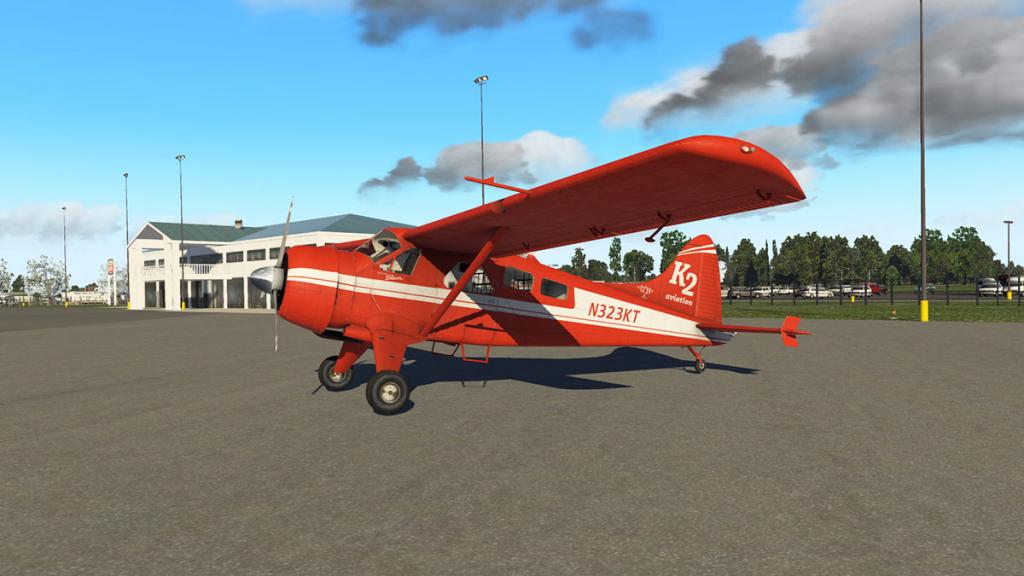
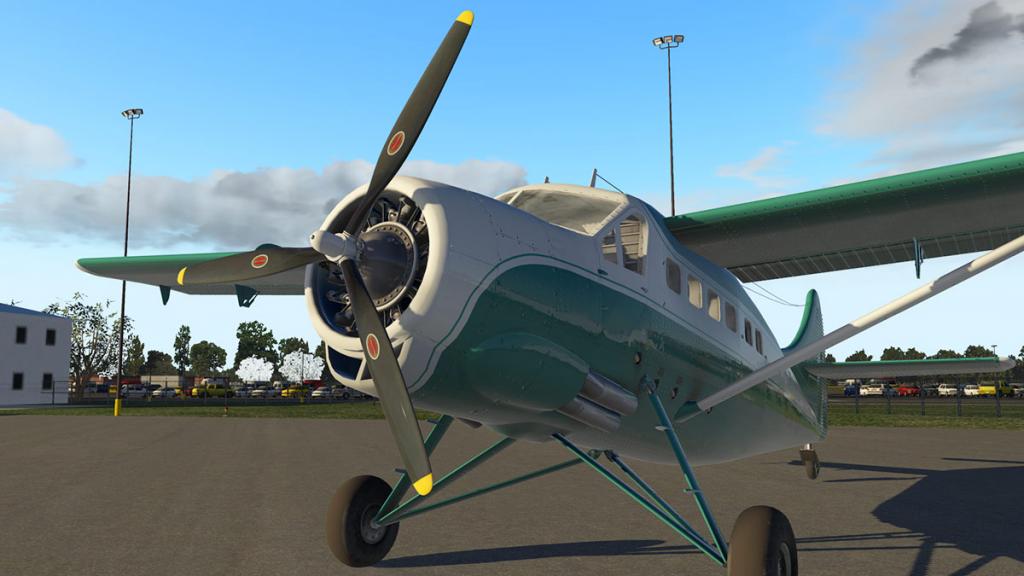
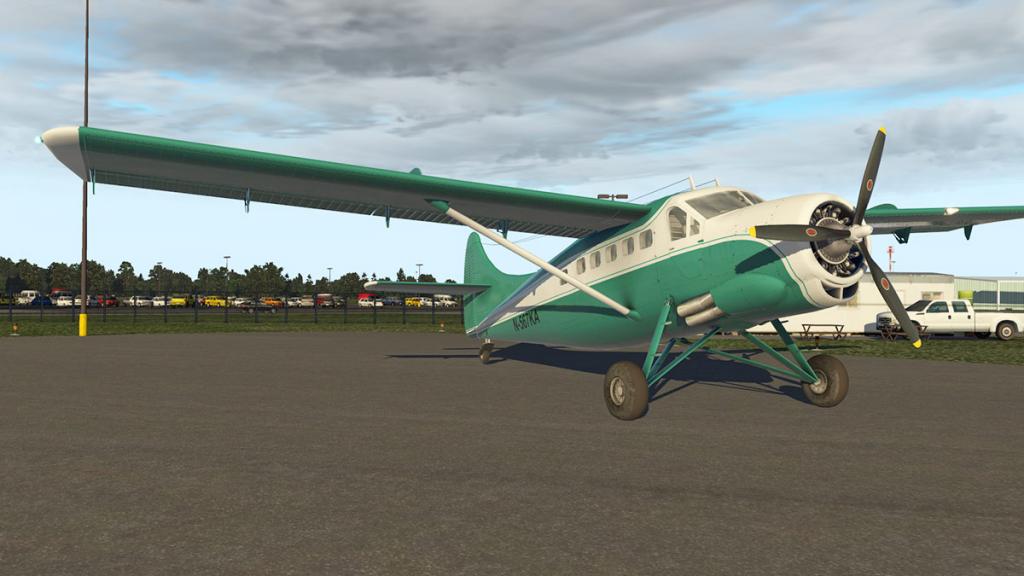
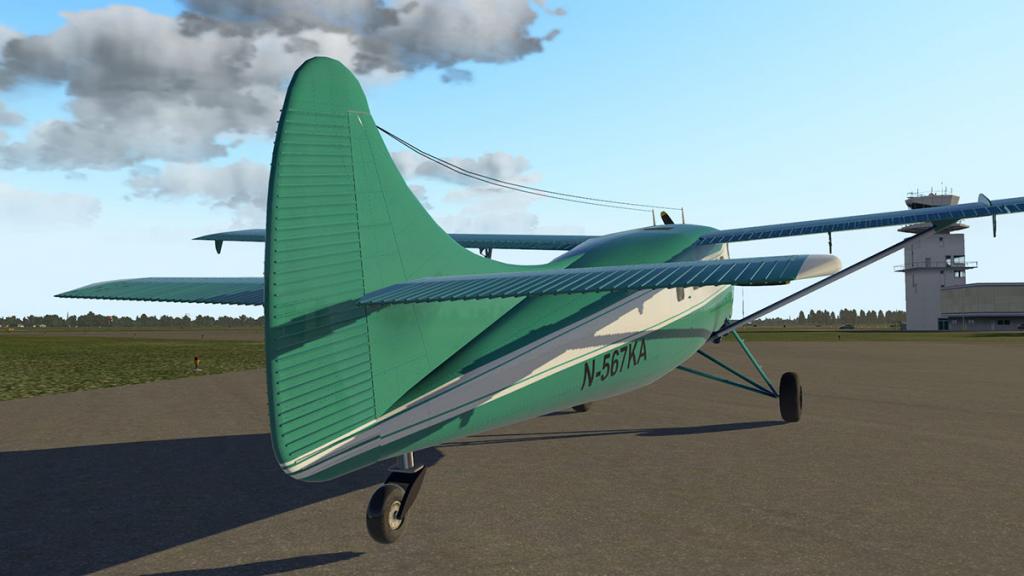
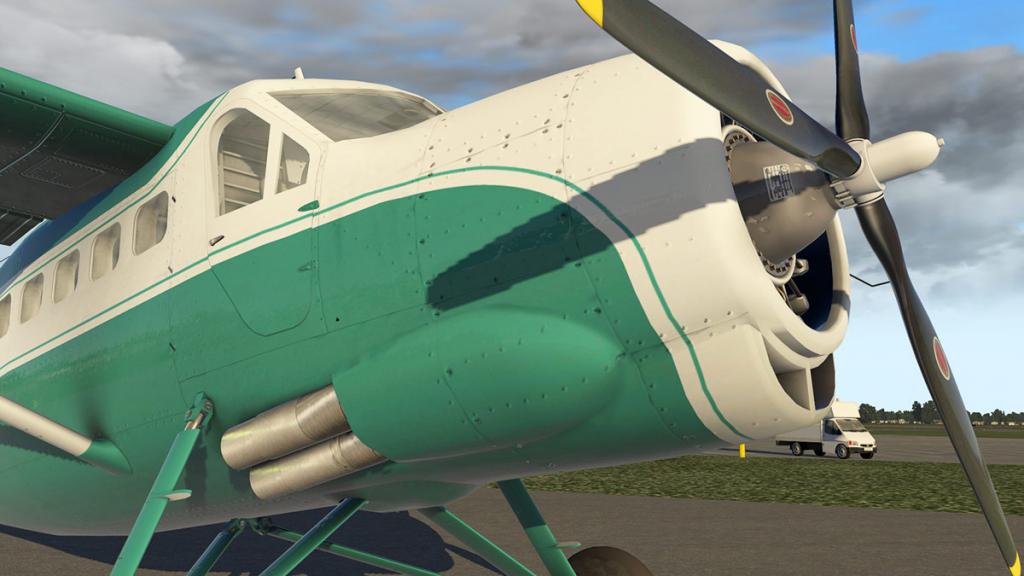
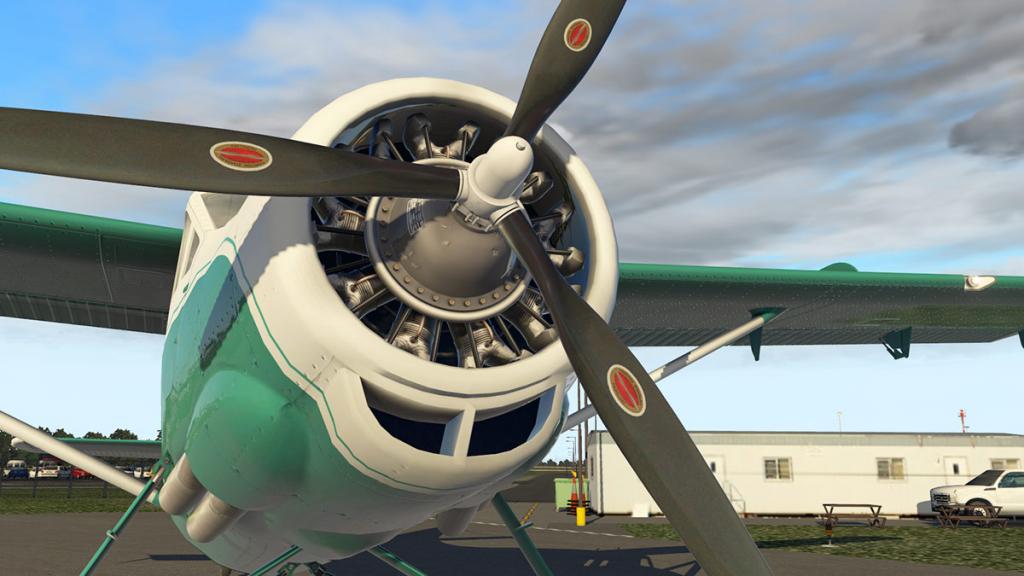
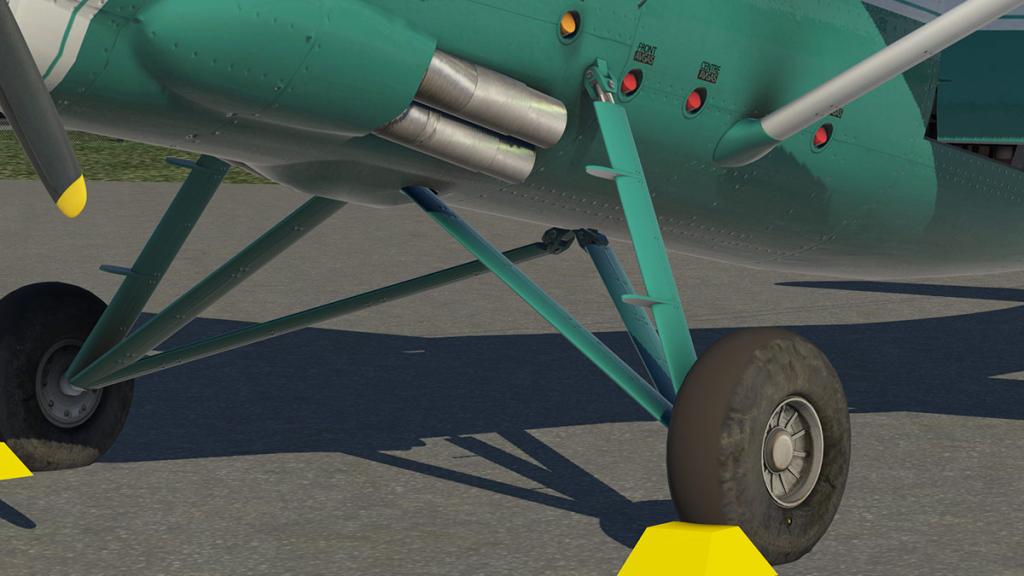
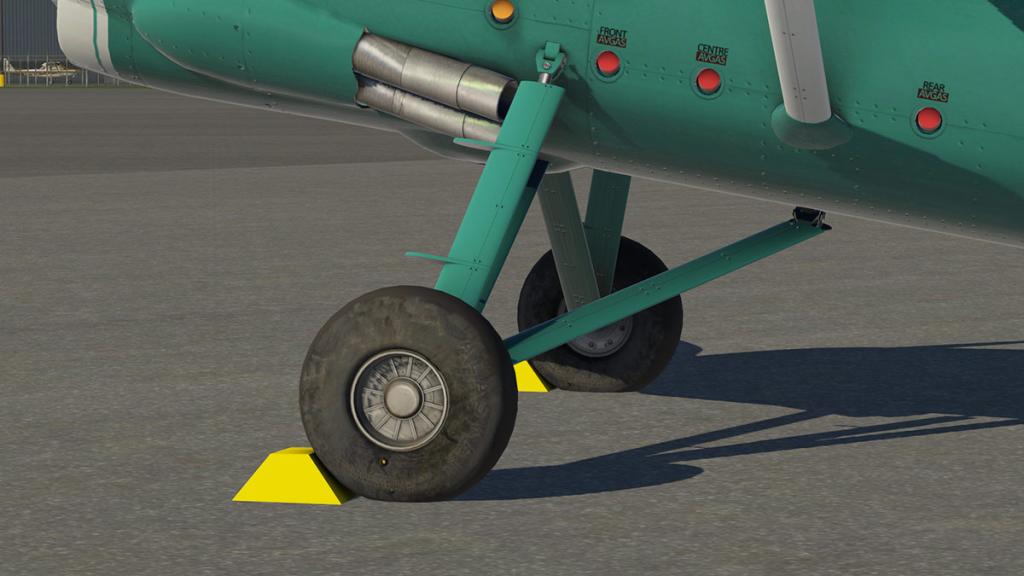
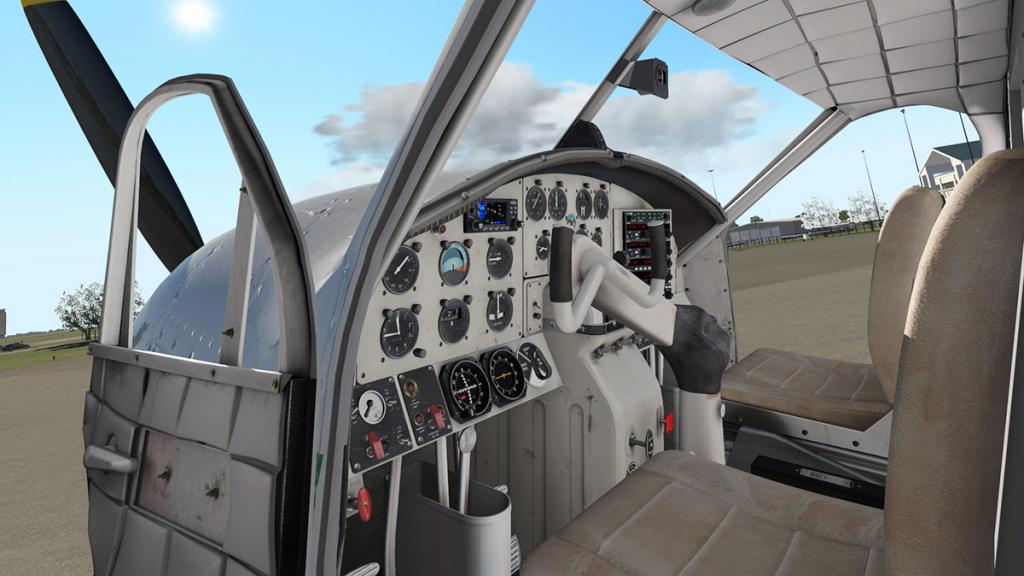
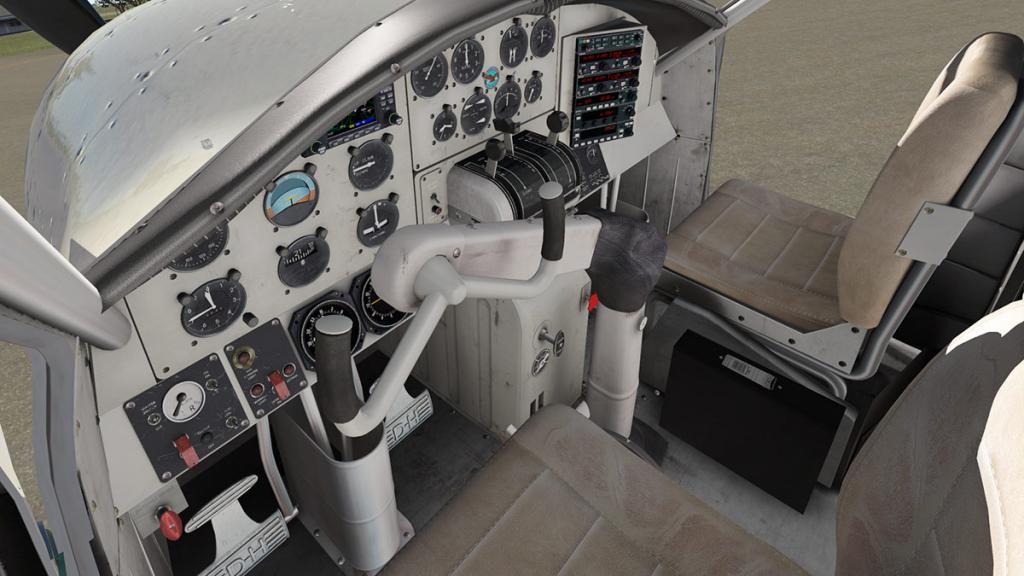
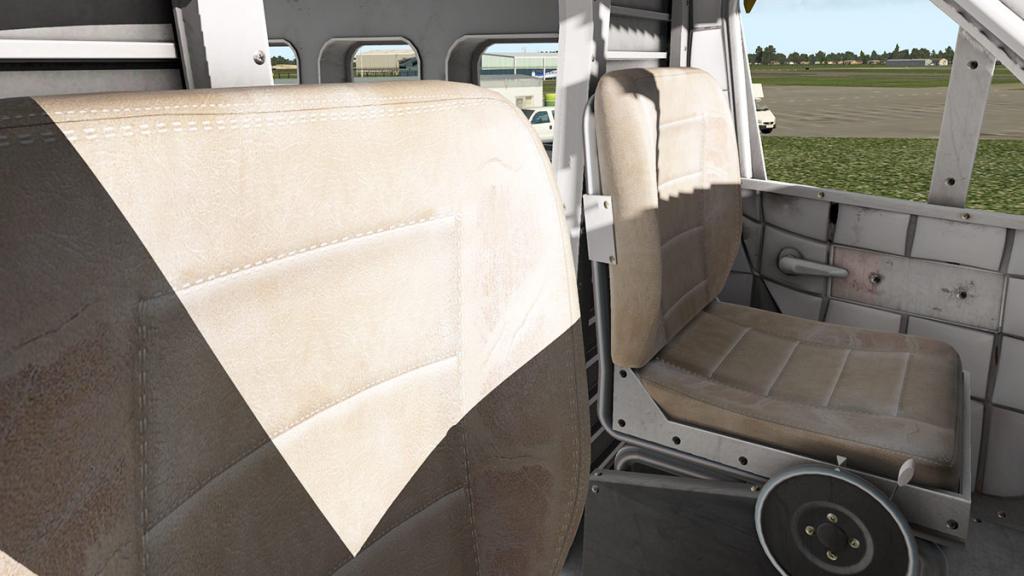
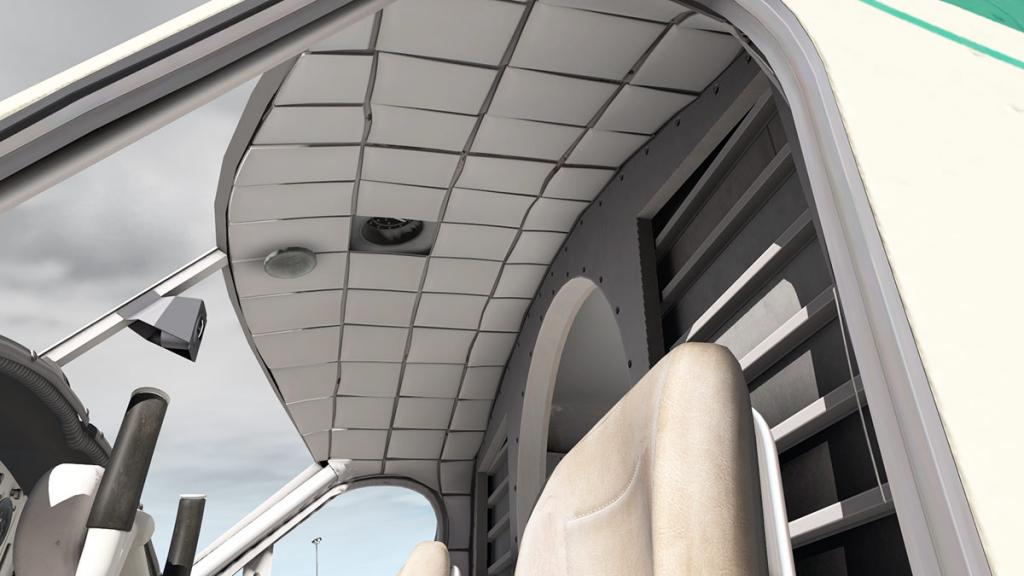
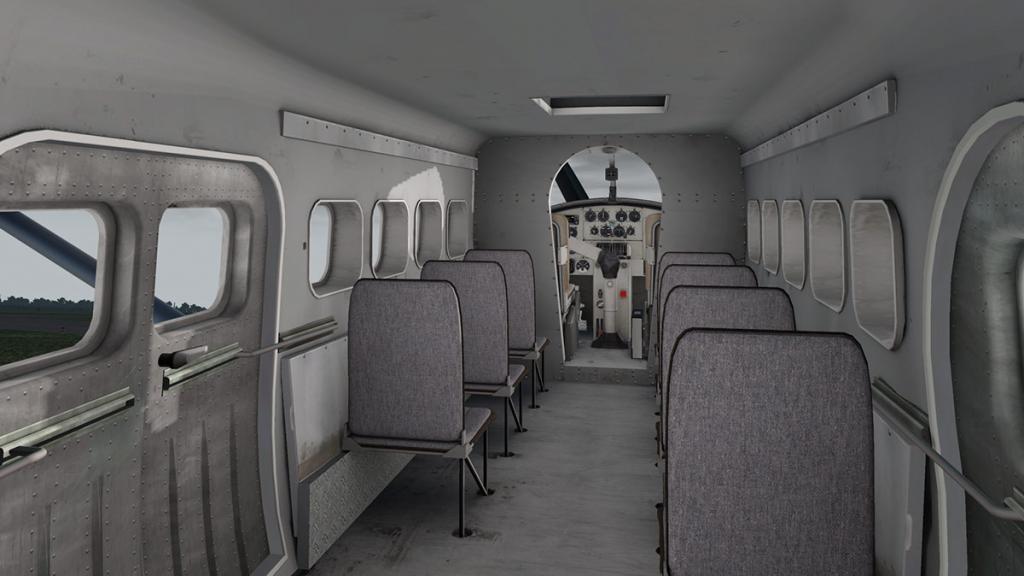
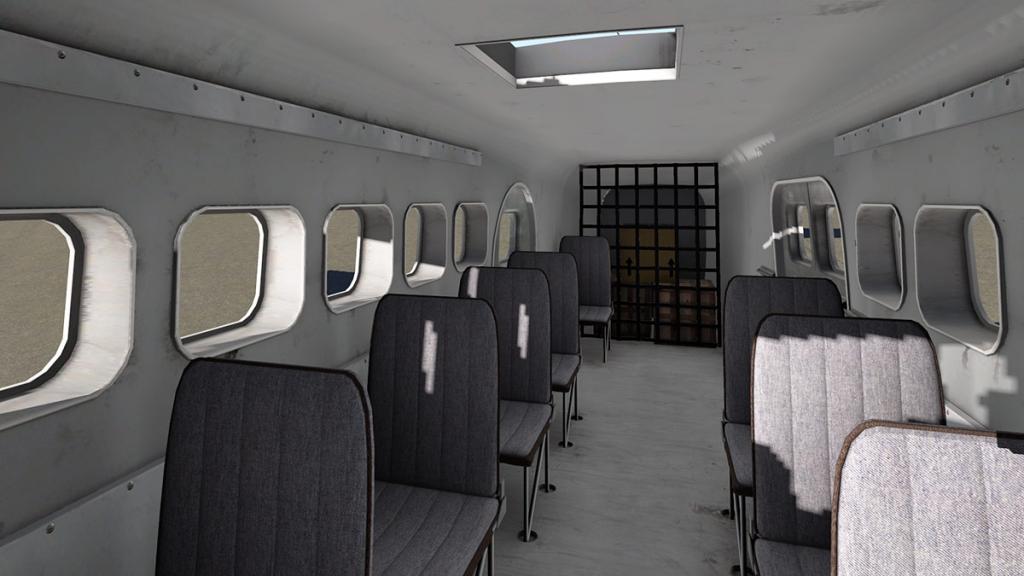
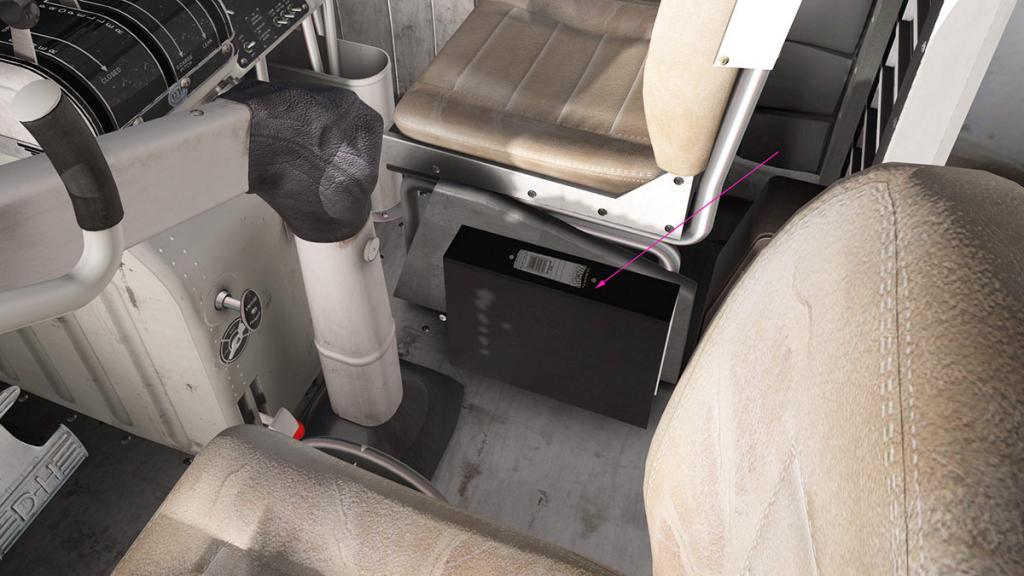
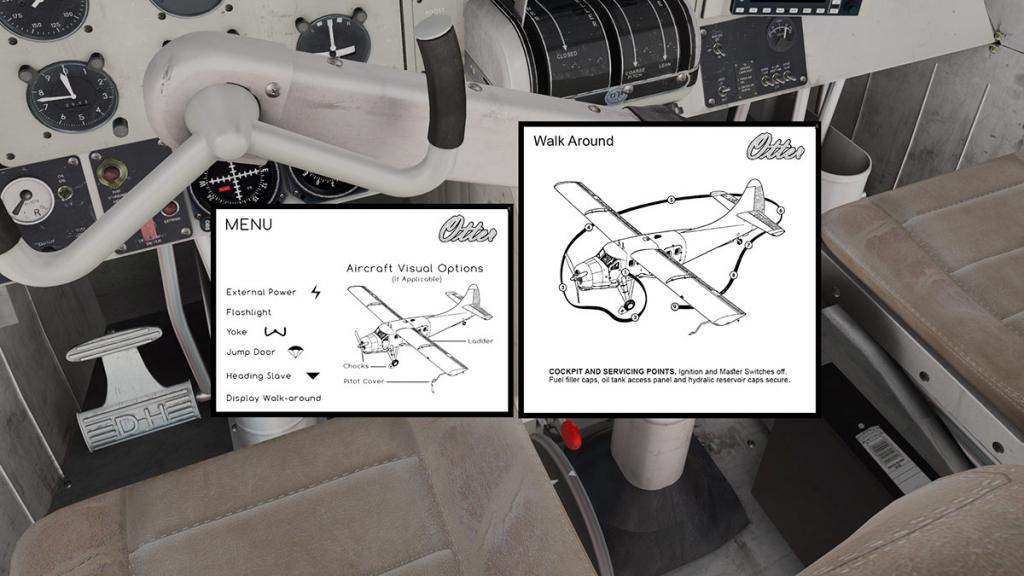
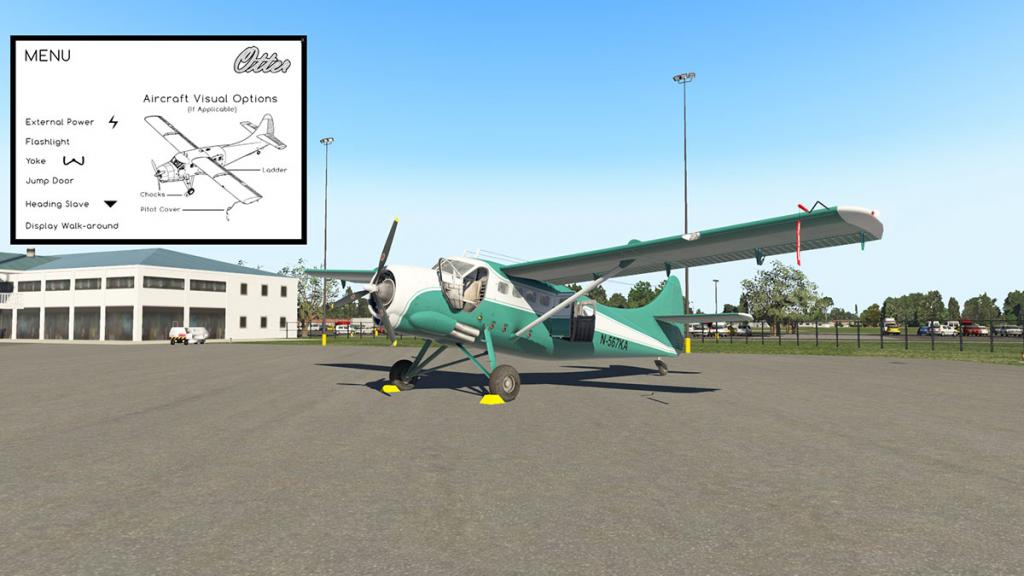
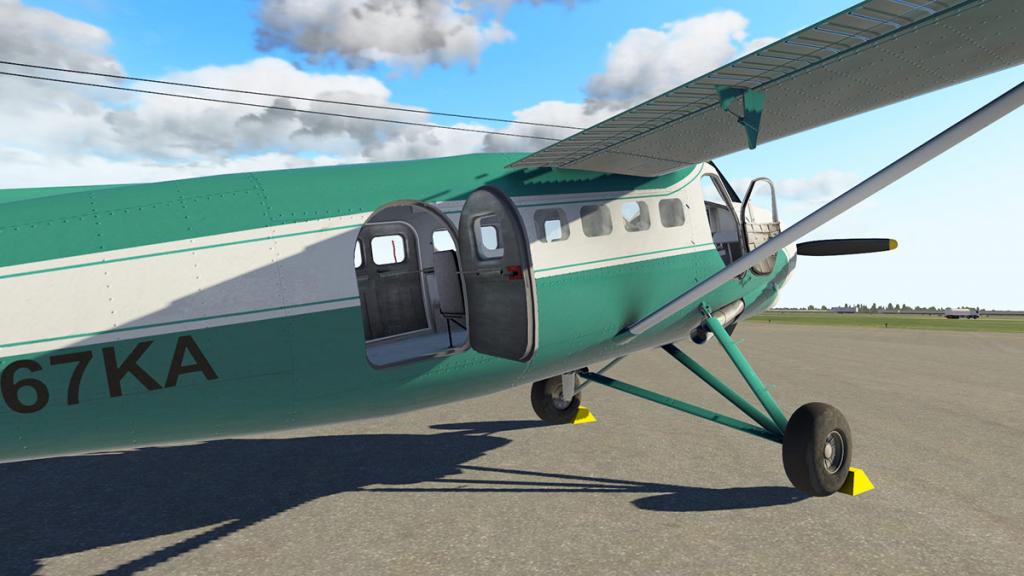
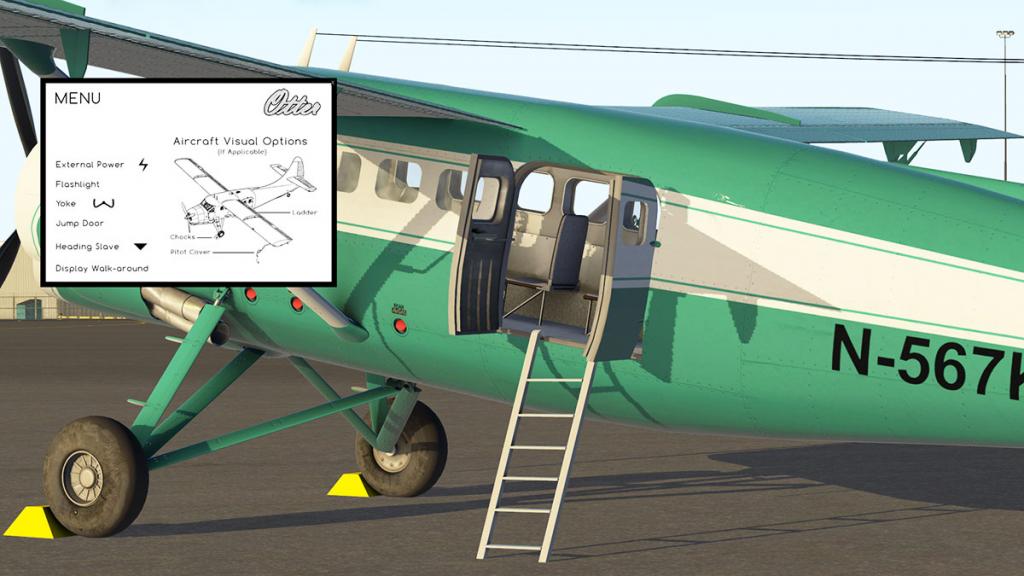
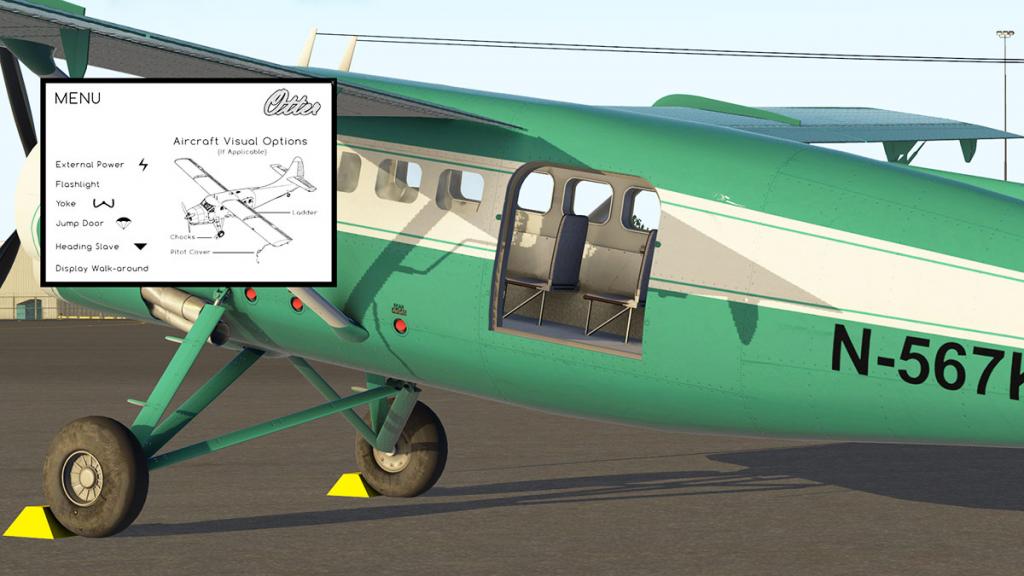
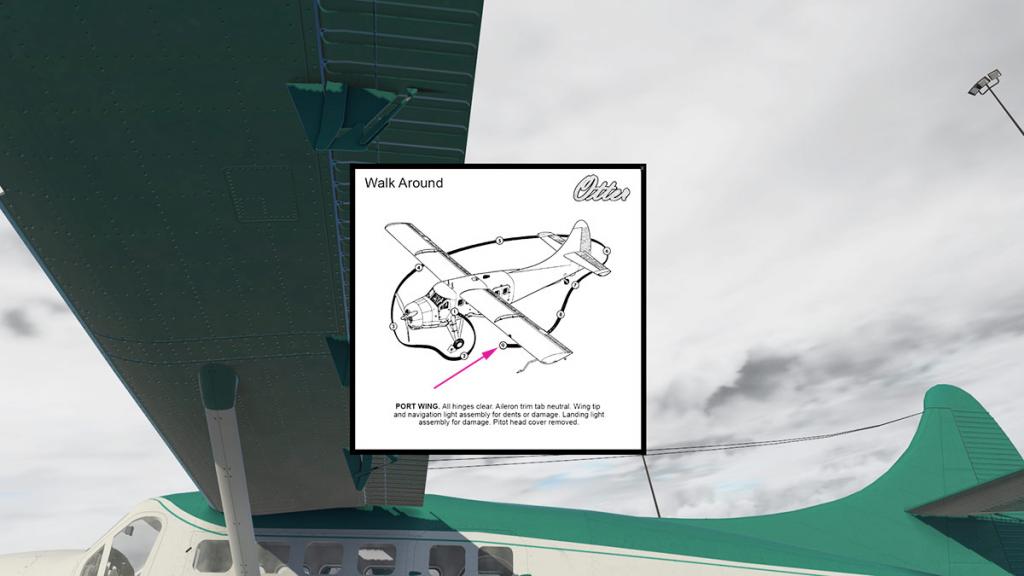
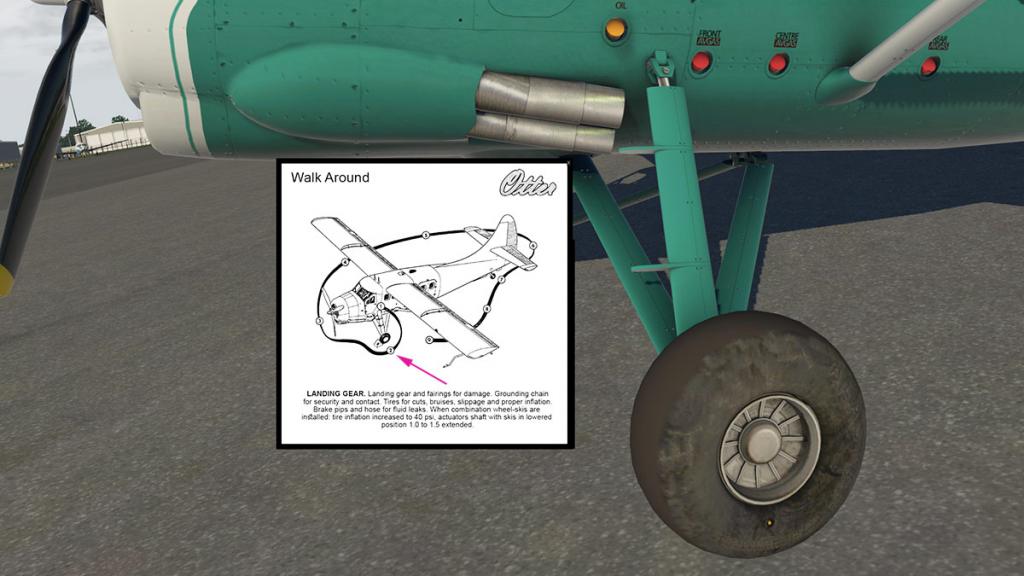
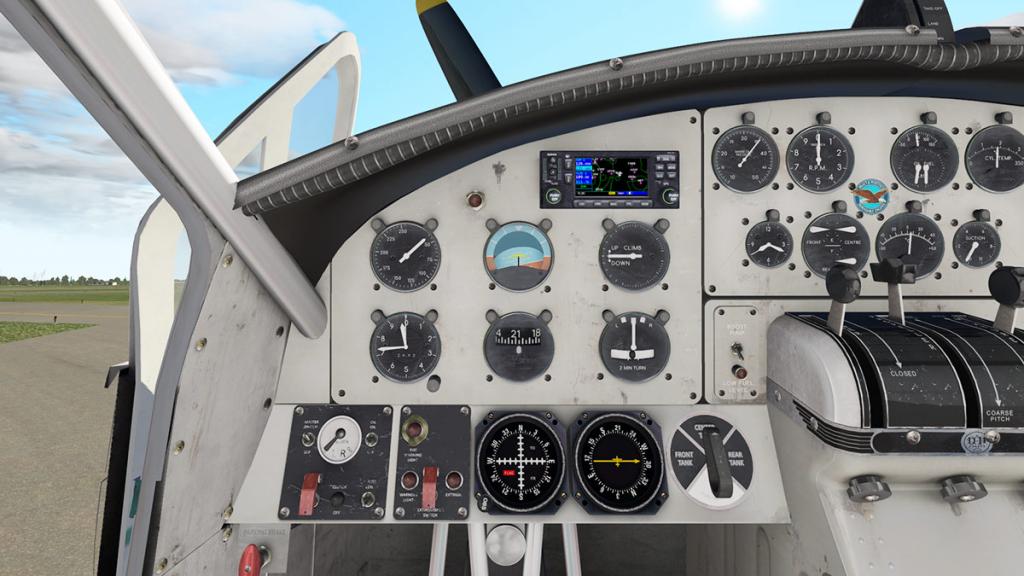
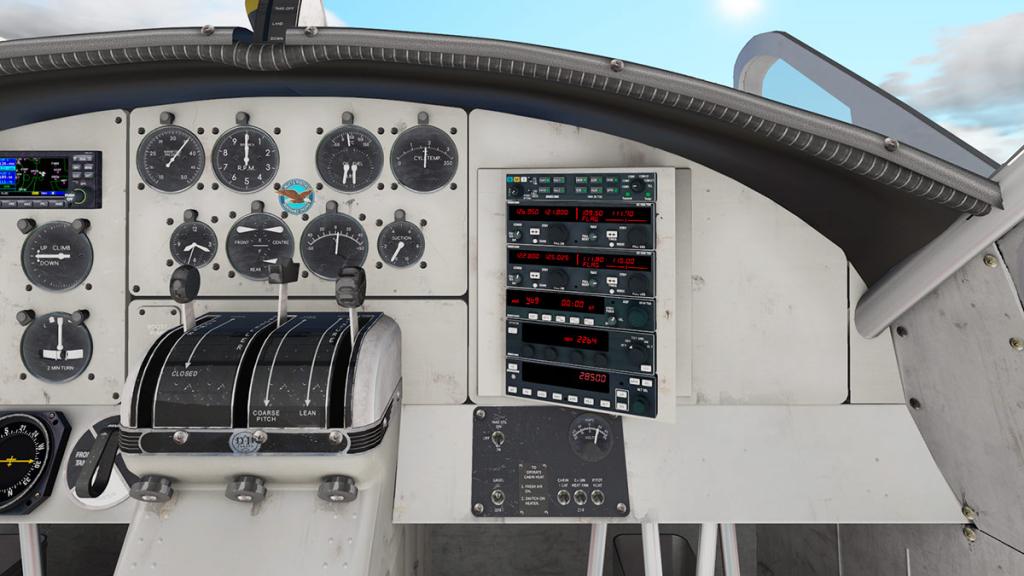
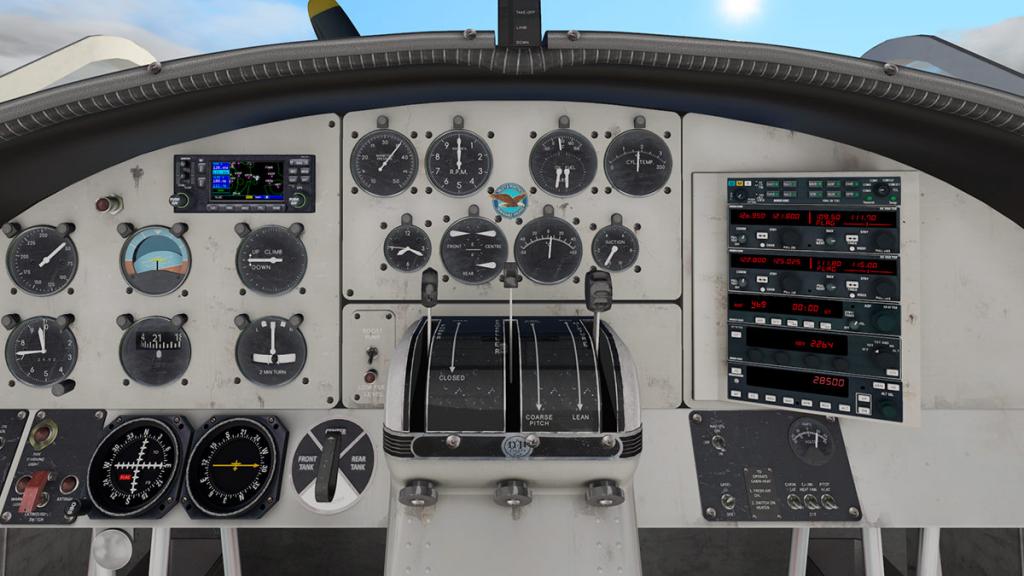
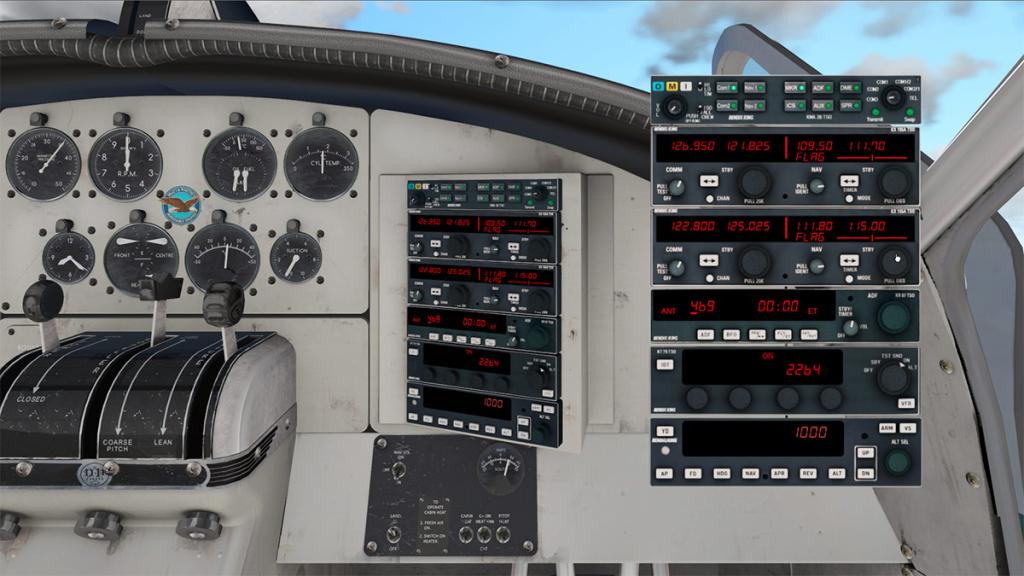
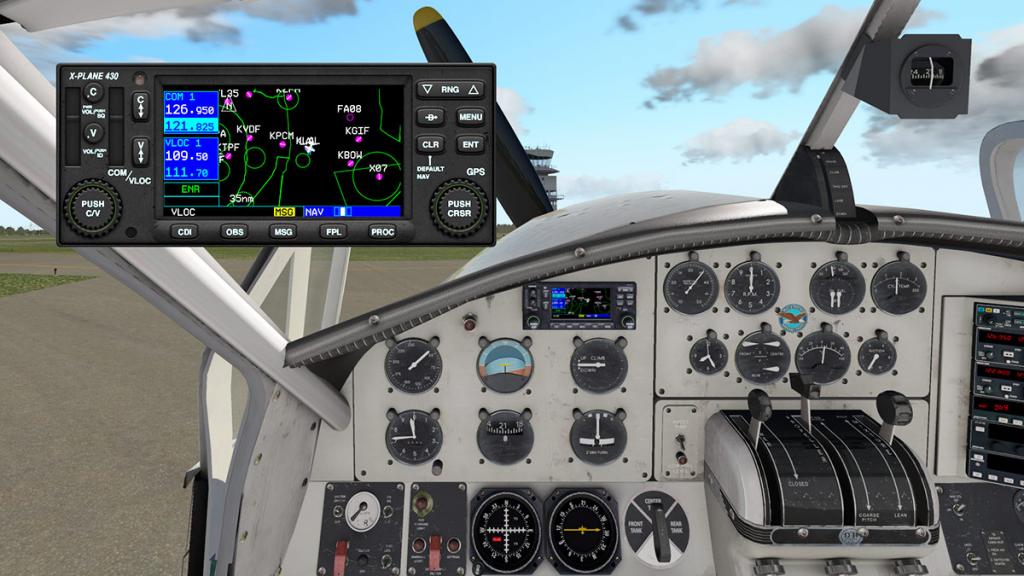
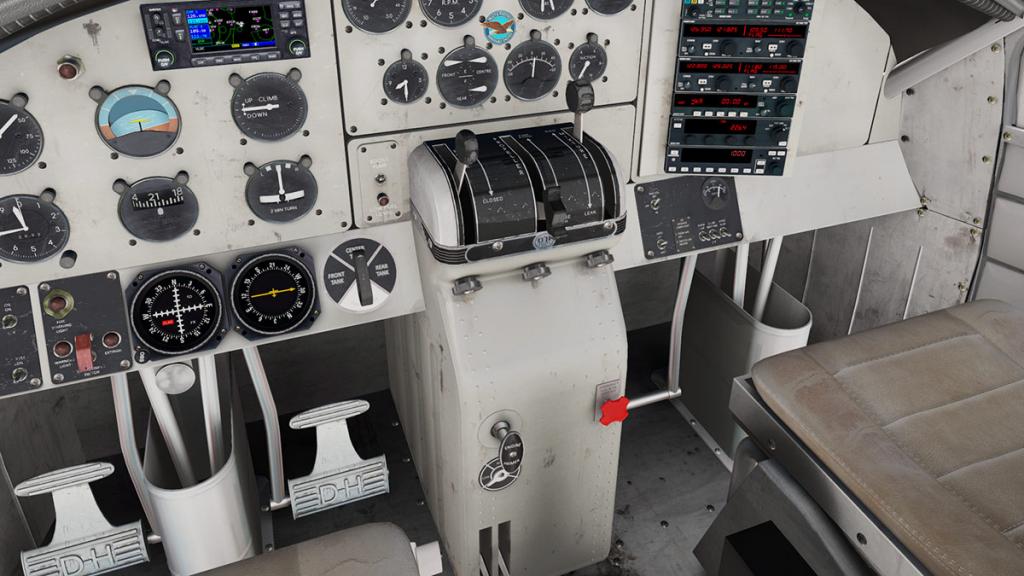
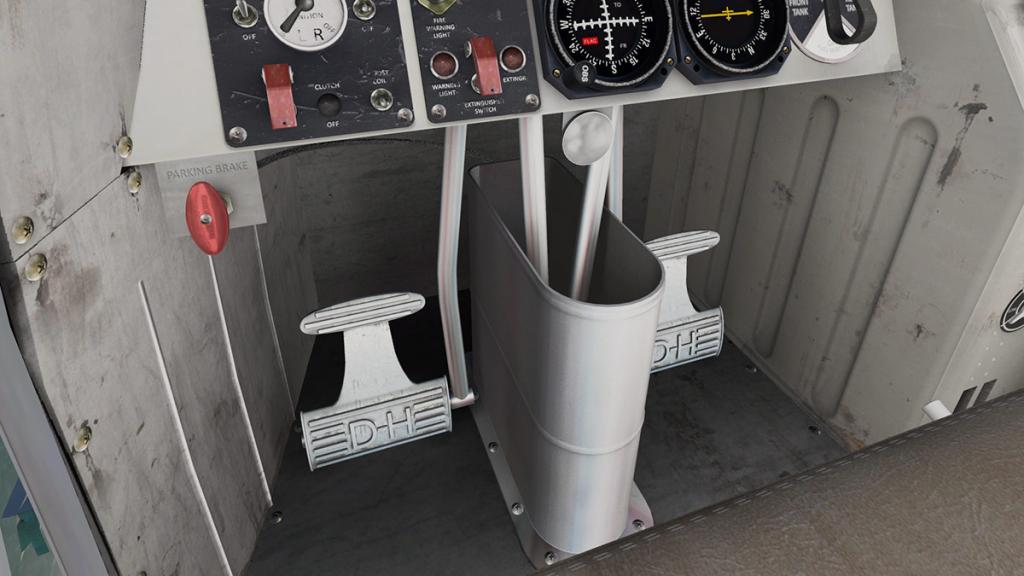
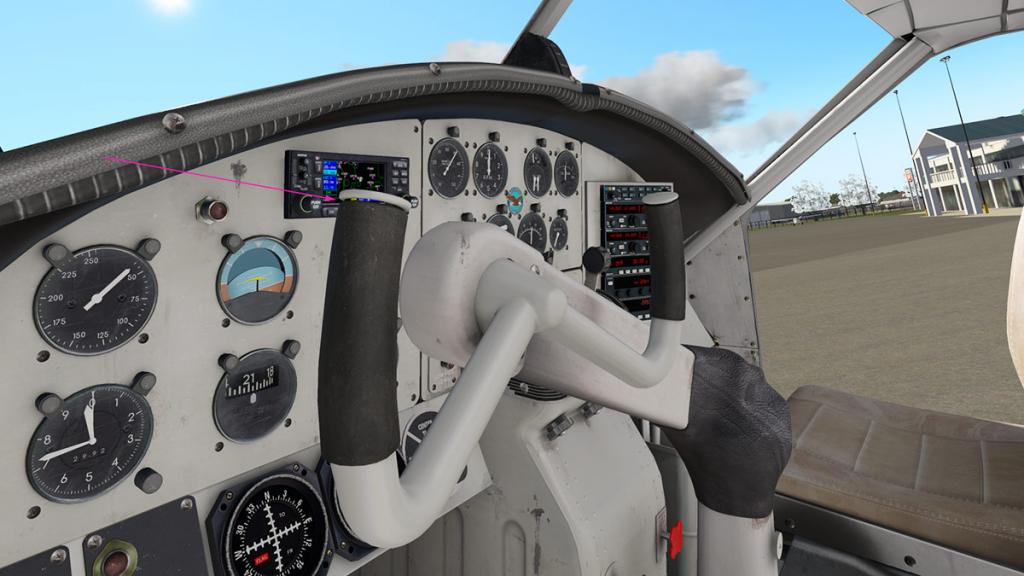
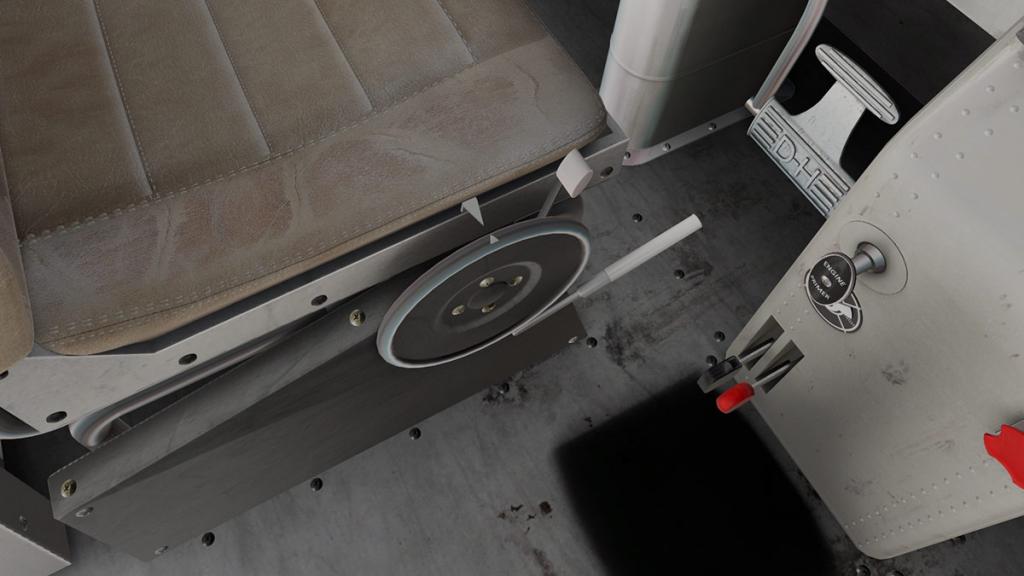
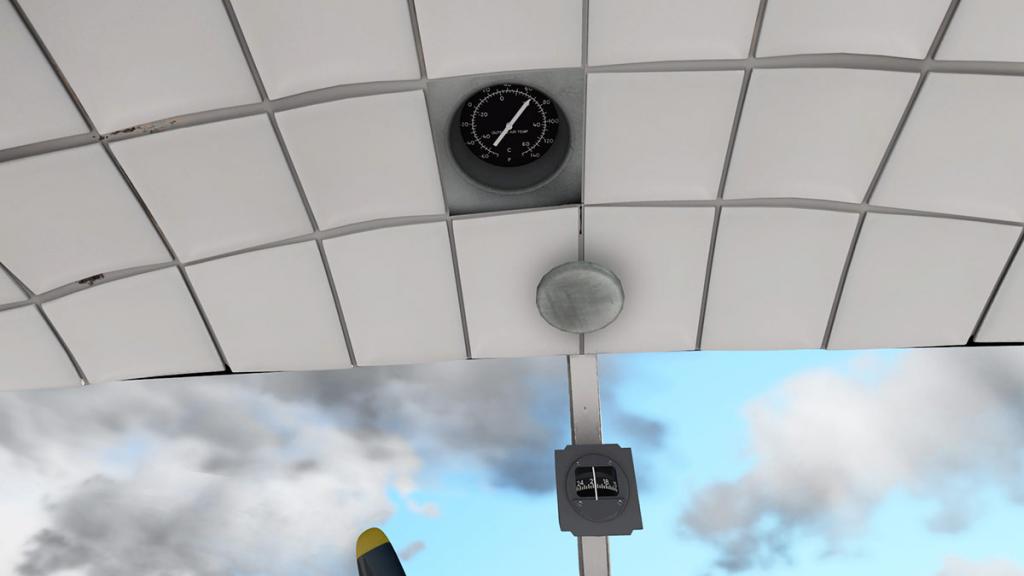
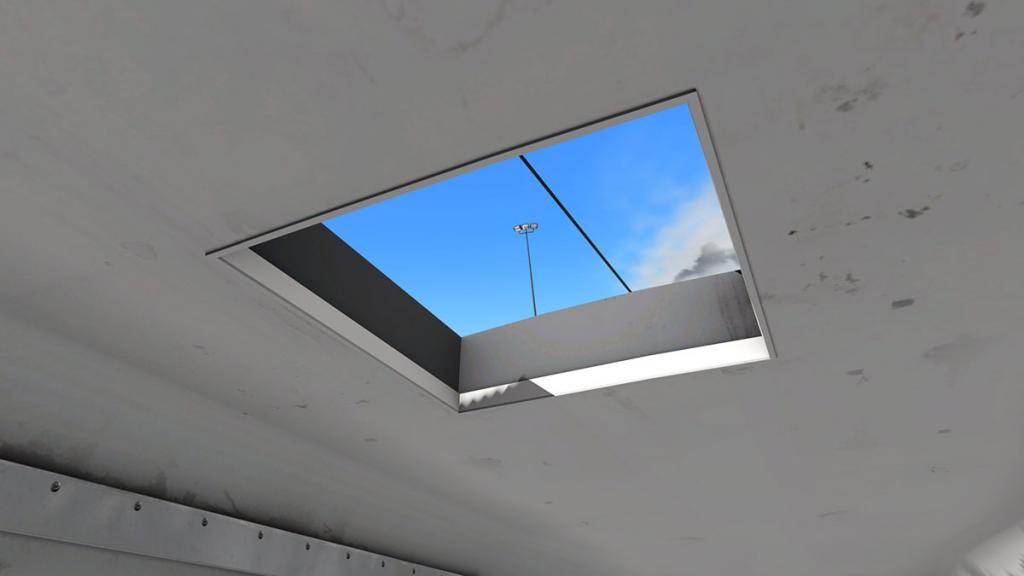
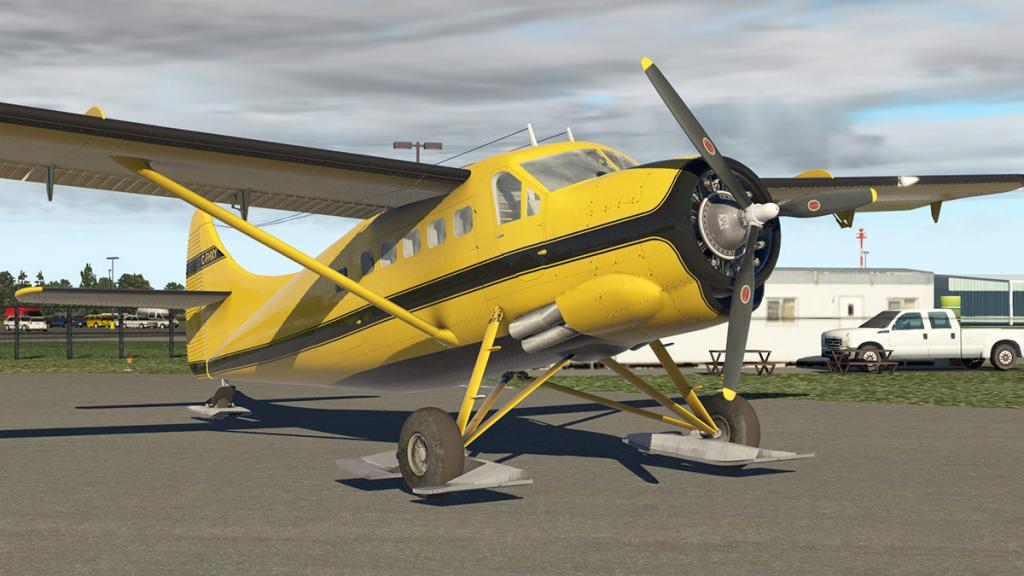
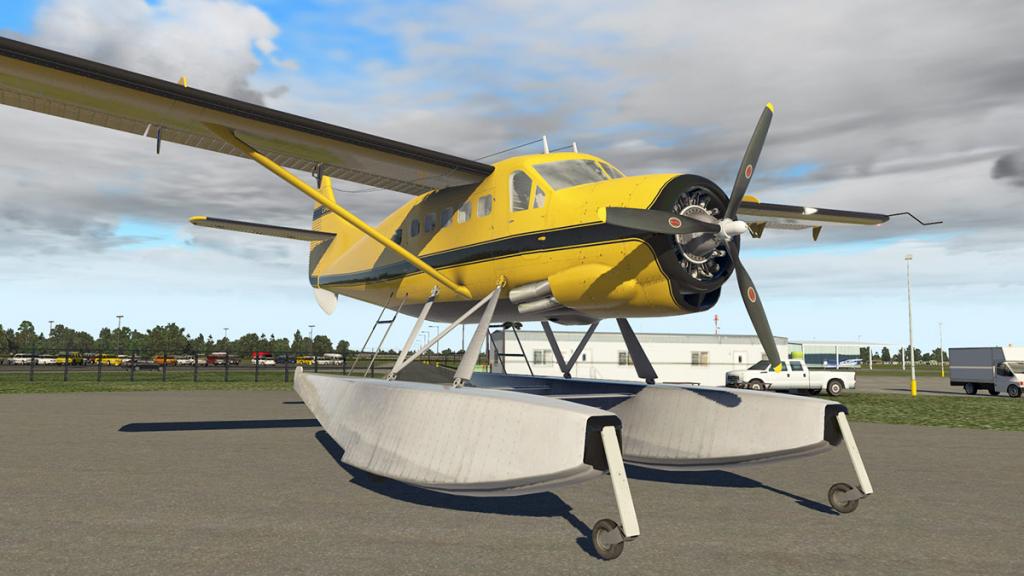
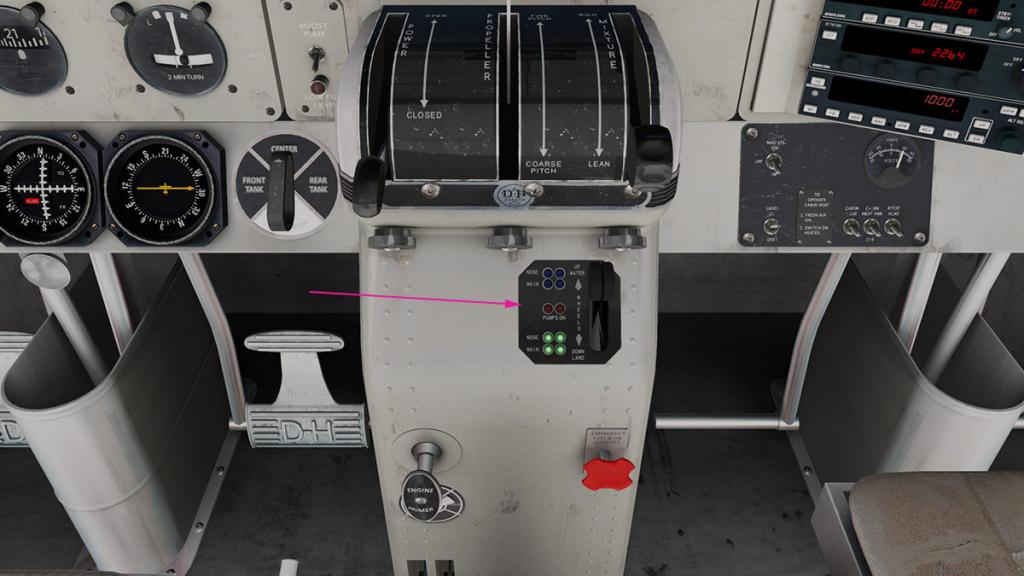
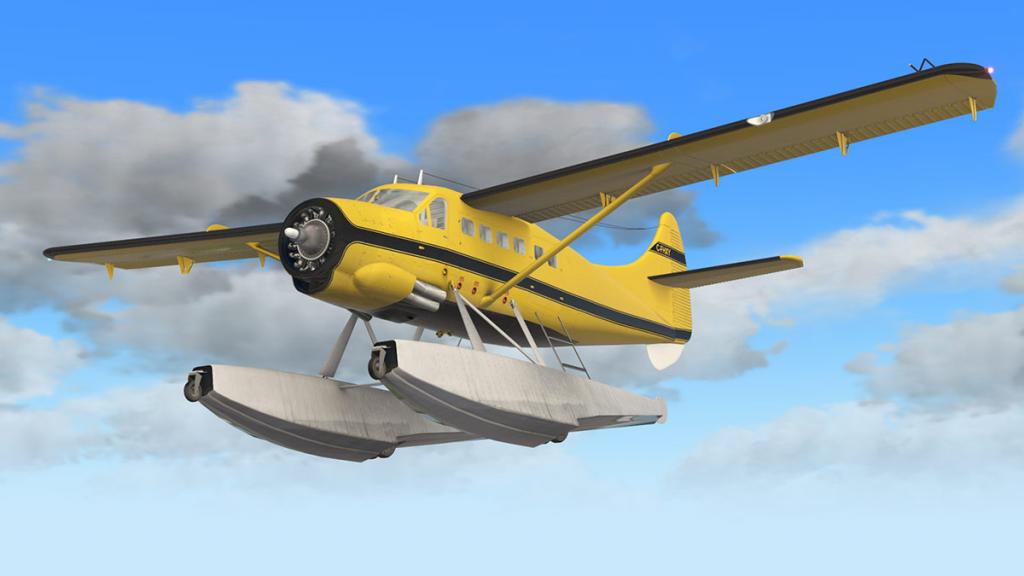
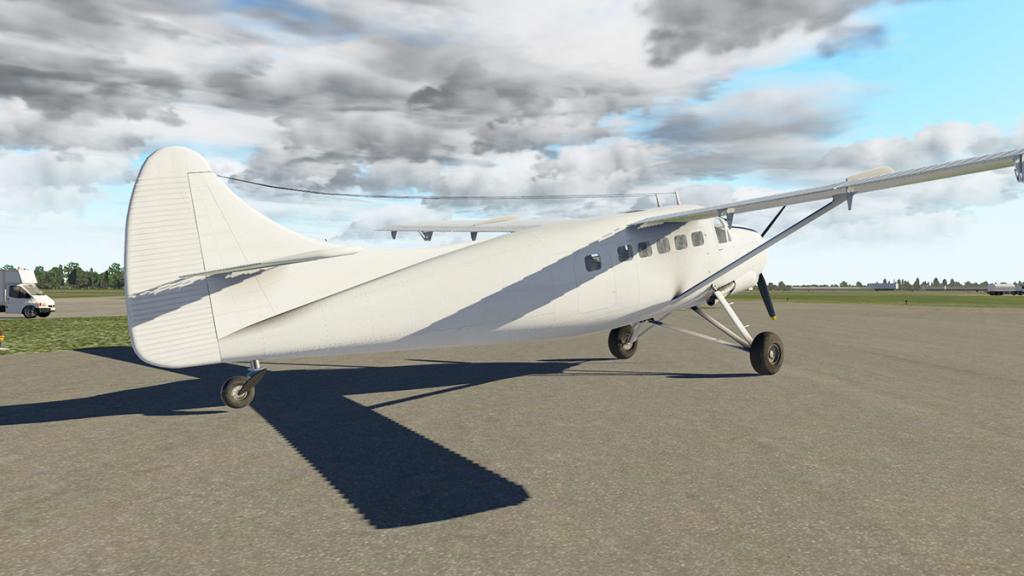
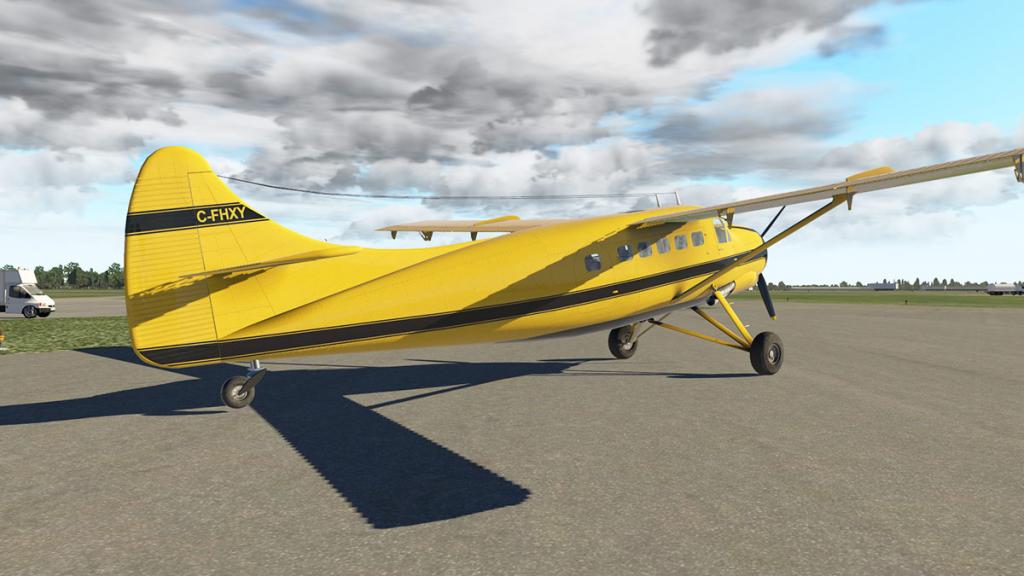
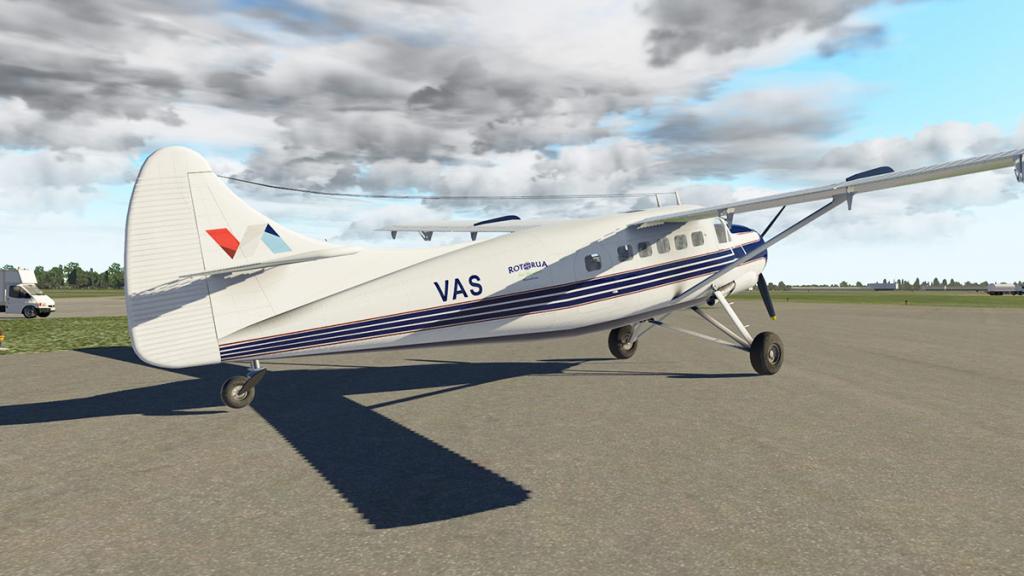
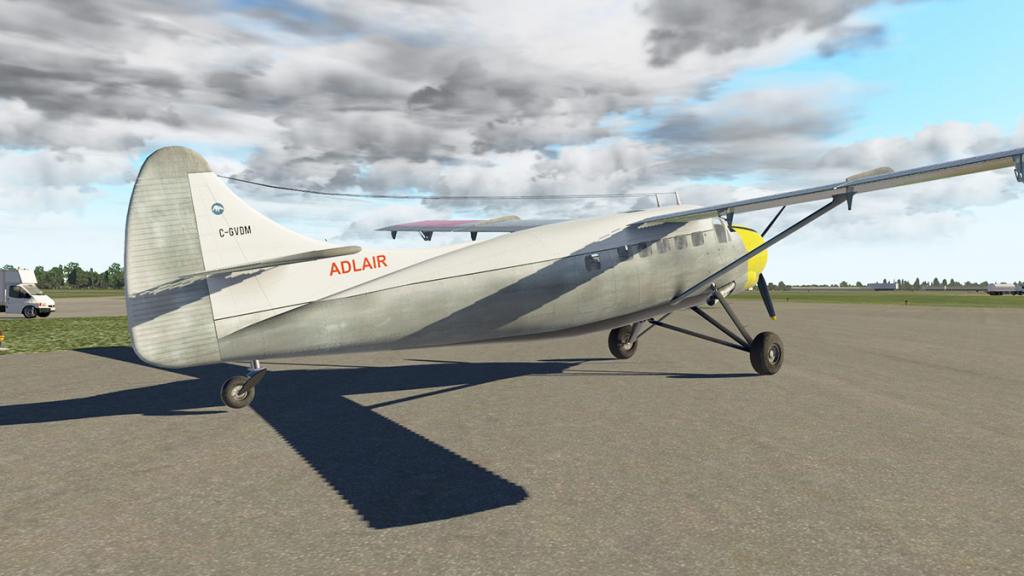
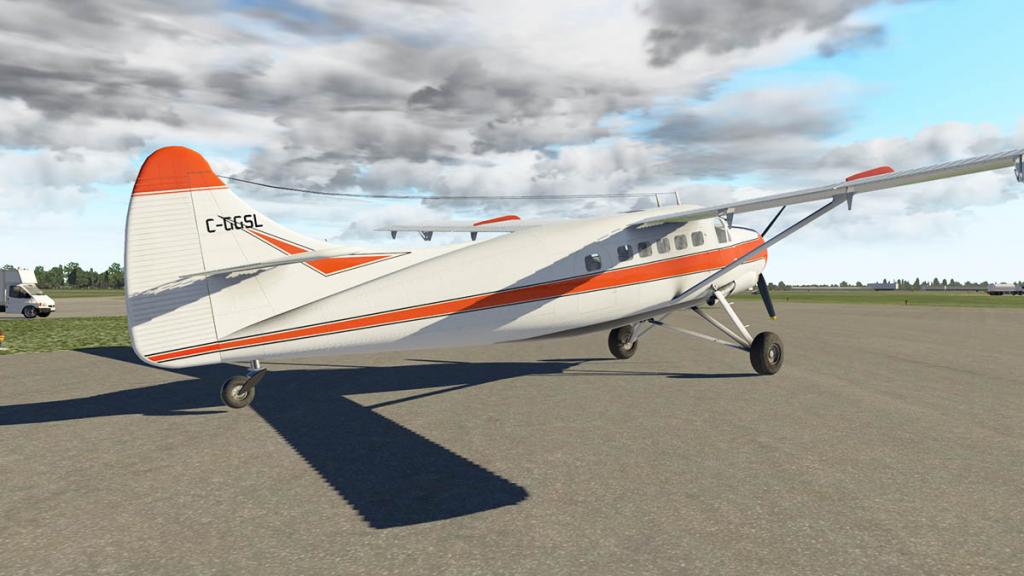
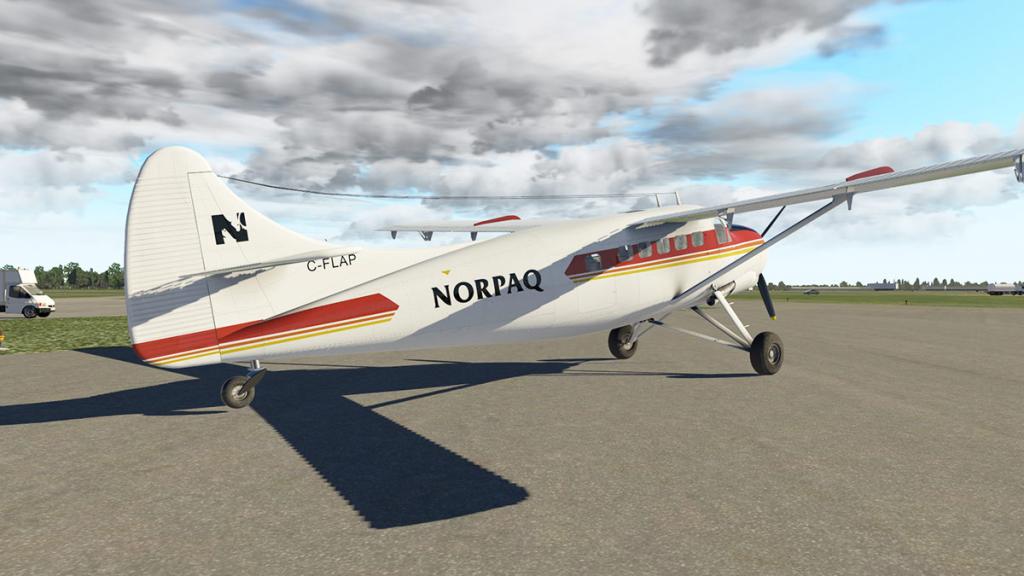
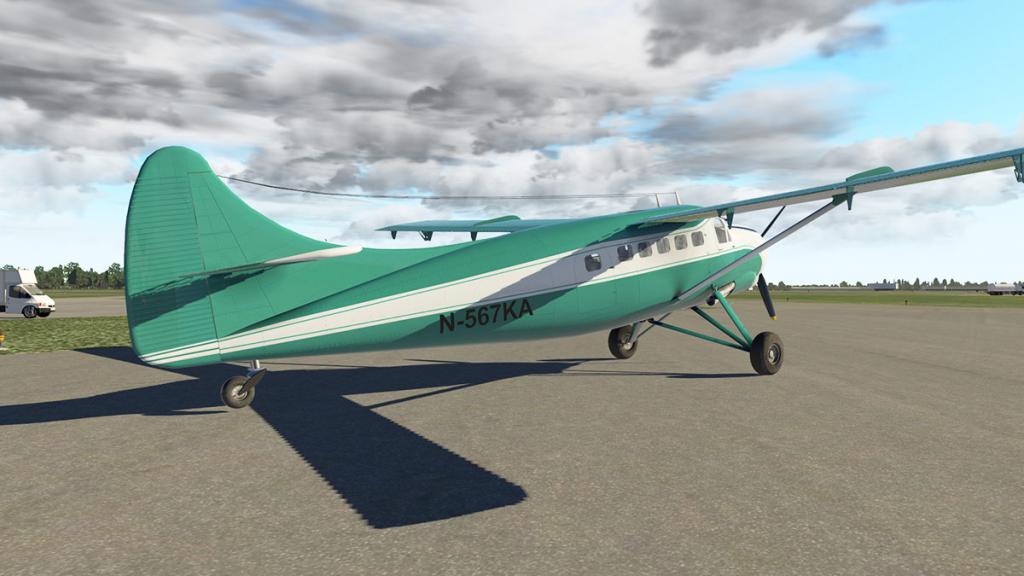
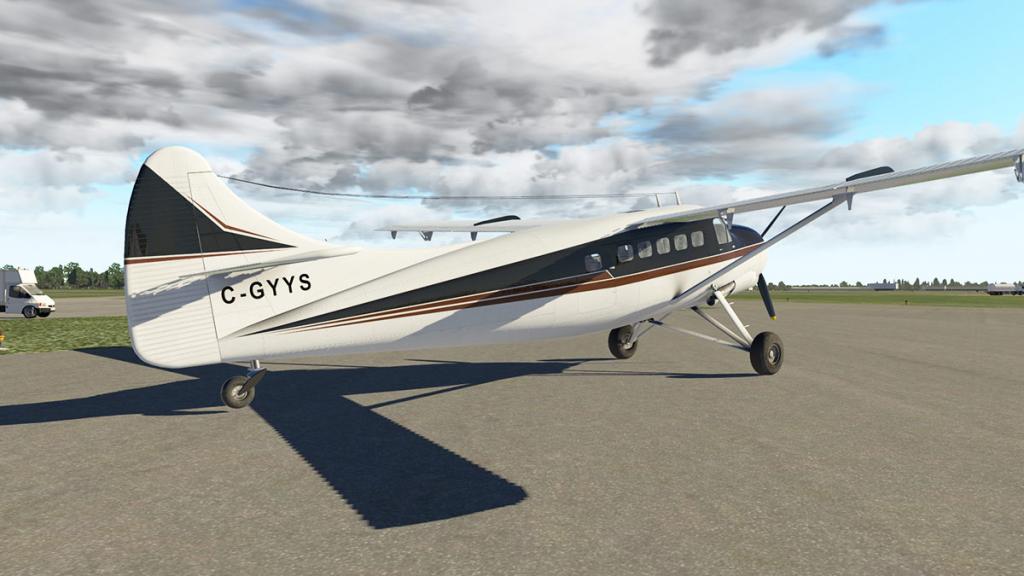
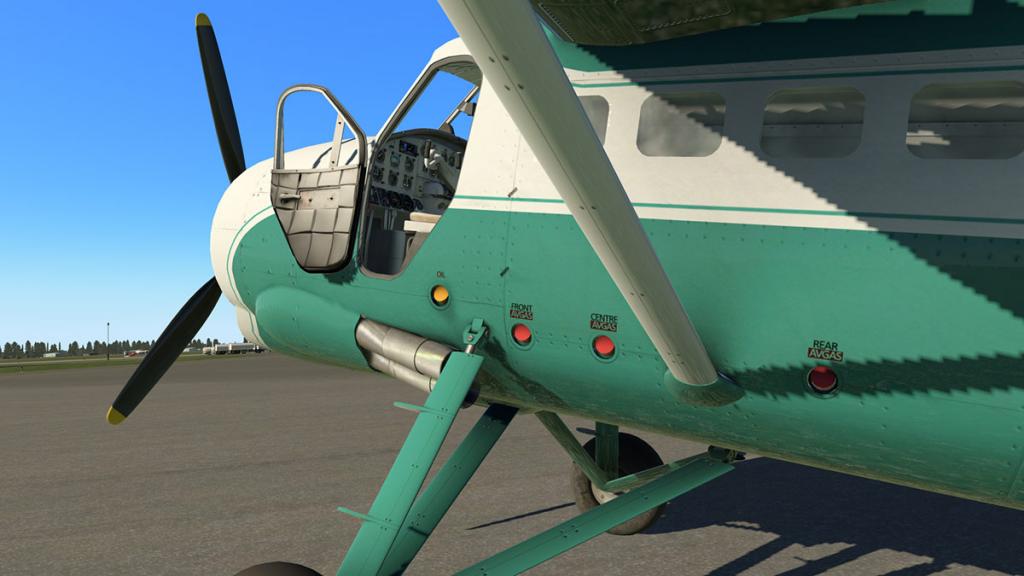
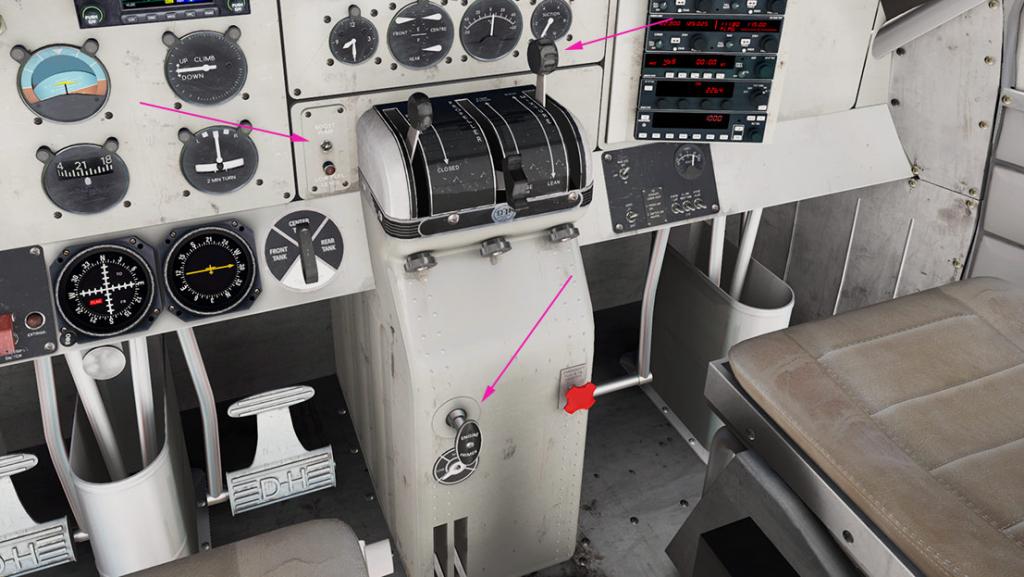
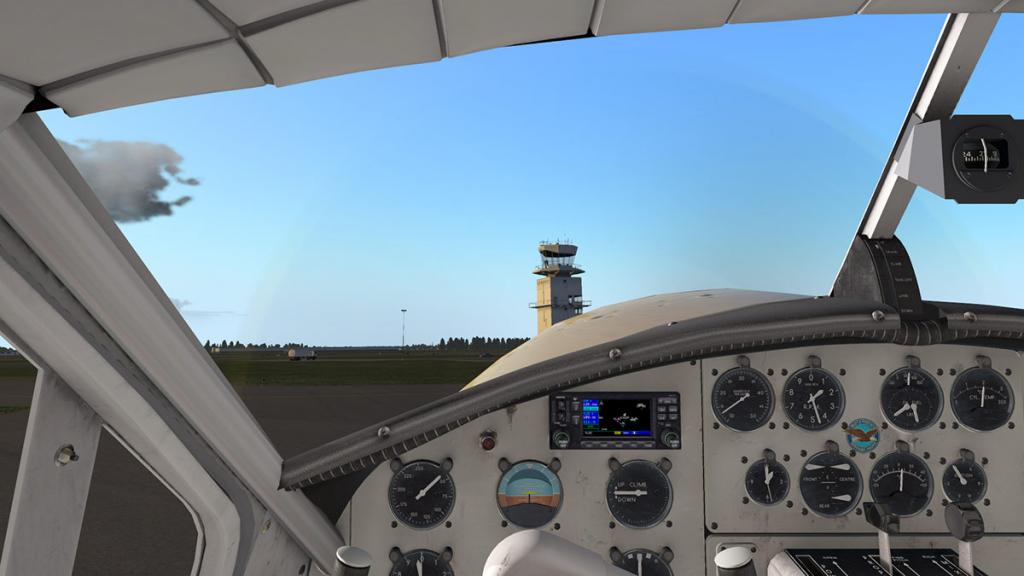
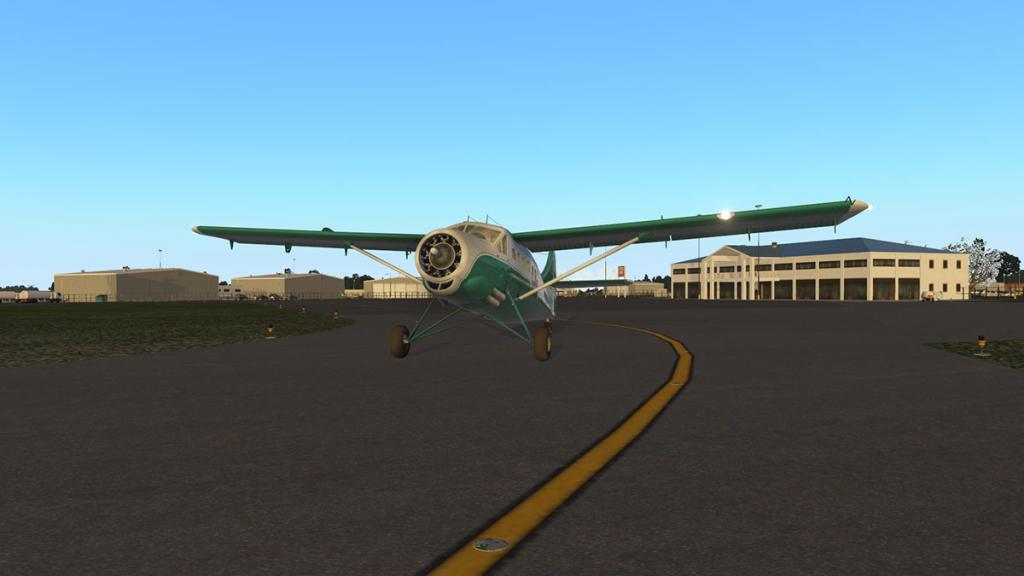
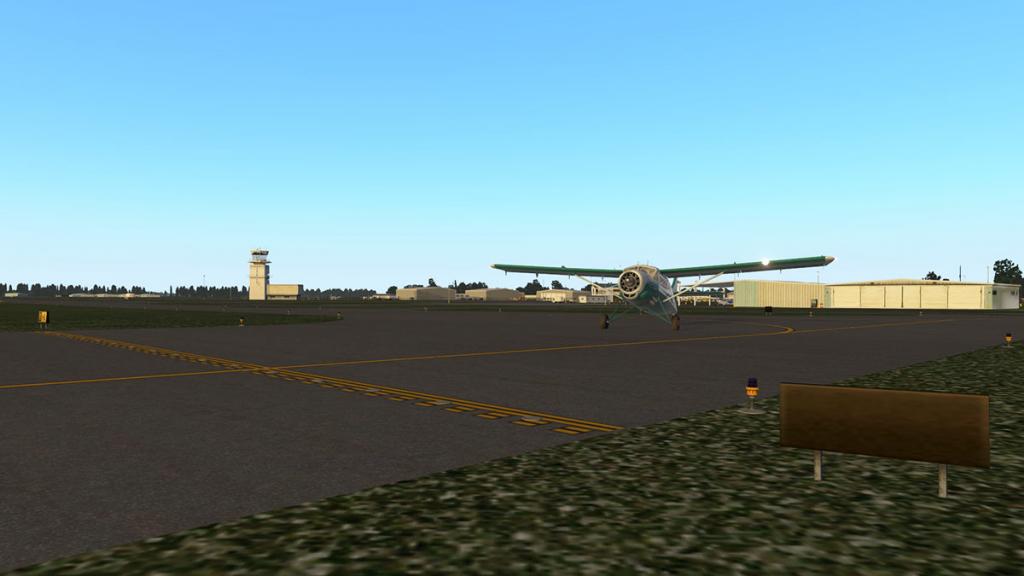
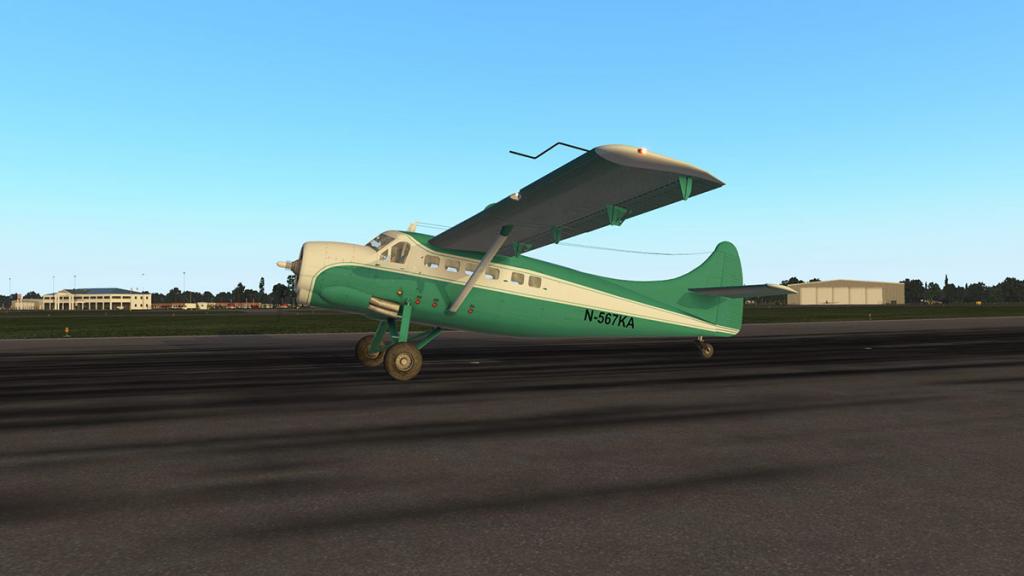
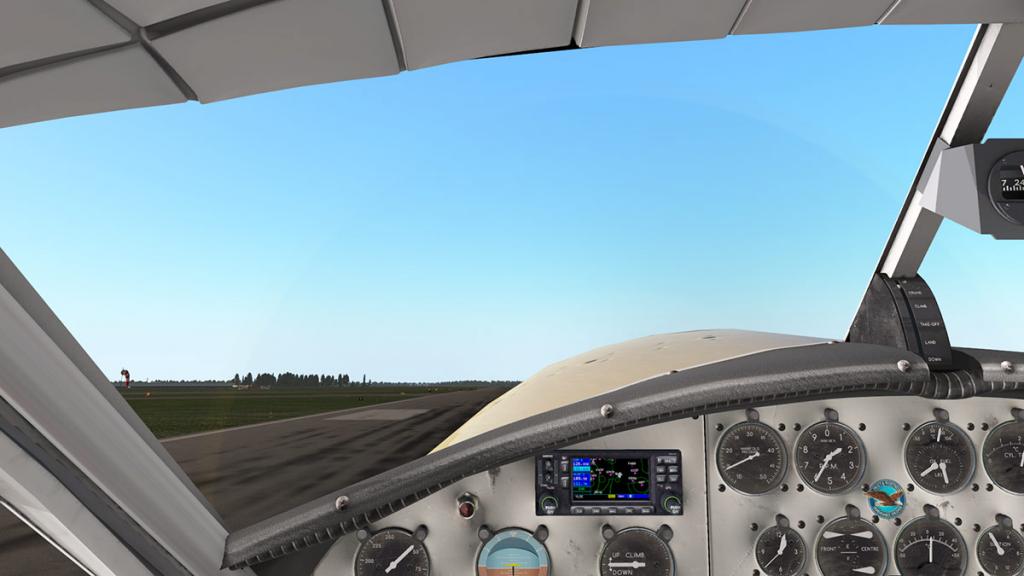
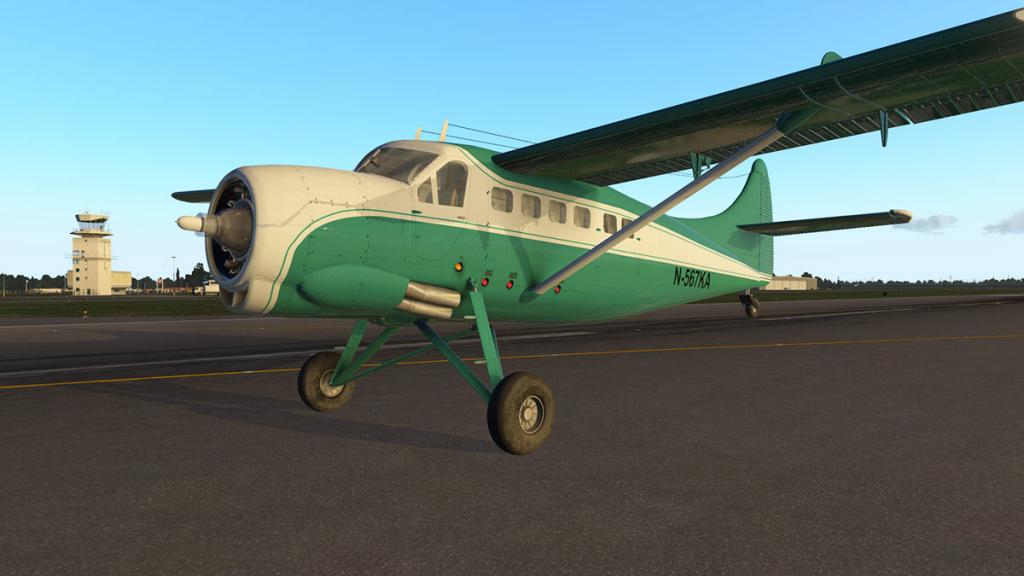
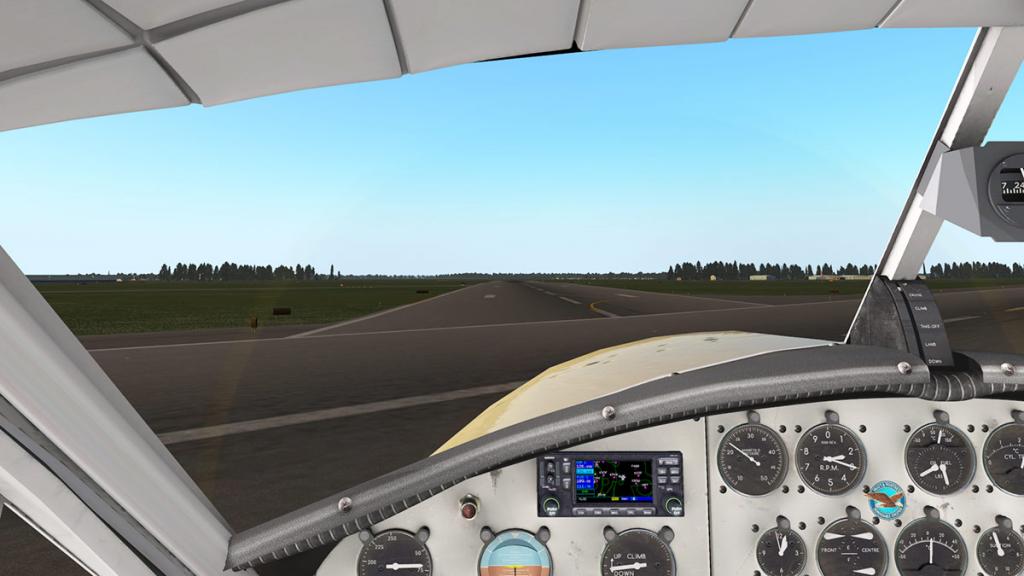
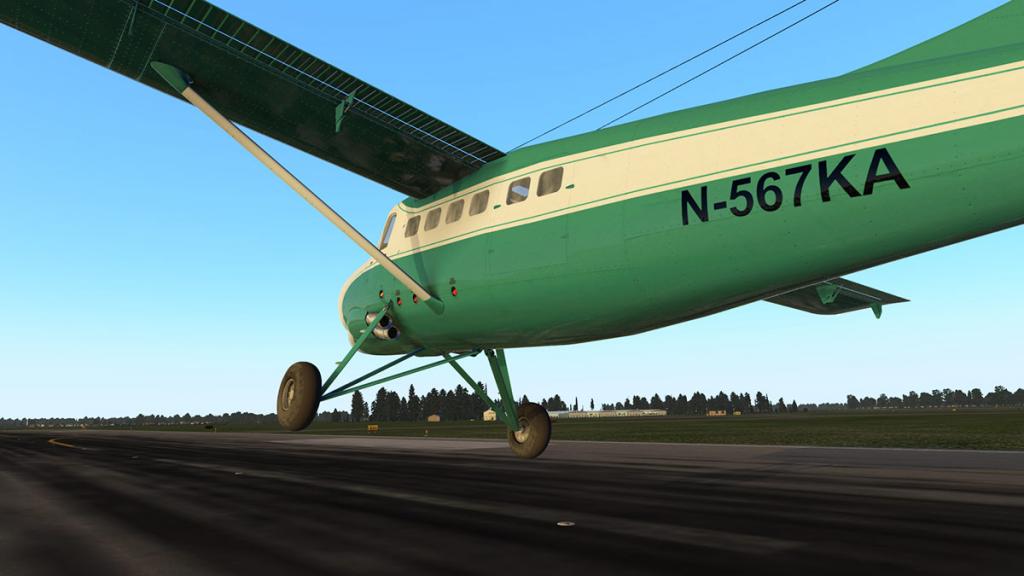
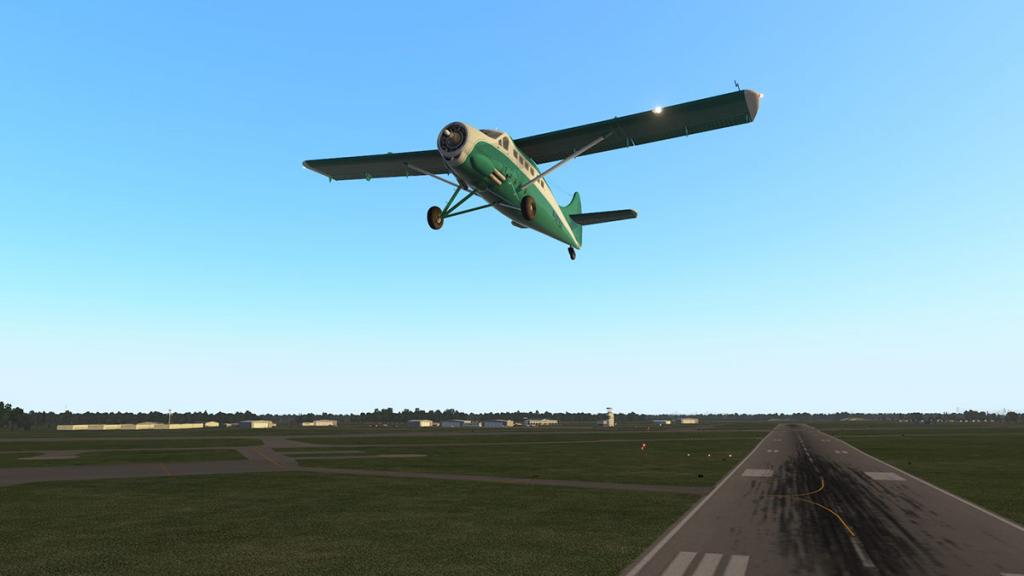
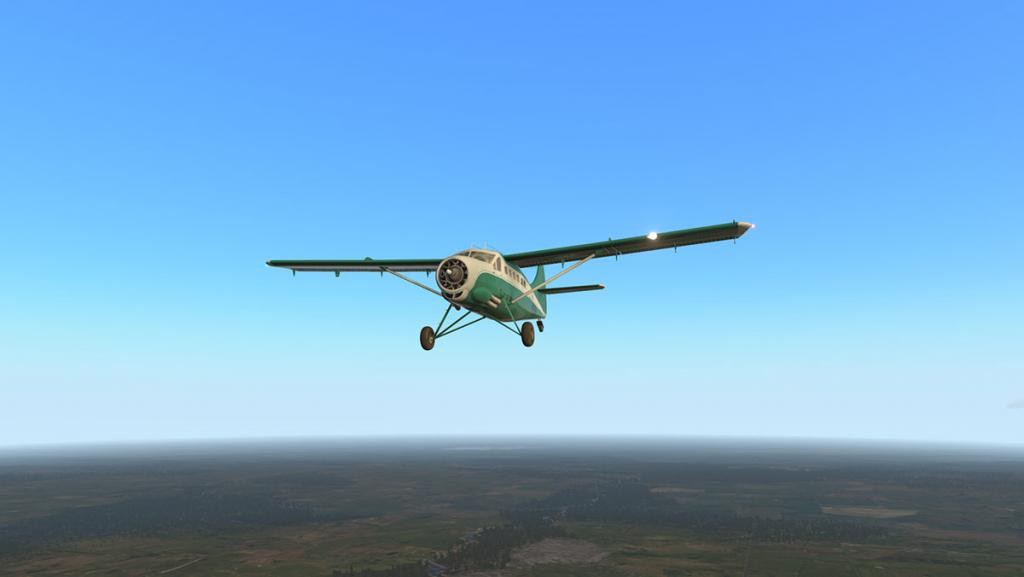
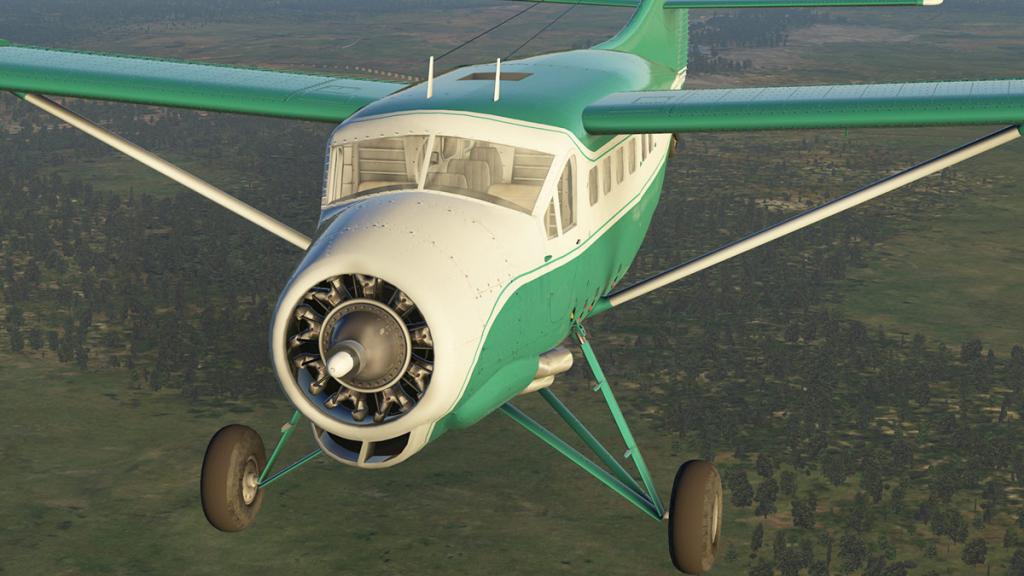
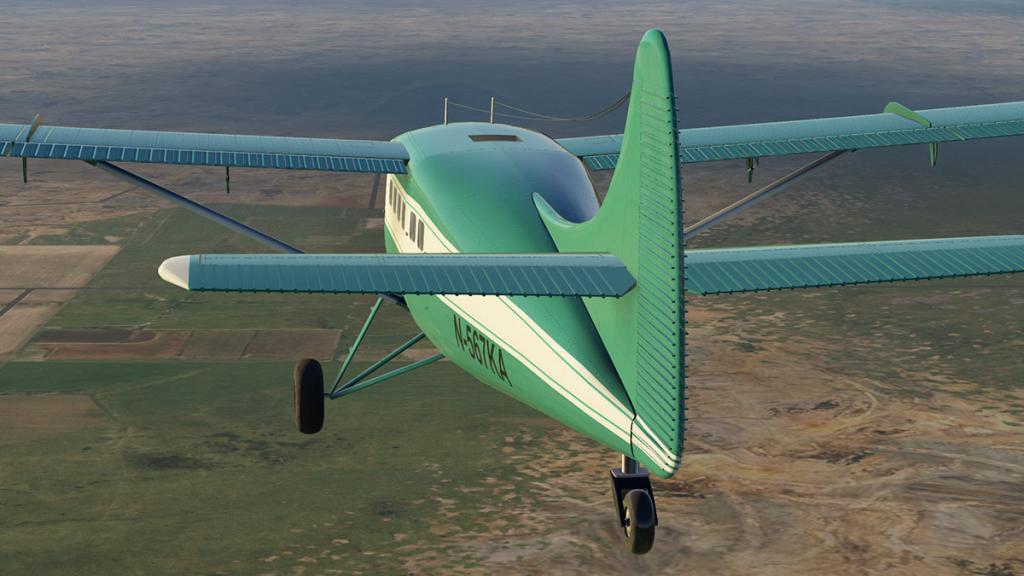
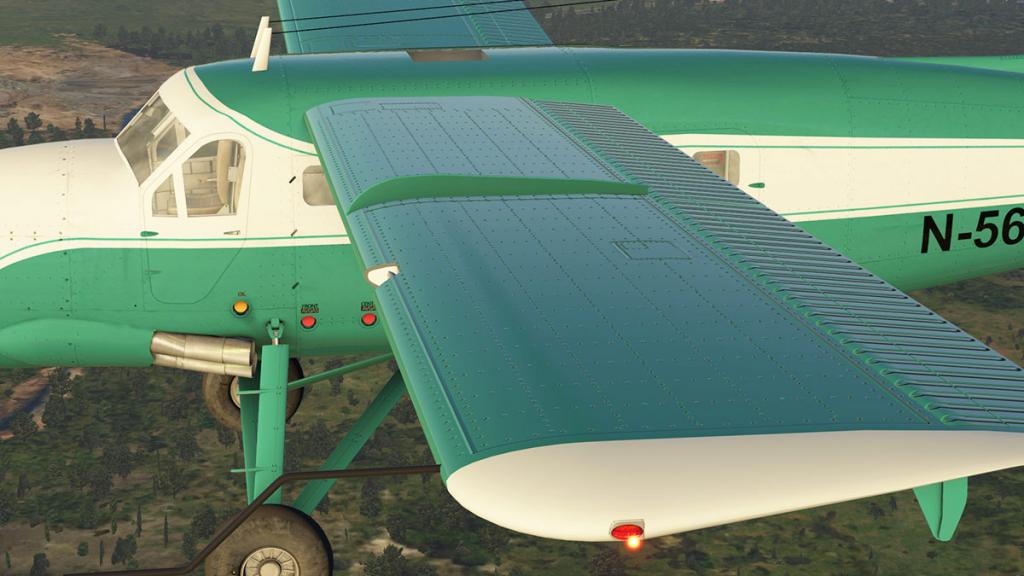
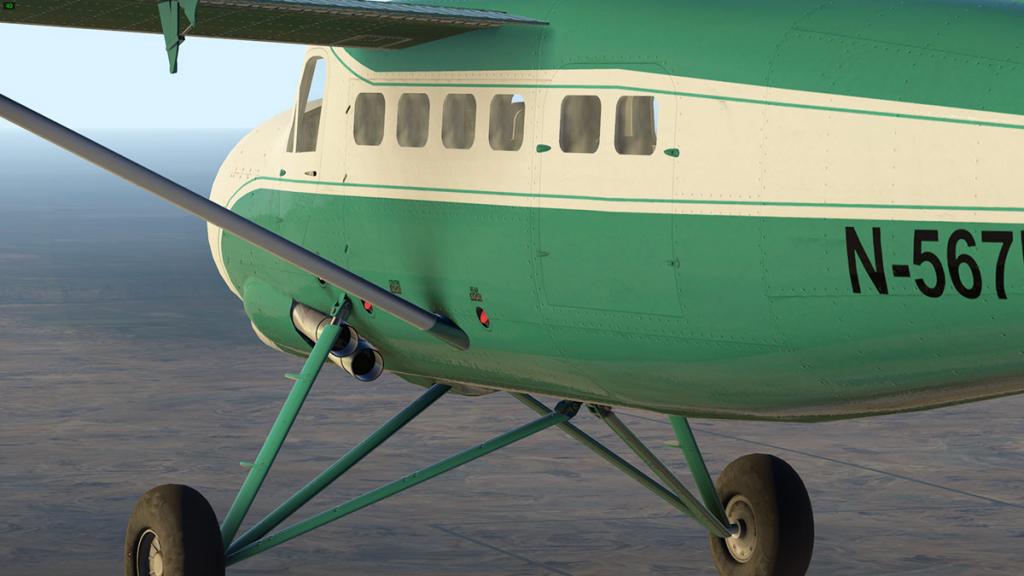
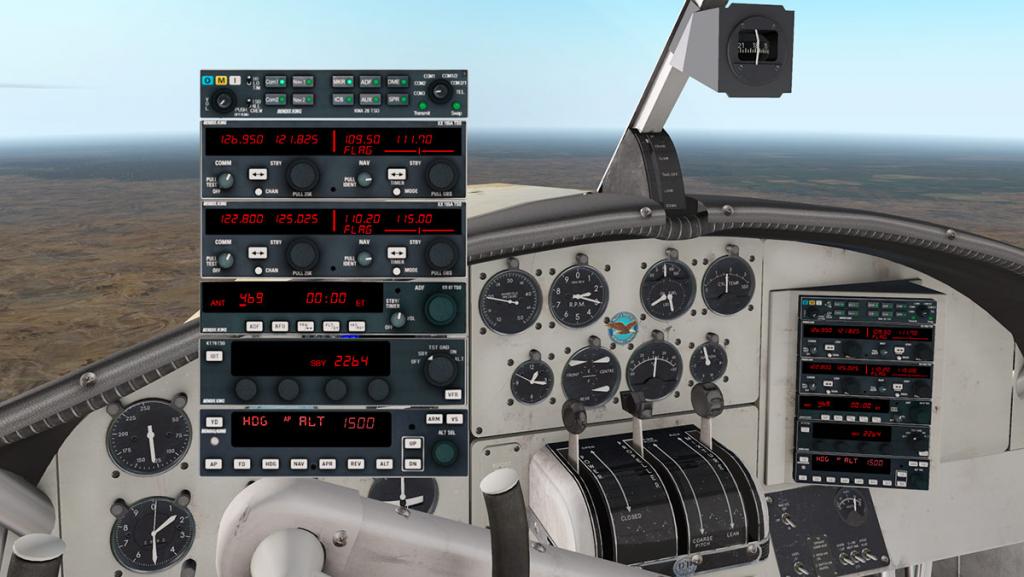
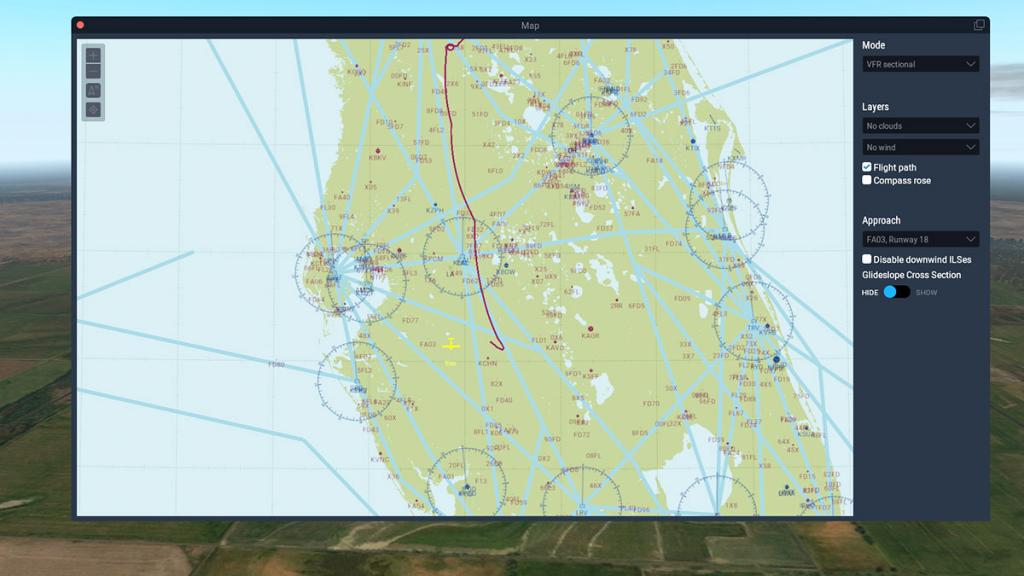
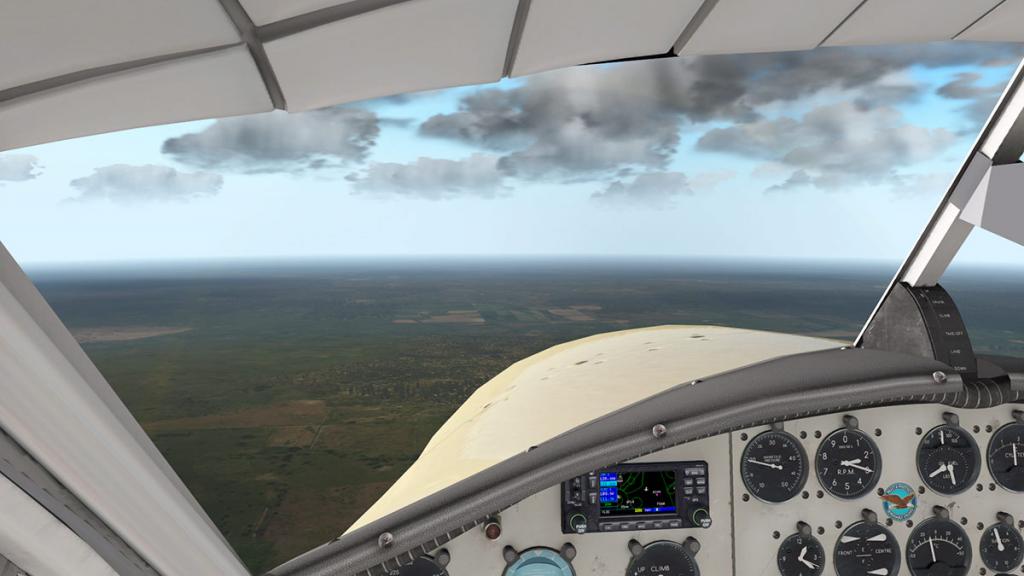
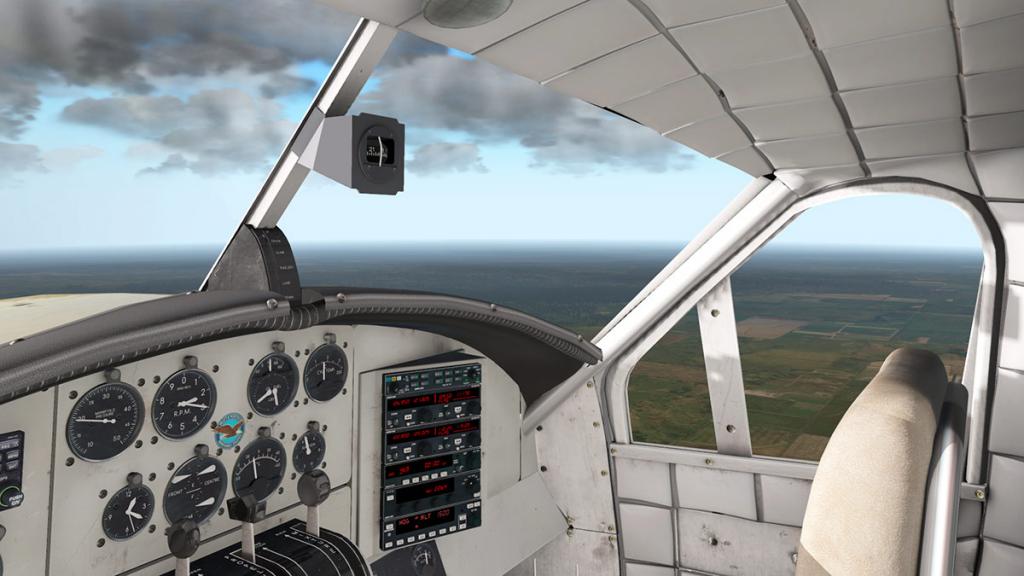
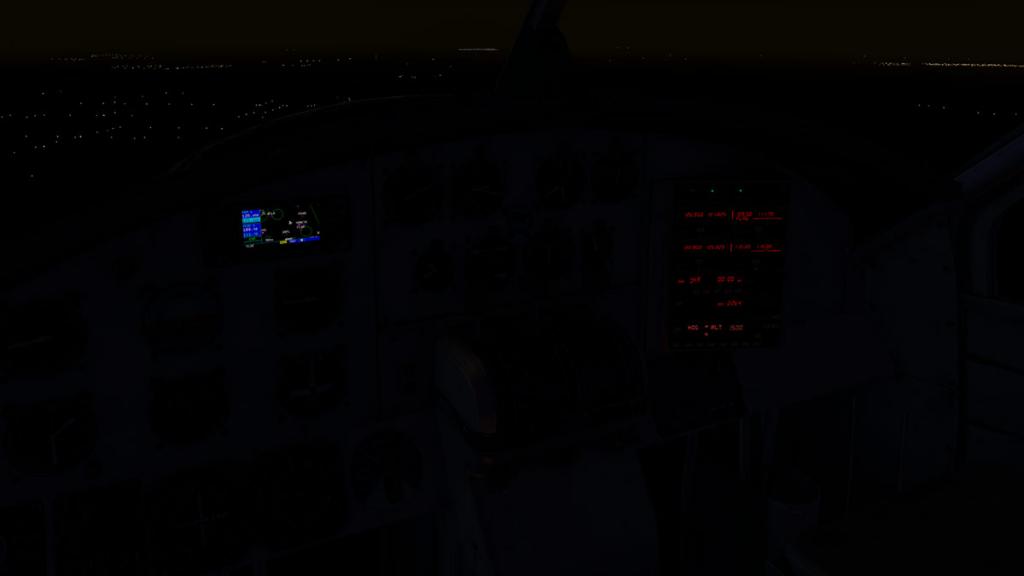
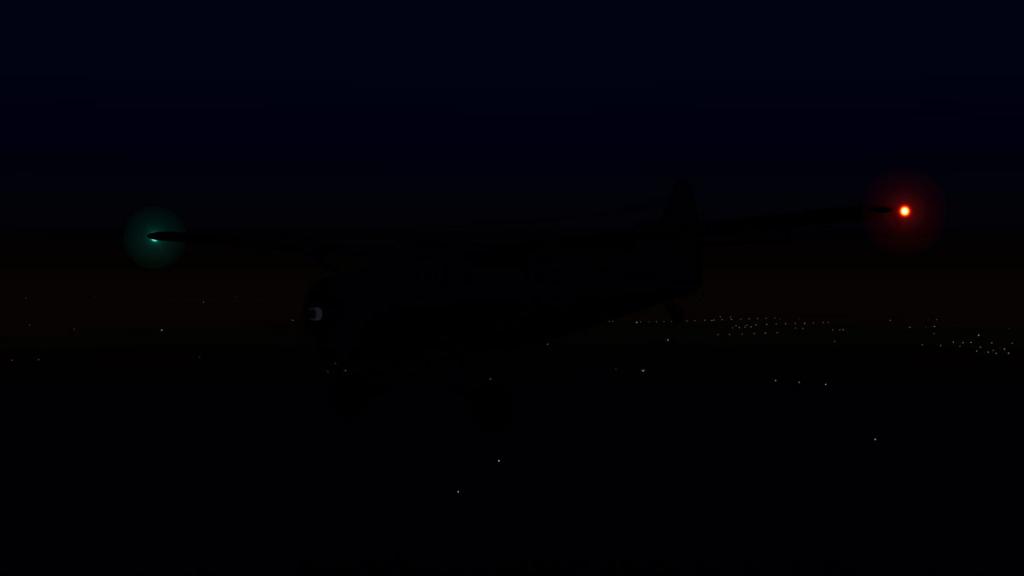
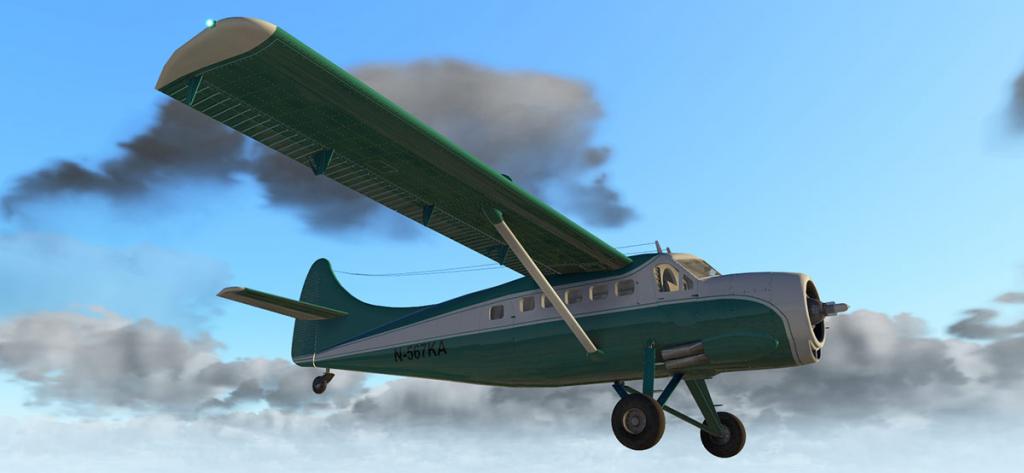
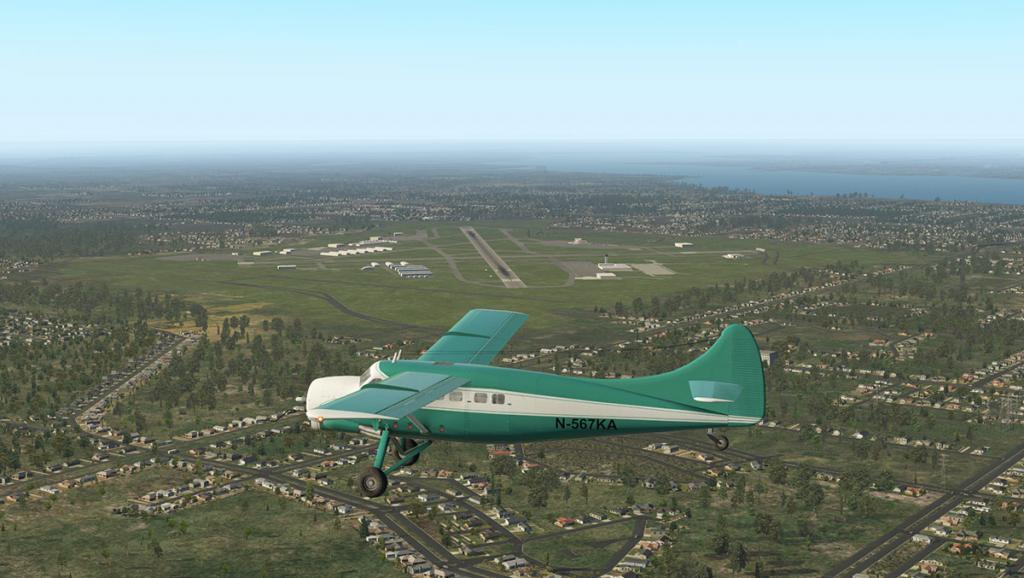
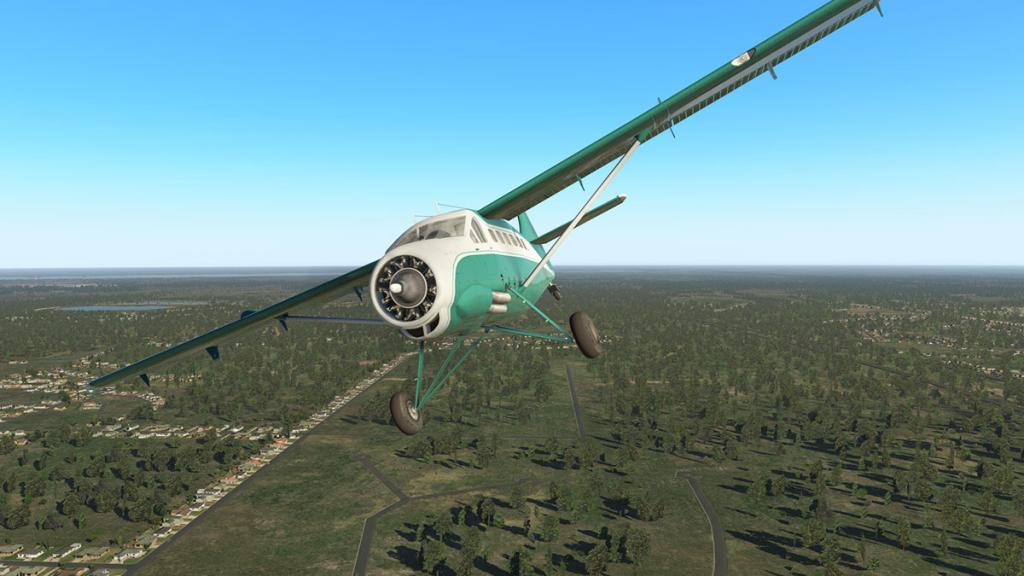
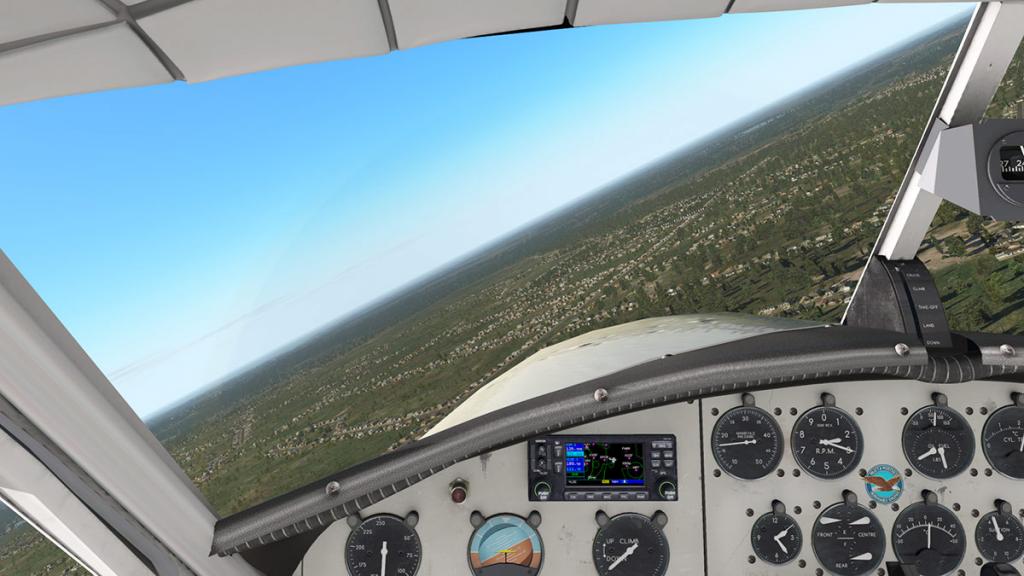
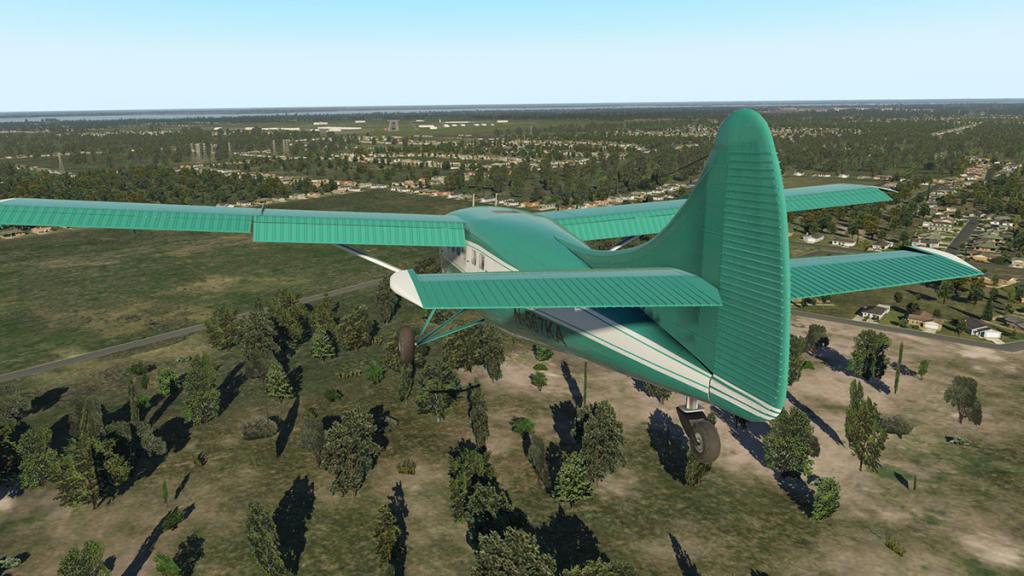
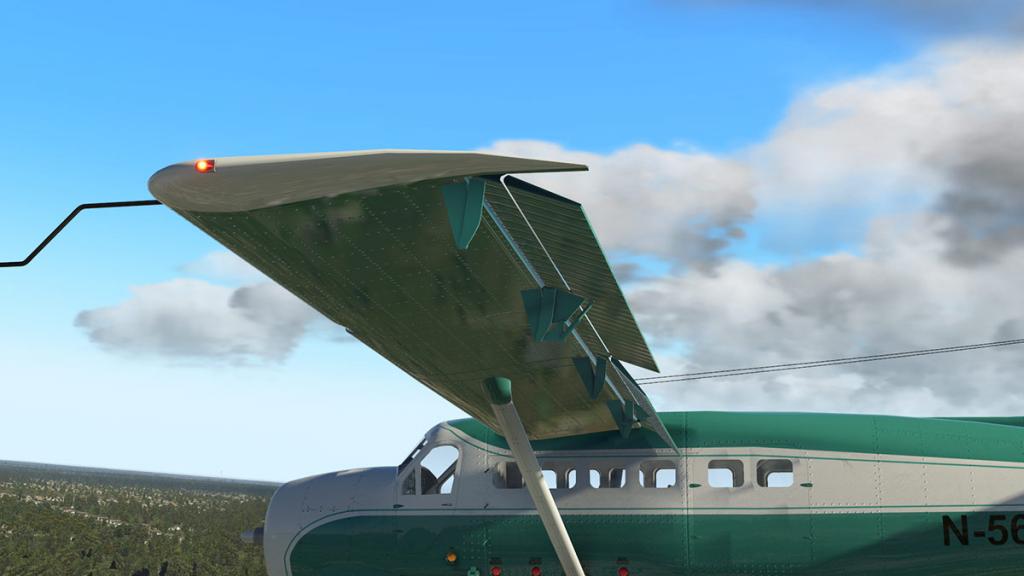
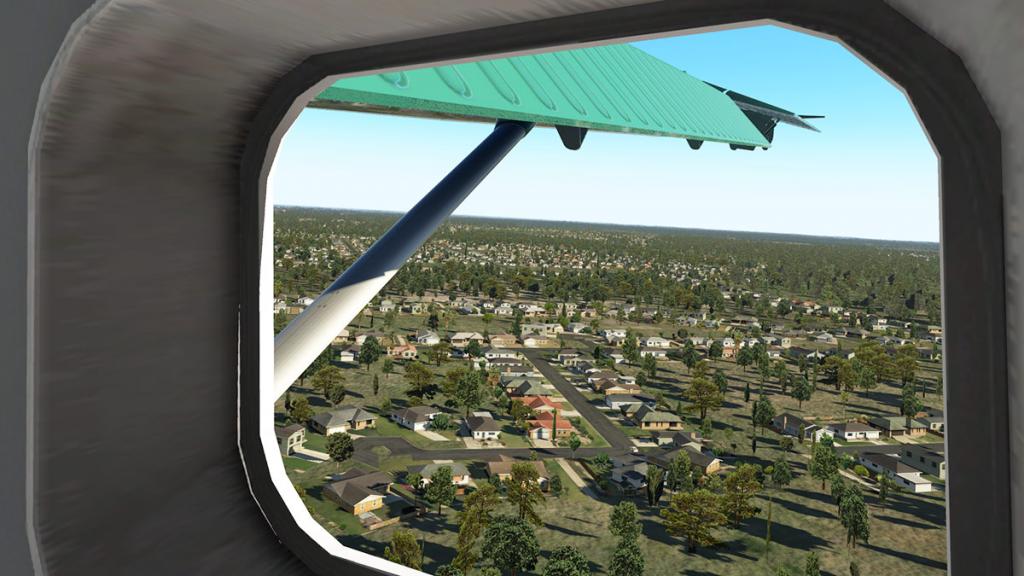
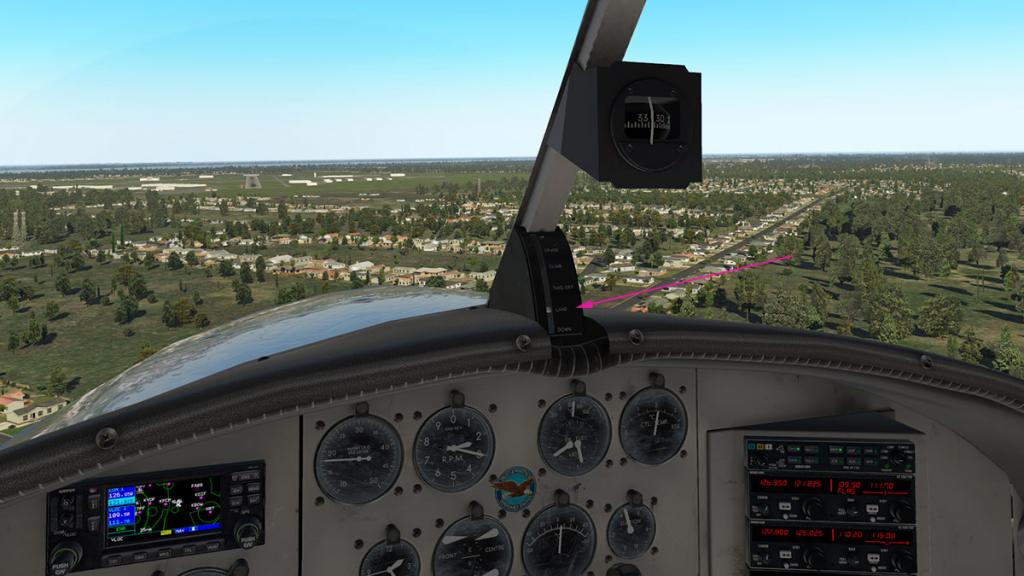
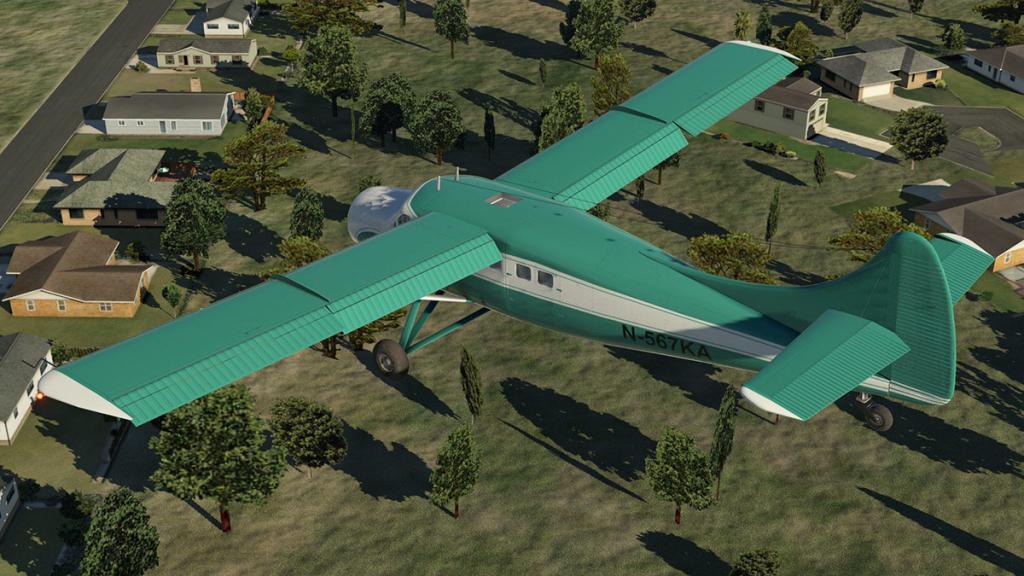
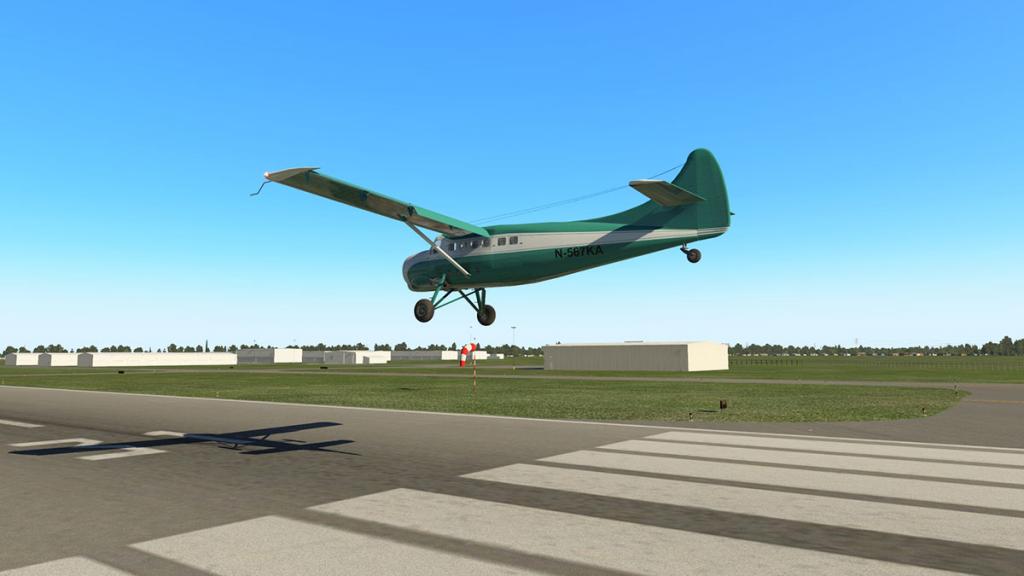
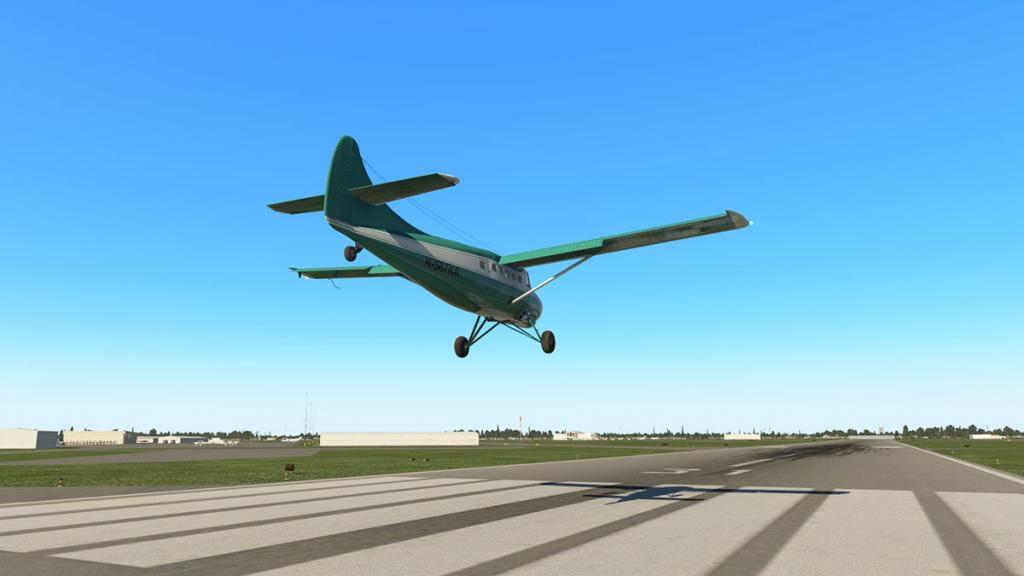
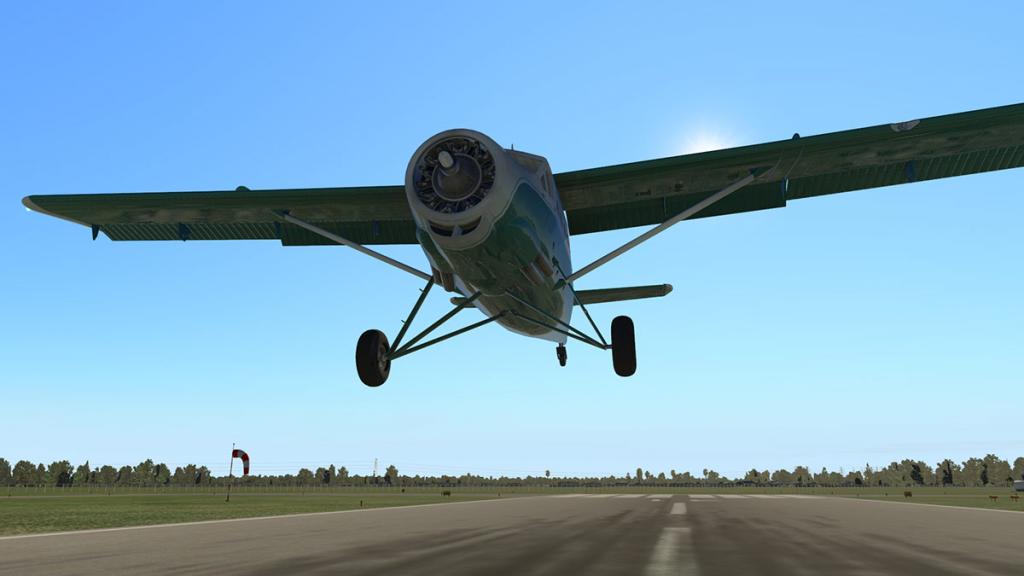
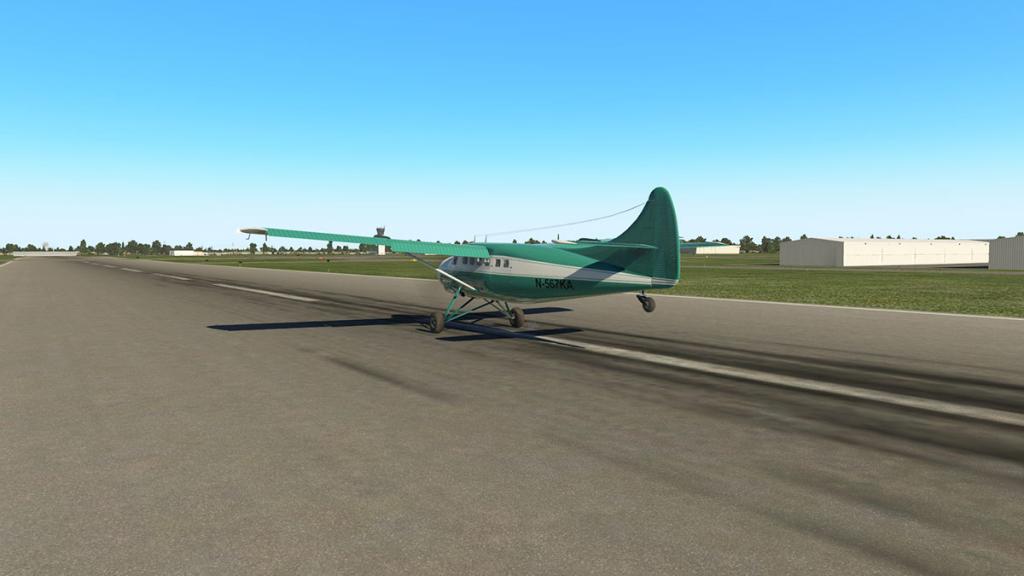
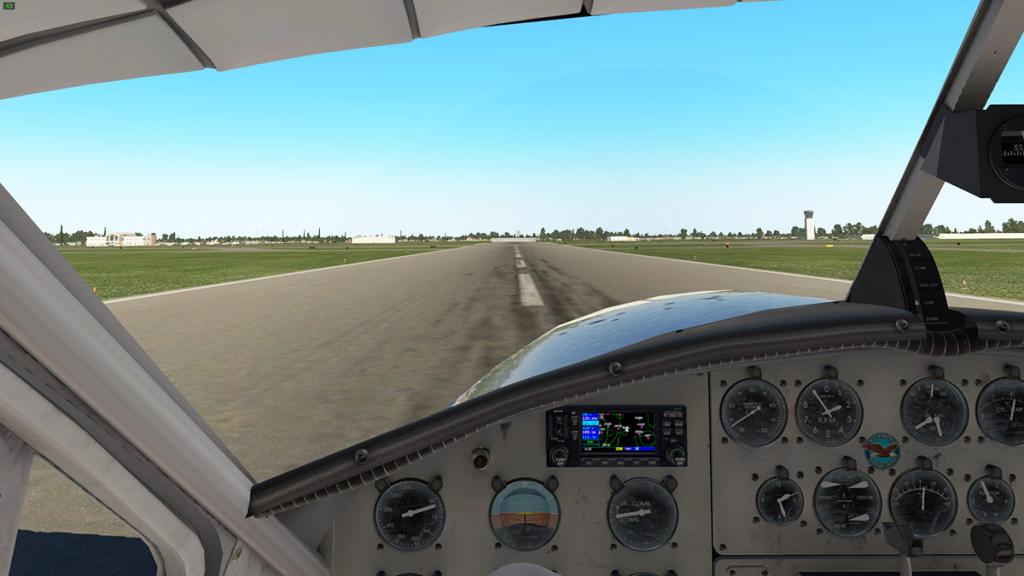
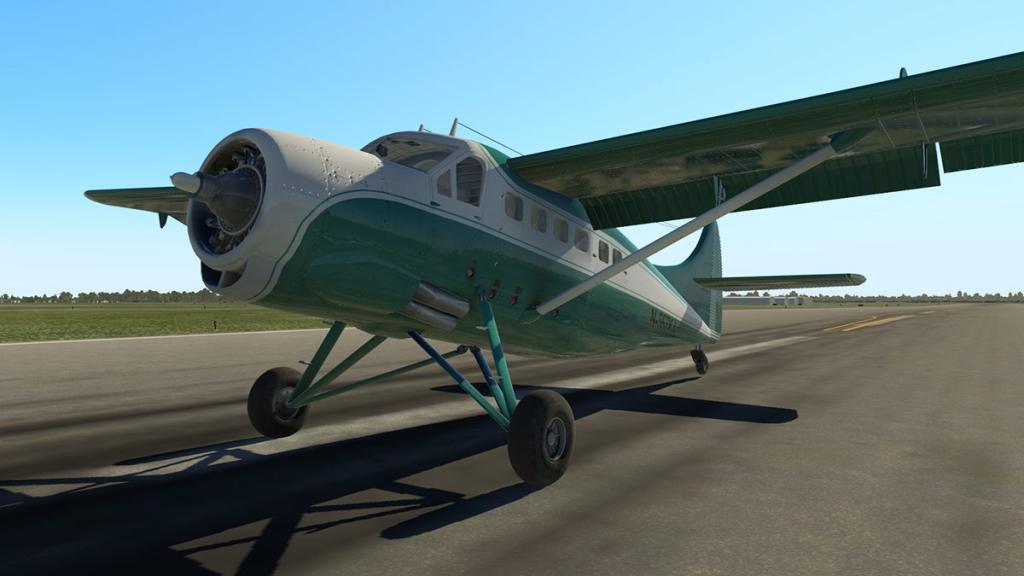
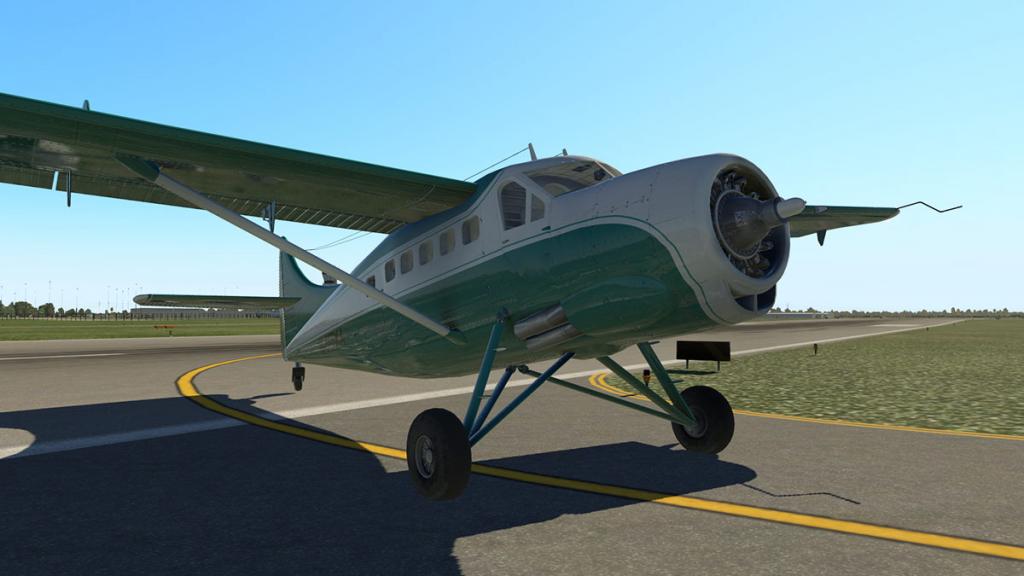
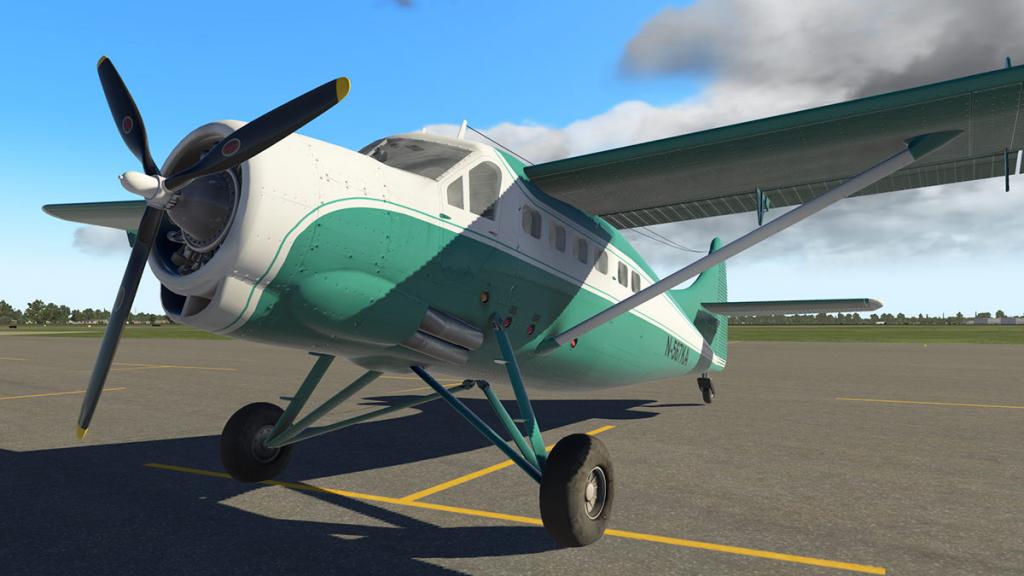


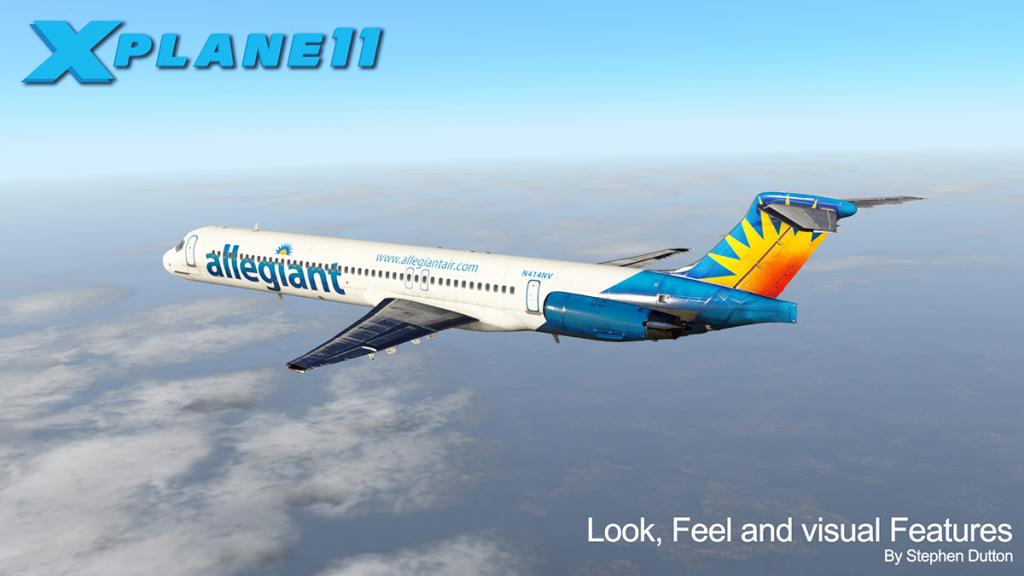
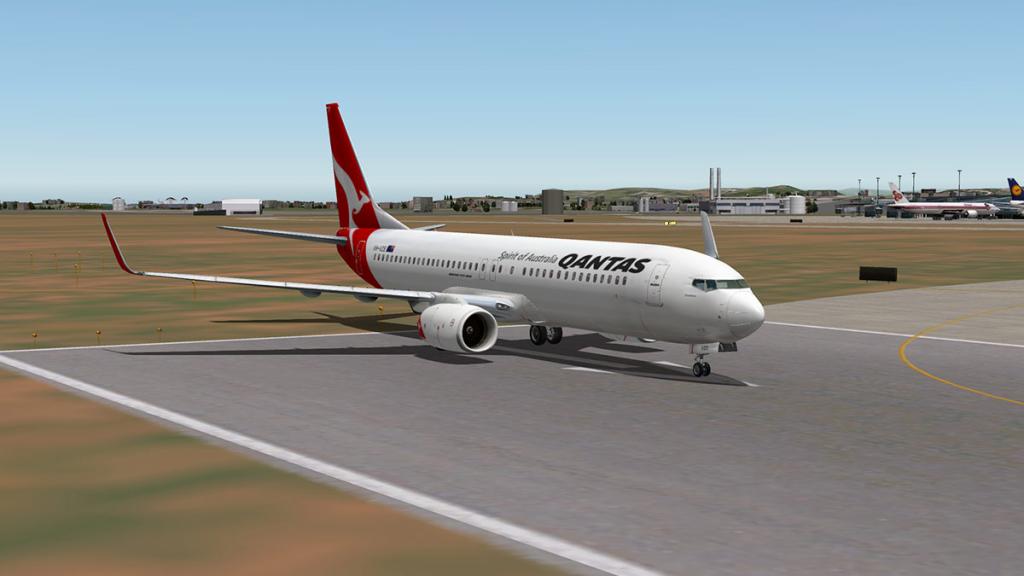
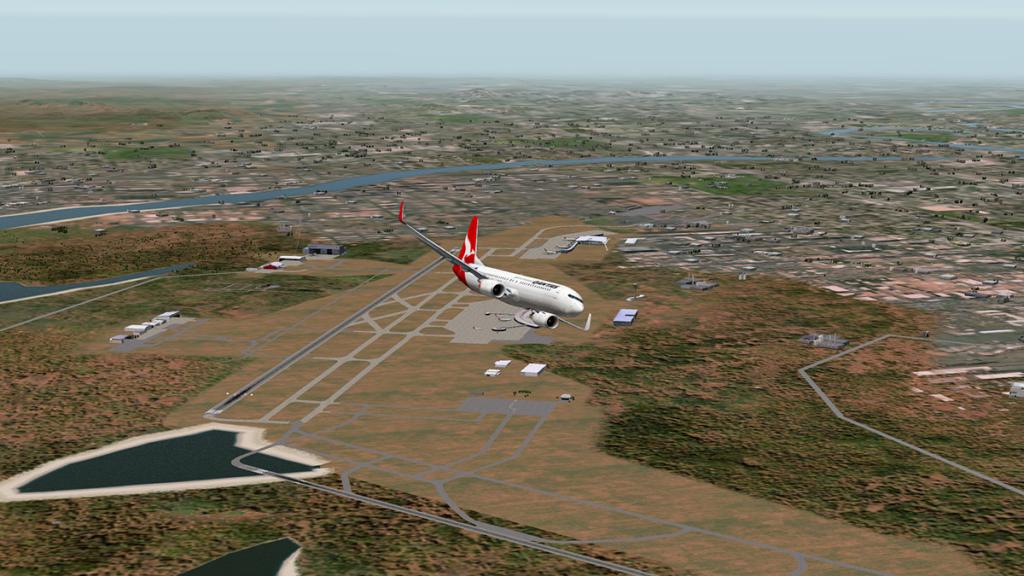
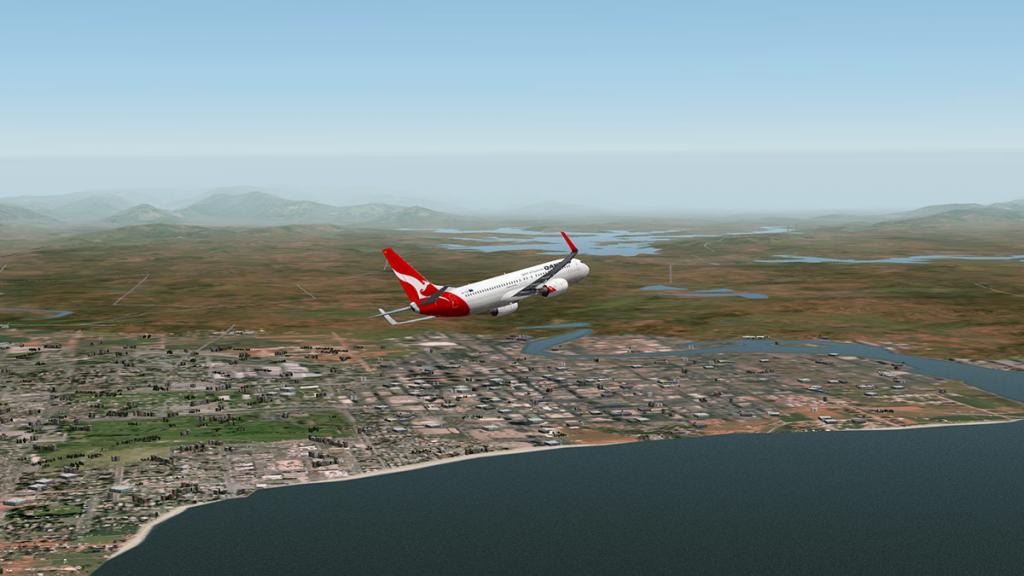
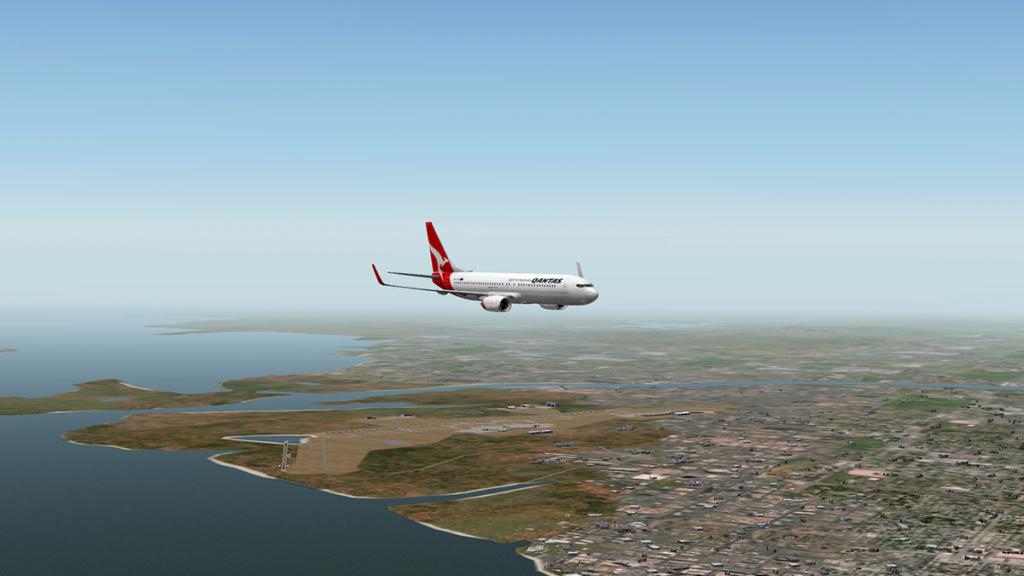
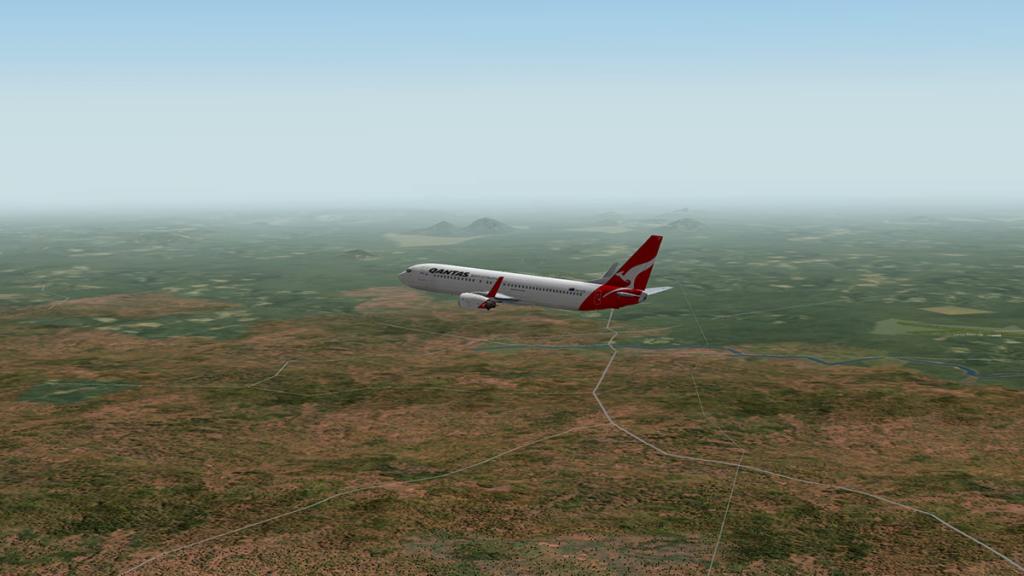
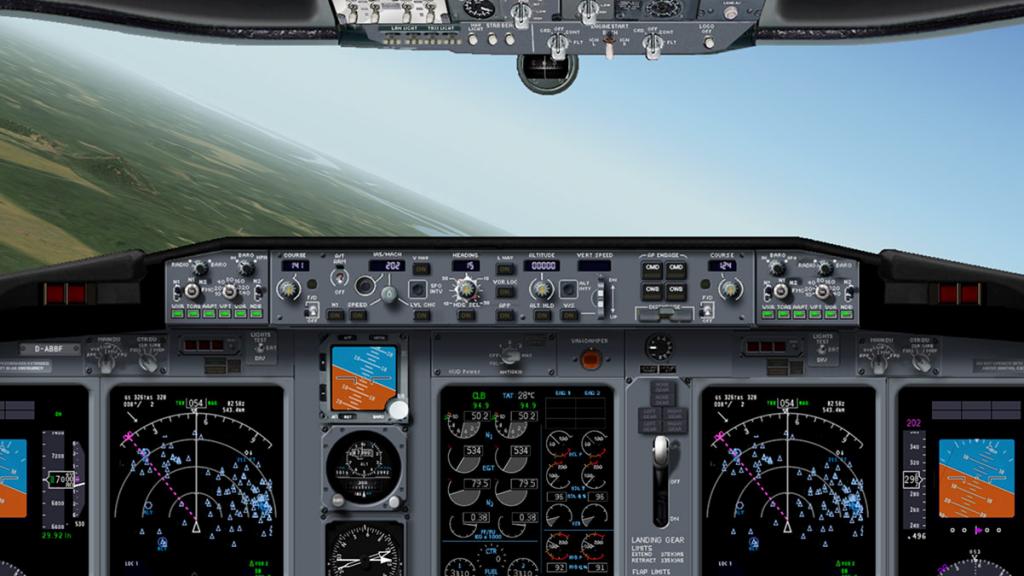
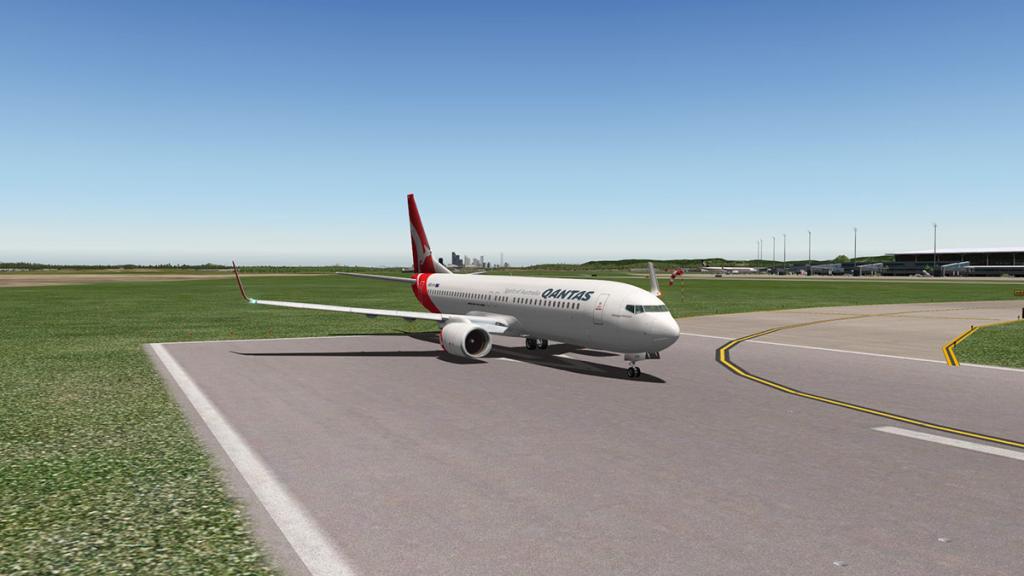
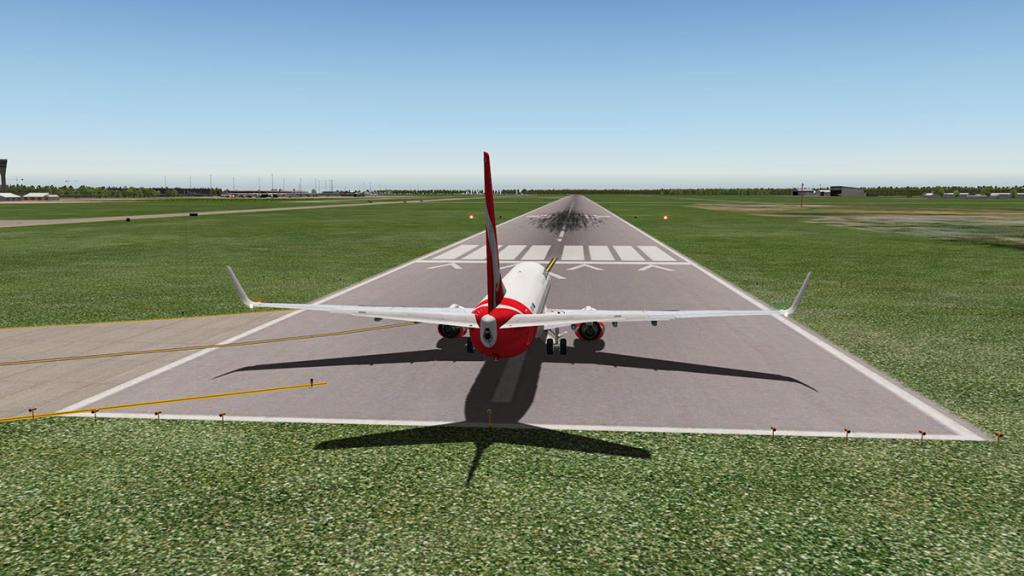
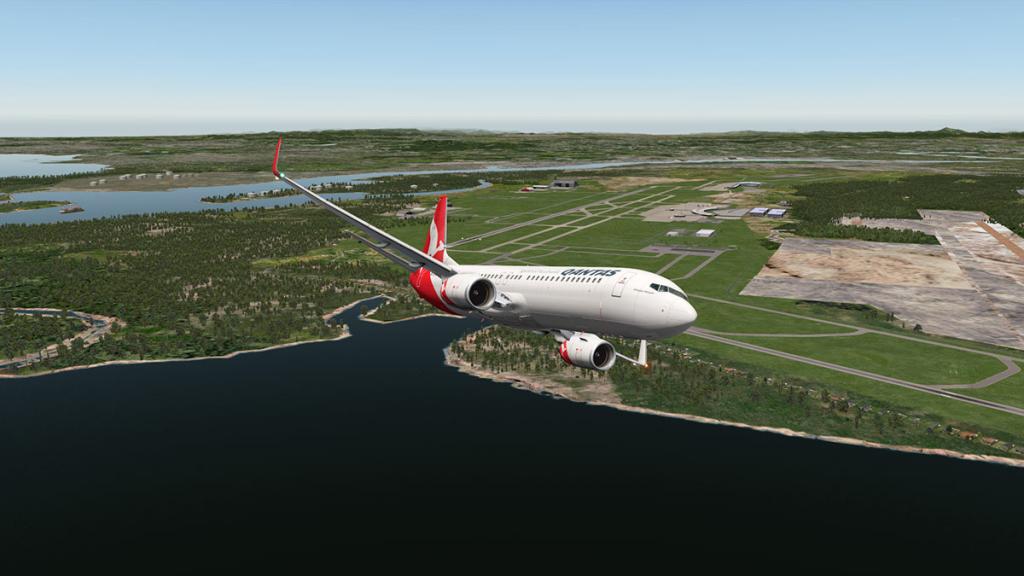
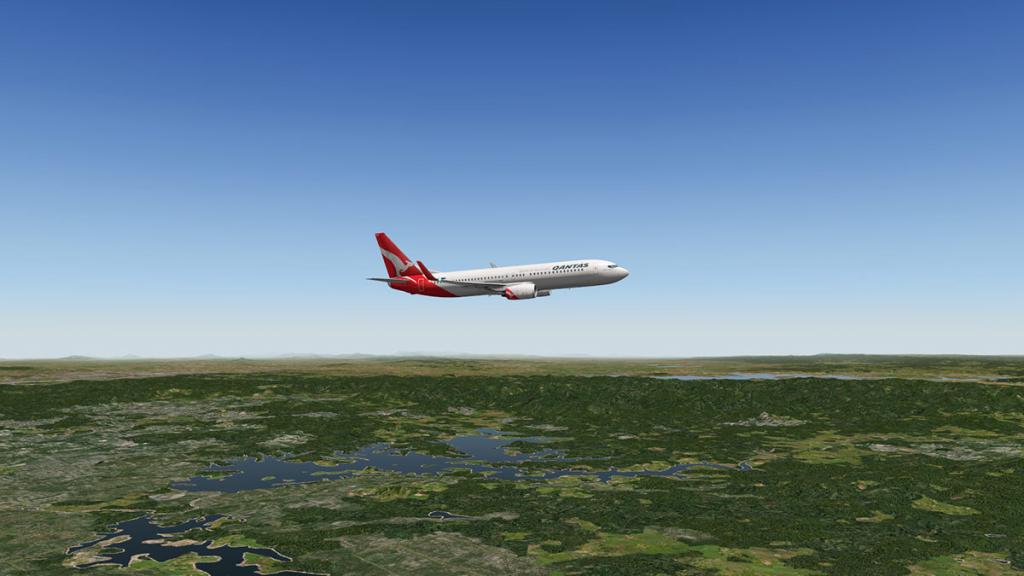
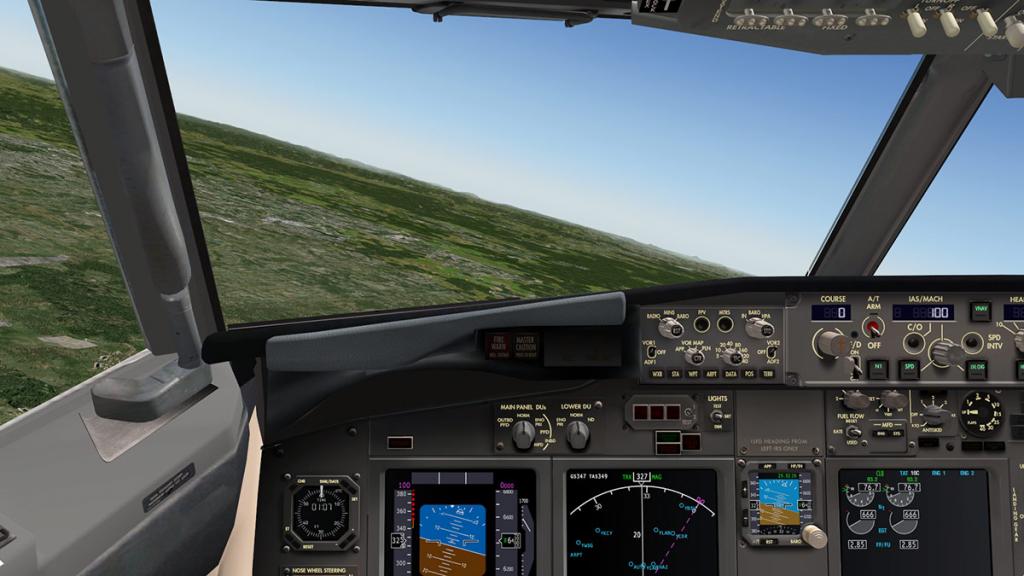
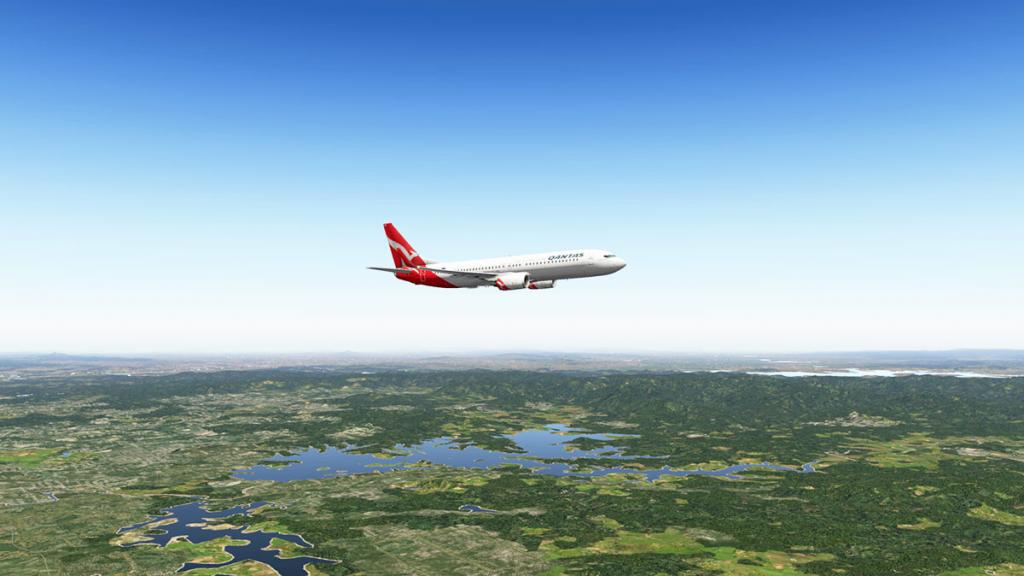
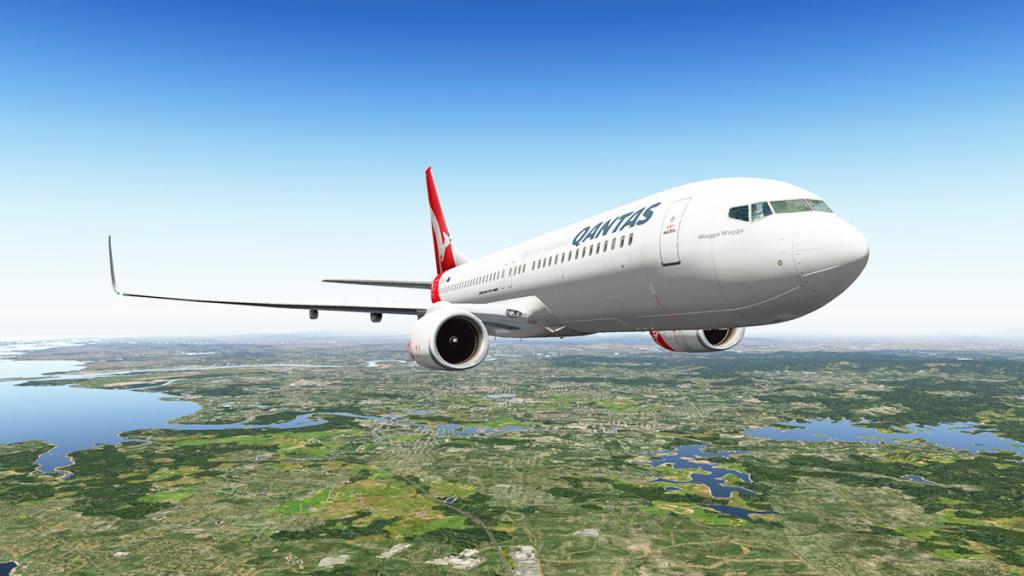
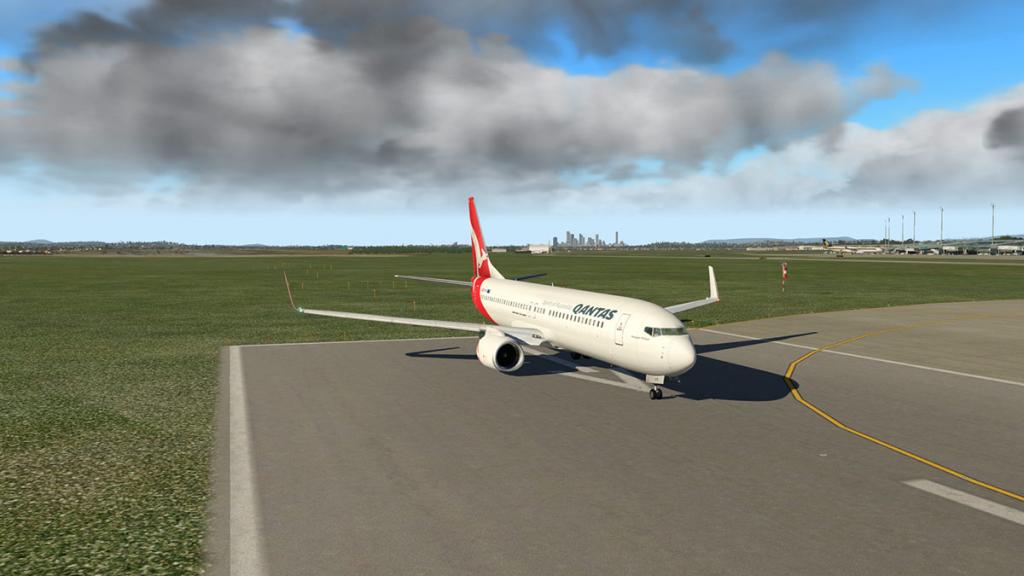
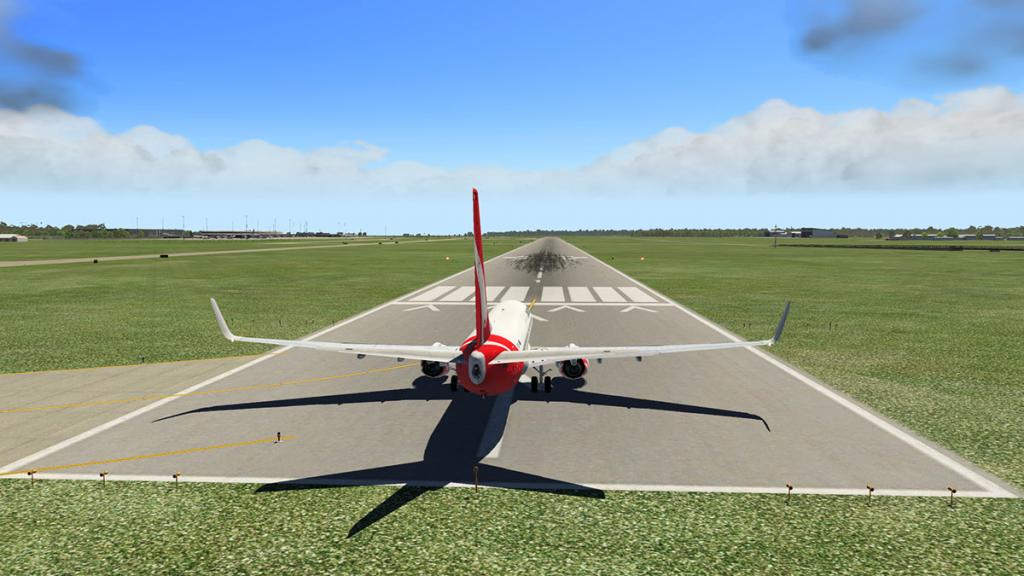
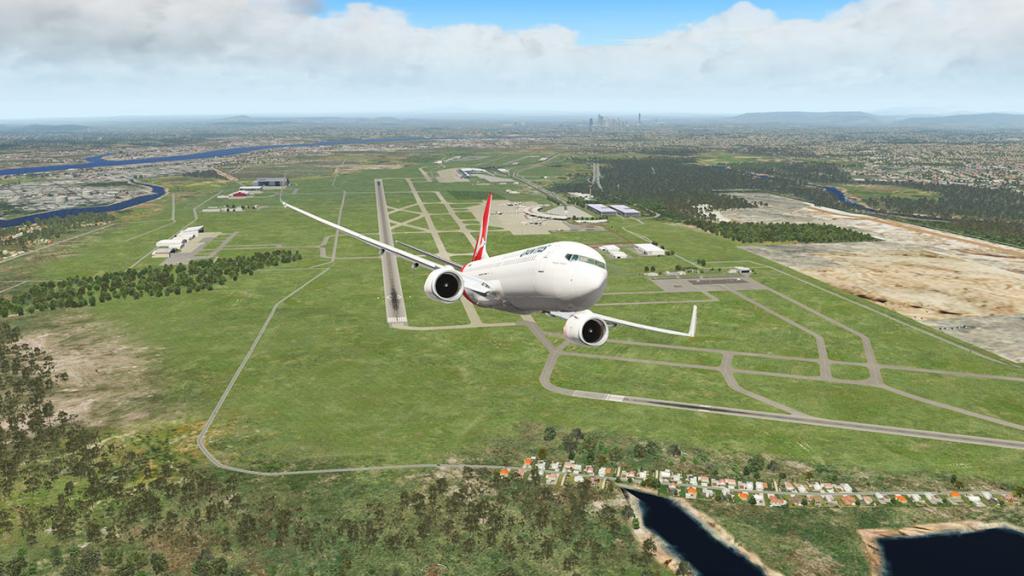
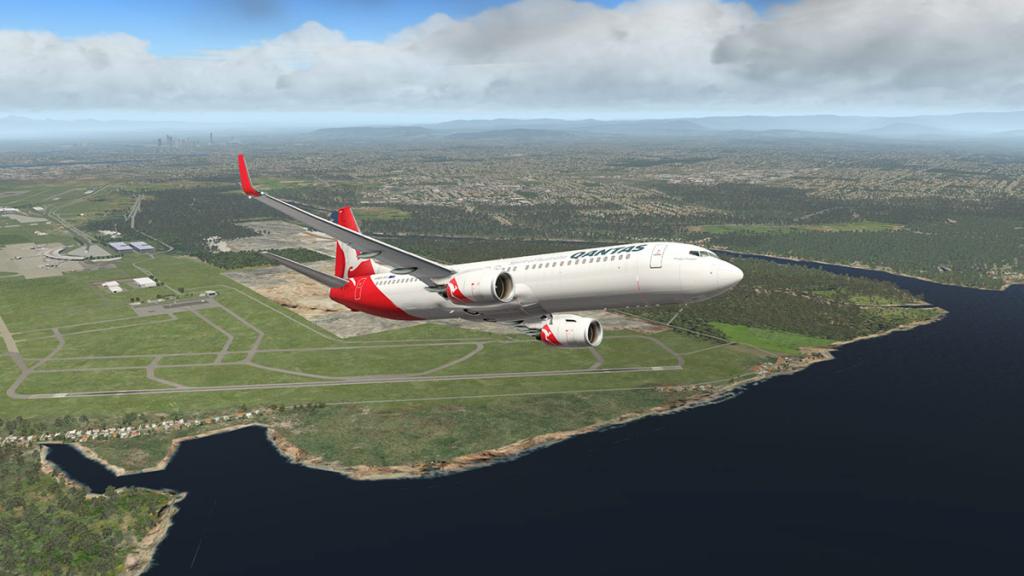
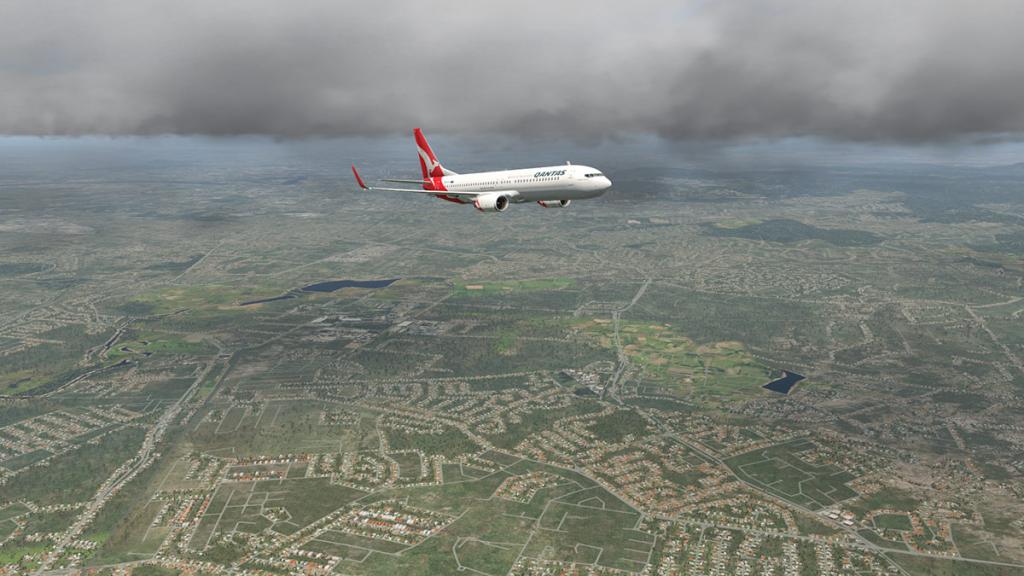
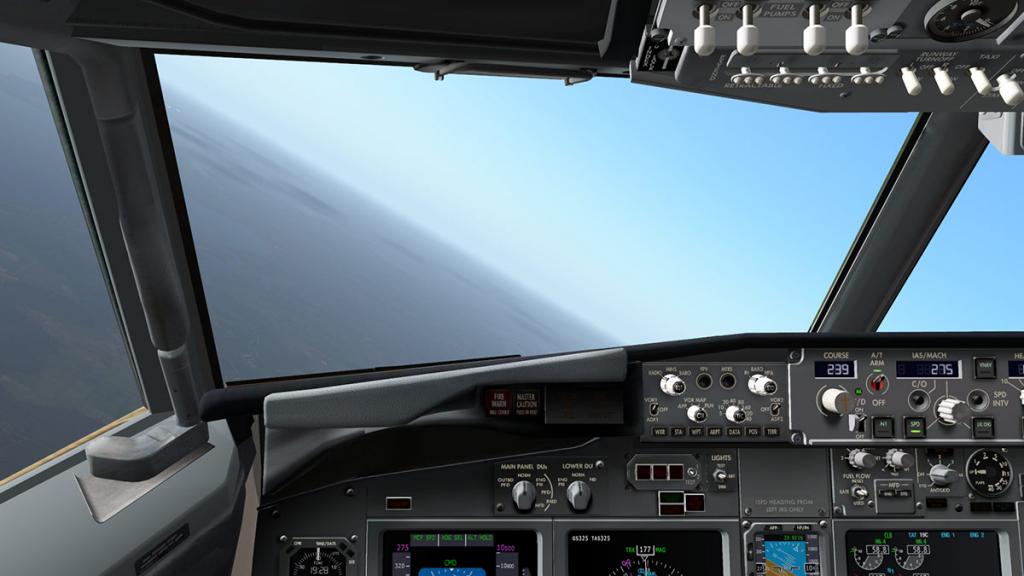
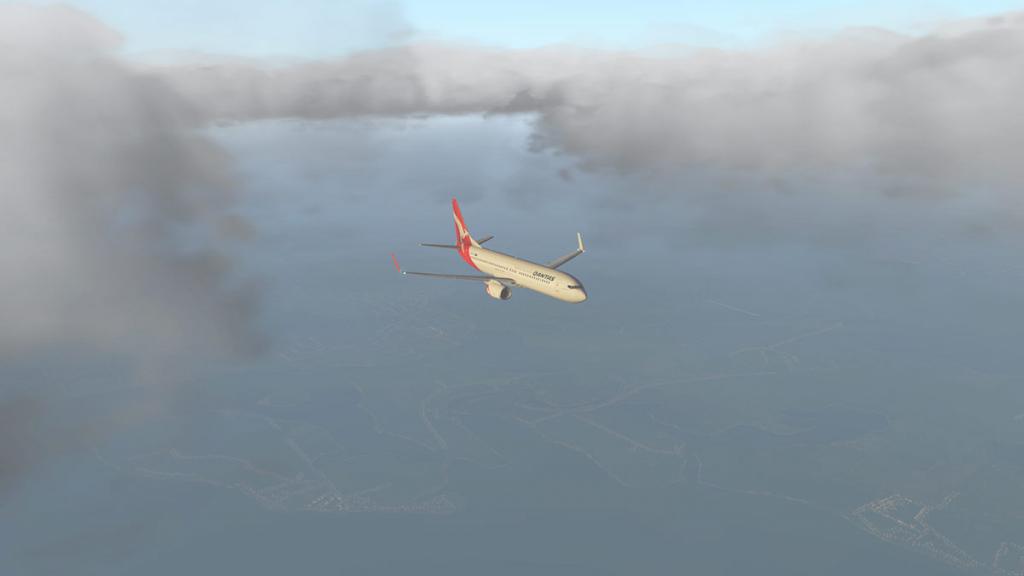
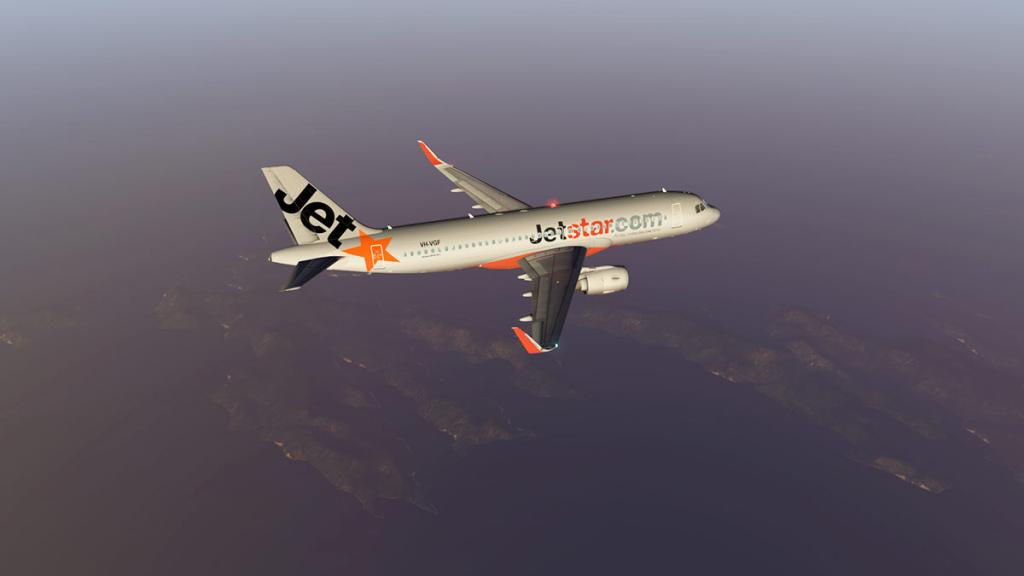
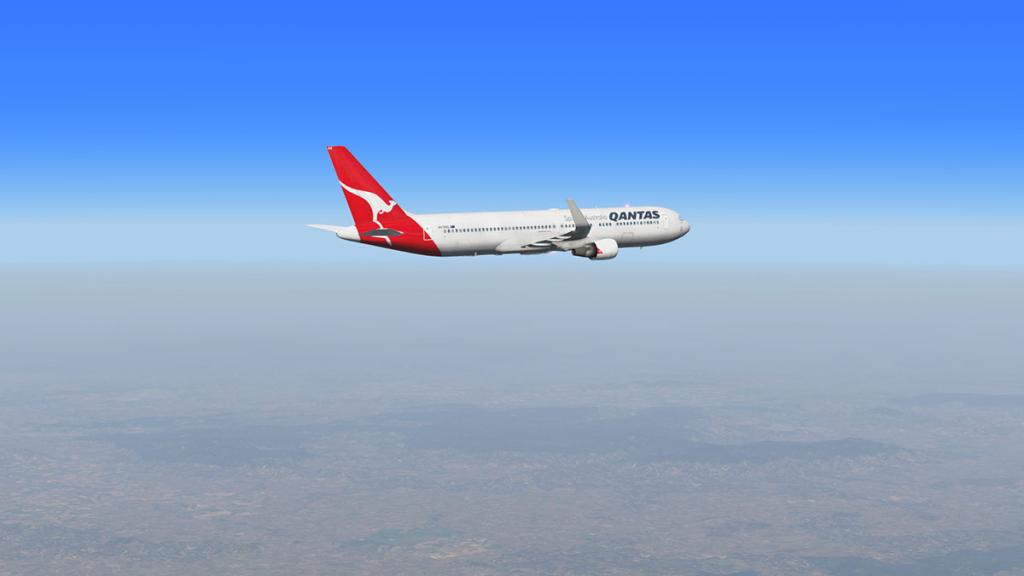
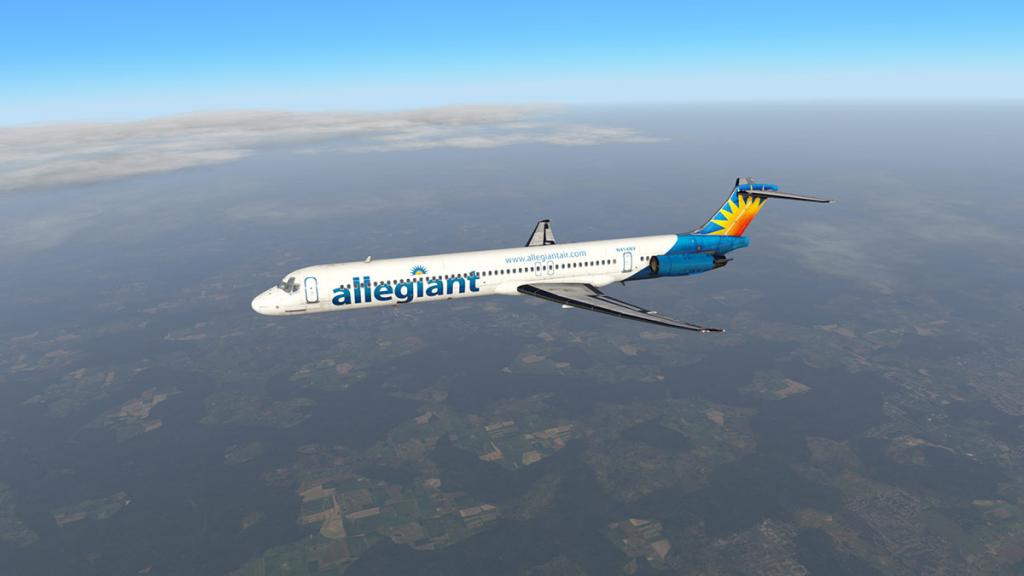
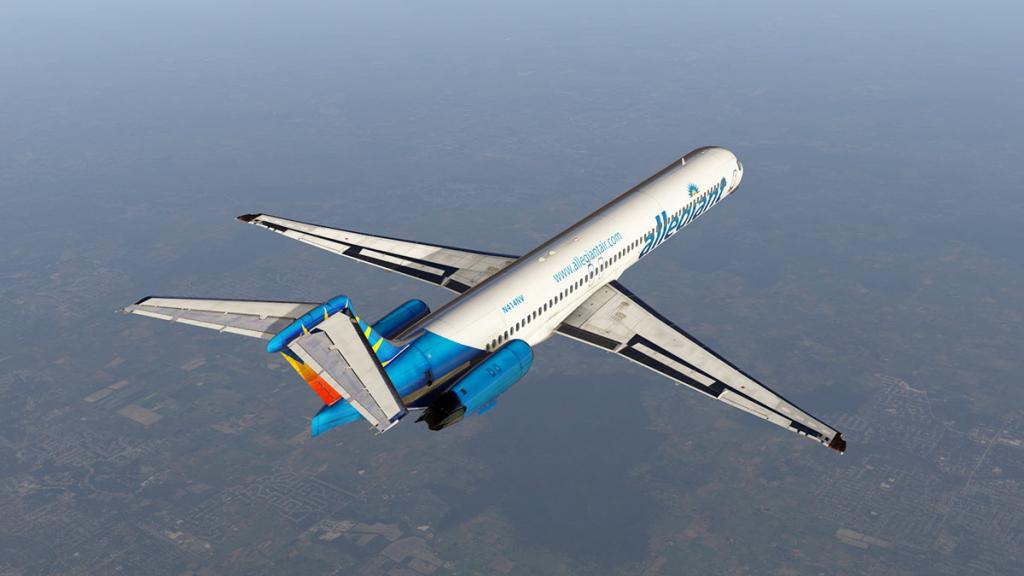
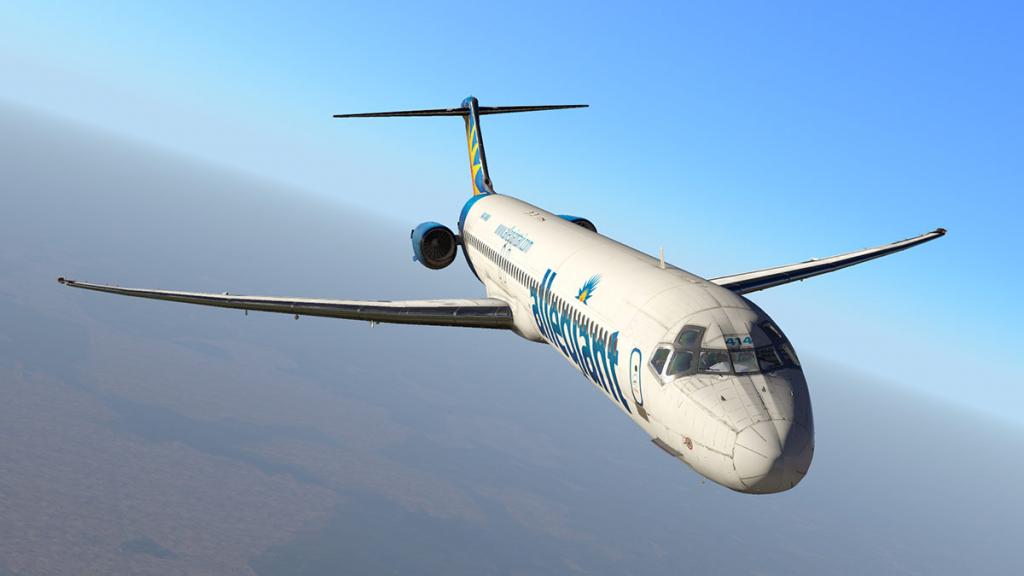
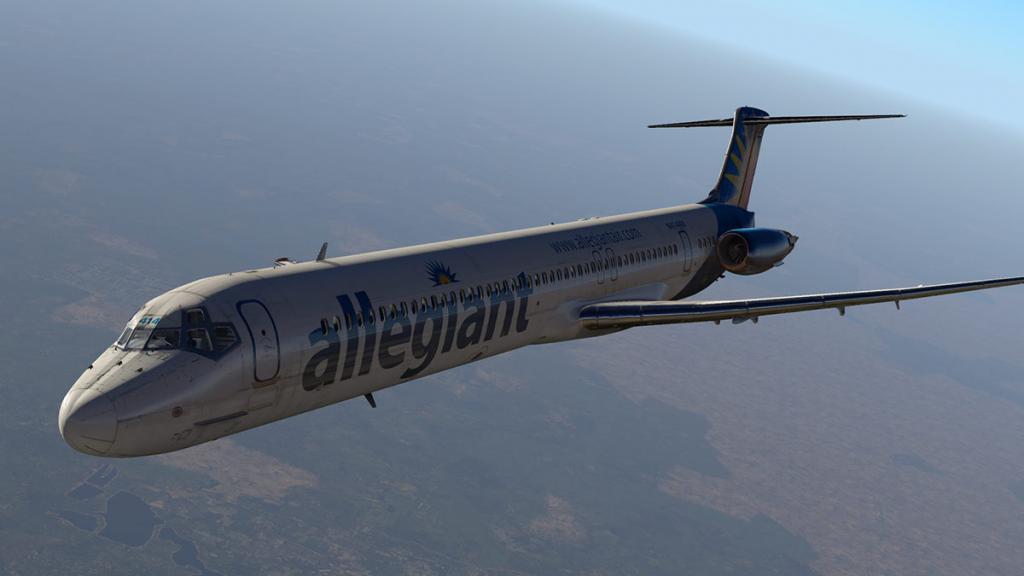
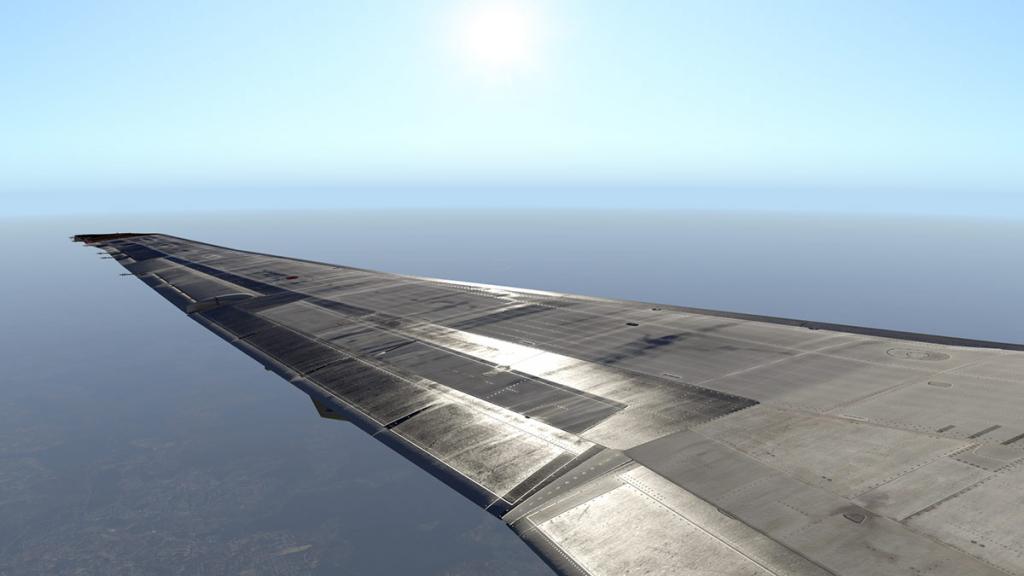
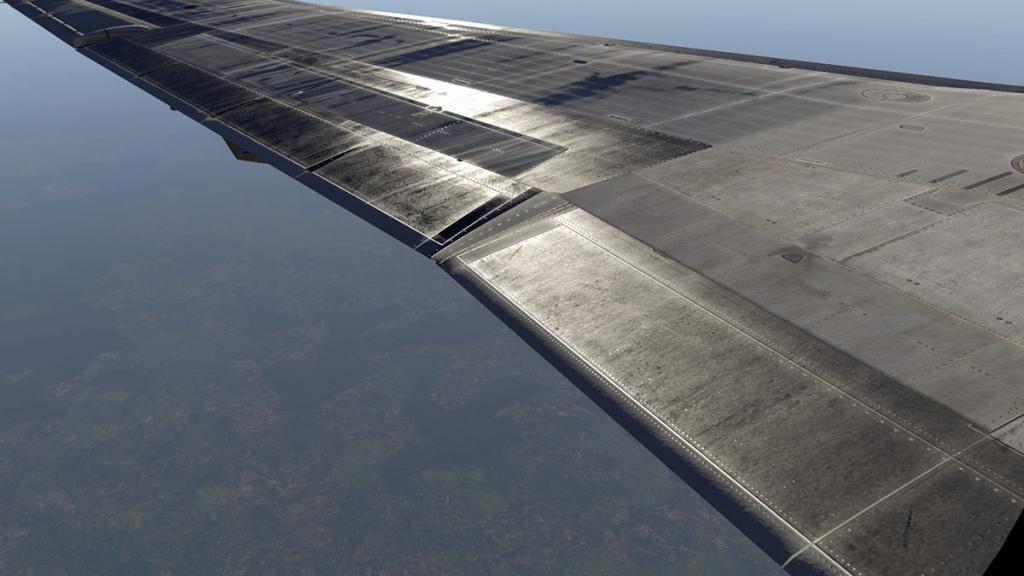
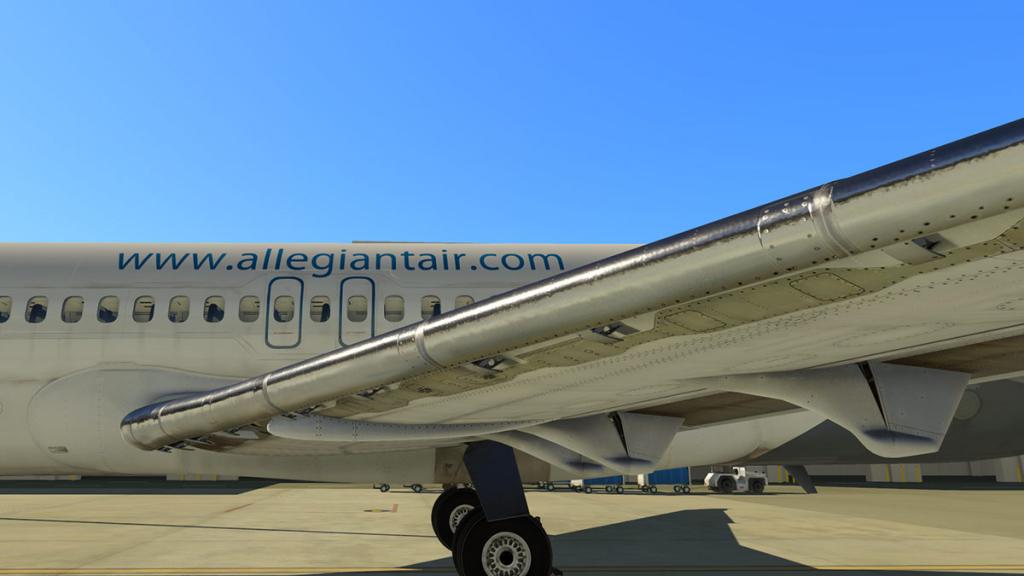
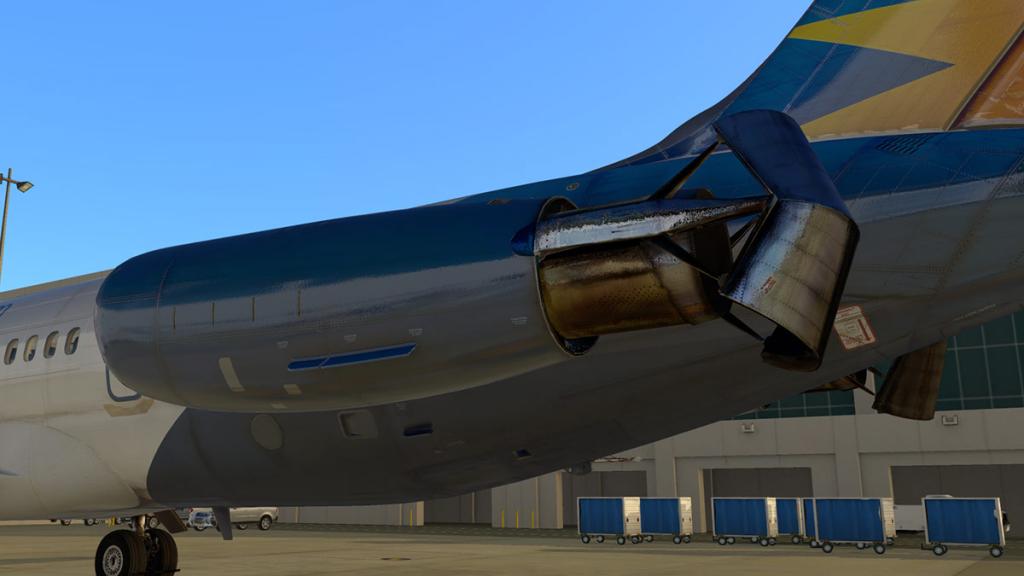
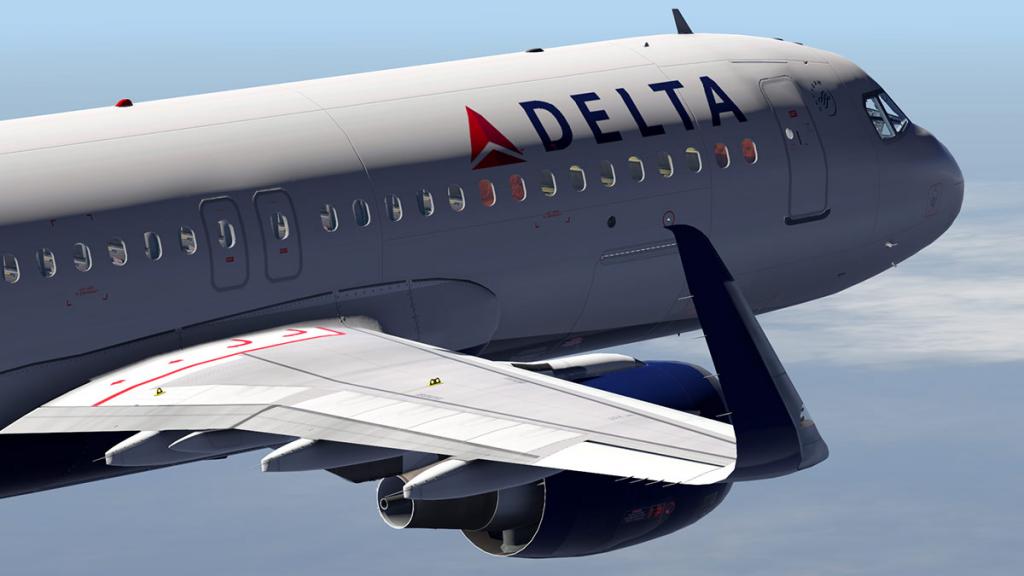
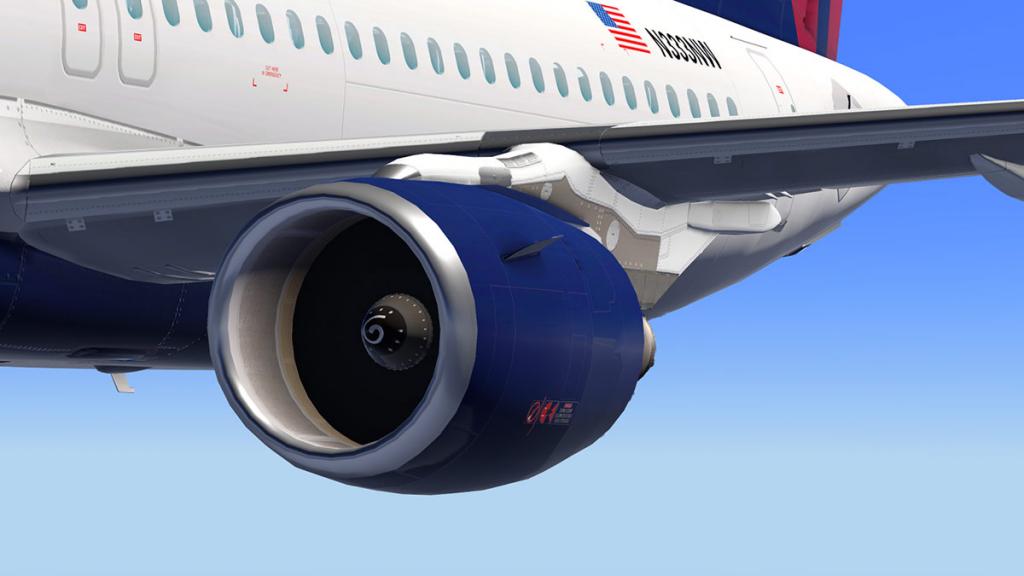
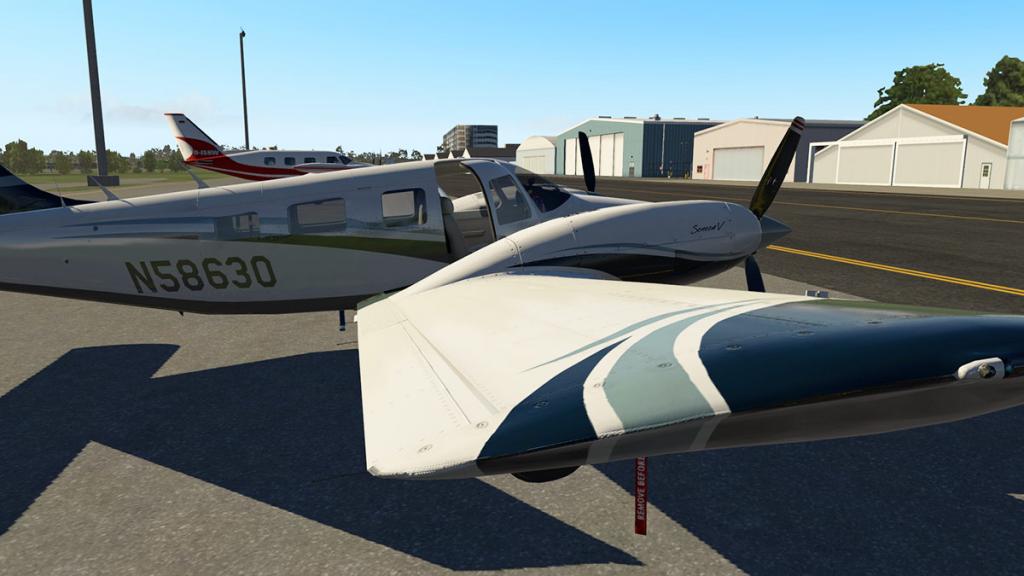
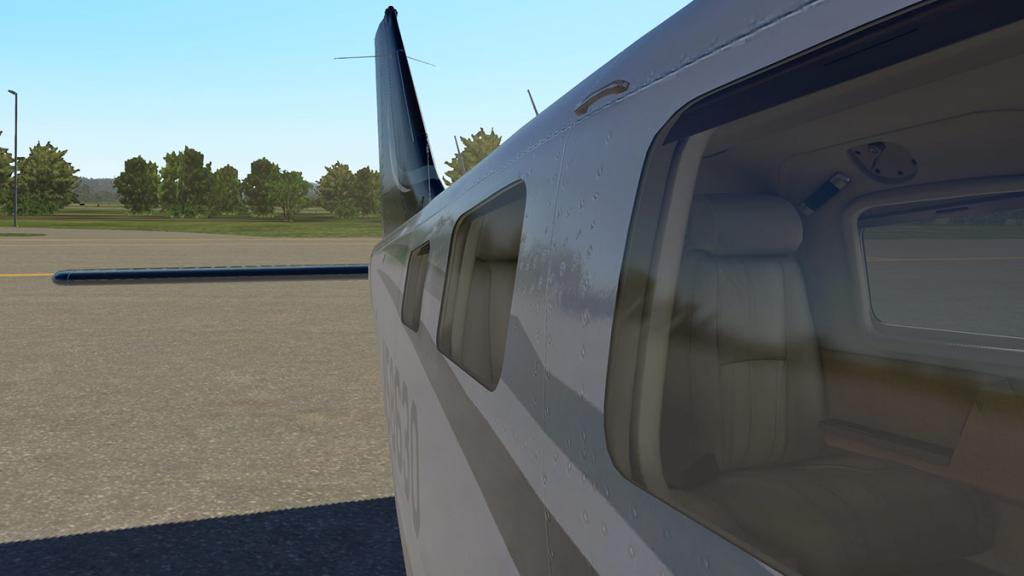
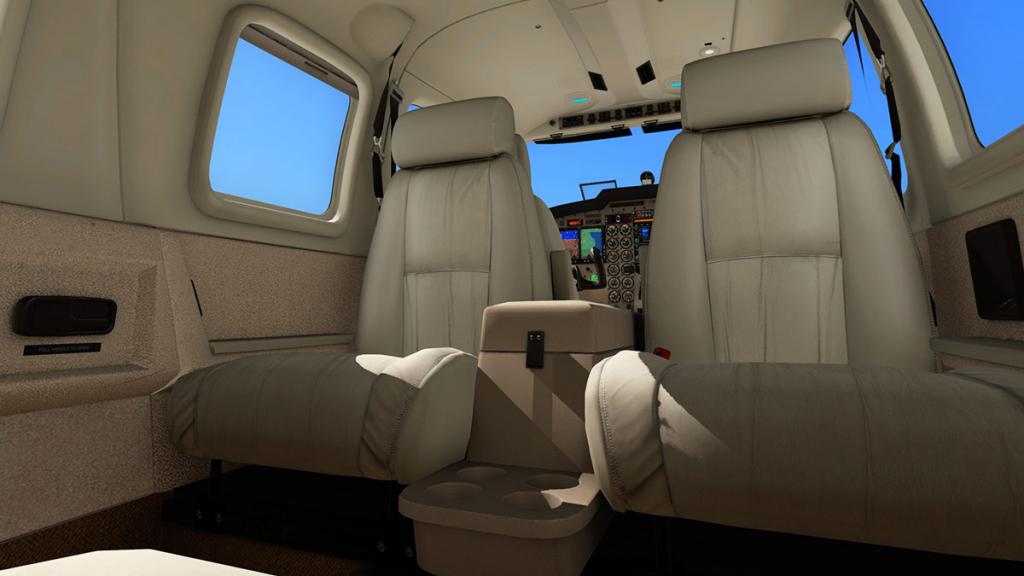
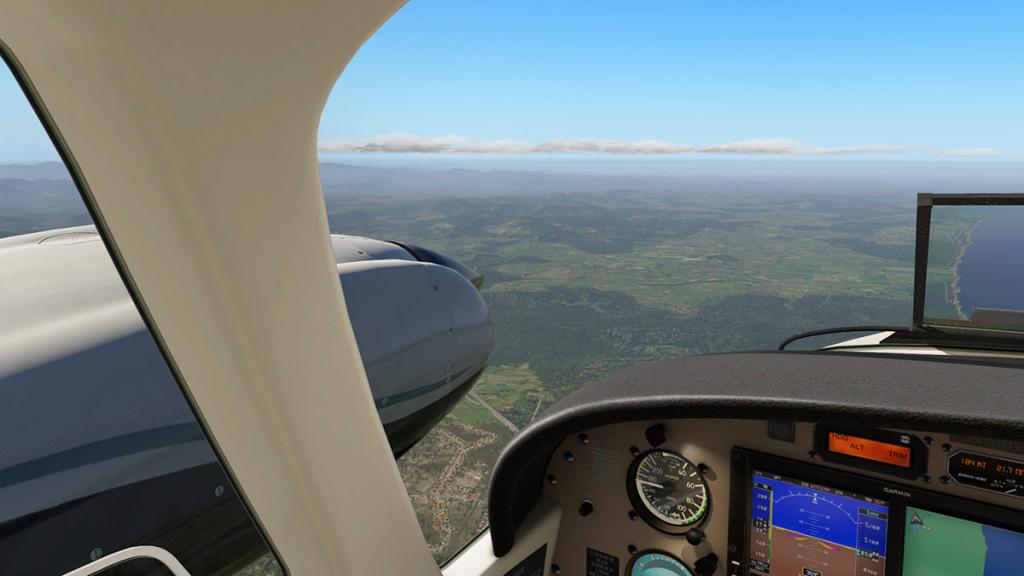
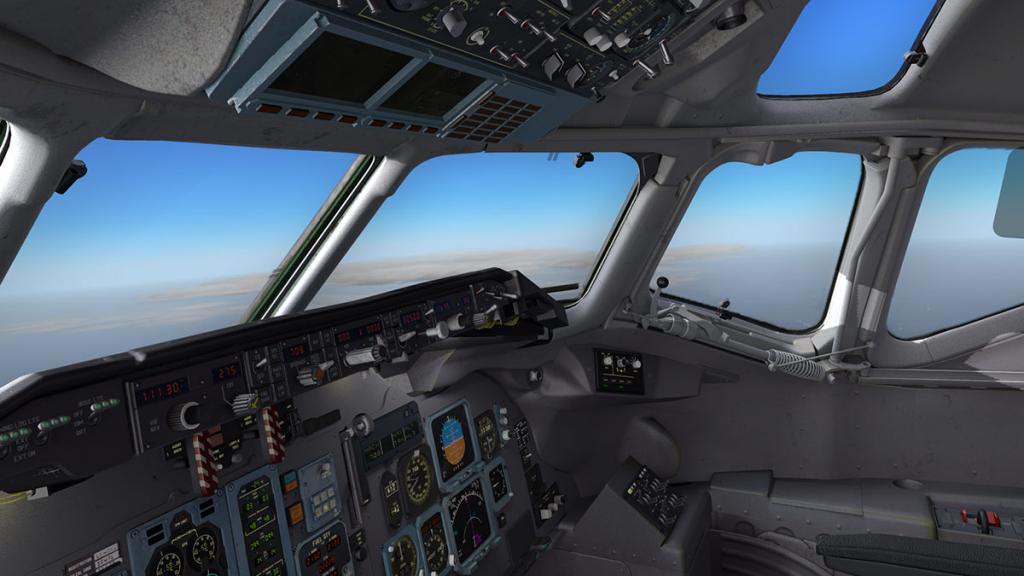
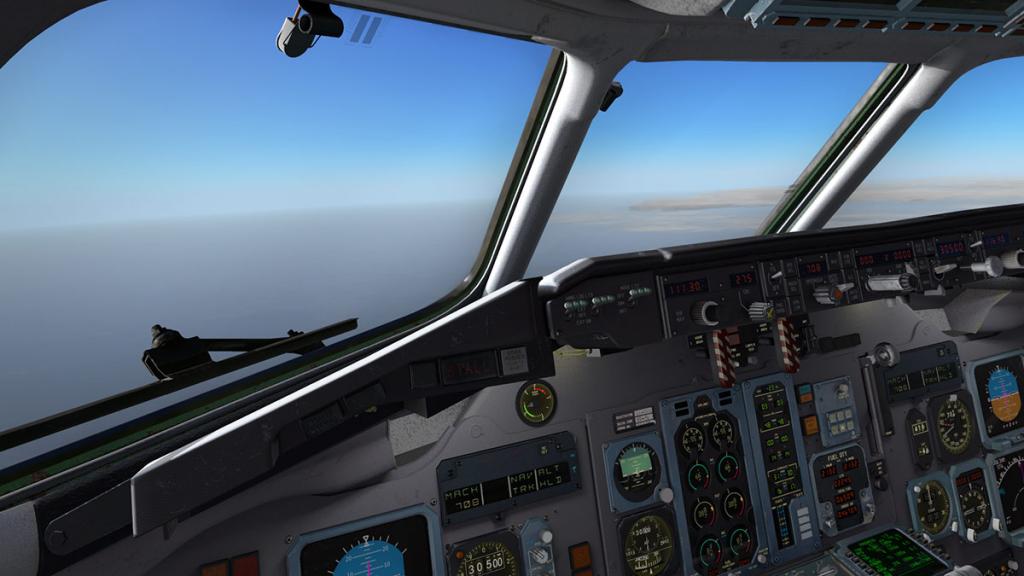
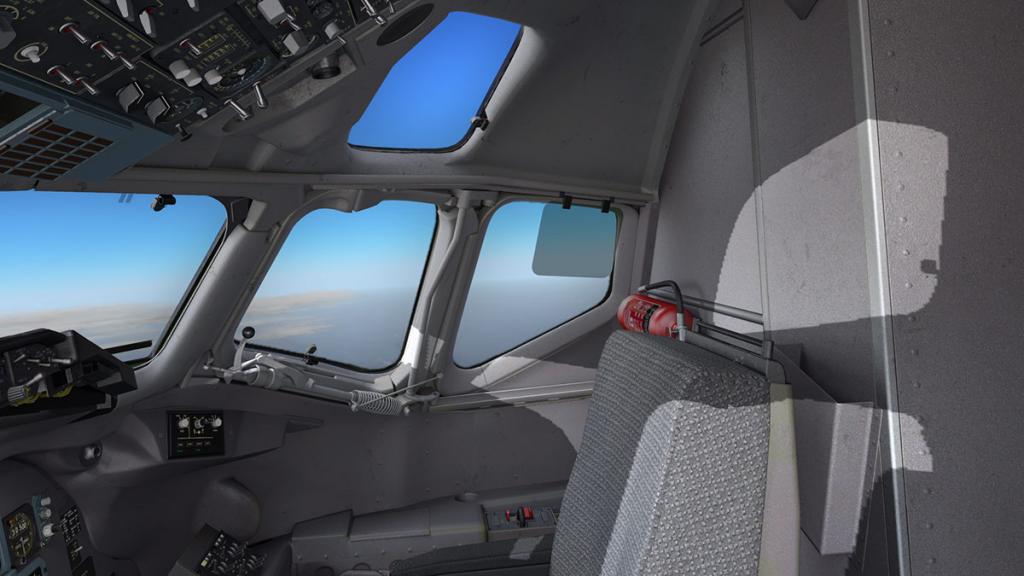
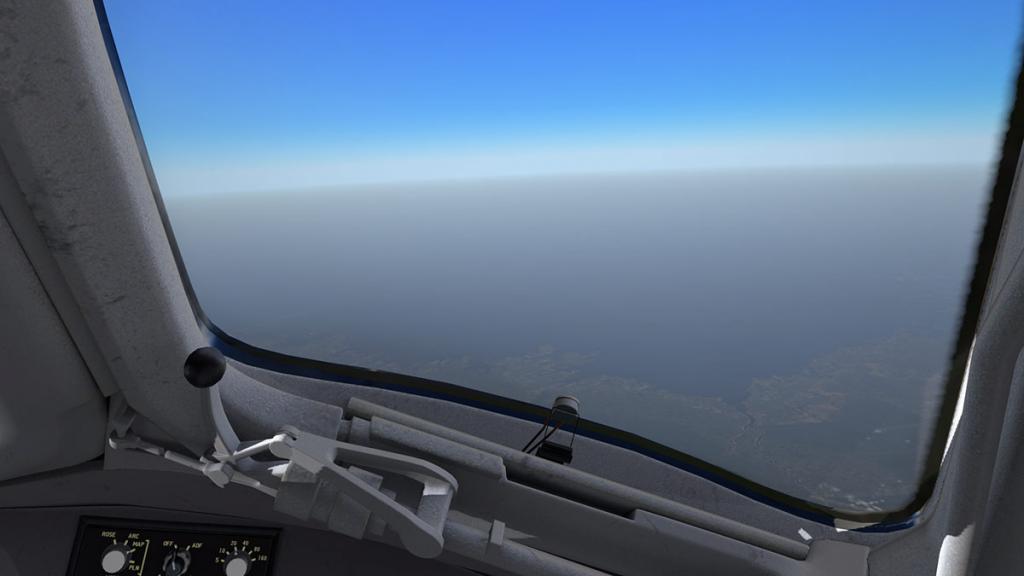
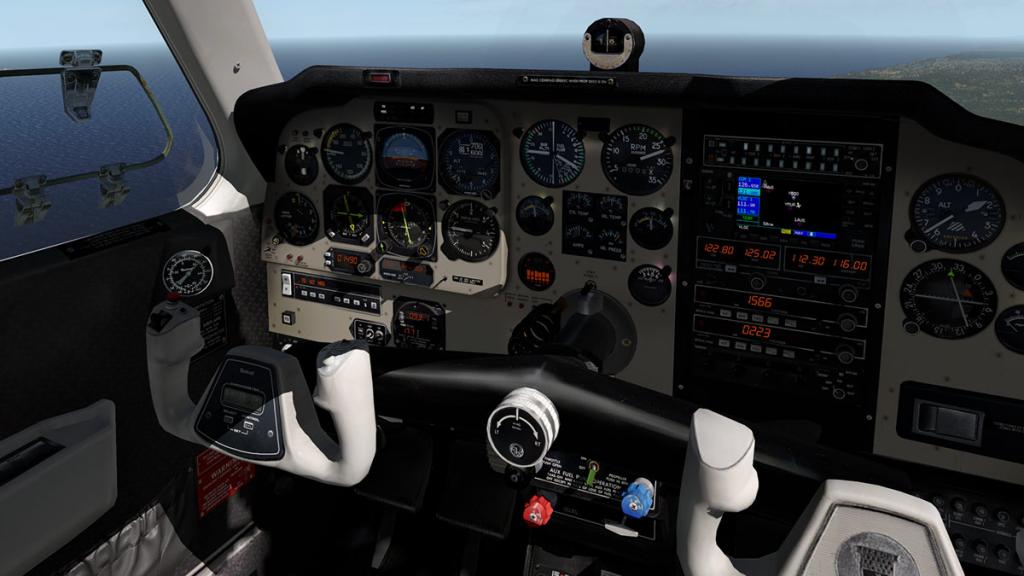
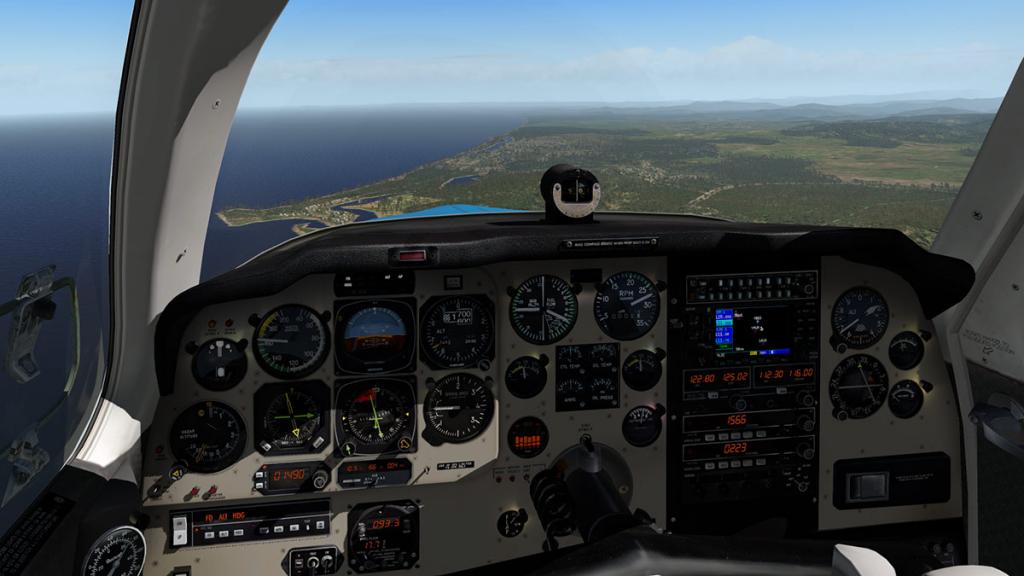
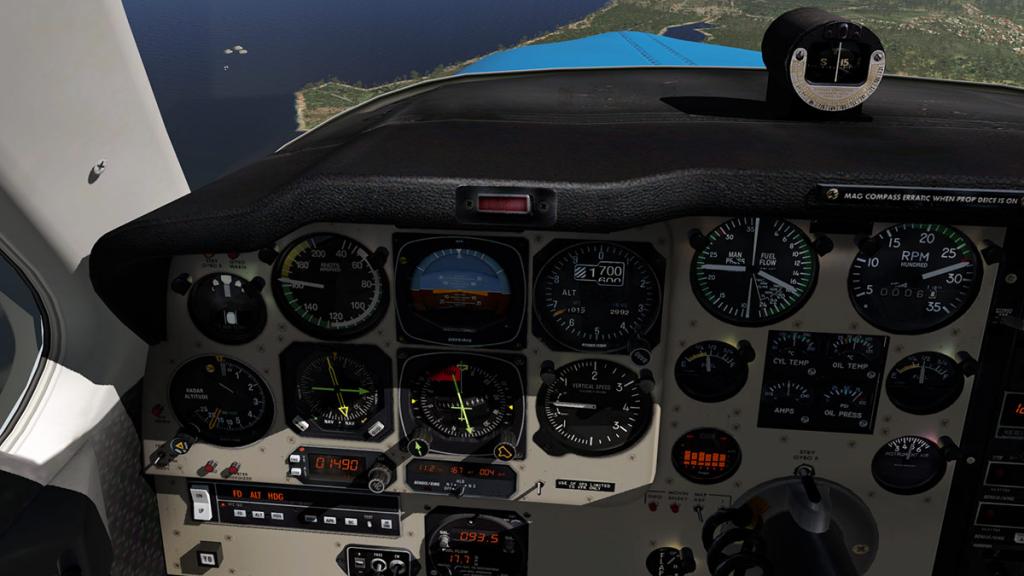
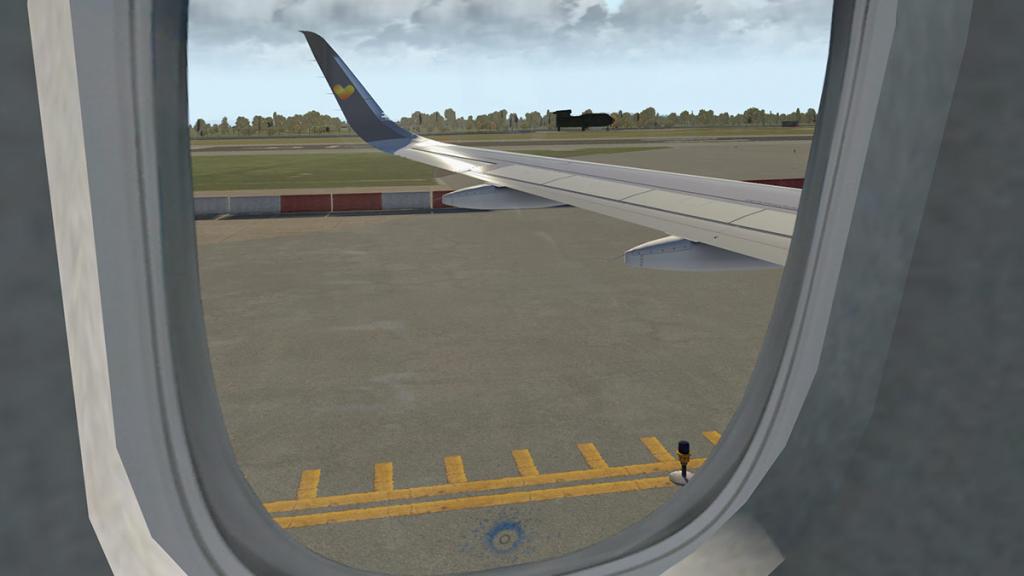
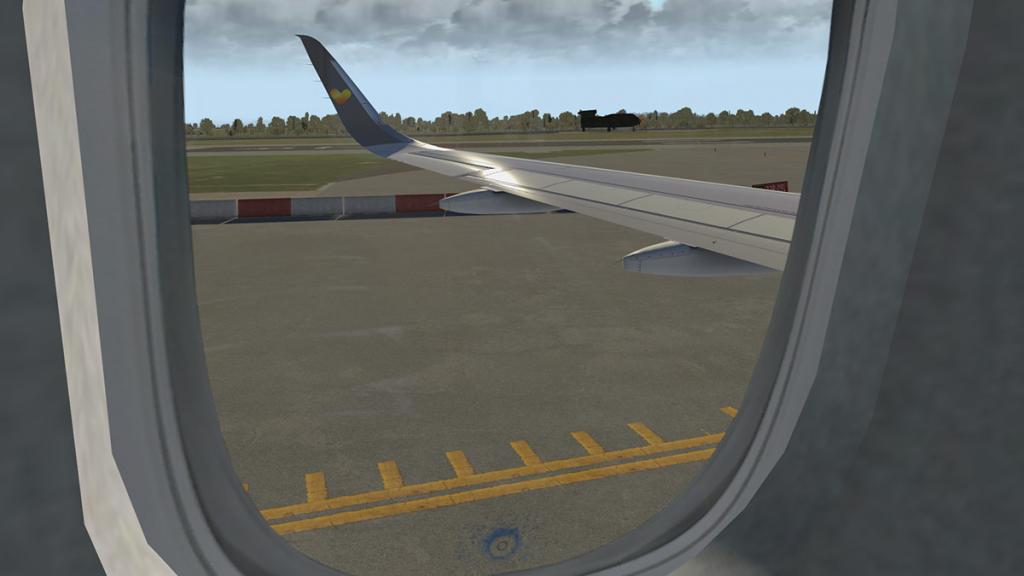
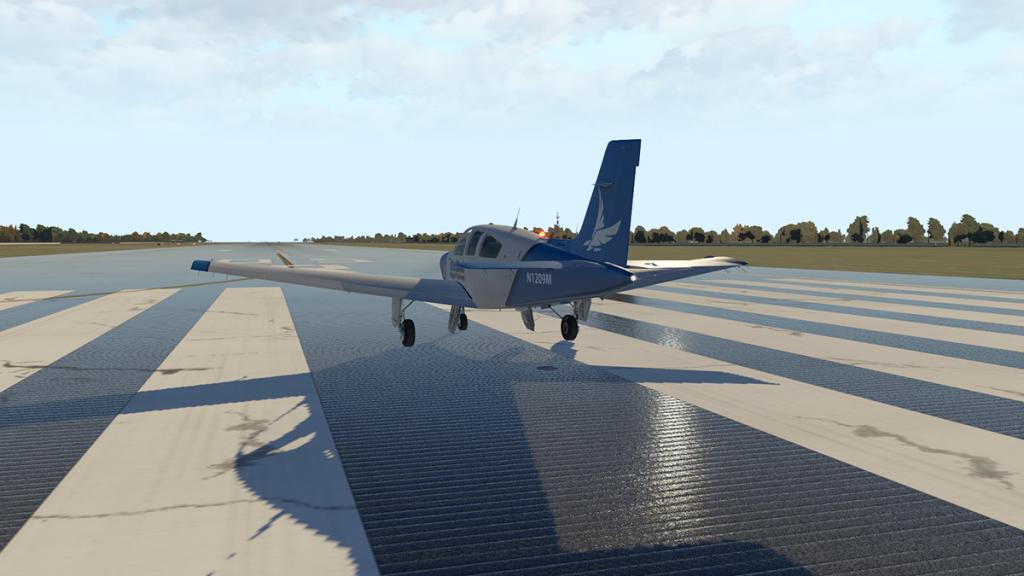
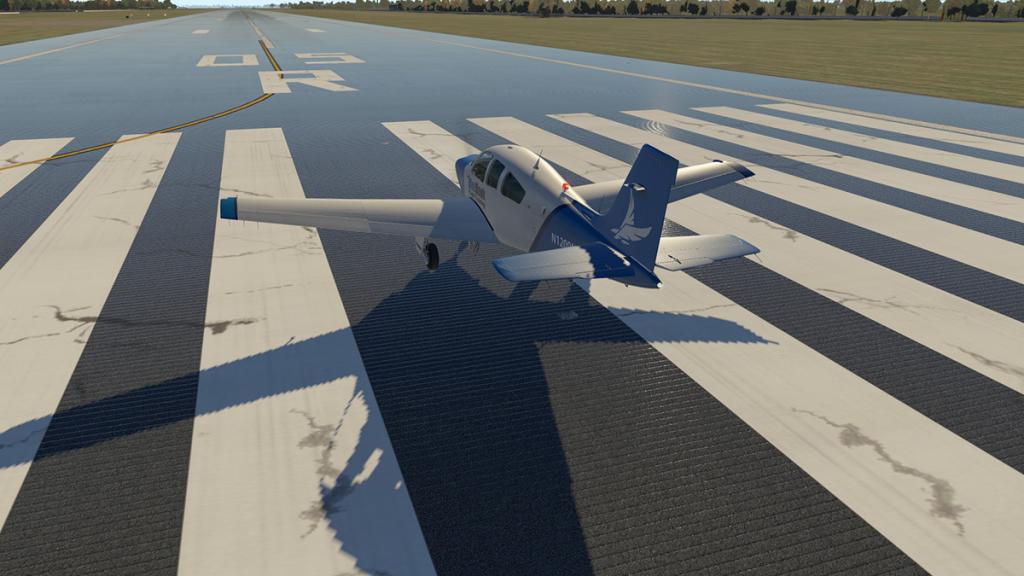
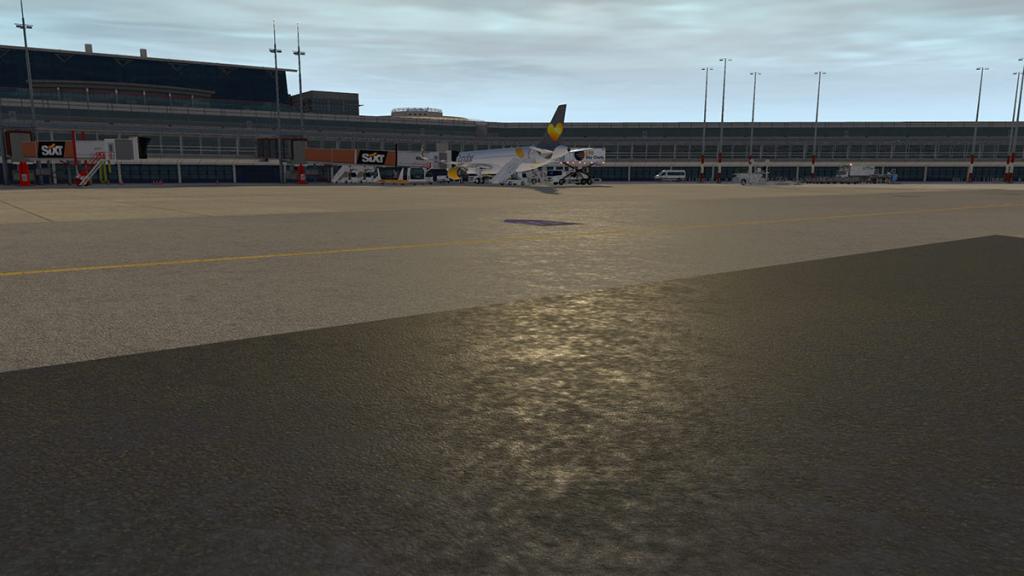
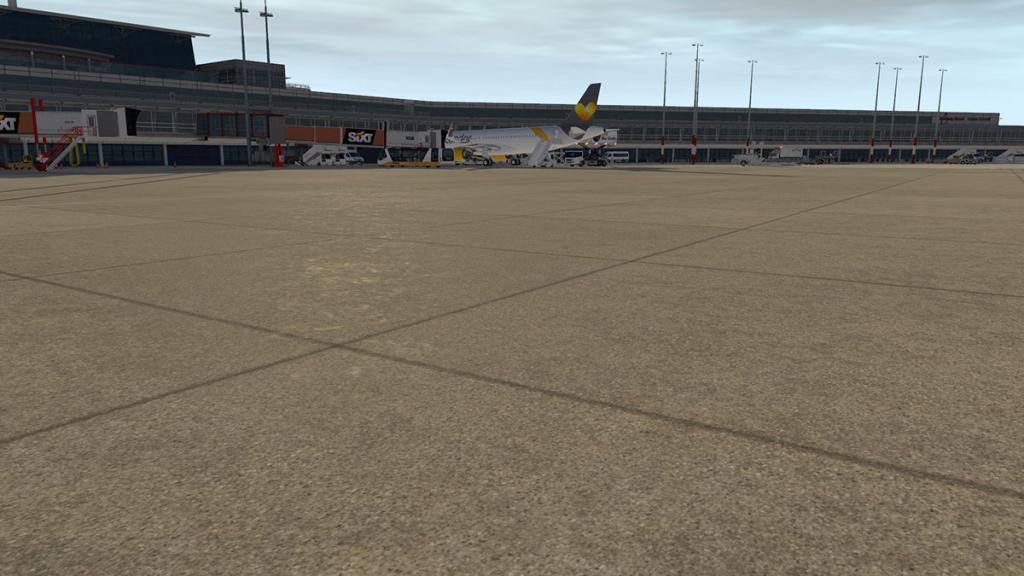
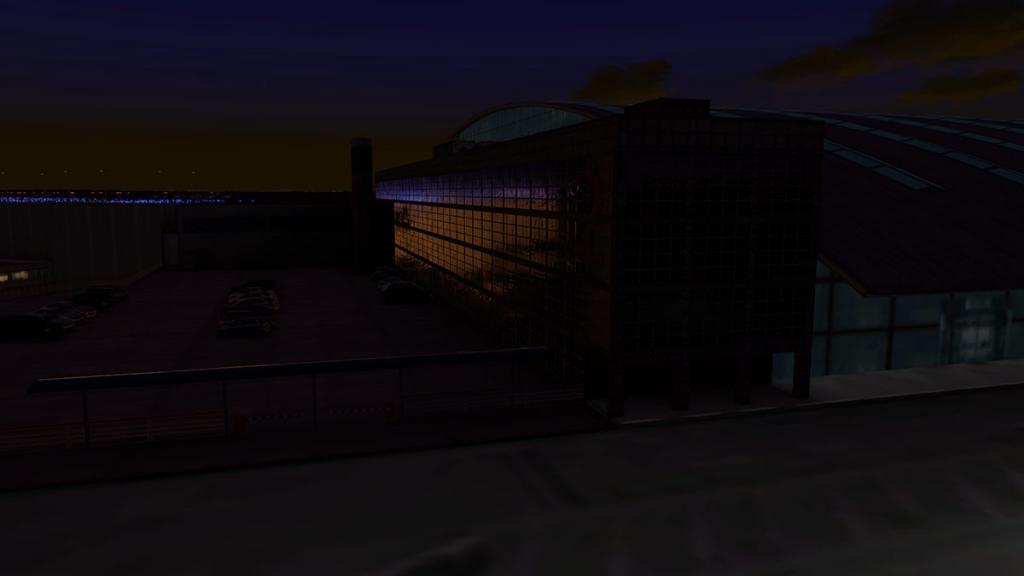
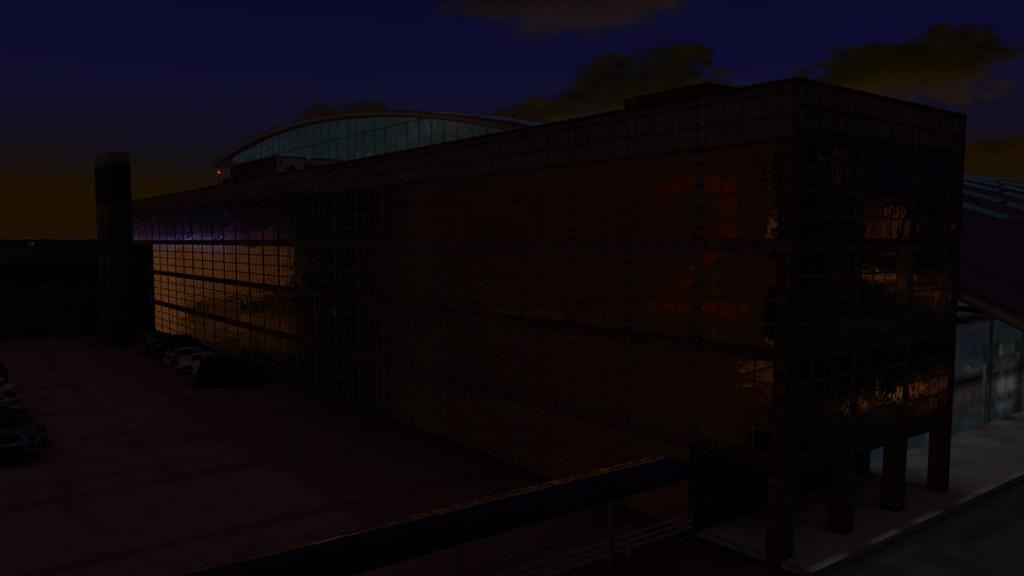
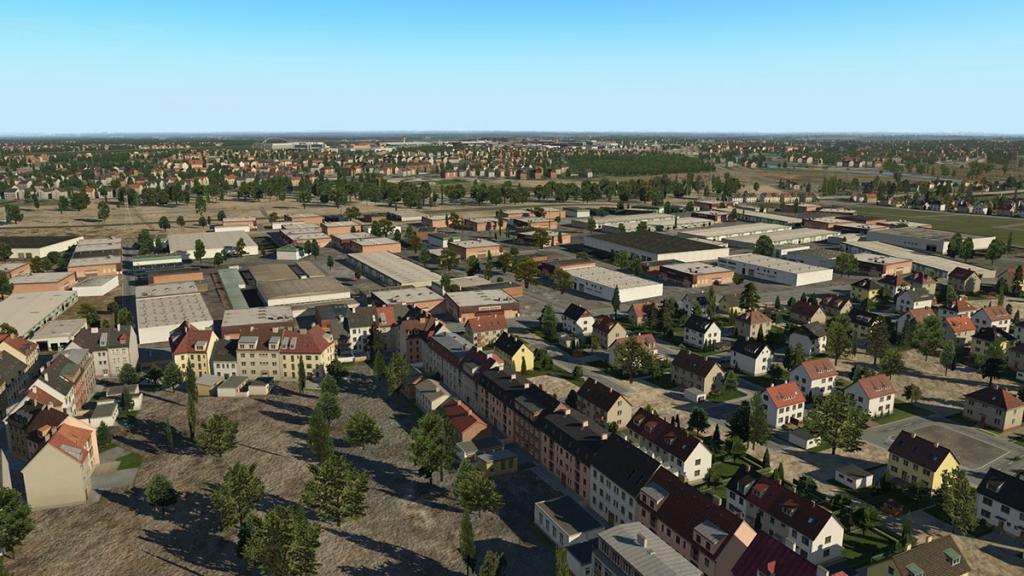
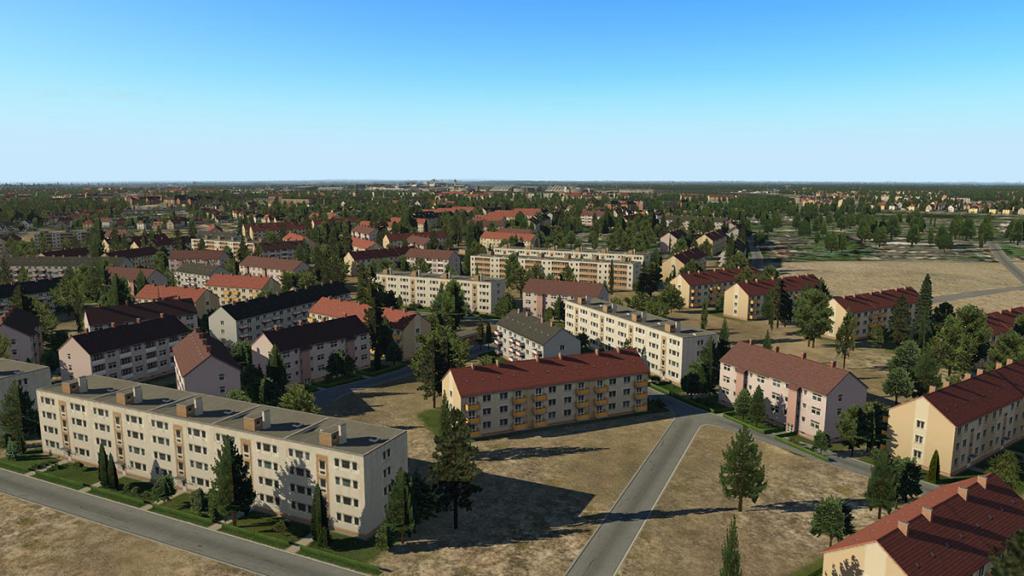
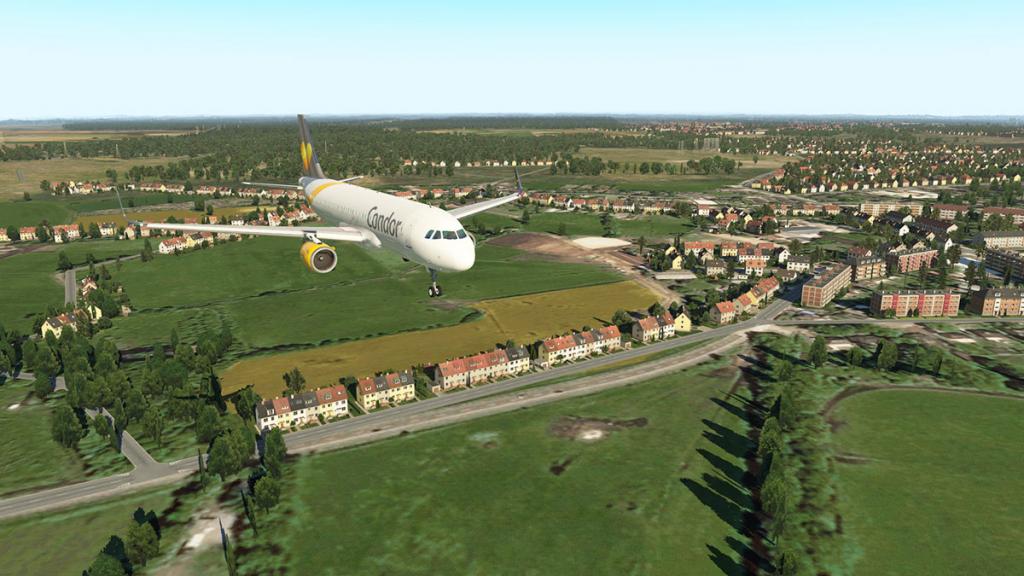
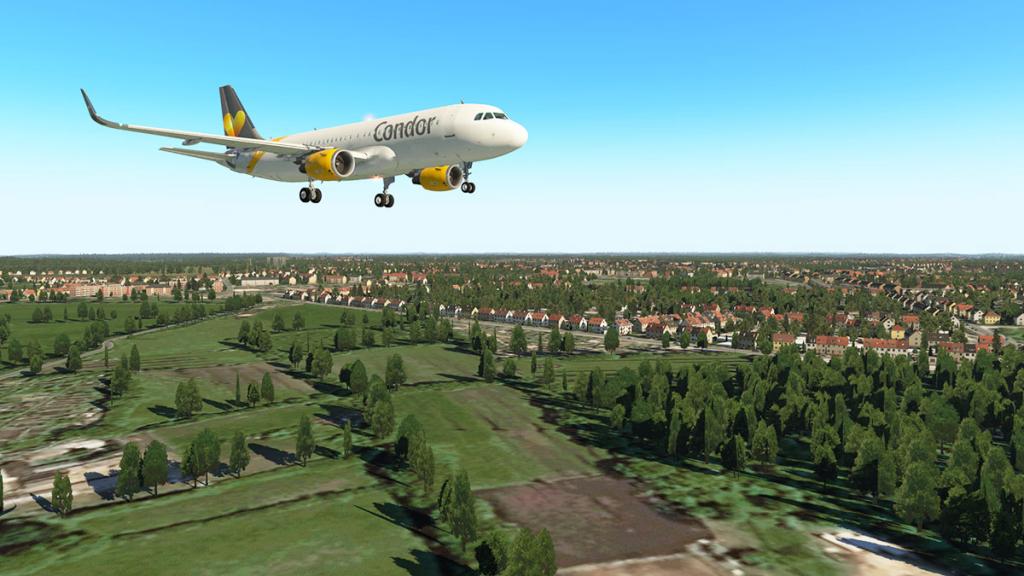
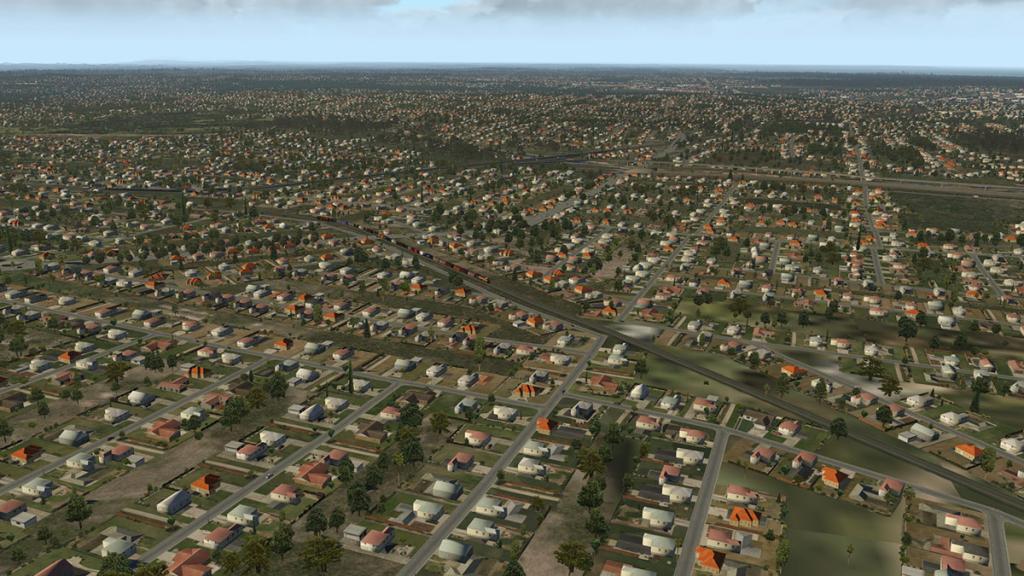
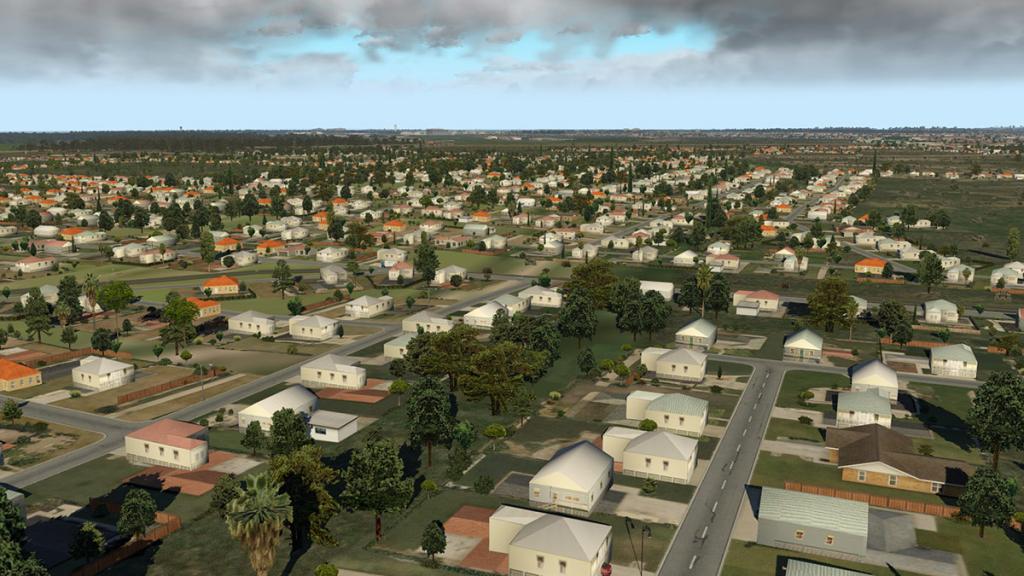
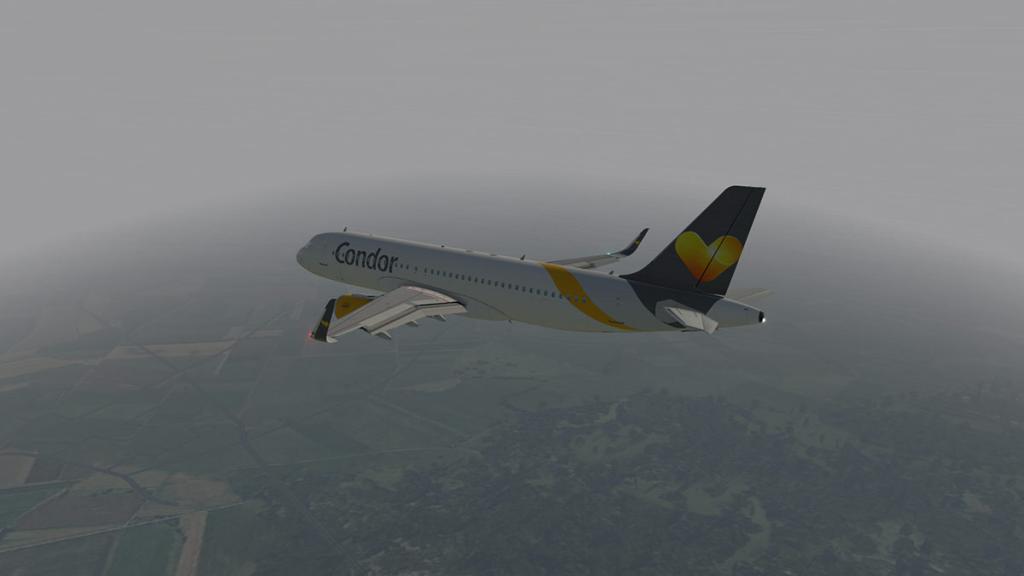
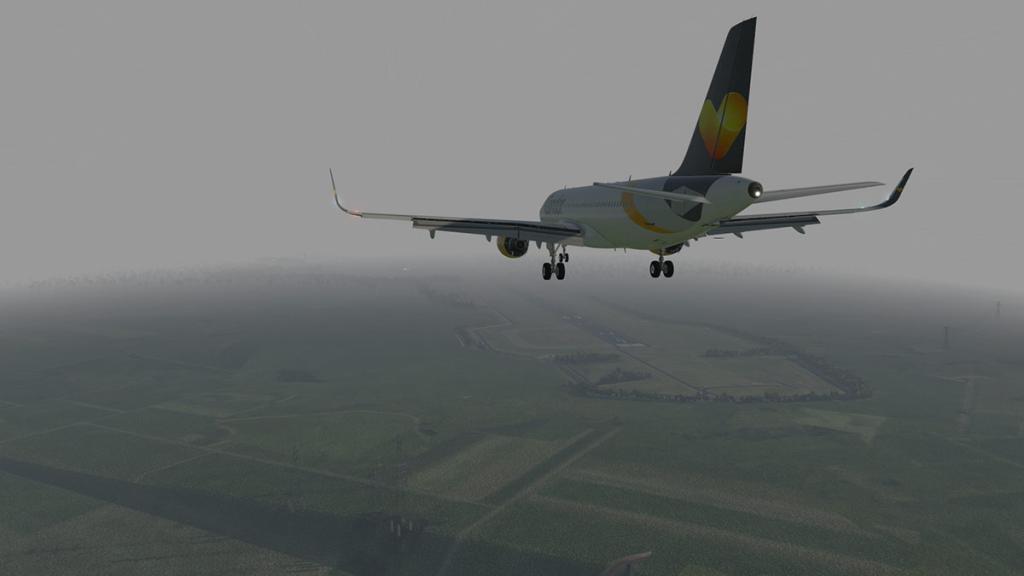
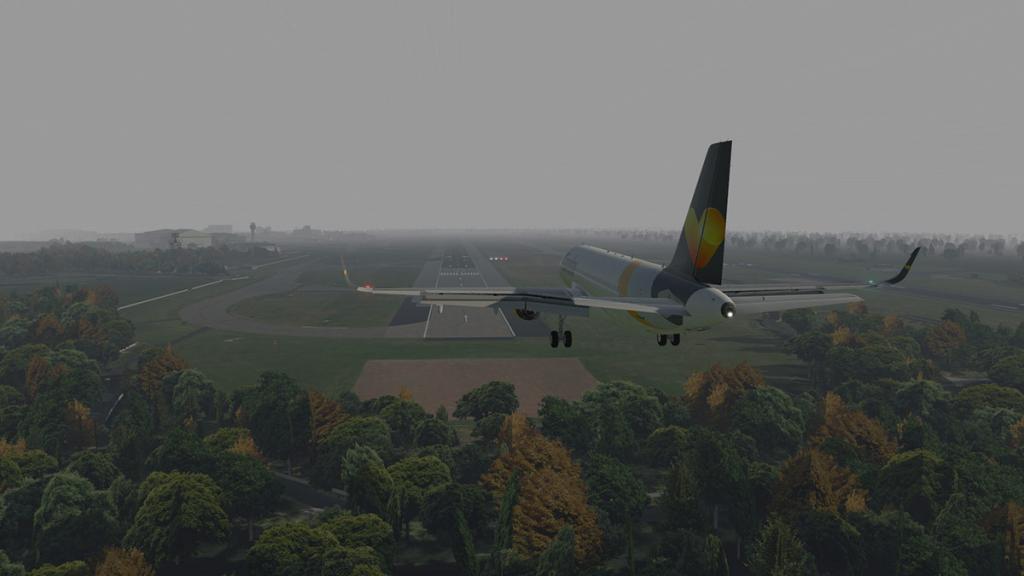
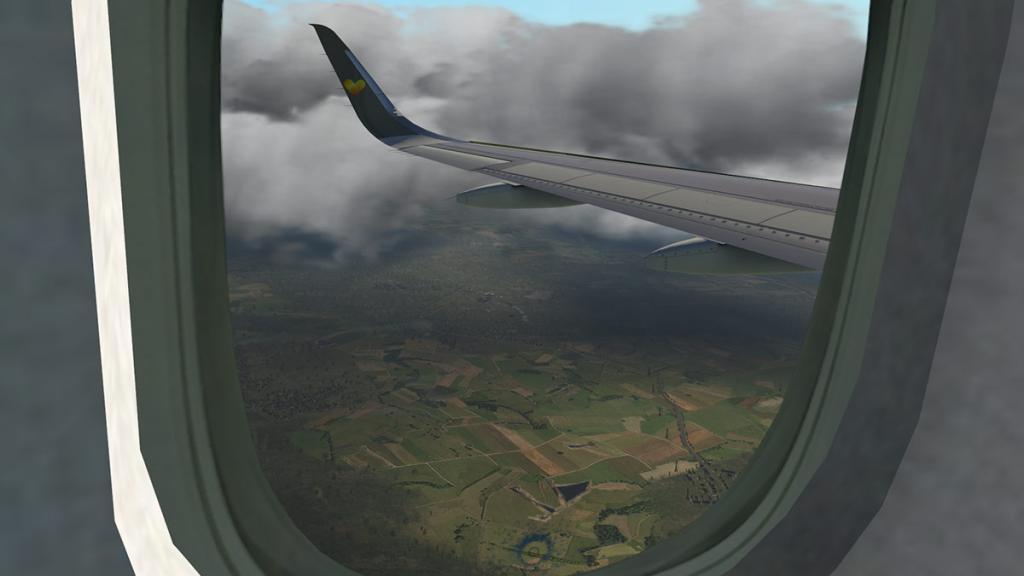
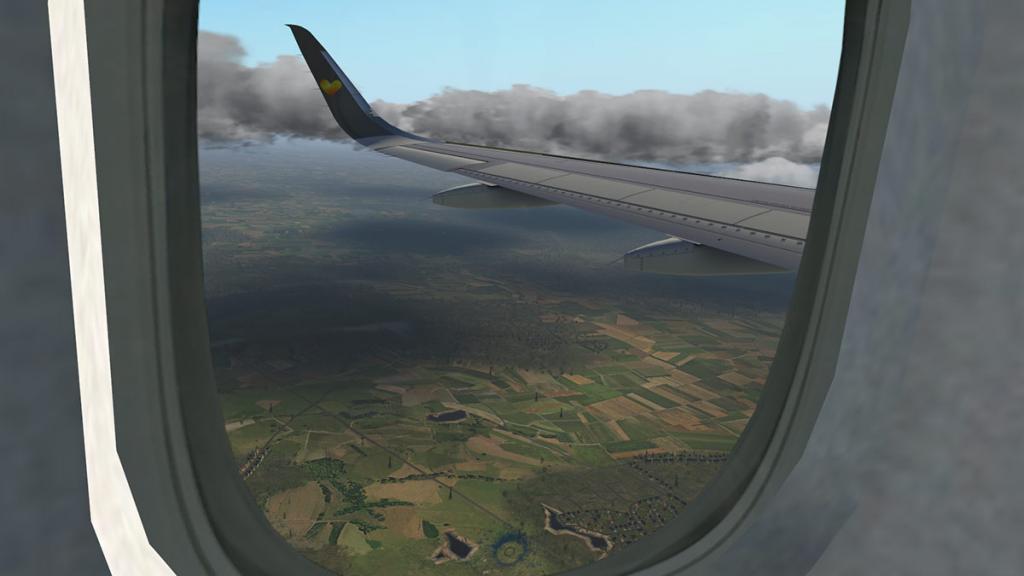
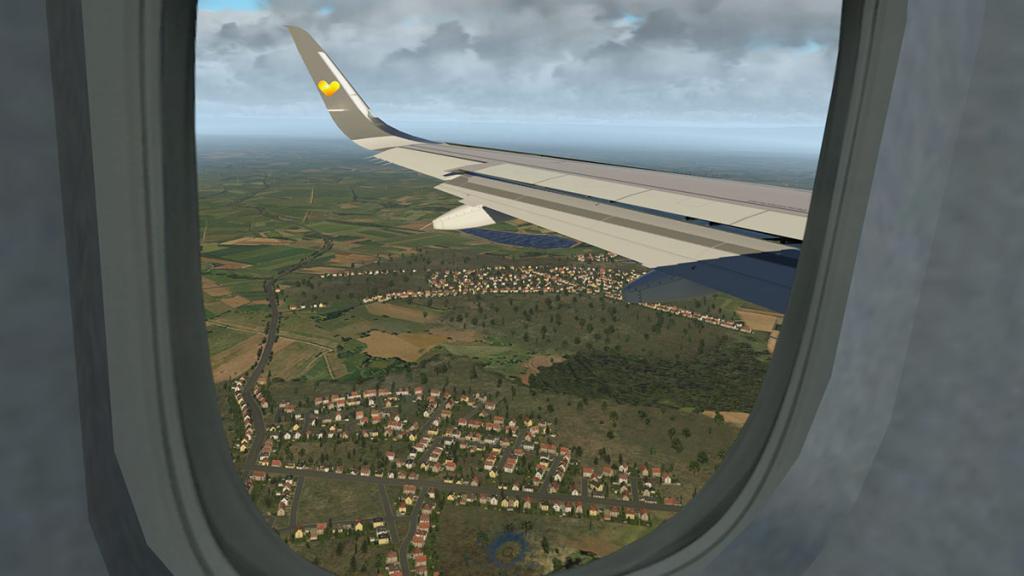
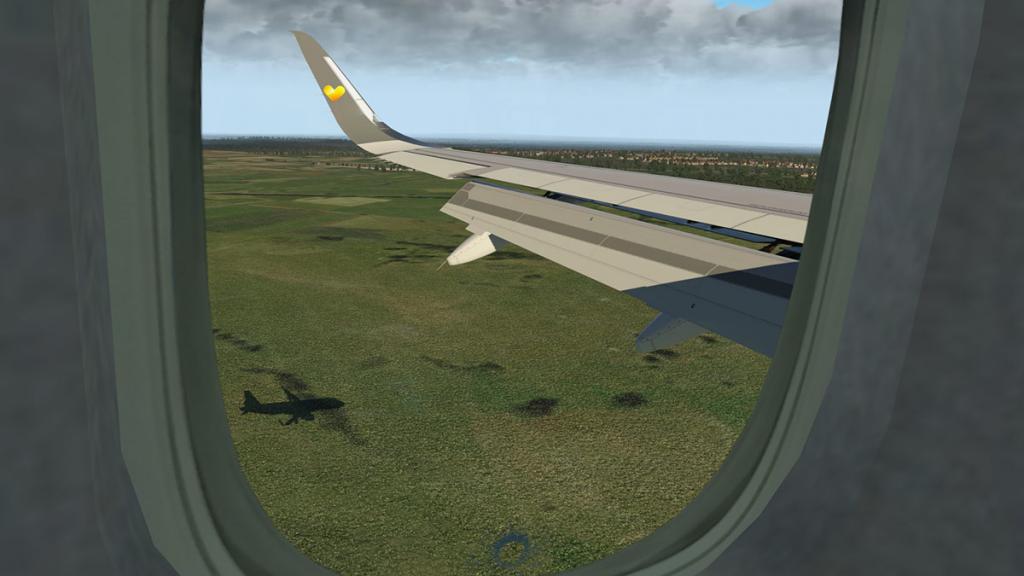
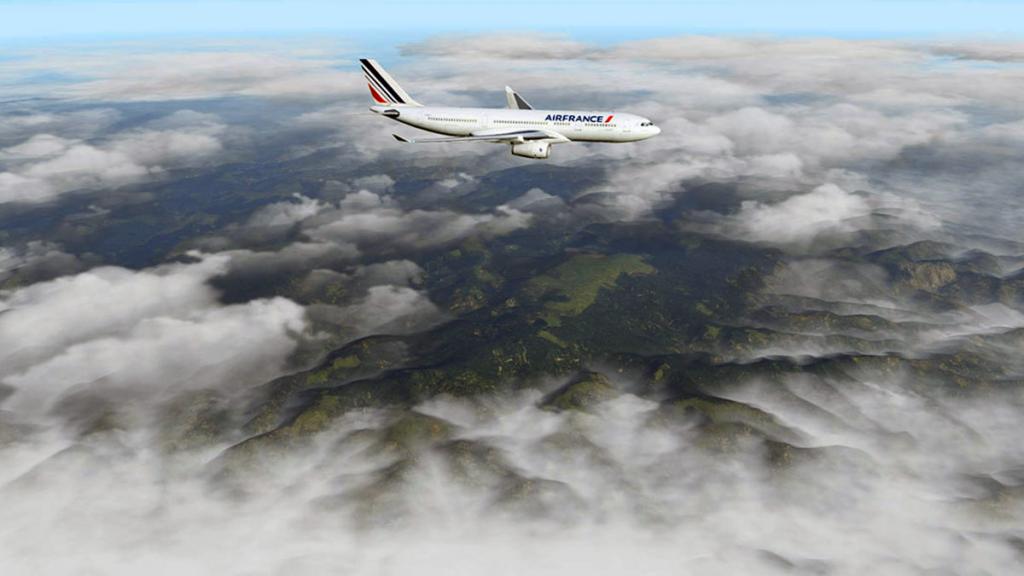
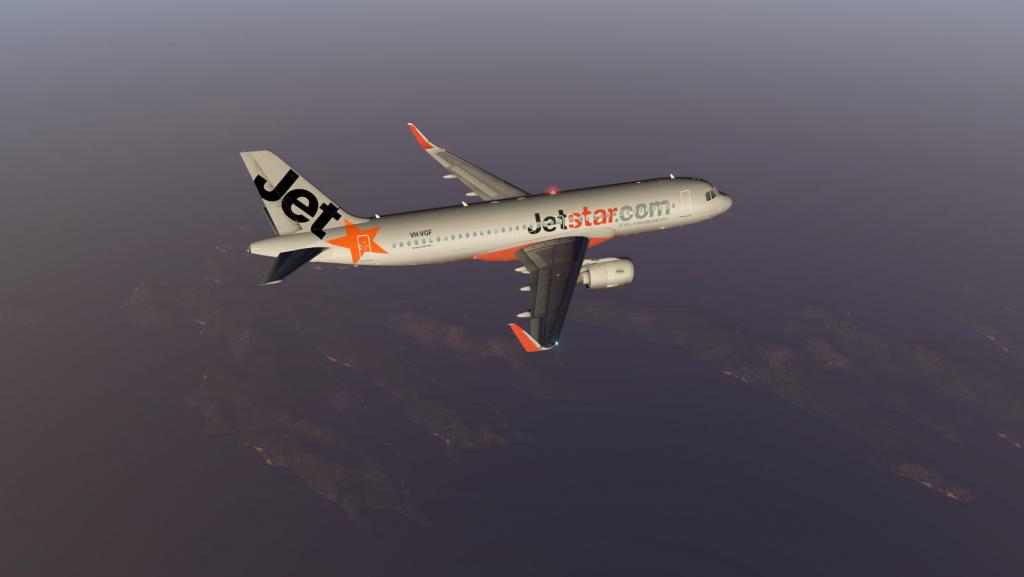
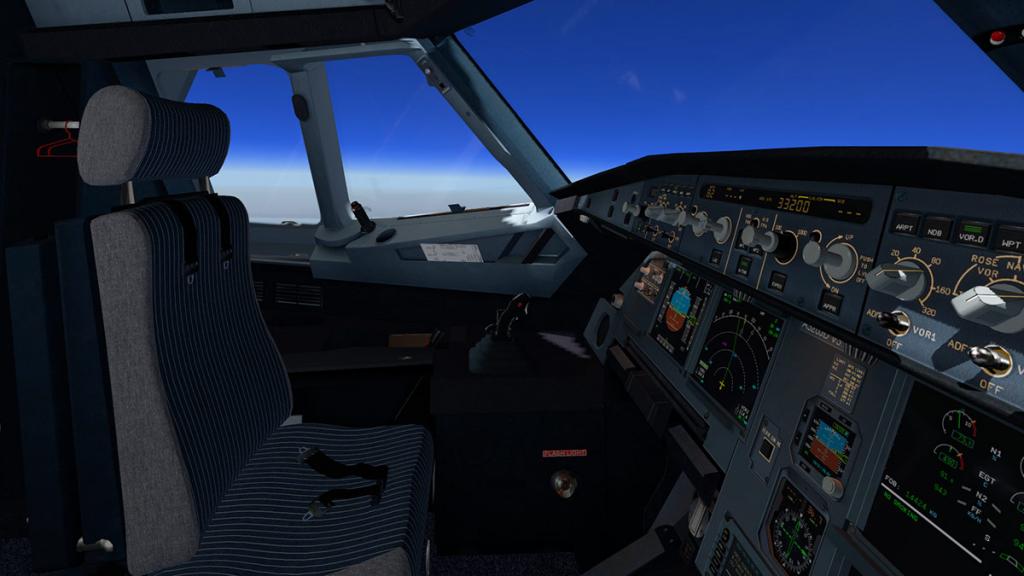
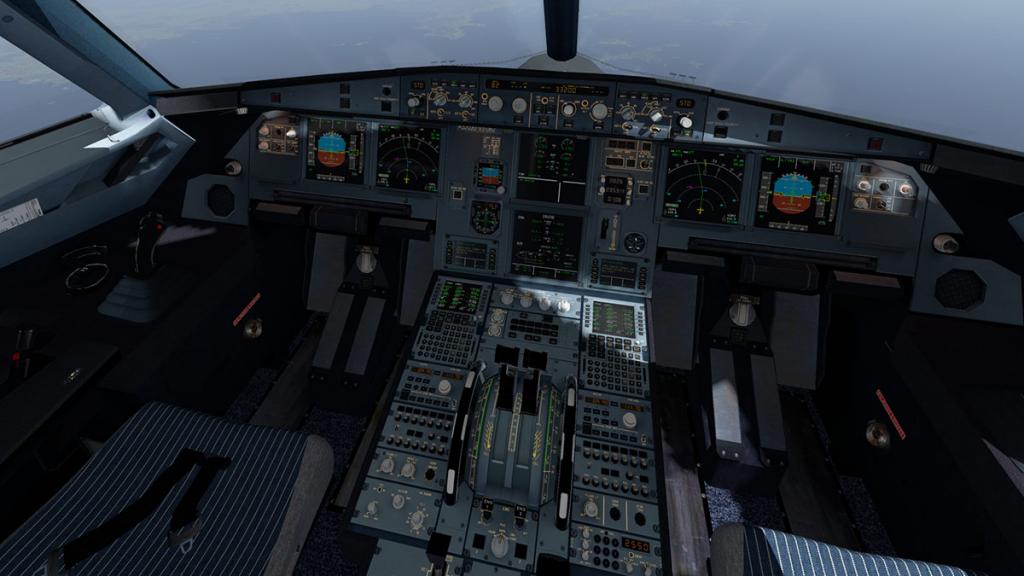
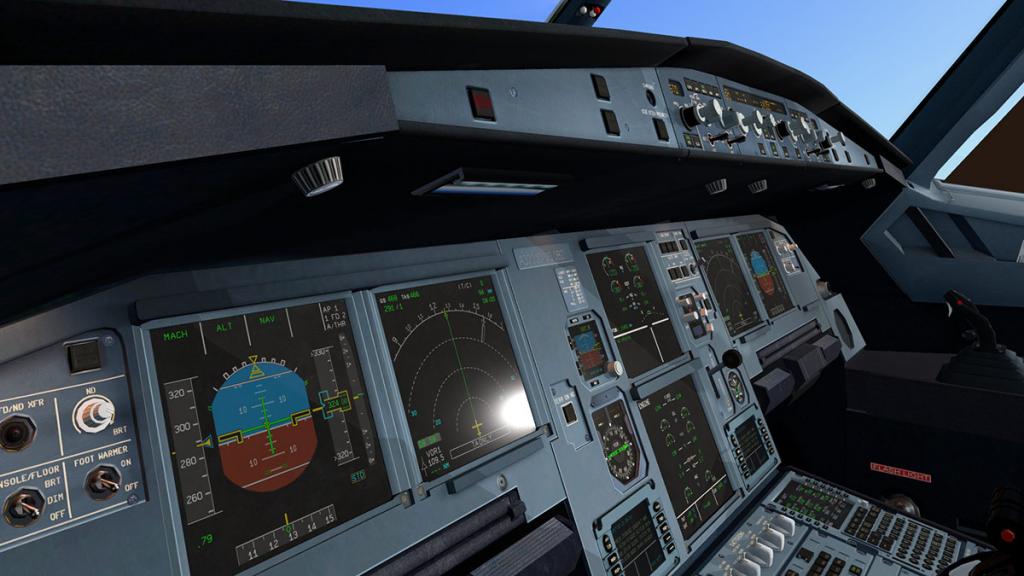


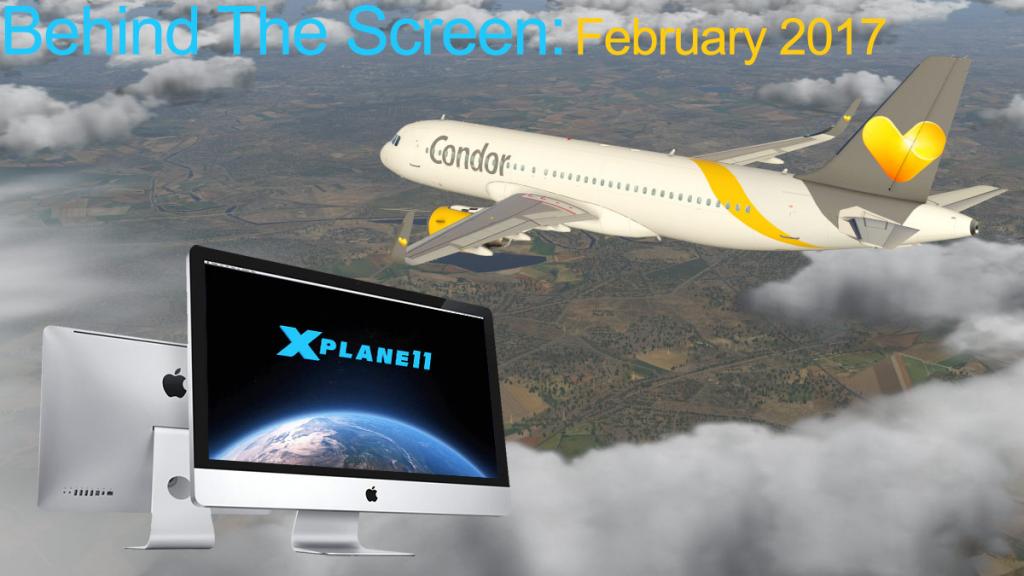
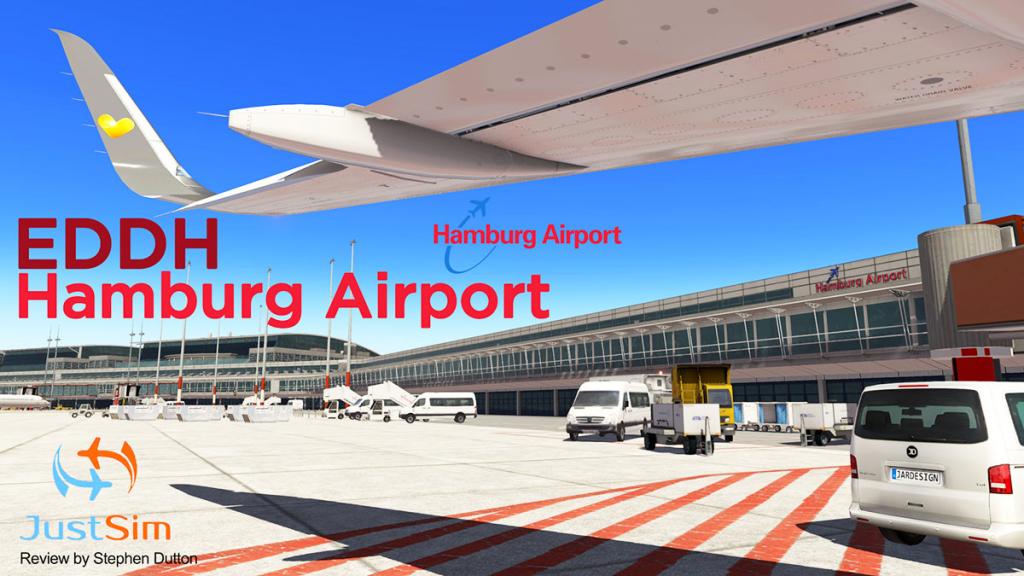
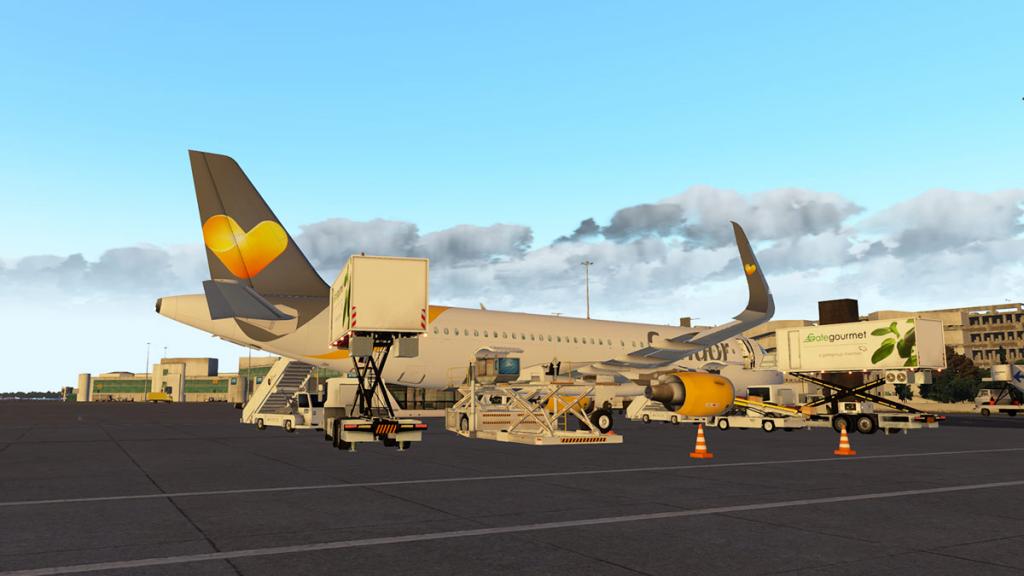
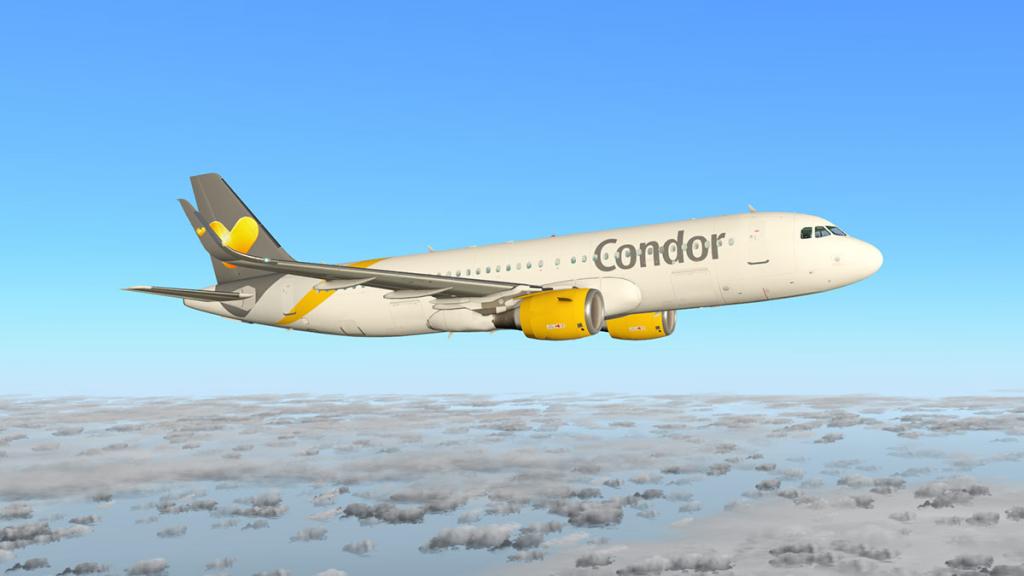
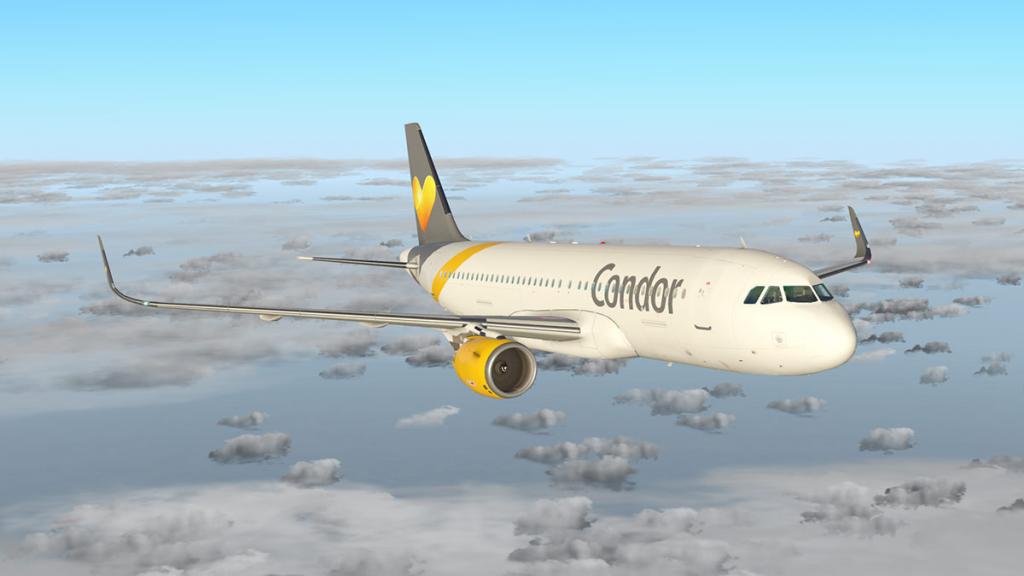
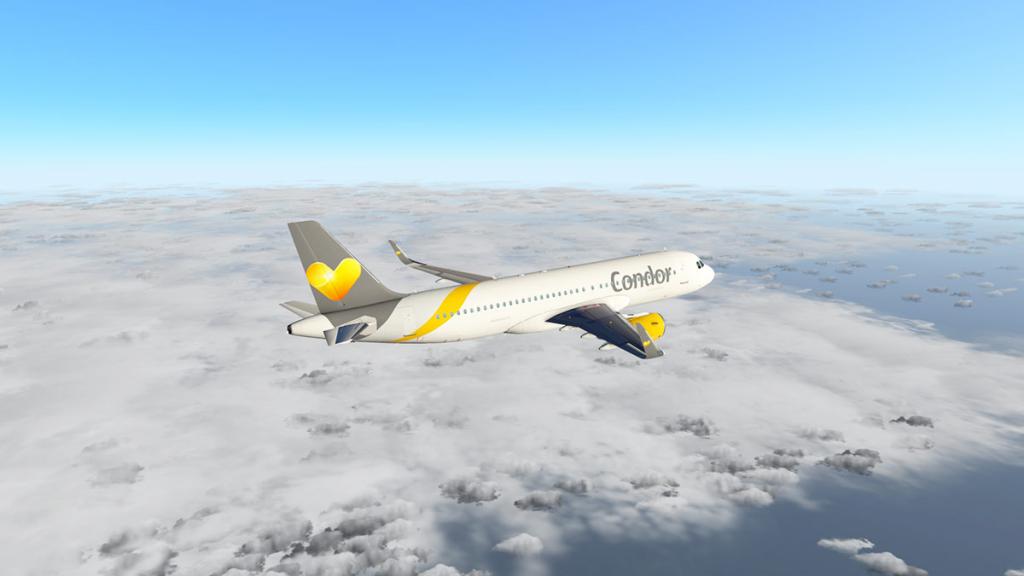
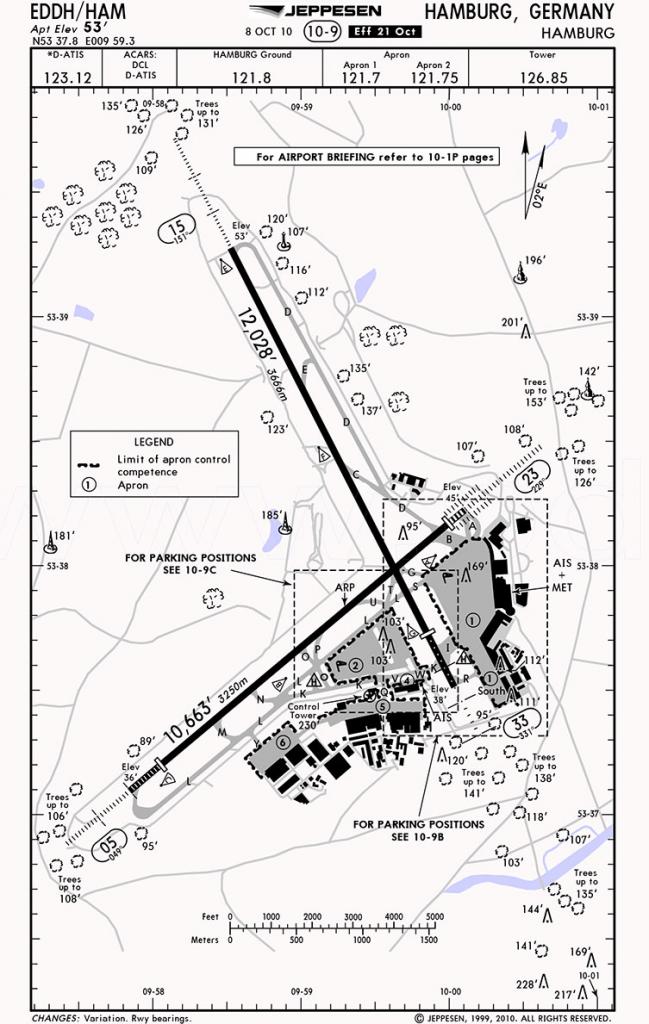
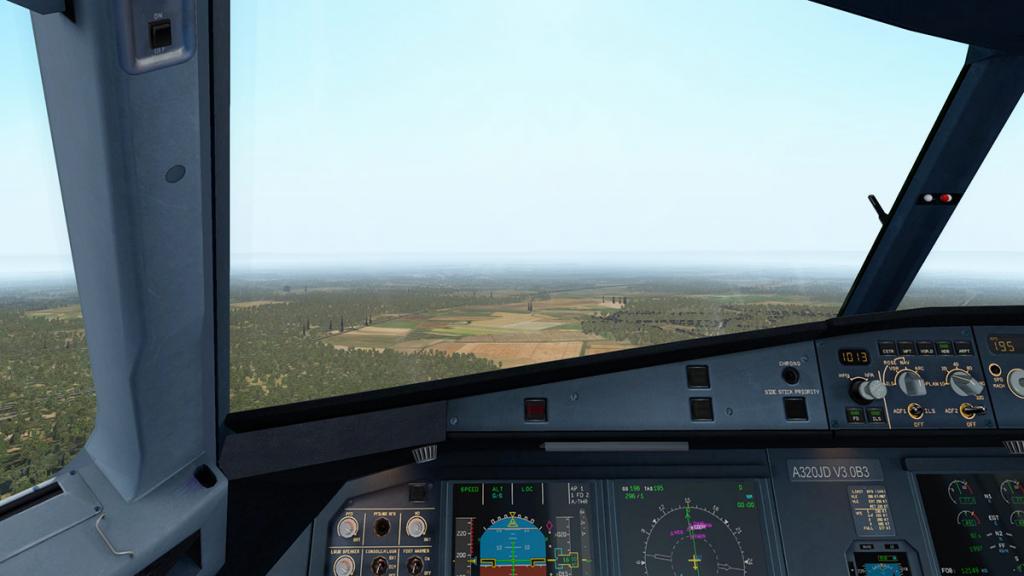
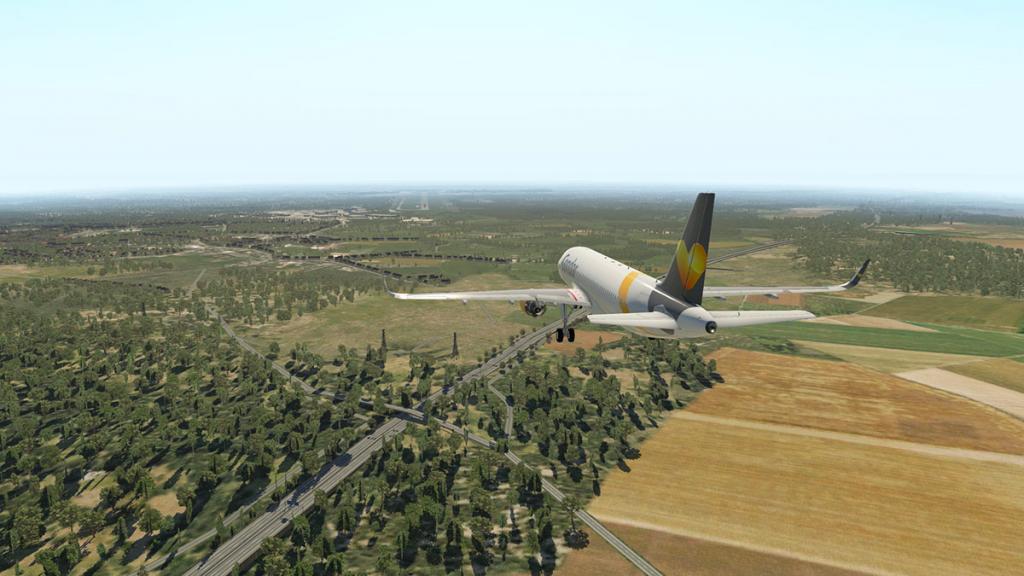
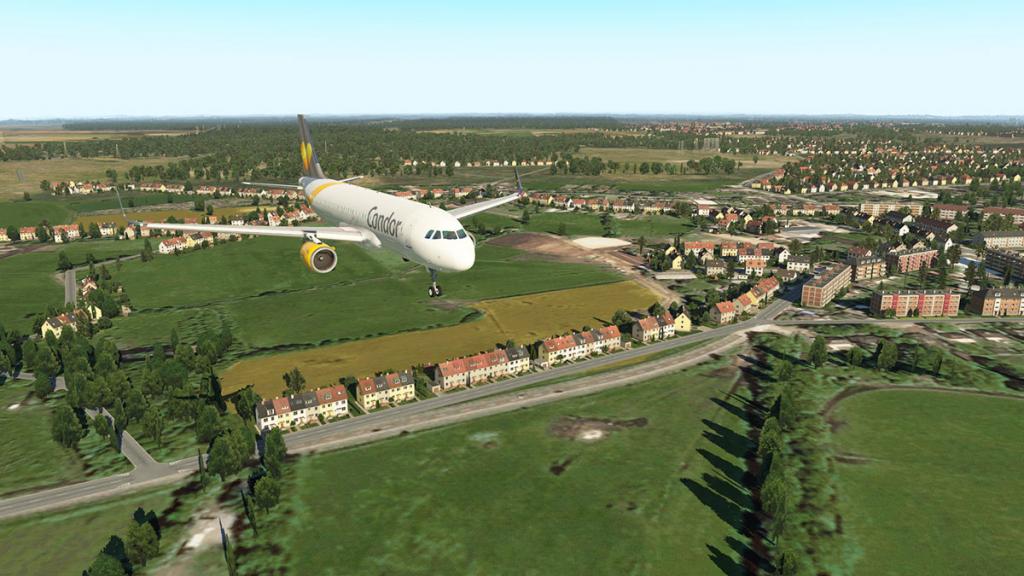
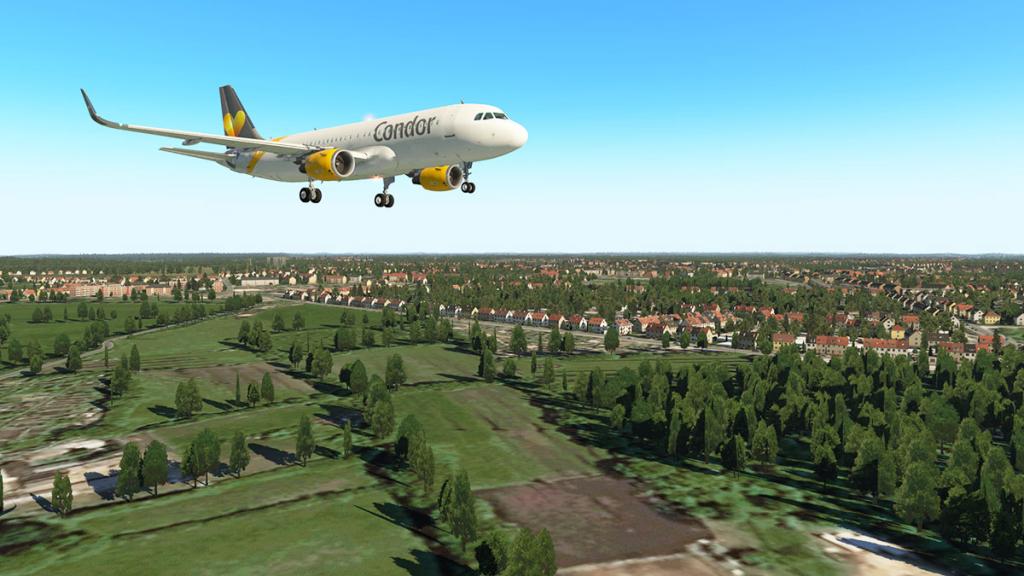
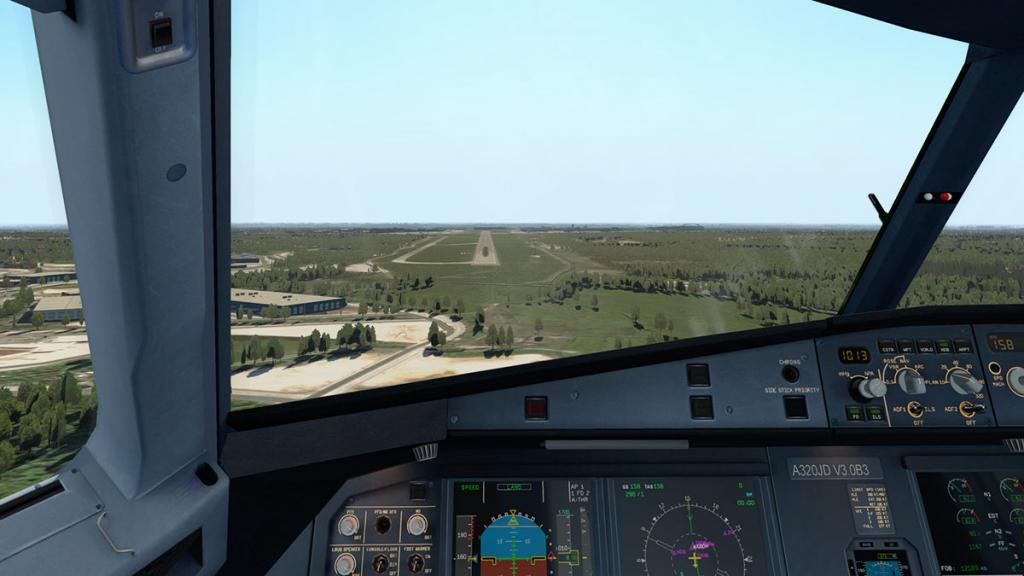
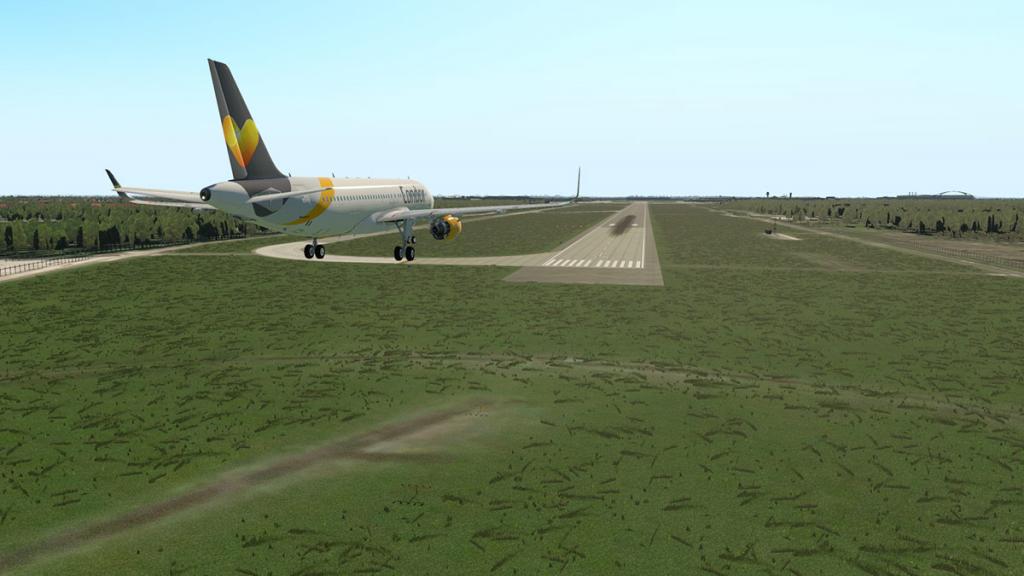
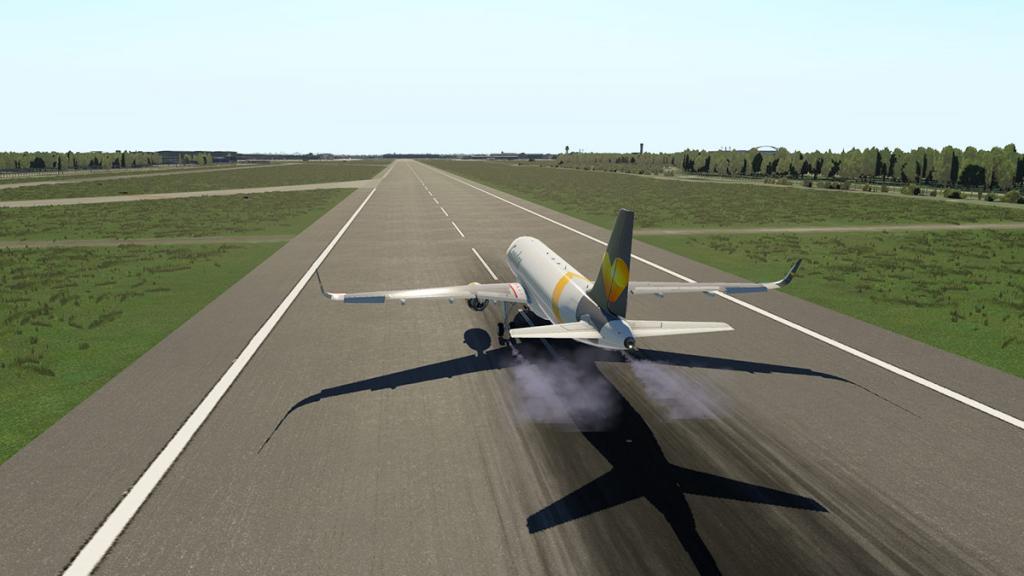
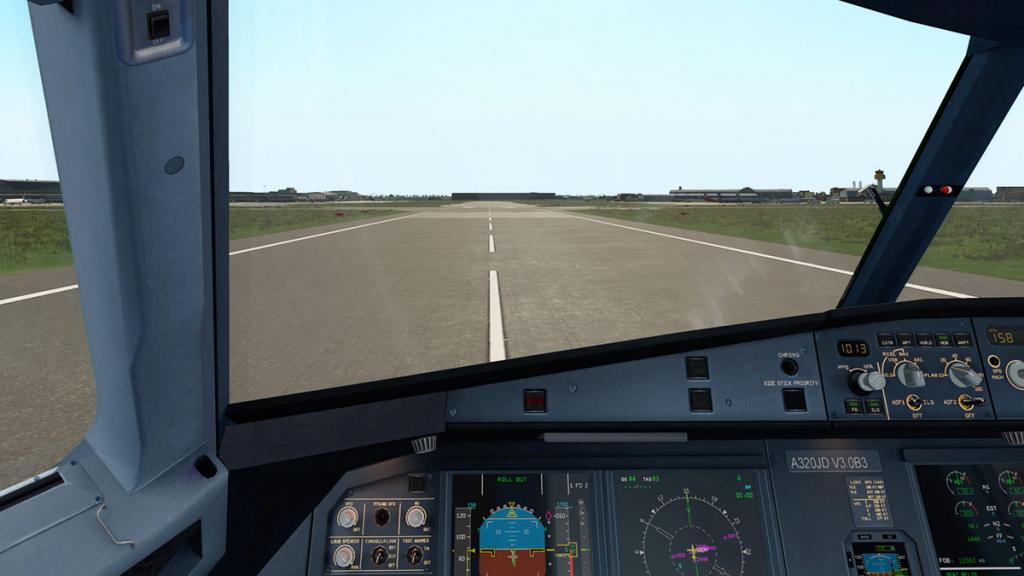
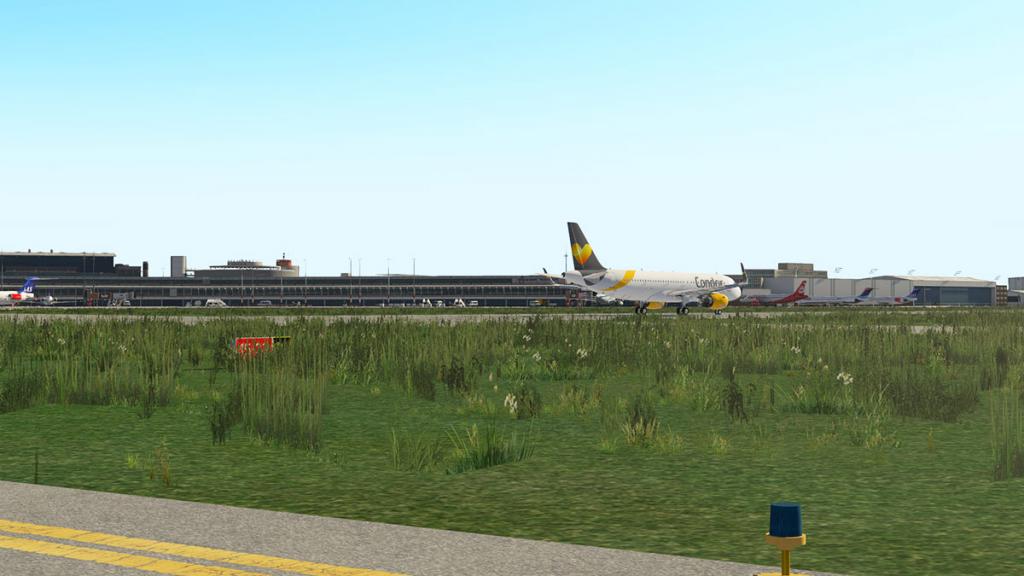
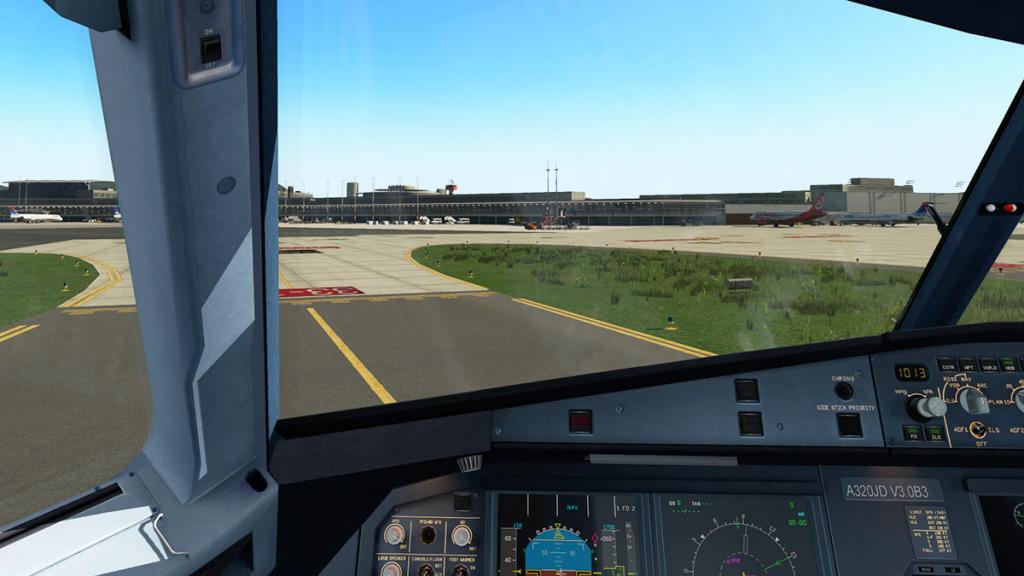
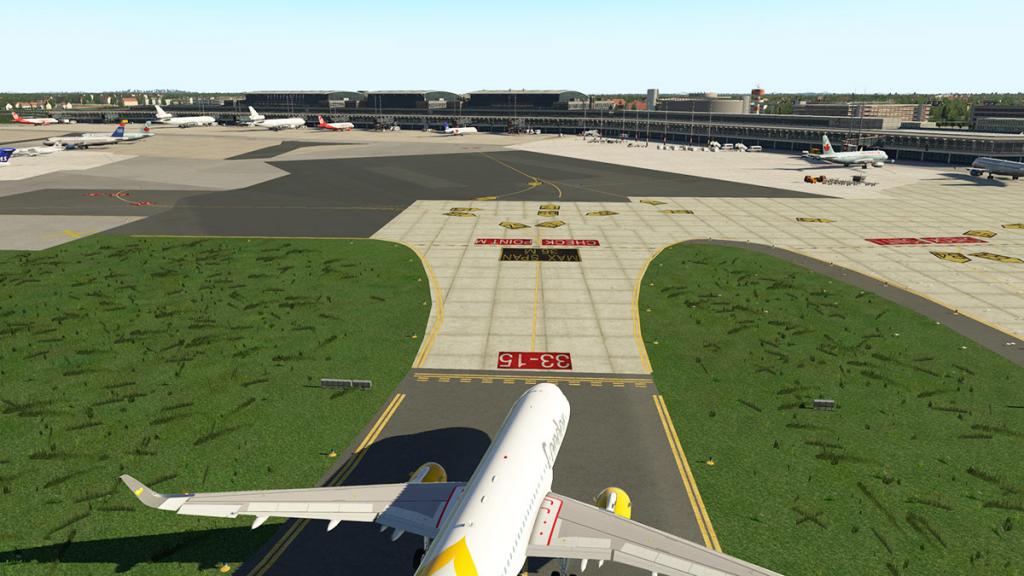
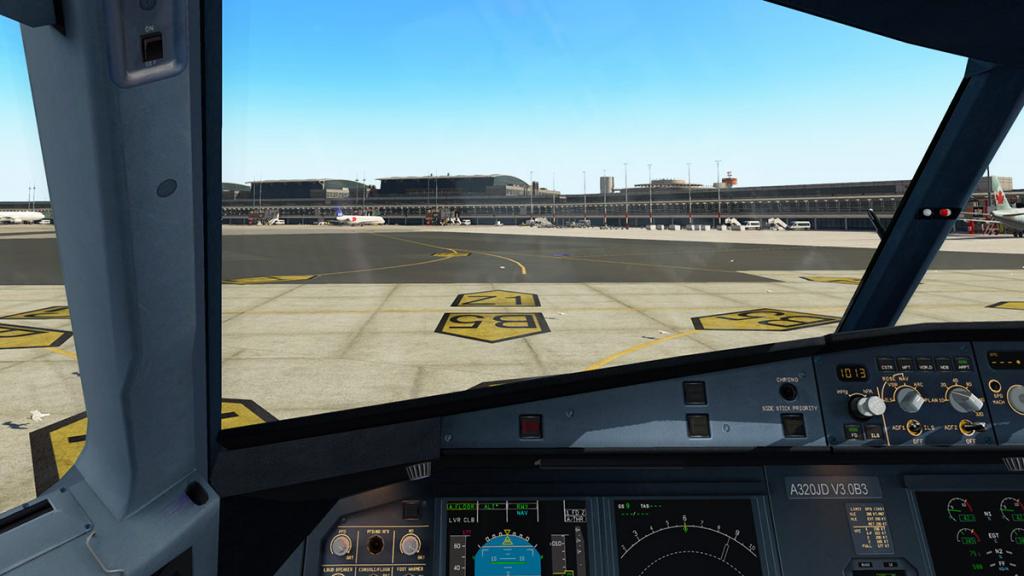
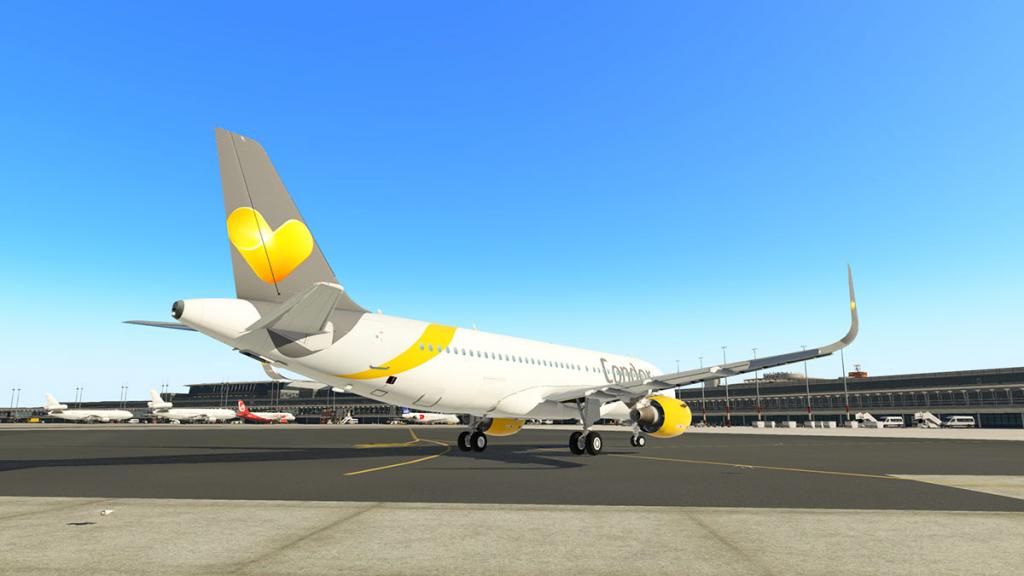
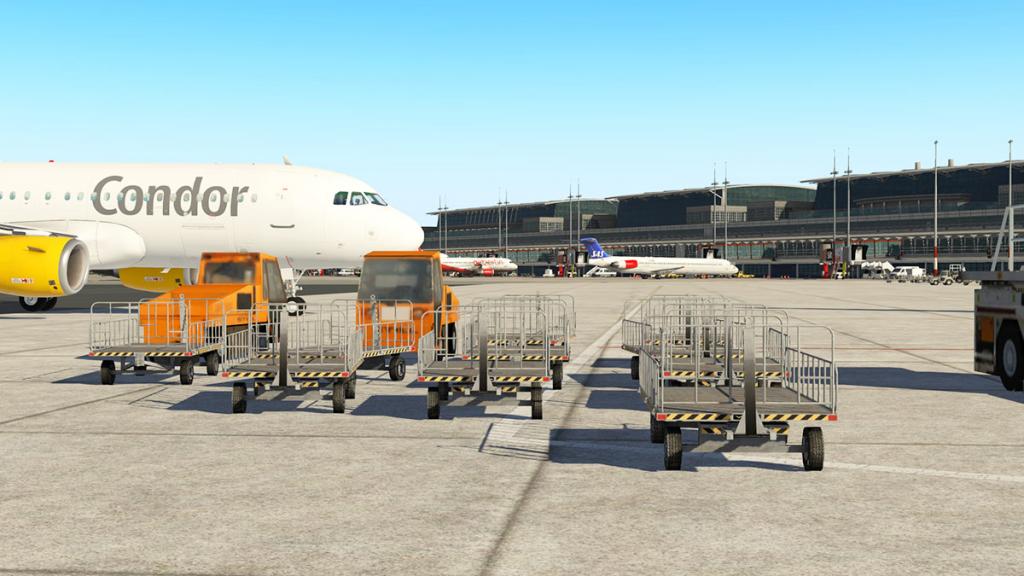
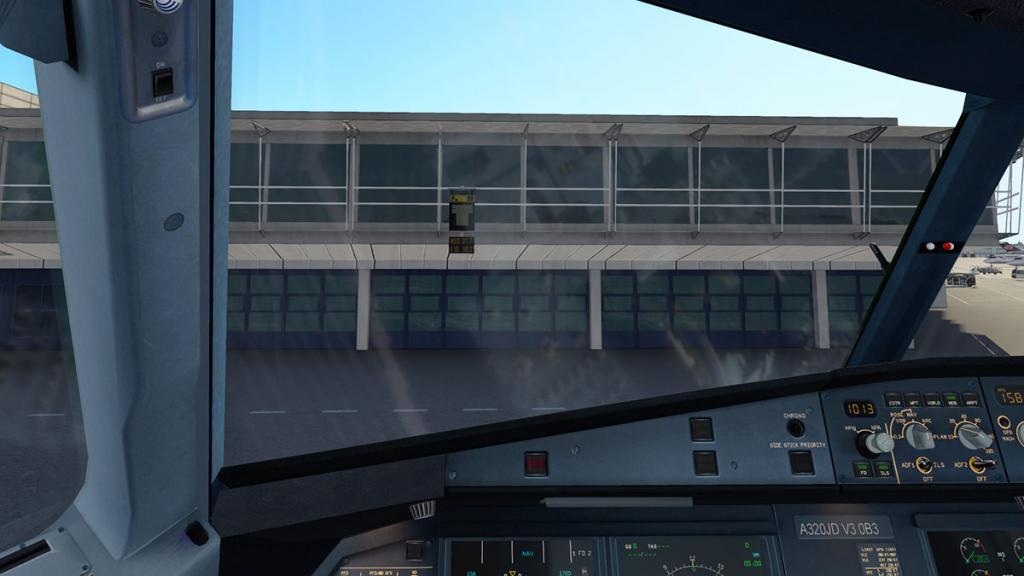
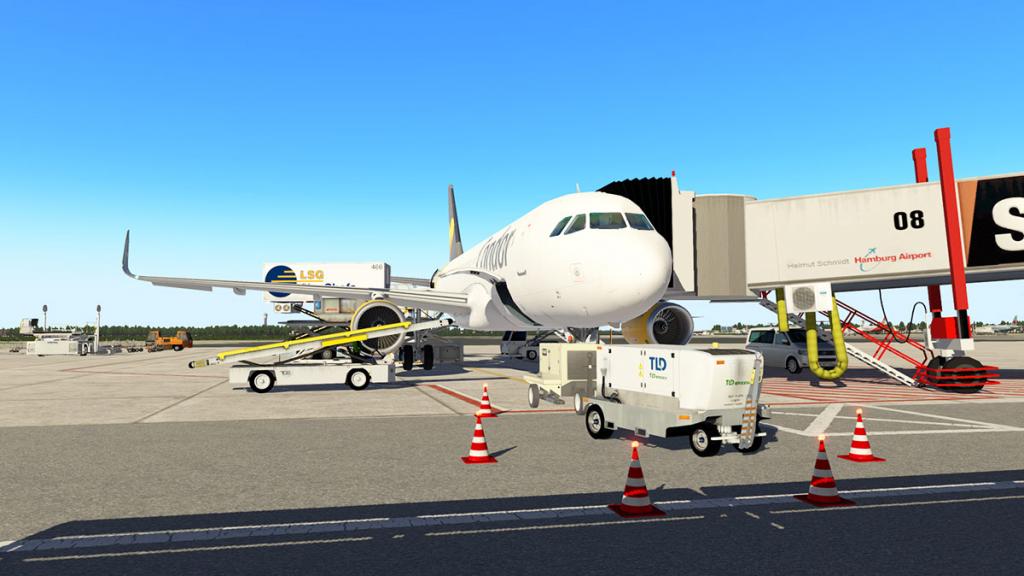
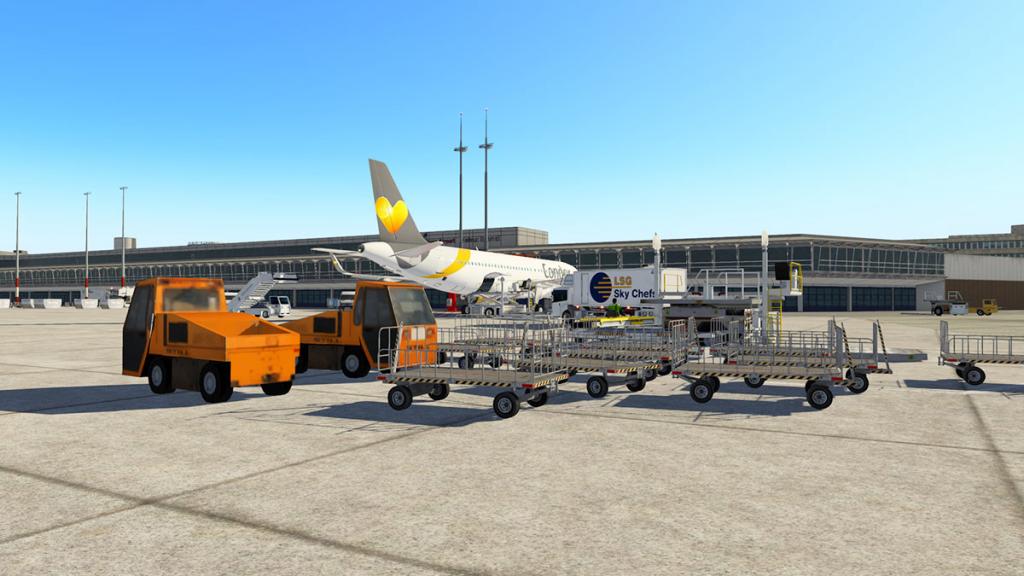
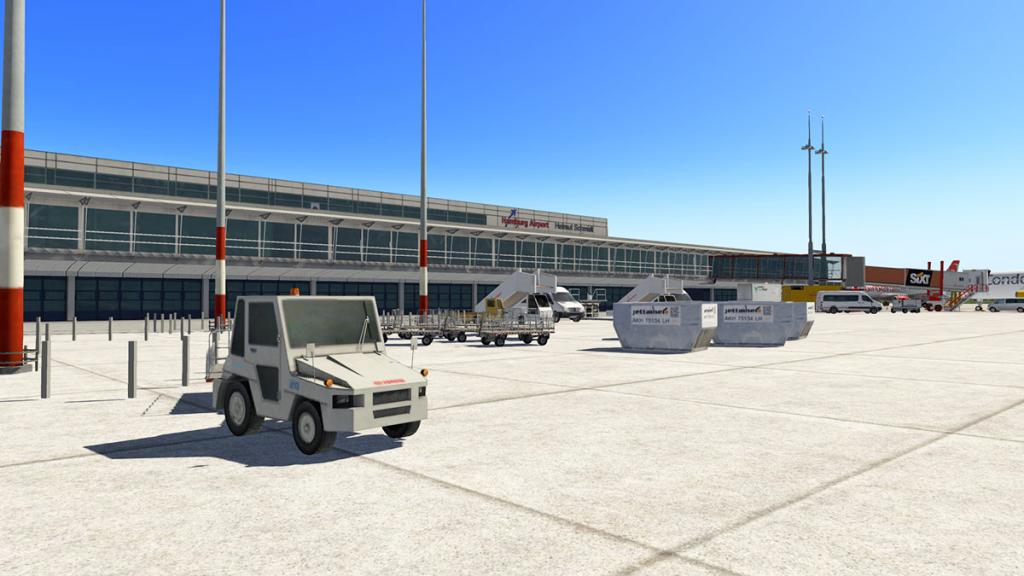
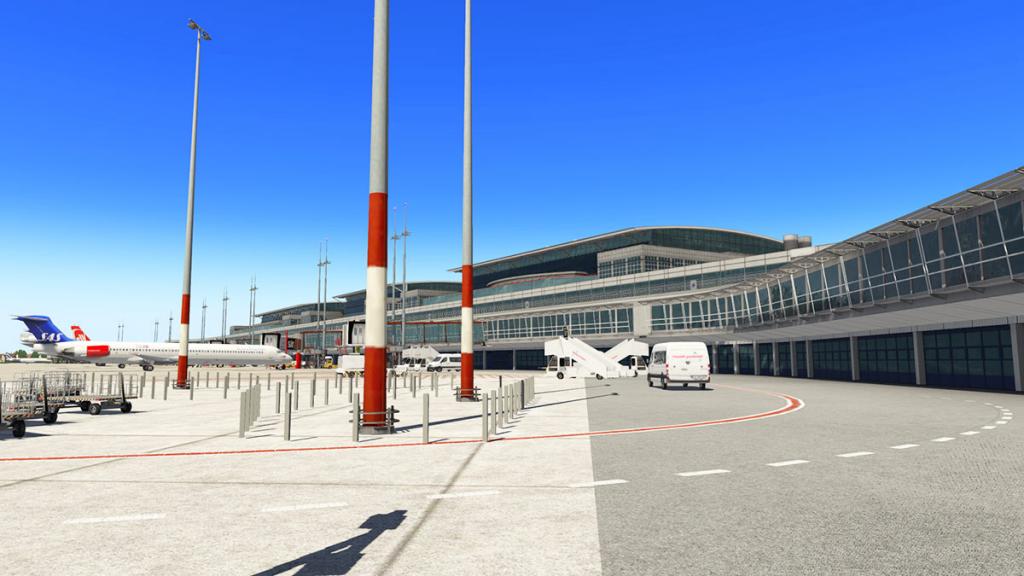
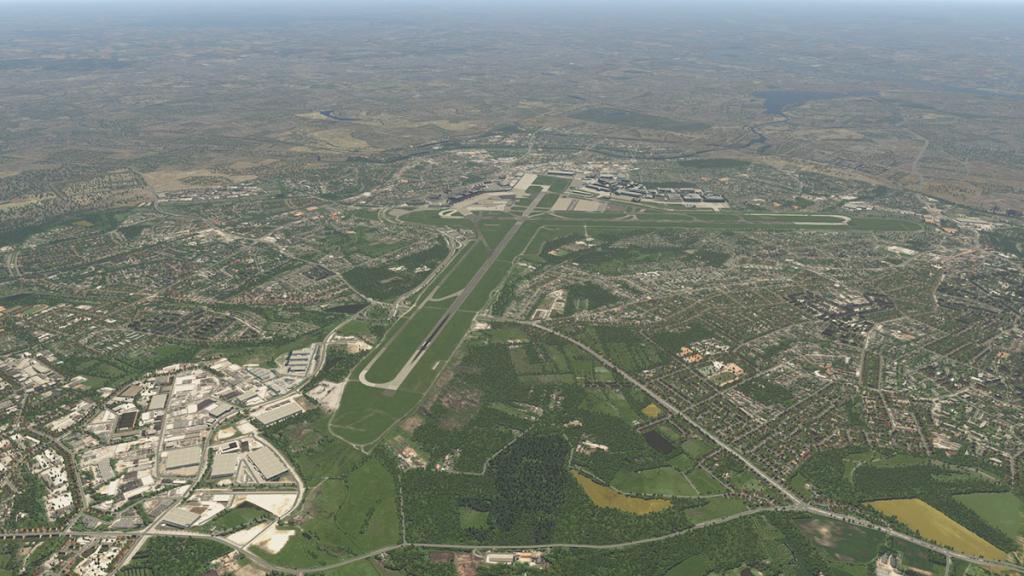
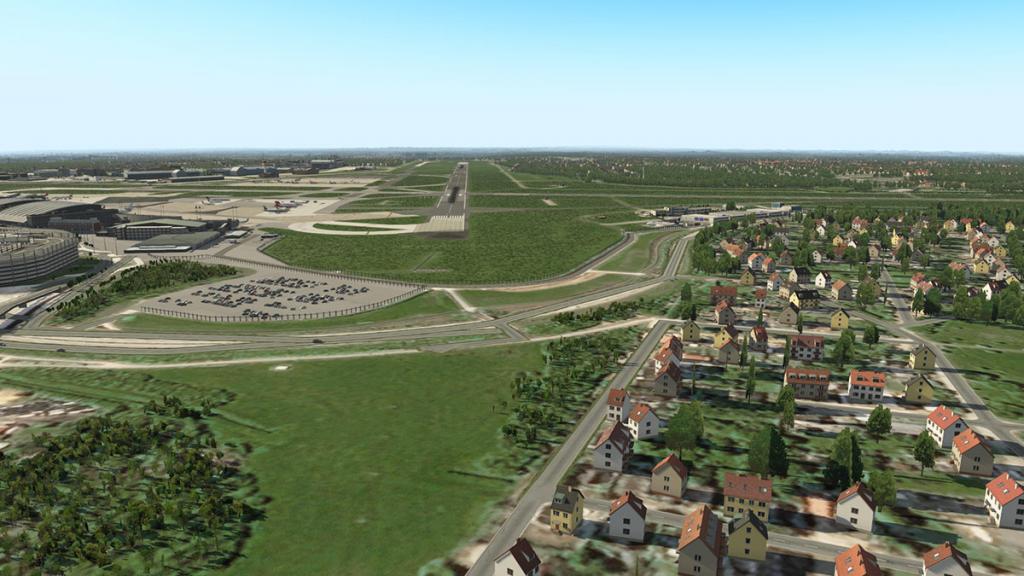
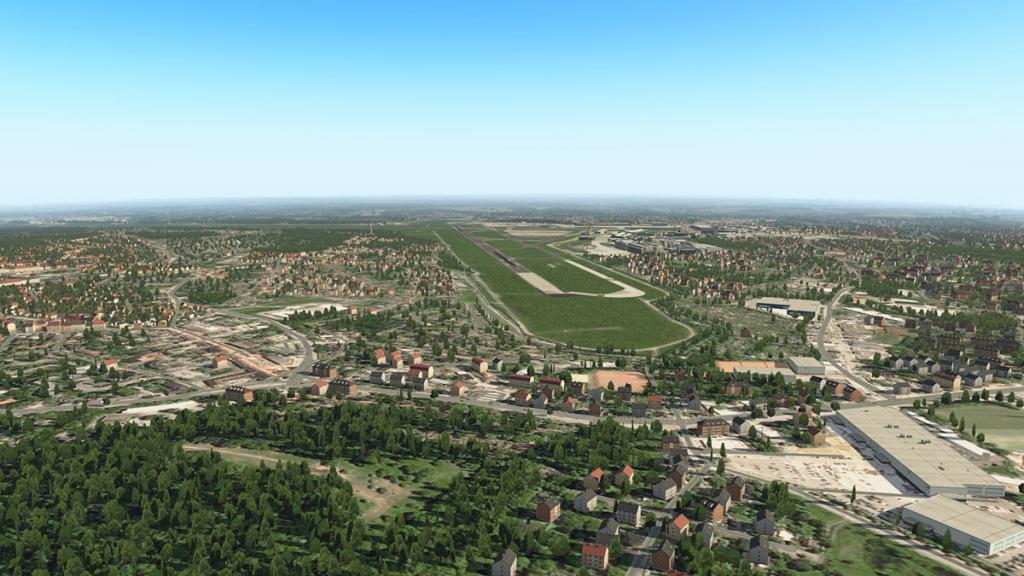
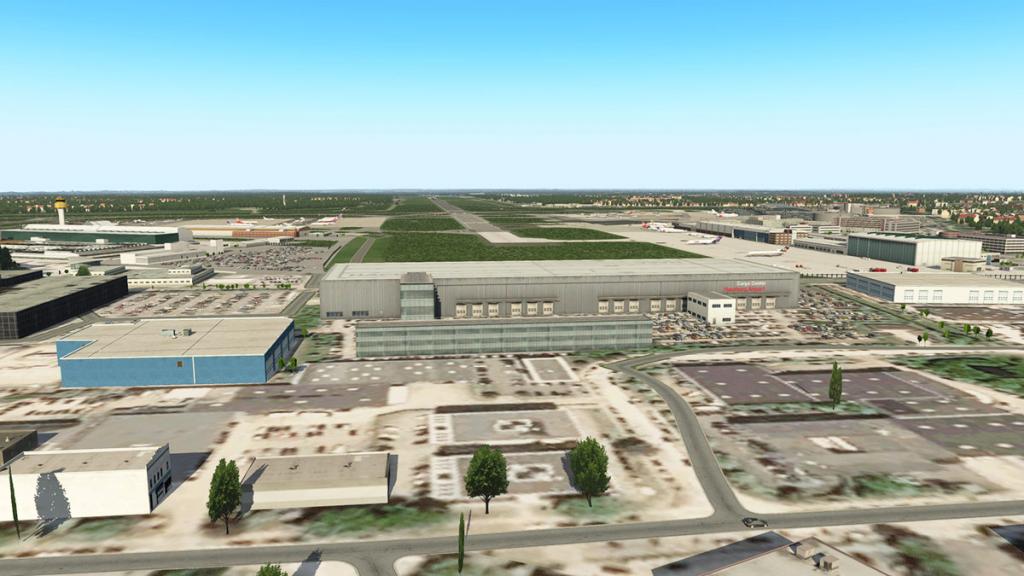
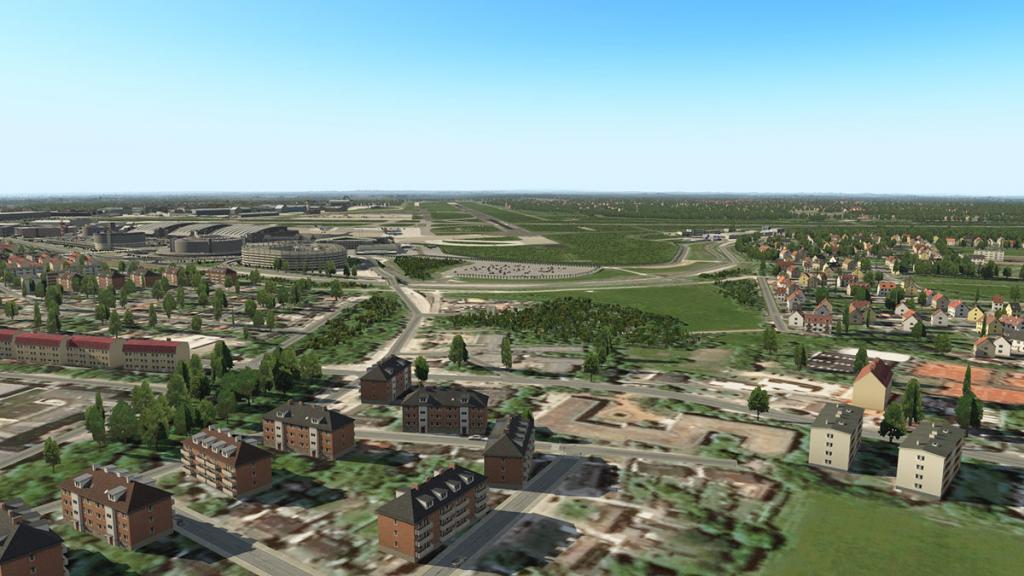
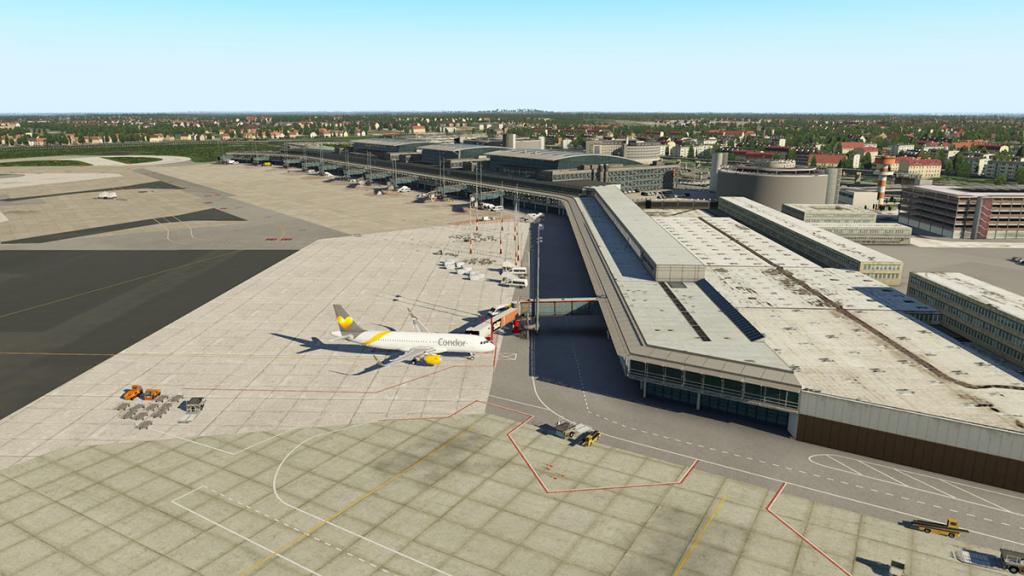
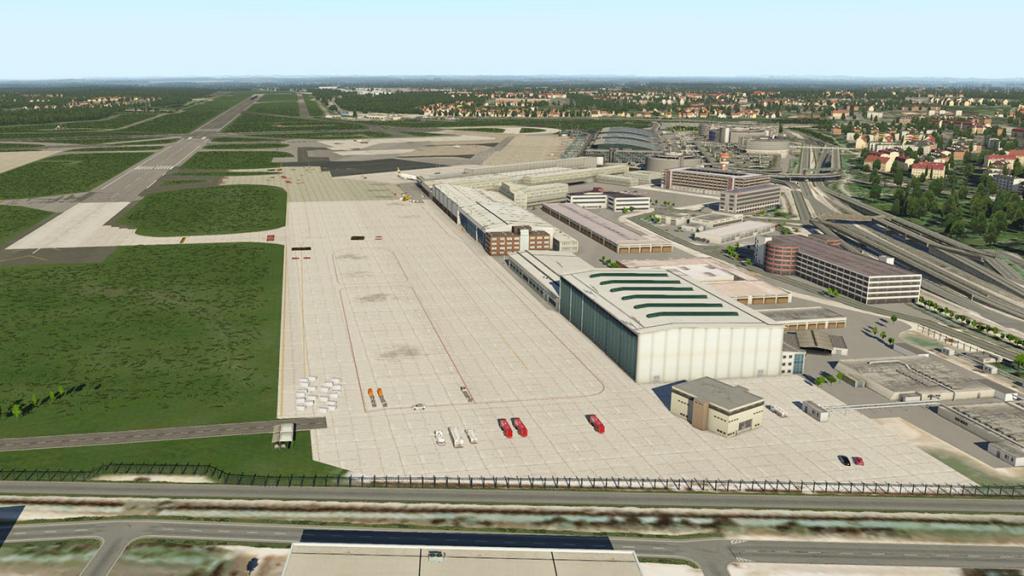
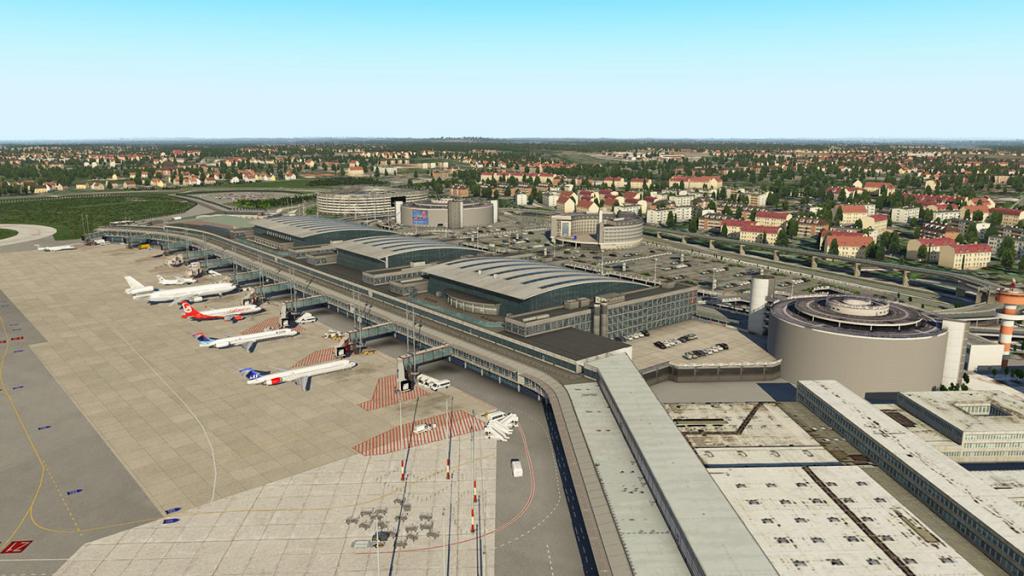
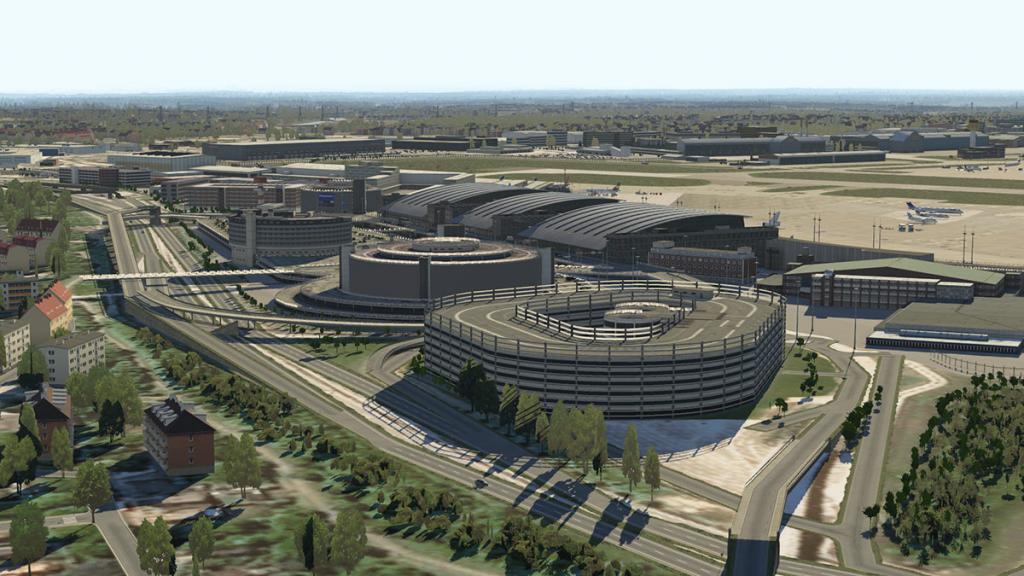
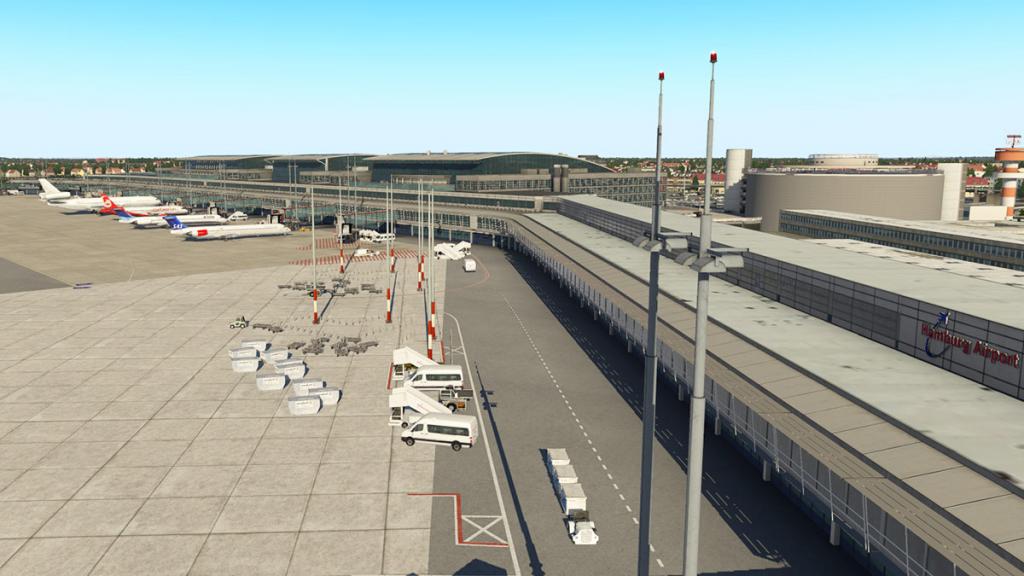
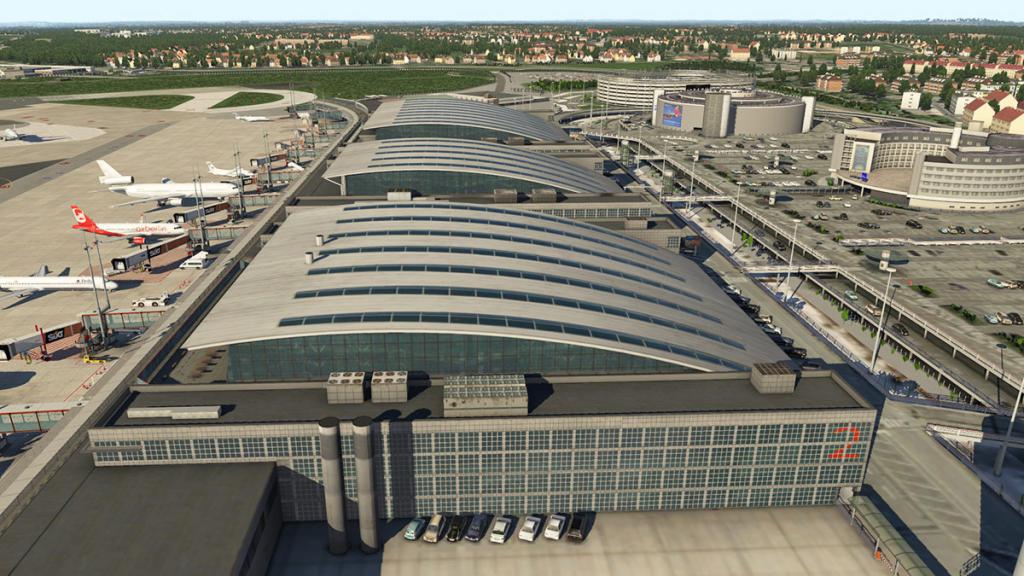
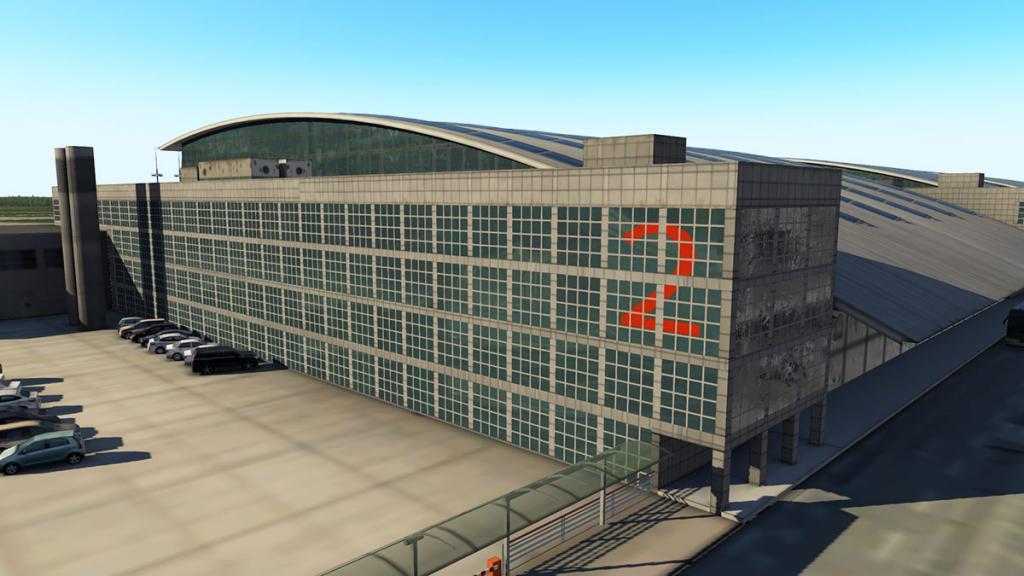
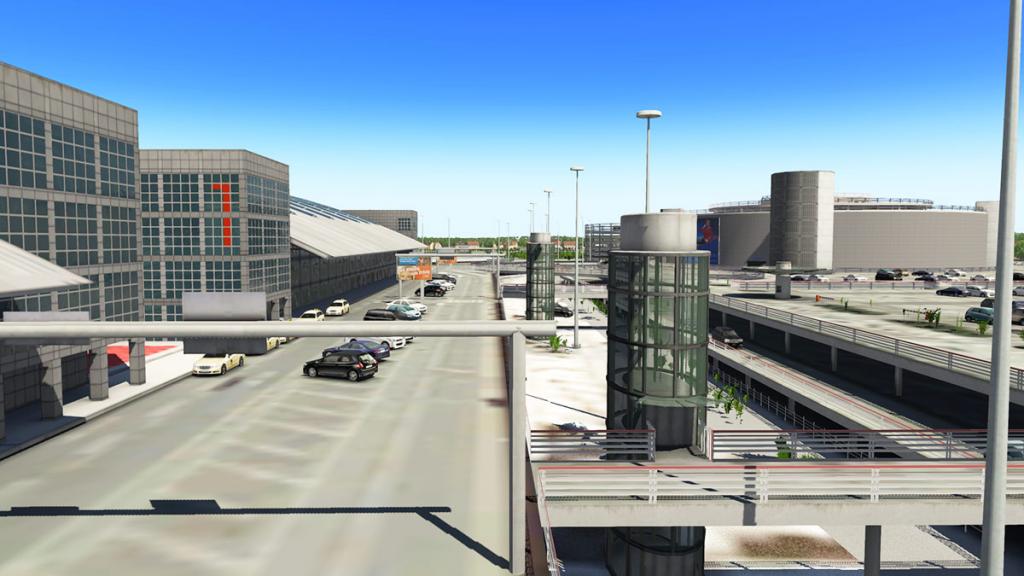
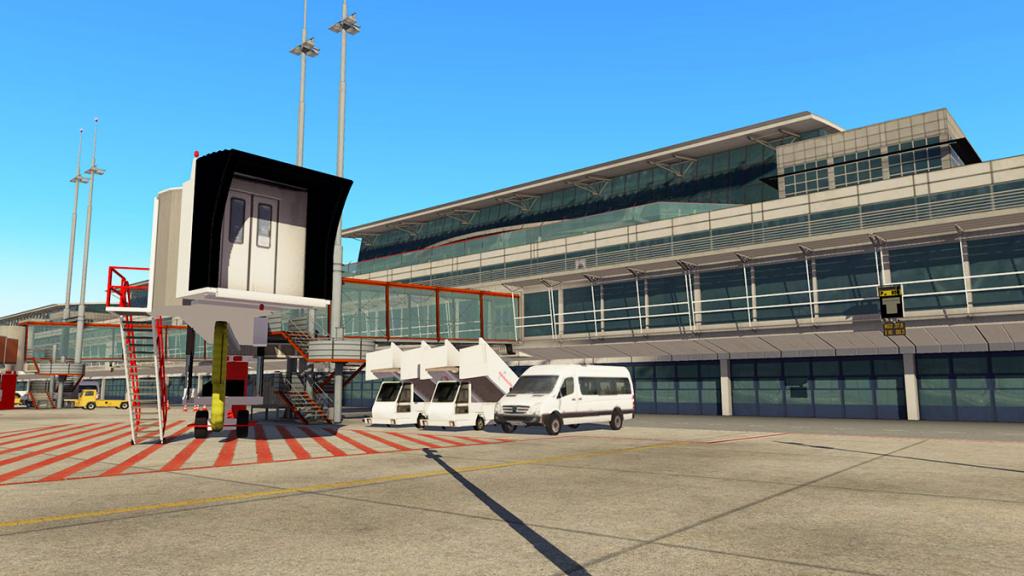
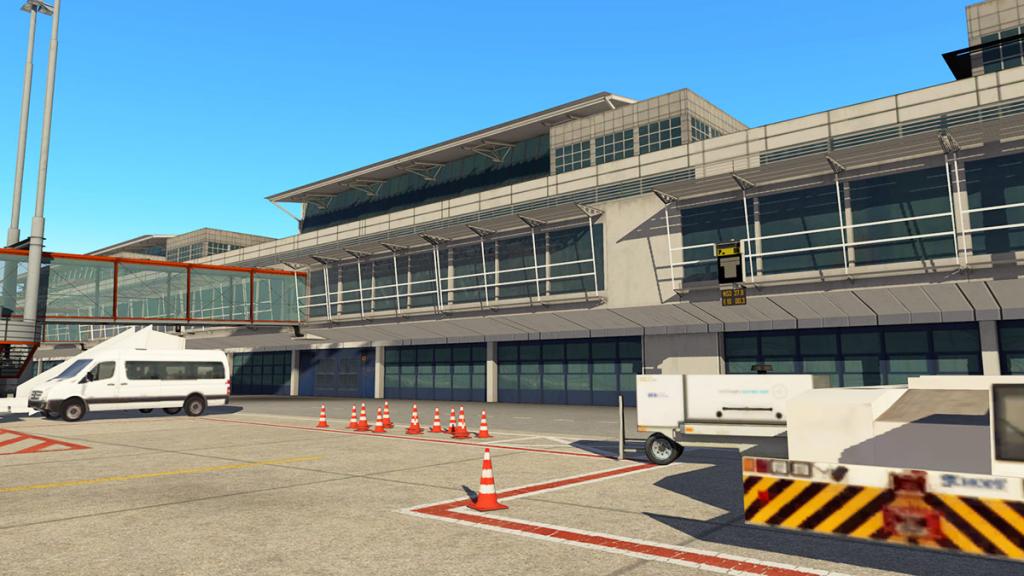
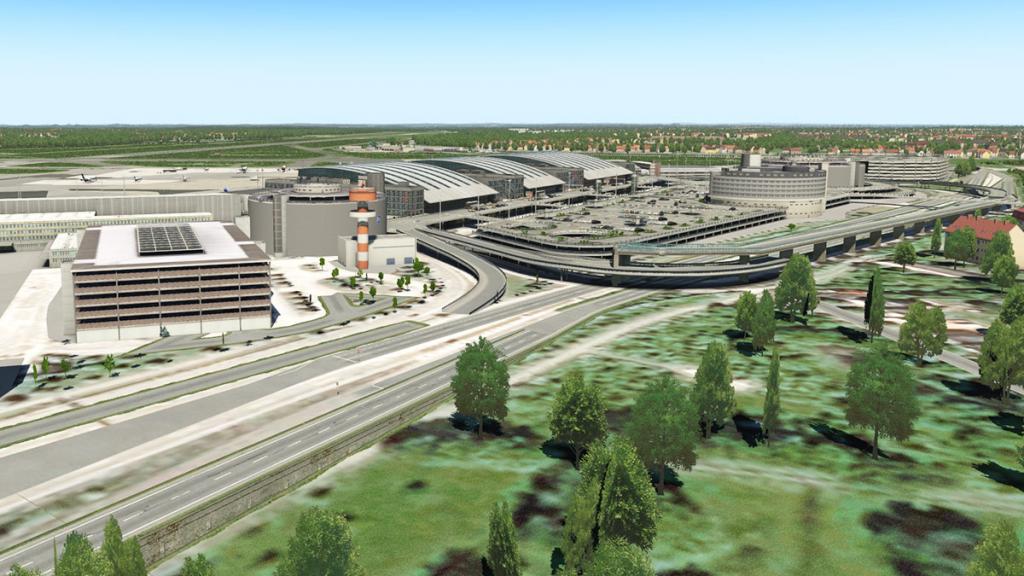
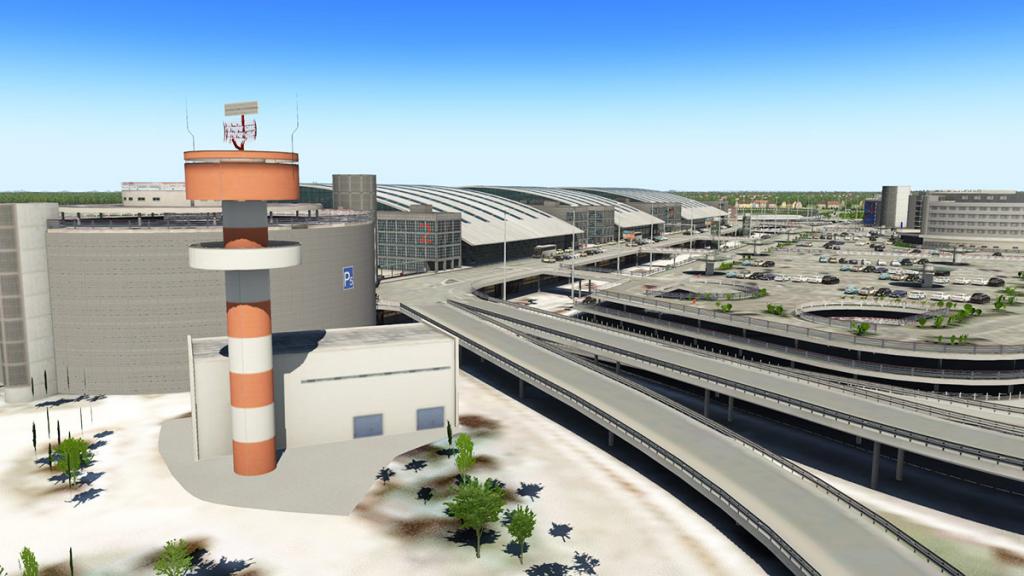
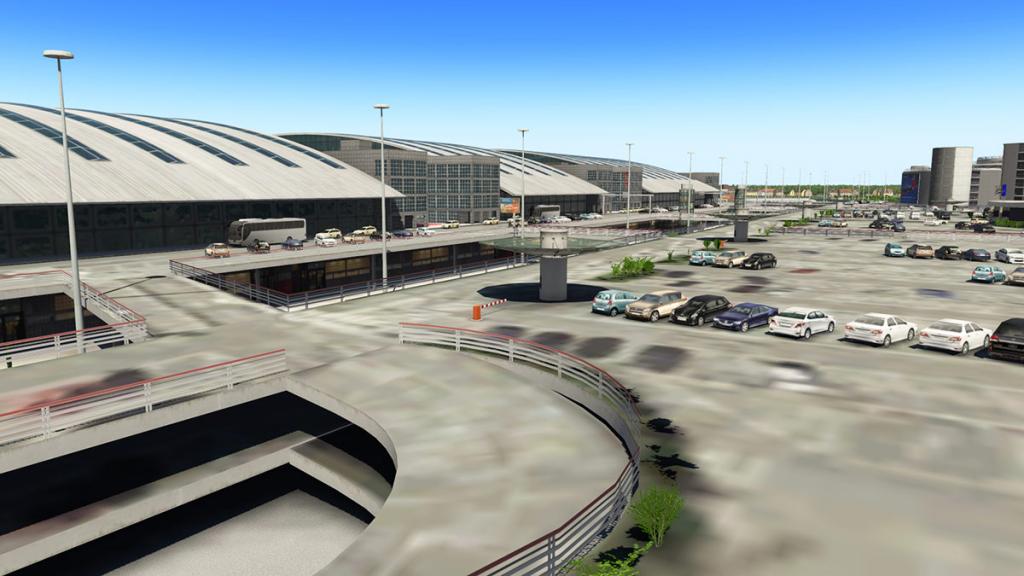
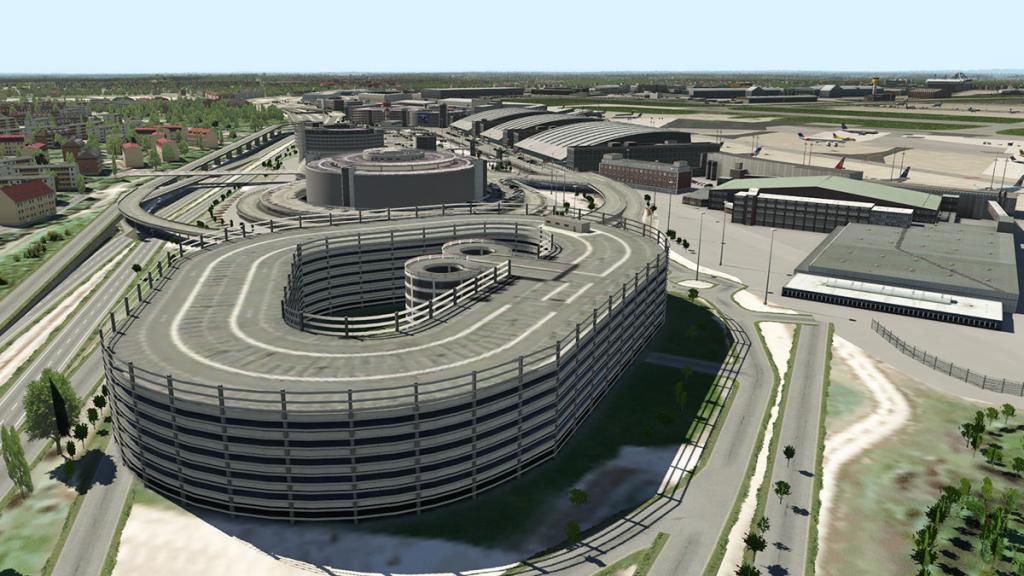
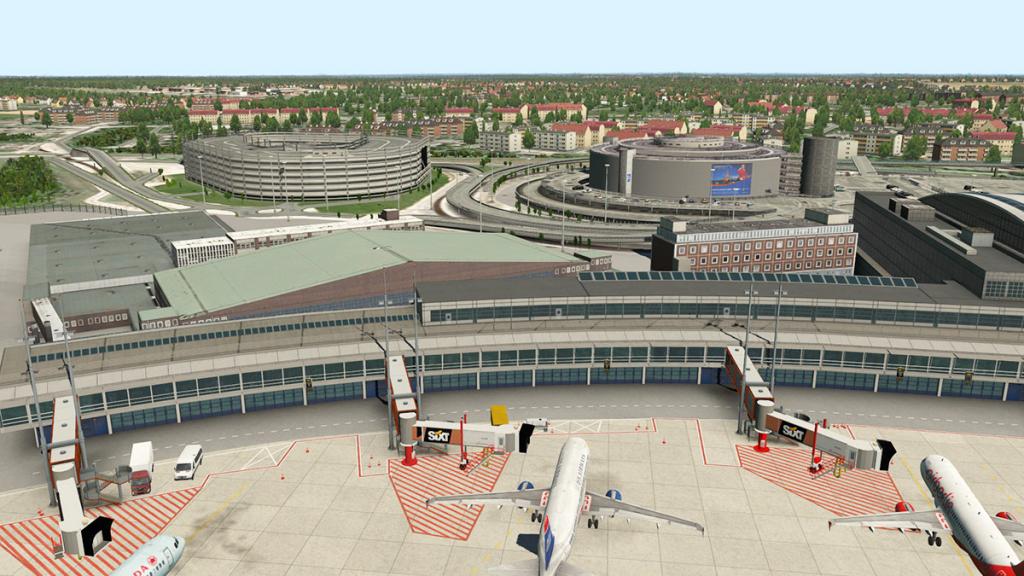
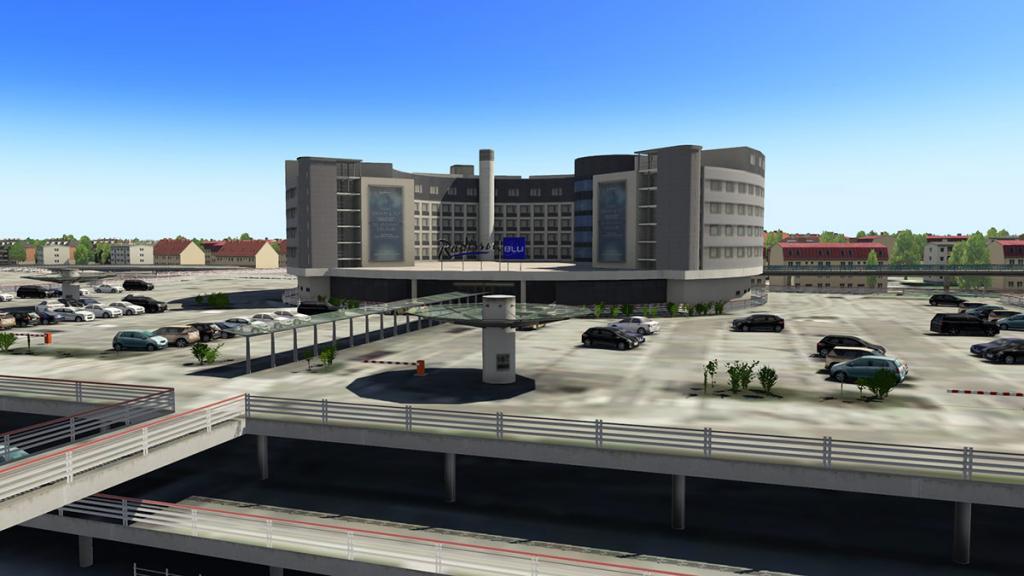
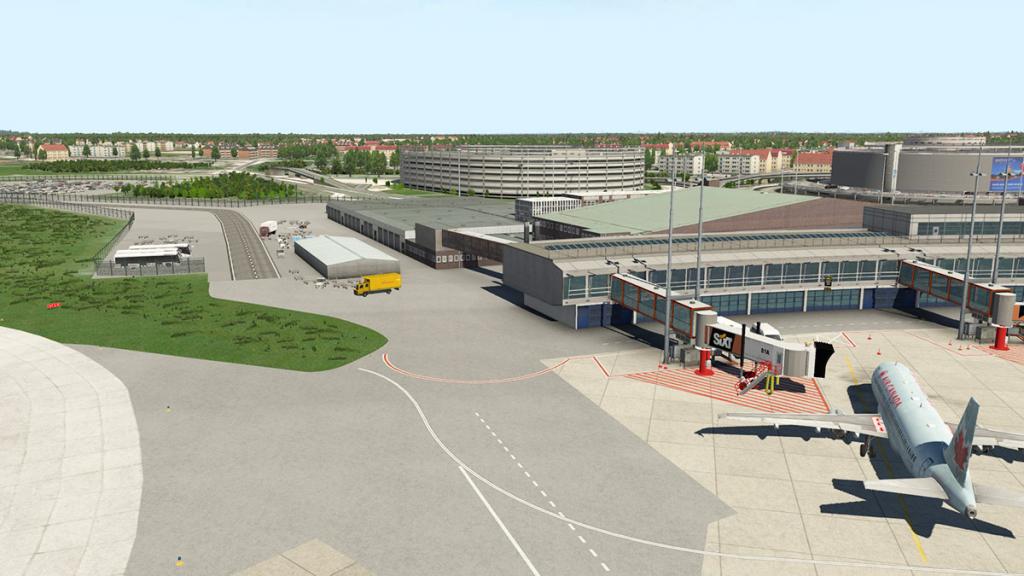
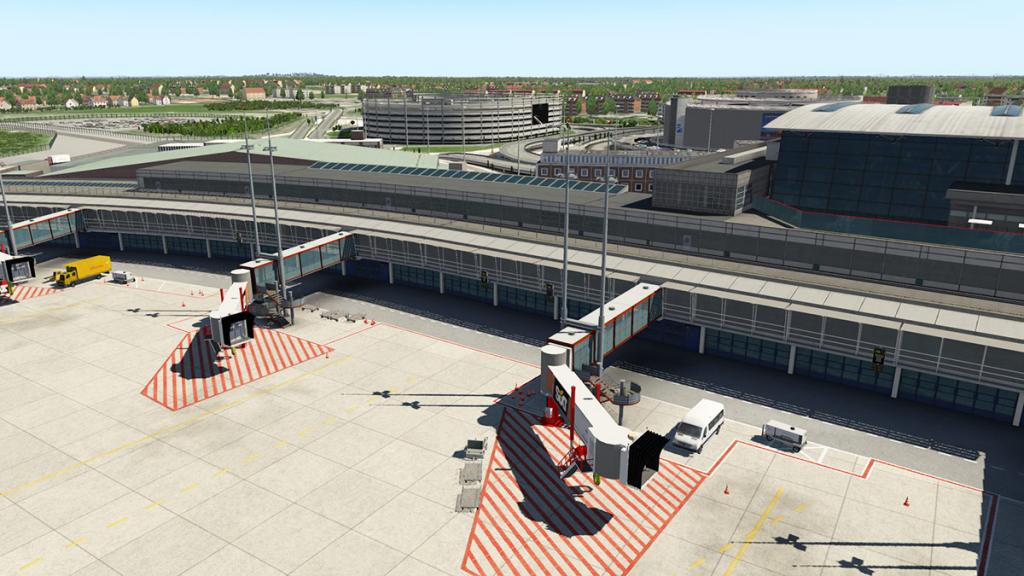
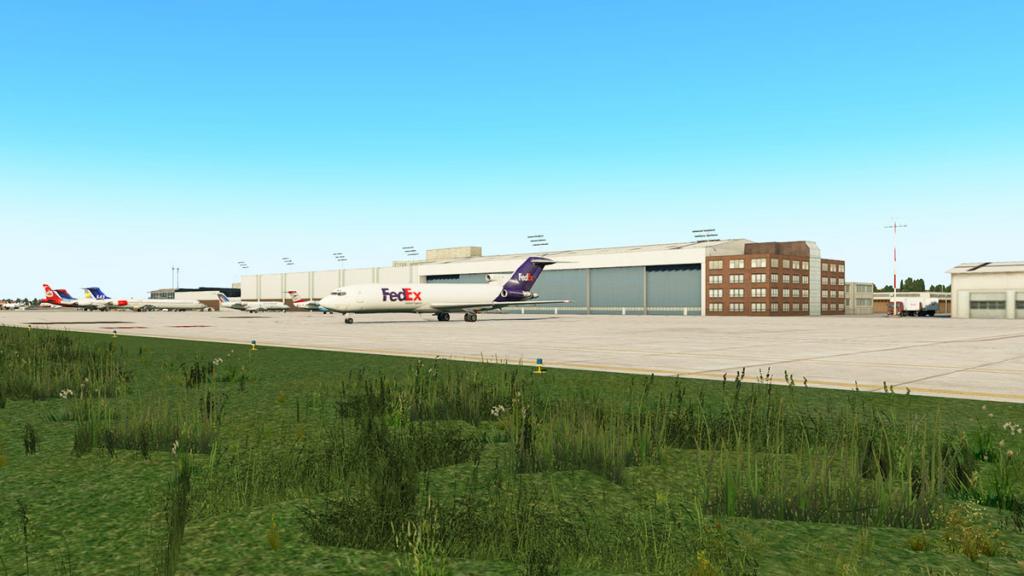
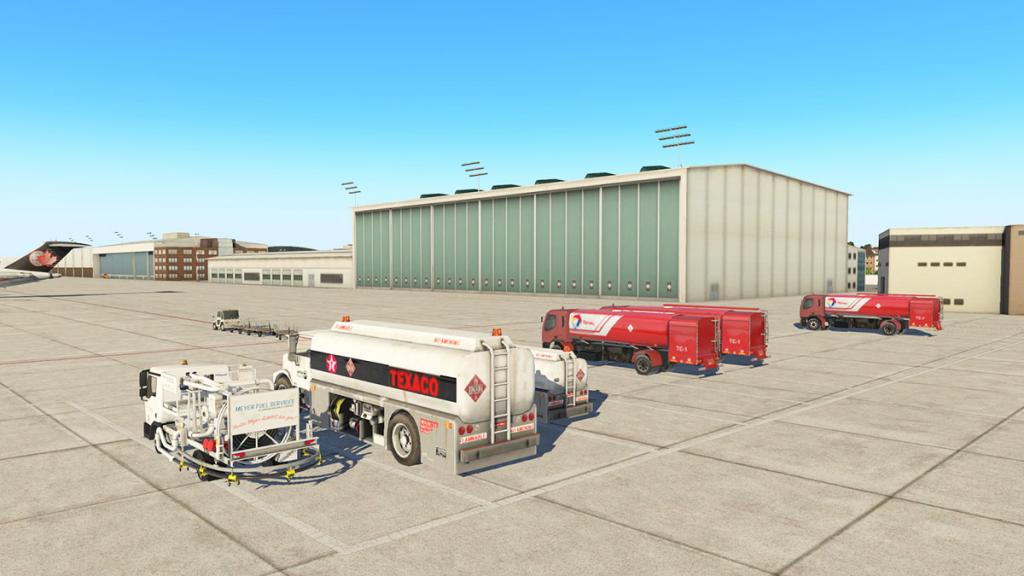
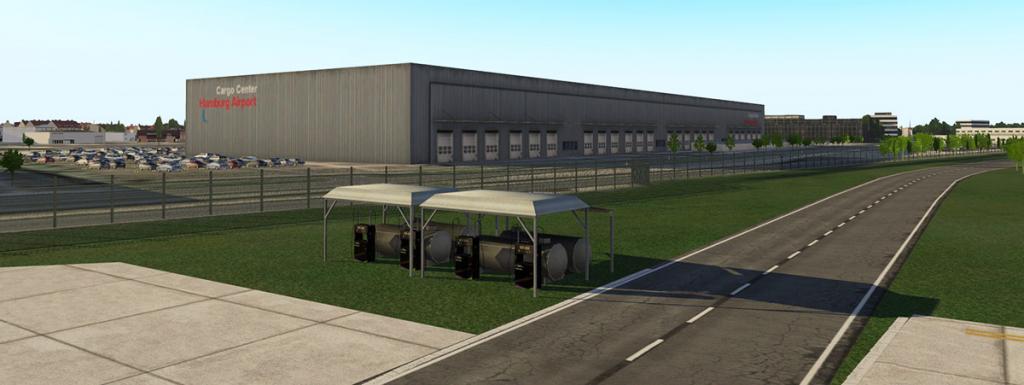
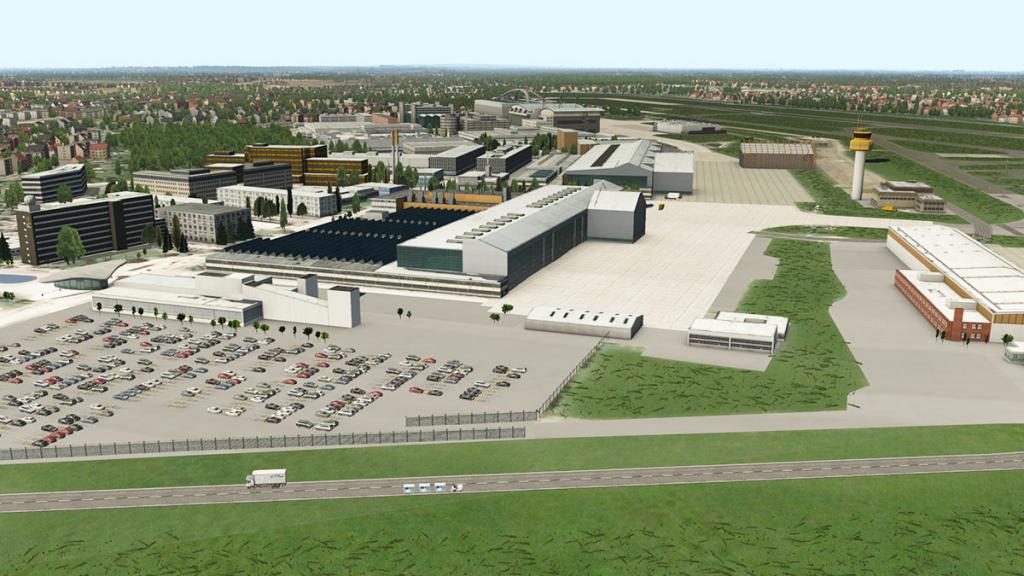
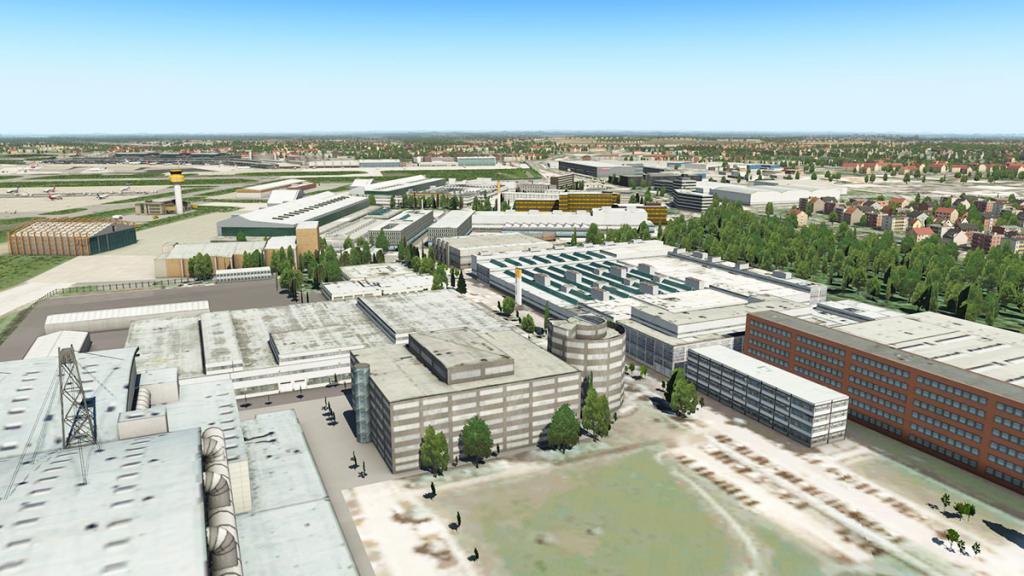
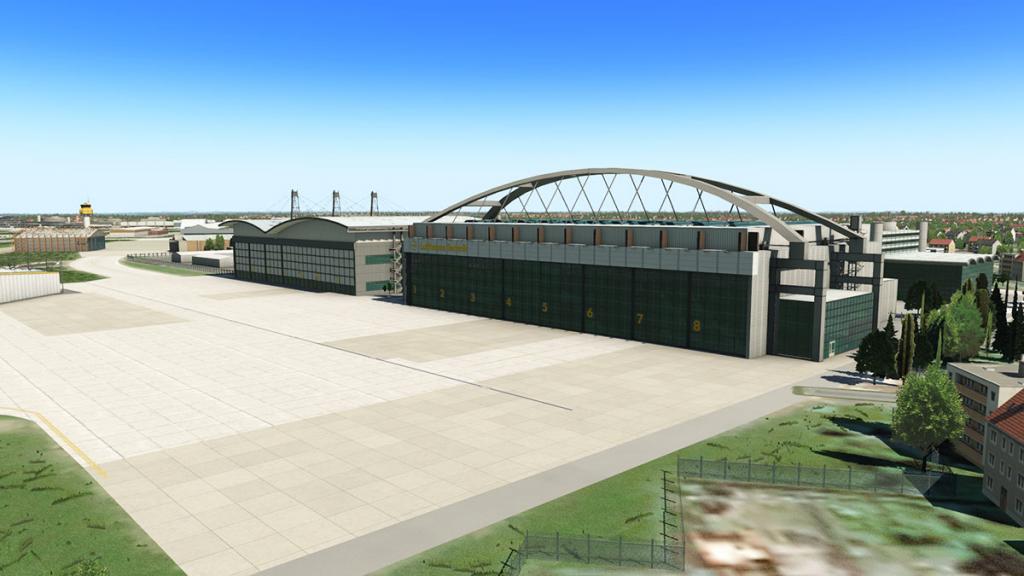
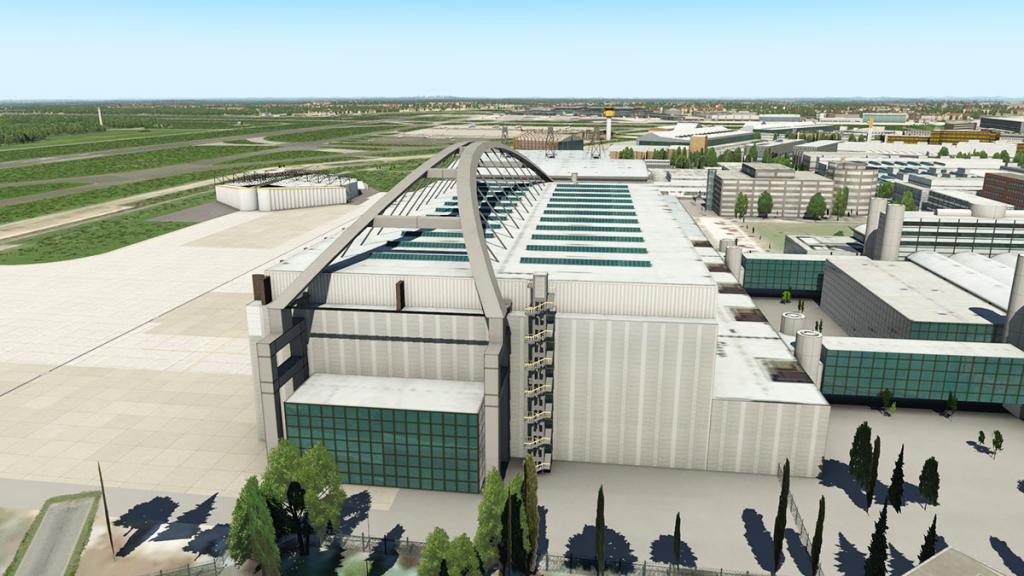
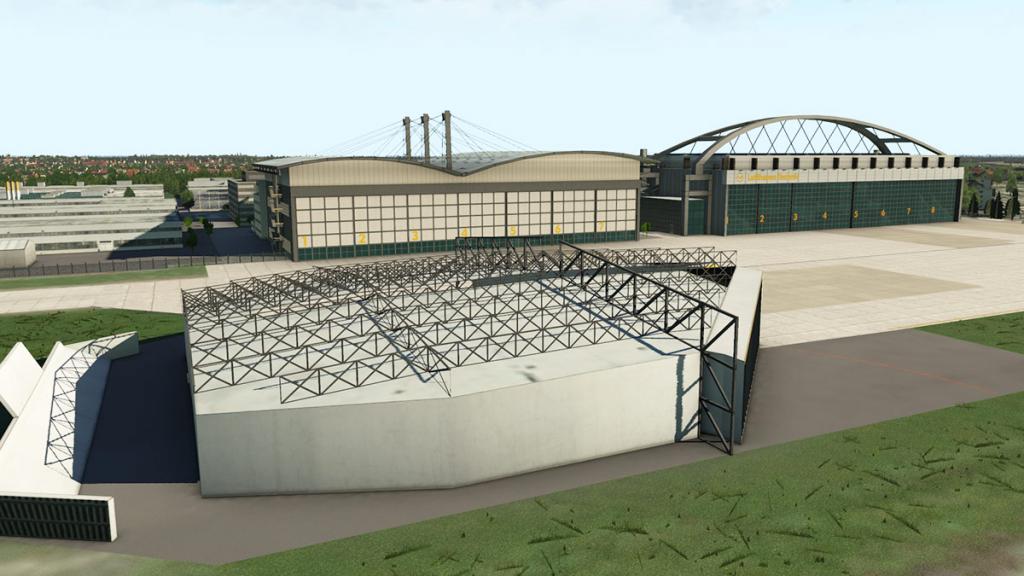
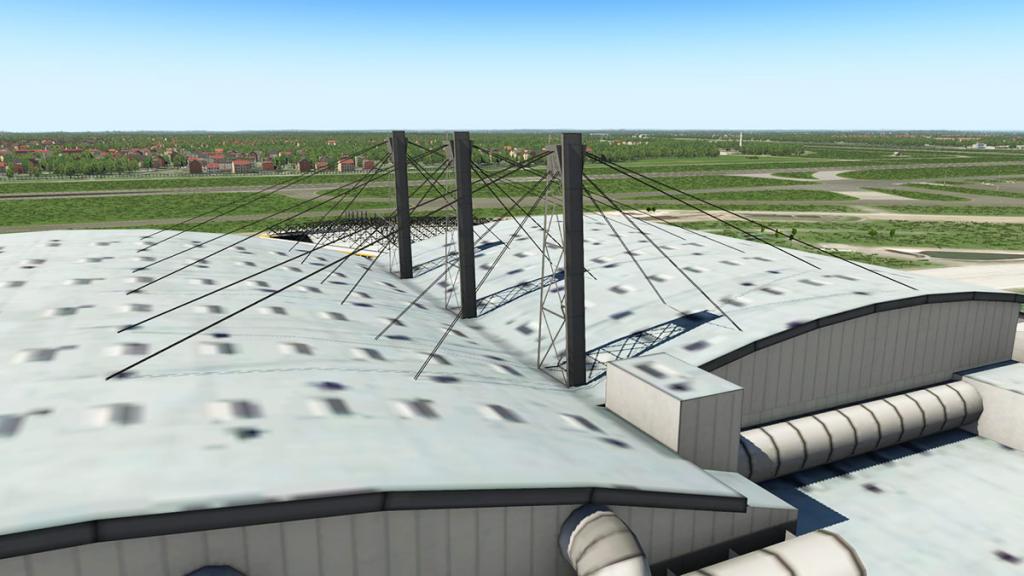
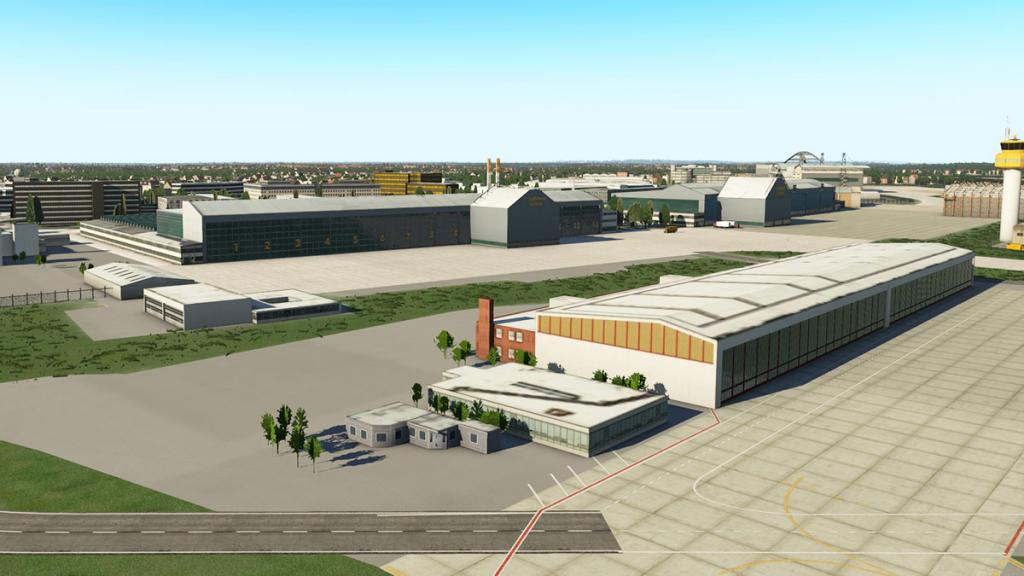
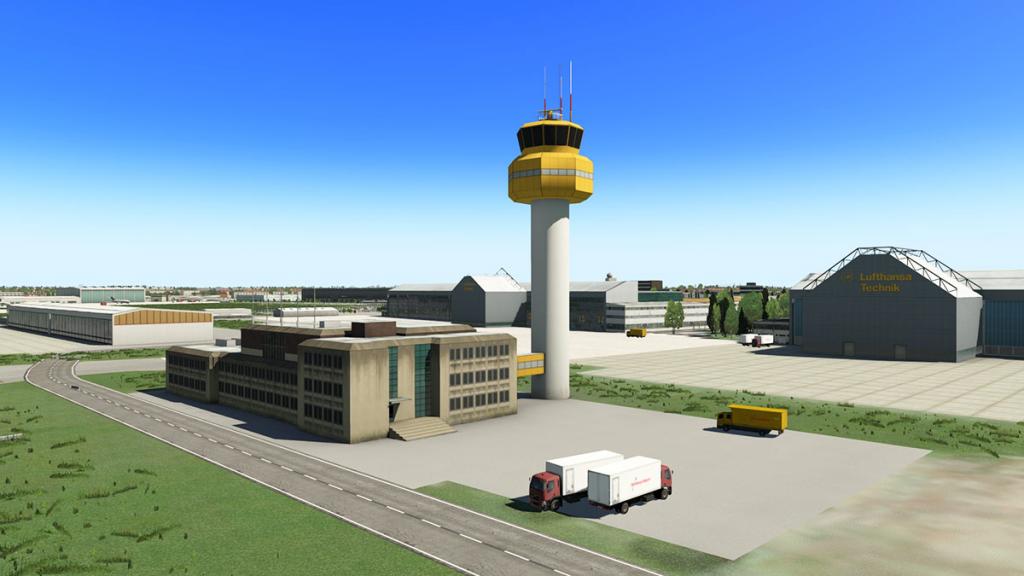
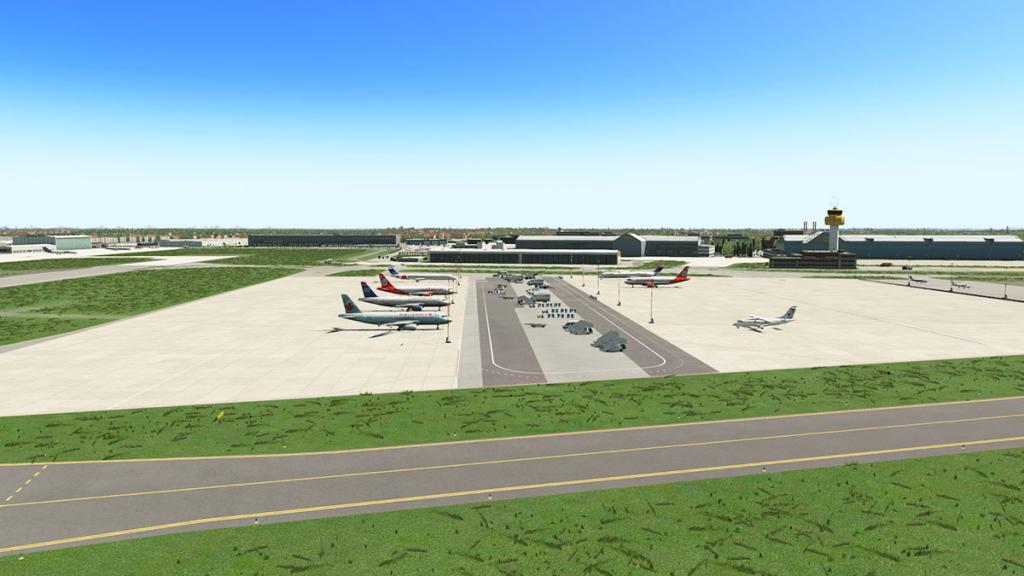
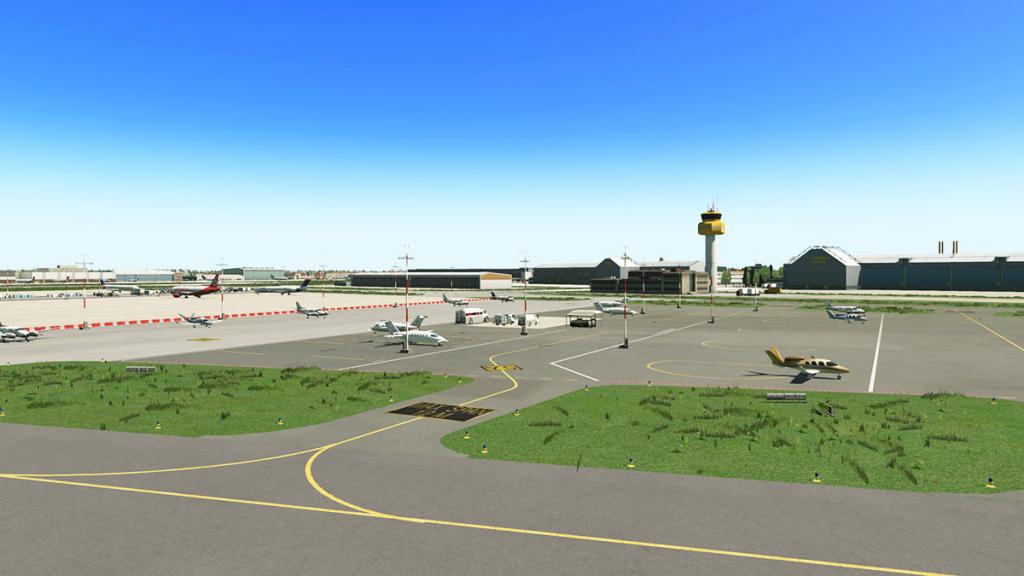
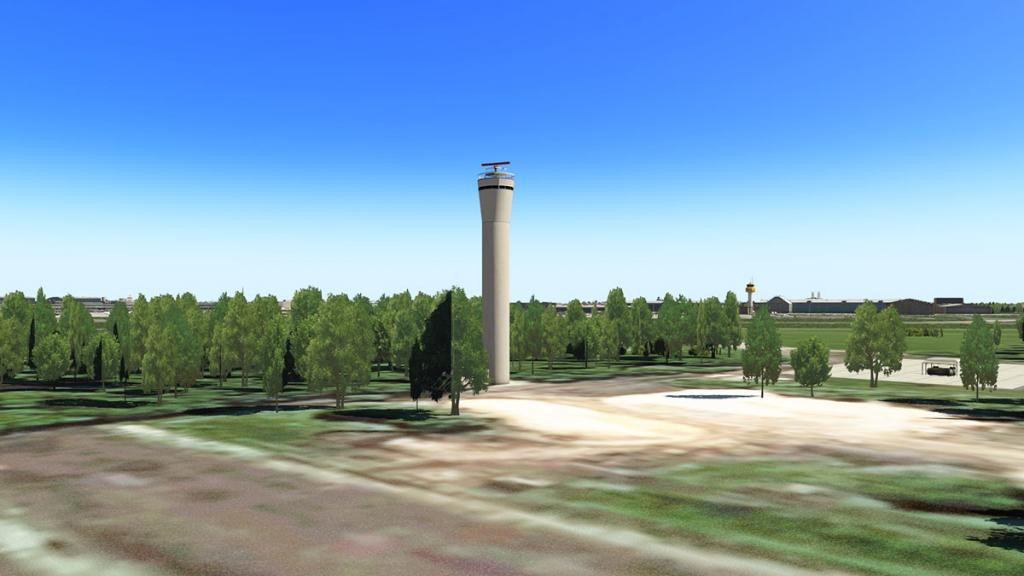
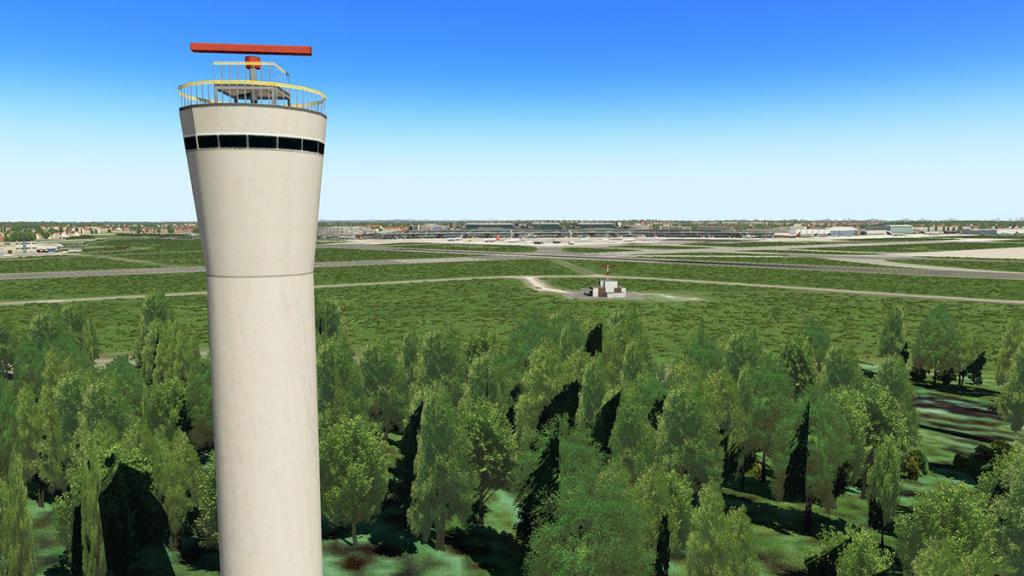
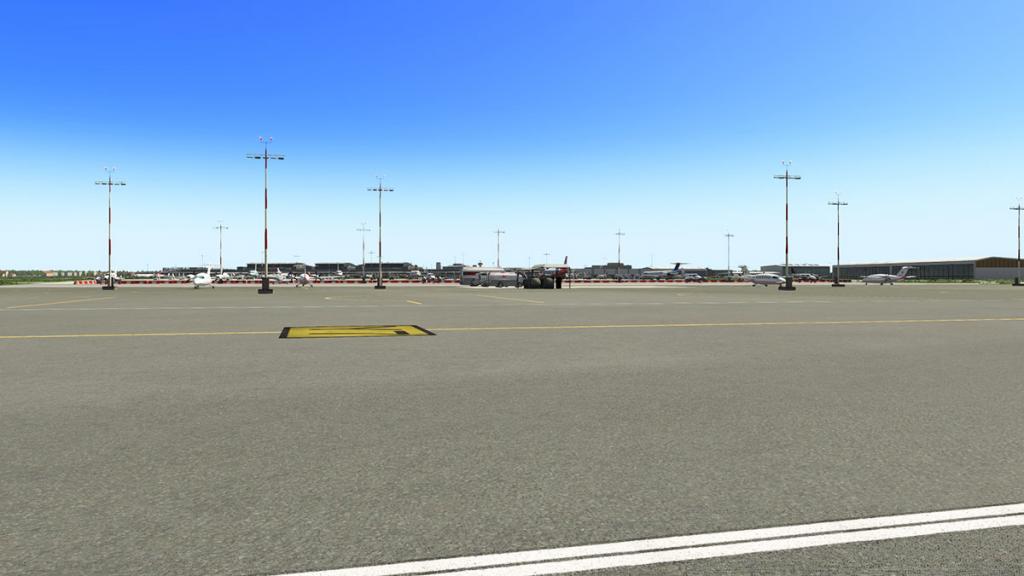
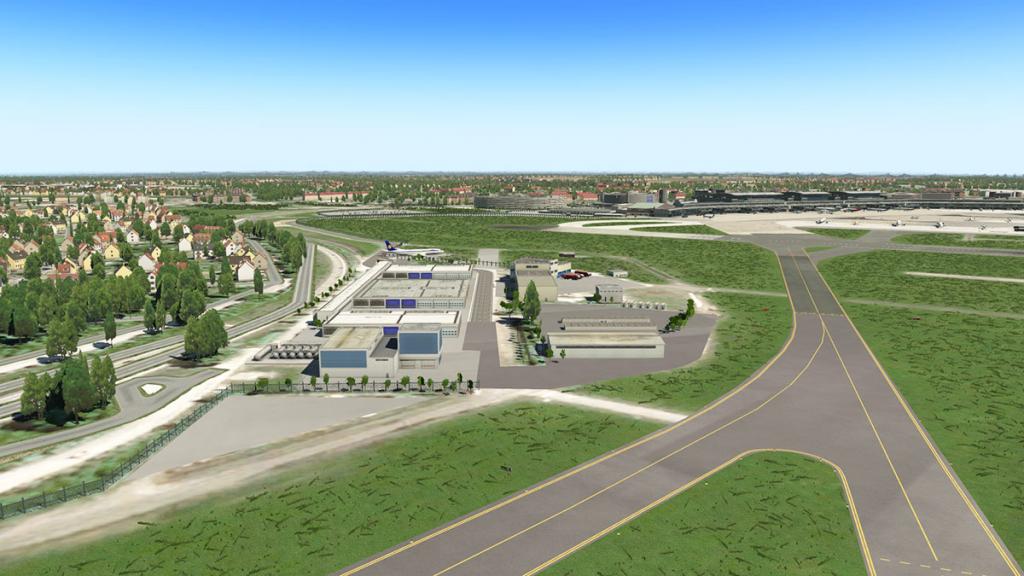
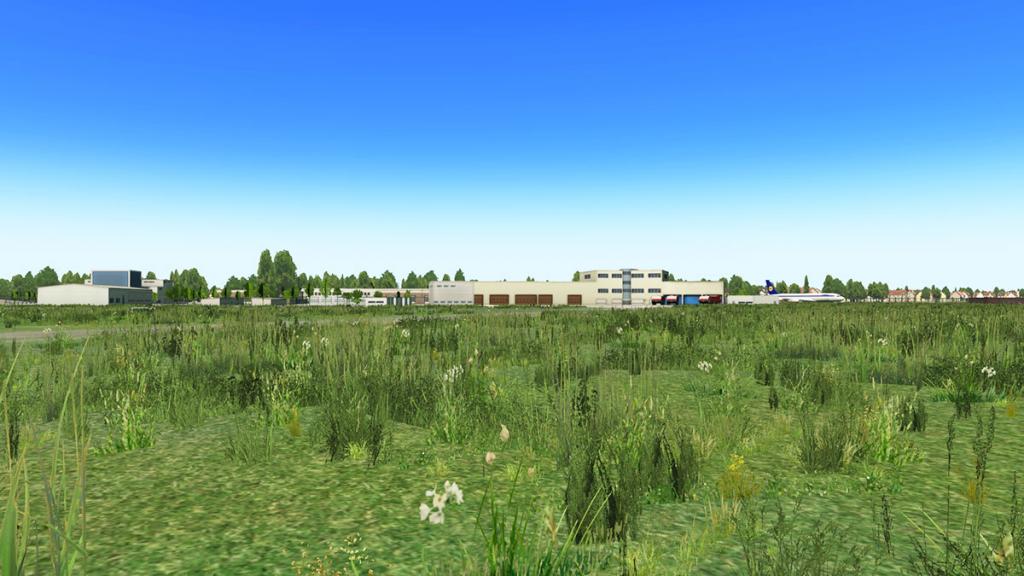
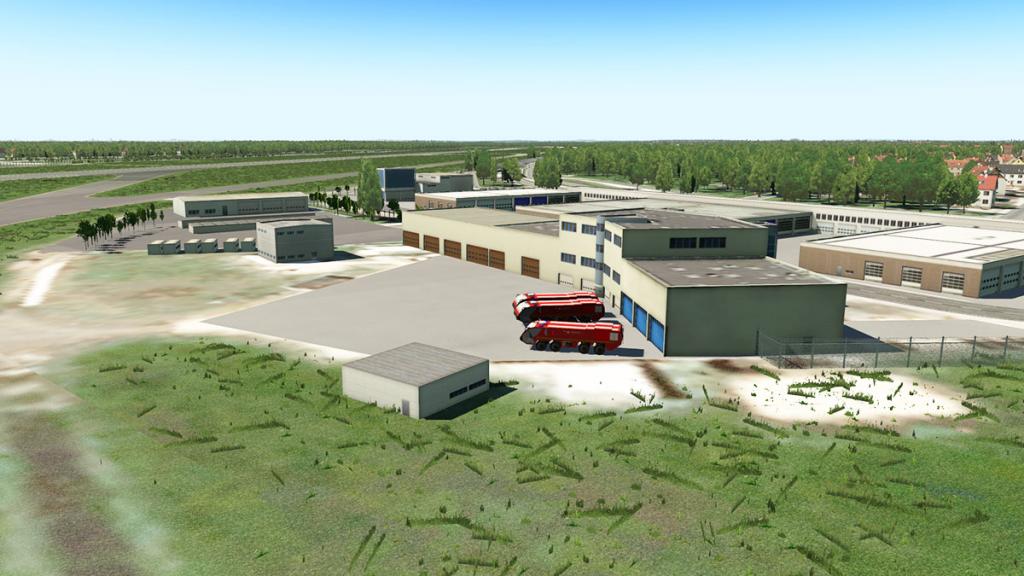
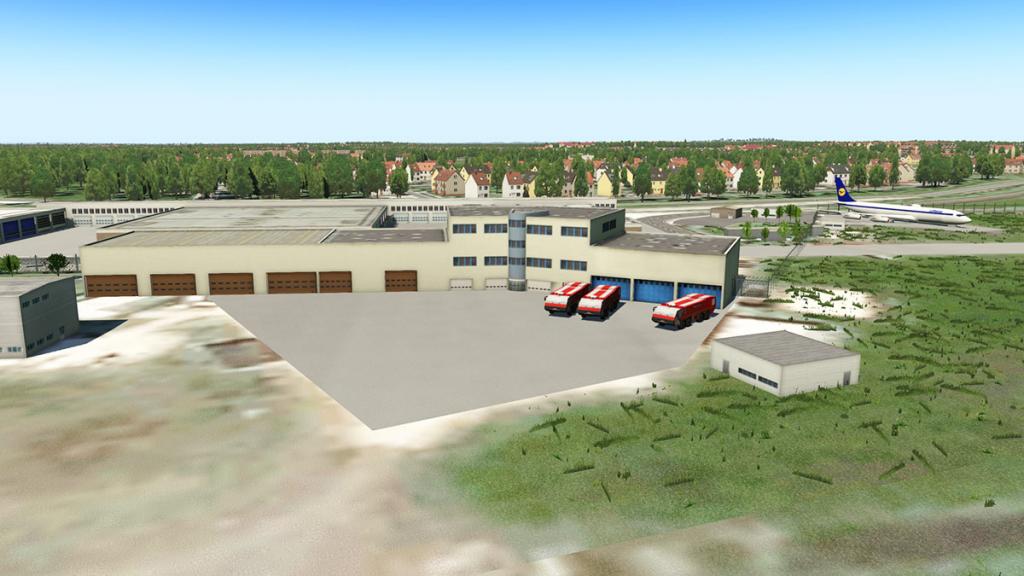
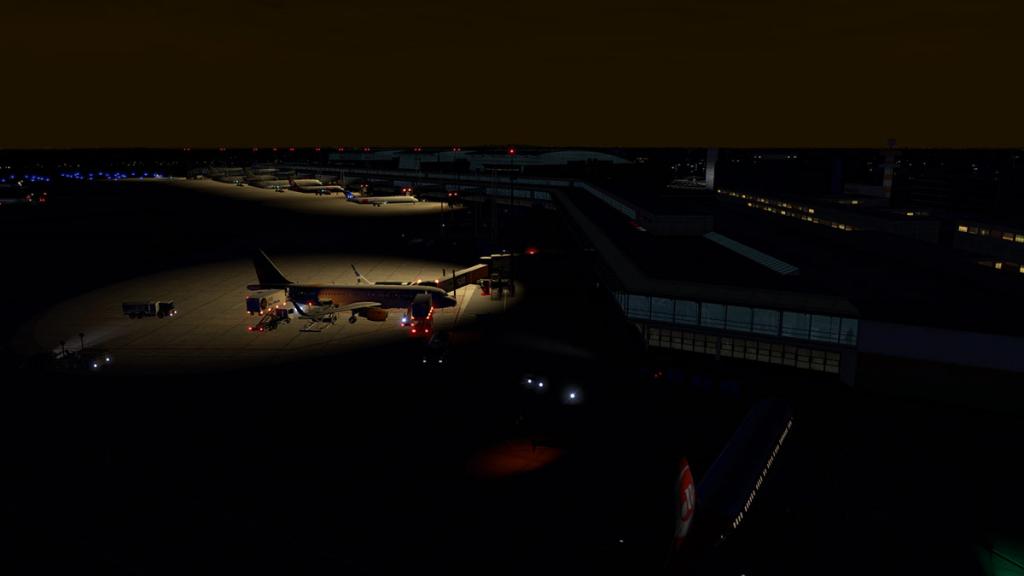
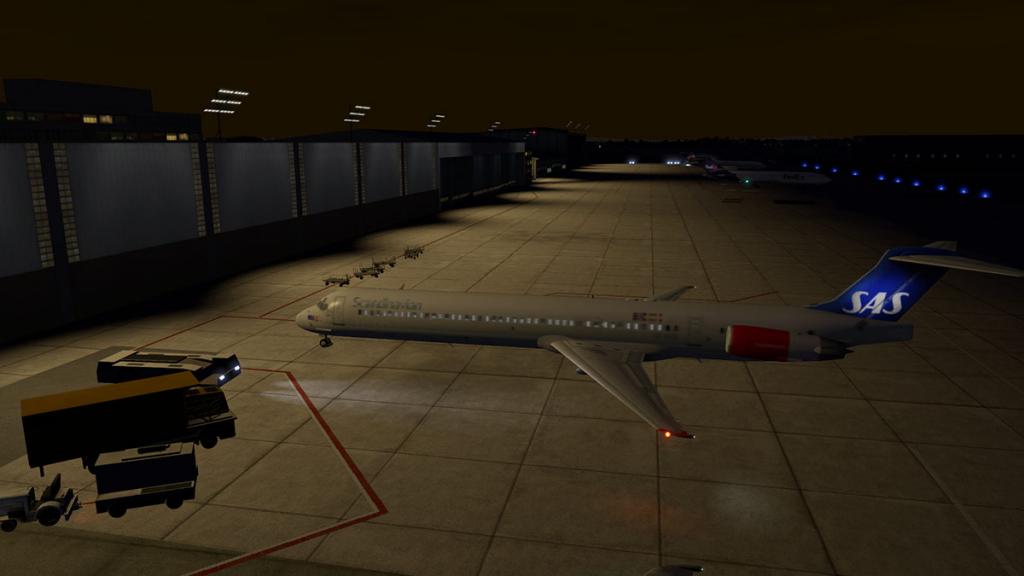
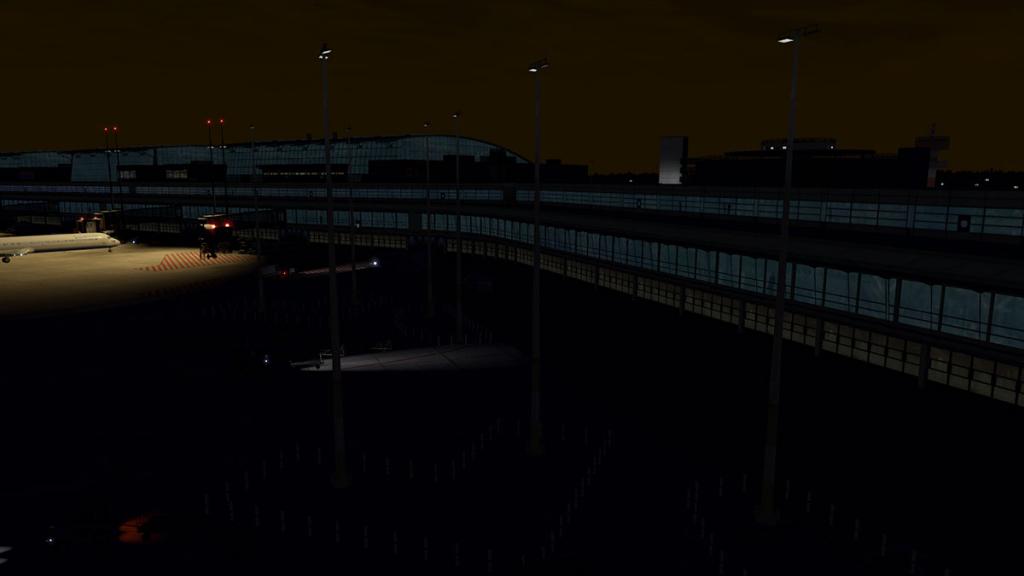
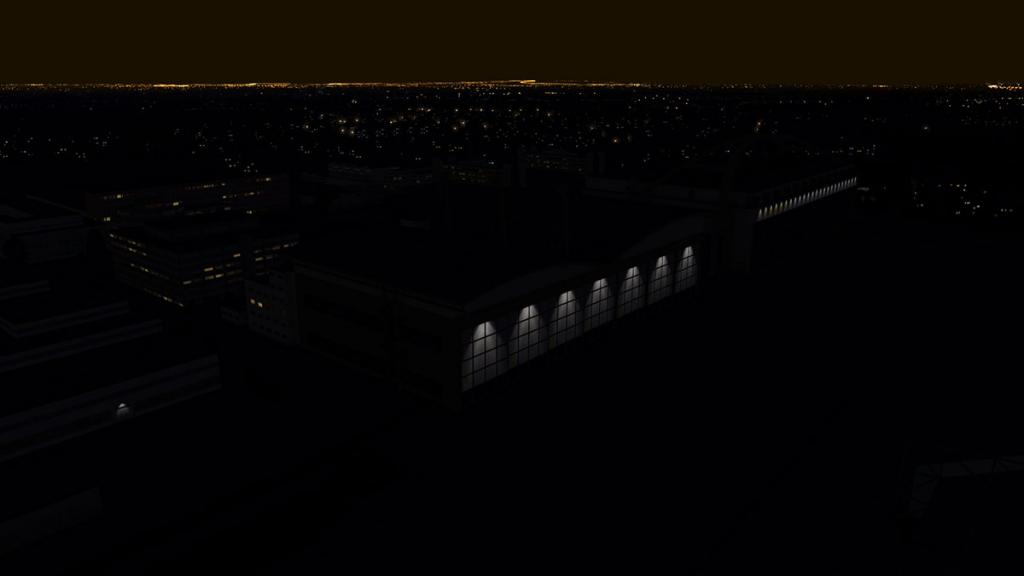
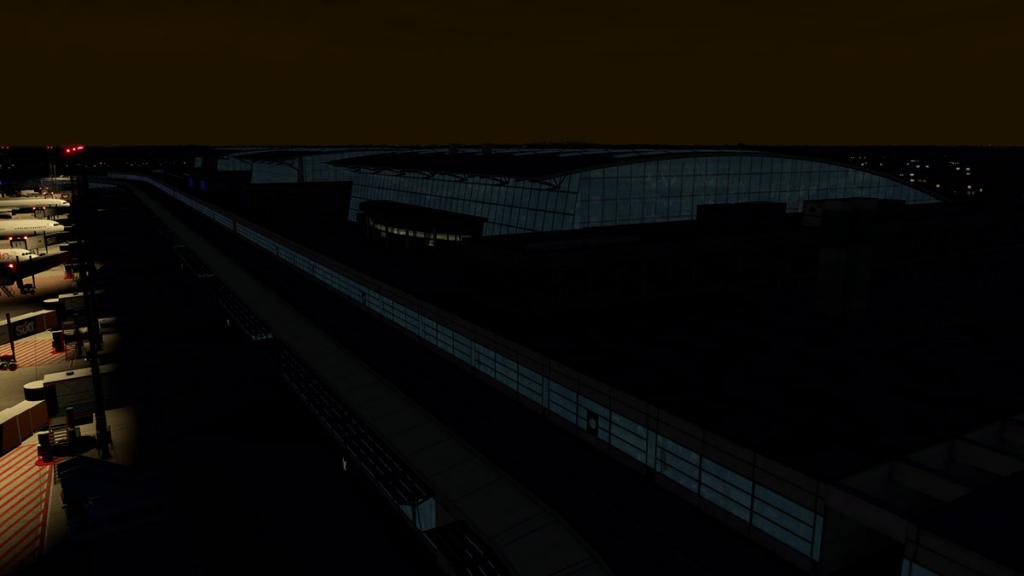
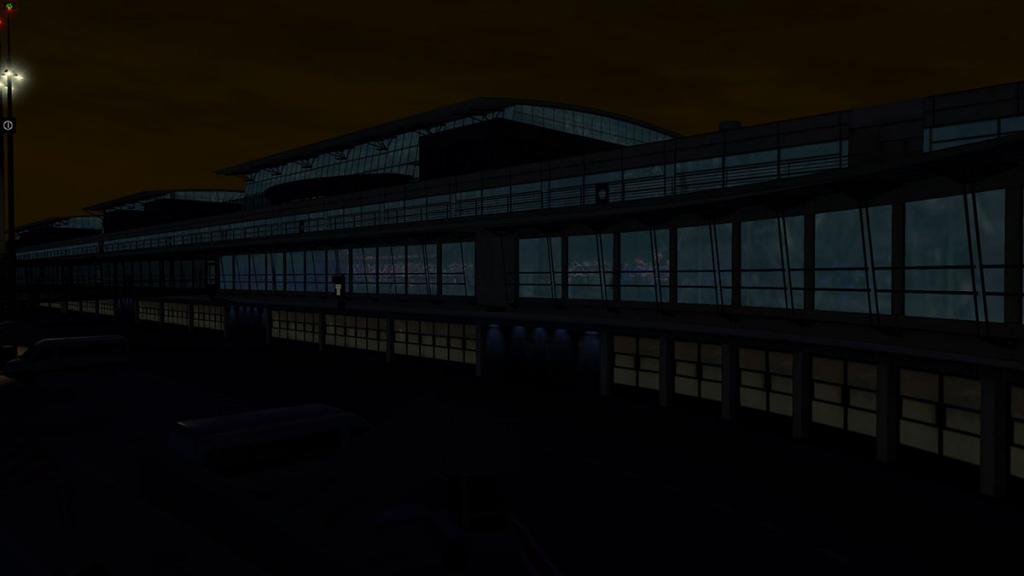
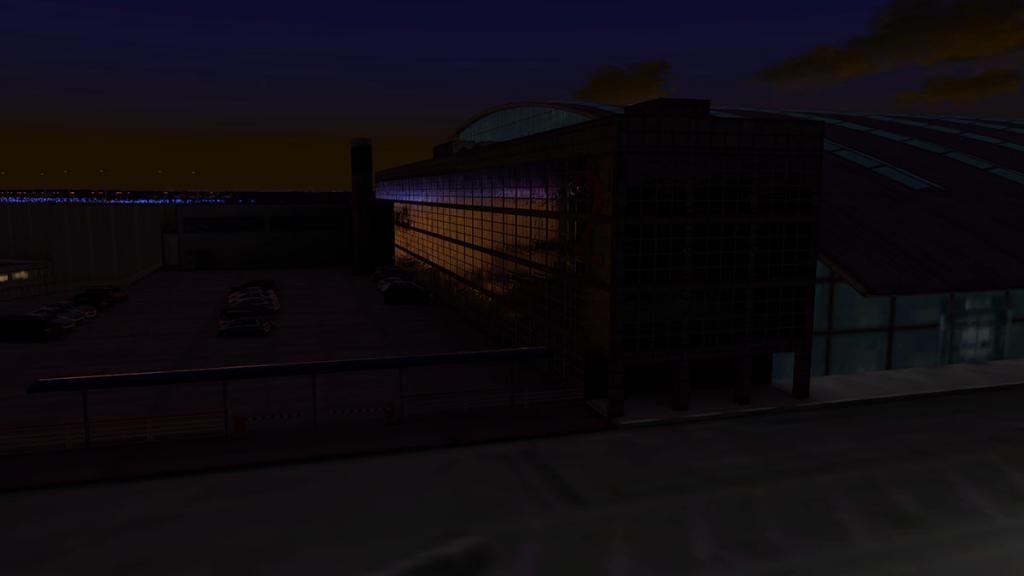

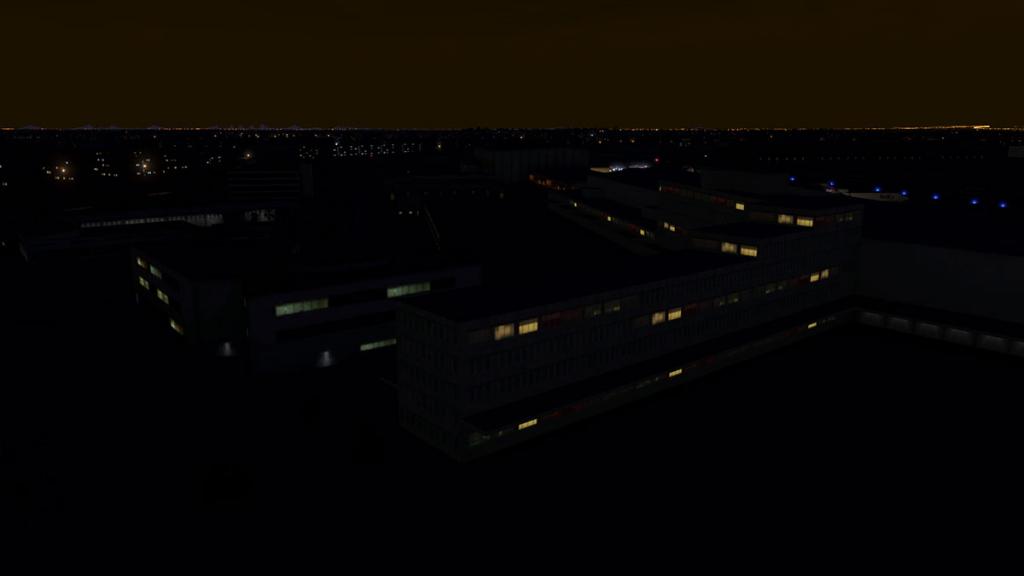
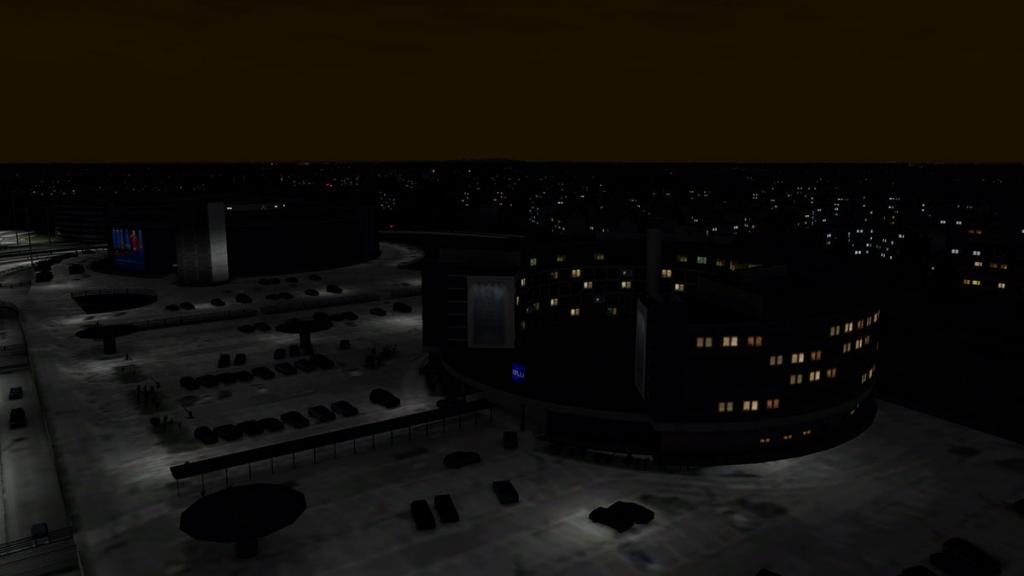
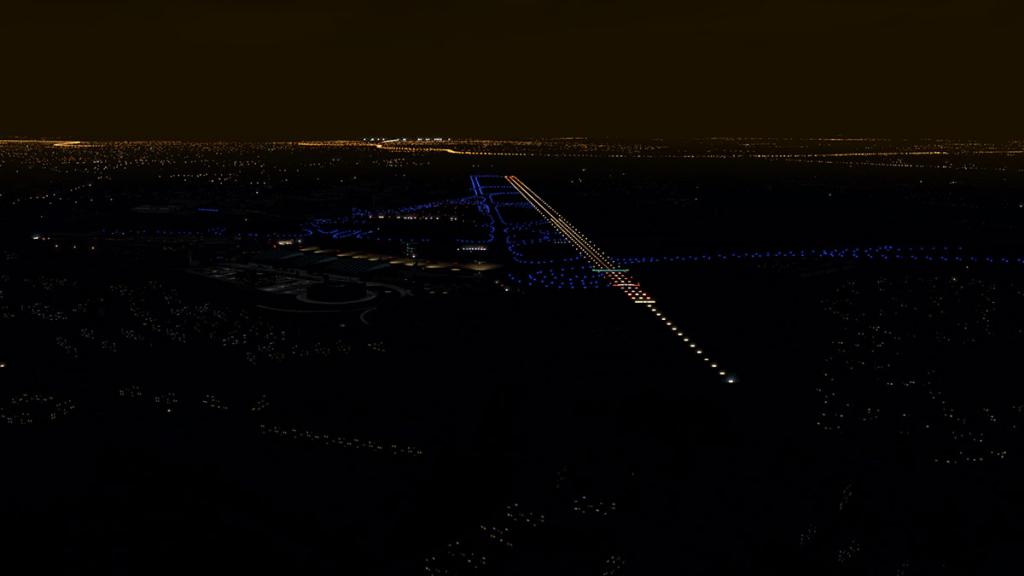
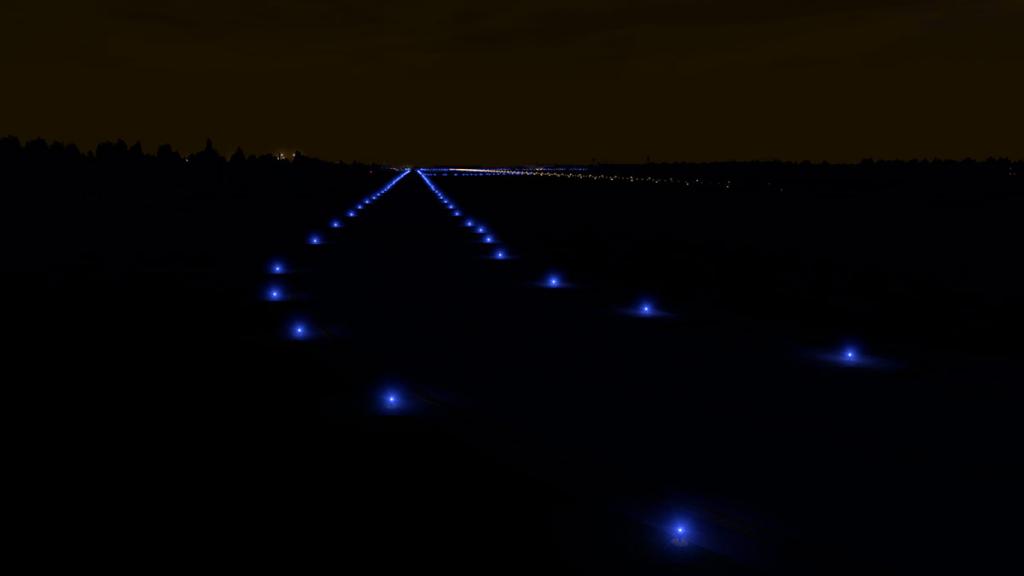


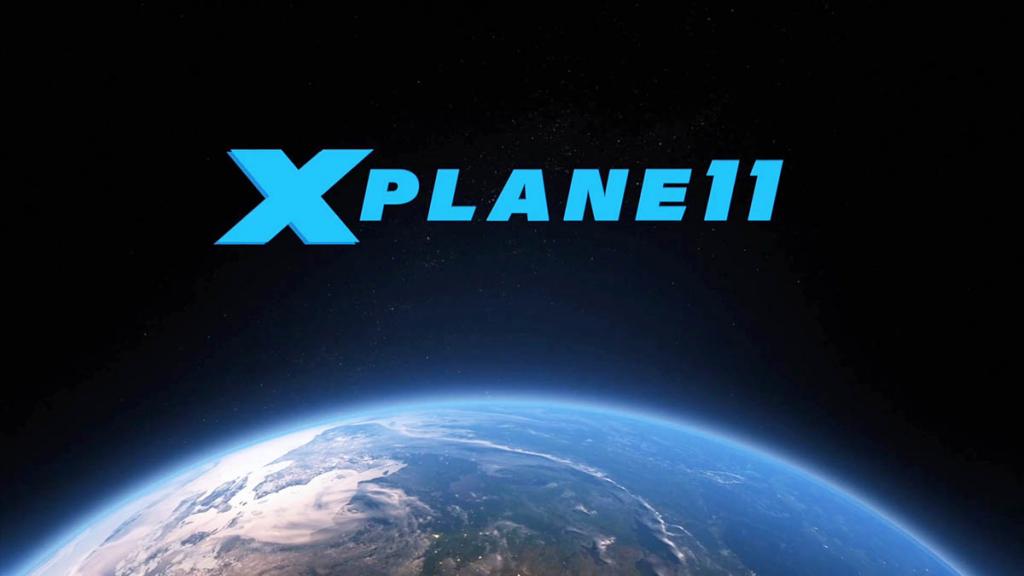
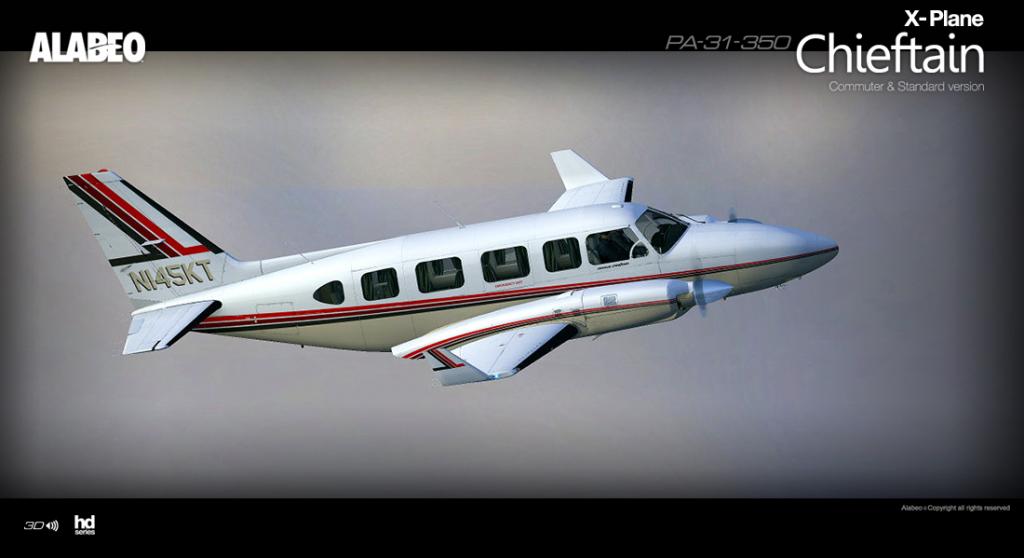
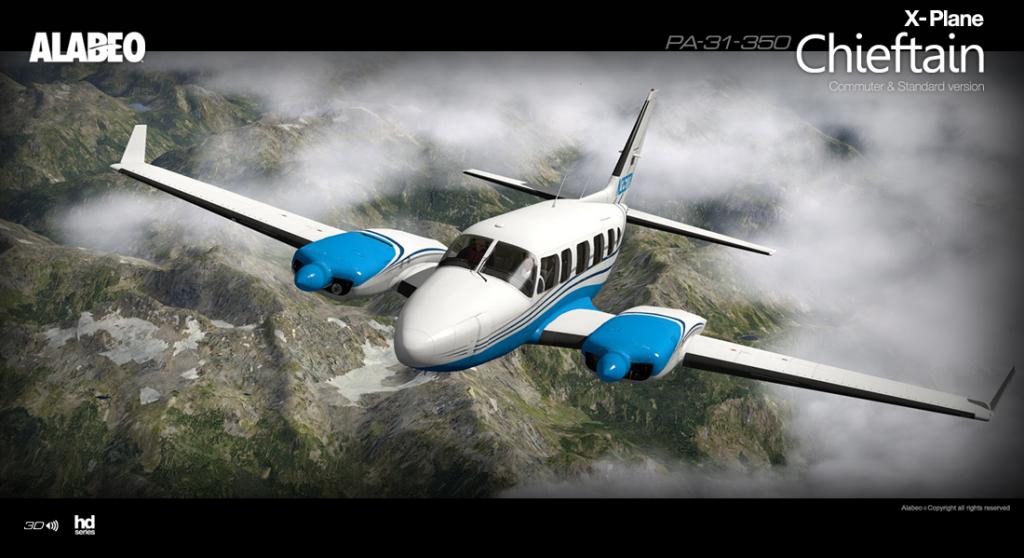
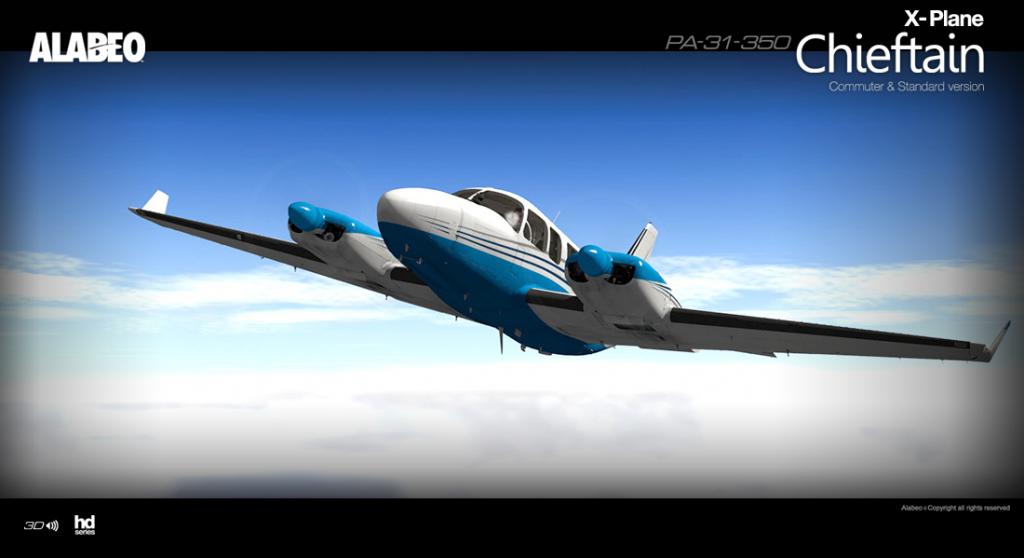
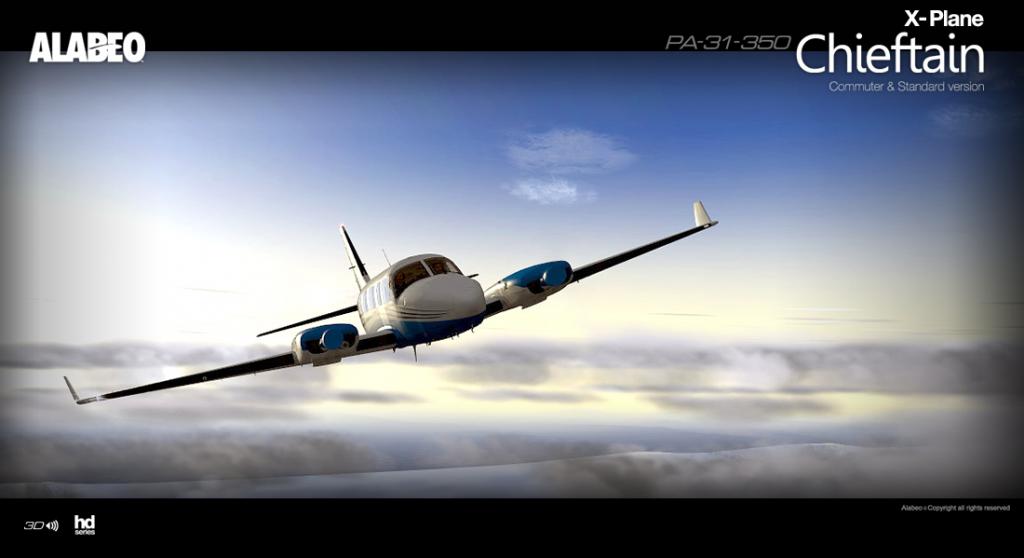
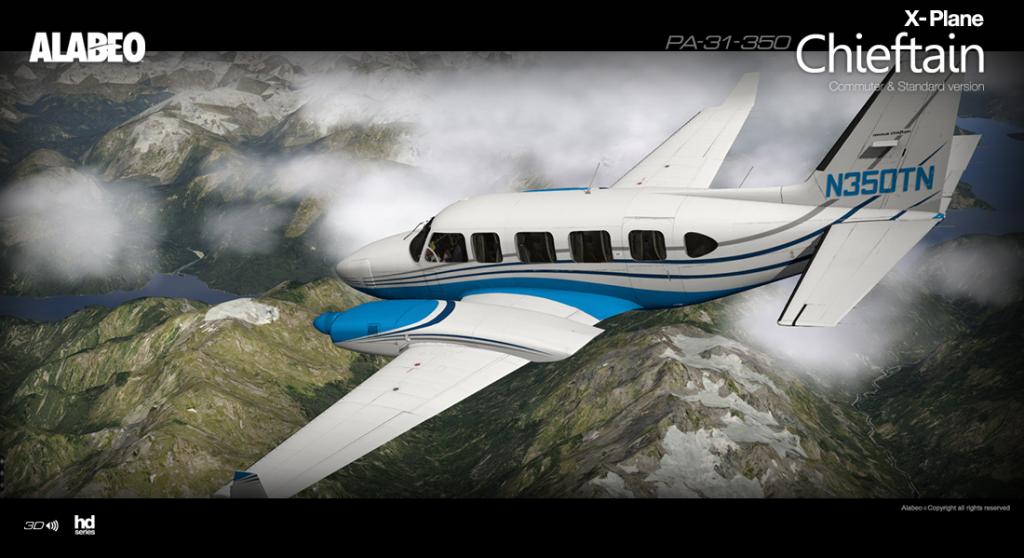
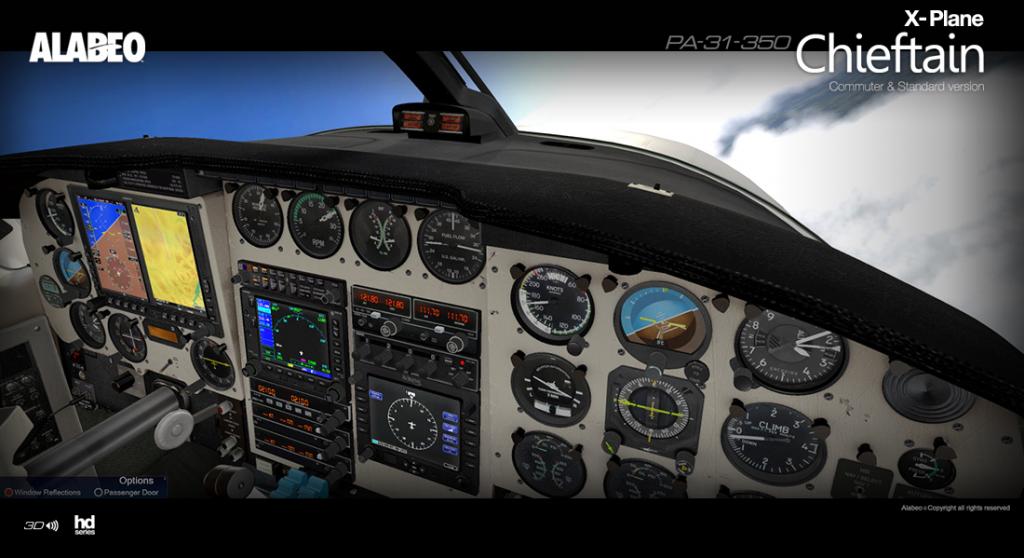
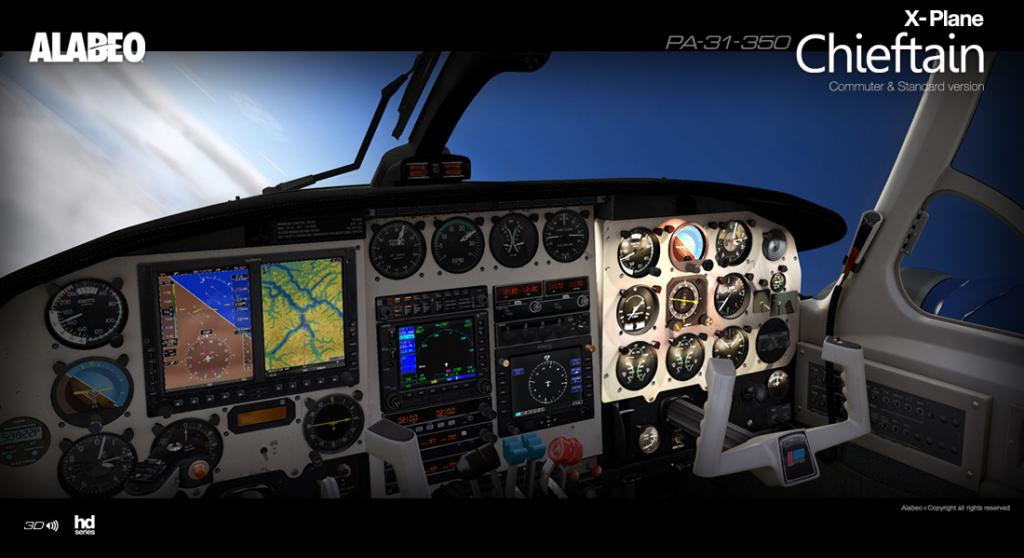
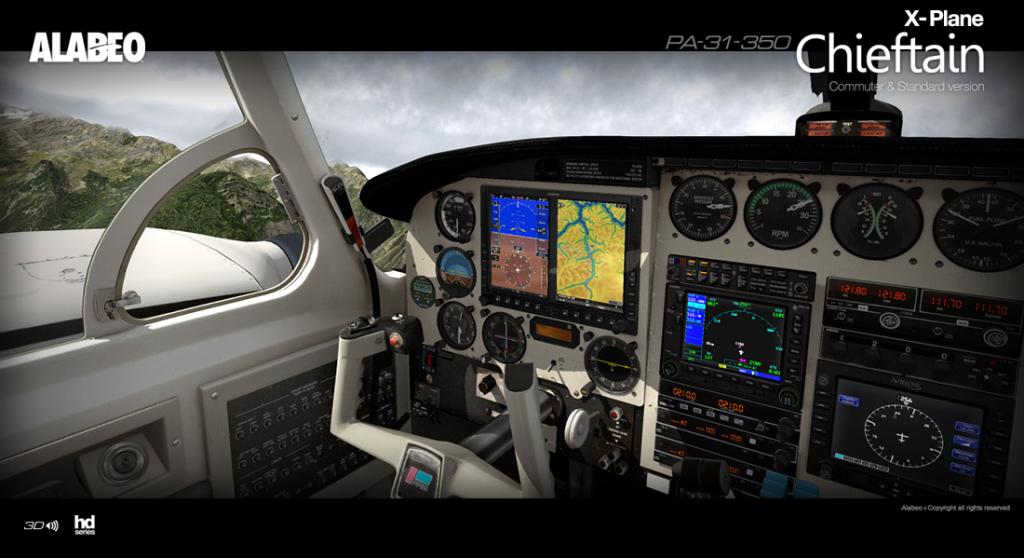
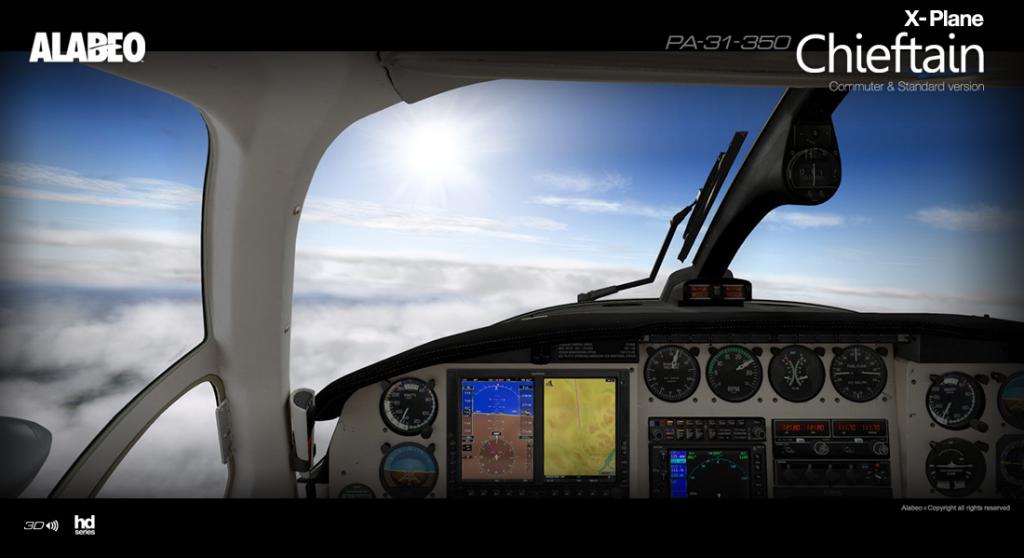
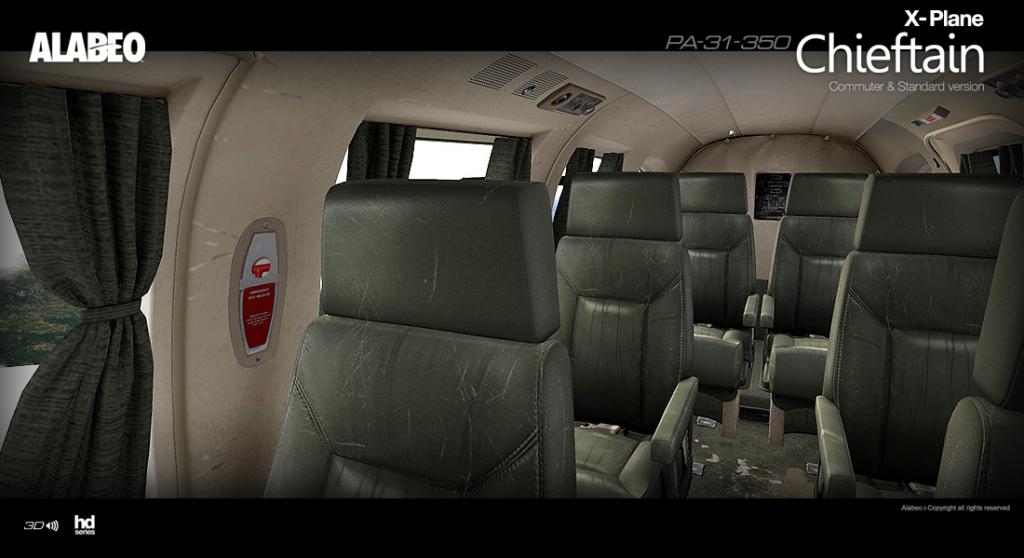
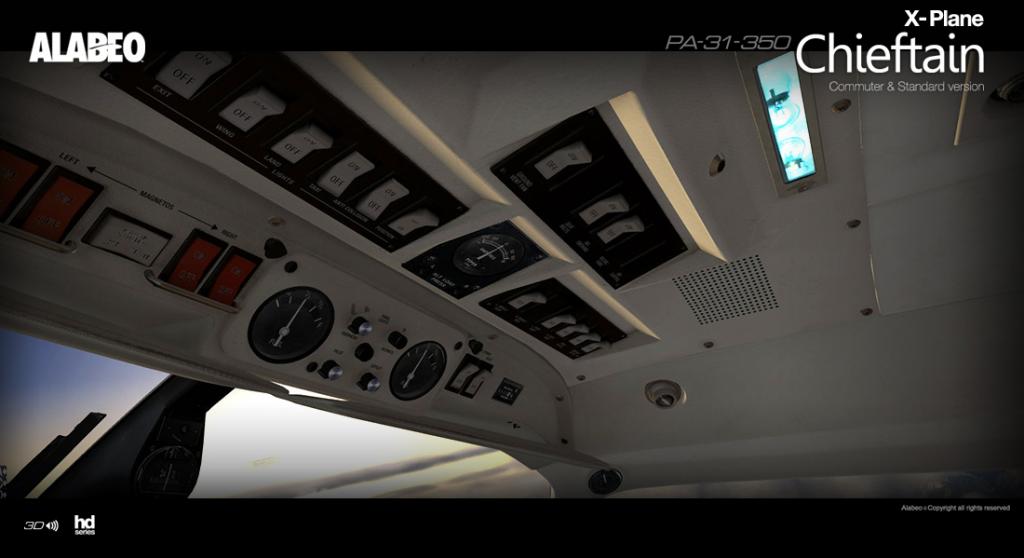
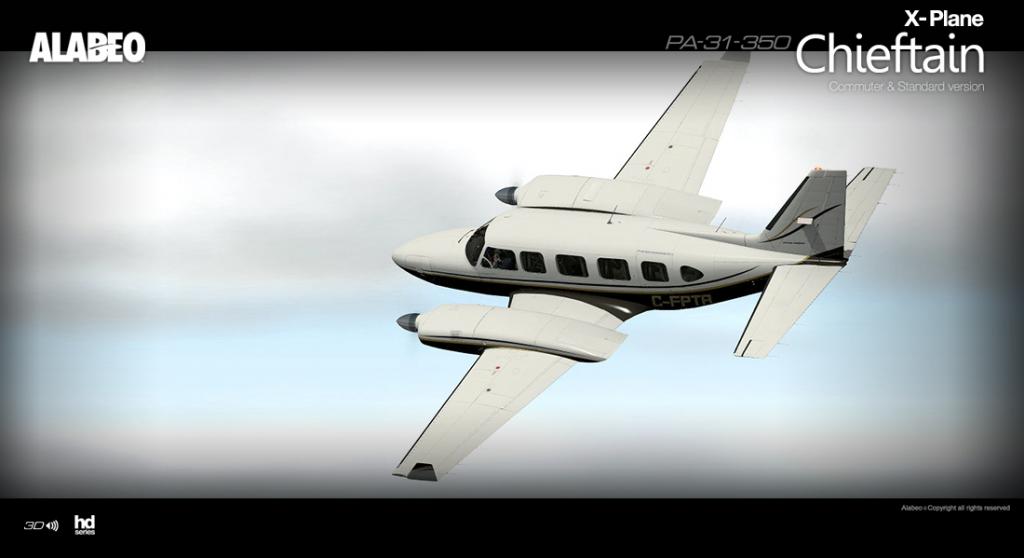
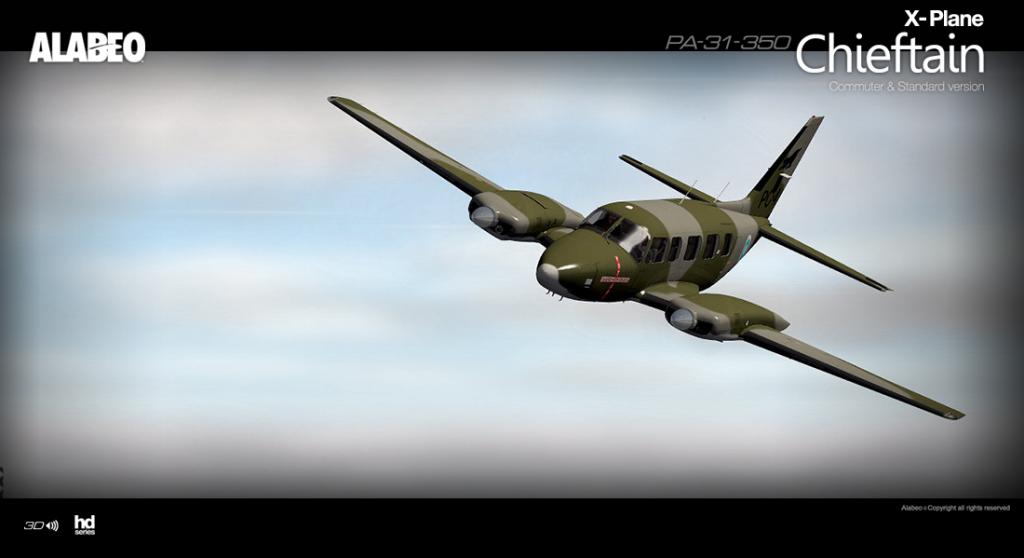

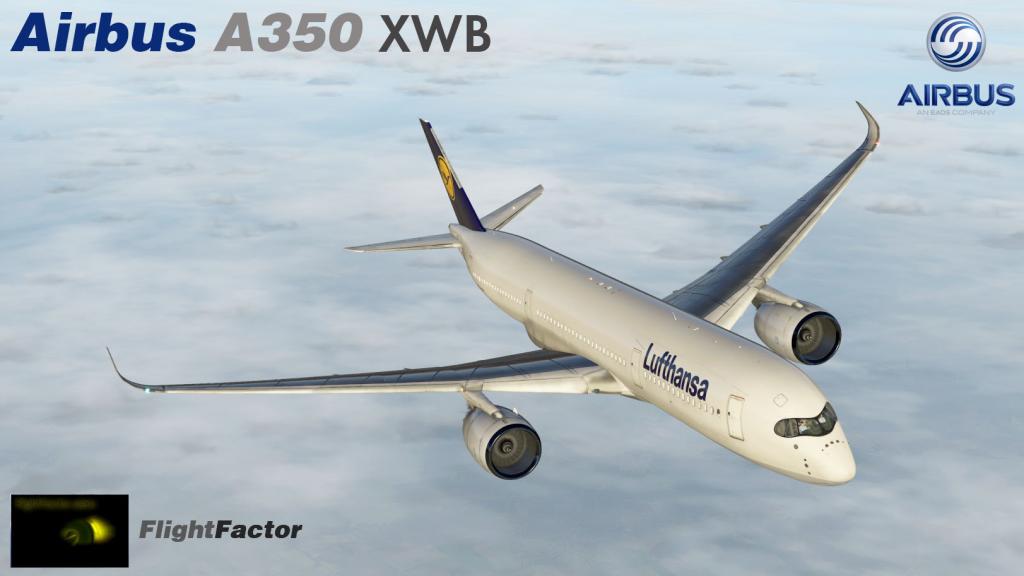
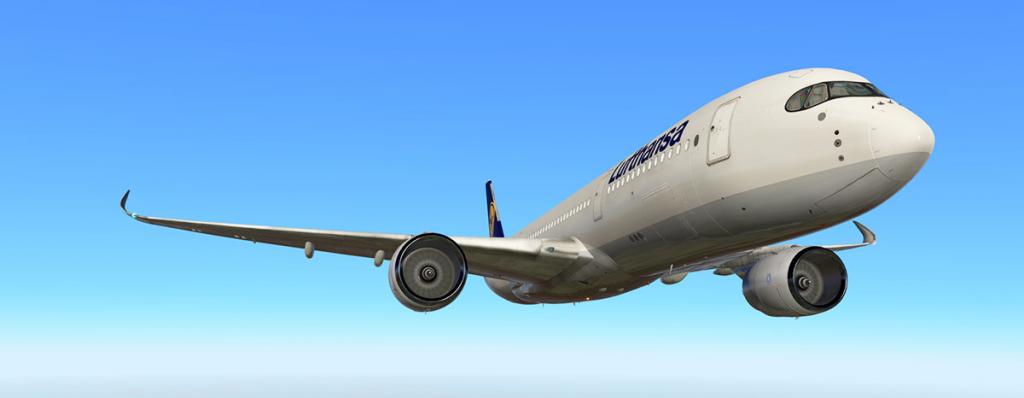
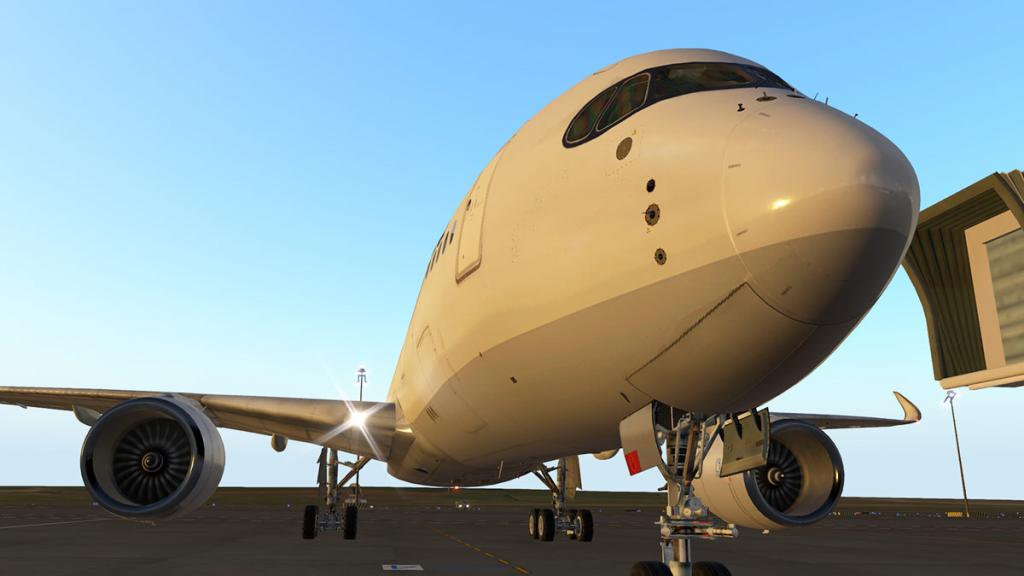
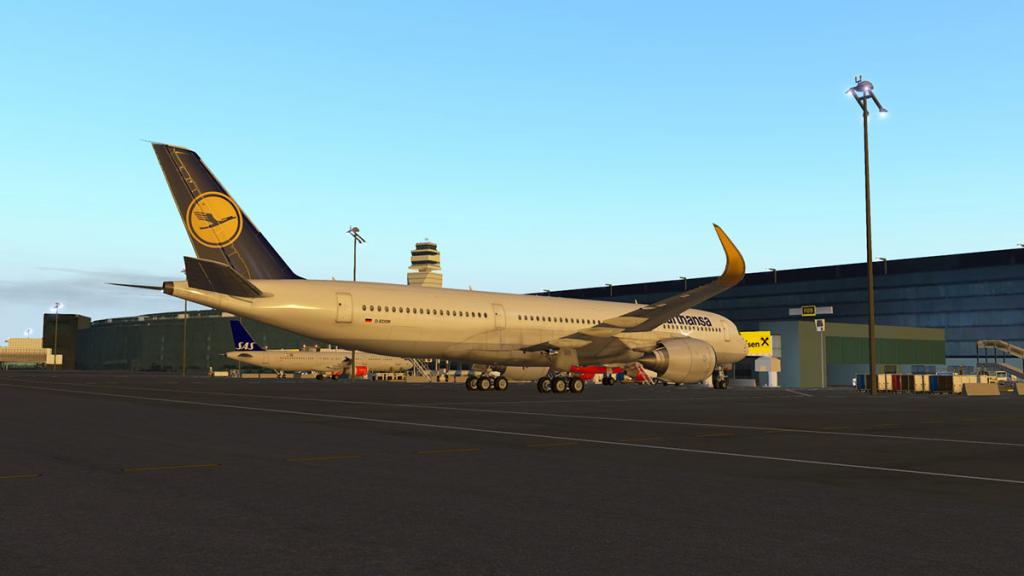
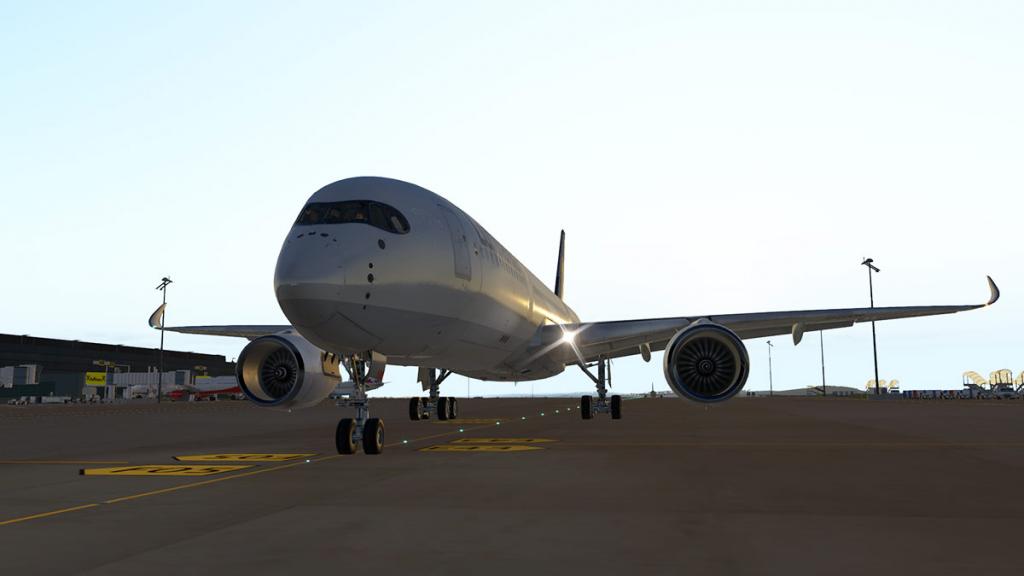
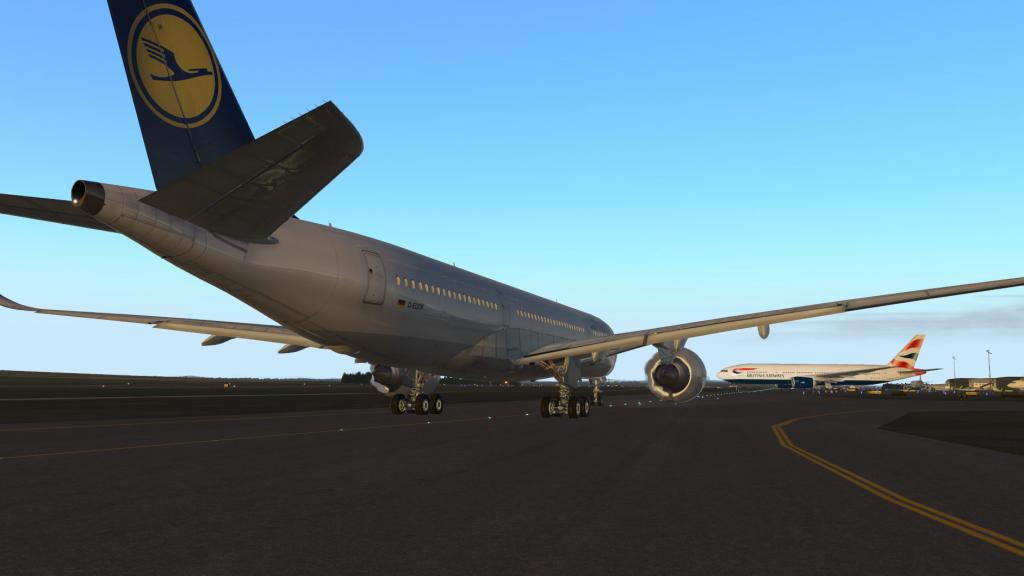
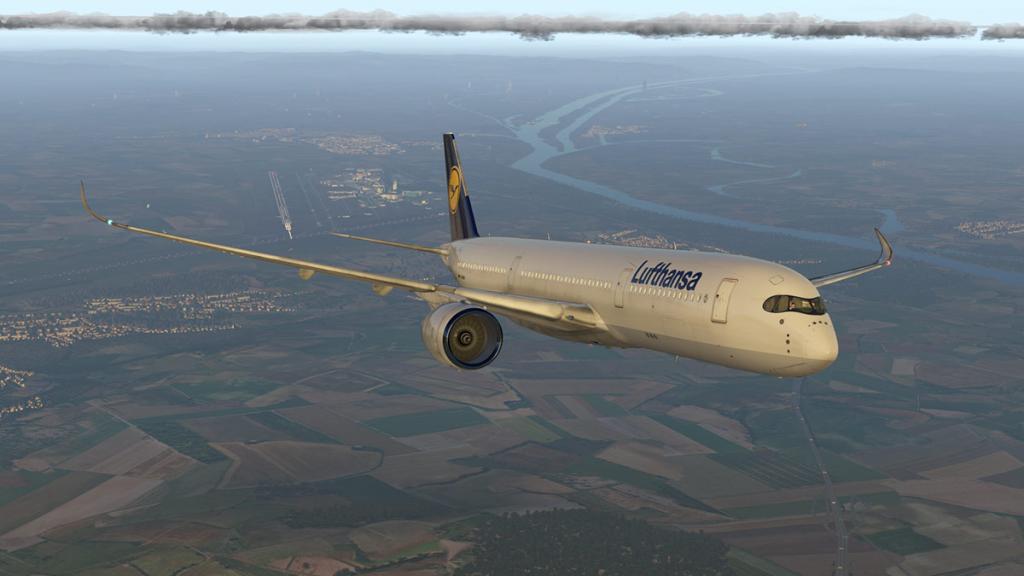
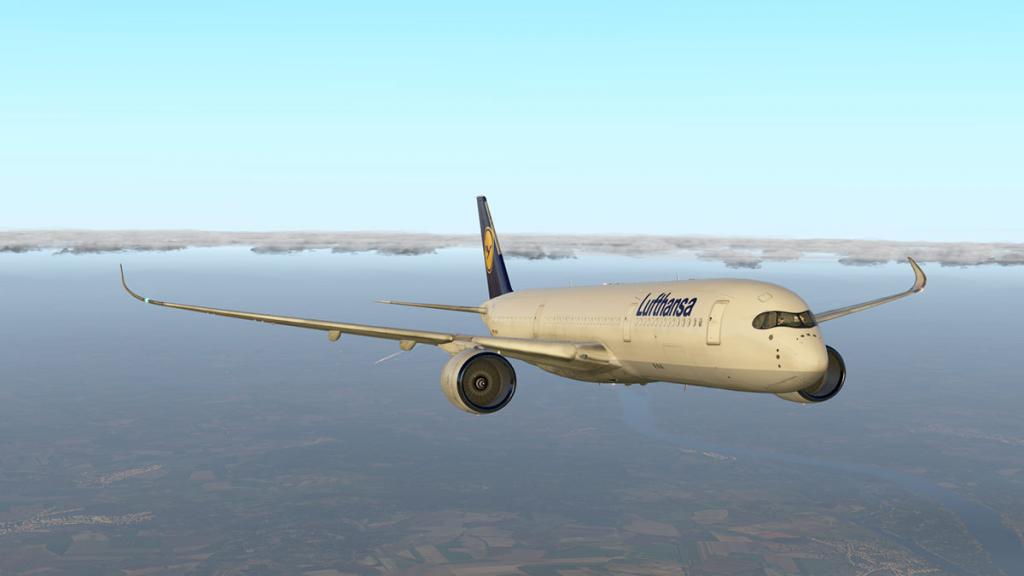
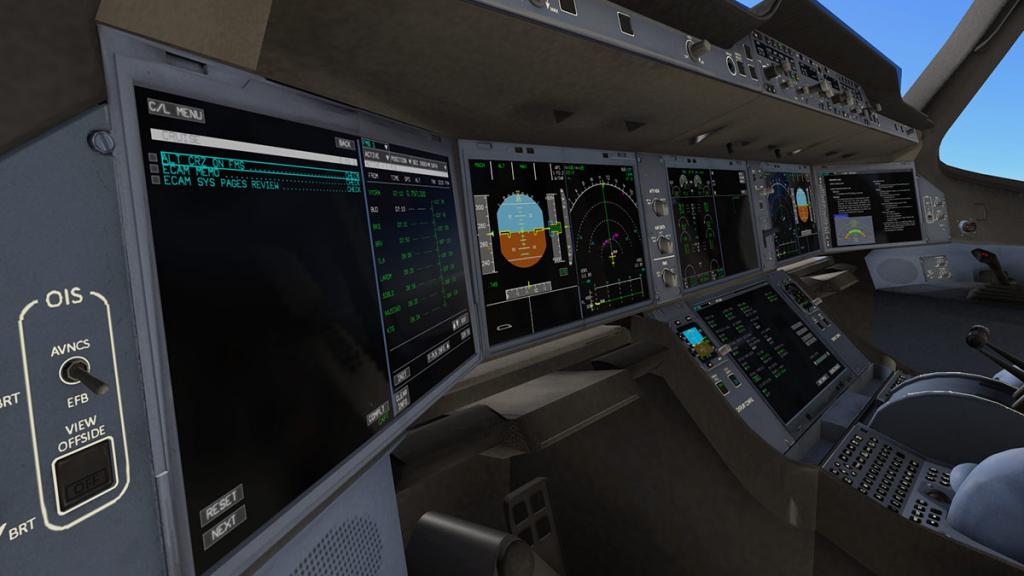
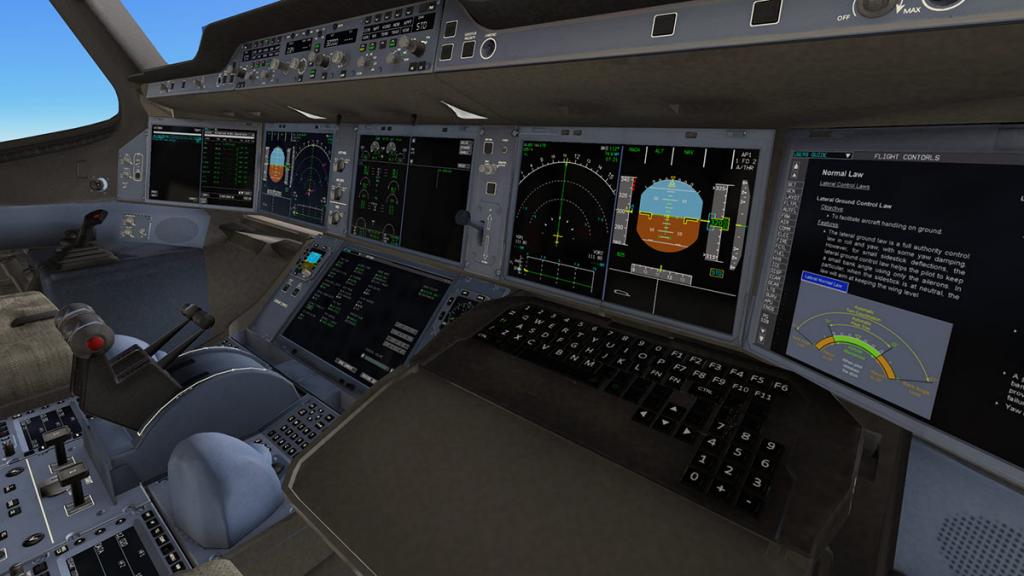
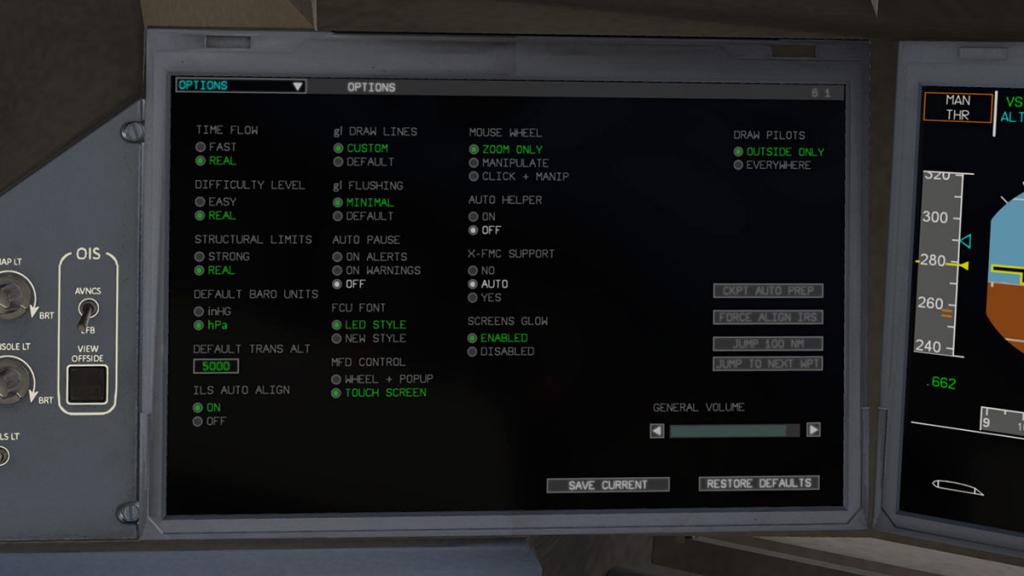
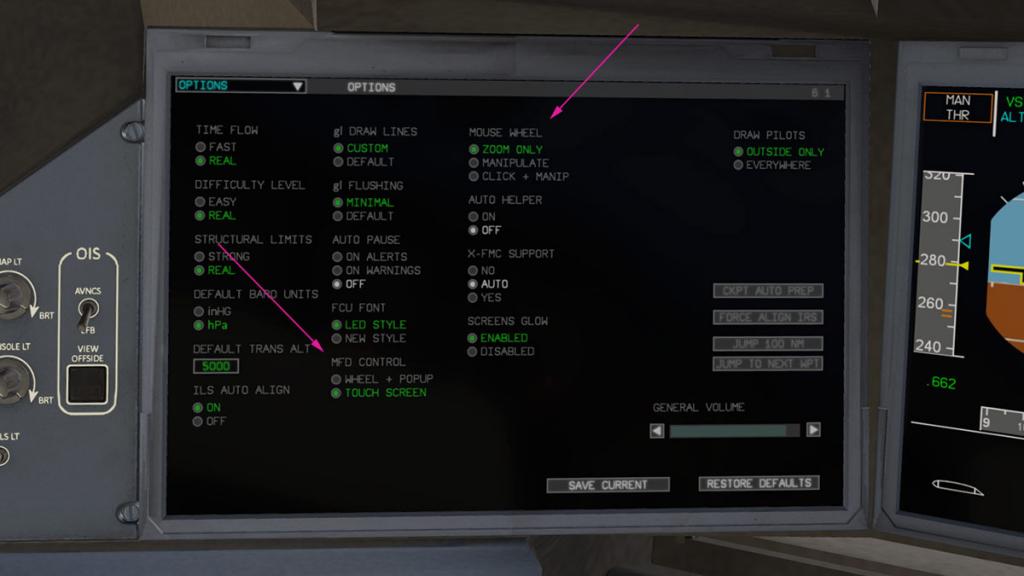
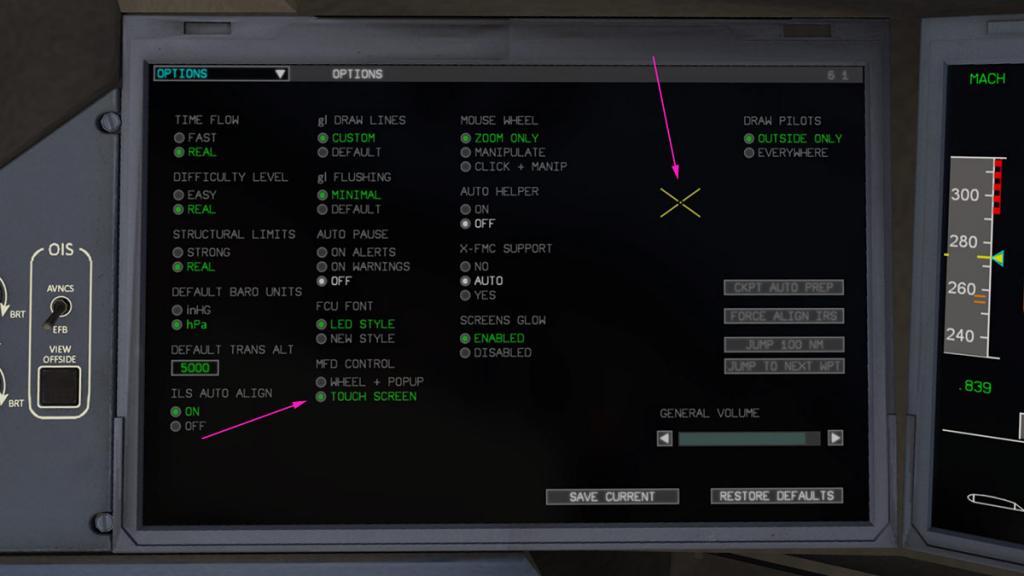
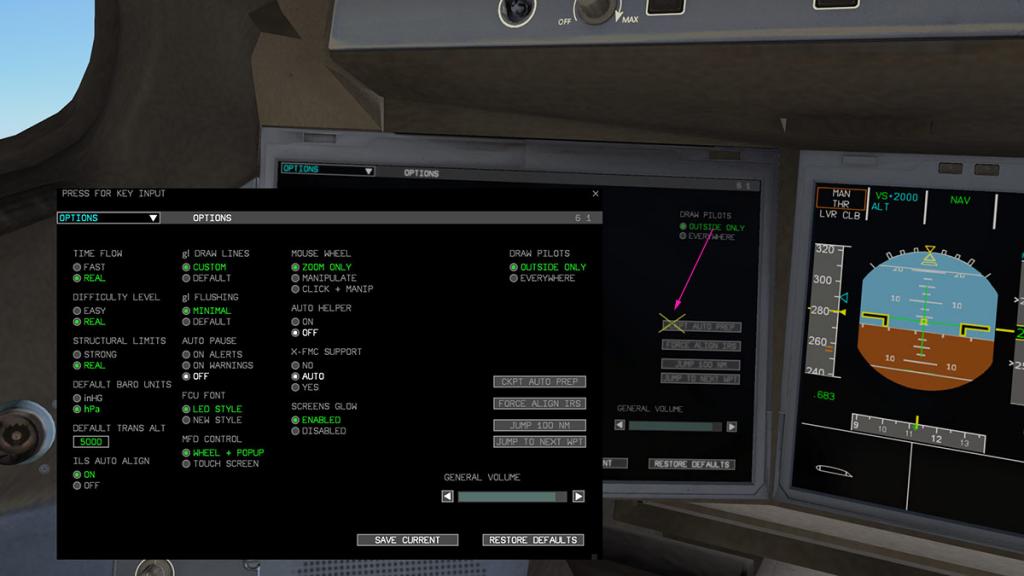
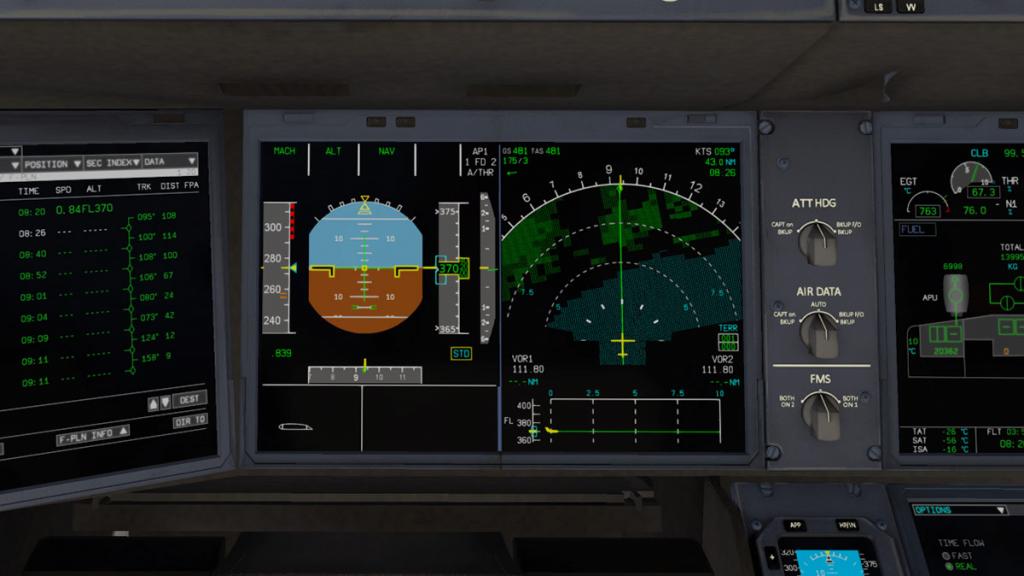
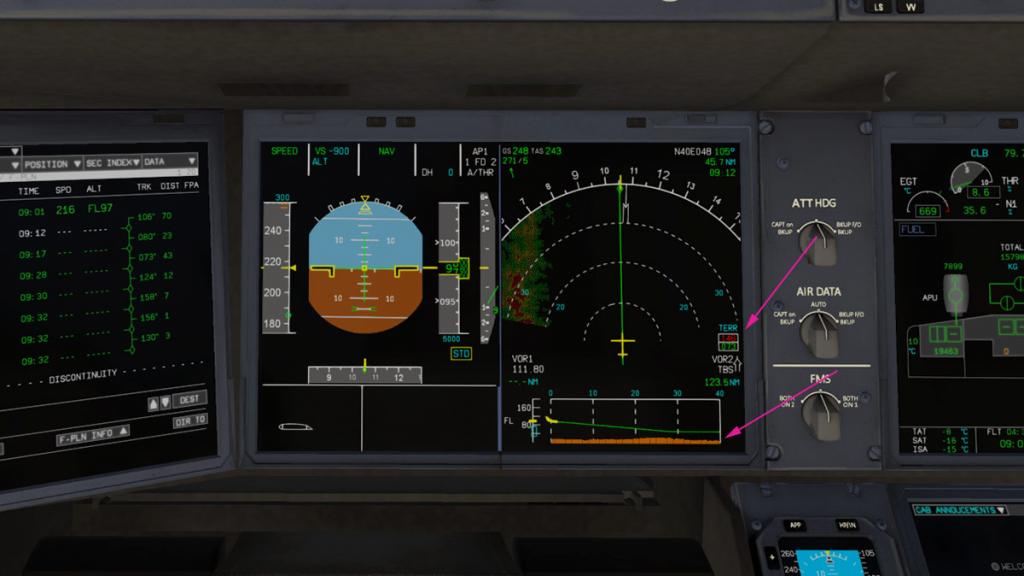
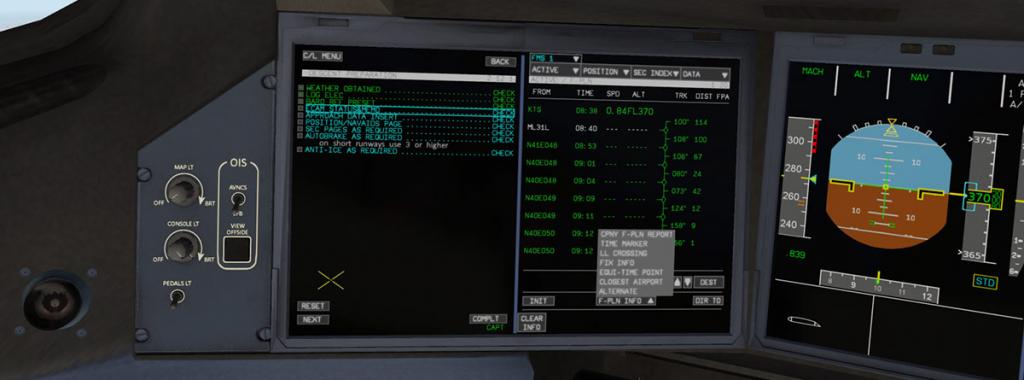
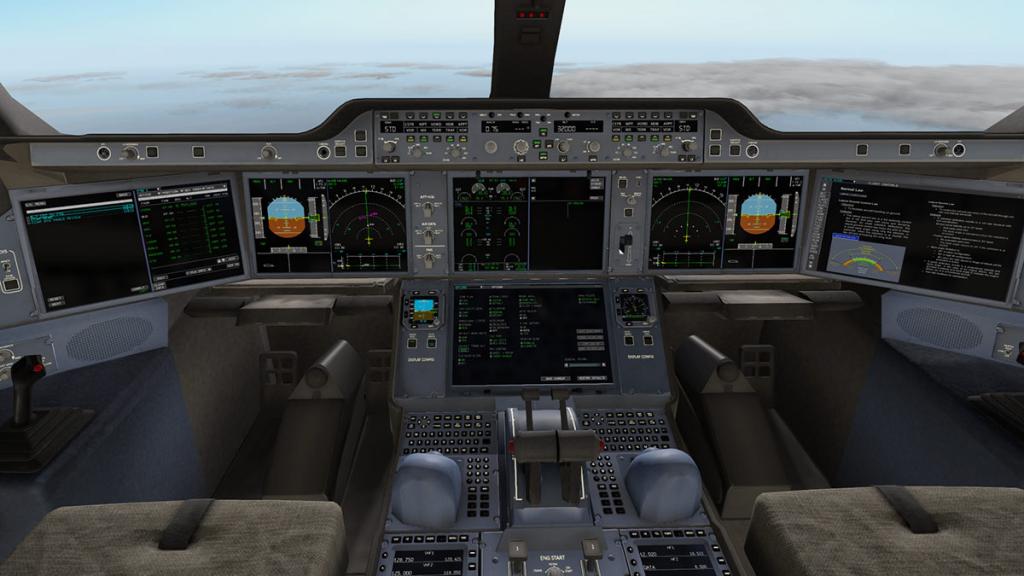
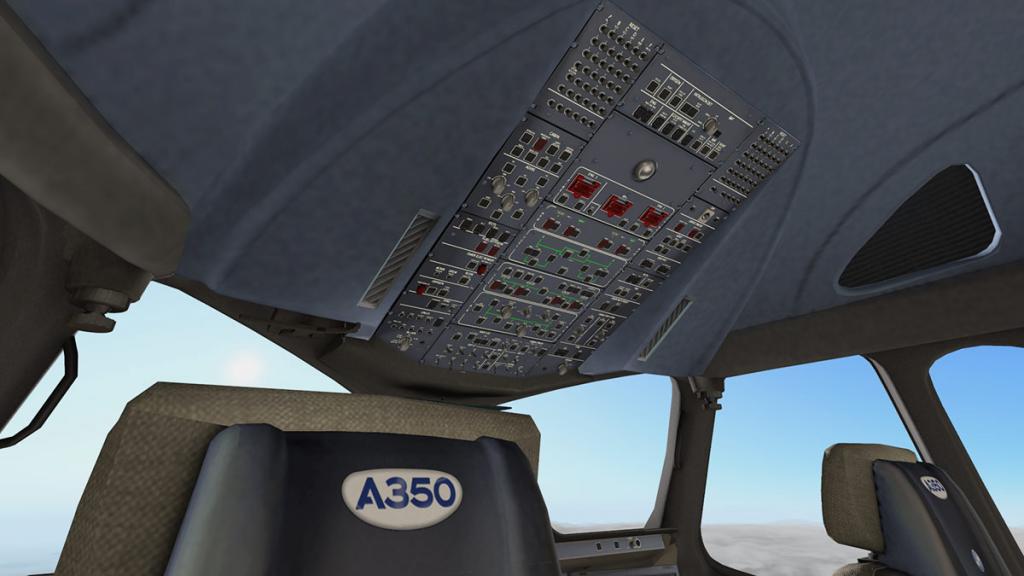
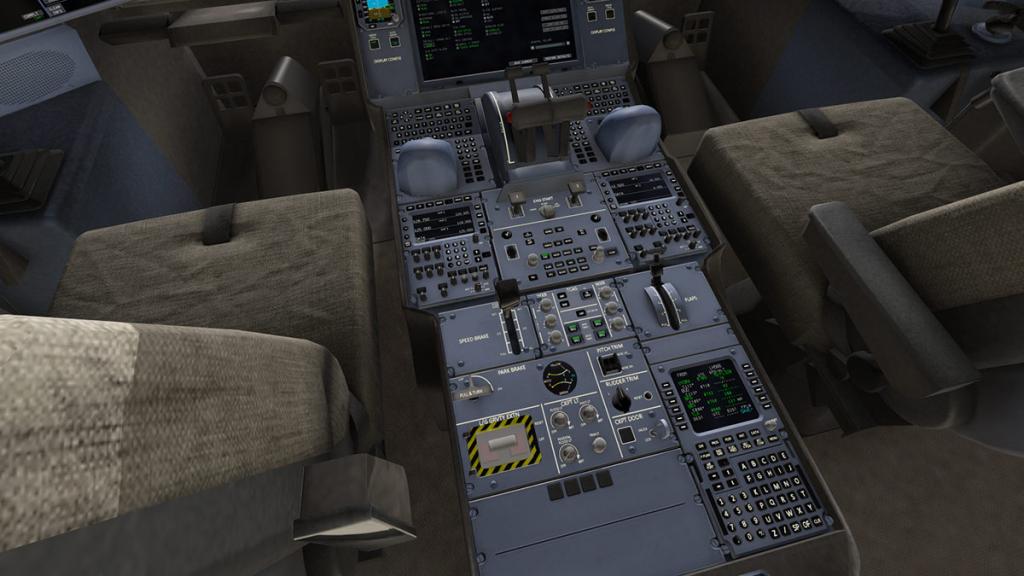
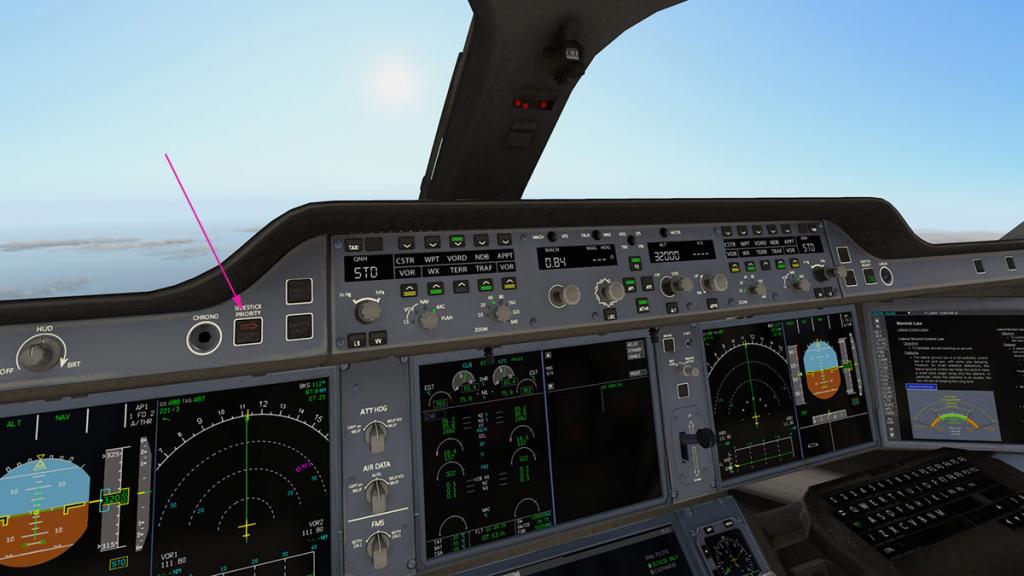
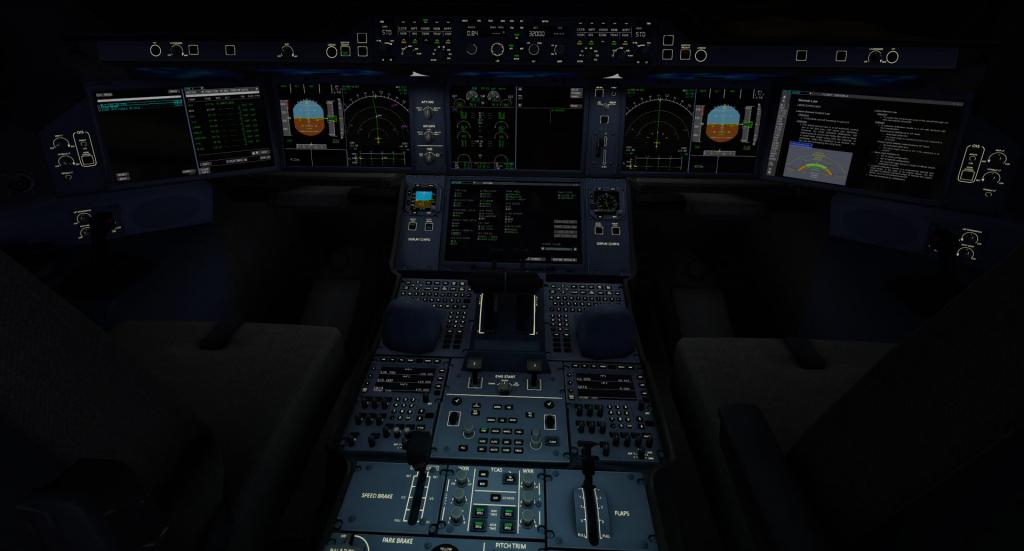
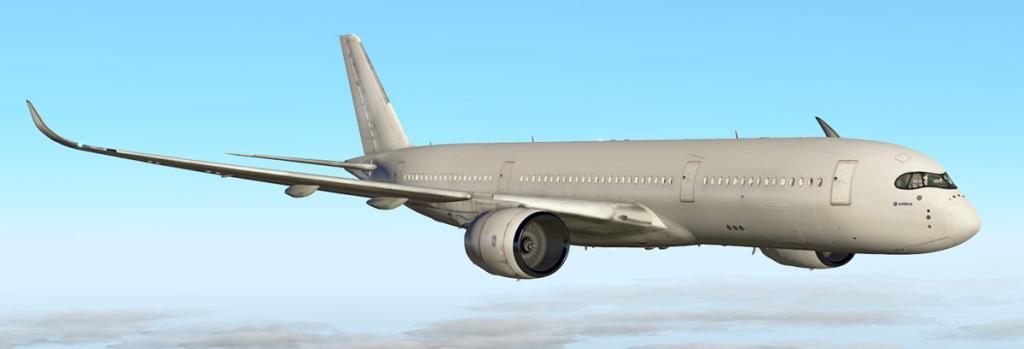
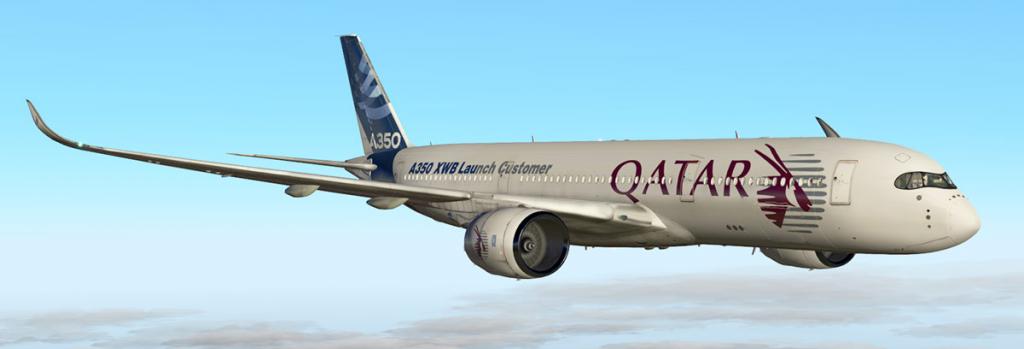
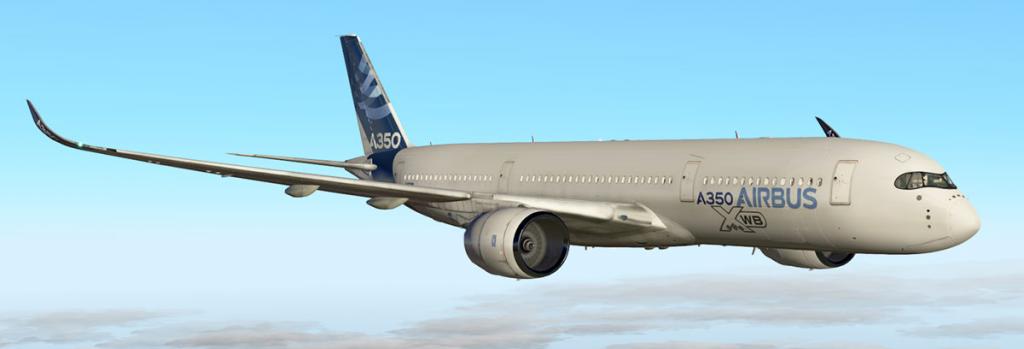
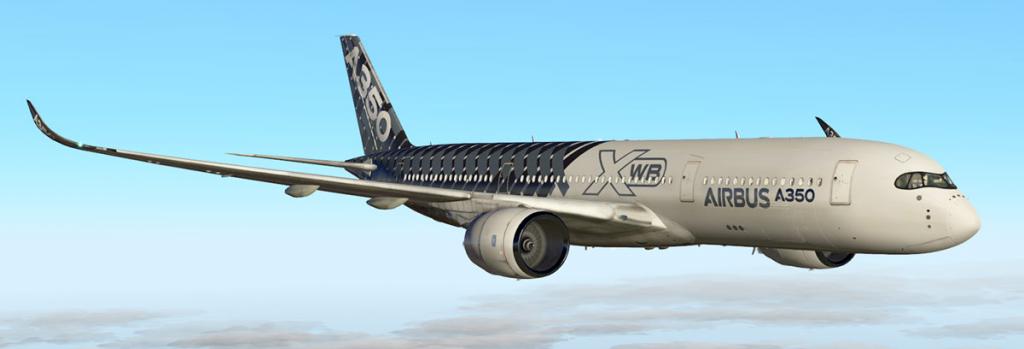
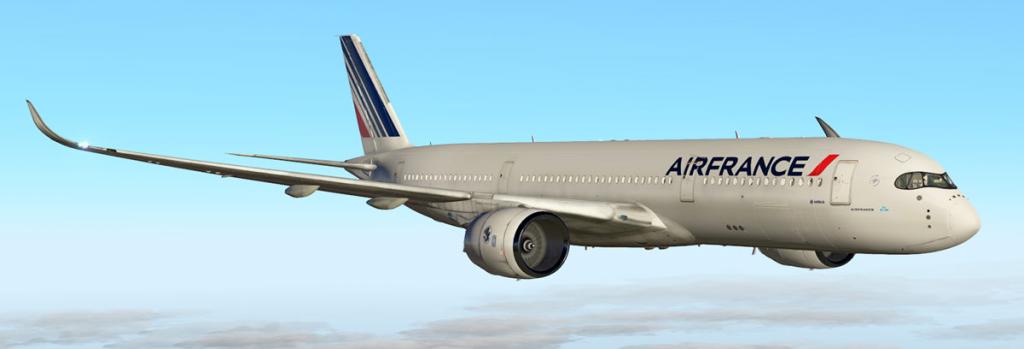
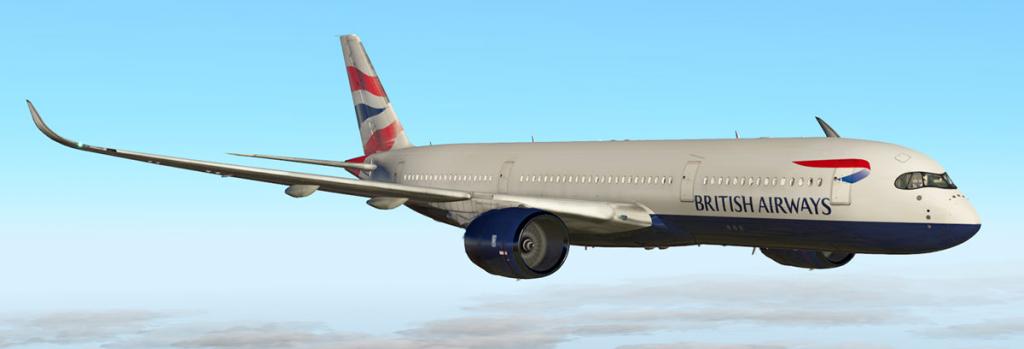
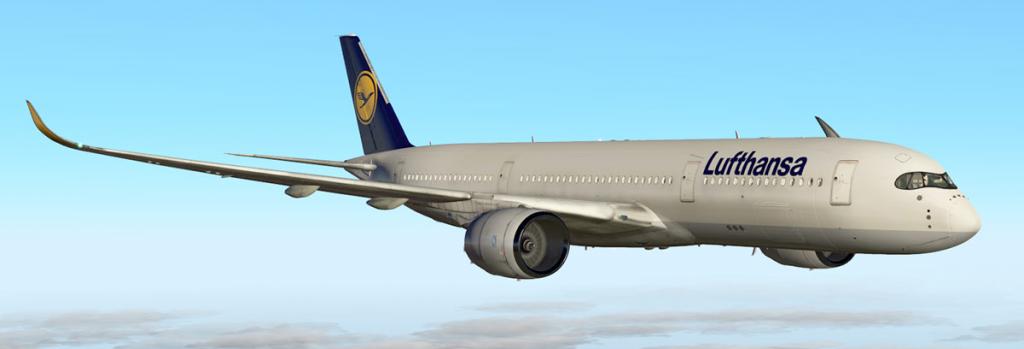
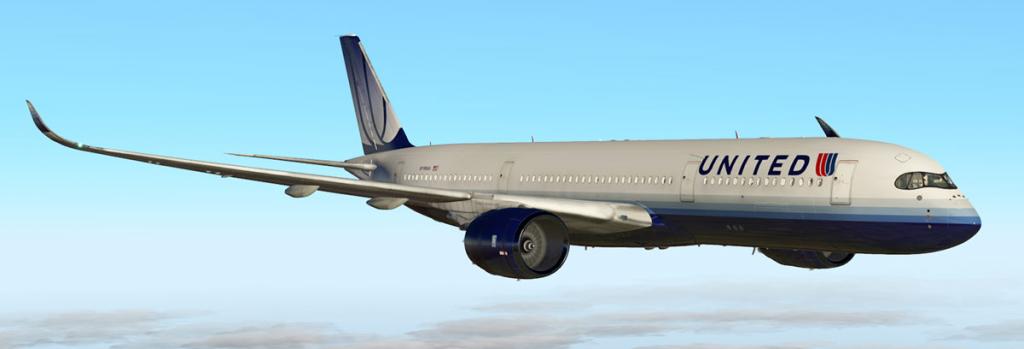
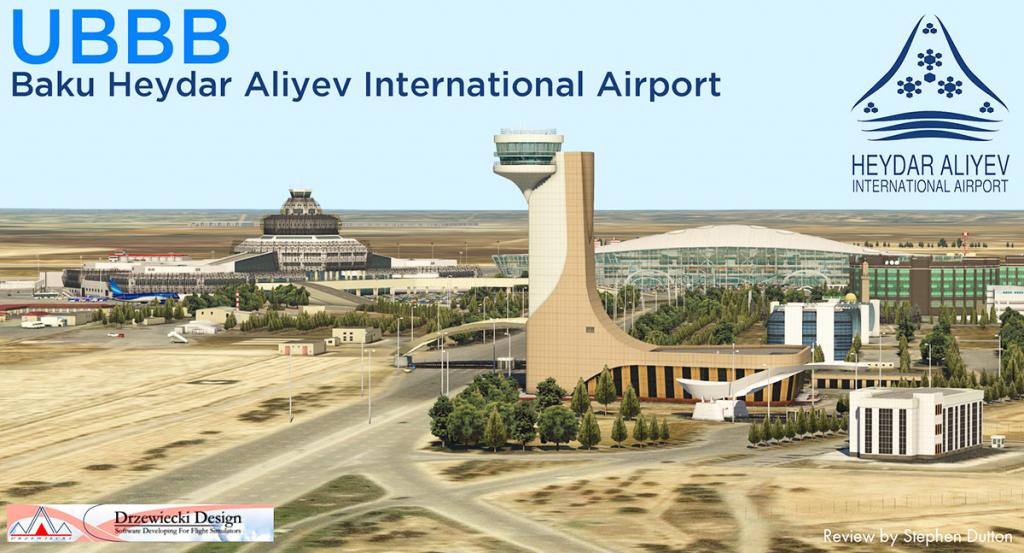
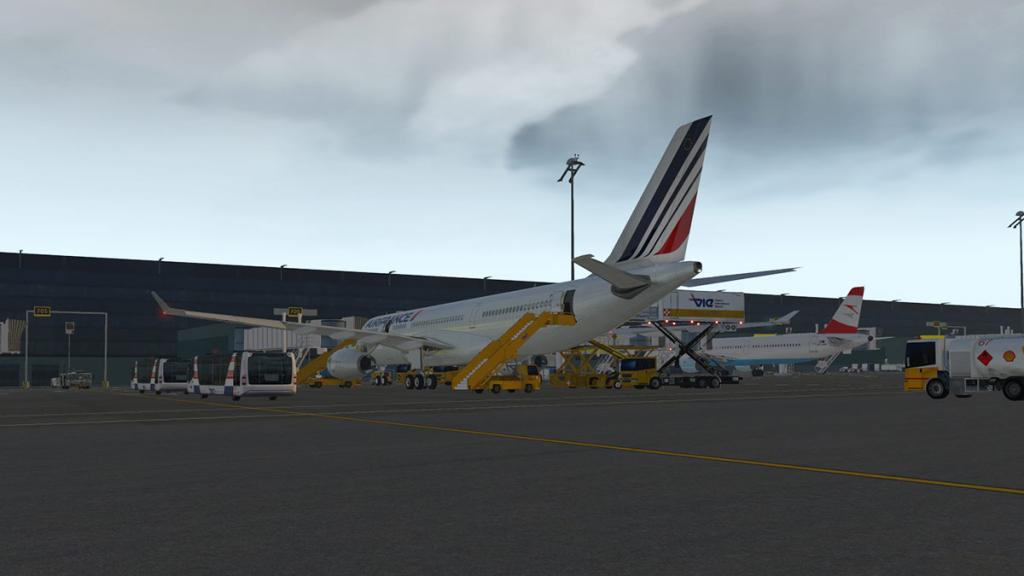
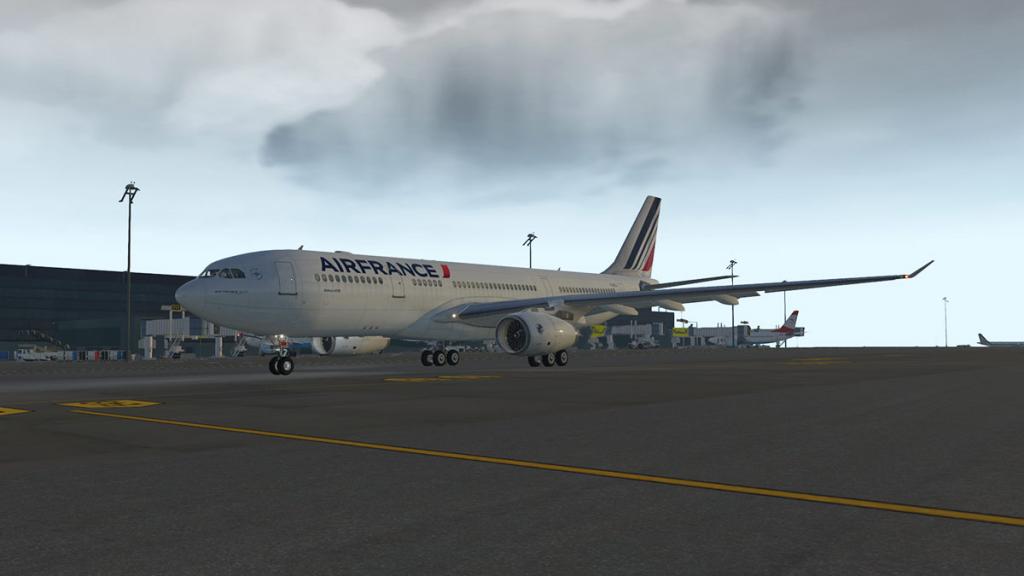
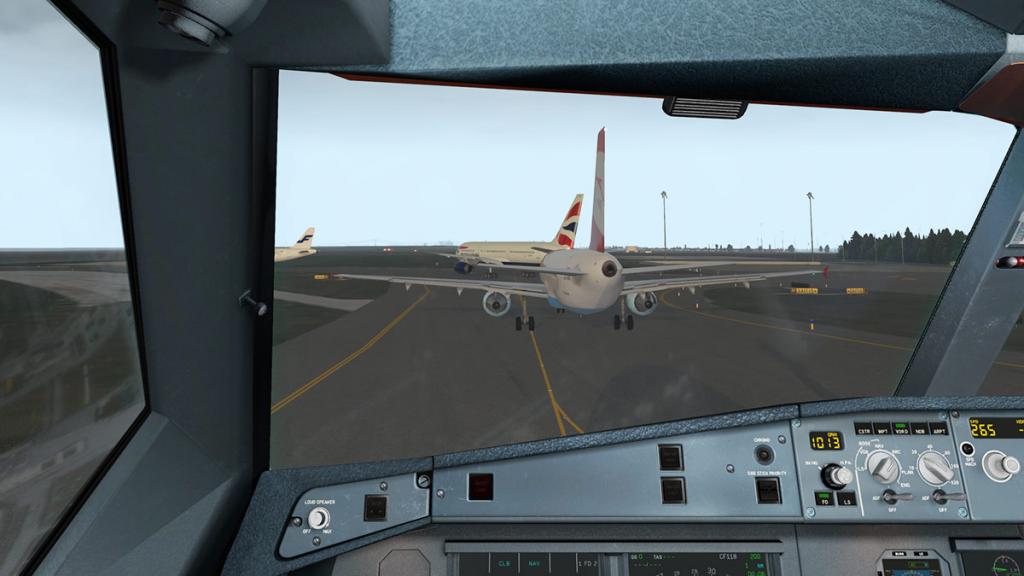
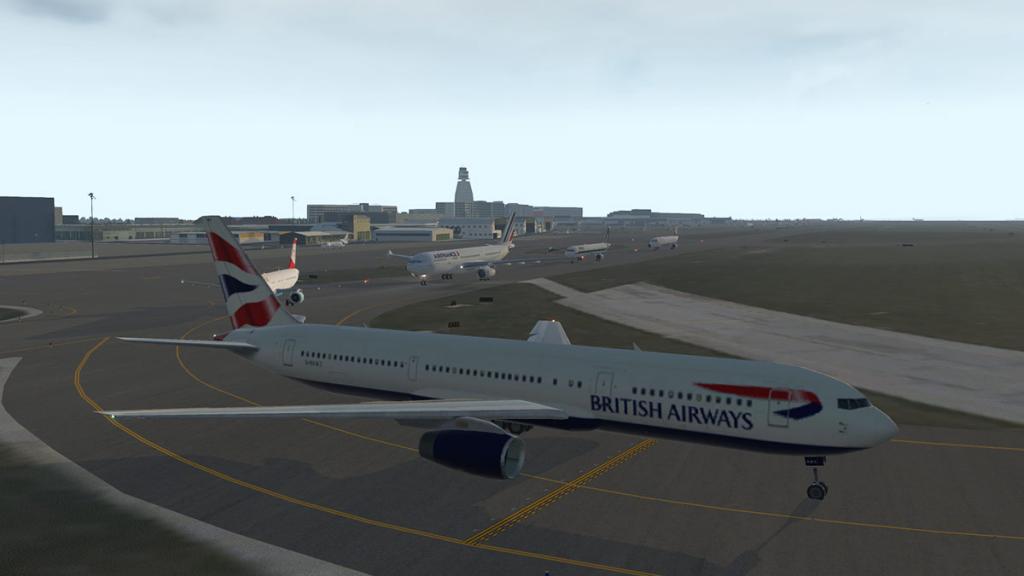
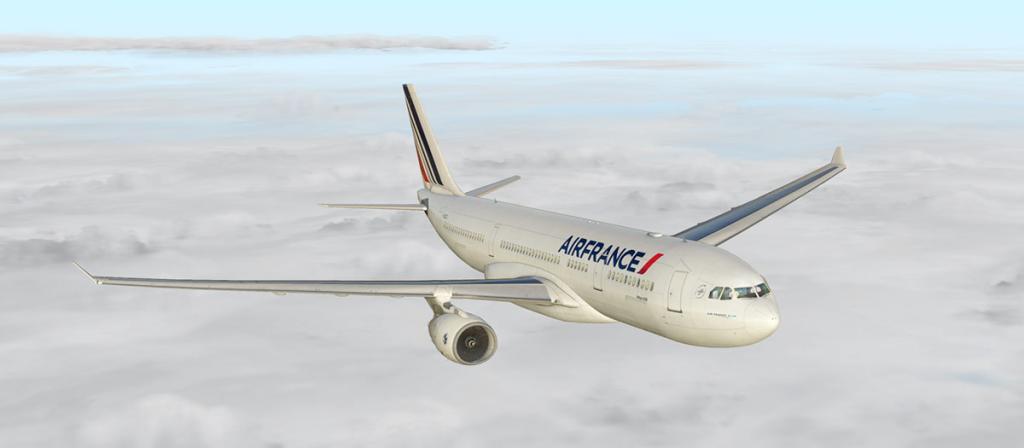
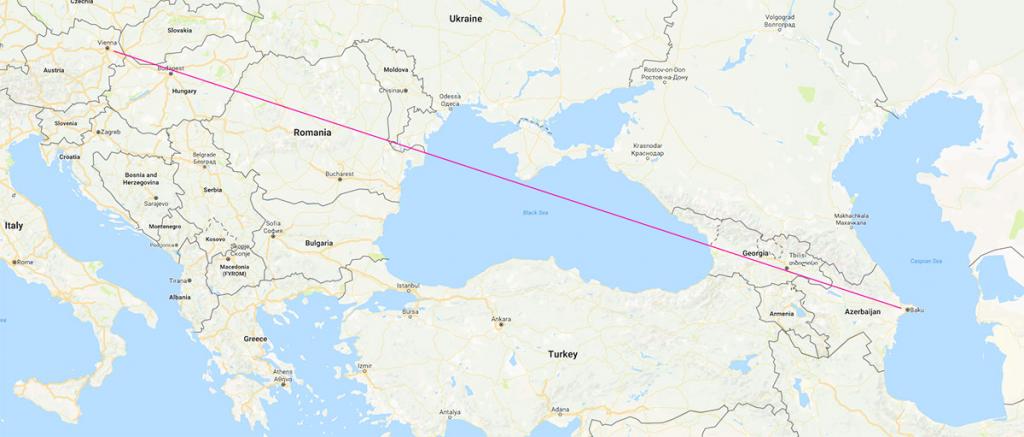
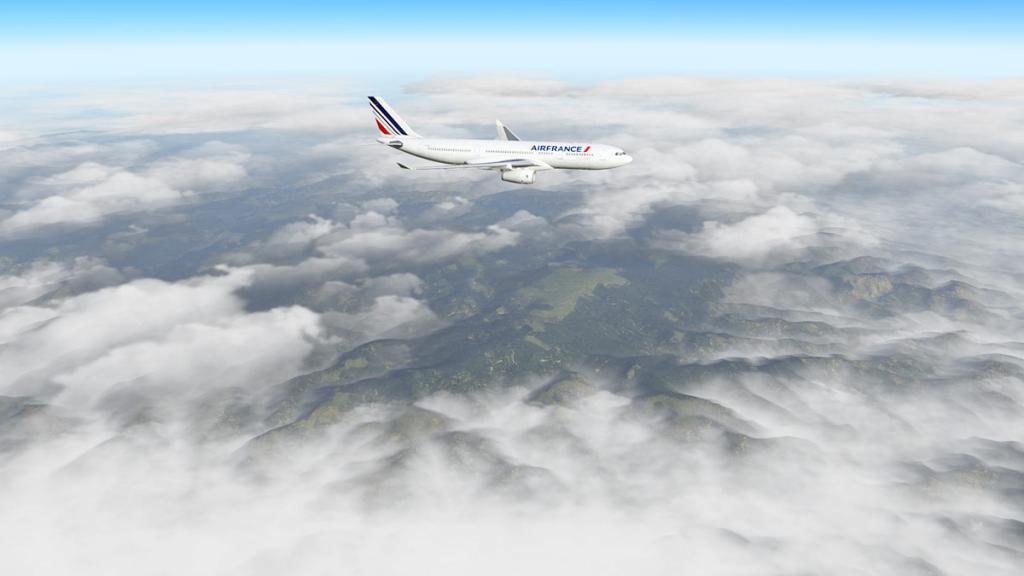
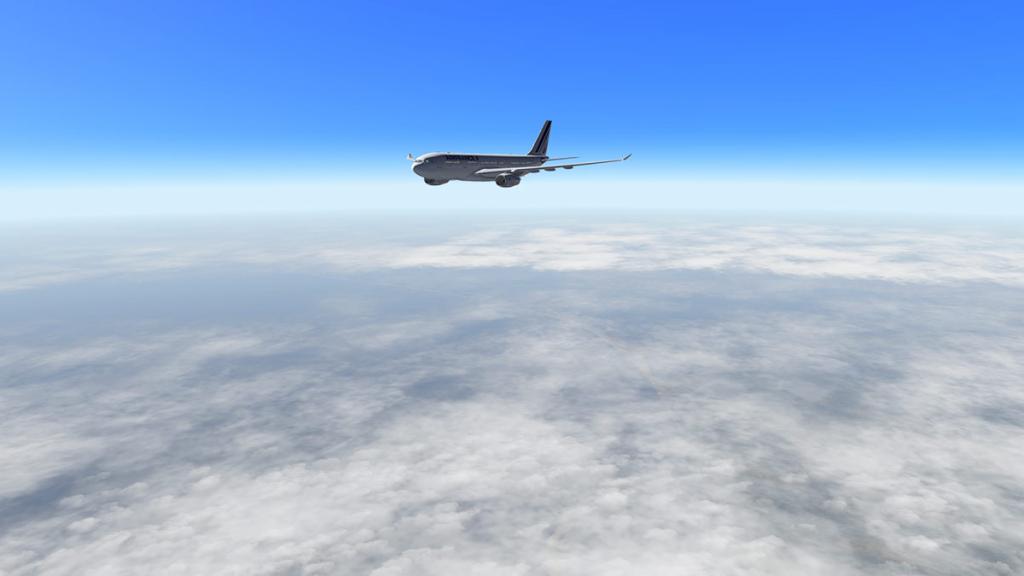
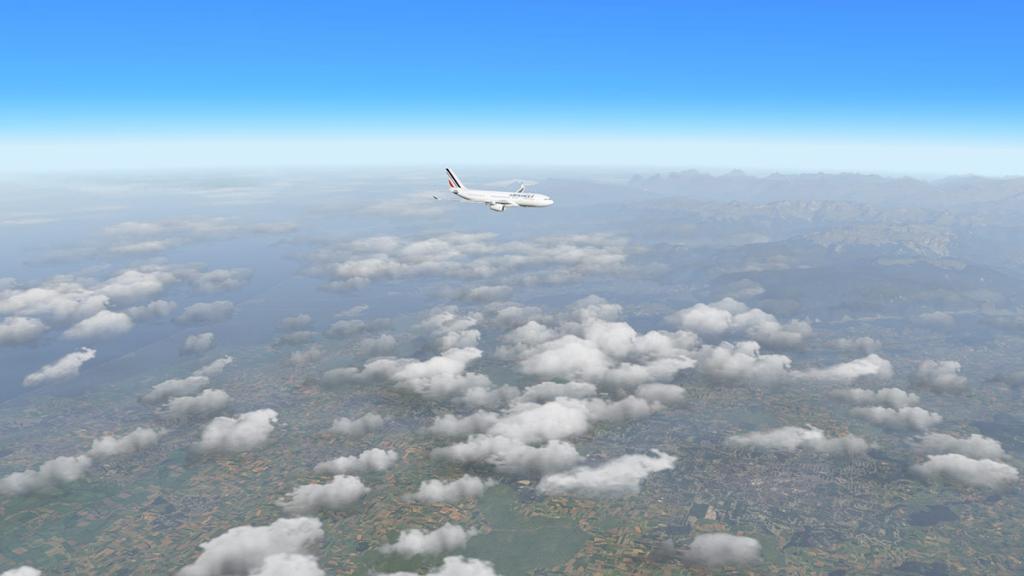
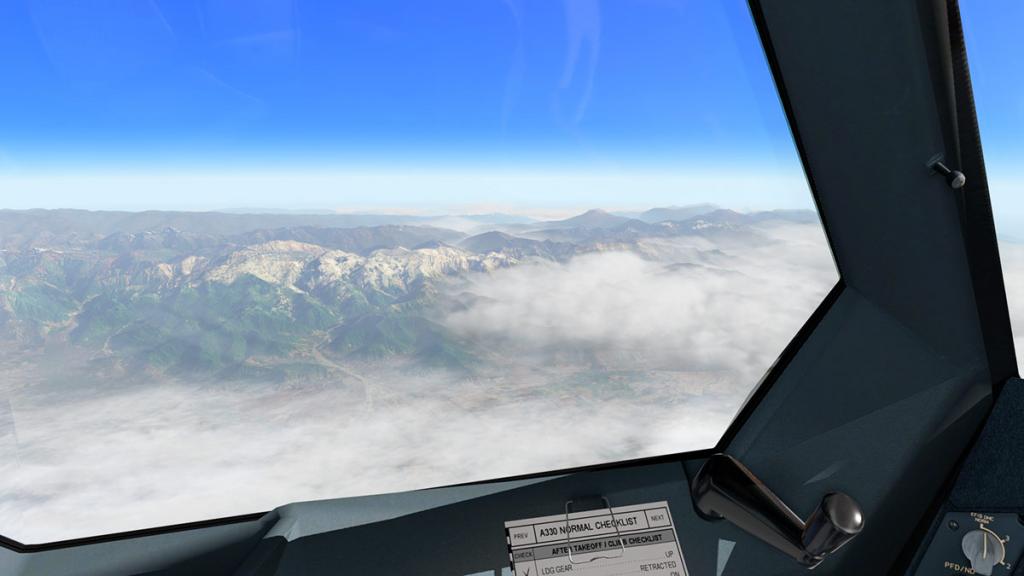
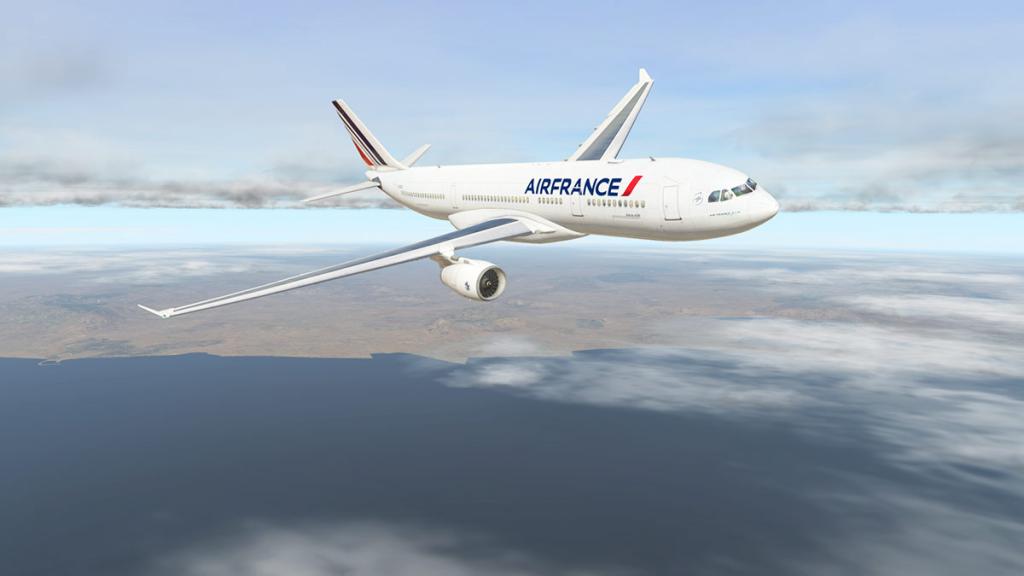
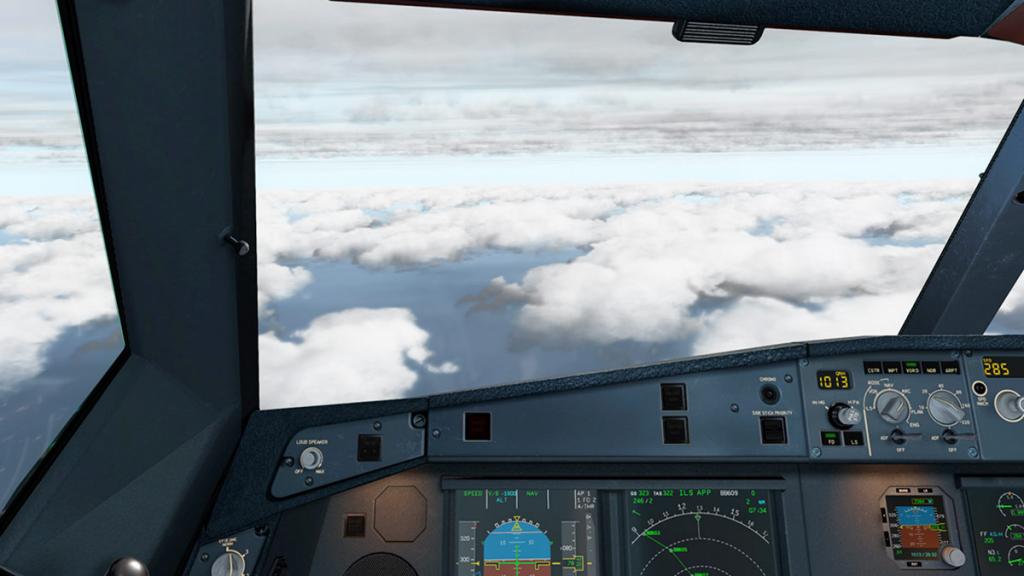
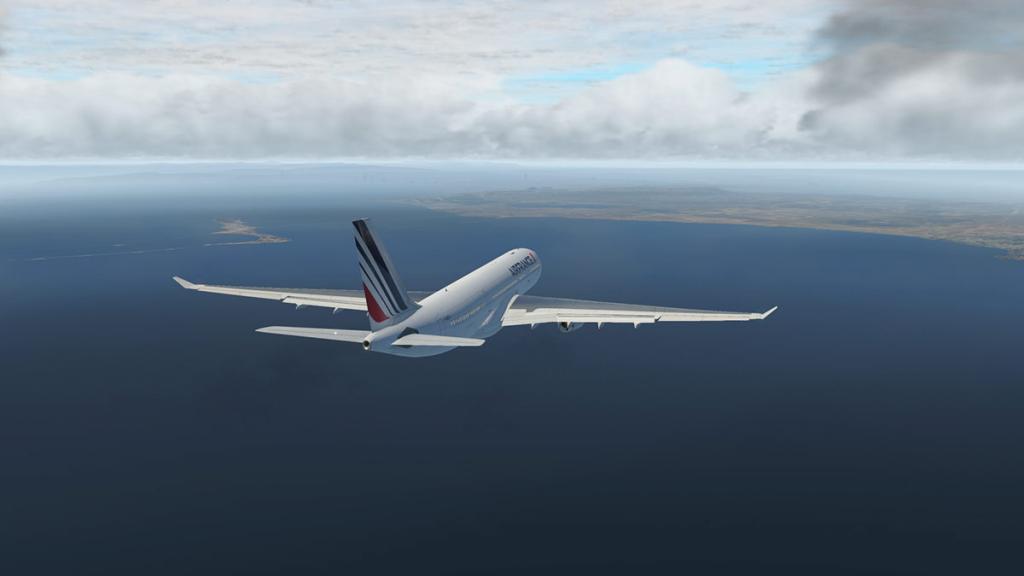

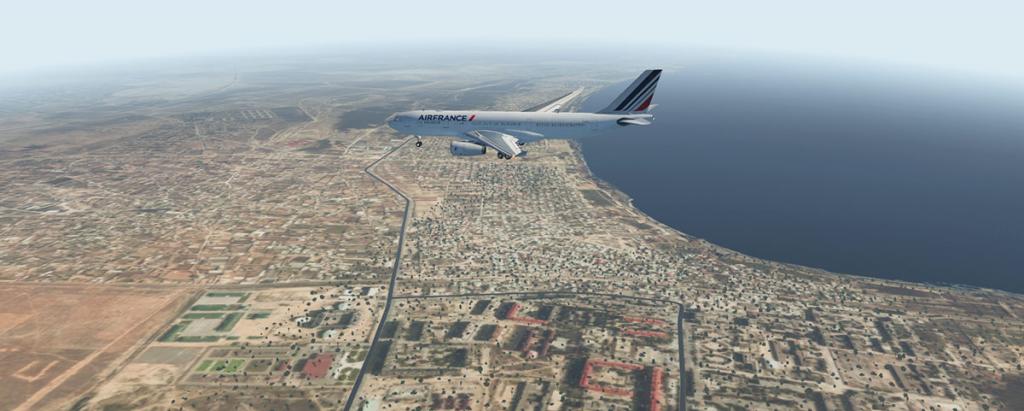
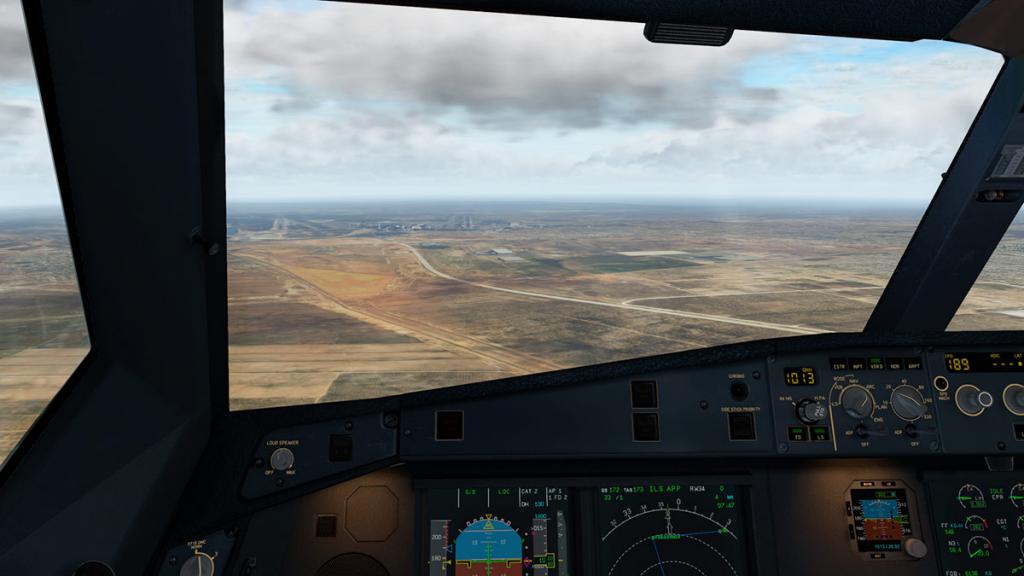
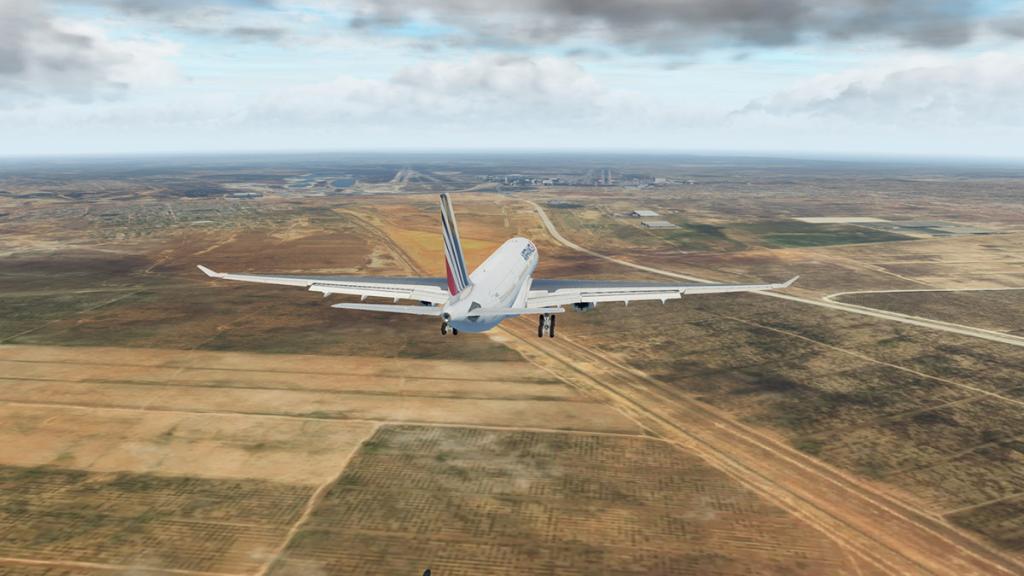
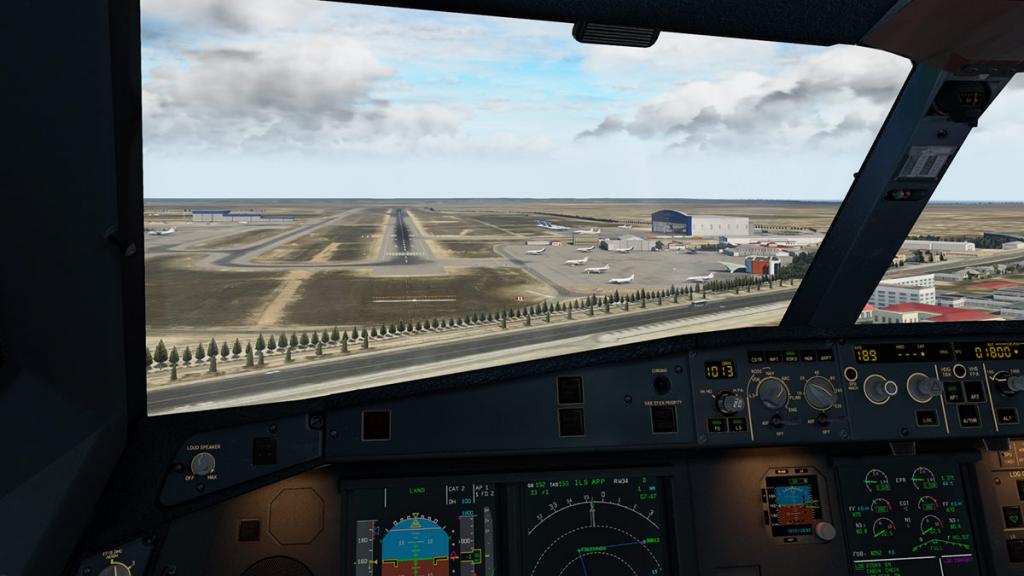
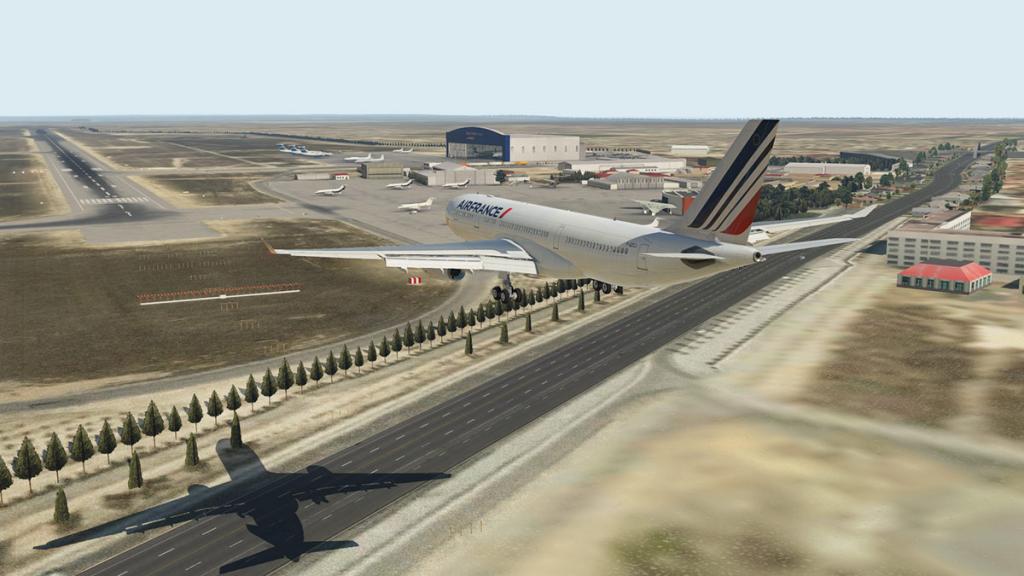
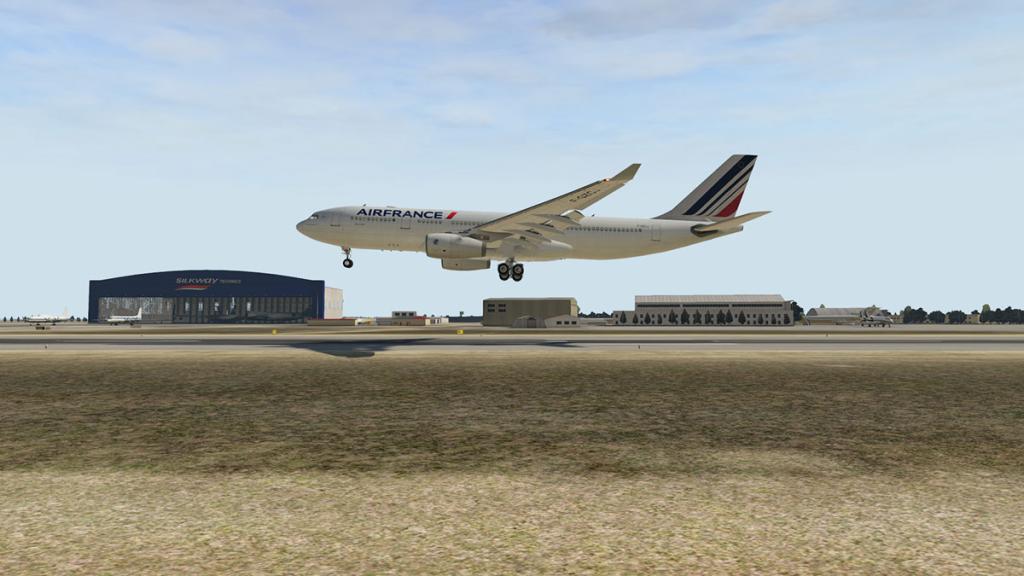
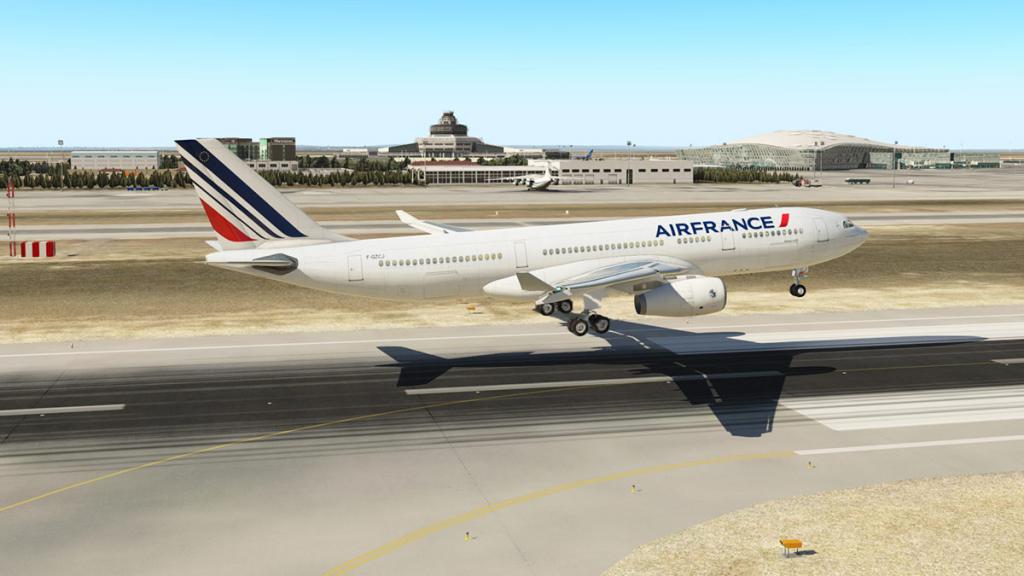
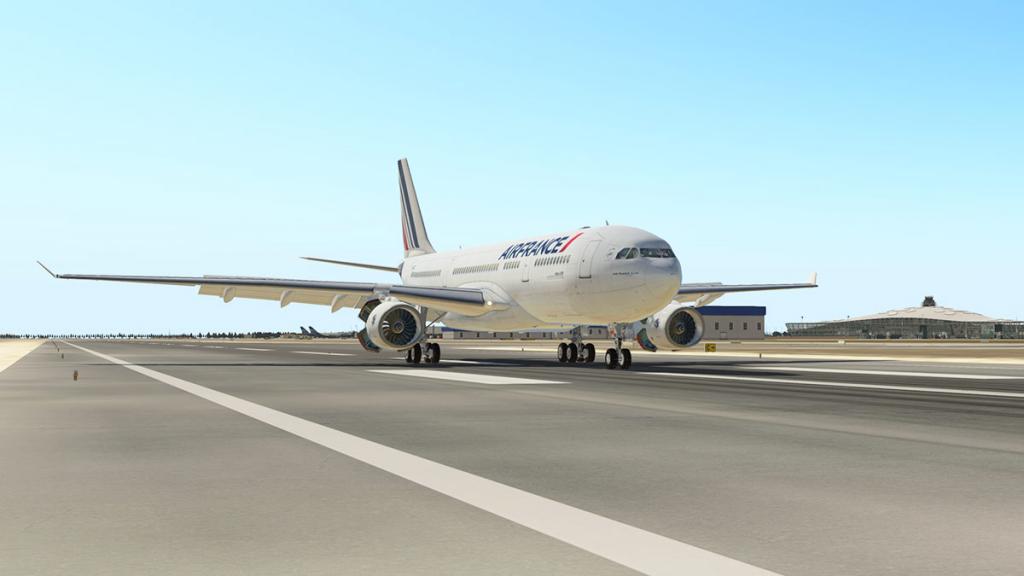
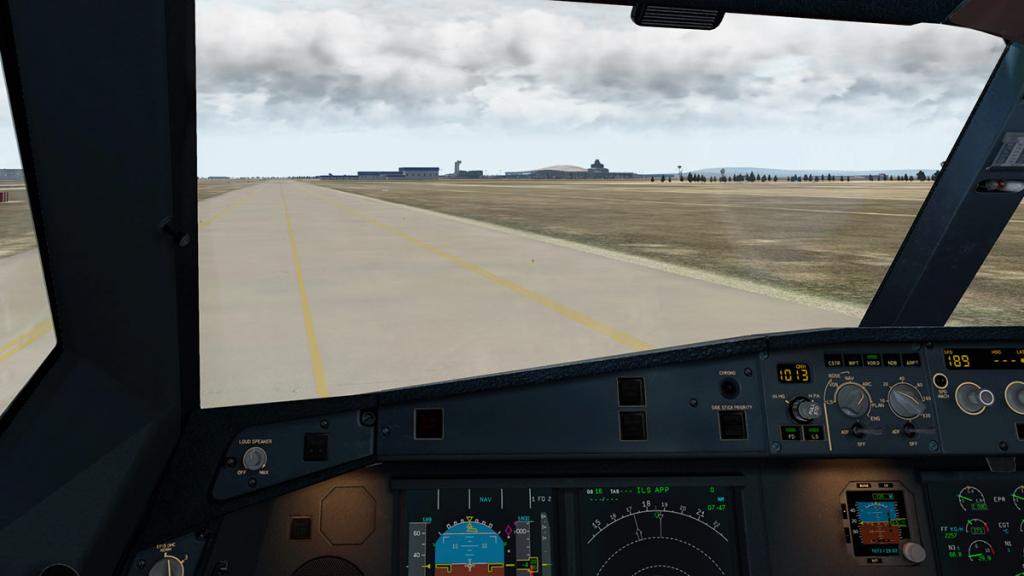
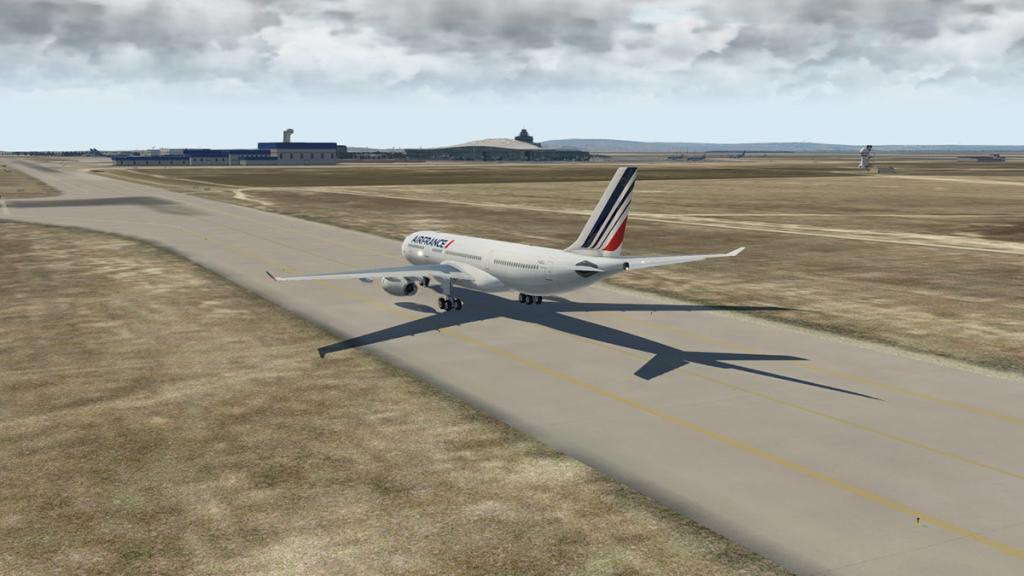
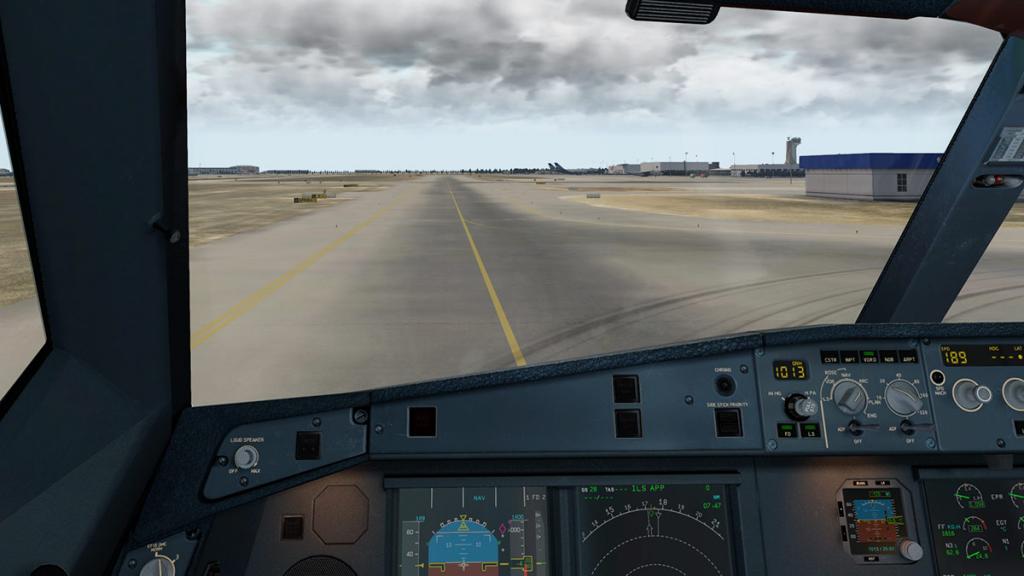
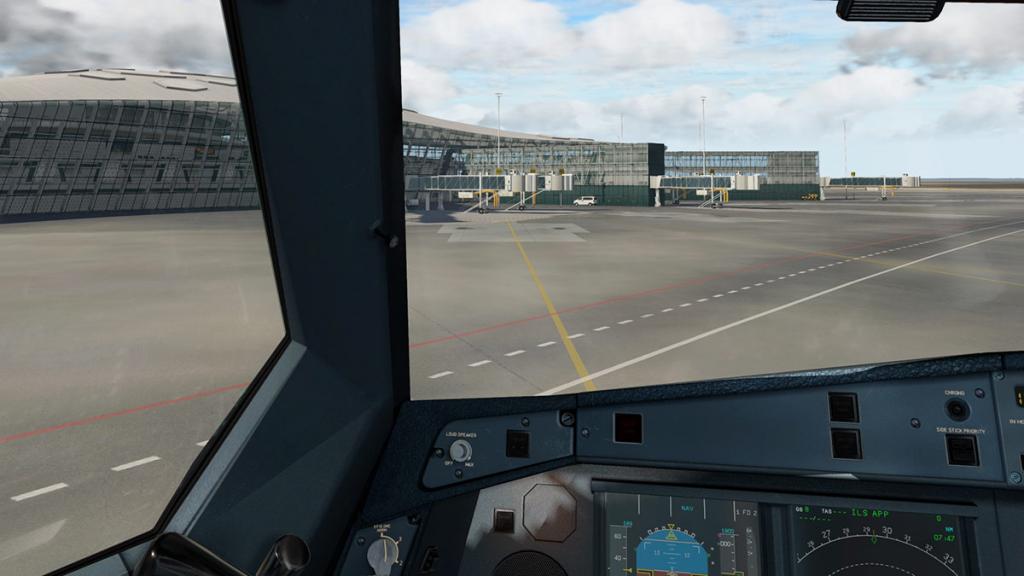
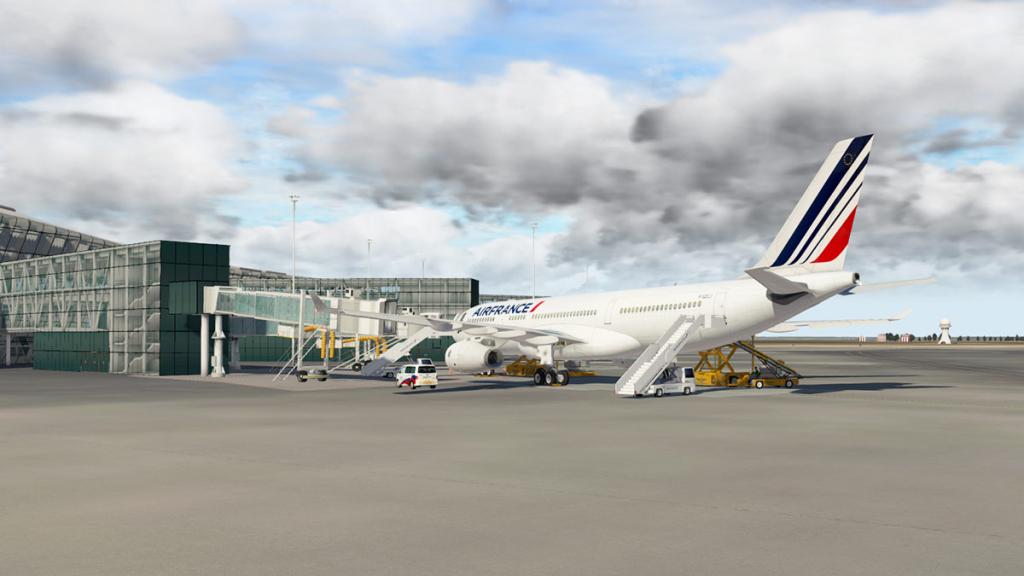
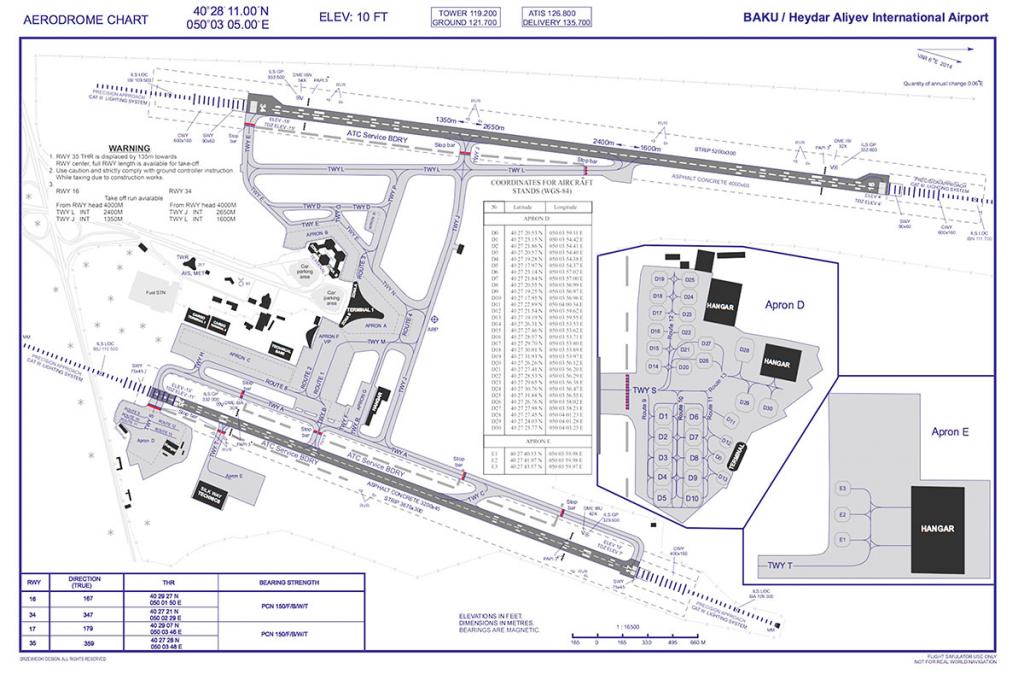
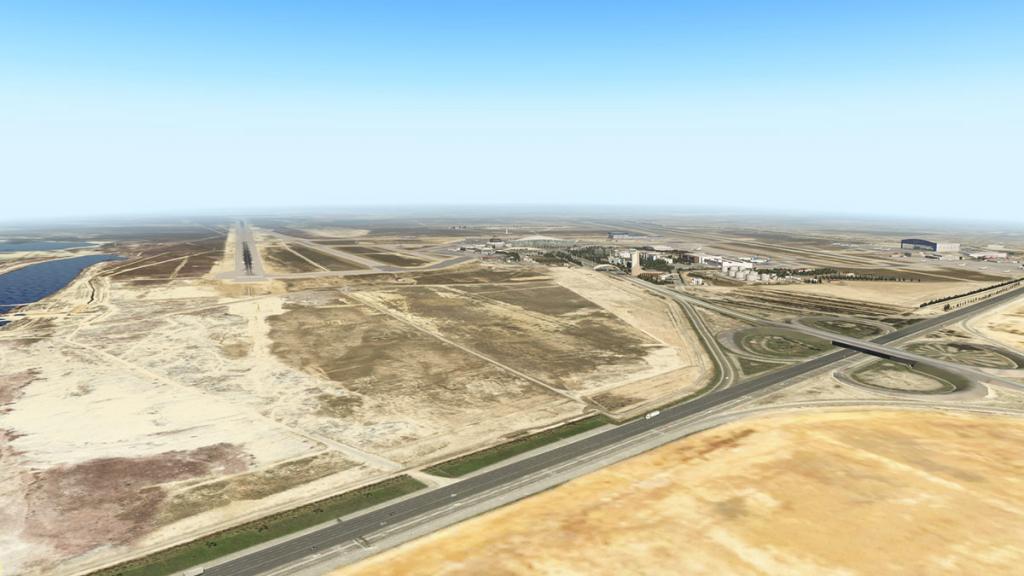
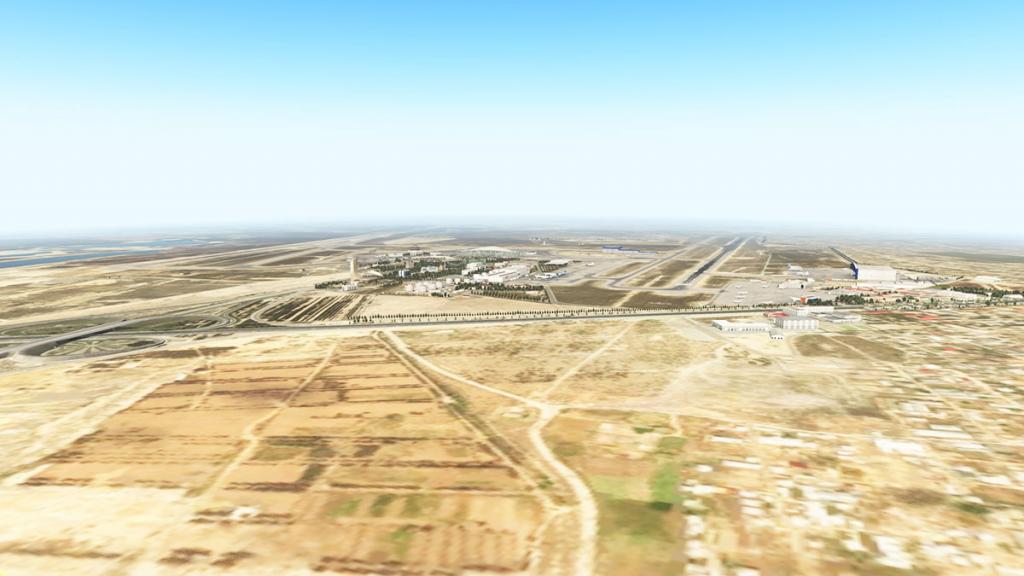
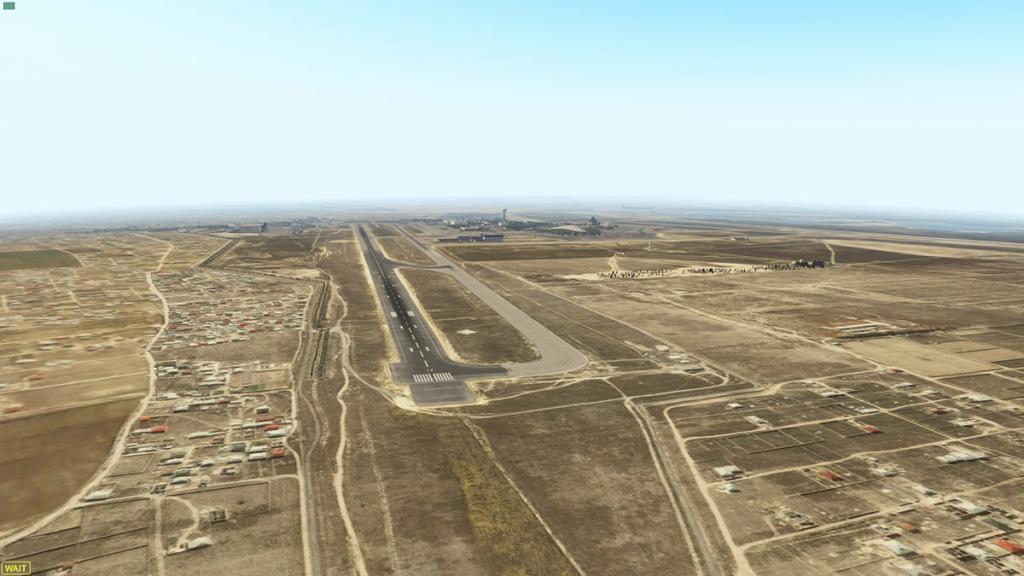
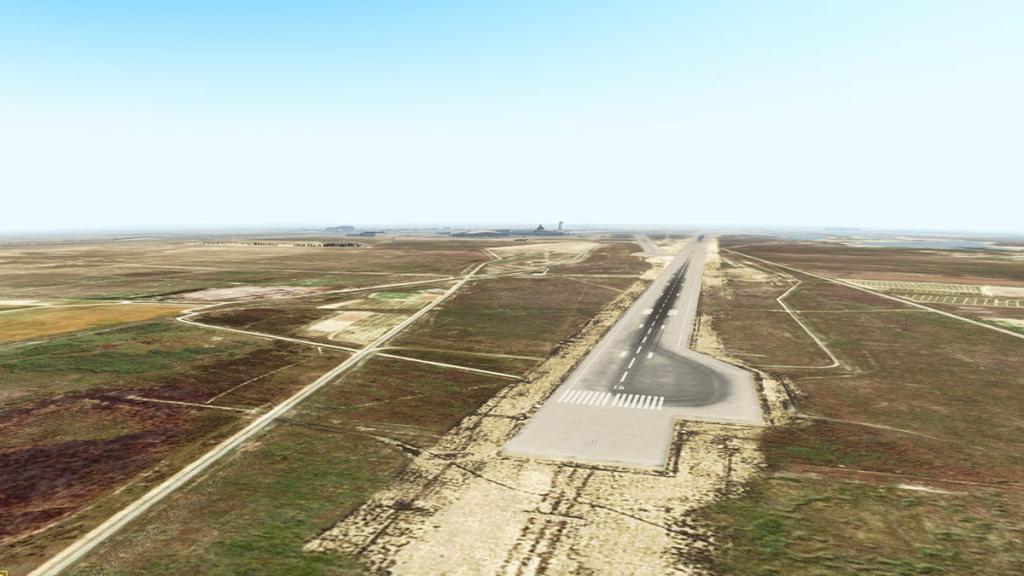
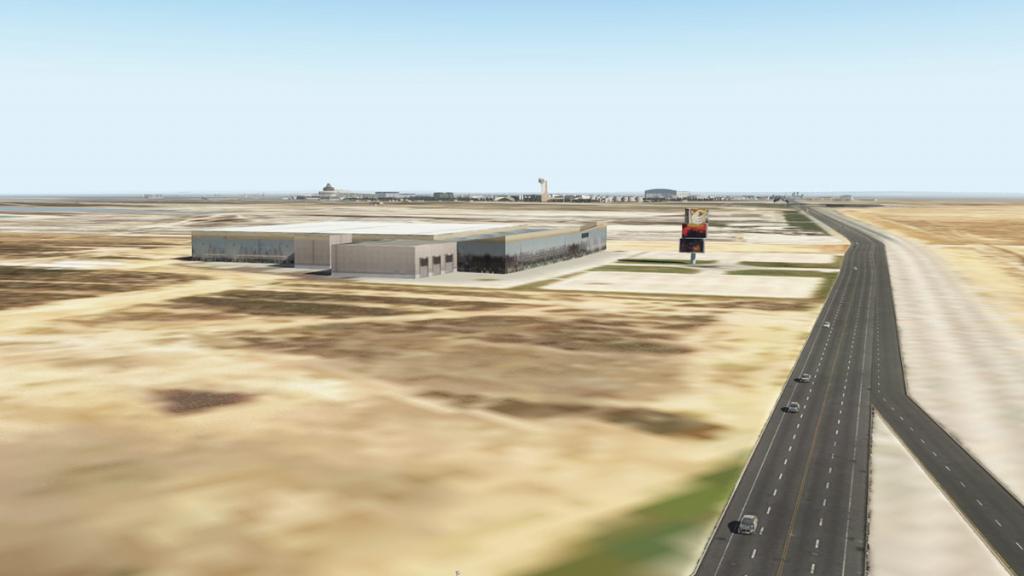
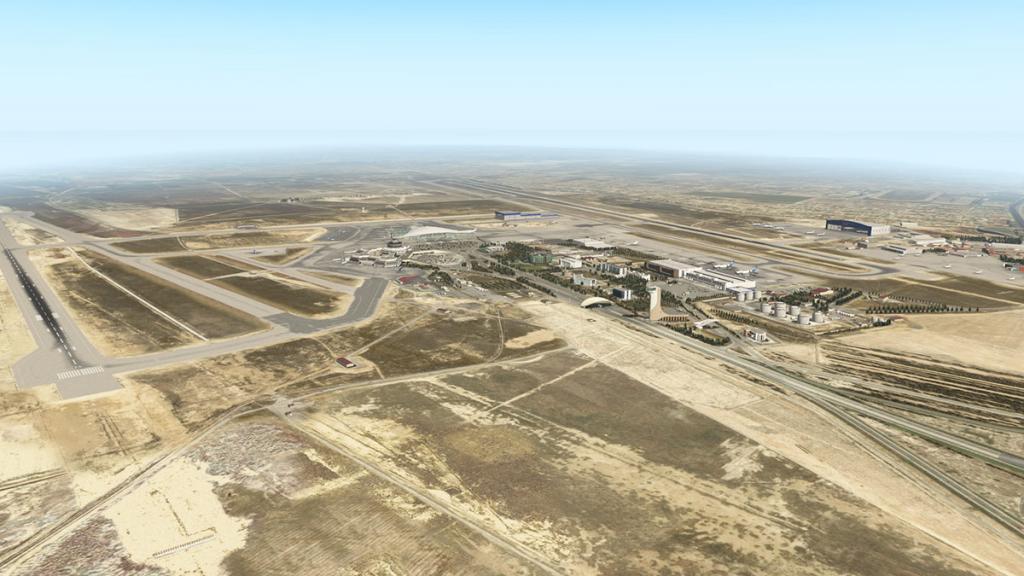
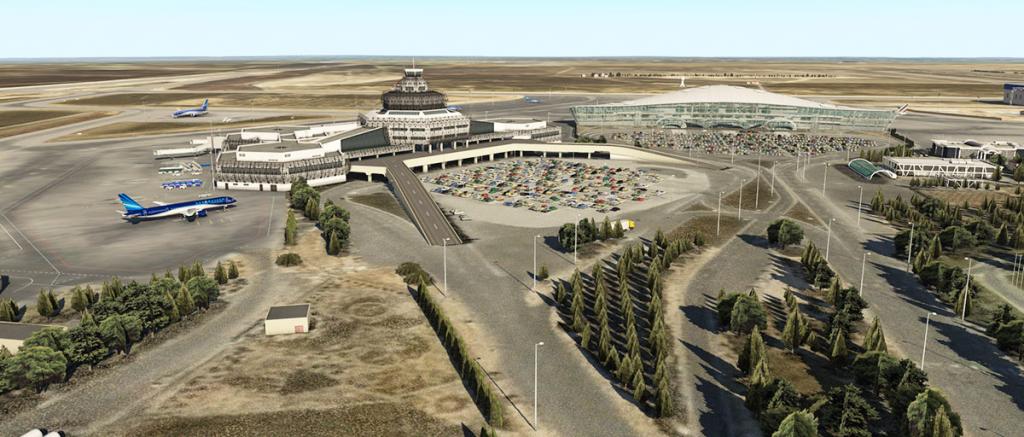
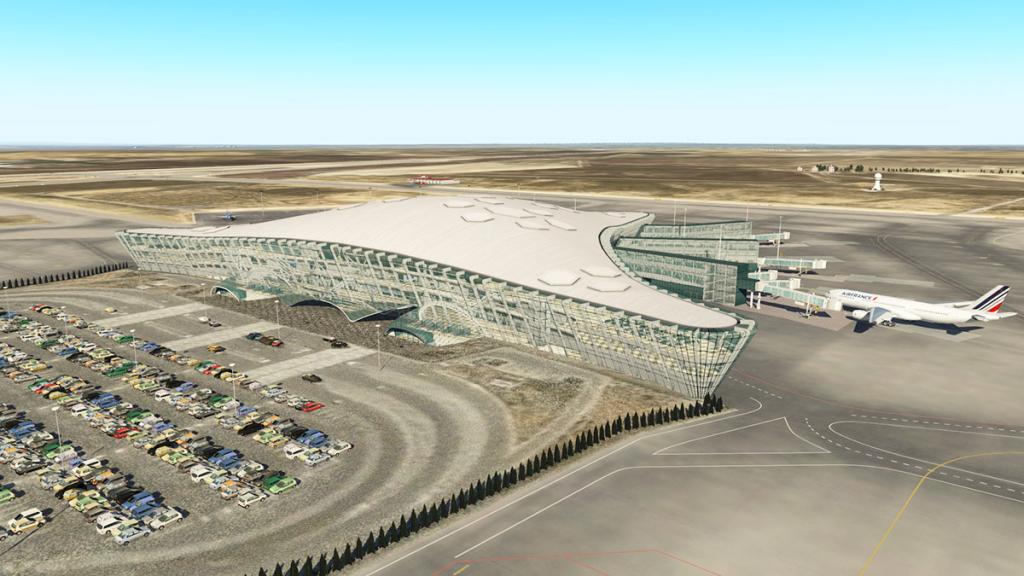
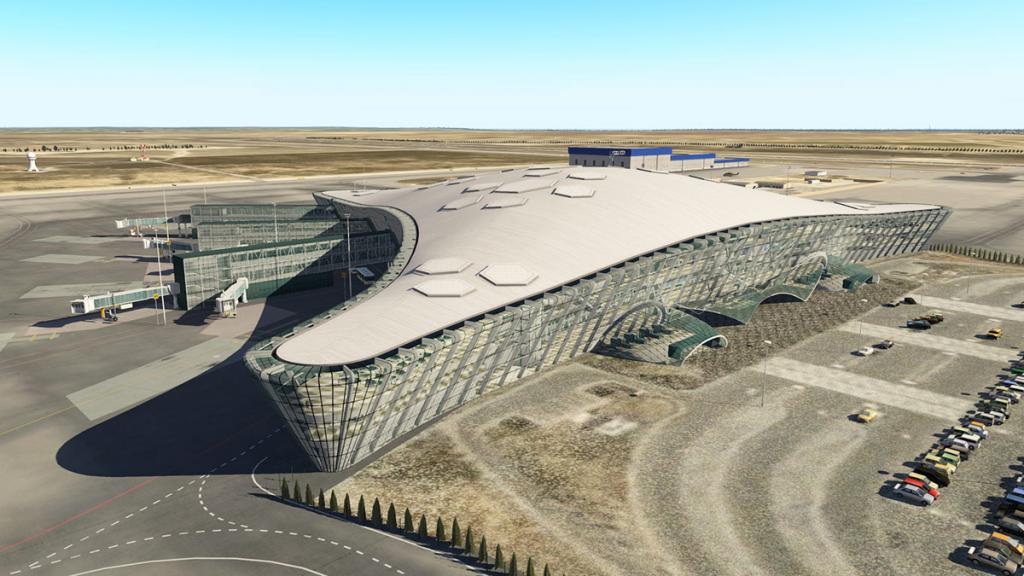
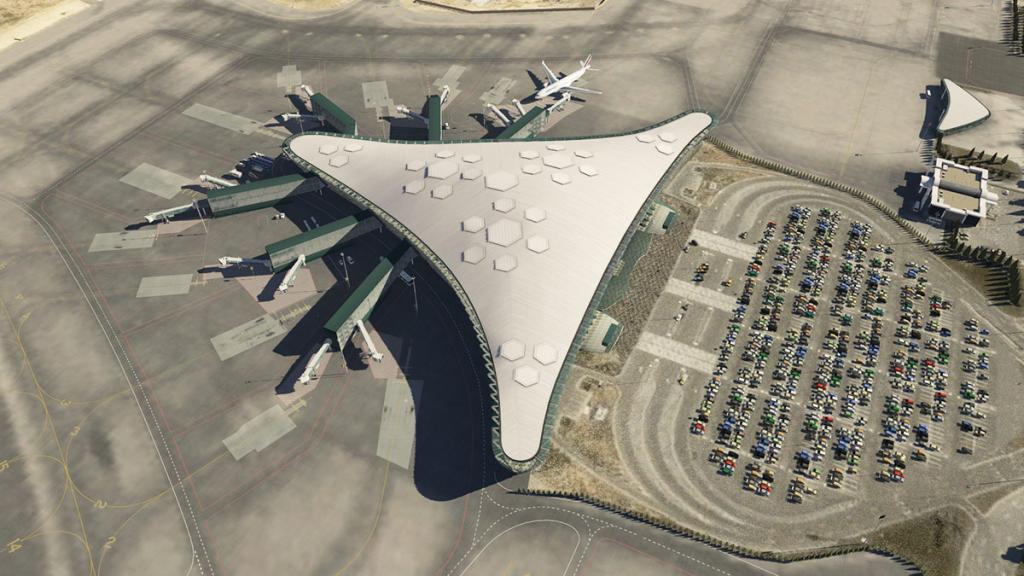
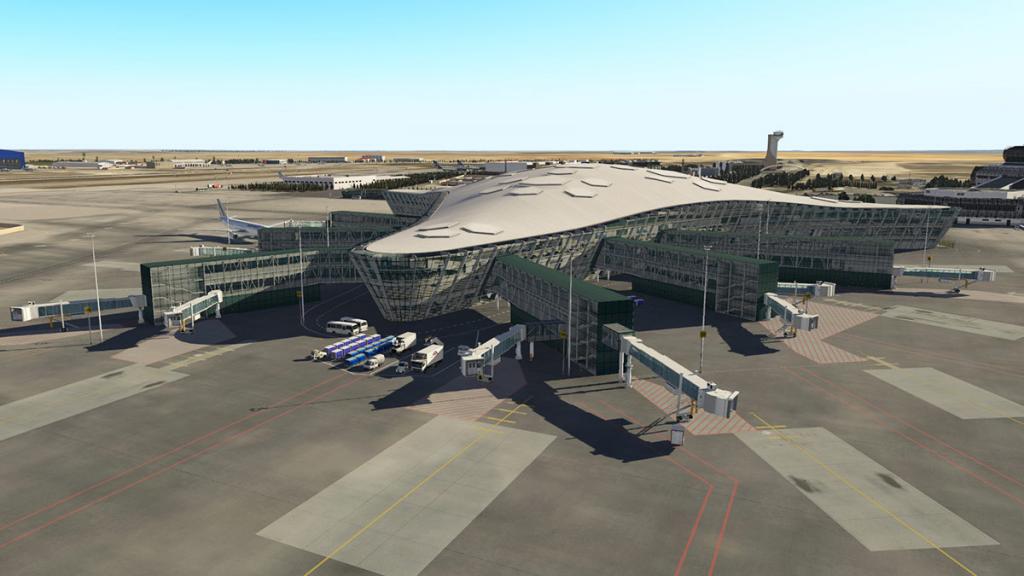
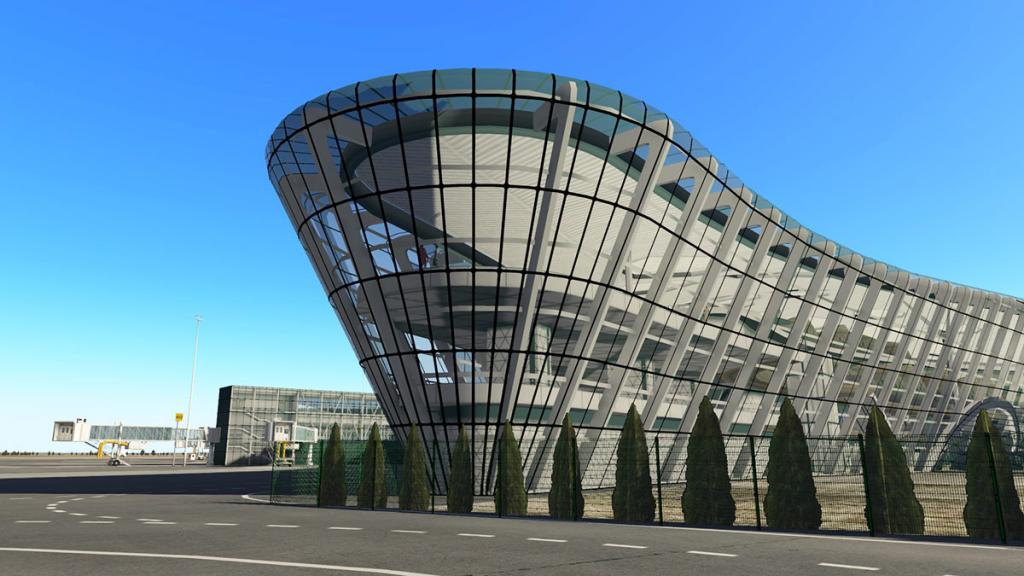
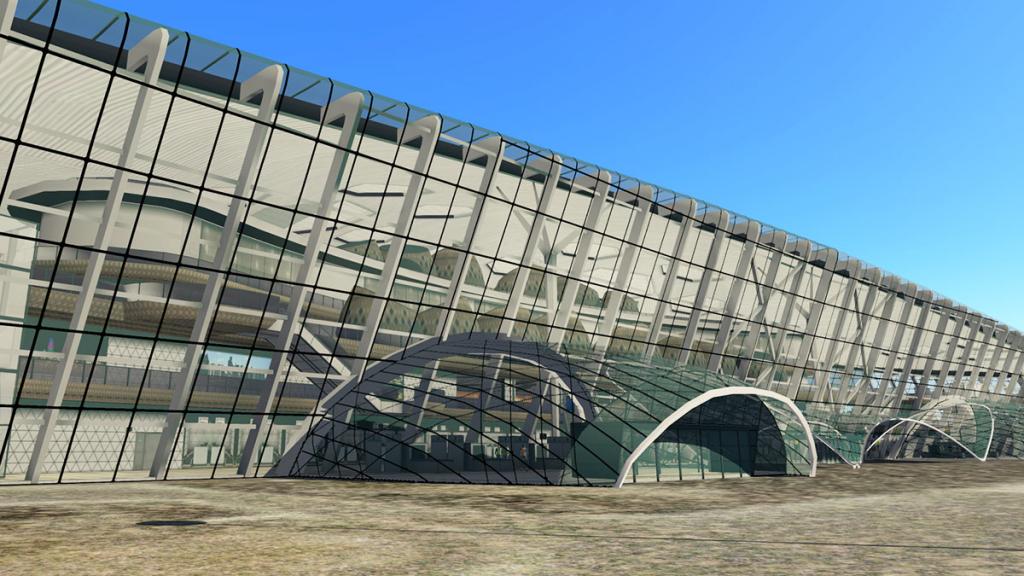
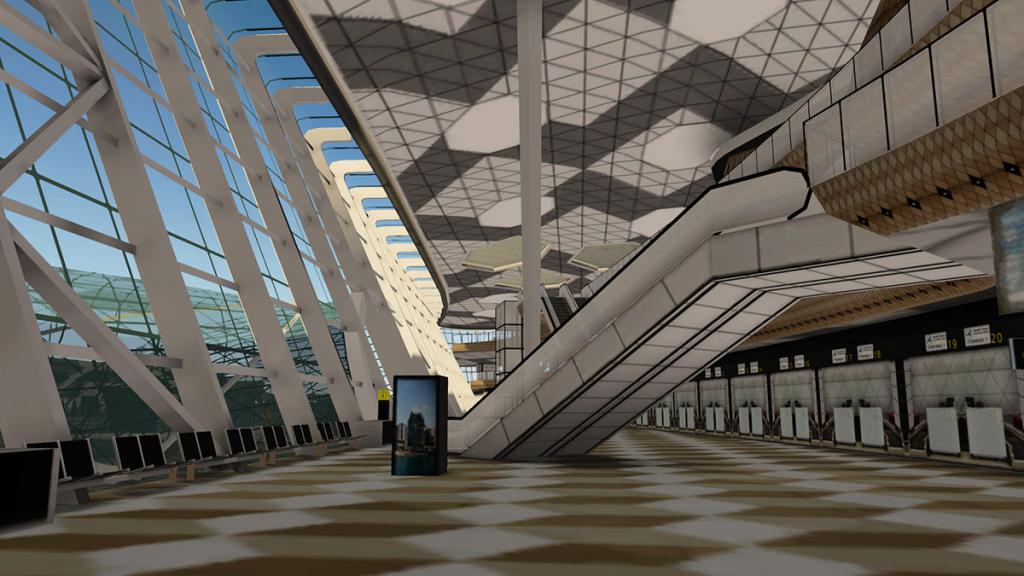
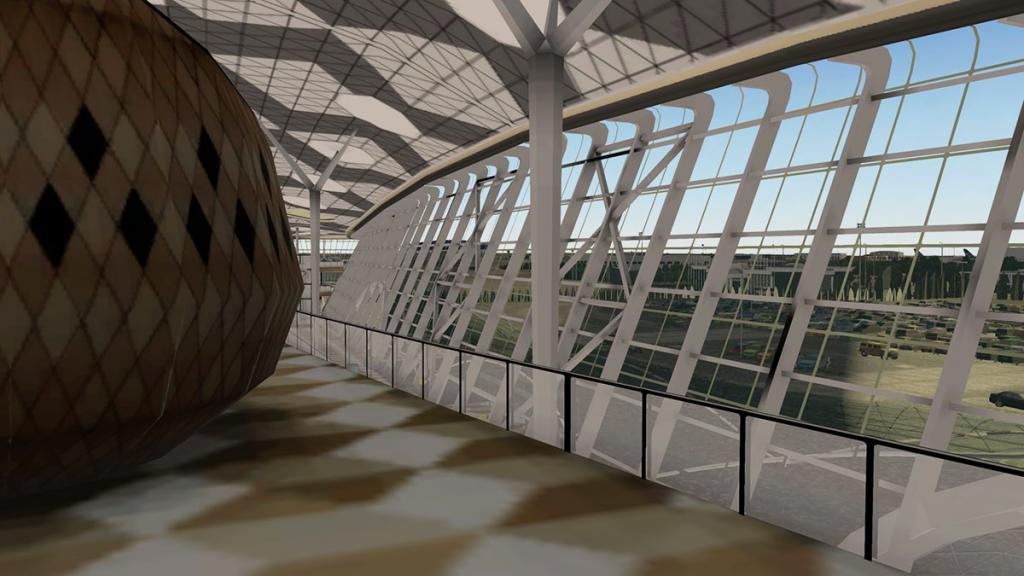
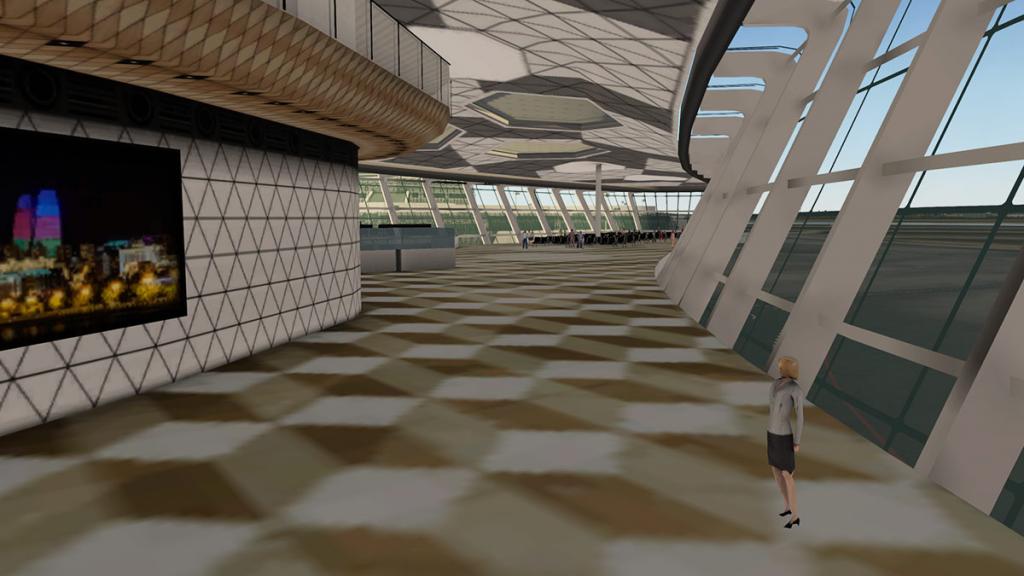
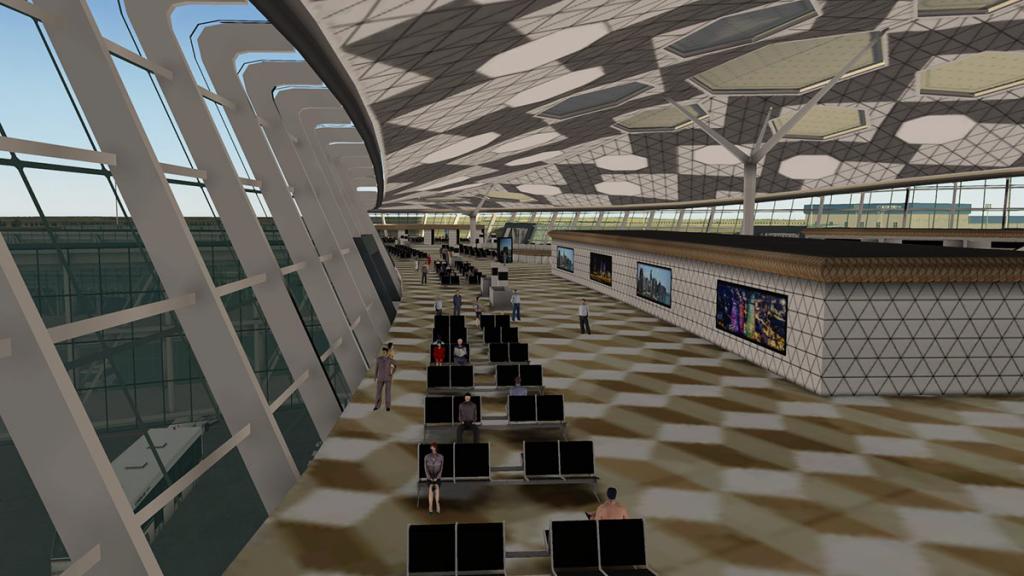
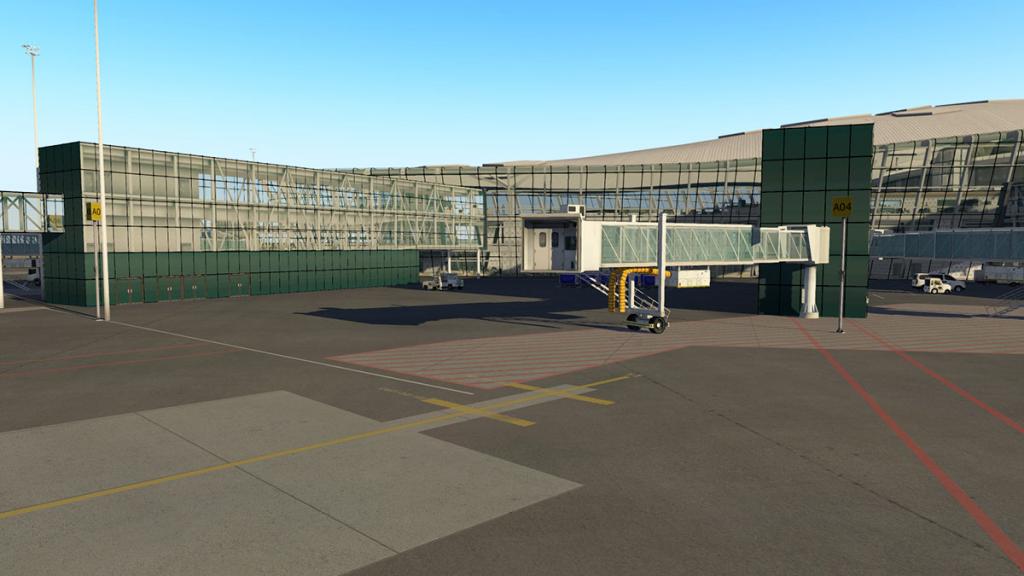
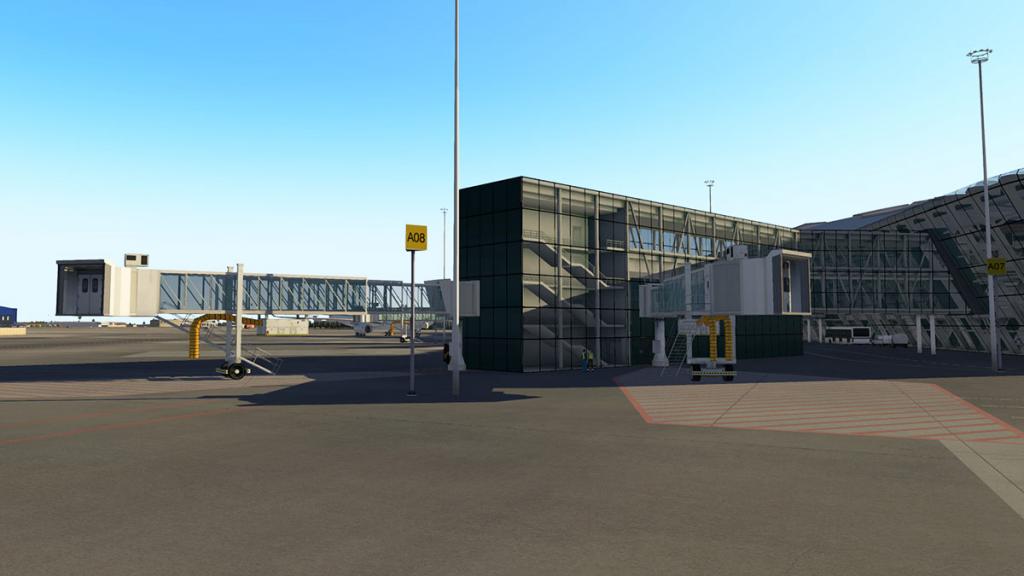
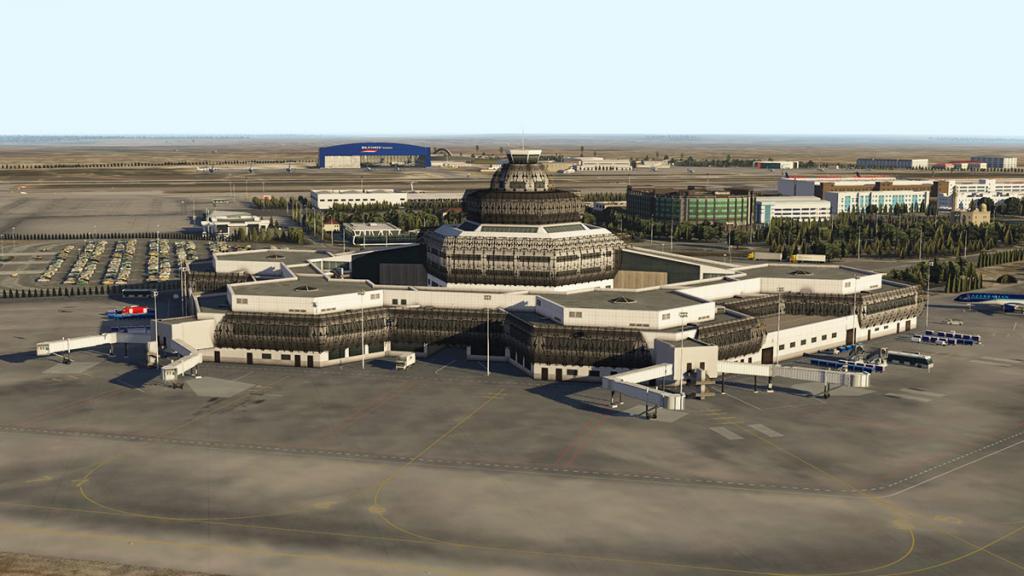
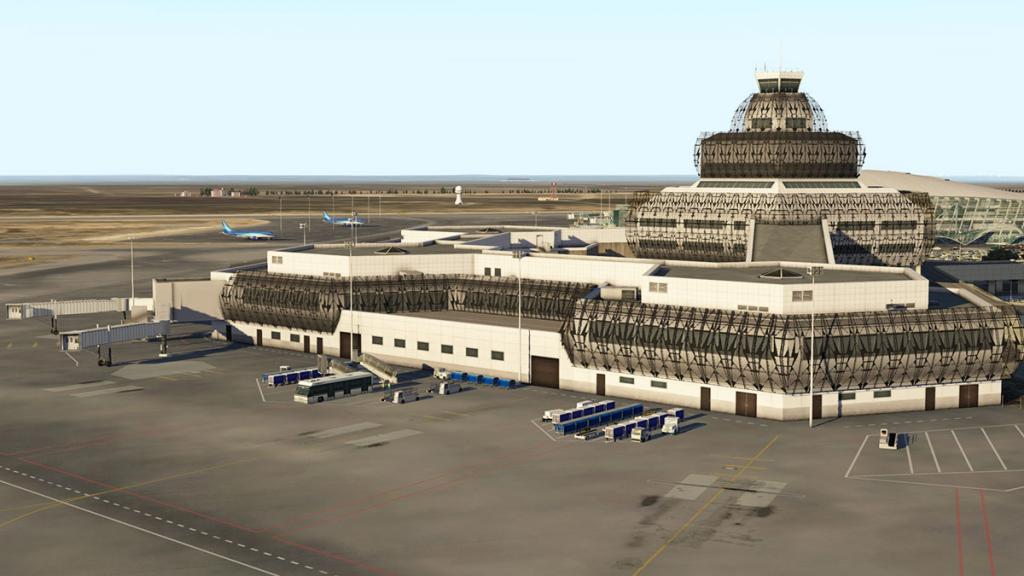
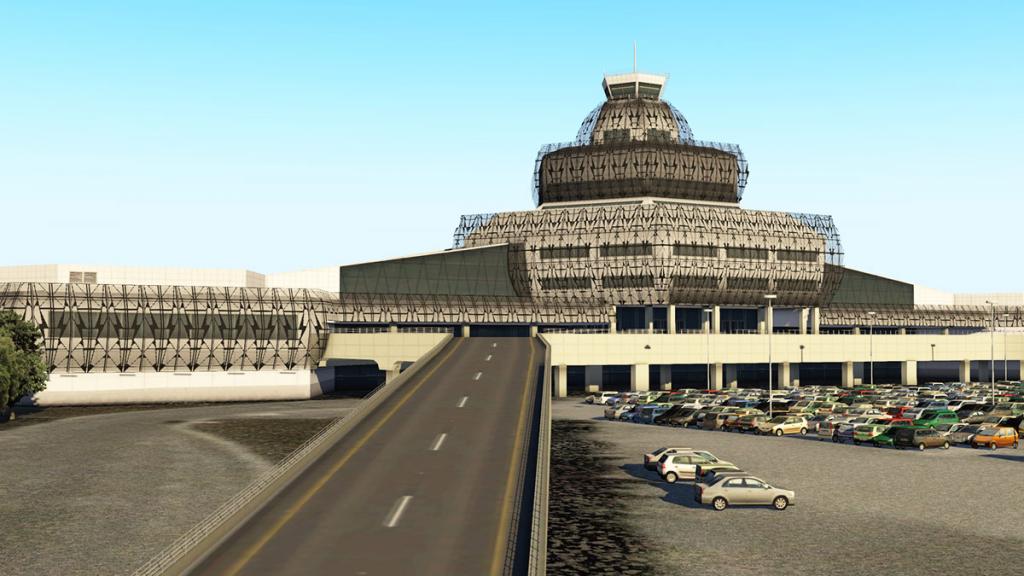
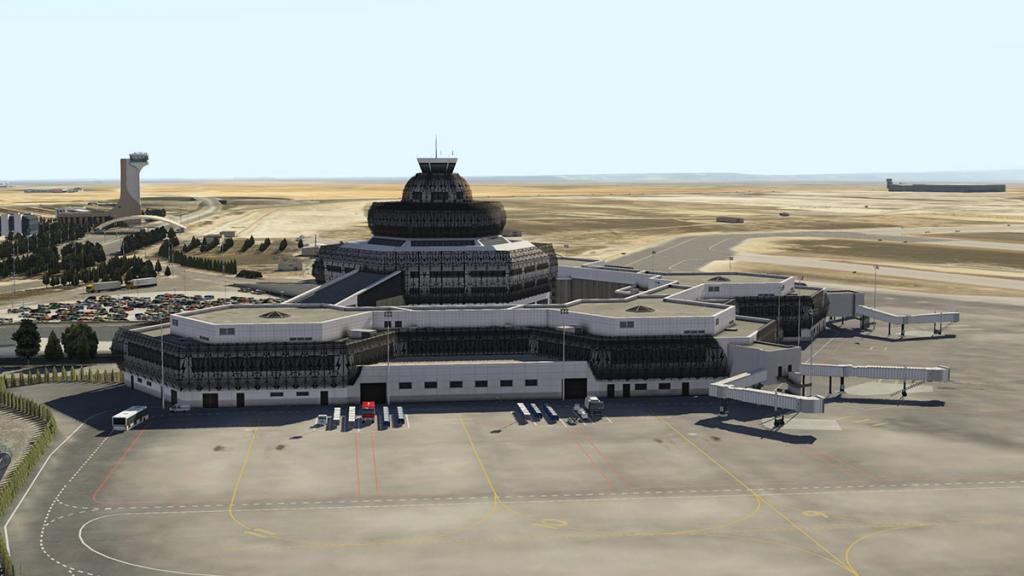
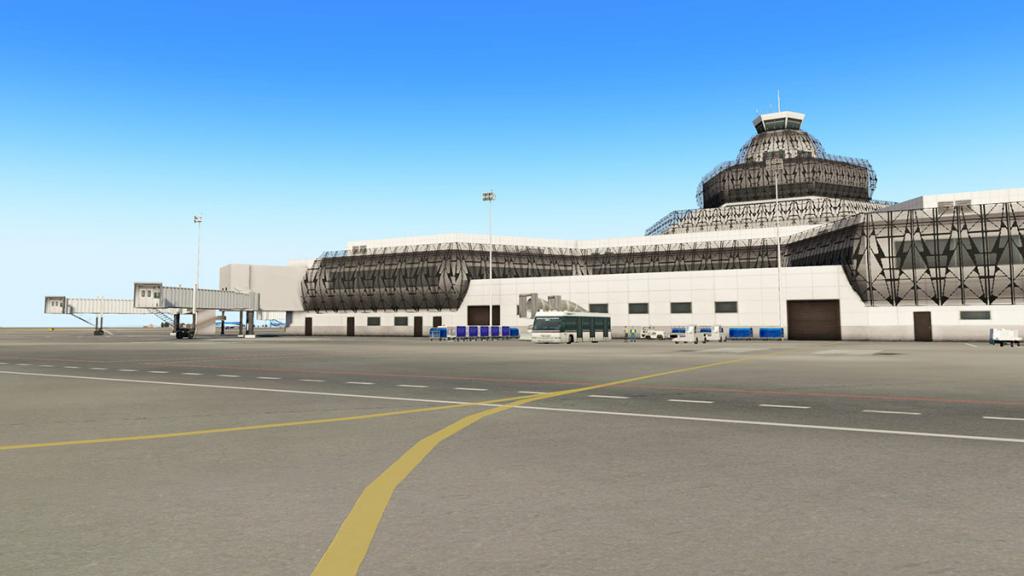
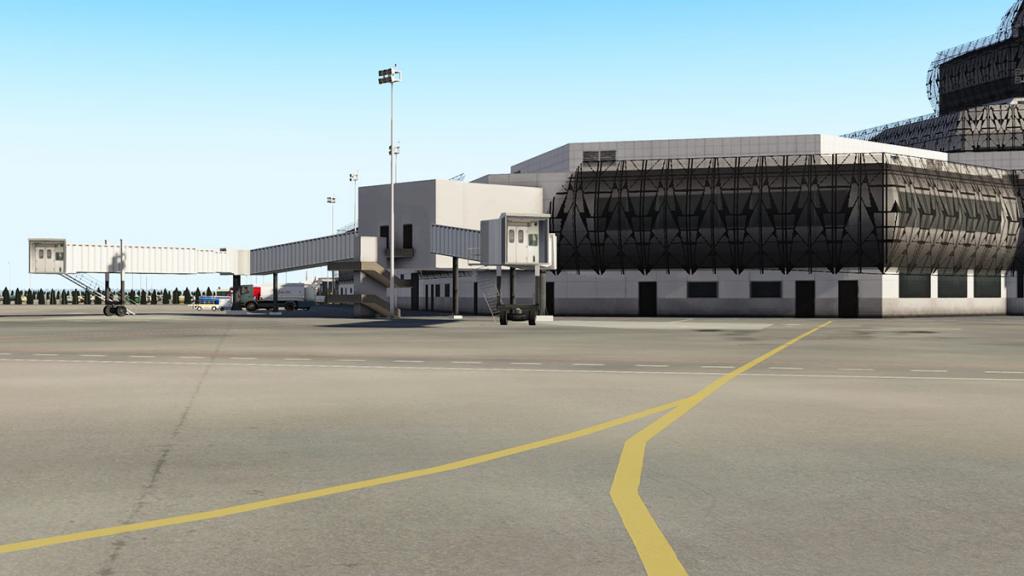
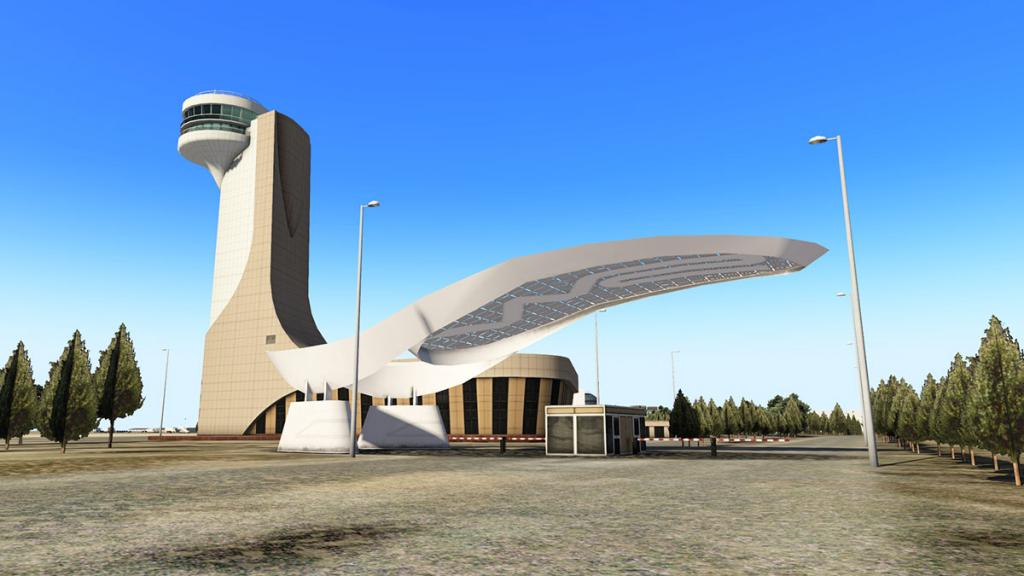
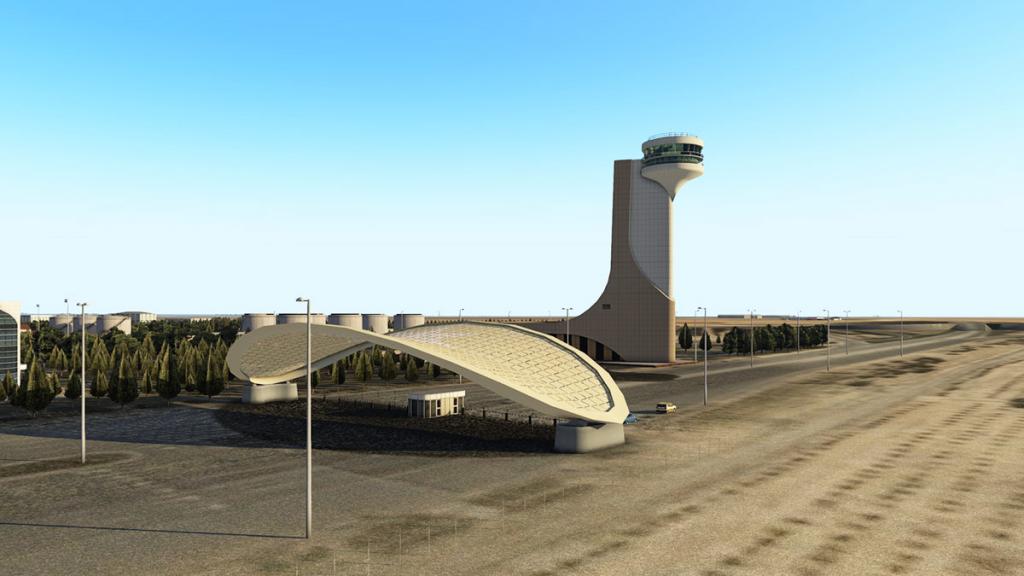
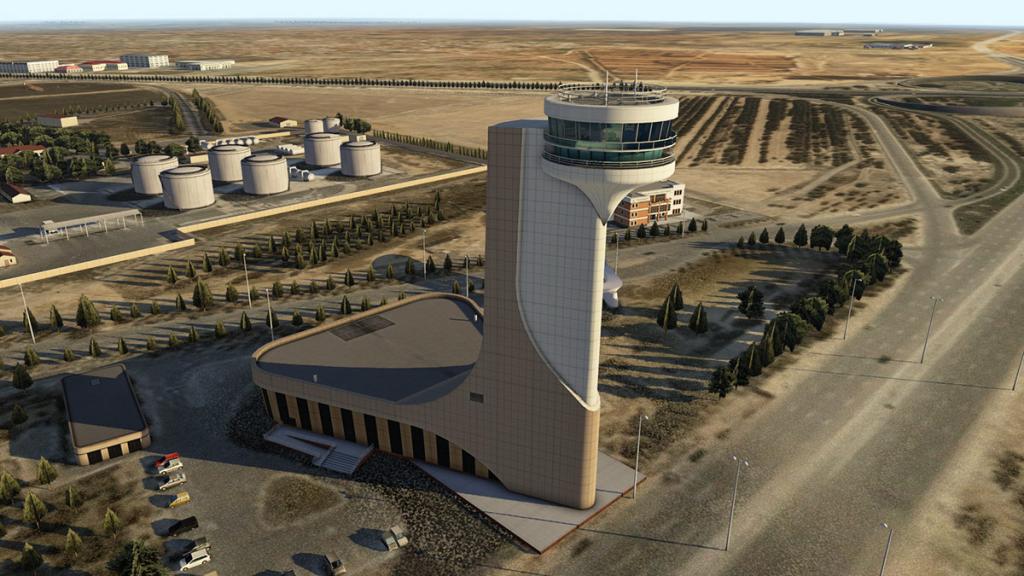
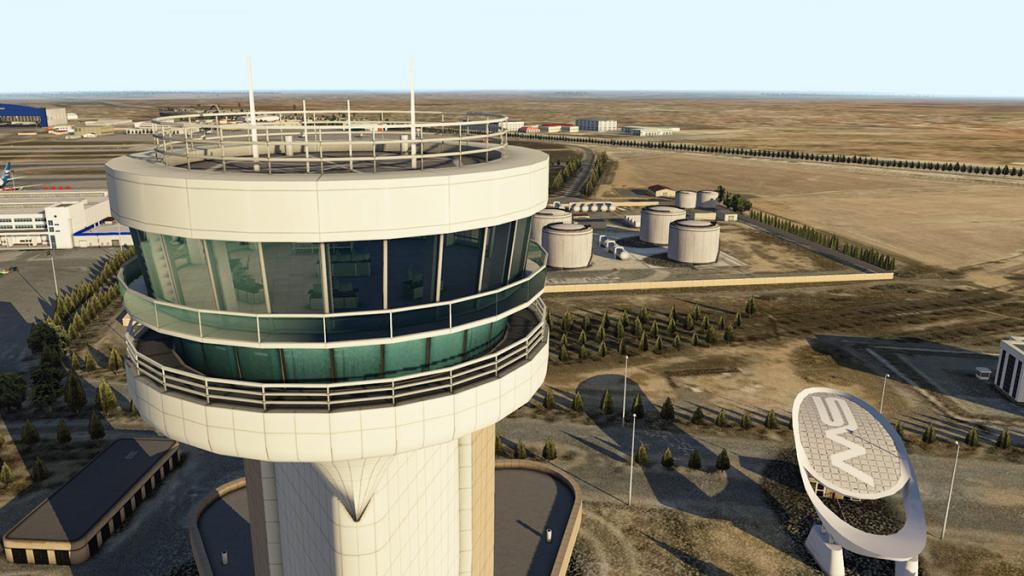
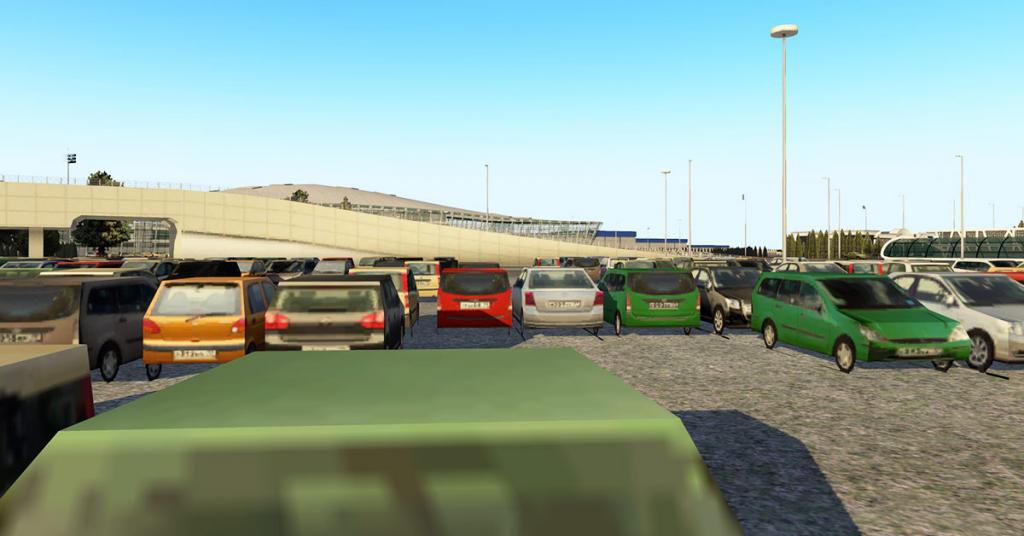
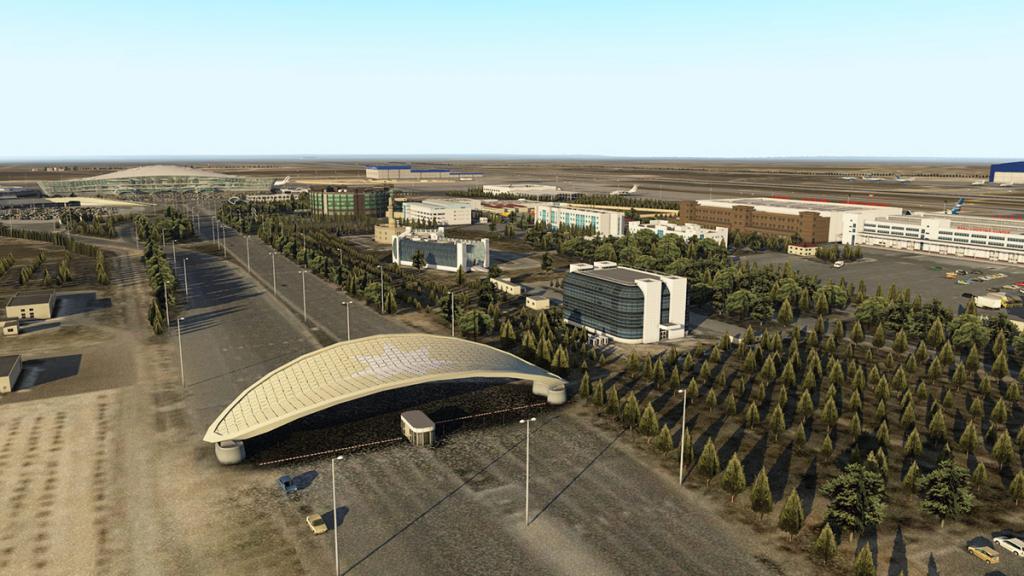
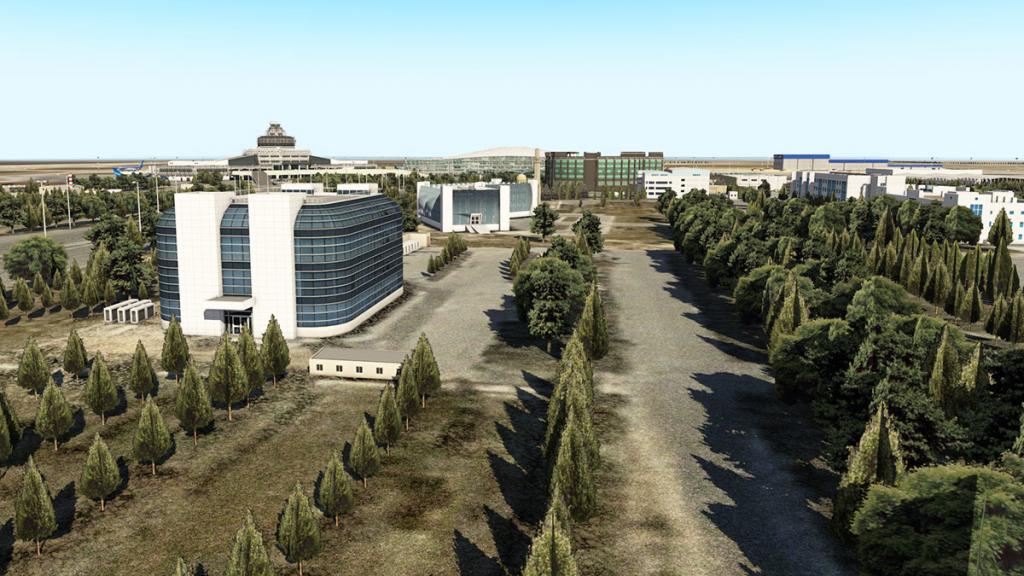
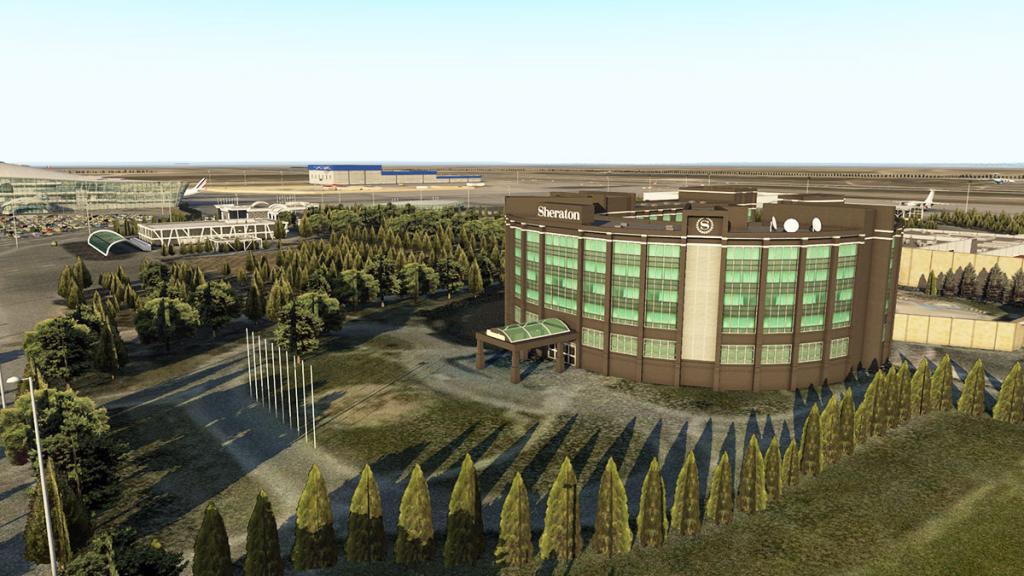
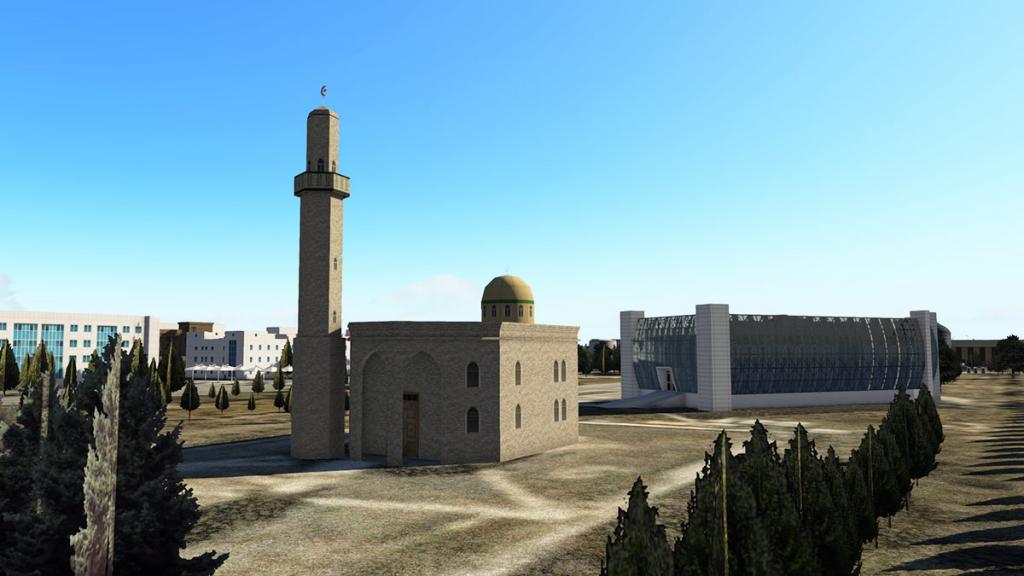
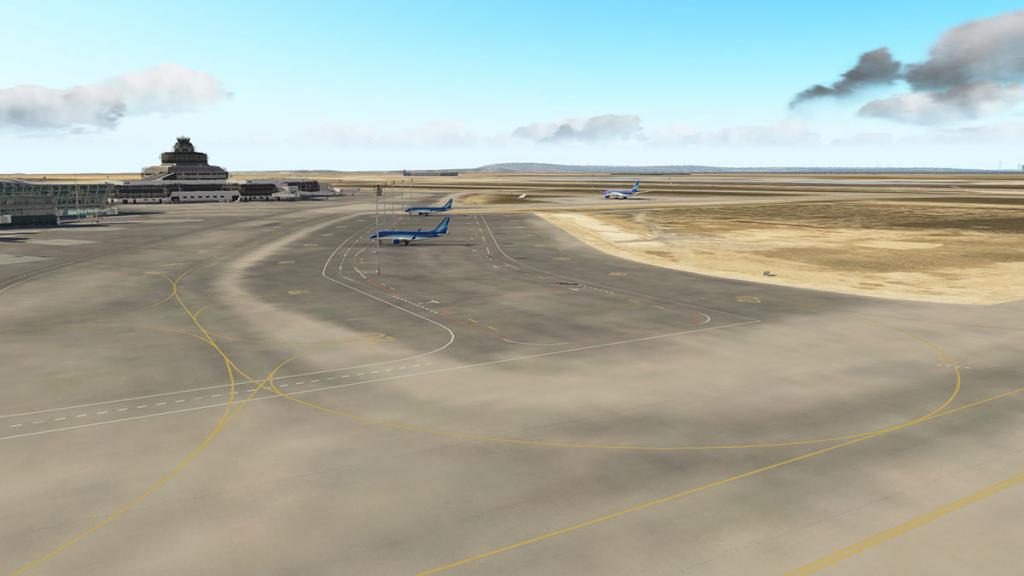
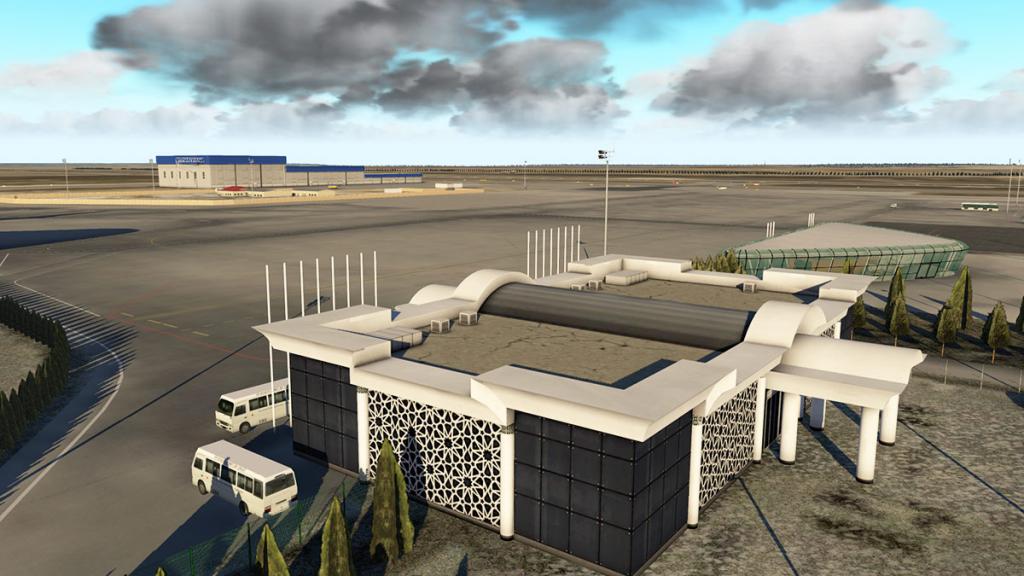
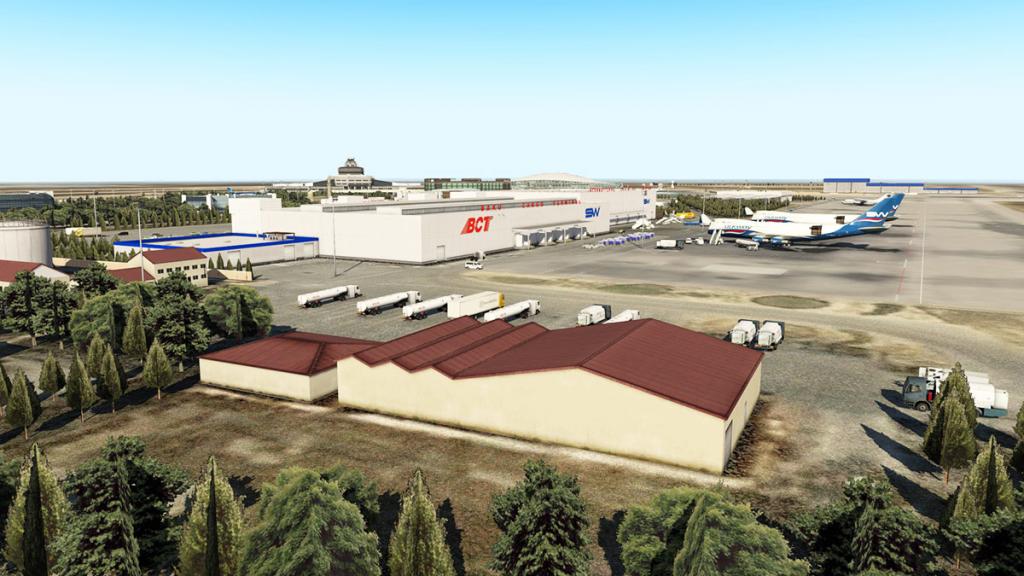
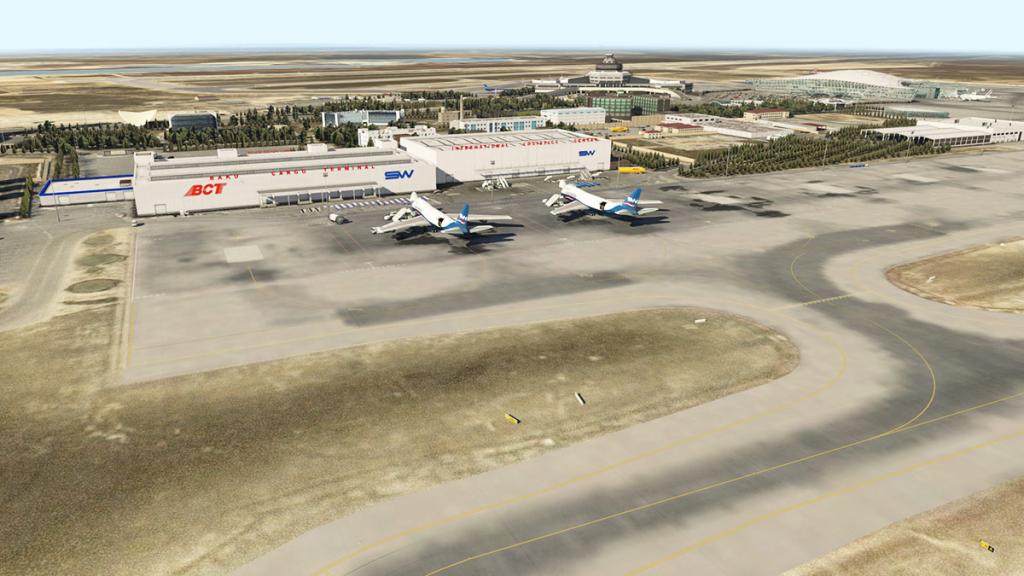
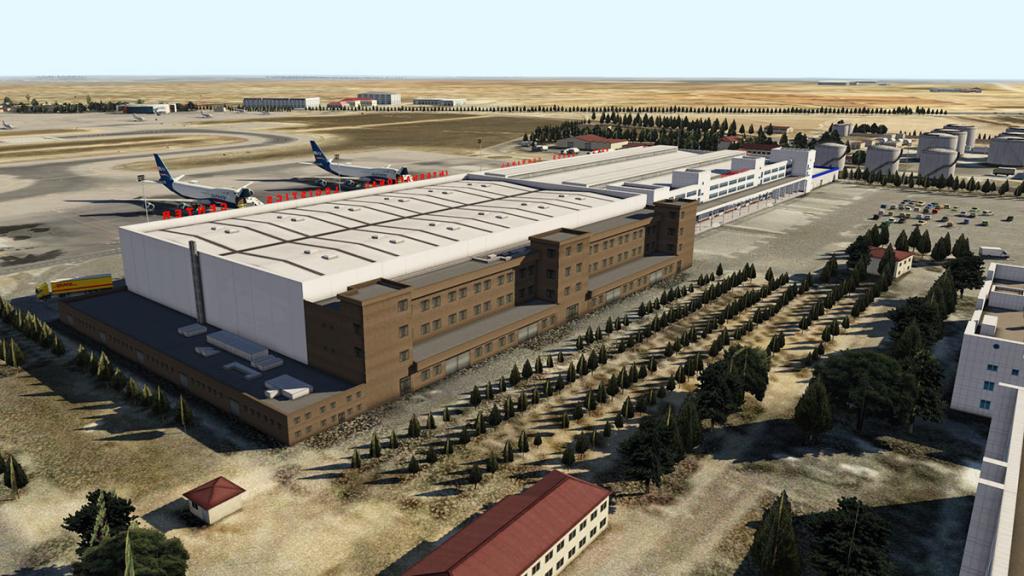
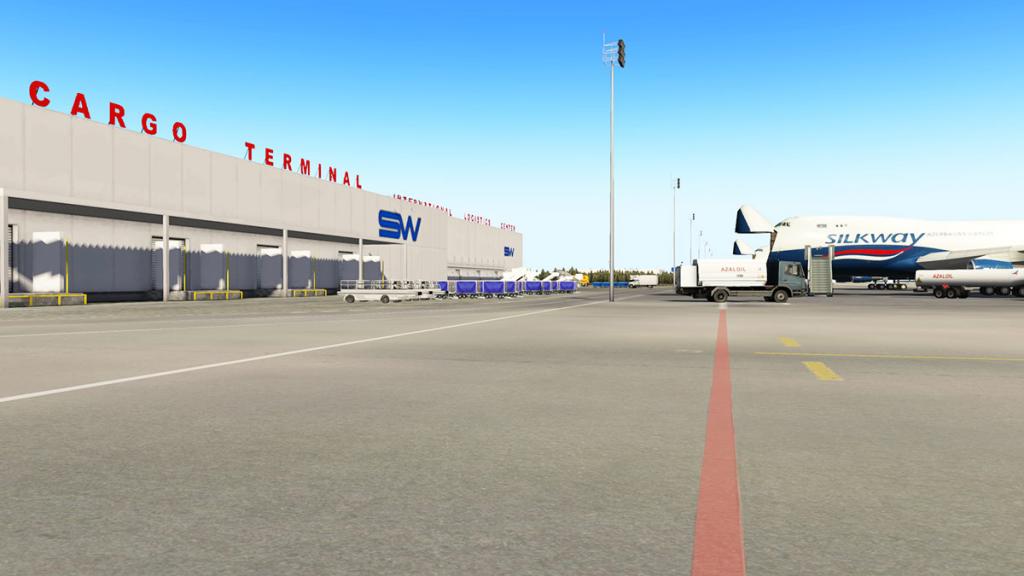
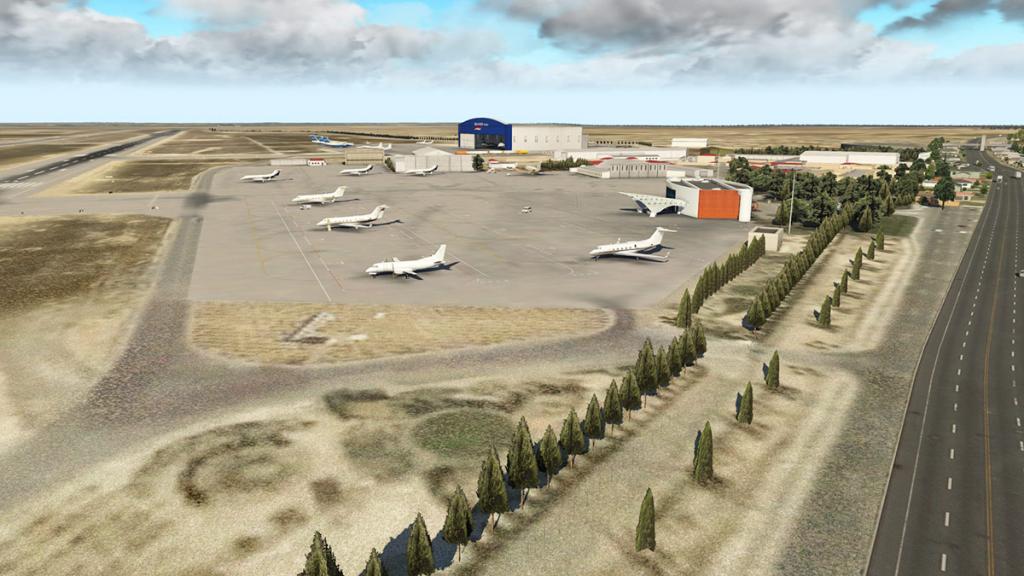
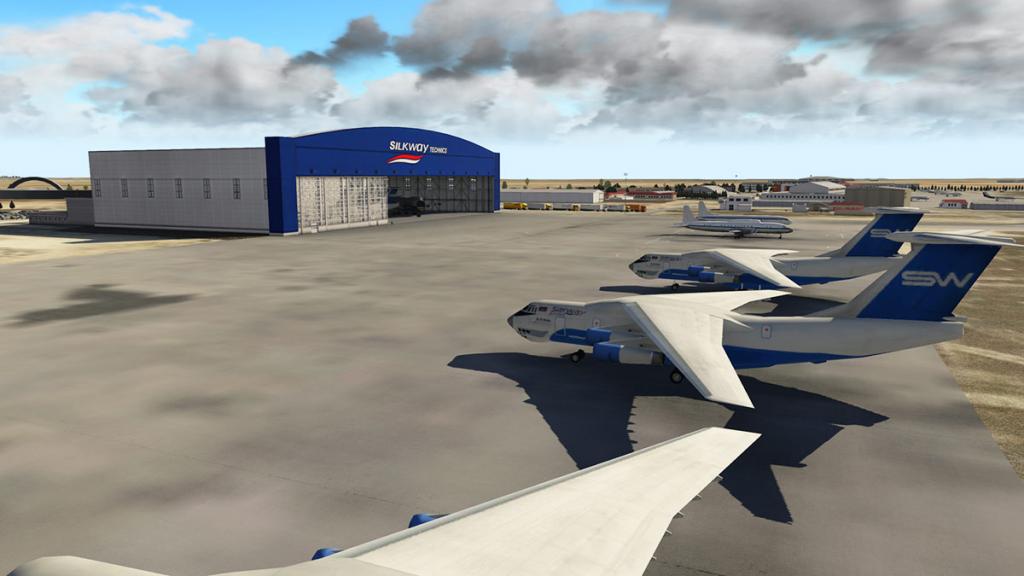
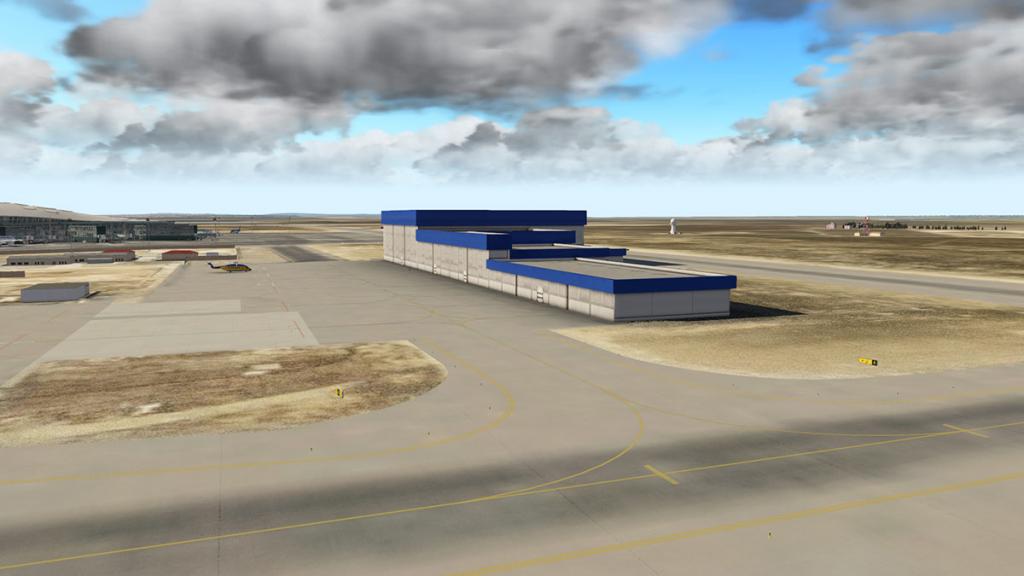
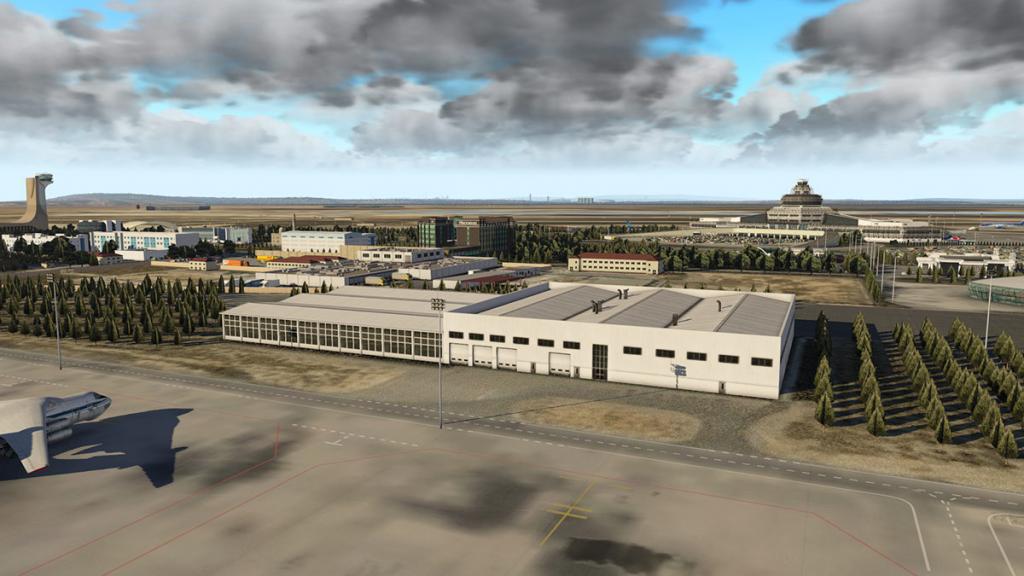
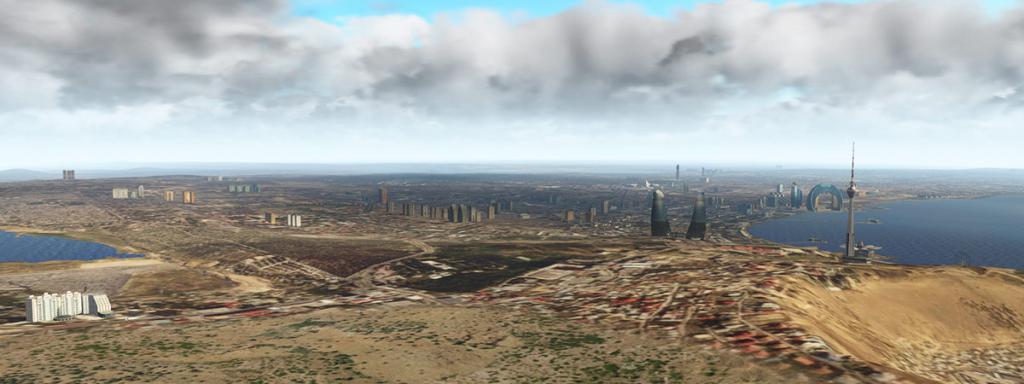
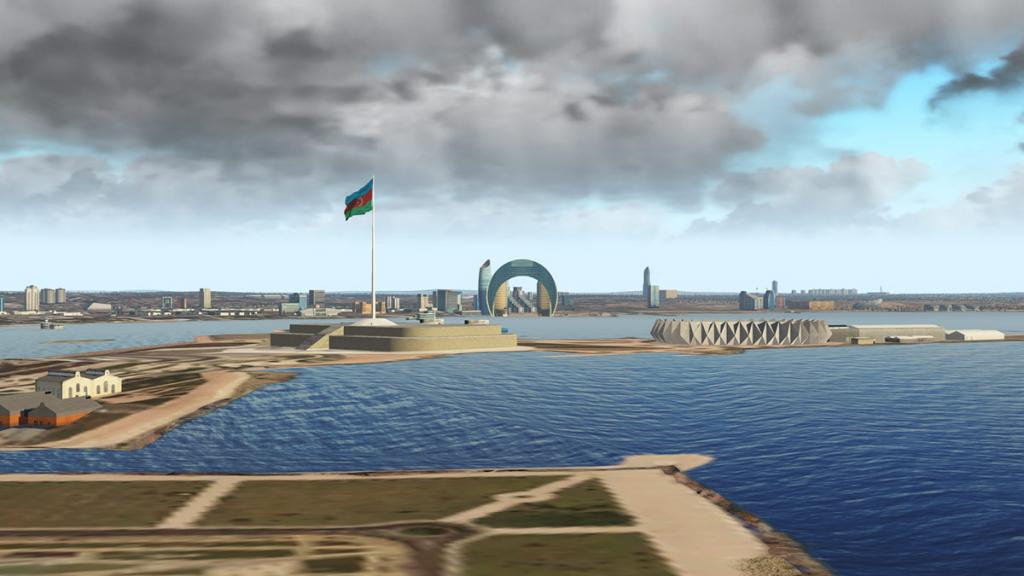
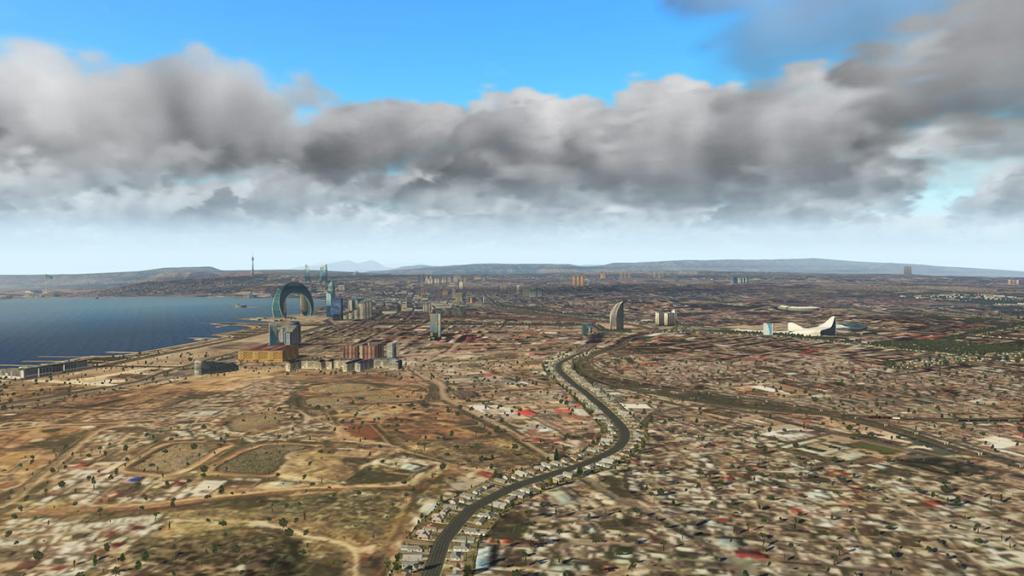
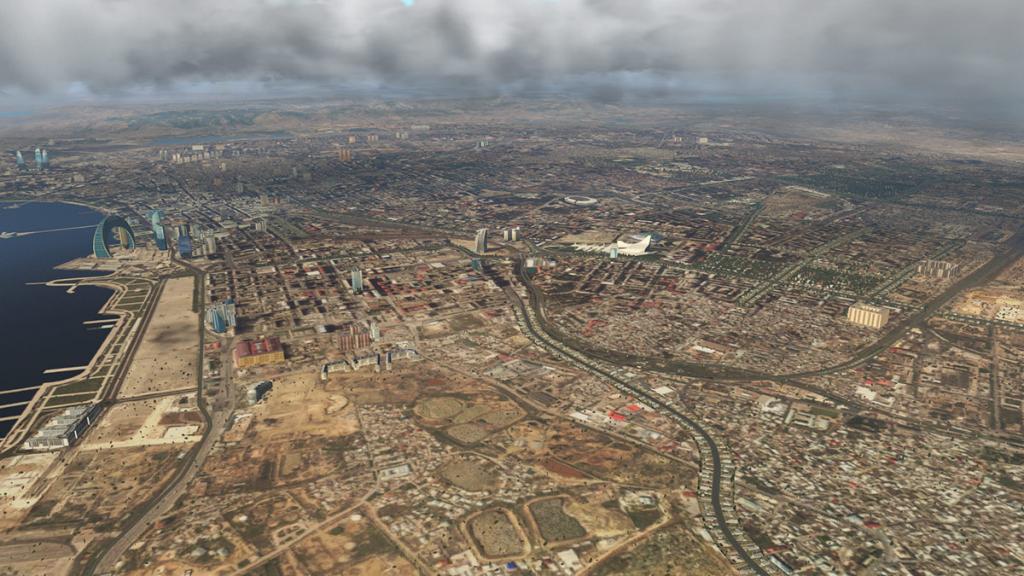
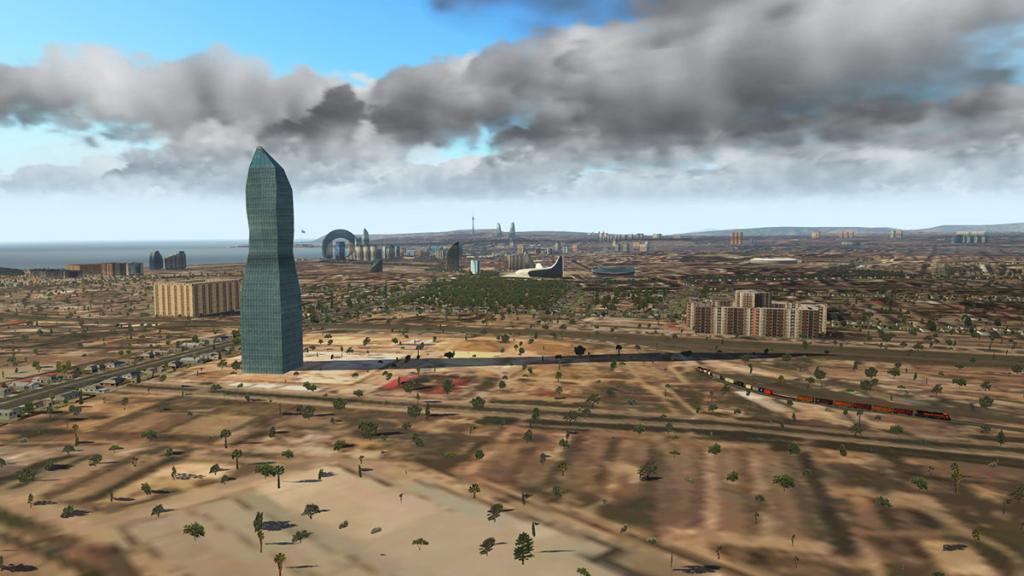
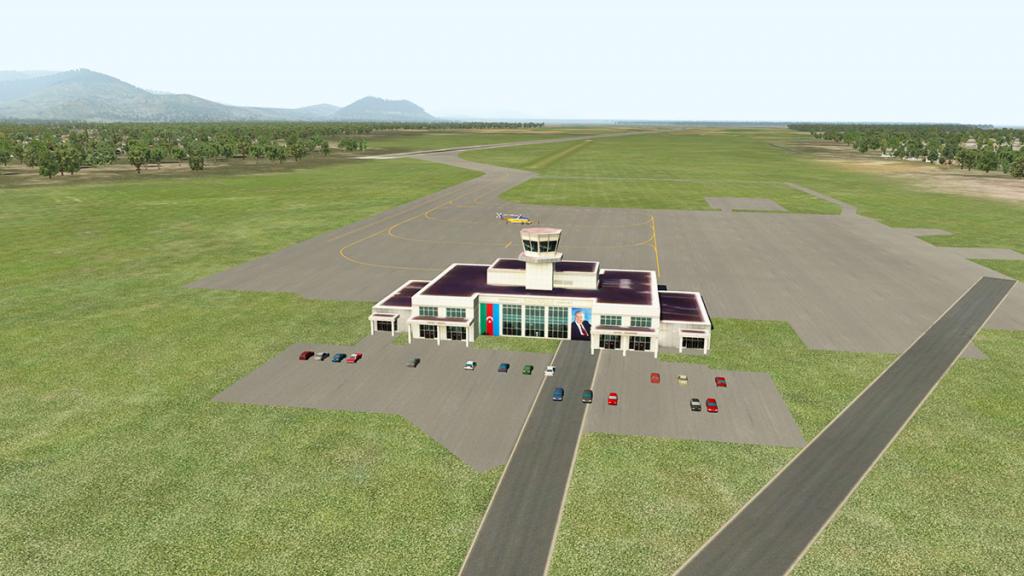
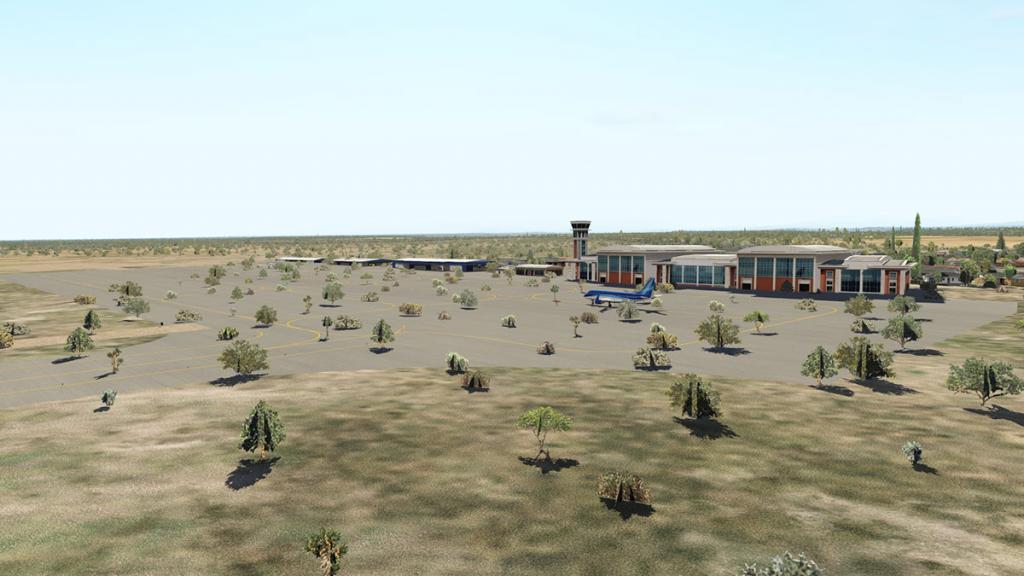
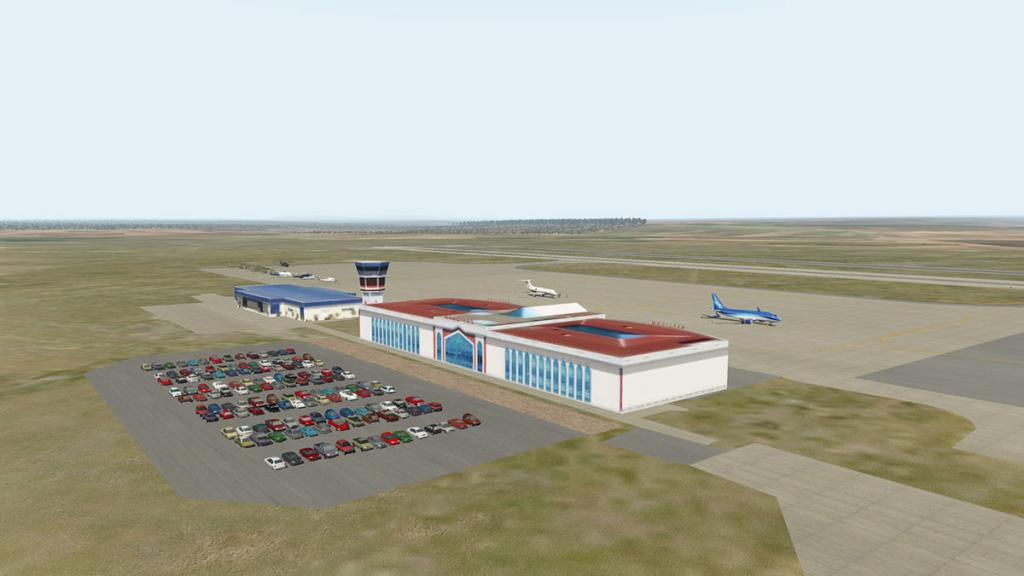
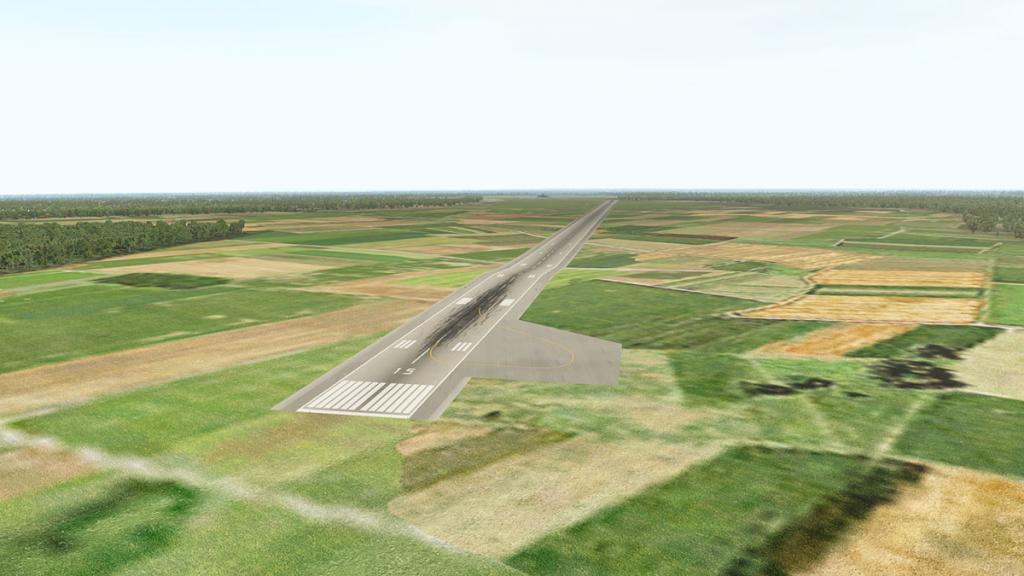
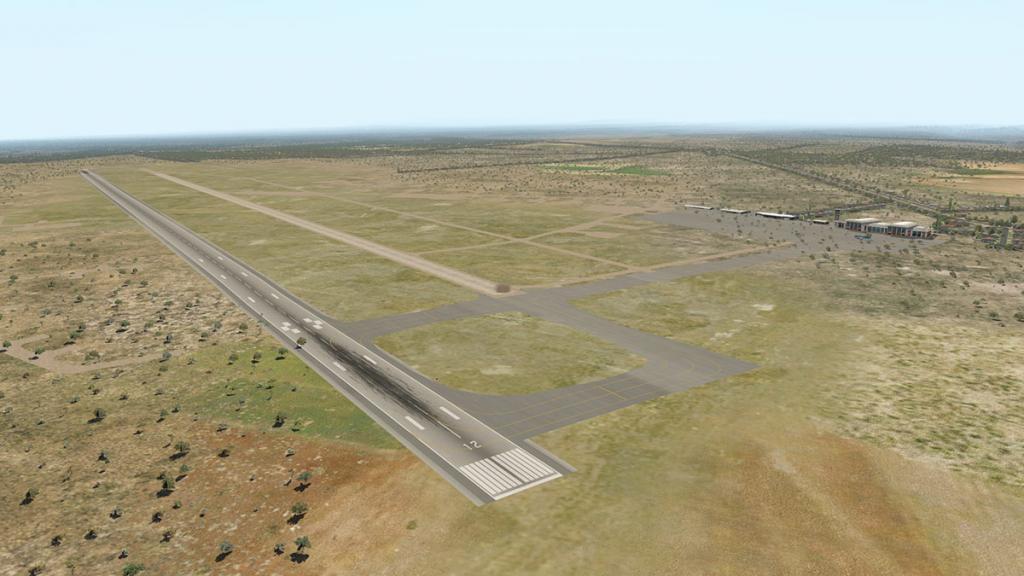
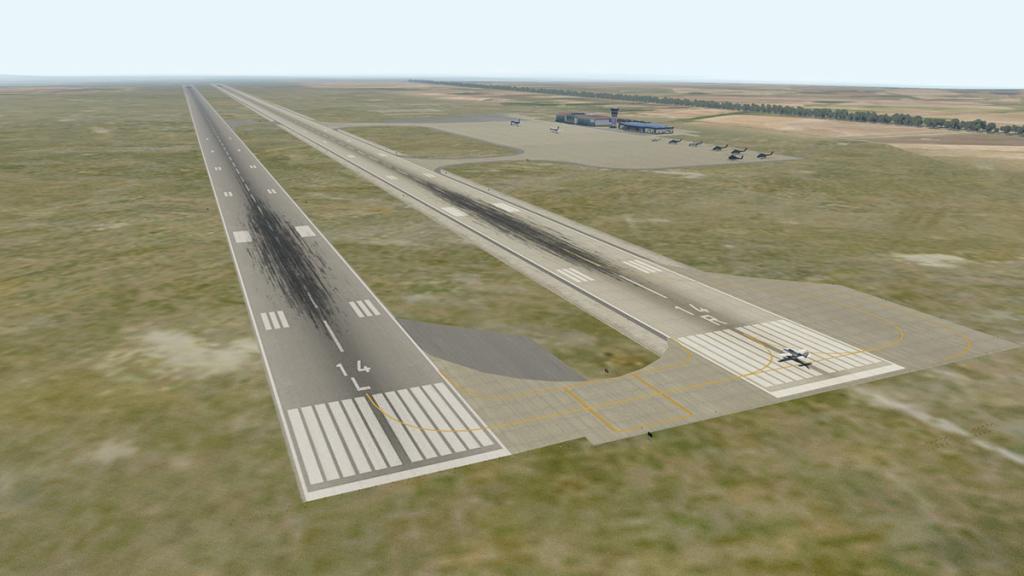
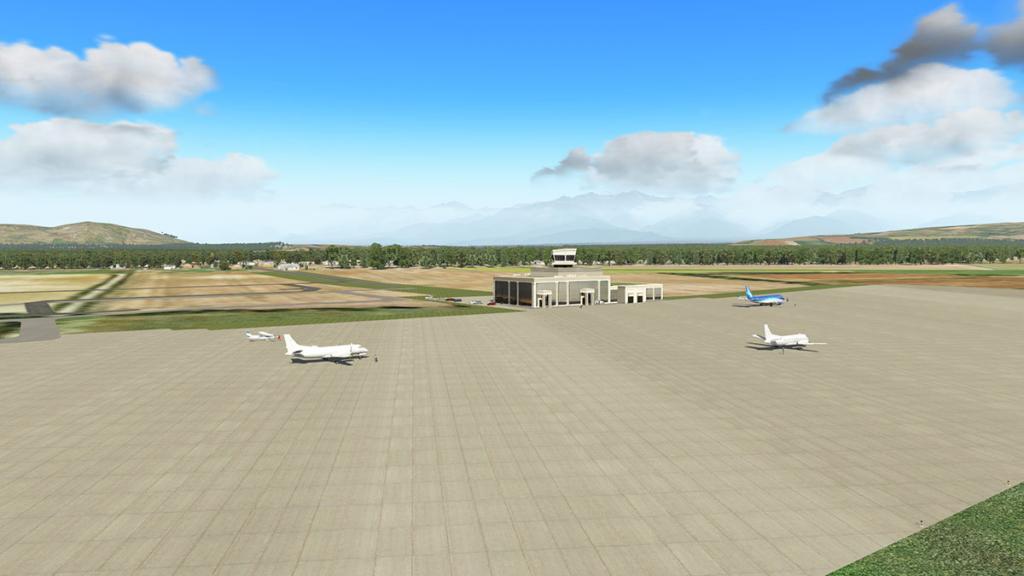
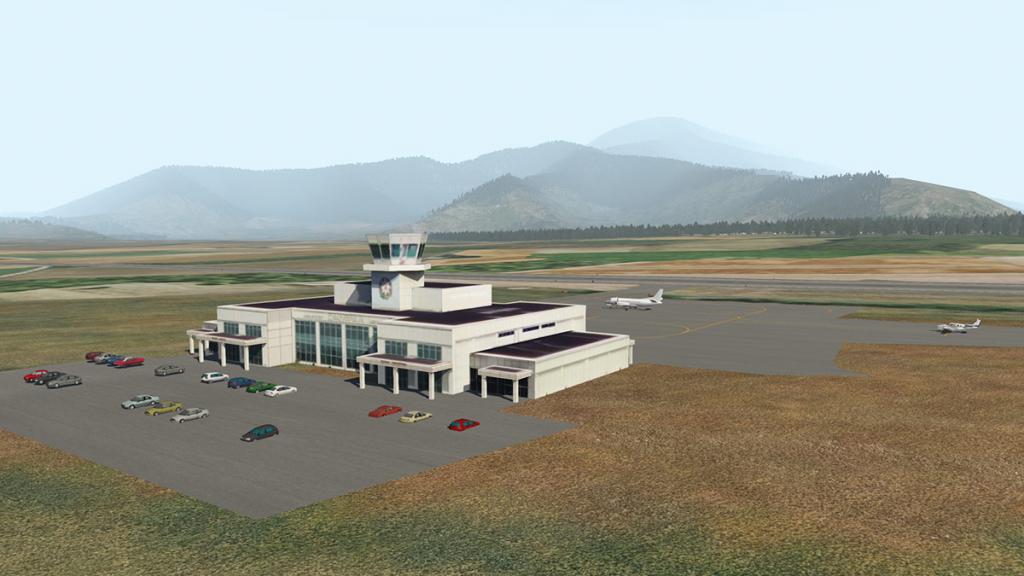
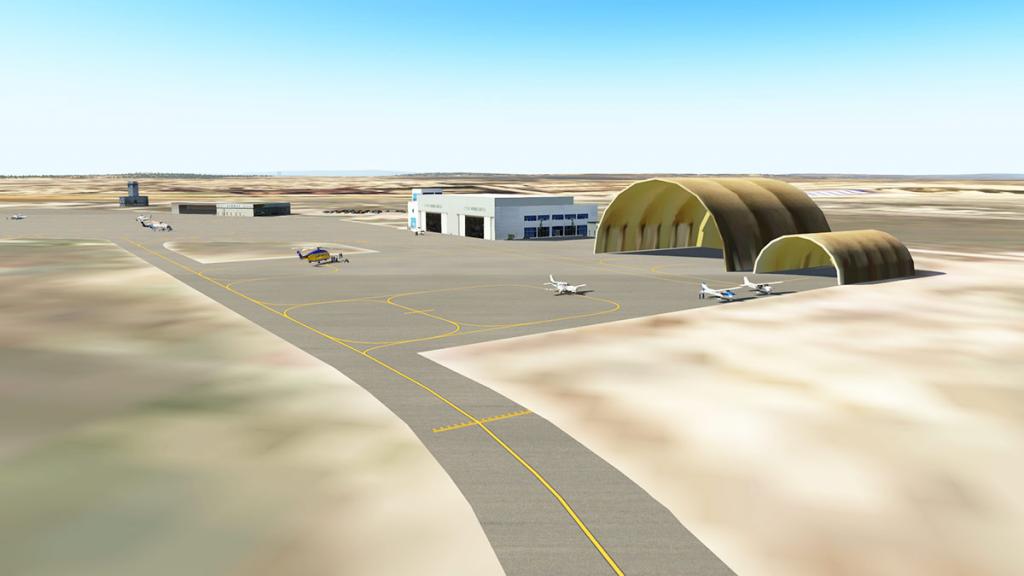
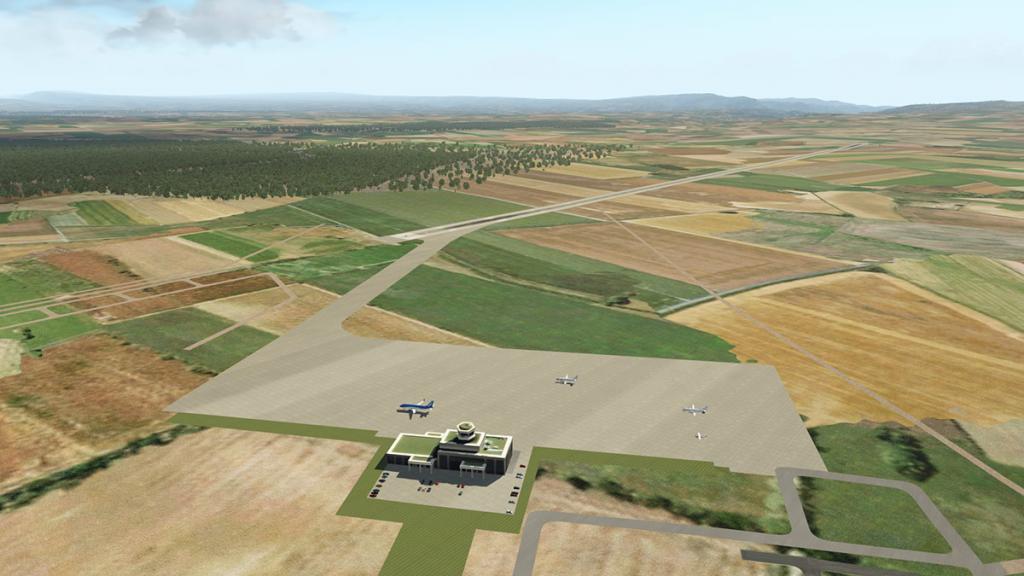
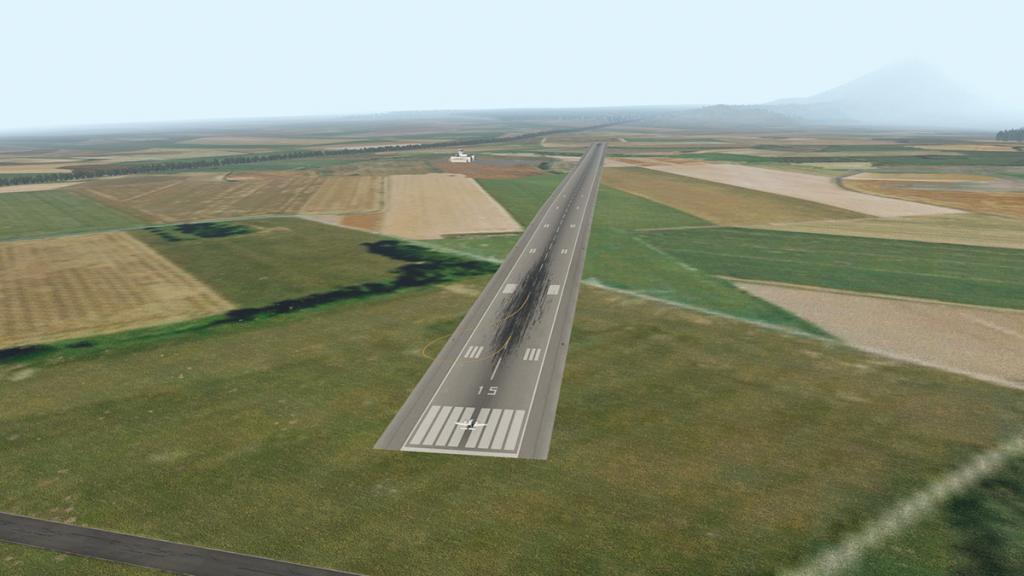
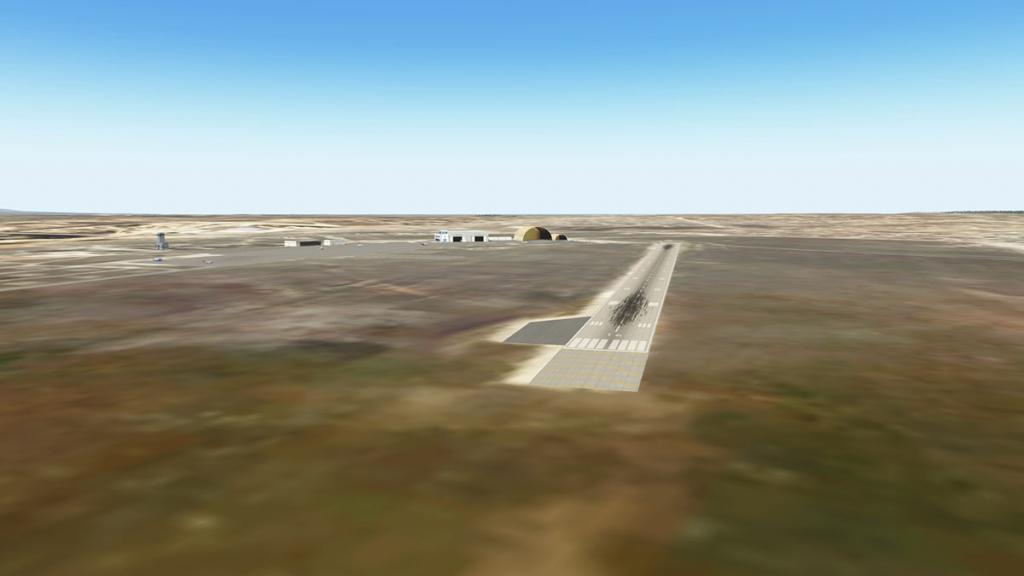

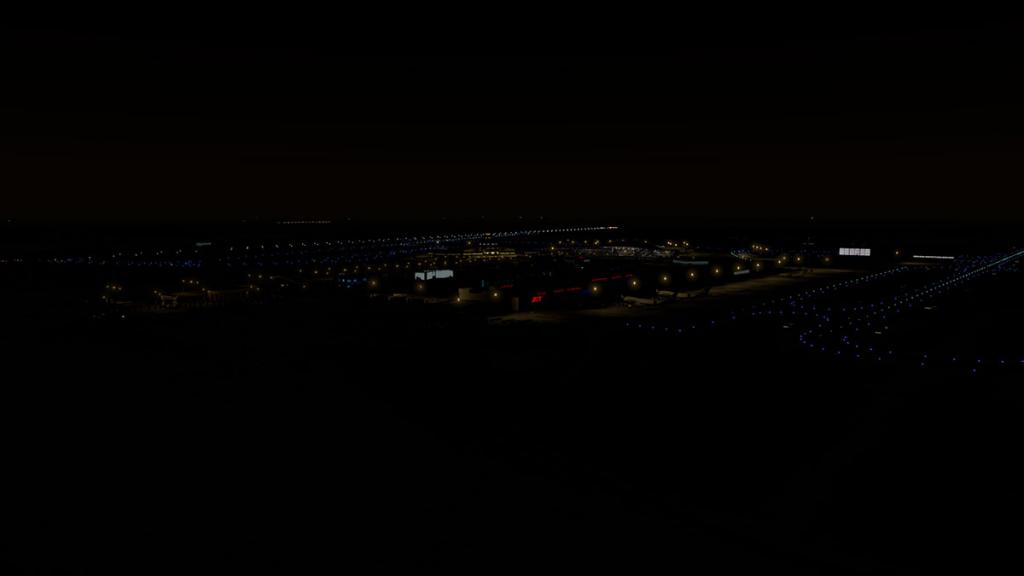
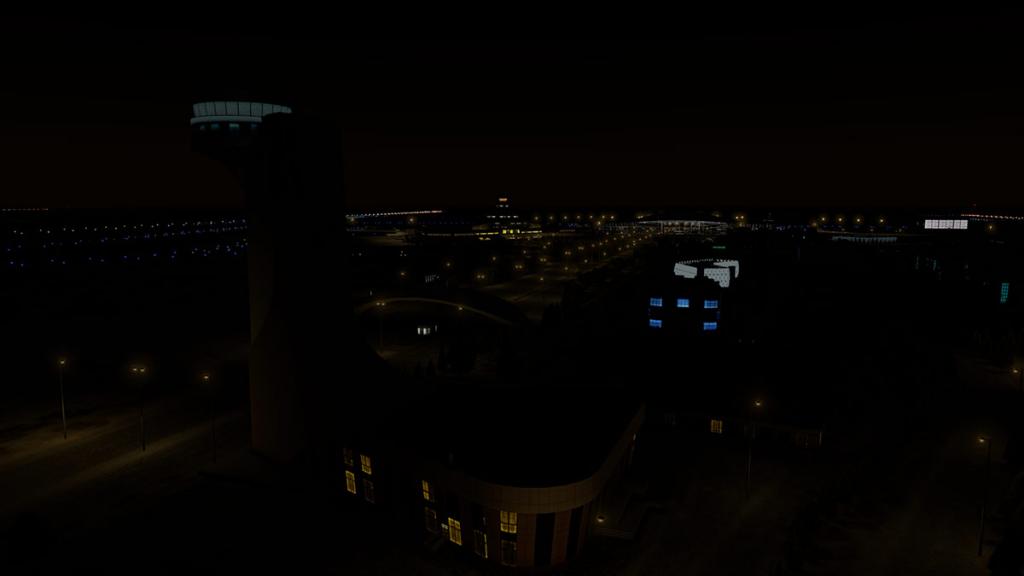
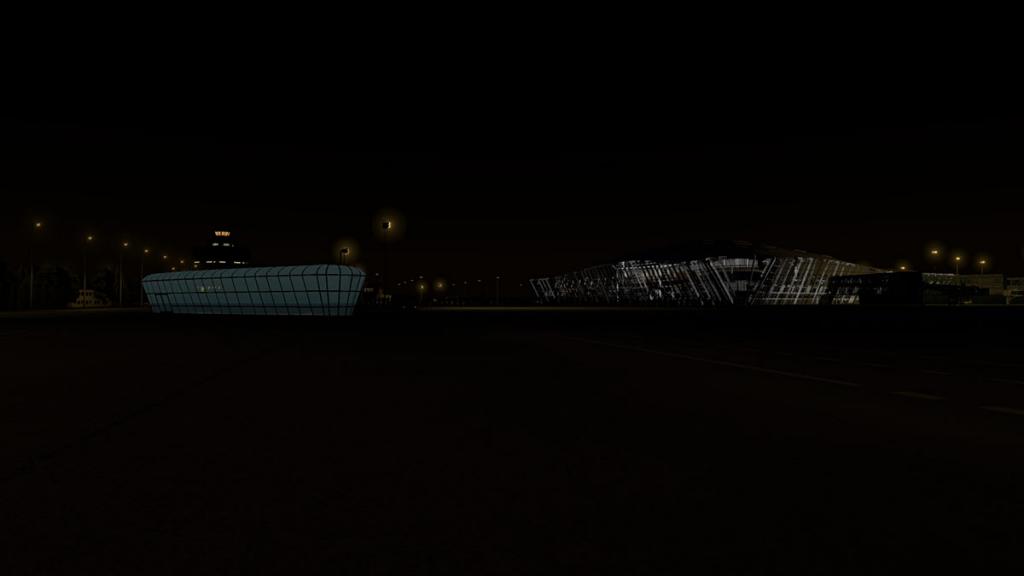
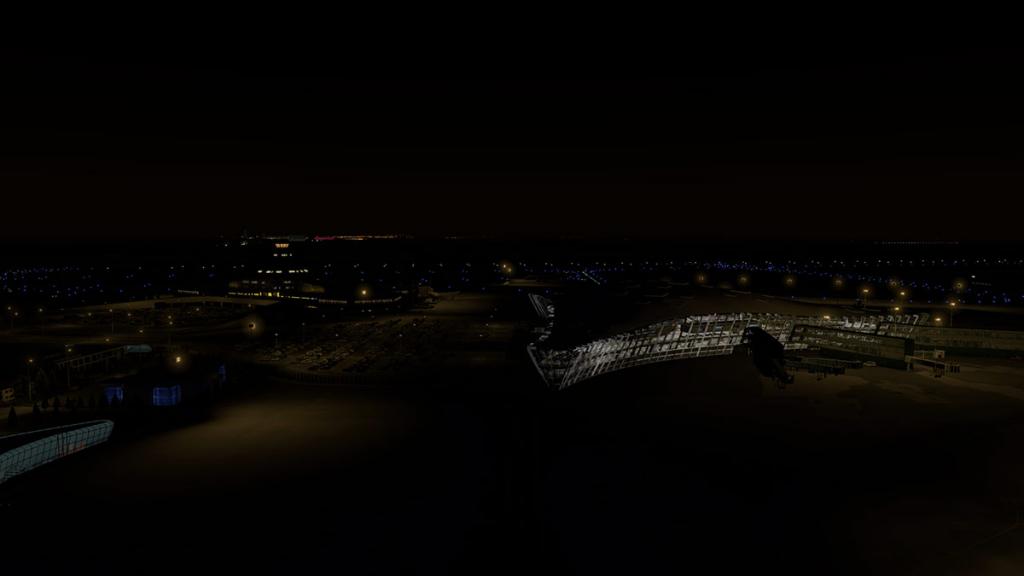
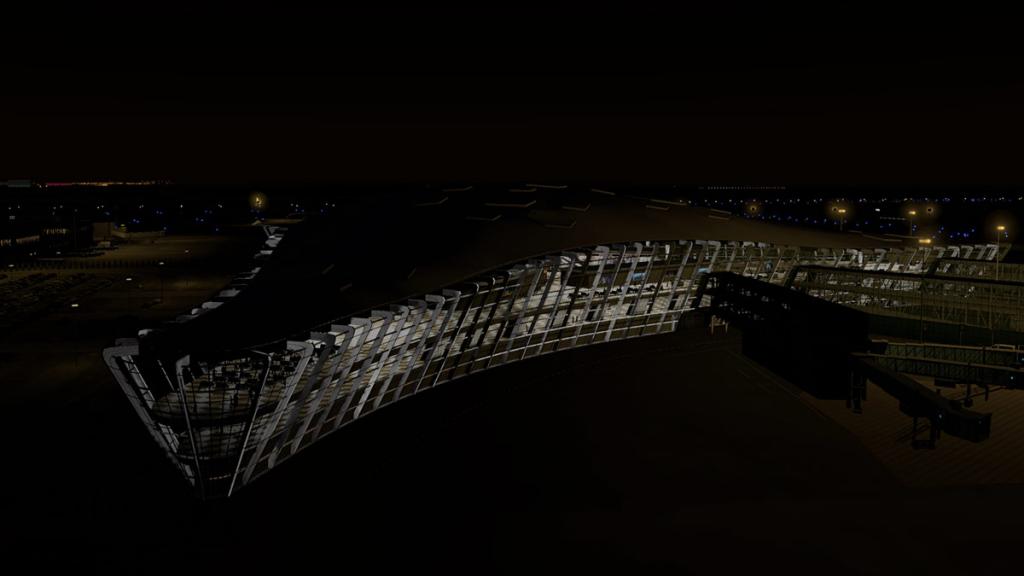
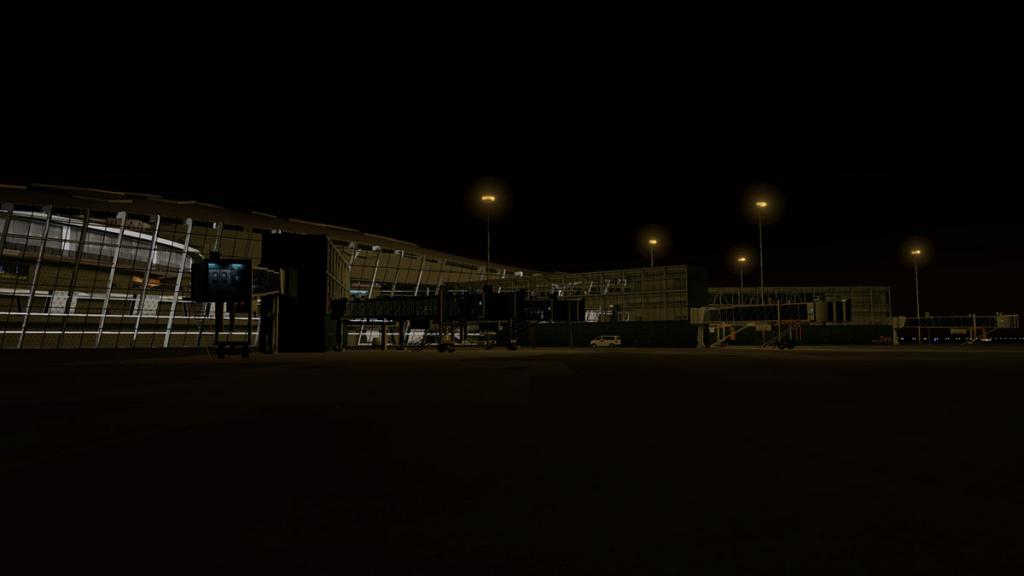

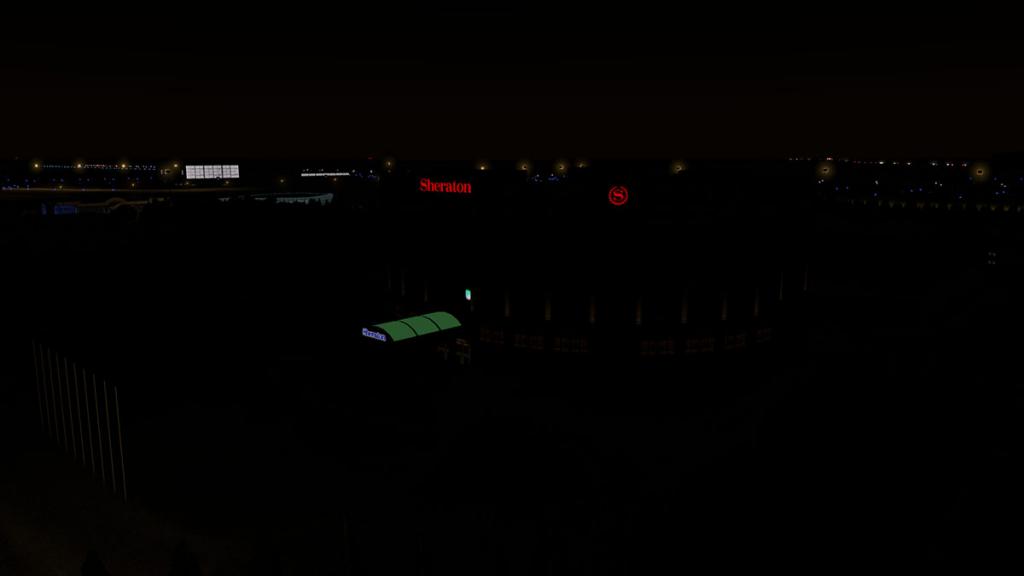
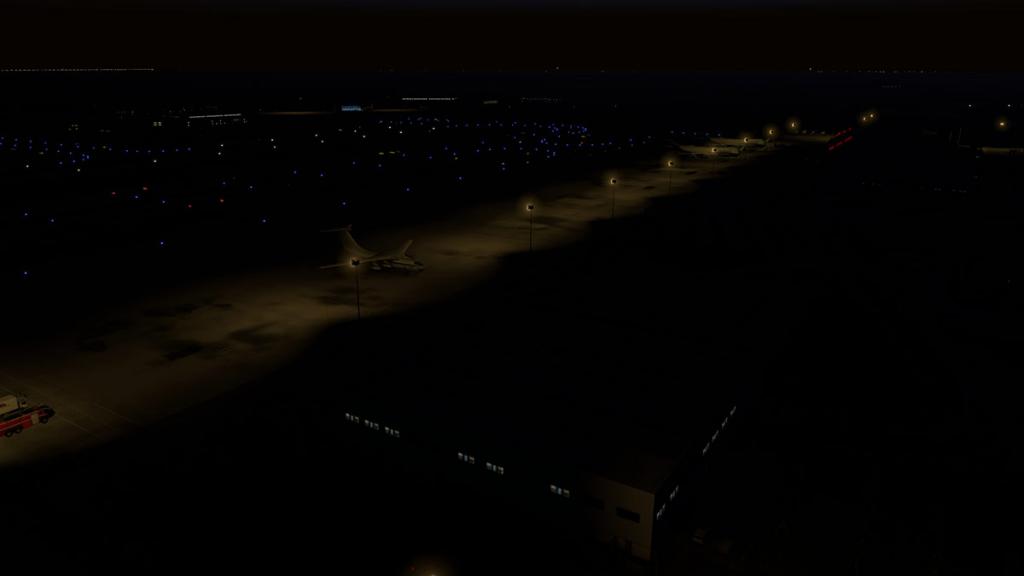
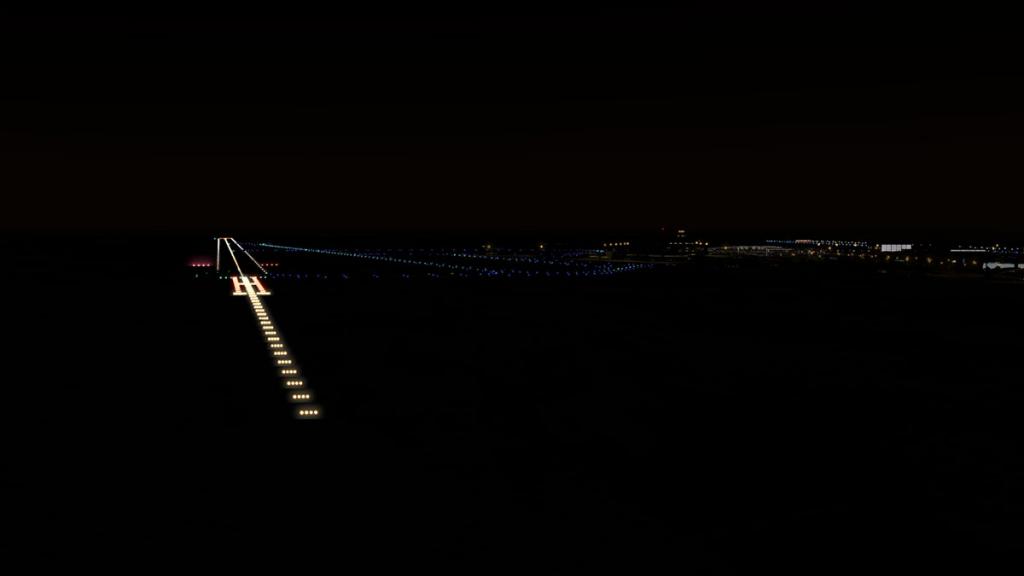
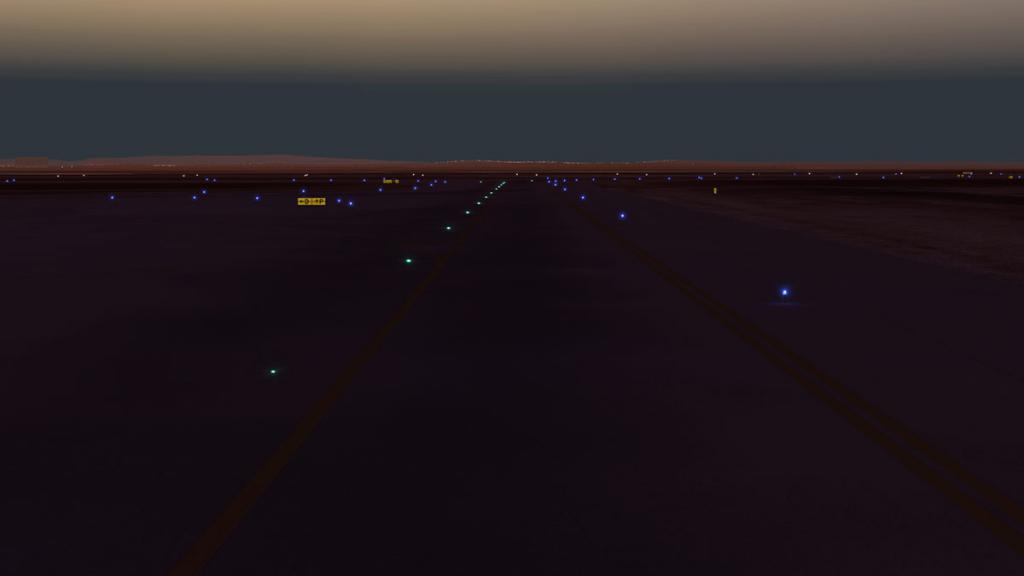
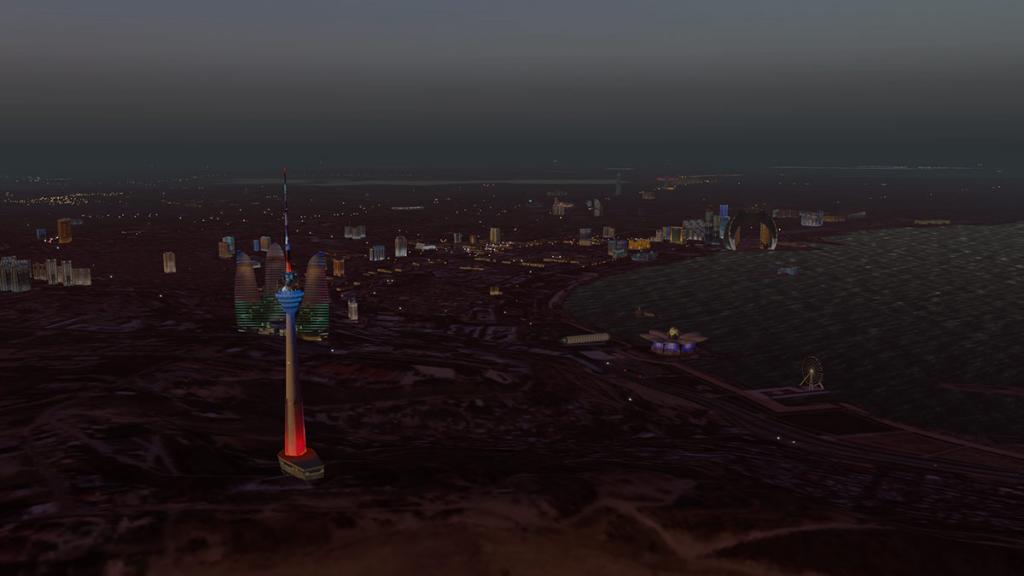
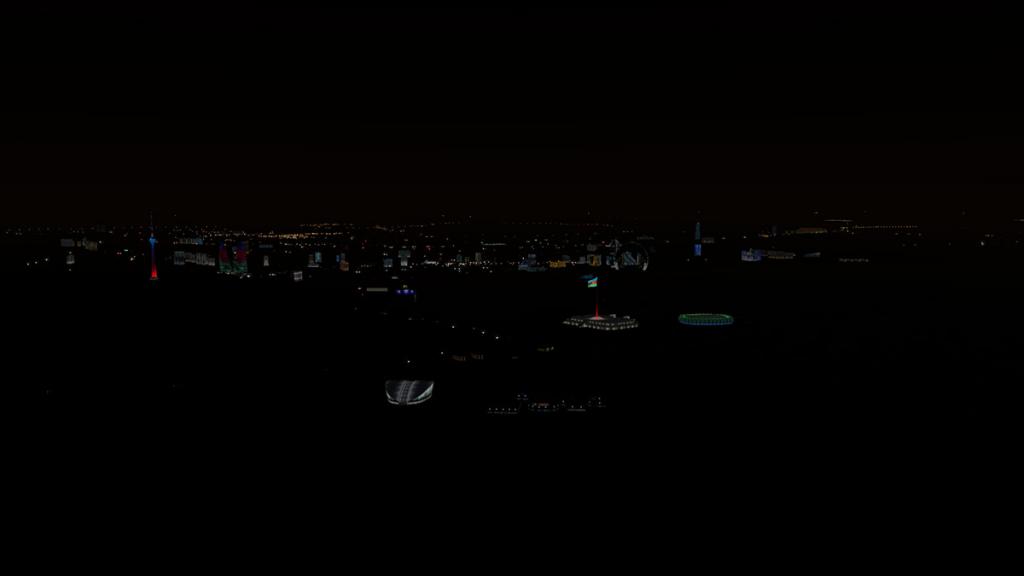
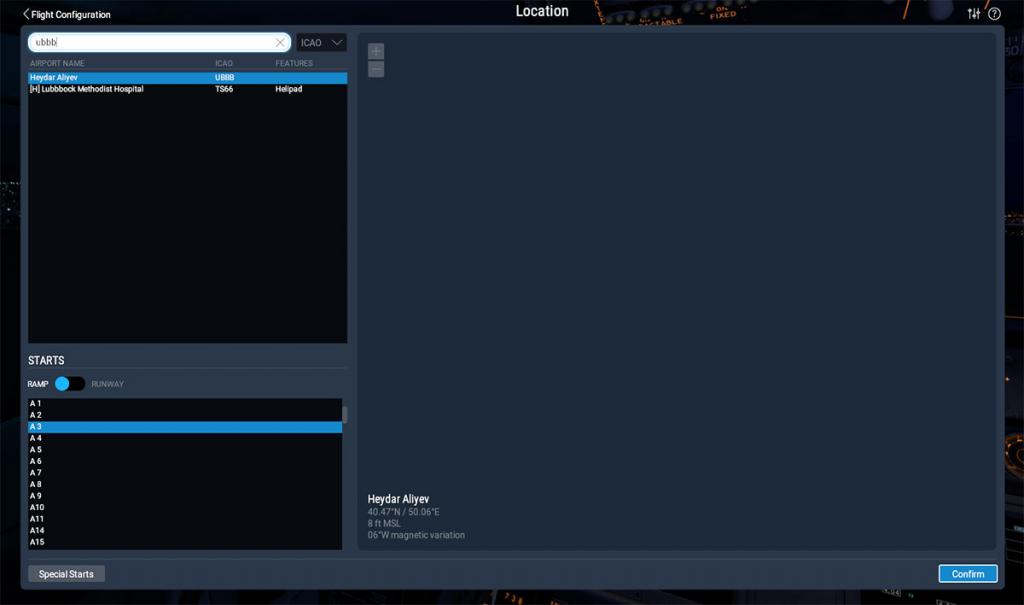
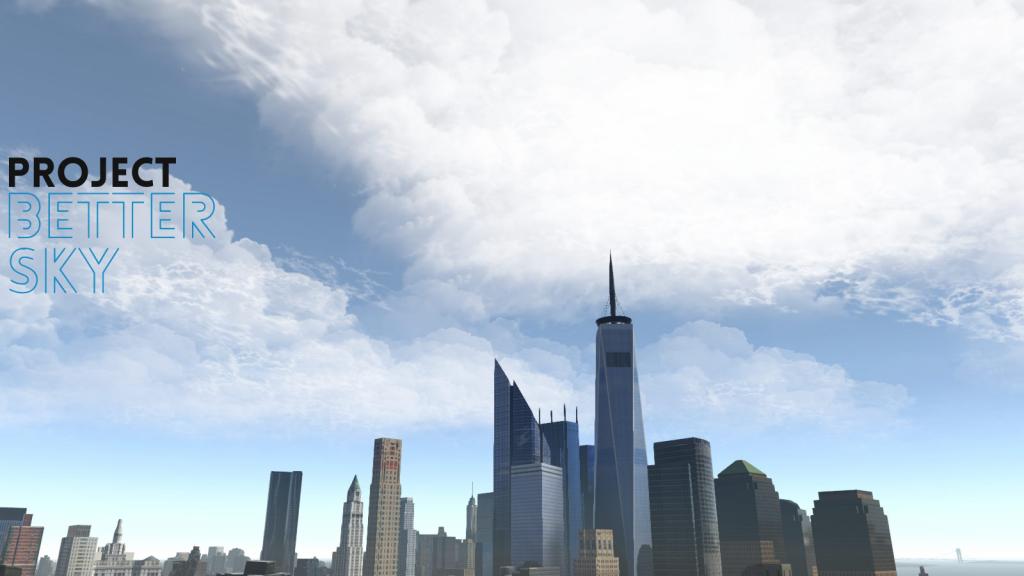
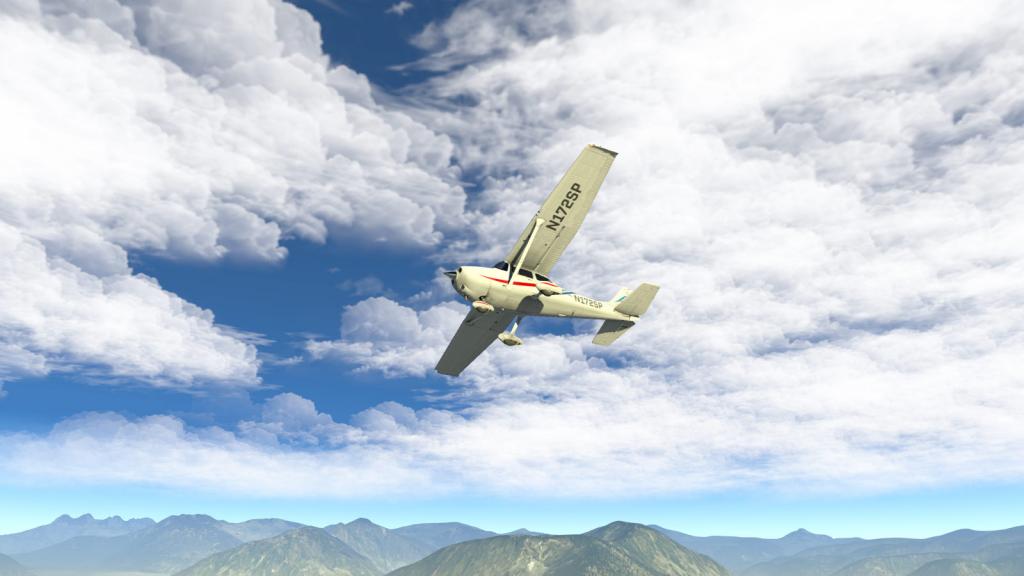
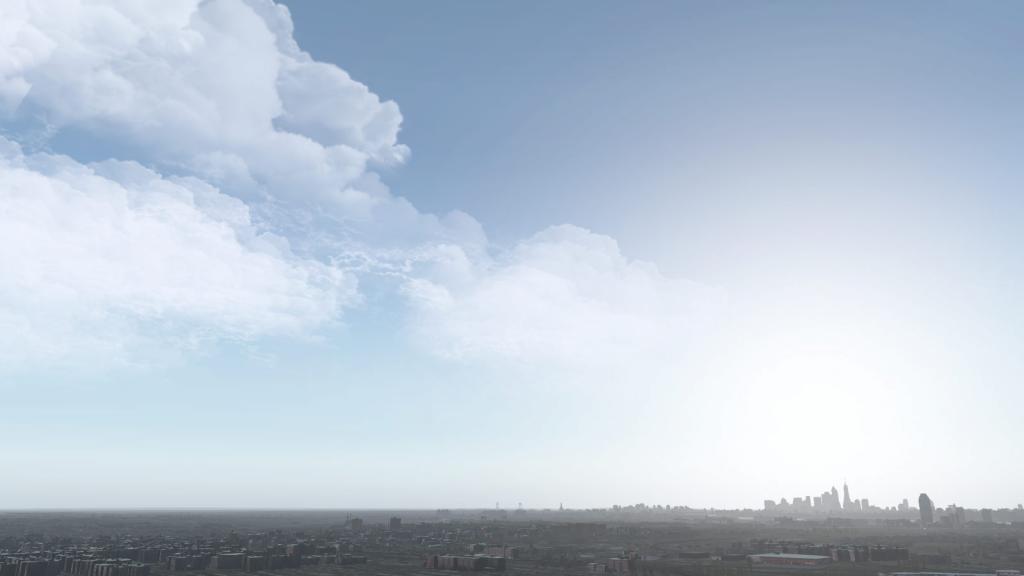
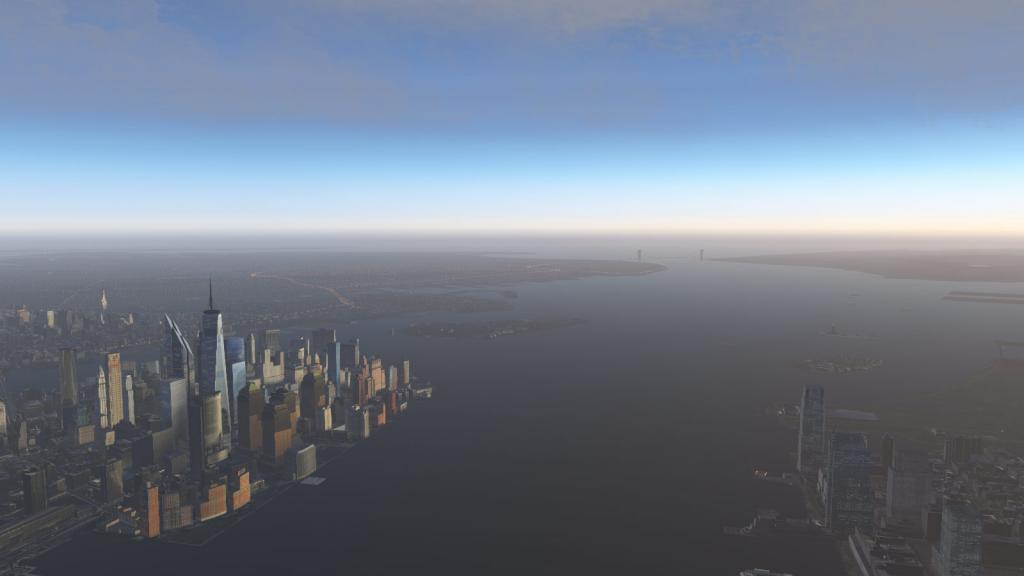
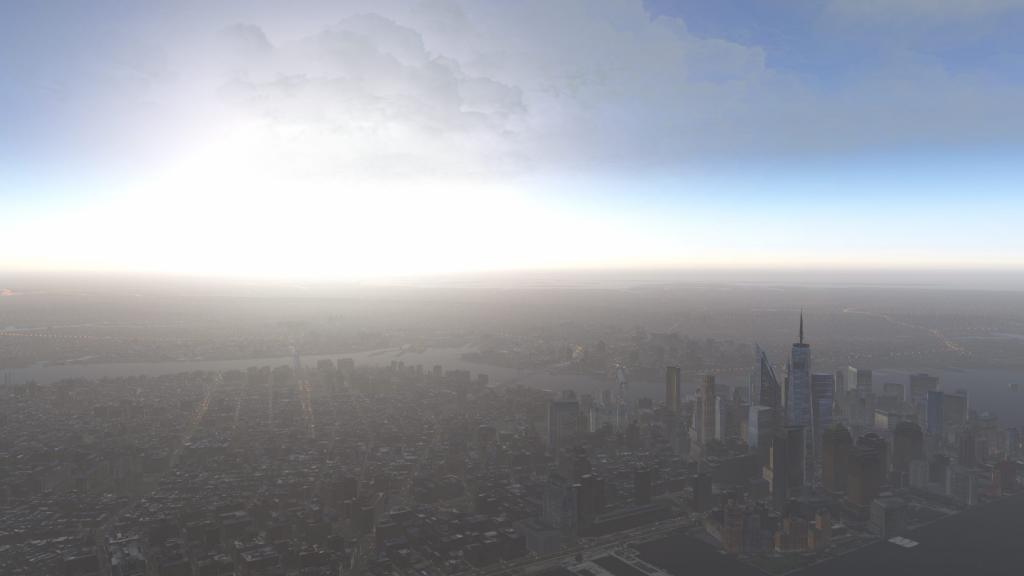
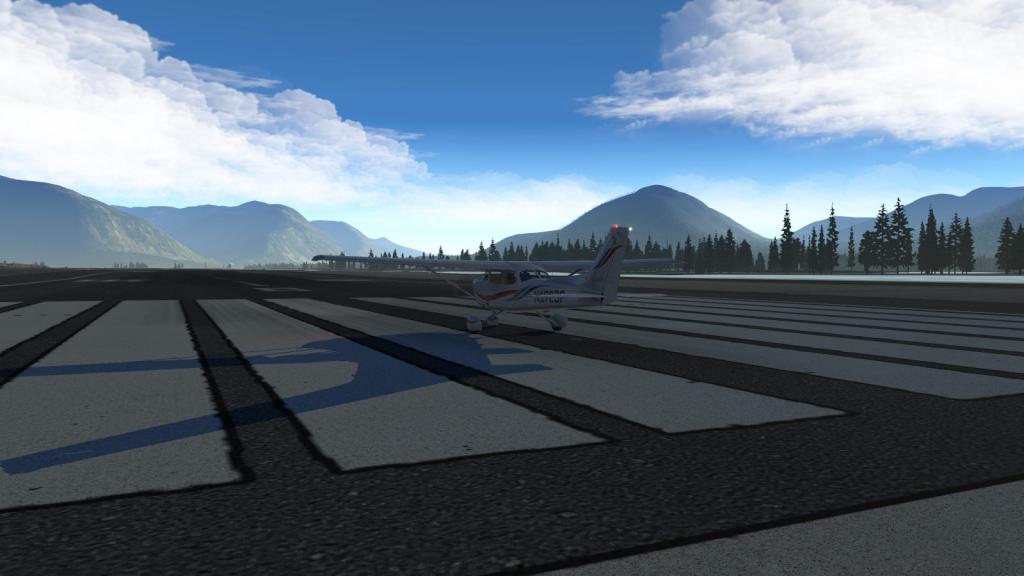
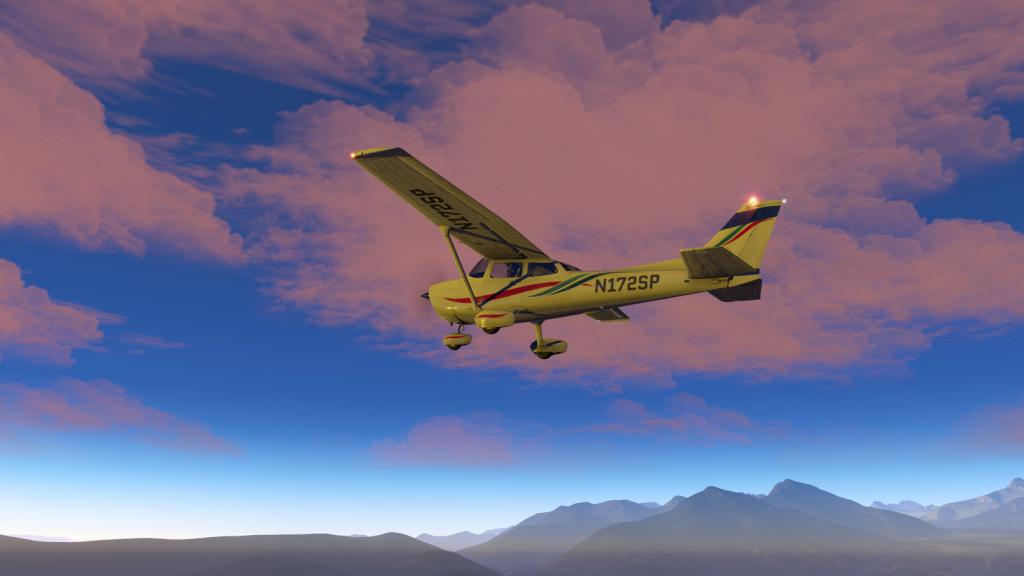
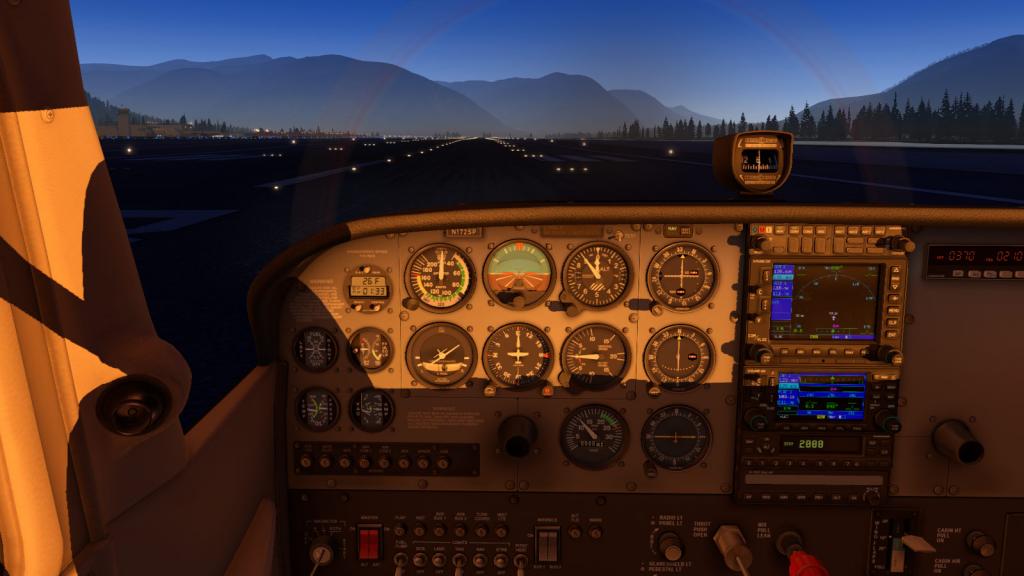
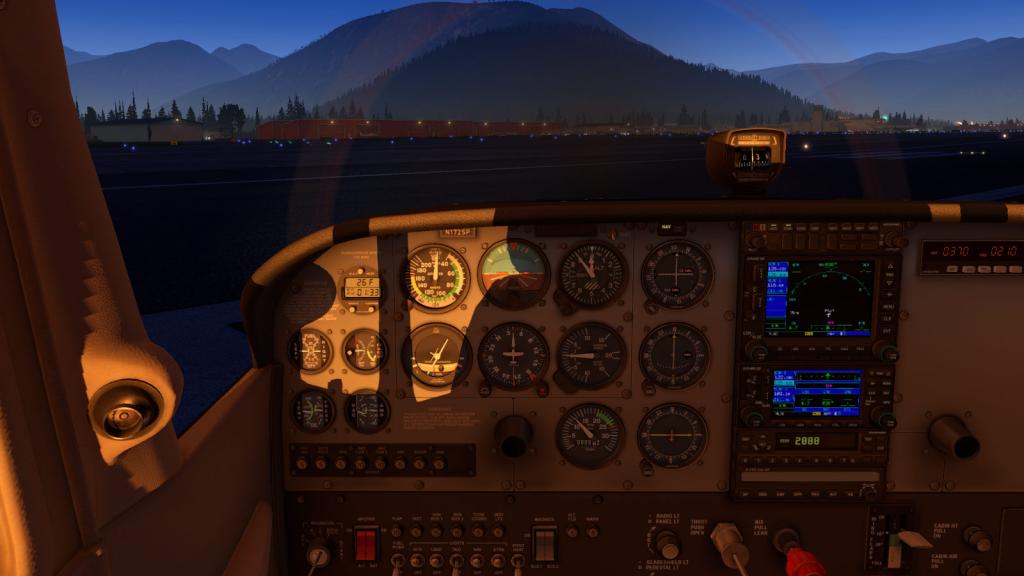
X-Plane11 - New Forum
in X-Plane11
Posted
Ask and you will be served by the Gods on high... Beta16 is now out , but wait for Beta17 for a cleaner beta. Dev blog release notes are here...
, but wait for Beta17 for a cleaner beta. Dev blog release notes are here...
X-Plane Release notes